ABARTH Turino Italy 1949 till now II
Only the pictures from my Collection:
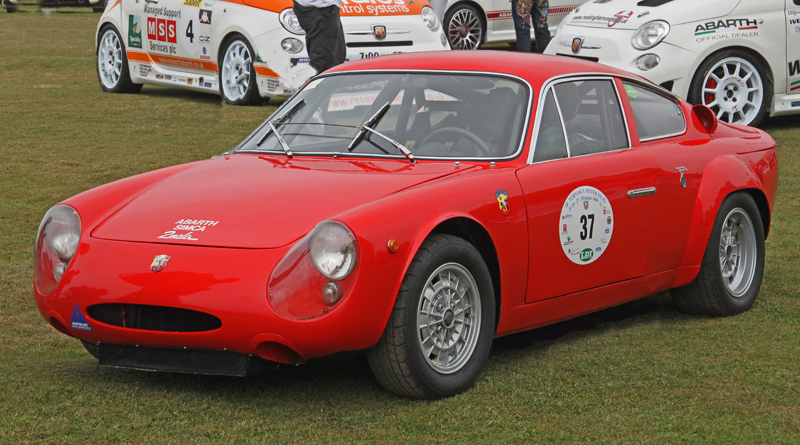
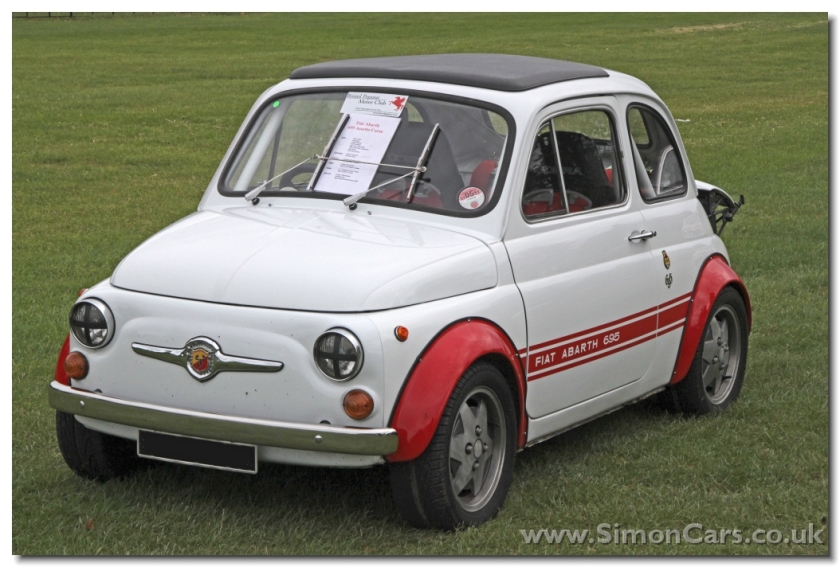
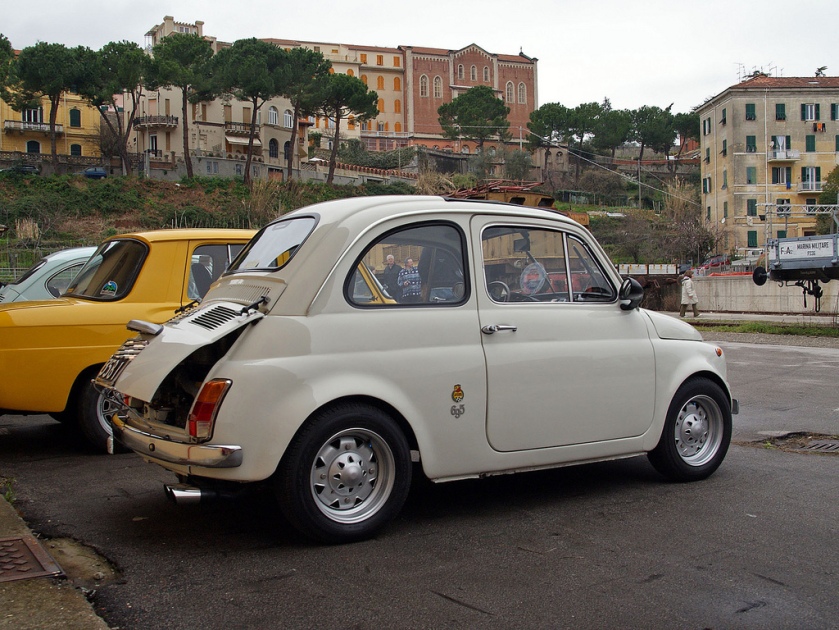
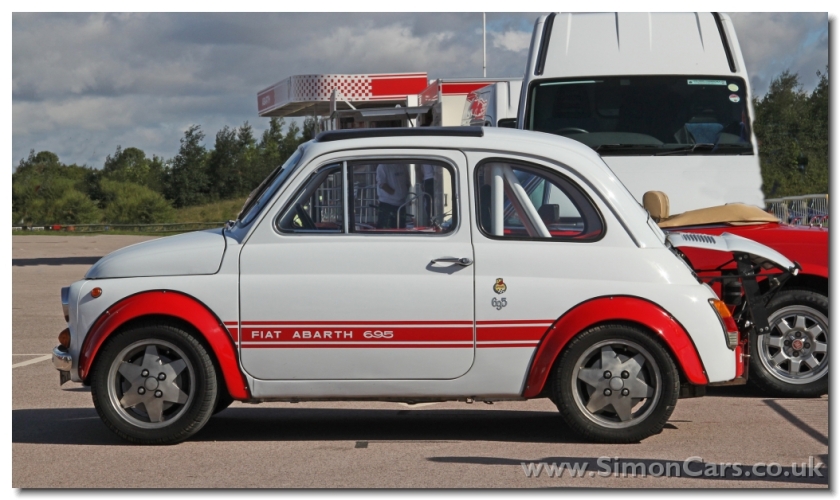
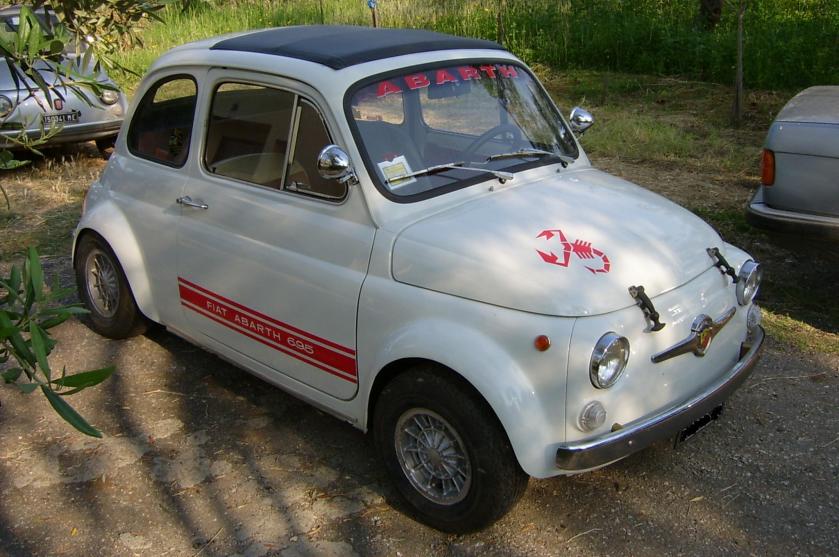
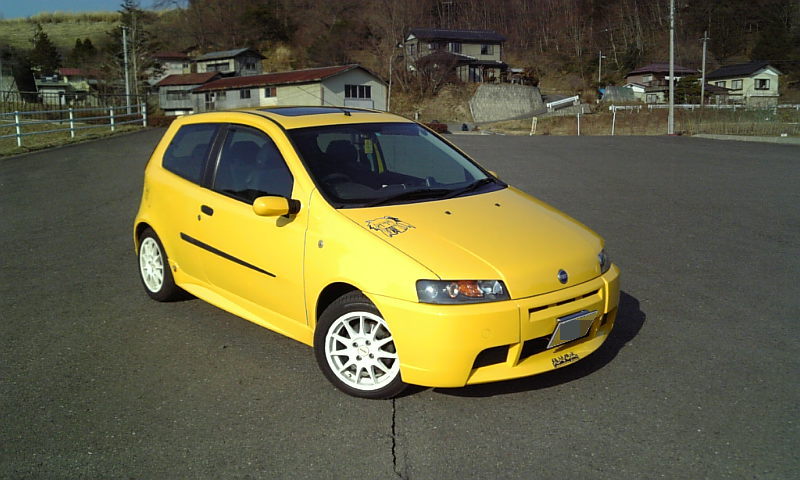
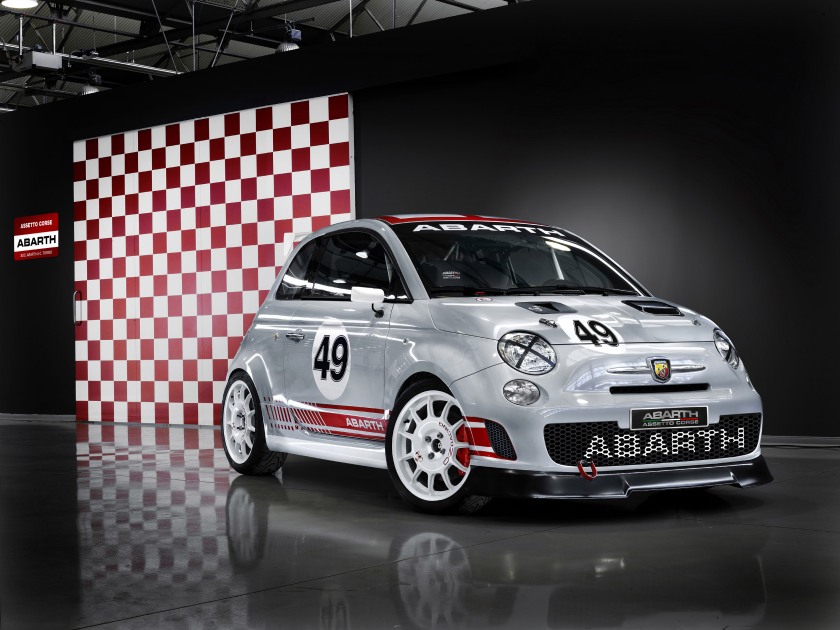
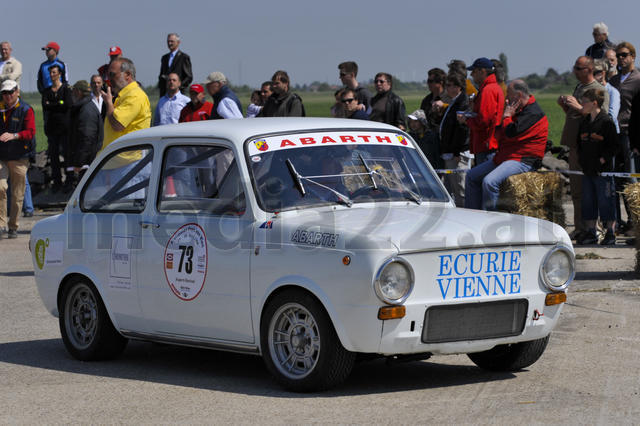
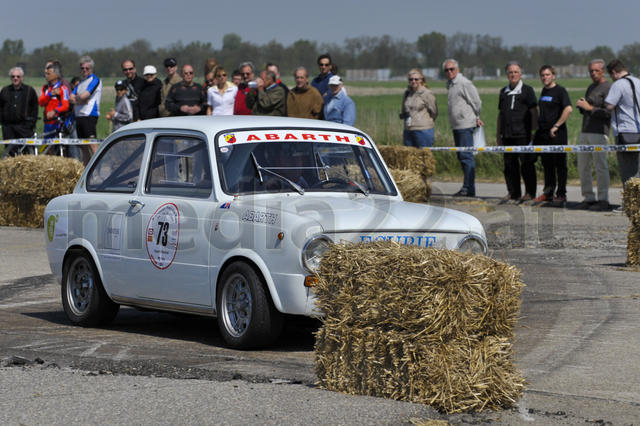
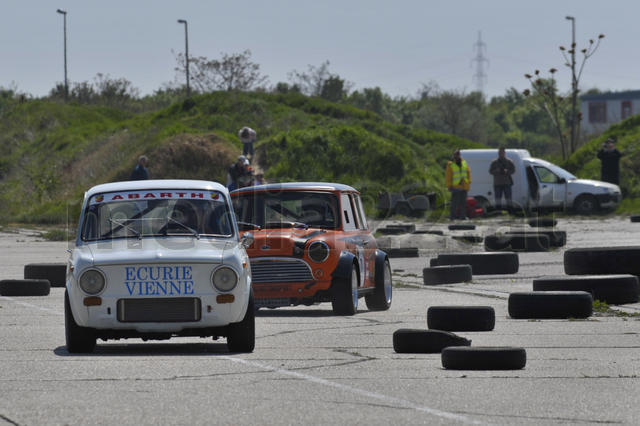
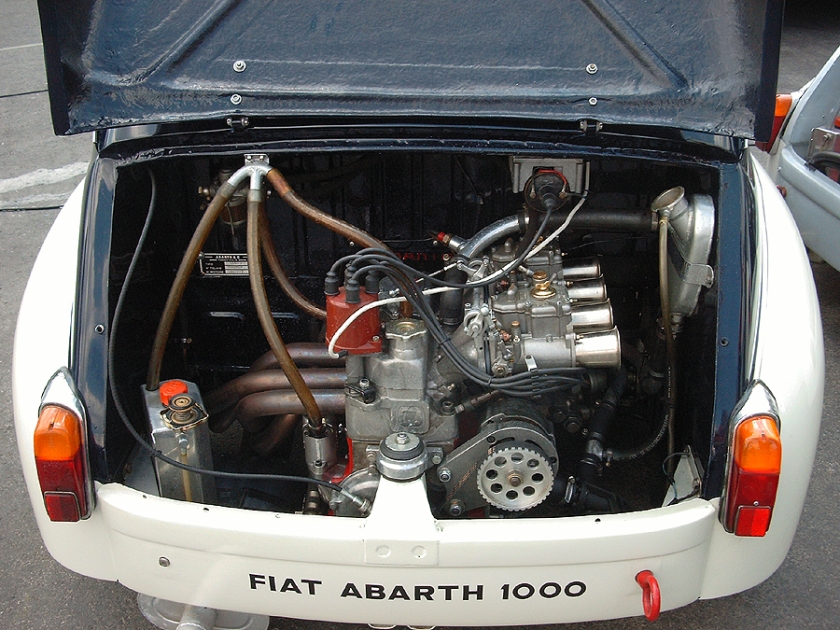
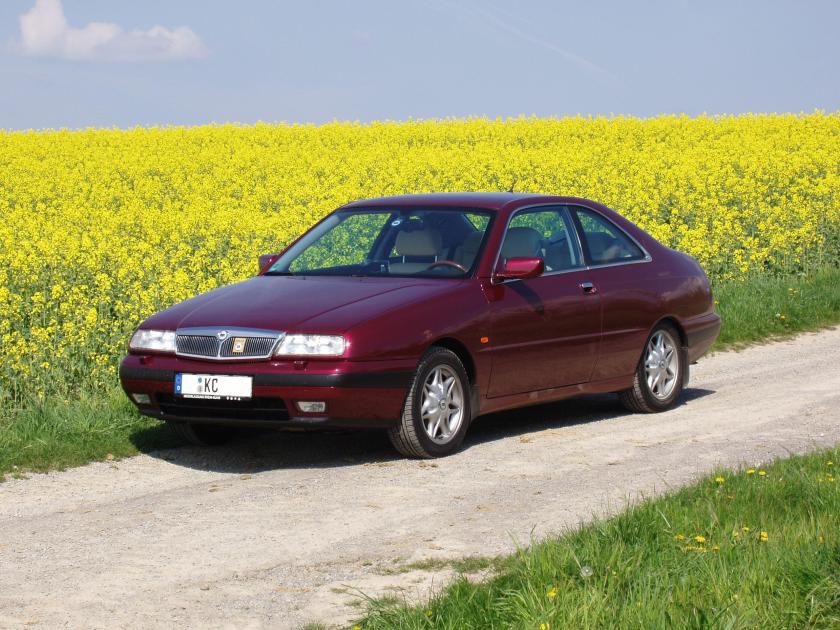
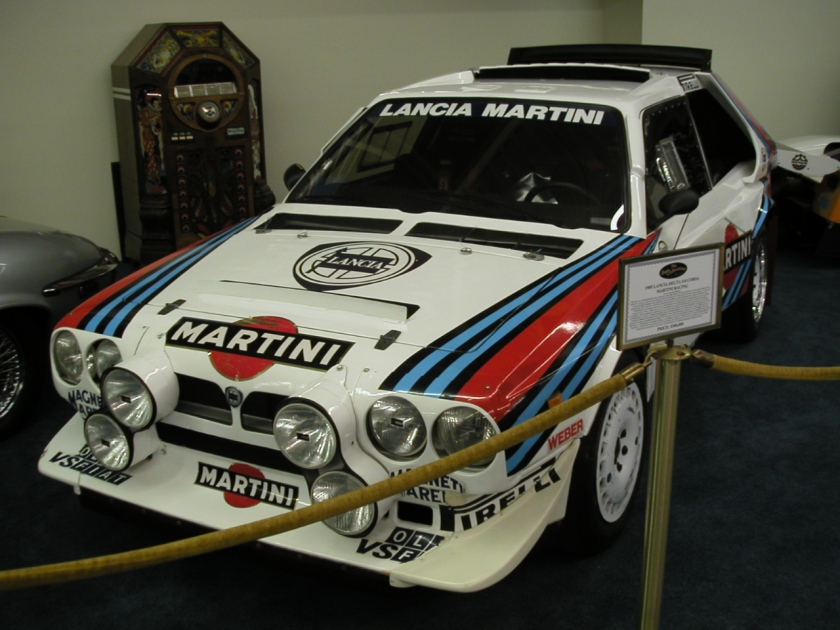
That’s all folks













That’s all folks
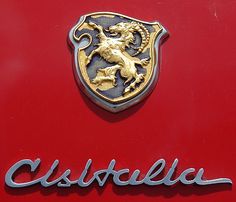
| Industry | Automotive |
|---|---|
| Fate | Bankrupt |
| Founded | 1946 |
| Defunct | 1963 |
| Headquarters | Turin, Italy |
|
Key people
|
Piero Dusio, founder |
| Products | Automobiles |
Cisitalia was an Italian sports and racing car brand. The name “Cisitalia” derives from “Compagnia Industriale Sportiva Italia”, a business conglomerate founded in Turin in 1946 and controlled by the wealthy industrialist and sportsman Piero Dusio. The Cisitalia 202 GT of 1946 is well known in the world as a “rolling sculpture”.
Using Fiat parts as a base Dante Giacosa designed the D46 which made its successful debut in 1946. Giacosa had a vast knowledge of Fiat bits and pieces as he had designed the legendary 500 Fiat Topolino before WW II. The engine and suspension were directly derived from the small Fiat but extensively modified for racing. The engine received dry sump lubrication and further tweaks considerably increased the power output to 60-70 bhp. With a spaceframe chassis and weighing under 400 kg (880 lb) the available power was more than enough for competitive performance. Dusio’s dream of a one model series came to nothing, but instead his D46s started to dominate the voiturette series. Highly talented drivers like Tazio Nuvolari piloted the D46 to multiple successes against more advanced but older racing cars.
This successes led to a much more ambitious single seater project that would prove too much for the small company. Ferdinand Porsche was commissioned to design and construct a full Grand Prix car which led to the innovative but complex Cisitalia 360. With a mid engined layout and four wheel drive the Type 360 was far too expensive for Dusio to support and the attempt essentially killed any further racing cars.
Dusio commissioned several automobiles from Europe’s leading designers. He provided Pinin Farina with the chassis, on which an aluminum body was handcrafted. When first presented to the public at the Villa d’Este Gold Cup show in Como, Italy, and at the 1947 Paris Motor Show, the two-seat 202GT was a resounding success. The 202 was an aesthetic and technical achievement that transformed postwar automobile body design. The Pinin Farina design was honored by New York’s Museum of Modern Art in 1951. In the MOMA’s first exhibit on automotive design, called “Eight Automobiles”, the Cisitalia was displayed with seven other cars (1930 Mercedes-Benz SS tourer, 1939 Bentley saloon with coachwork by James Young, 1939 Talbot-Lago Figoni teardrop coupé, 1951 Willys Jeep, 1937 Cord 812 Custom Beverly Sedan, 1948 MG TC, and the 1941 Lincoln Continental coupe). It is still part of the MoMA permanent collection. It was not, however, a commercial success; because it was coachbuilt, it was expensive, and only 170 were produced between 1947 and 1952. Most cars were coachbuilt by Pinin Farina with some by Vignale and Stabilimenti Farina.
Building on aerodynamic studies developed for racing cars, the Cisitalia offers one of the most accomplished examples of coachwork conceived as a single shell. The hood, body, fenders, and headlights are integral to the continuously flowing surface, rather than added on. Before the Cisitalia, the prevailing approach followed by automobile designers when defining a volume and shaping the shell was to treat each part of the body as a separate, distinct element—a box to house the passengers, another for the motor, and headlights as appendages. In the Cisitalia, there are no sharp edges. Swellings and depressions maintain the overall flow and unity, creating a sense of speed.
The 202 is featured in the 2011 video game L.A. Noire by Rockstar Games and Team Bondi as a secret car called the Cisitalia Coupe.
Since the 202 never made large scale production and all the cars were handmade, the small talented group at Cisitalia, including Carlo Abarth, Dante Giacosa and Giovanni Savonuzzi, made several variants of the 202. Of the more important versions, the SMM Nuvolari Spider was built and named after a class victory at the 1947 Mille Miglia. It is easily identified by its large rear fins, twin windscreens and usual Italian blood red paint scheme.
Partly due to expensive construction of the mid-engine, four wheel drive formula one car, designed by Ferdinand Porsche. In total, around 200 cars were made which made a large impact on the later marques, including Abarth‘s later range of cars.
For the upcoming 1947 season, Giovanni Savonuzzi, who had designed most of the 202, sketched a coupe body for Cisitalia’s competition car. The design was executed by Stabilimenti Farina upon both chassis #101 and #102. After two coupes had been finished, a spider version, Called the SMM for Spider Mille Miglia, was completed which would adorn all subsequent competition cars bearing the MM designation.
At the 1947 Mille Miglia, the Cistitalia spider really proved itself by leading most of the race in capable hands of Tazio Nuvolari. Despite having competition with engines three times larger, Nuvolari held back the competition until troubles ensued in the rain. In the end, the Cistitalia took second overall and first in class. For this epic effort, subsequent competition spiders were known as 202 SMM Nuvolaris.
Since the 202 SMM received much attention at the Mille Miglia, Stabilimenti Farina continued production of the design for several customers. In total around 20 cars were made very similar to Nuvolari’s winning car.
(key) (results in bold indicate pole position; results in italics indicate fastest lap)
202C Cabriolet
202D Coupe and Spyder
303 DF Spyder
505DF
1953-cisitalia-voloradente-tipo33df
1955-cisitalia-202-cassone
Cisitalia 202 de Pininfarina
Cisitalia 202 Streamliner
Cisitalia 202 C Coupé
Cisitalia 202D
Cisitalia 202SC
Cisitalia 202SMM Spyder Nuvolari
Cisitalia 204 Spyder Sport
Cisitalia 303 Spyder
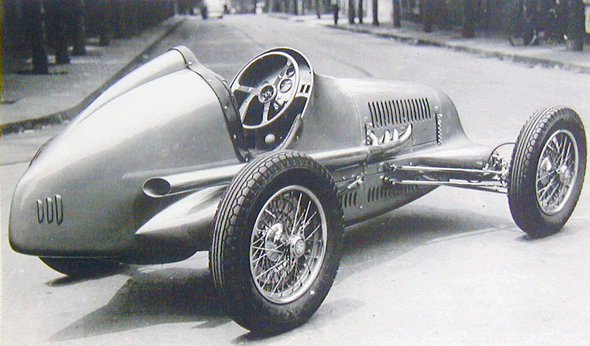
Cisitalia 360-Porsche 360 Grand Prix
Cisitalia 505 DF
Cisitalia 750GT
Cisitalia 808XF
Cisitalia Aerodinamica
Cisitalia D46-47-48 Monoposto Cisitalia Giacosa
cisitalia-166
cisitalia-202-si
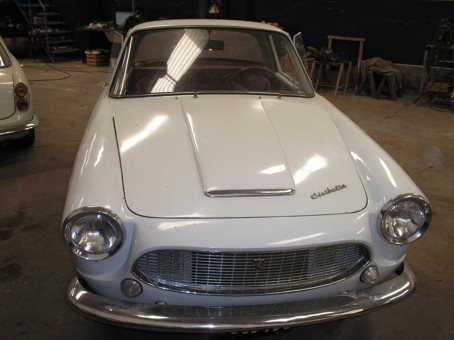
That’s all

 |
|
| Società per Azioni | |
| Industry | Automotive |
| Founded | Bologna, Italy (March 31, 1949) |
| Founder | Carlo Abarth |
| Headquarters | Turin, Italy |
|
Area served
|
EMEA |
|
Key people
|
|
| Parent | FCA Italy S.p.A. |
| Website | www.abarth.it |
Abarth & C. S.p.A. is a racing car and road car maker founded by Carlo Abarth in 1949. Its logo is a shield with a stylized scorpion on a red and yellow background. Abarth & C. S.p.A. is a fully owned subsidiary of FCA Italy S.p.A. (formerly Fiat Group Automobiles S.p.A.), the subsidiary of Fiat Chrysler Automobiles (formerly of Fiat S.p.A.) controlling its European automotive production activities.
http://abarthcarsuk.com/about-abarth/the-history-of-abarth/
http://www.abarthisti.co.uk/abarth-history/
Carlo Abarth had been sporting director of the Cisitalia factory racing team since 1947. In 1948 begun the financial downfall of Cisitalia, spurred by the investments needed to put the 202 coupé into production; the following year the manufacturer went under, and founder Piero Dusio flew to Argentina. Carlo Abarth, funded by Armando Scagliarini, took over Cisitalia’s assets and on 31 March 1949 Abarth & C. was founded in Bologna. Carlo’s astrological sign, Scorpio, was chosen as the company logo. From the Cisitalia liquidation Abarth obtained five 204 sports cars (two complete Spiders and three unfinished), a D46 single seater and various spares. The 204s were immediately rechristened Abarth 204 A. Abarth built and raced sports cars developed from the last
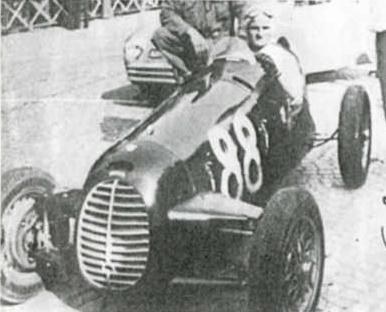









 Cisitalia cars.
Cisitalia cars.
In addition to Guido Scagliarini, the «Squadra Abarth» racing team lined up celebrated drivers such as Tazio Nuvolari, Franco Cortese and Piero Taruffi. Notably Tazio Nuvolari made his last appearance in racing at the wheel of an Abarth 204 A, winning is class in the Palermo–Monte pellegrino hillclimb on 10 April 1950. Alongside racing, the company main activity was producing and selling accessories and performance parts for Fiat, Lancia, Cisitalia and Simca cars, like inlet manifolds and silencers.
On April 9, 1951 the company’s headquarters were moved to Turin; Abarth began his well-known association with Fiat in 1952, when it built the
Abarth 1500 Biposto on Fiat mechanicals.
In the 1960s, Abarth was successful in hillclimbing and sports car racing, mainly in classes from 850cc to 2000cc, competing with Porsche 904 and Ferrari Dino. Hans Herrmann was a factory driver from 1962 until 1965, winning the 500 km Nürburgring in 1963 with Teddy Pilette.
Abarth promised Johann Abt that he could race a factory car for free if he won all the races he entered. Abt almost succeeded: Of the 30 races he entered, Abt won 29 and finished second once. Abt later founded Abt Sportsline.
Abarth produced high-performance exhaust pipes, diversifying into tuning kits for road vehicles, mainly for Fiat. A racing exhaust was produced for the 1950s Lambretta models “D” and “LD”. Original Abarth LD exhausts are now valuable collectors items. Reproductions are available which carry the Abarth name, how Fiat feels about this is not known. Lambretta even held several 125cc Motorcycle land speed records during the 1950s thanks partly to the exhaust that Abarth developed for them.
Abarth also helped build sports or racing cars with Porsche and Simca.
Carlo sold Abarth to Fiat on 31 July 1971. The acquisition was only made public by Fiat with a press release on 15 October. As Fiat was not interested in the Reparto Corse racing operations, these were taken over by Enzo Osella. Osella obtained cars, spares, technicians and drivers (amongst them Arturo Merzario), and continued the racing activity founding the Osella racing team. Thus ended for Abarth the days of sport prototype and hill climb racing.
Under Fiat ownership, Abarth became the Fiat Group’s racing department, managed by engine designer Aurelio Lampredi. Abarth prepared Fiat’s rally cars, including the
and 131 Abarth.
In December 1977, in advance of the 1978 racing season, the beforehand competing Abarth and Squadra Corse Lancia factory racing operations were merged by Fiat into a single entity named EASA (Ente per l’Attività Sportiva Automobilistica, Organization for Car Sports Racing Activities). Cesare Fiorio (previously in charge of the Lancia rally team) was appointed director, while Daniele Audetto was sporting director; the EASA headquarters were set up in Abarth’s Corso Marche (Turin) offices. The combined racing department developed the
Group 5 Lancia Montecarlo Turbo
Lancia Beta Montecarlo Turbo Group 5 racing car (1980 and 1981 World Sportscar Championship winner) and the Lancia Rally 037 Group B rally car (which won for Lancia the 1983 World Manufacturers’ Championship).
On 1 October 1981, Abarth & C. ceased to exist and was replaced by Fiat Auto Gestione Sportiva, a division of the parent company specialized in the management of racing programmes that would remain in operation through to the end of 1999, when it changed toFiat Auto Corse S.p.A.
Some commercial models built by Fiat or its subsidiaries Lancia and Autobianchi were co-branded Abarth, including the
Autobianchi A112 Abarth, a popular “boy racer” because it was lightweight and inexpensive.
In the 1980s Abarth name was mainly used to mark performance cars, such as the Fiat Ritmo Abarth 125/130 TC.
In 2000s, Fiat used the Abarth brand to designate a trim/model level, as in the Fiat Stilo Abarth.
On 1 February 2007 Abarth was re-established as an independent unit with the launch of the current company, Abarth & C. S.p.a., controlled 100% by Fiat Group Automobiles S.p.A., the subsidiary of Fiat S.p.A. dealing with the production and selling of passenger cars and light commercial vehicles. The first model launched was the Abarth Grande Punto and the Abarth Grande Punto S2000. The brand is based in the Officine 83, part of the old Mirafiori engineering plant. The CEO is Harald Wester.
In 2015 Abarth’s parent company was renamed FCA Italy S.p.A., reflecting the incorporation of Fiat S.p.A. into Fiat Chrysler Automobiles that took place in the previous months.
2007-10 Abarth Grande Punto Essesse
Supermini + 3-door hatchback
Abarth 500
City car + 3-door hatchback
Abarth 500C
City car + Cabriolet
Fiat Abarth 750
 Abarth 209A Boano Coupe
Abarth 209A Boano Coupe
 Fiat-Abarth 1000 TC (Fiat 600 based)
Fiat-Abarth 1000 TC (Fiat 600 based)1963 Abarth Simca 2000 – coupé







 1955 Abarth 207A Spyder
1955 Abarth 207A Spyder
 Porsche 356B Carrera GTL Abarth
Porsche 356B Carrera GTL Abarth
 1964 Fiat-Abarth OT1000
1964 Fiat-Abarth OT1000
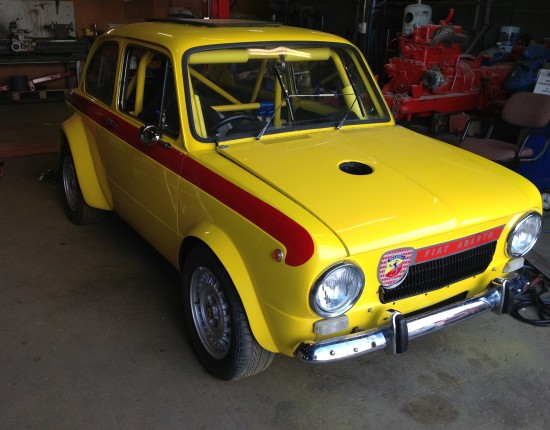 1964 Fiat-Abarth OT1600
1964 Fiat-Abarth OT1600
 1966 Fiat-Abarth OT 2000 Competition Coupé
1966 Fiat-Abarth OT 2000 Competition Coupé
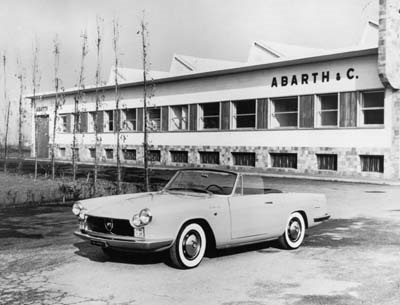 1959-64 Fiat-Abarth 2200
1959-64 Fiat-Abarth 2200
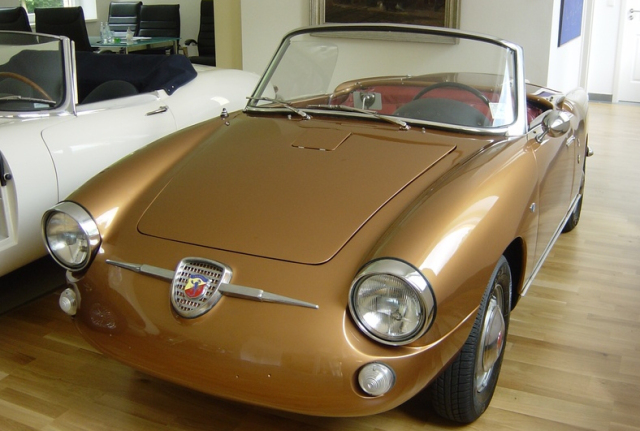
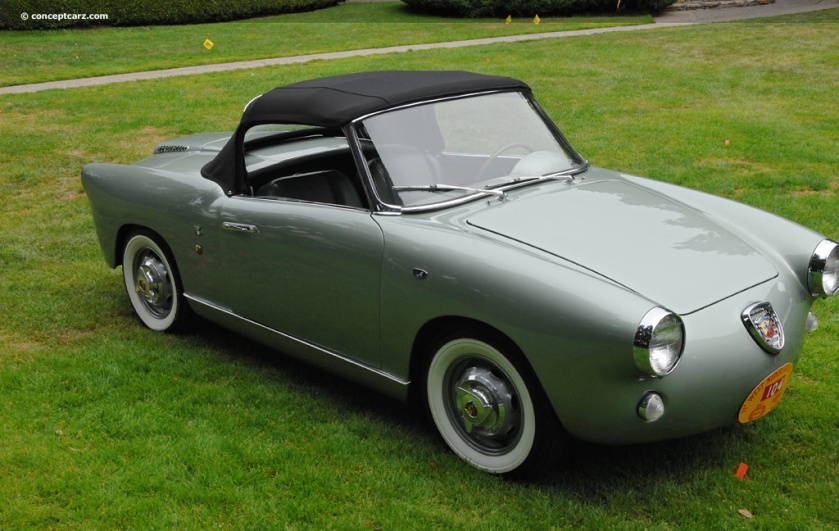
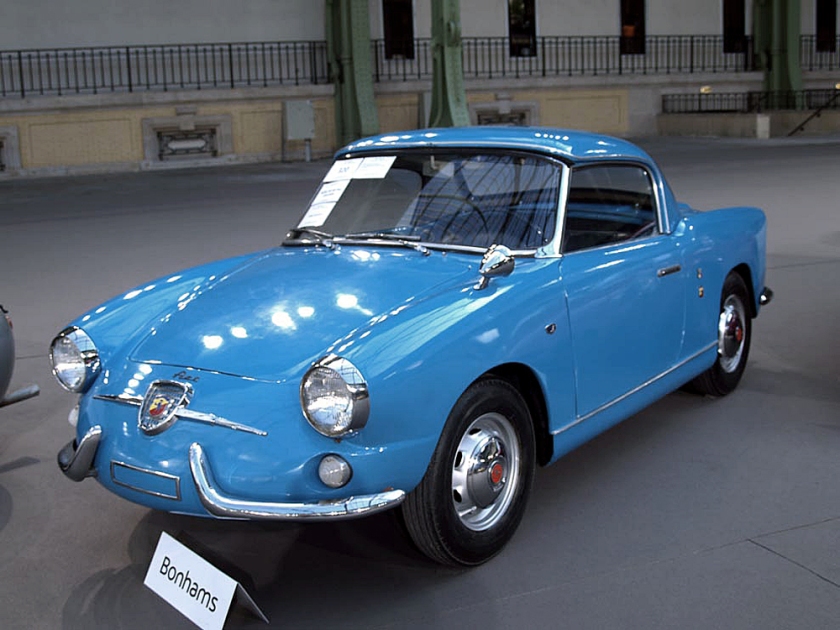
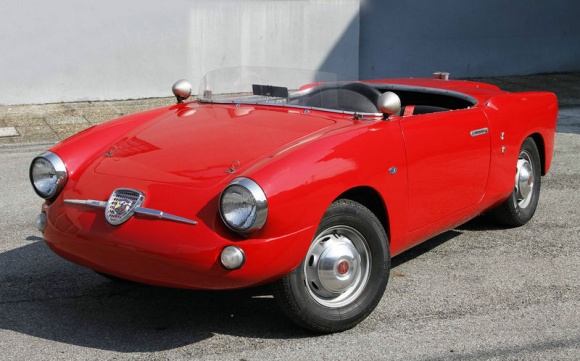
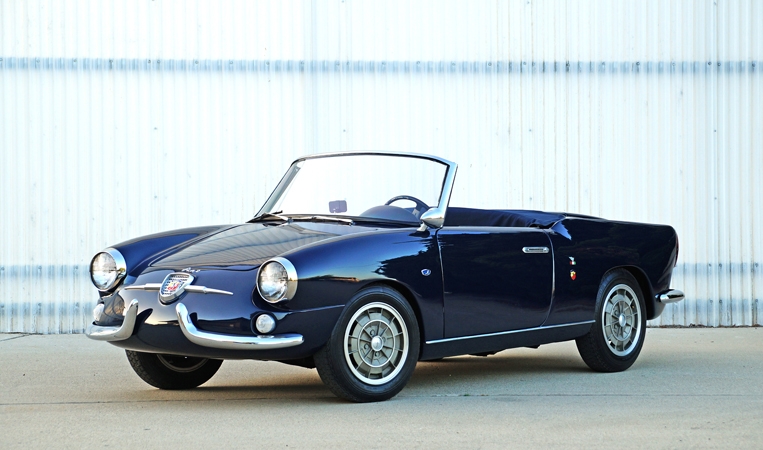
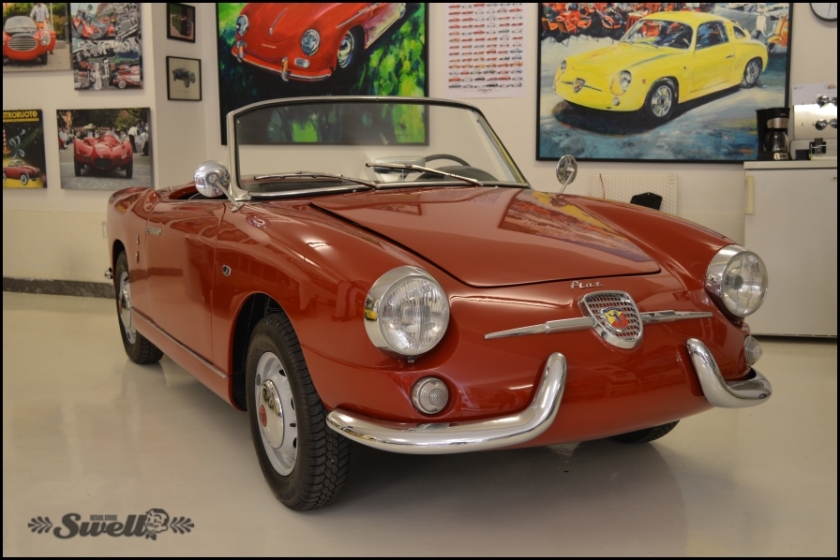 Fiat-Abarth Allemano 750 Spider
Fiat-Abarth Allemano 750 Spider
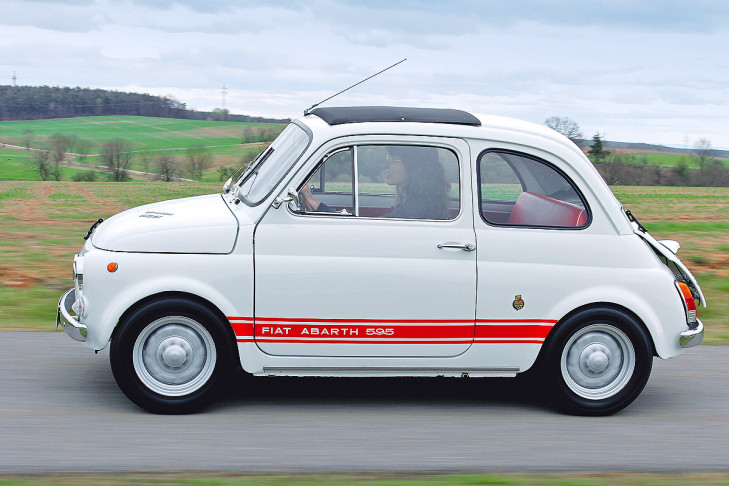
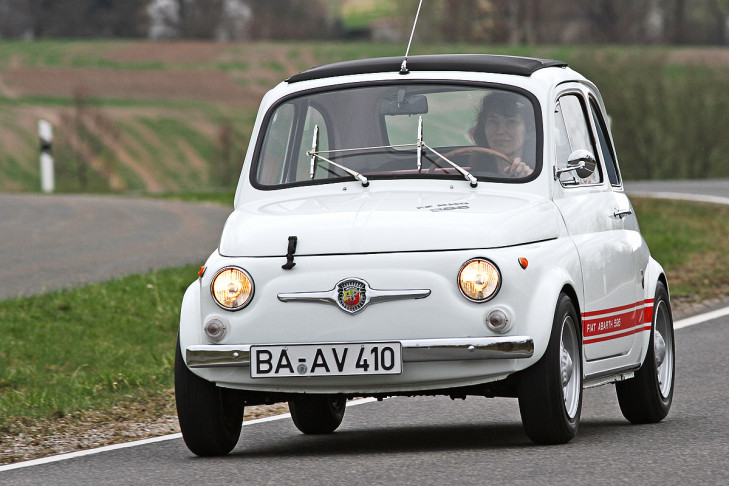
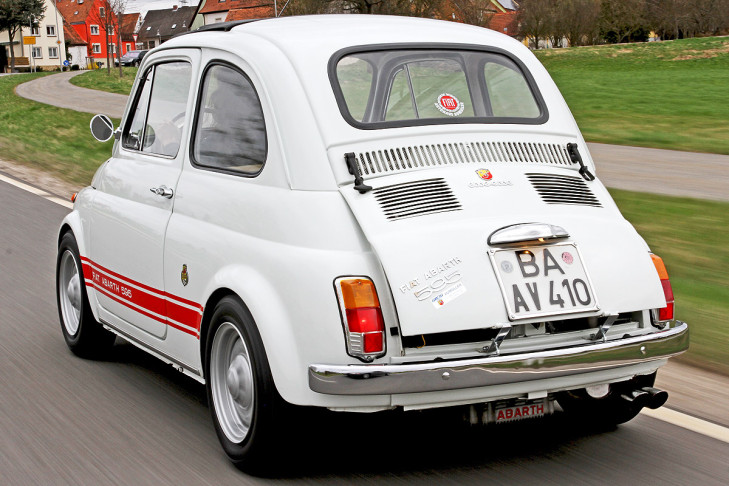
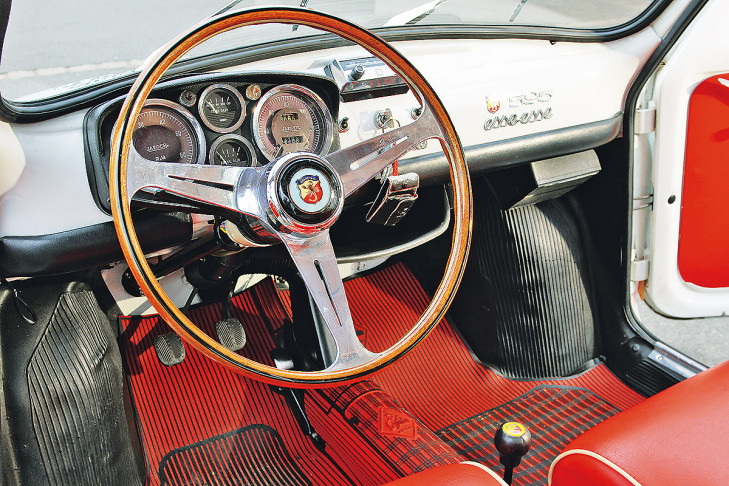
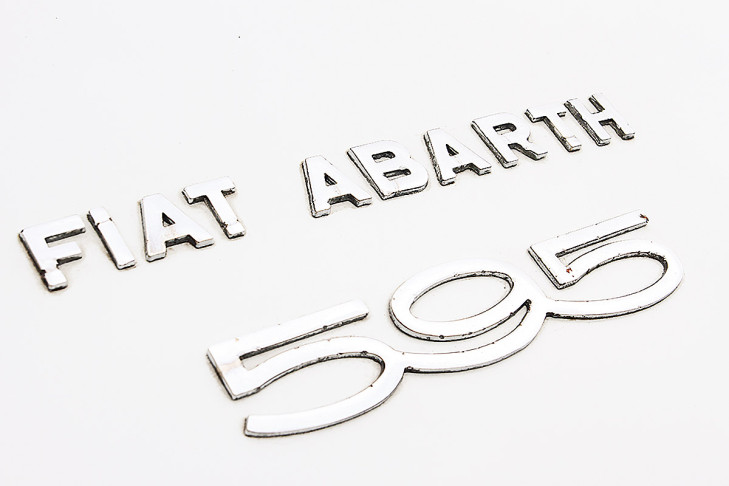
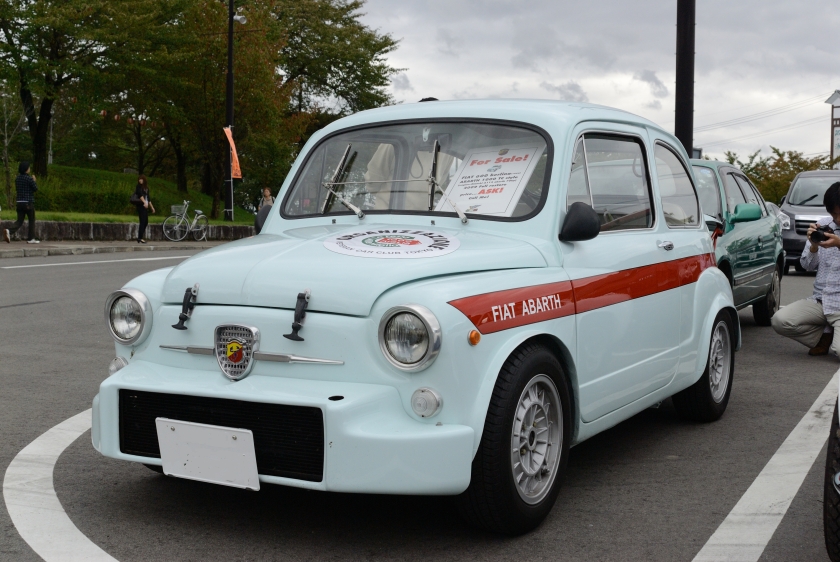 1963 Fiat-Abarth 595 SS
1963 Fiat-Abarth 595 SS
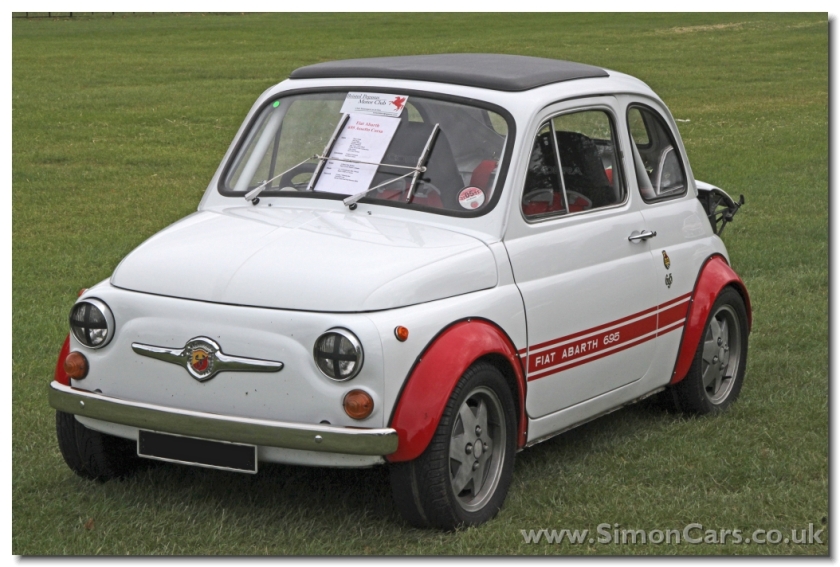
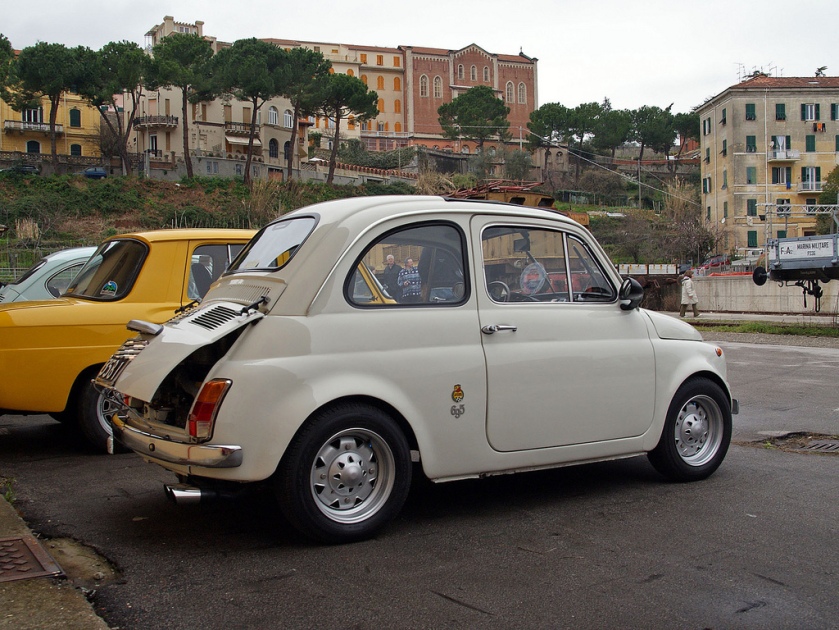
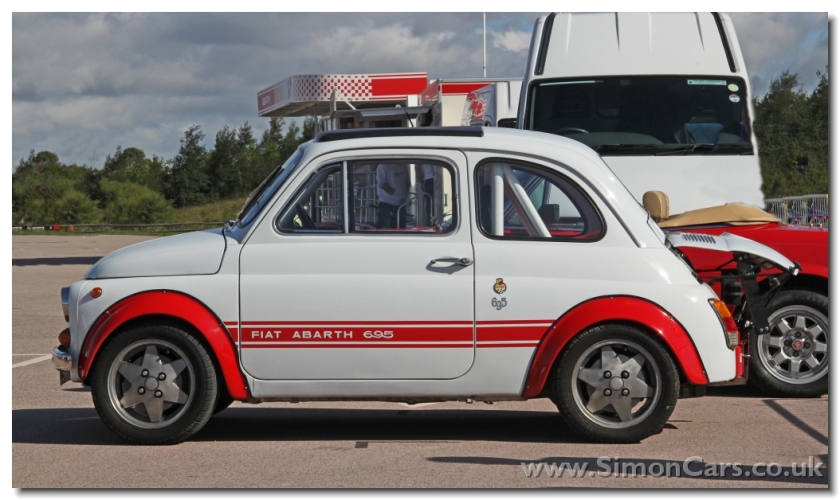
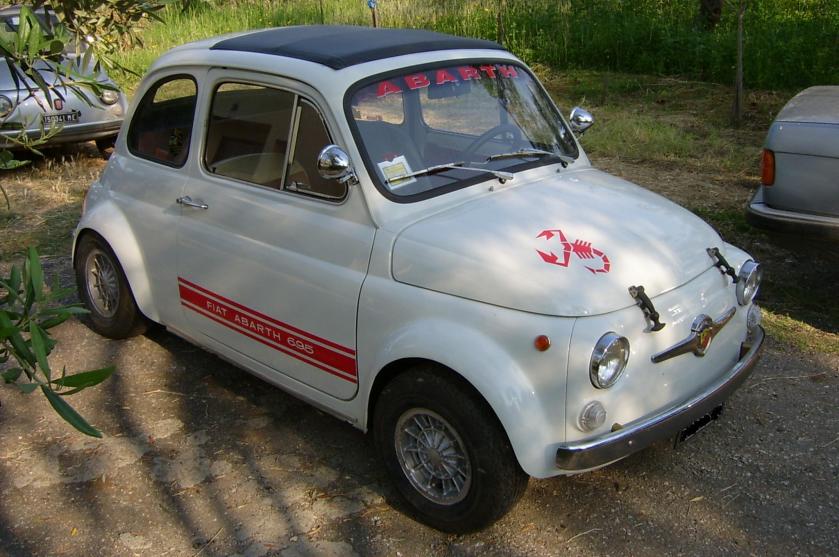
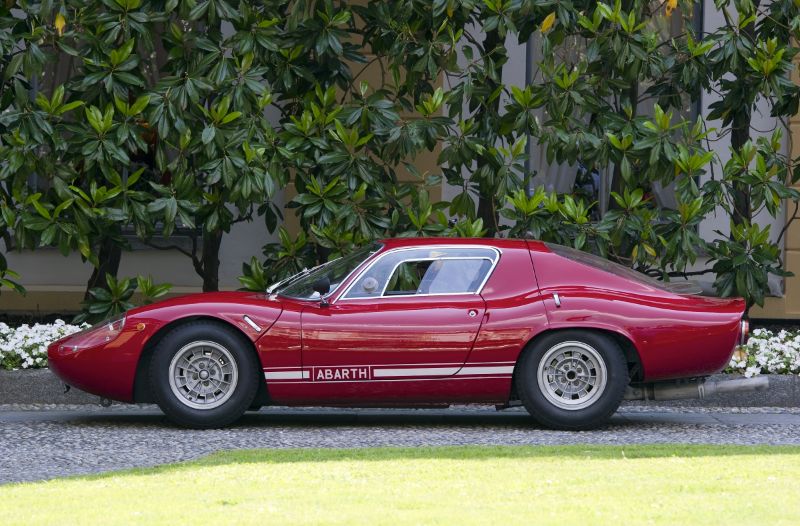
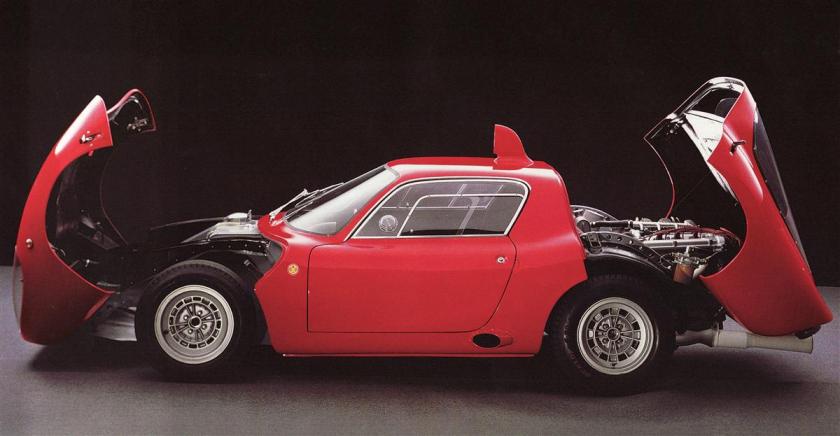
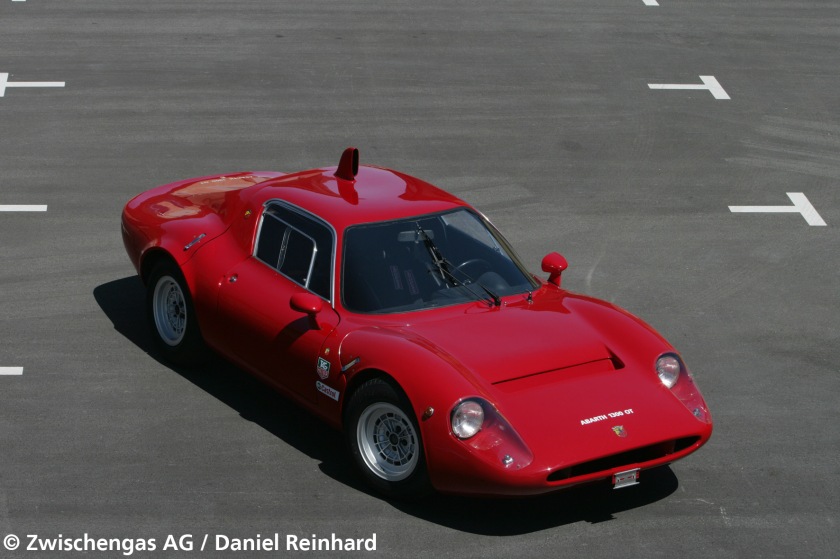
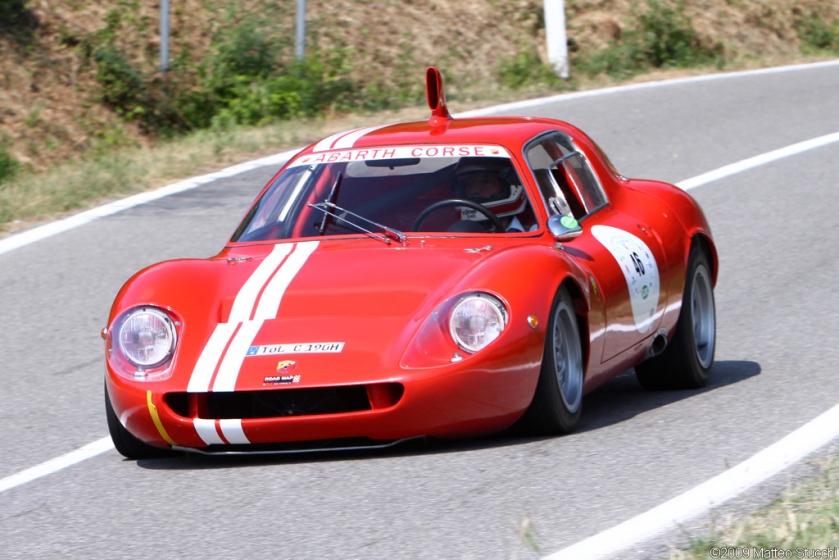
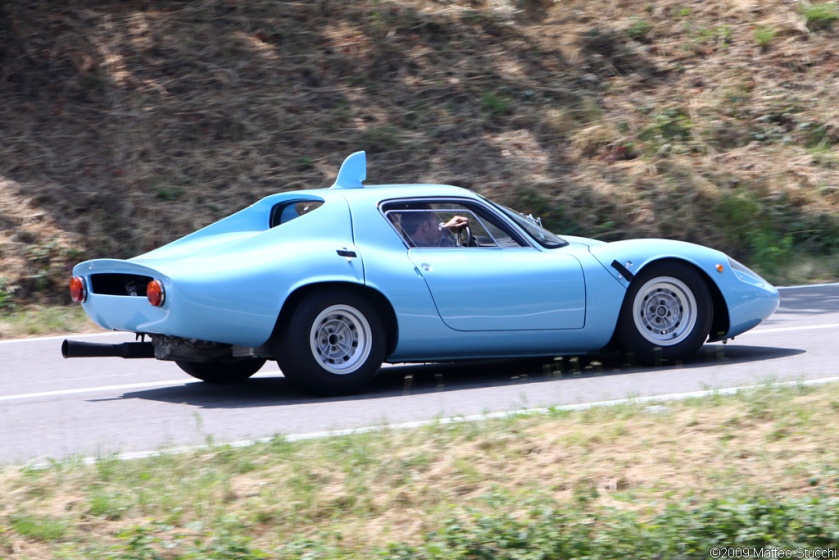
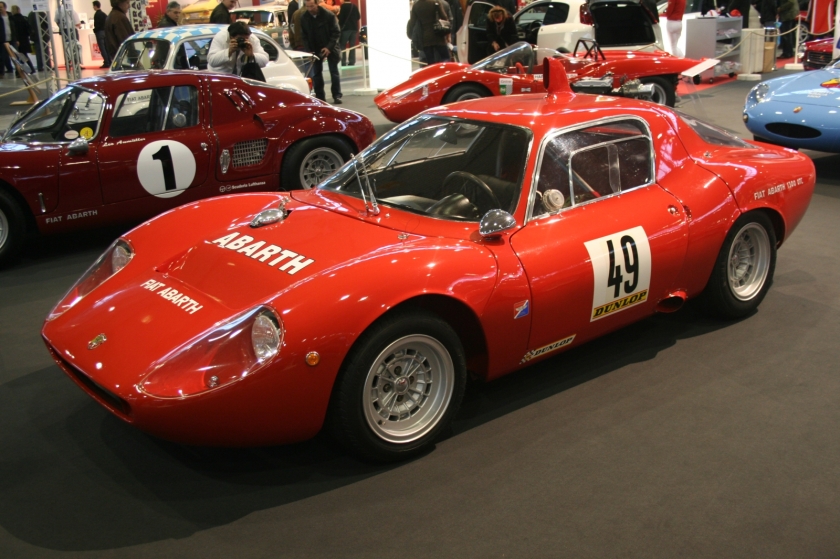
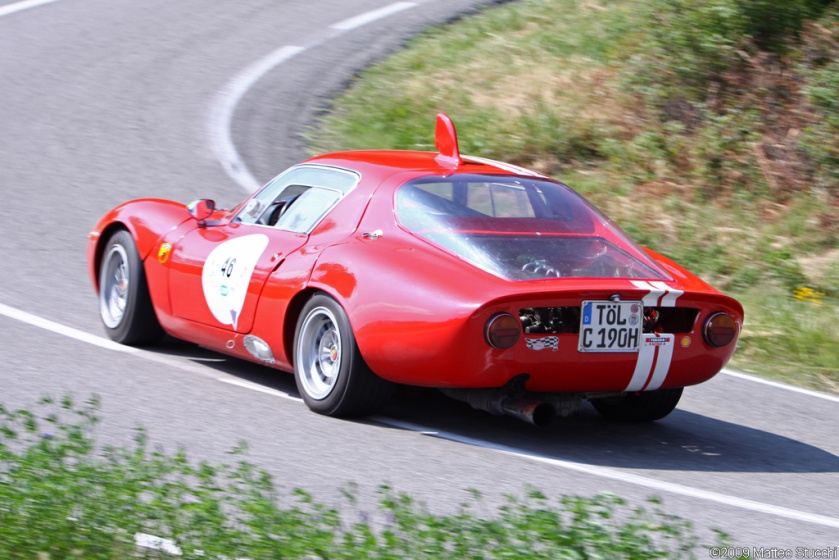 1965-68 Abarth OT 1300
1965-68 Abarth OT 1300
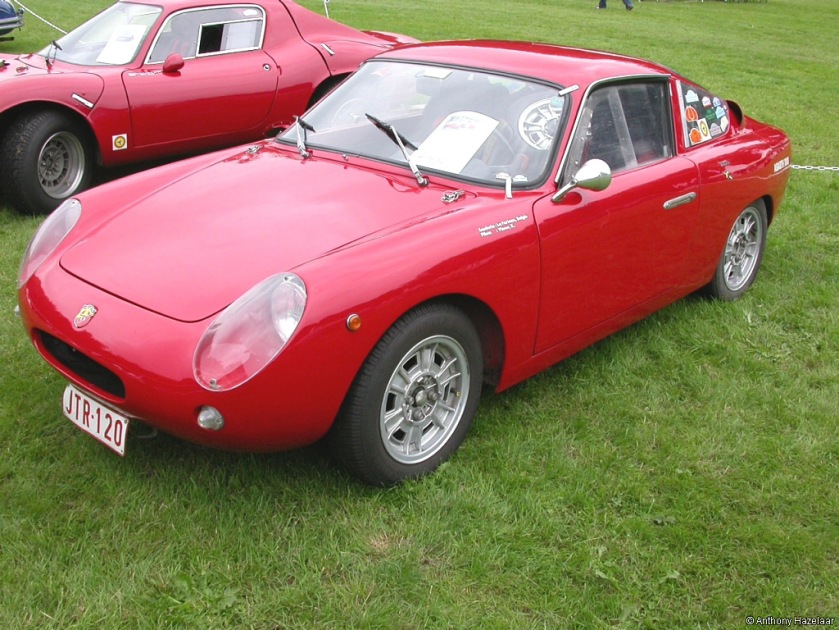
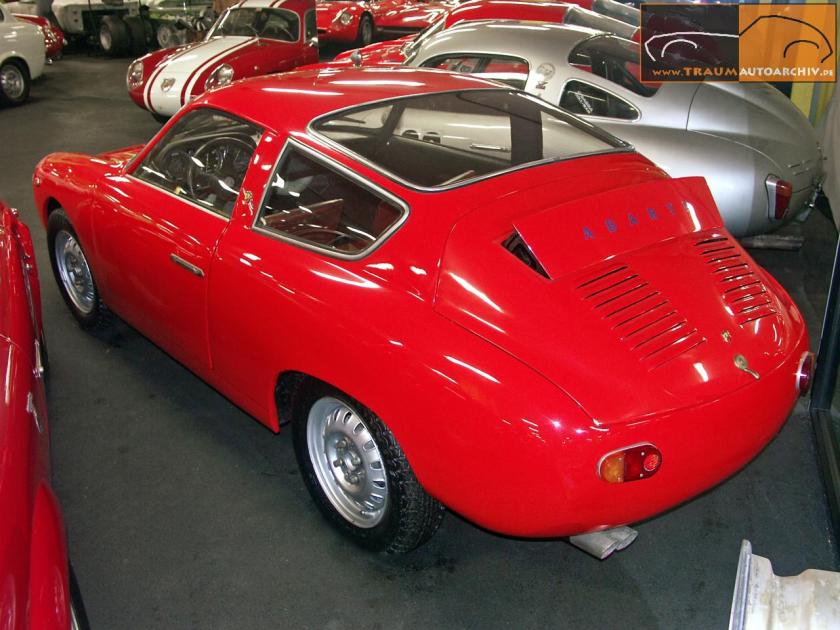
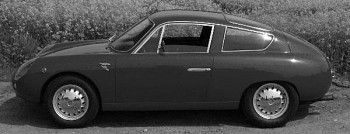
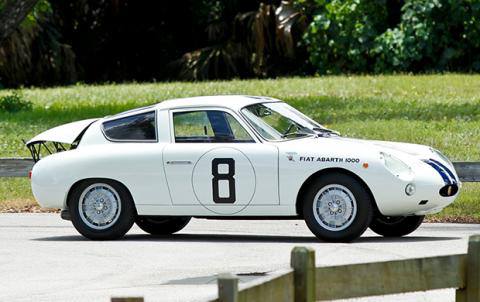
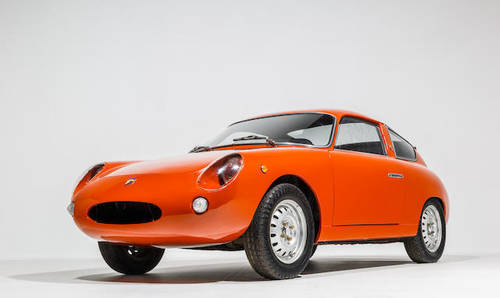
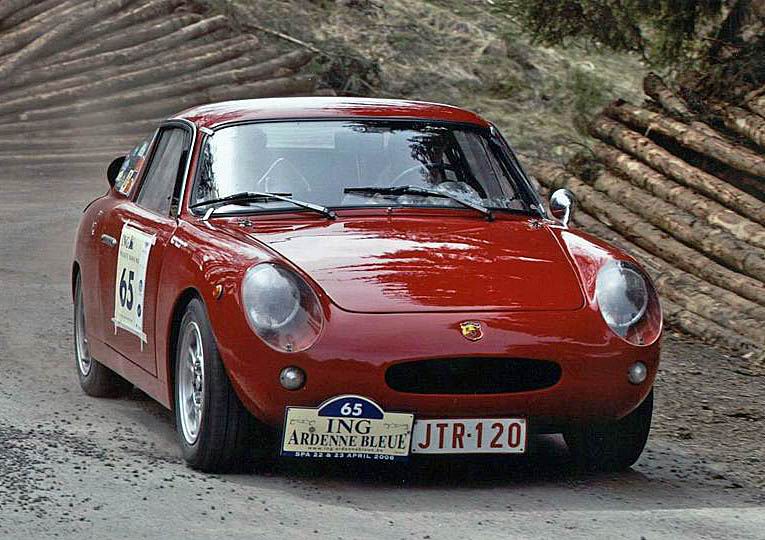
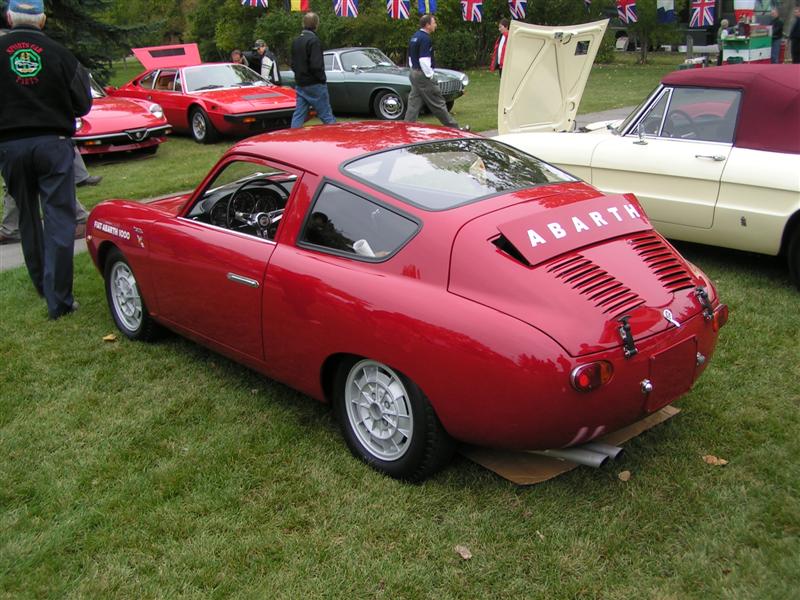
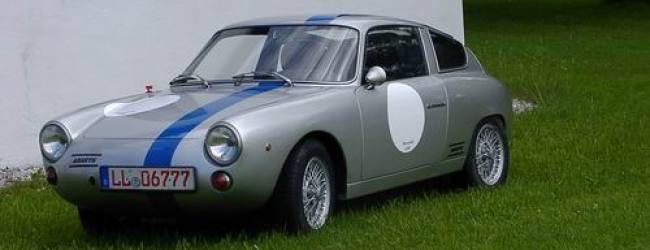
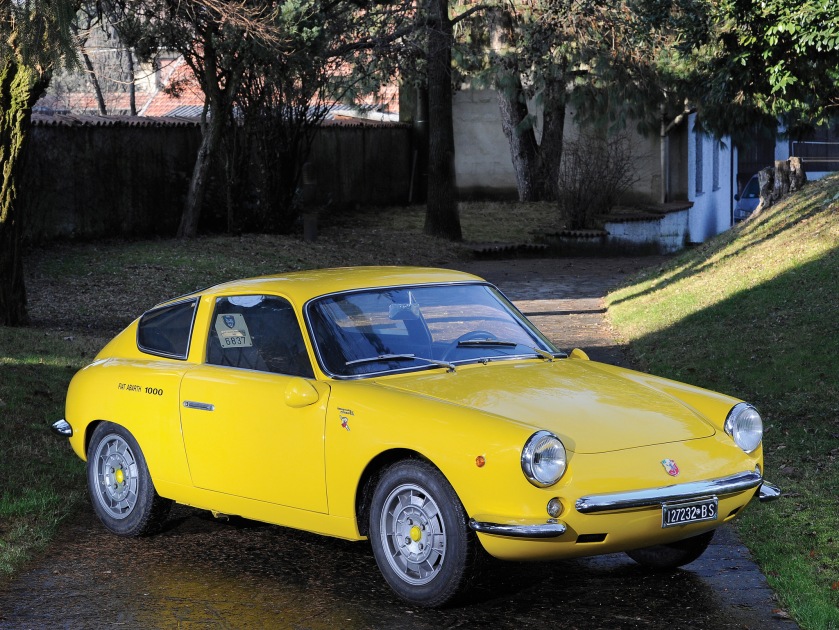
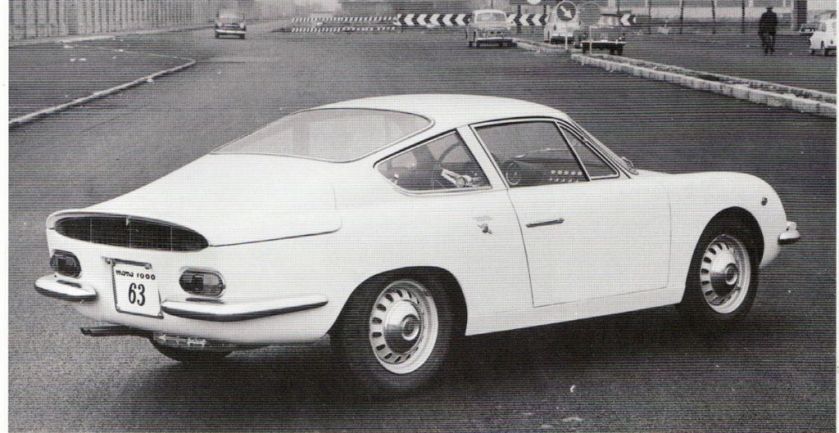
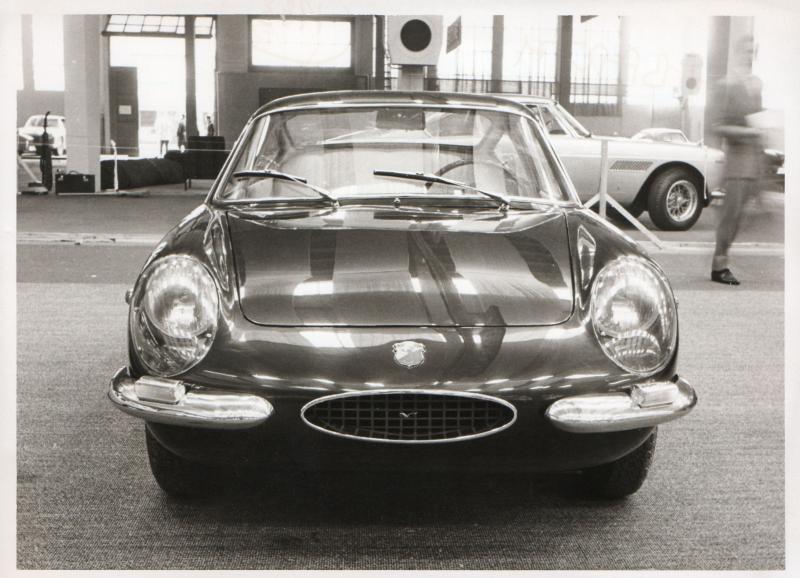
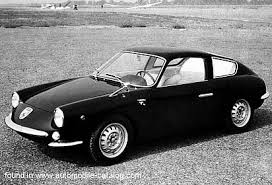 1961-65 Abarth Monomille
1961-65 Abarth Monomille
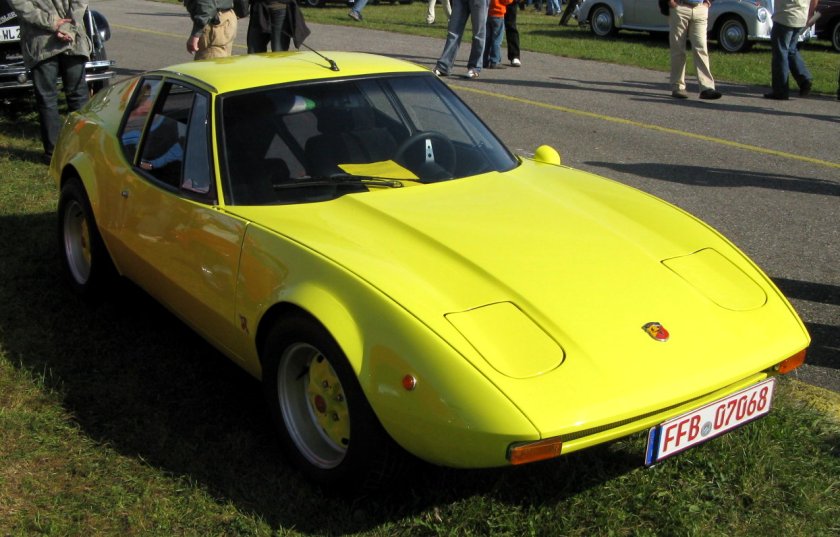
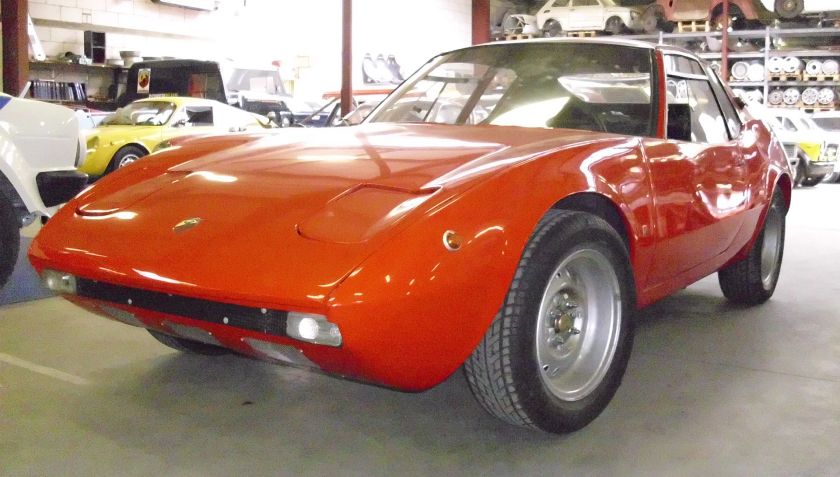
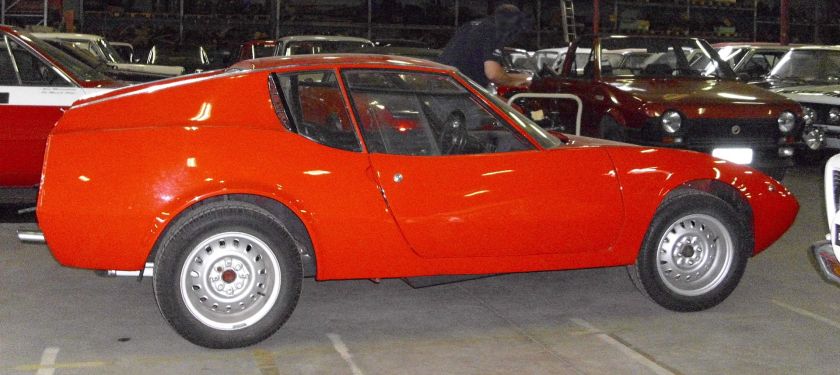
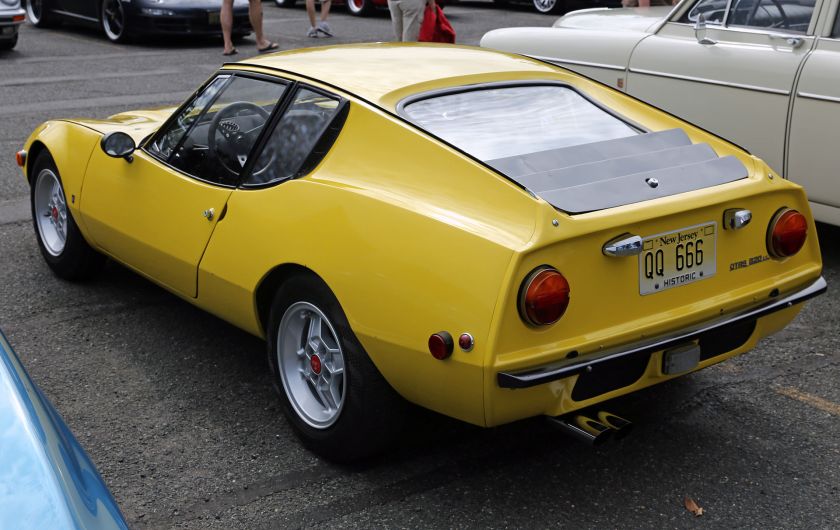 1968-71 Abarth Grand Prix/Scorpione
1968-71 Abarth Grand Prix/Scorpione
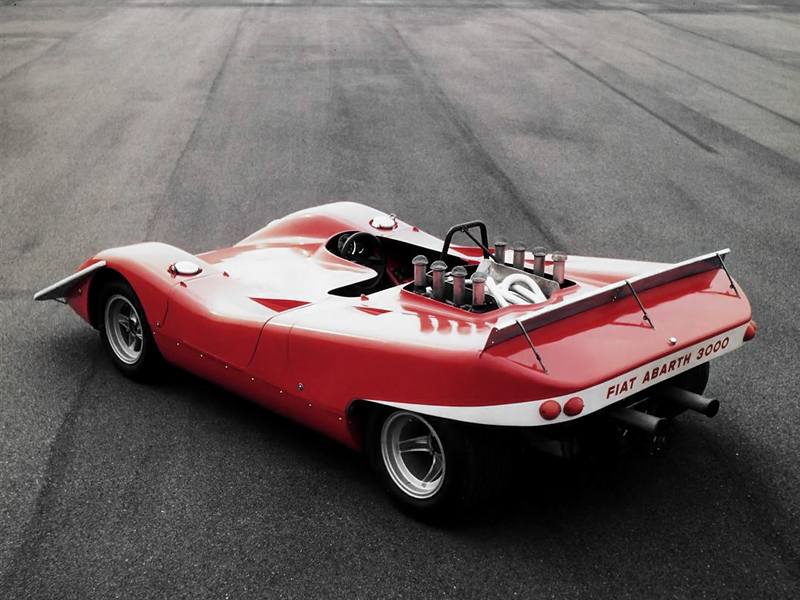
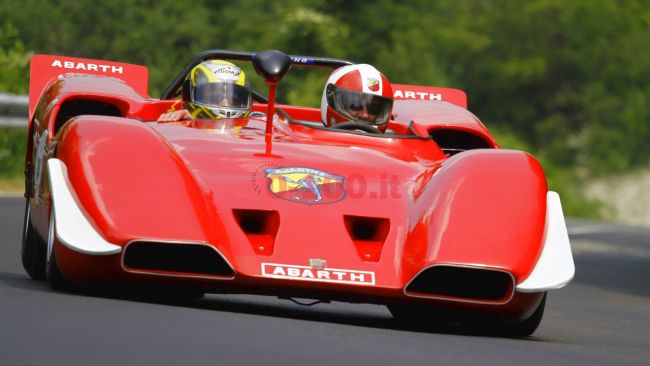
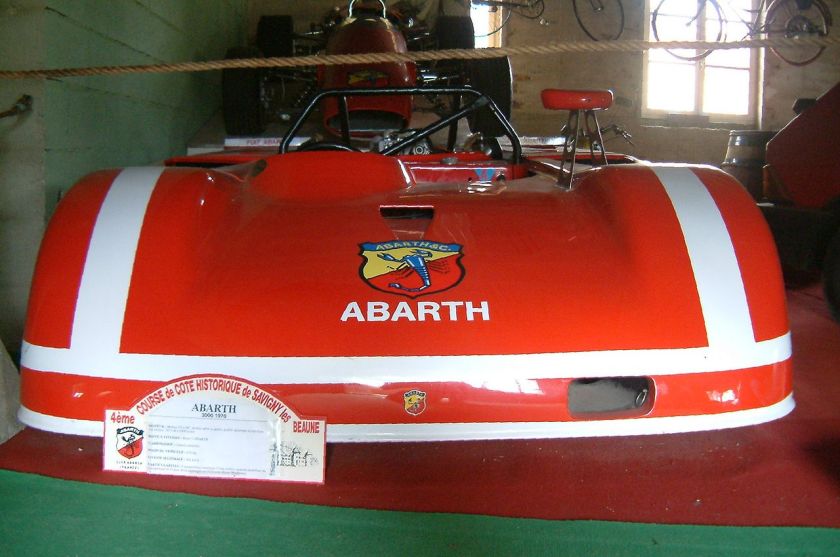
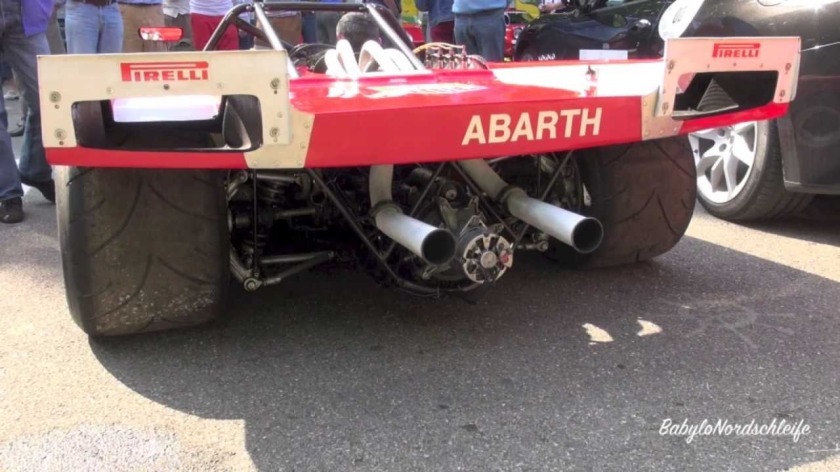
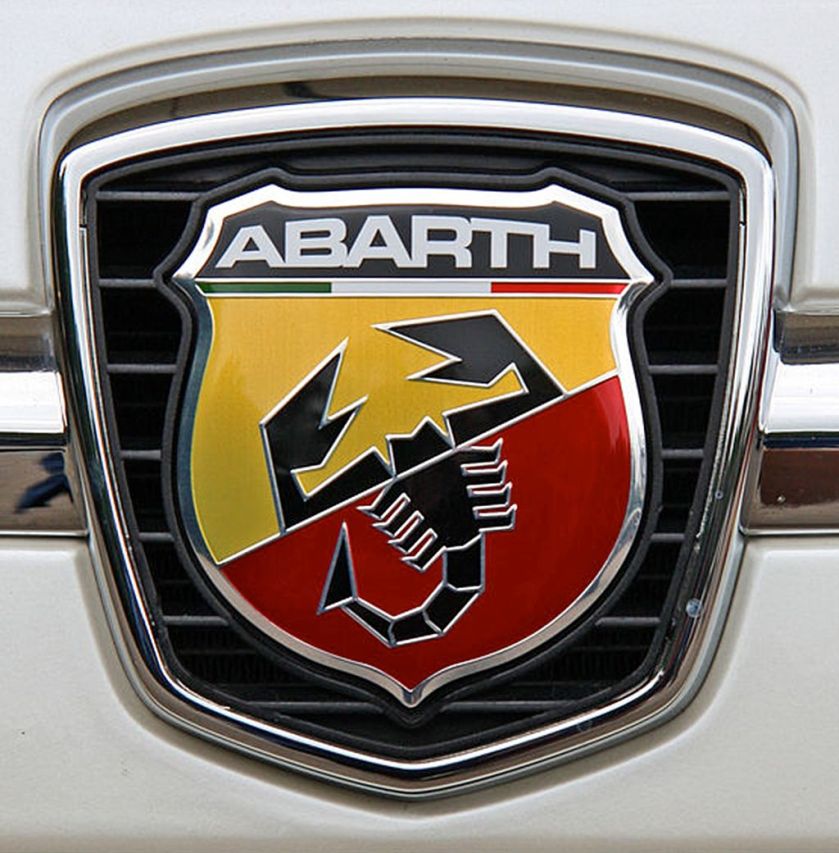
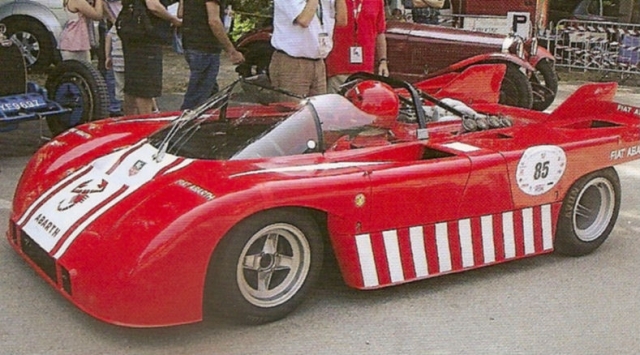 1969-71 Abarth 3000 Prototipo
1969-71 Abarth 3000 Prototipo
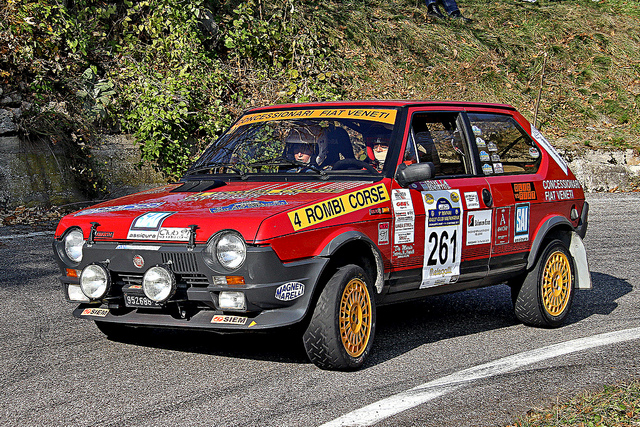
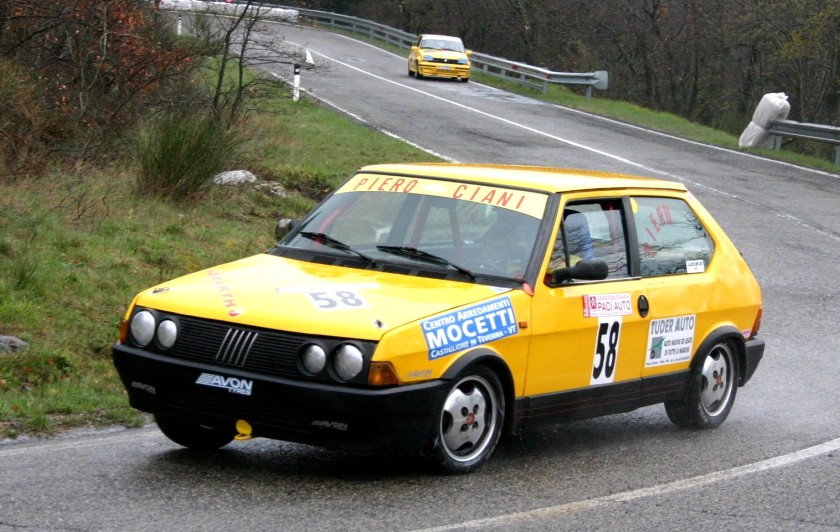
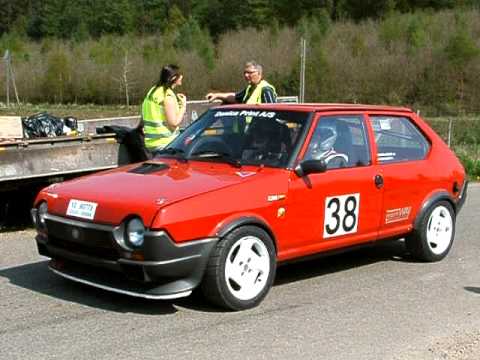
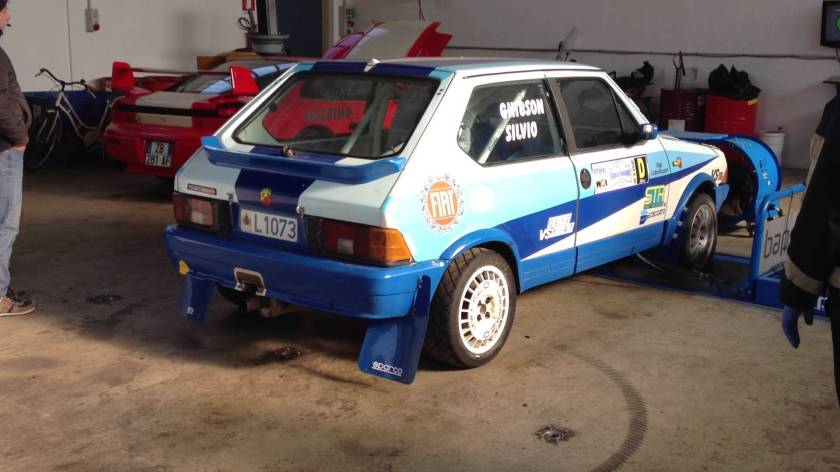
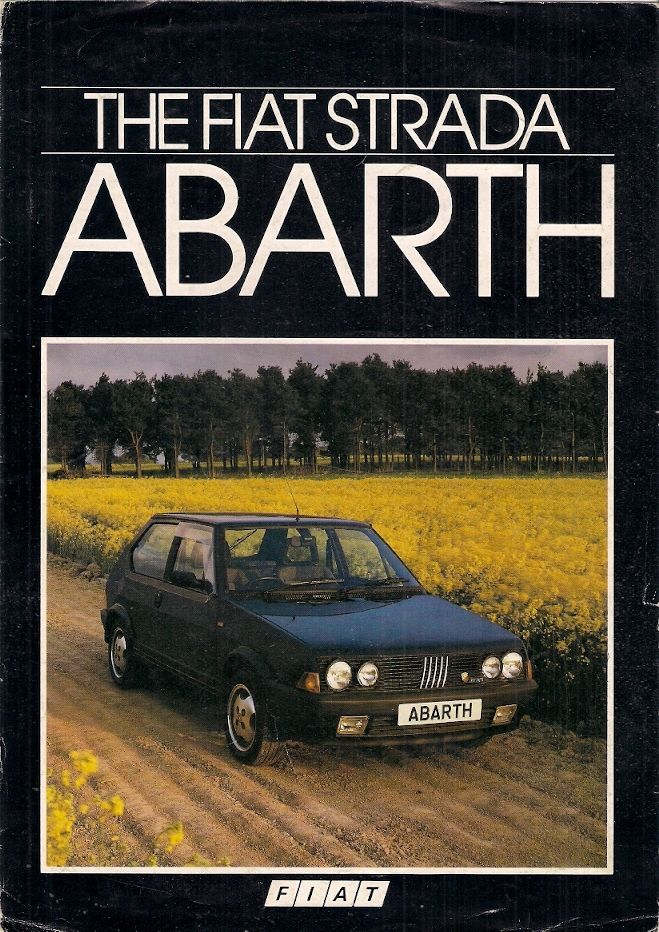
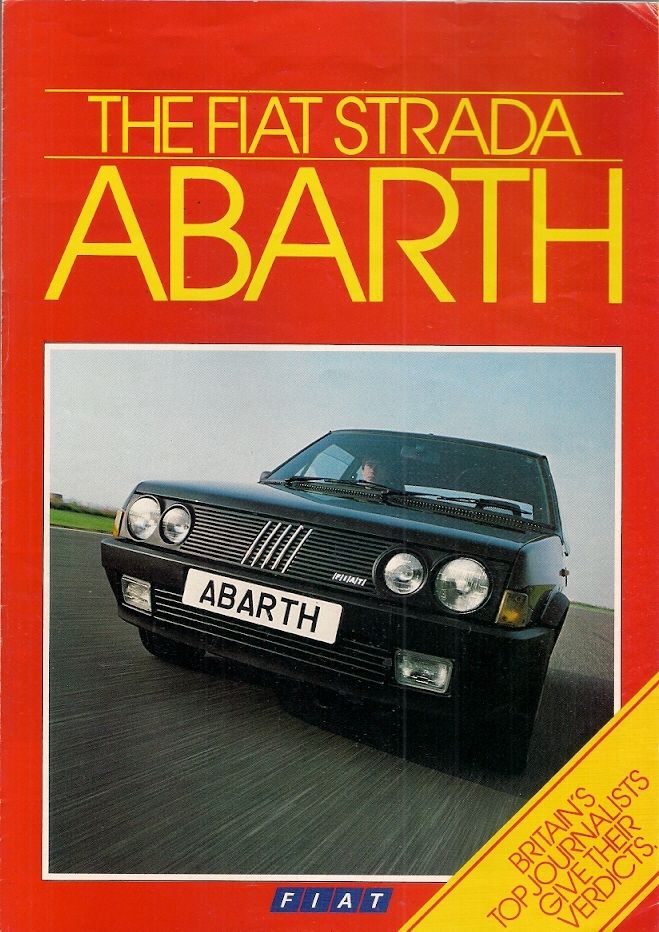
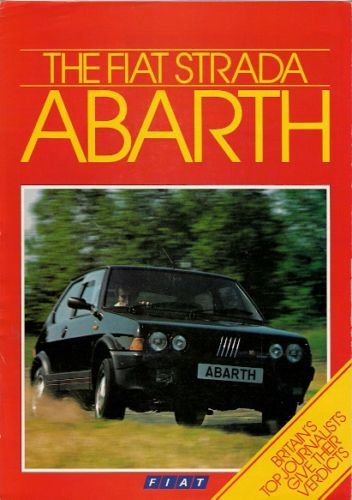
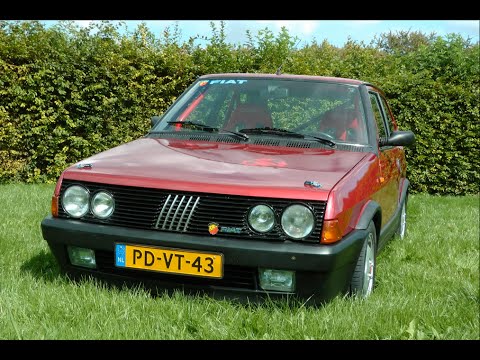
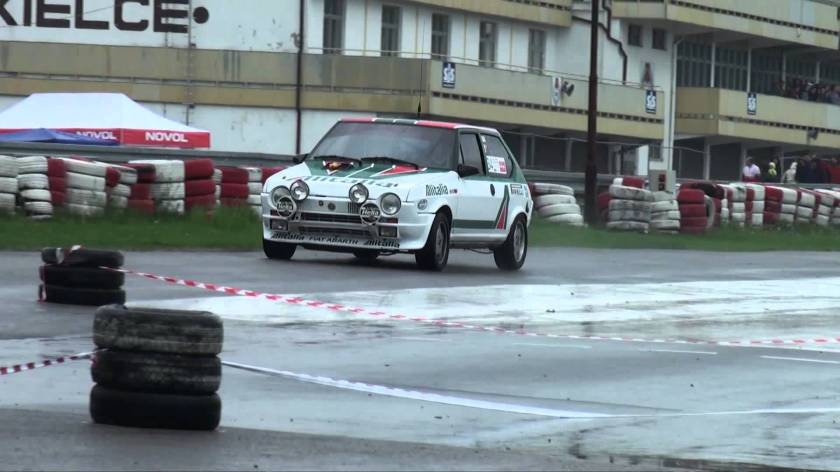
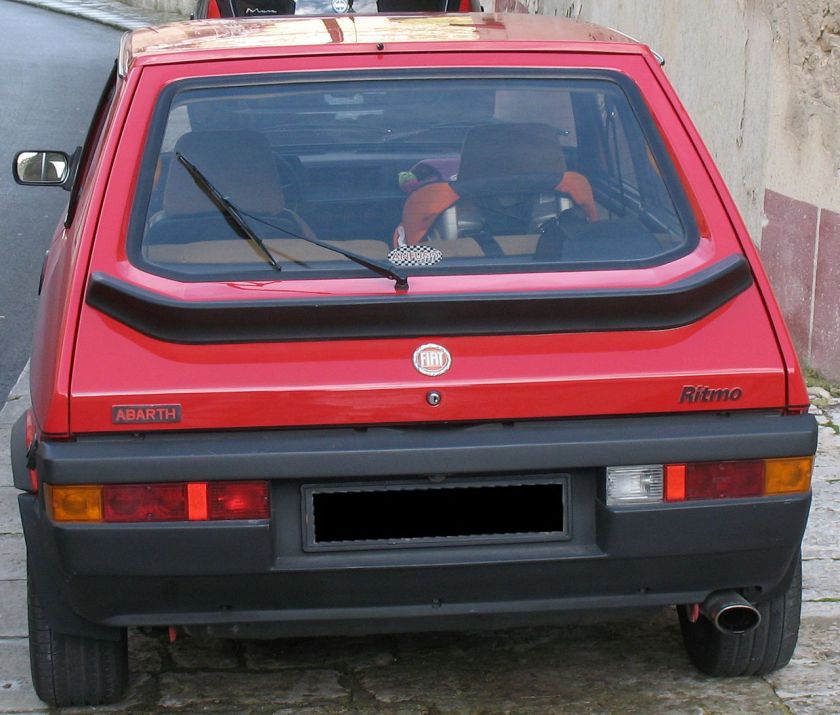 1981-88 Fiat Ritmo 125/130 TC Abarth
1981-88 Fiat Ritmo 125/130 TC Abarth
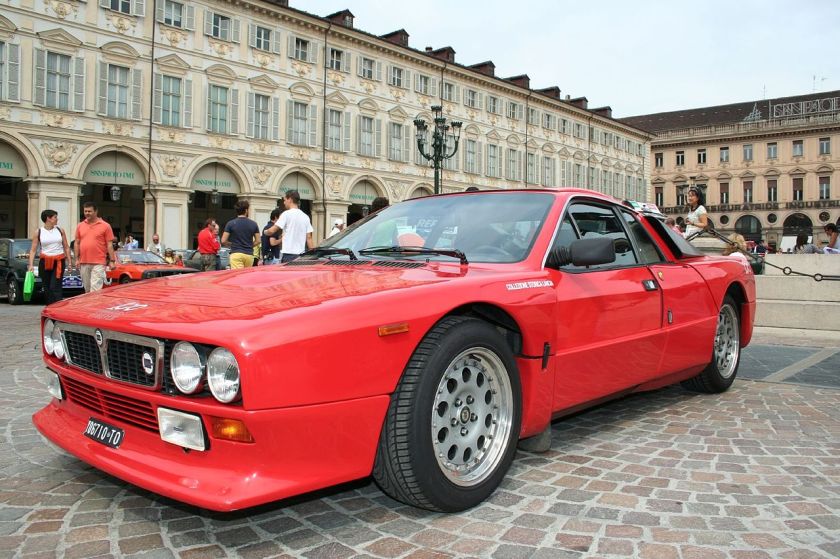

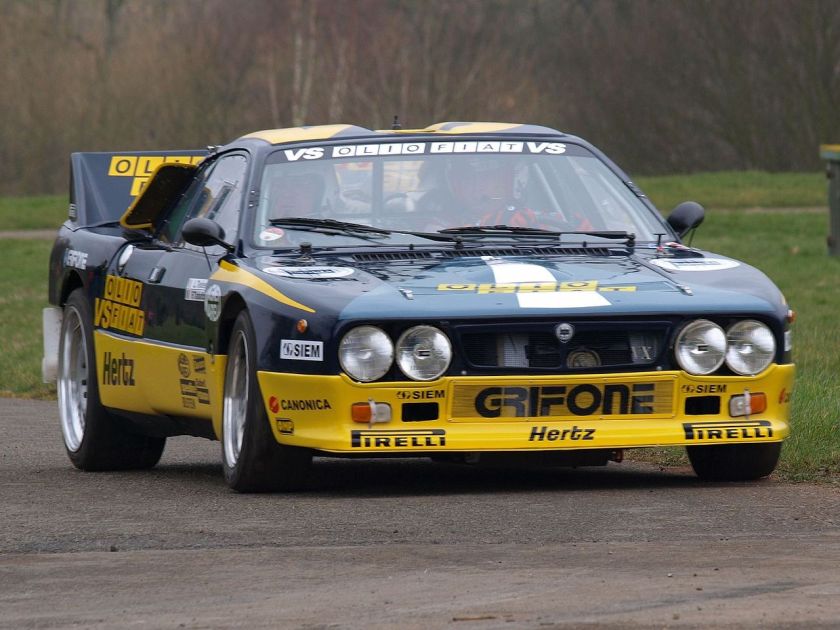
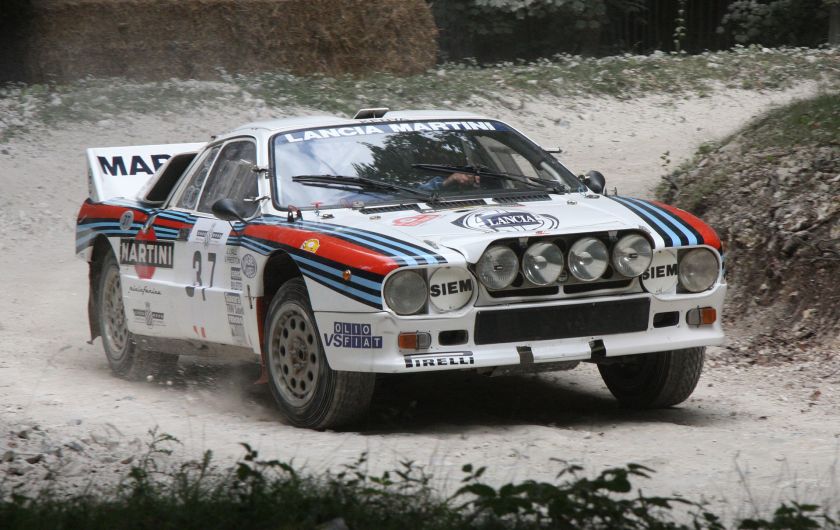 1985 Lancia 037
1985 Lancia 037
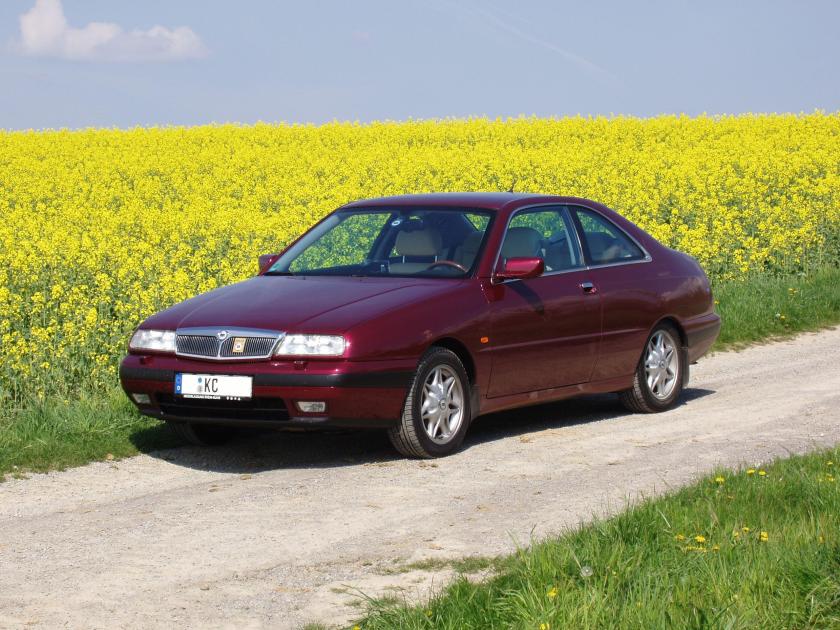
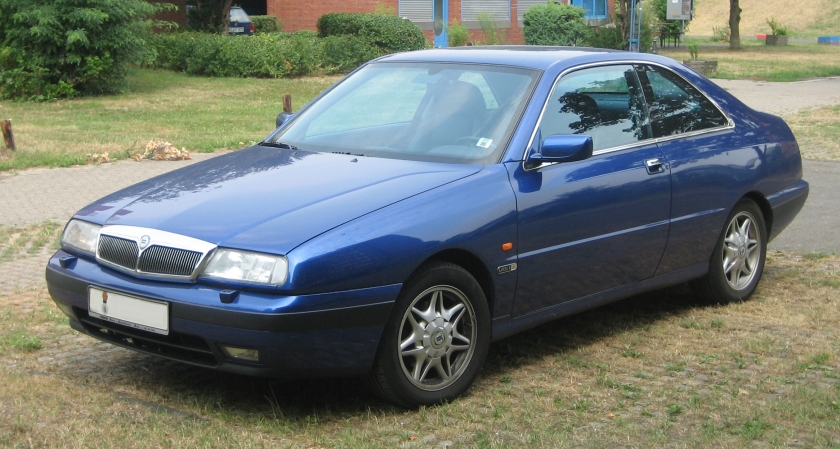
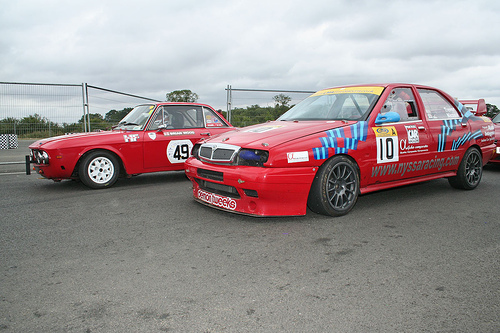
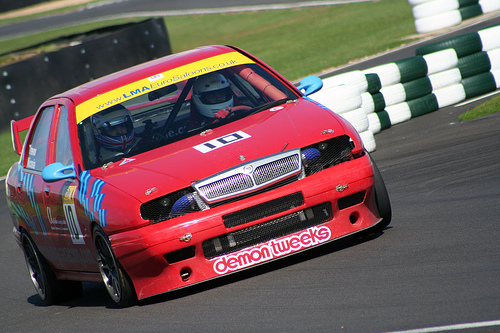 Lancia Abarth Kappa Coupe Turbo
Lancia Abarth Kappa Coupe Turbo
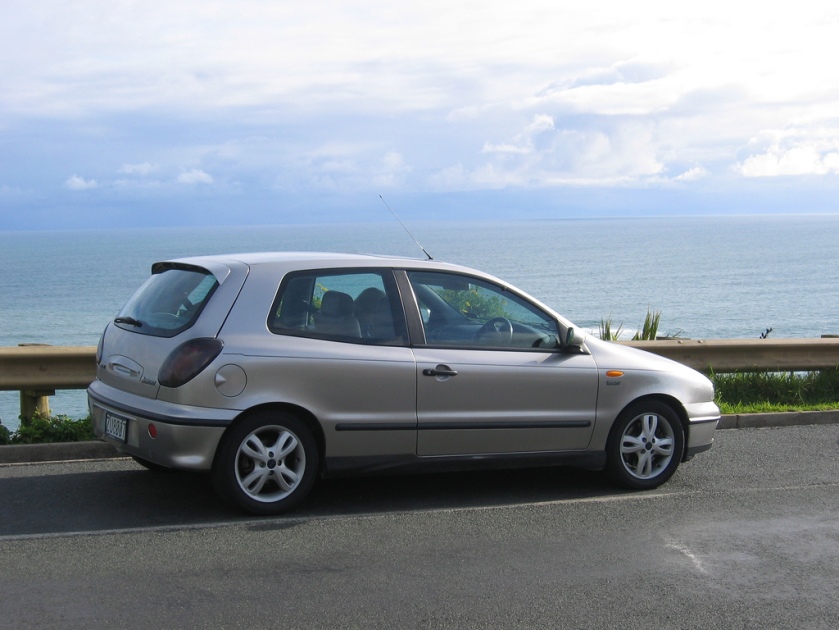
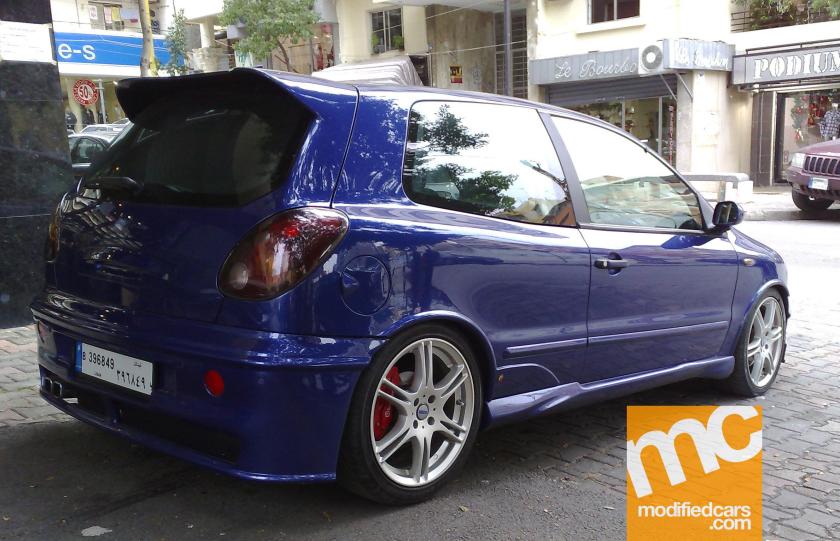
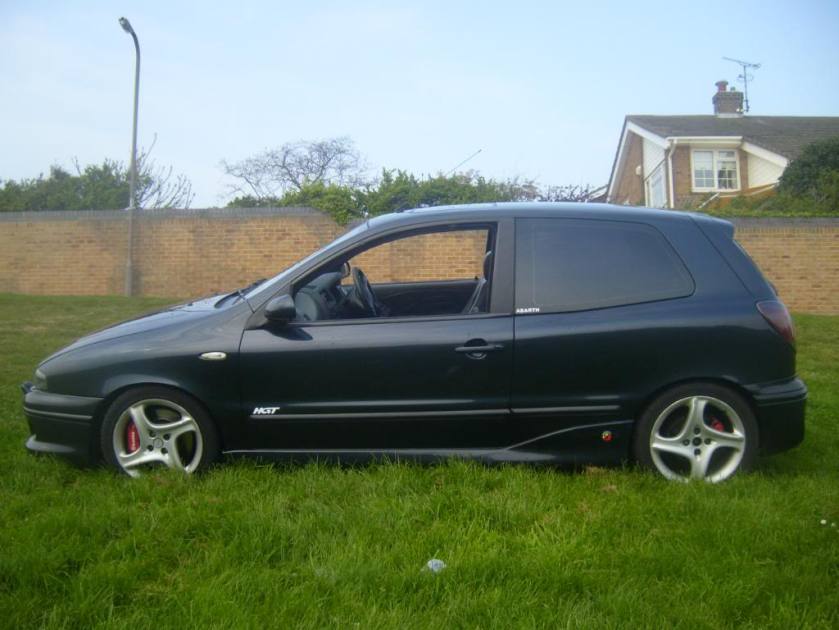
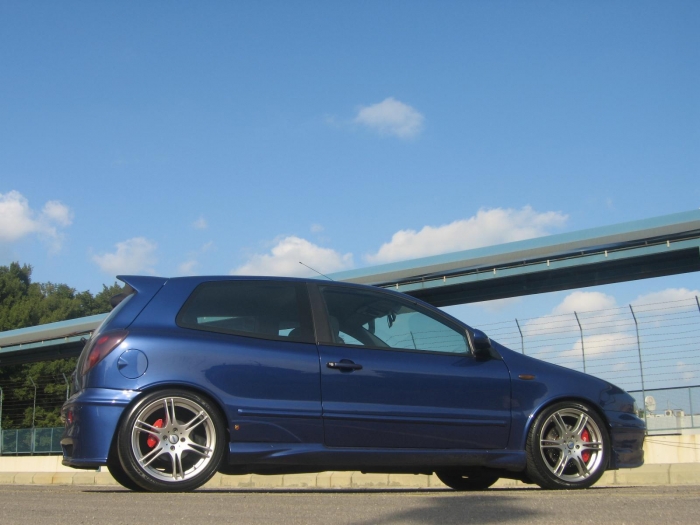
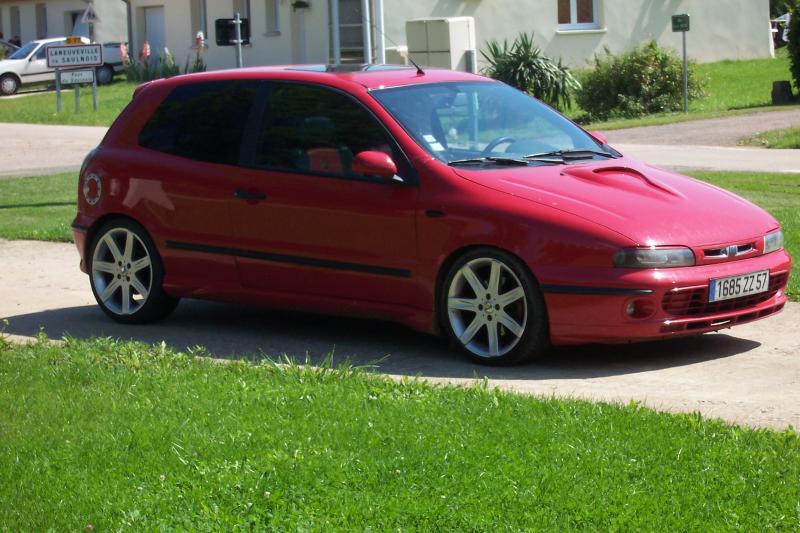 1999-01 Fiat Bravo GT/HGT (Abarth)
1999-01 Fiat Bravo GT/HGT (Abarth)
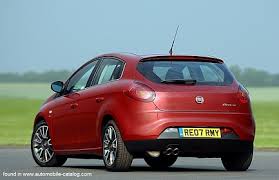
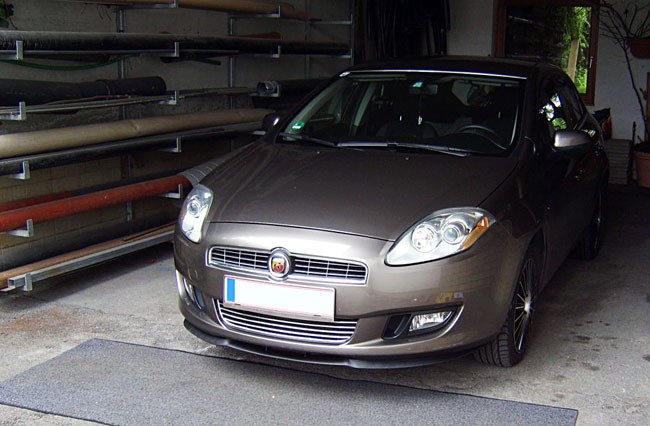
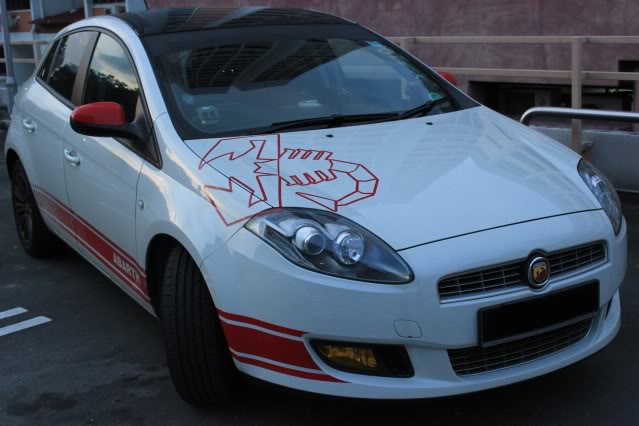
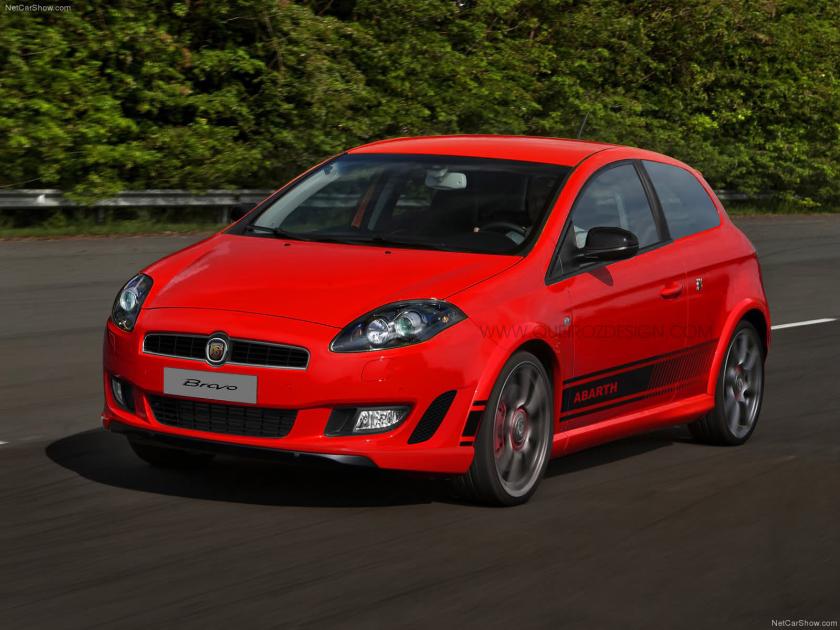
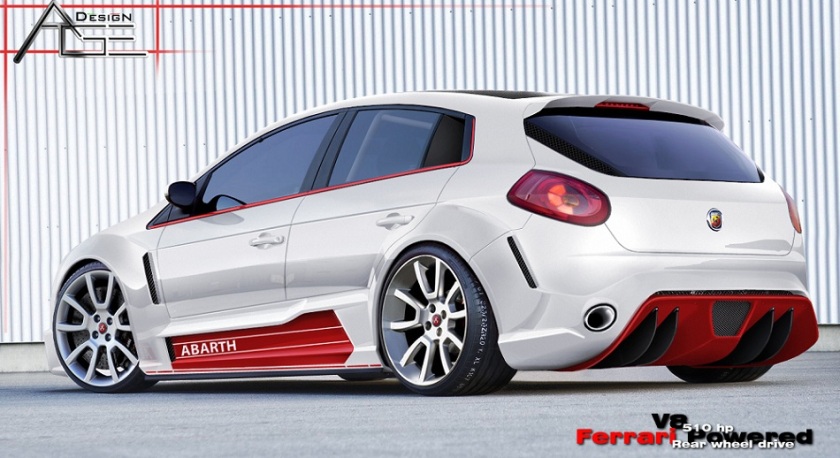
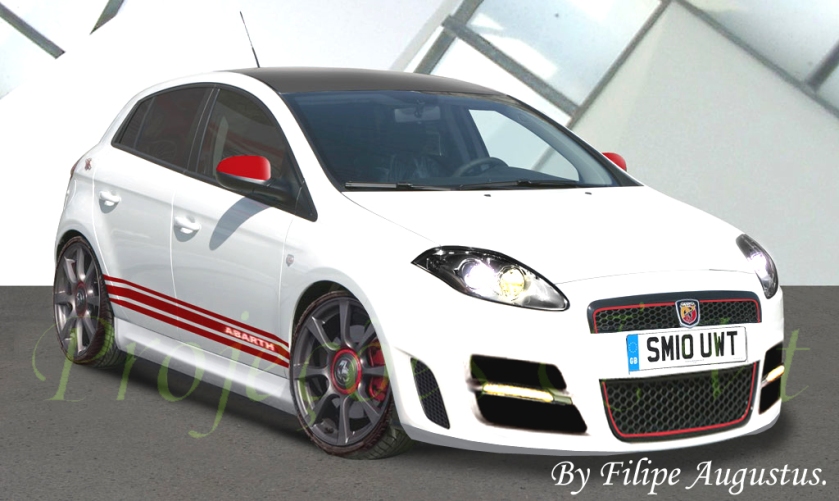 2007 Fiat Bravo Type 198 (Abarth)
2007 Fiat Bravo Type 198 (Abarth)
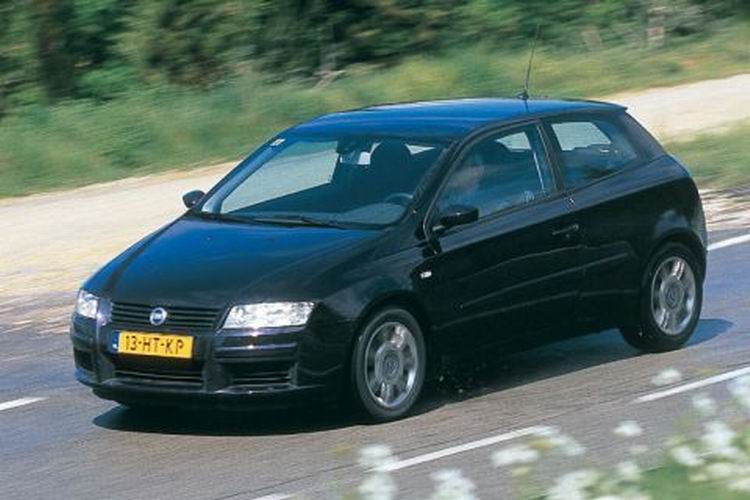
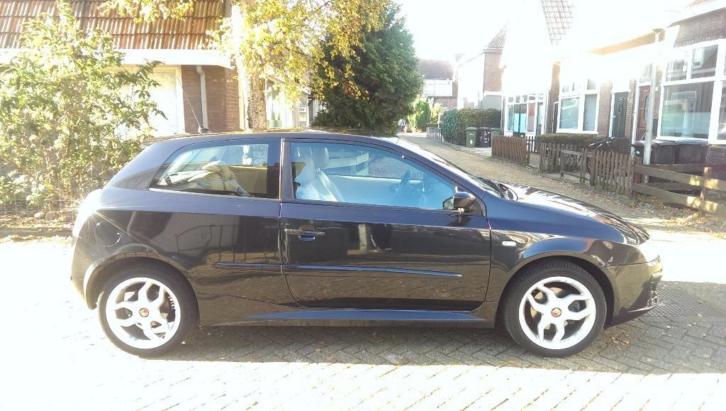
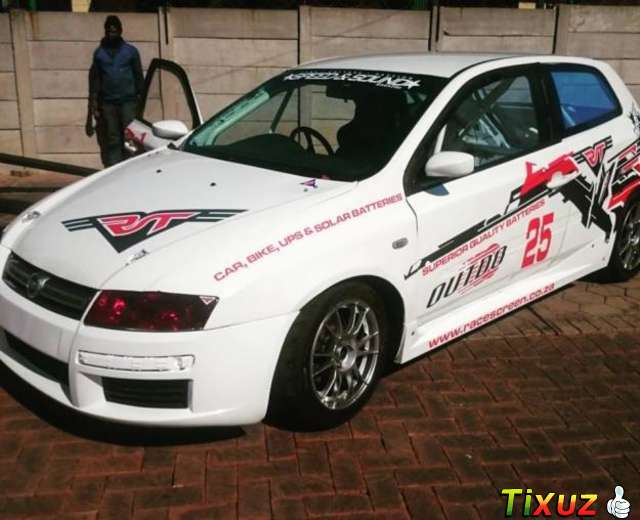
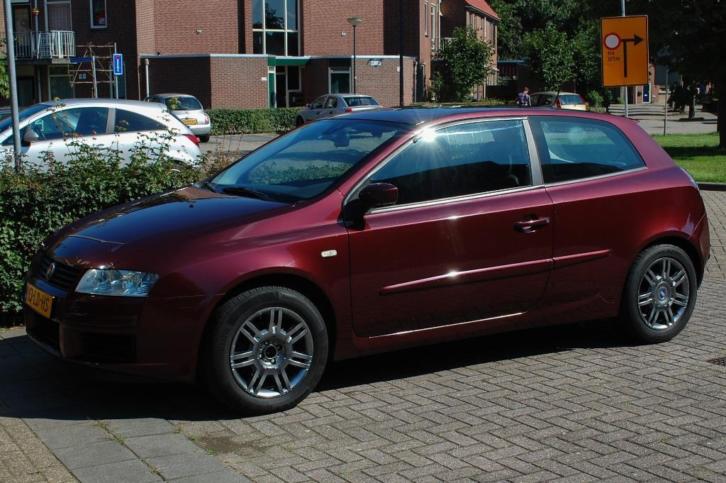
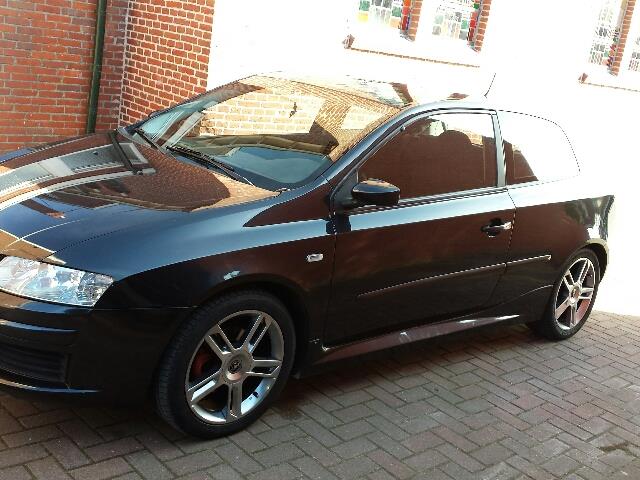
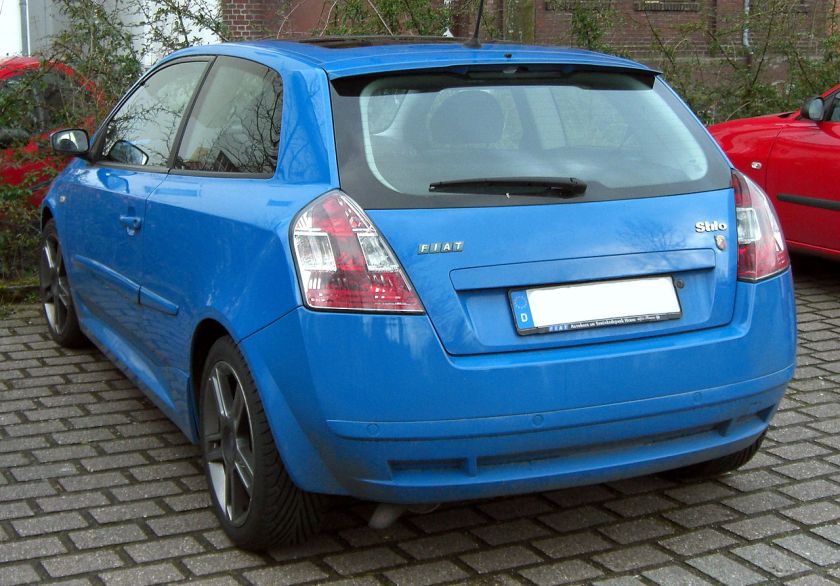
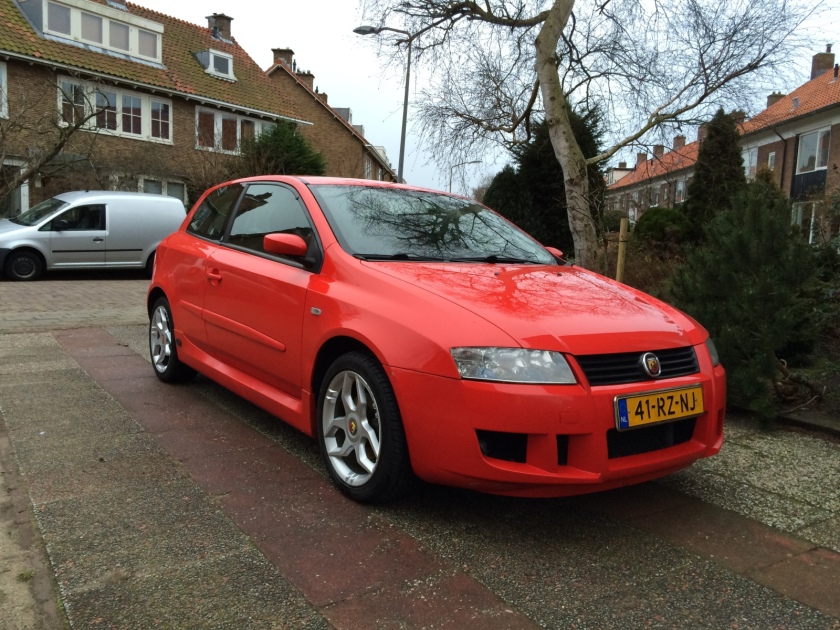 2002-09 Fiat Stilo (Abarth)
2002-09 Fiat Stilo (Abarth)

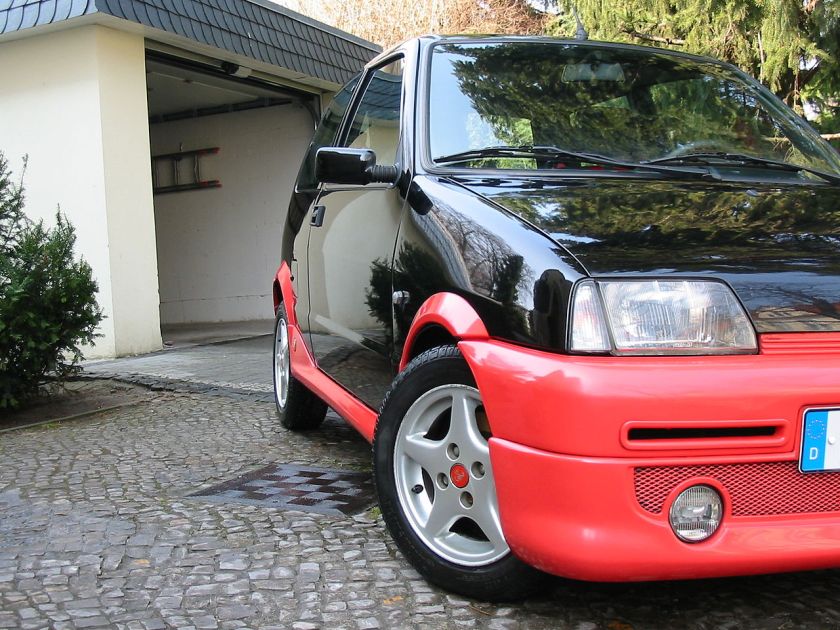
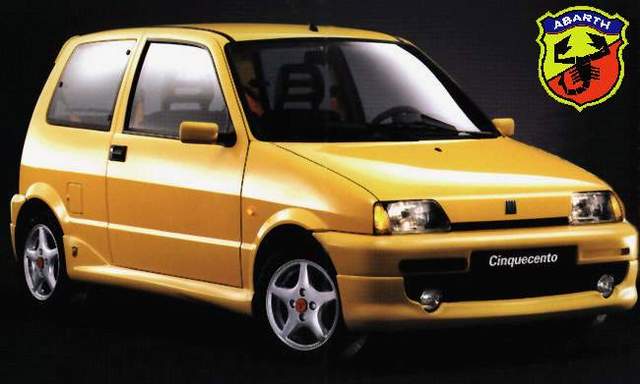
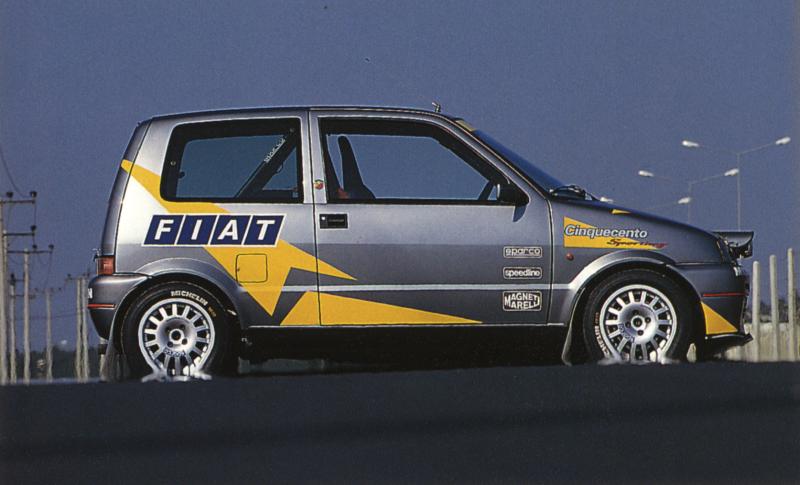
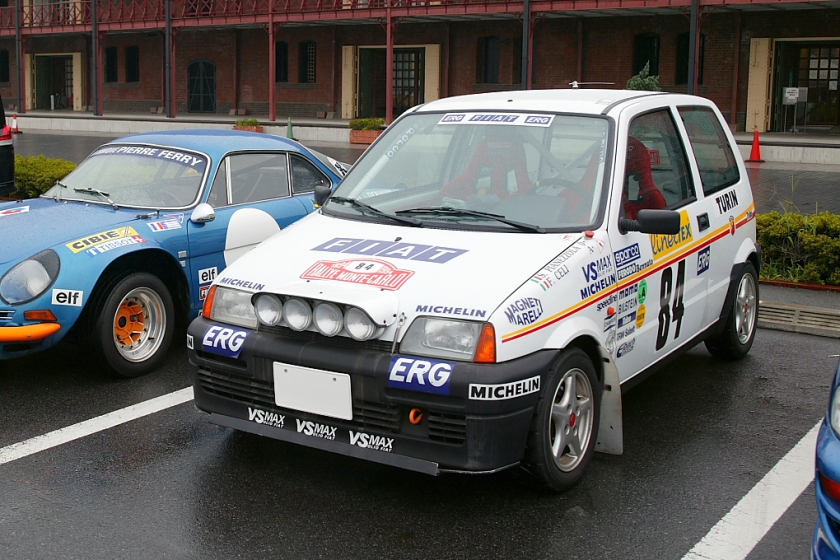 Fiat Cinquecento Sporting (Abarth)
Fiat Cinquecento Sporting (Abarth)
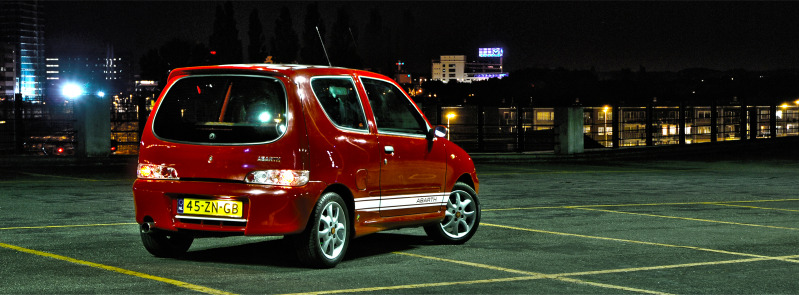
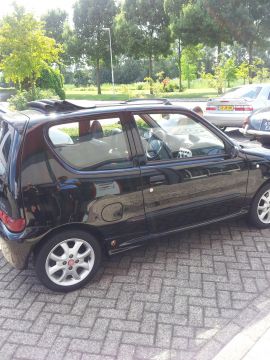
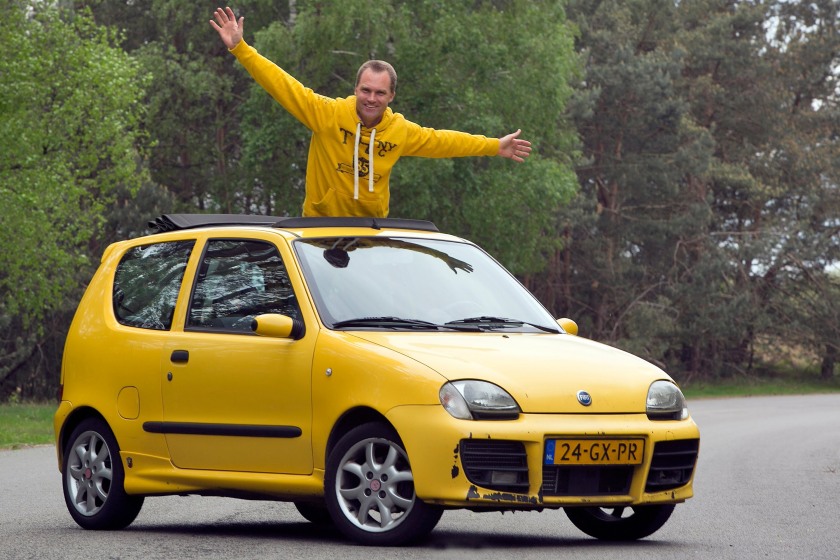
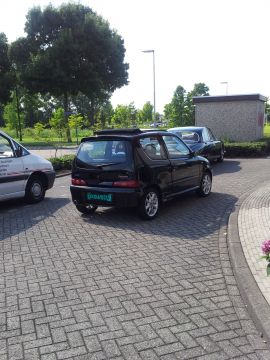
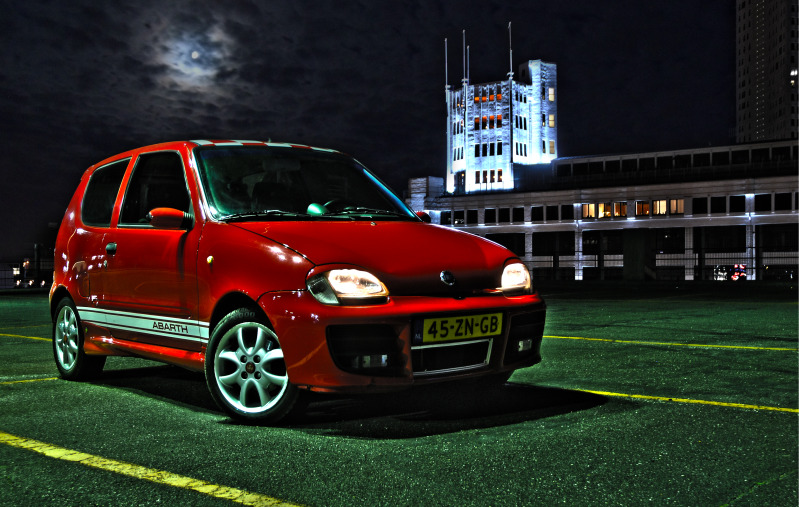
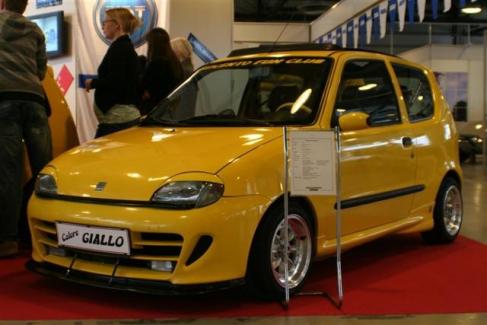
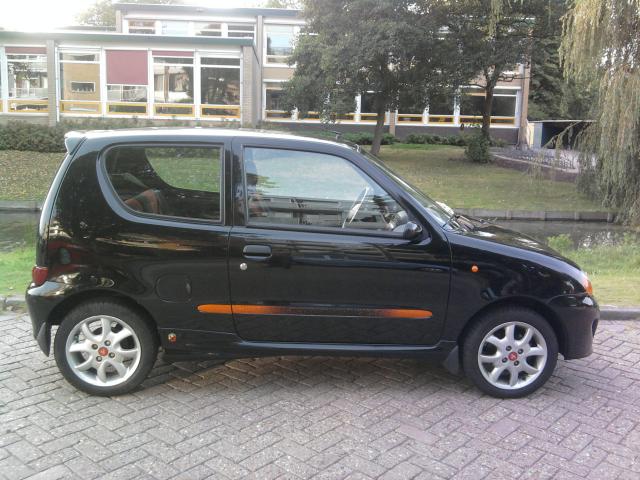
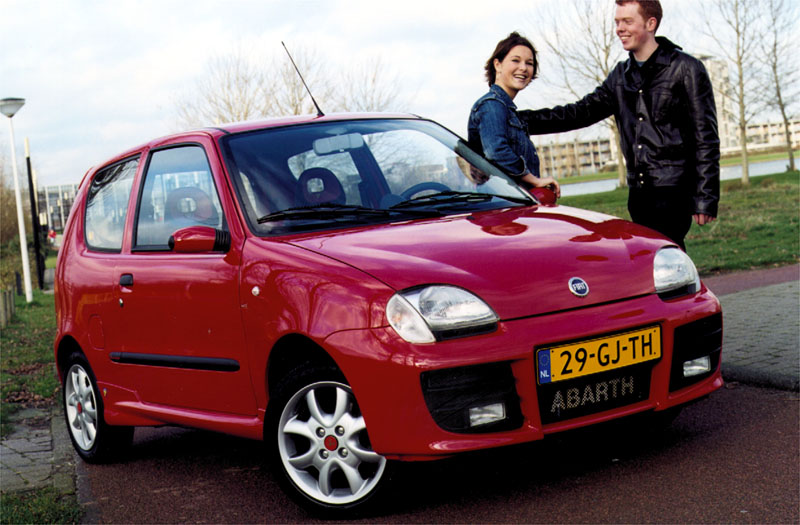
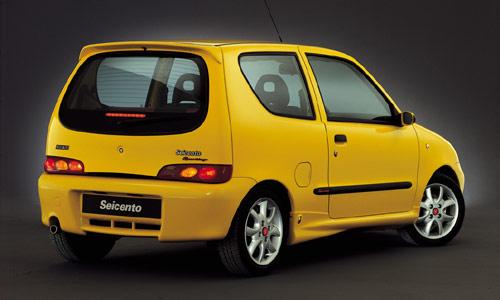 Fiat Seicento Sporting (Abarth)
Fiat Seicento Sporting (Abarth)
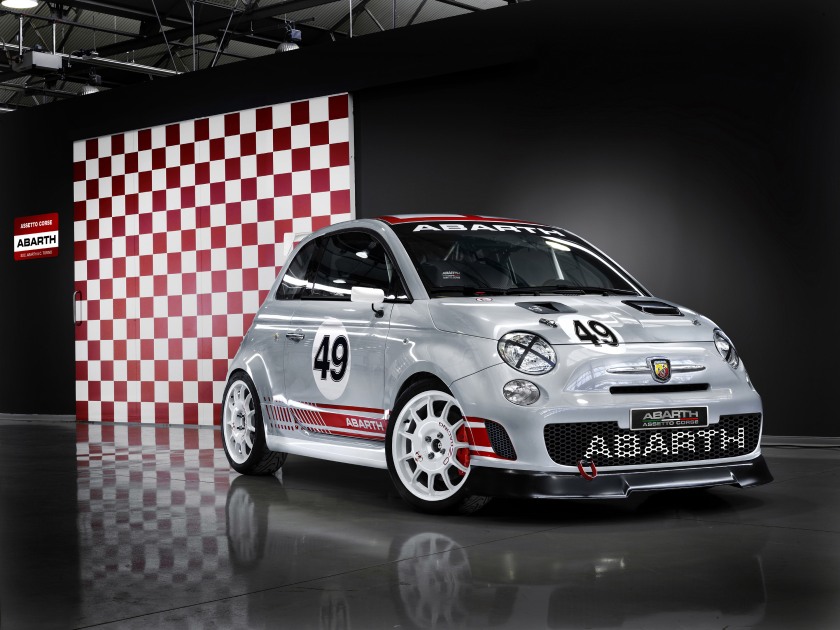
2009 Assetto Corsa Rally
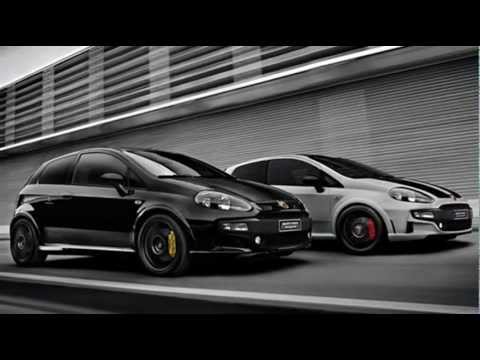
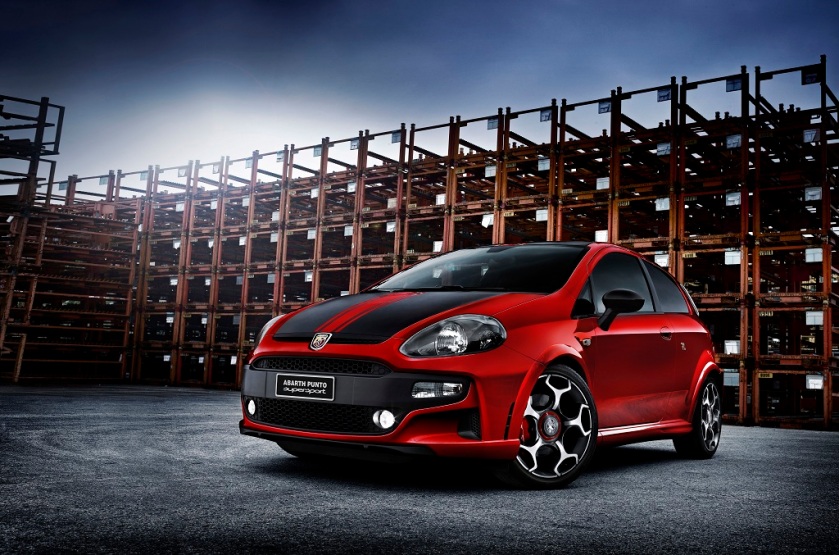
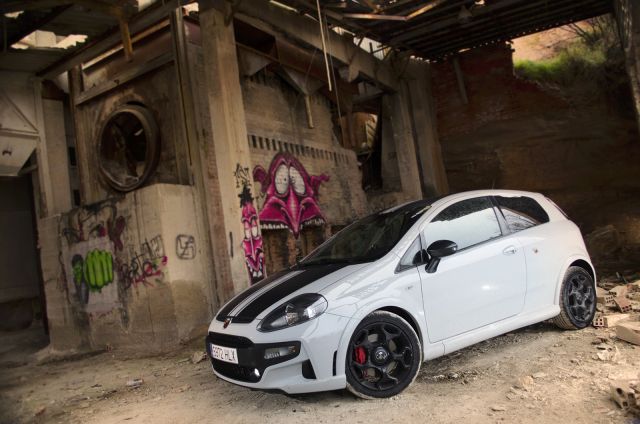
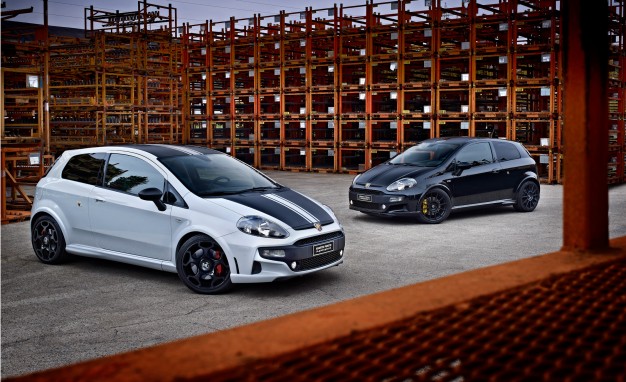 Abarth Punto Supersport (2012–2013)
Abarth Punto Supersport (2012–2013)
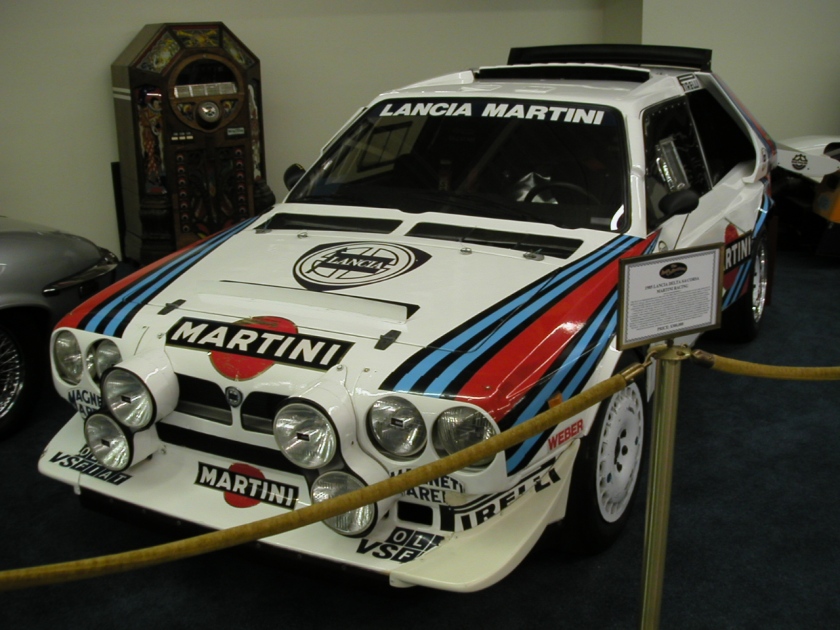
Lancia Delta S4 for Group B – Helped to engineer the engine which utilised a supercharger and turbocharger.
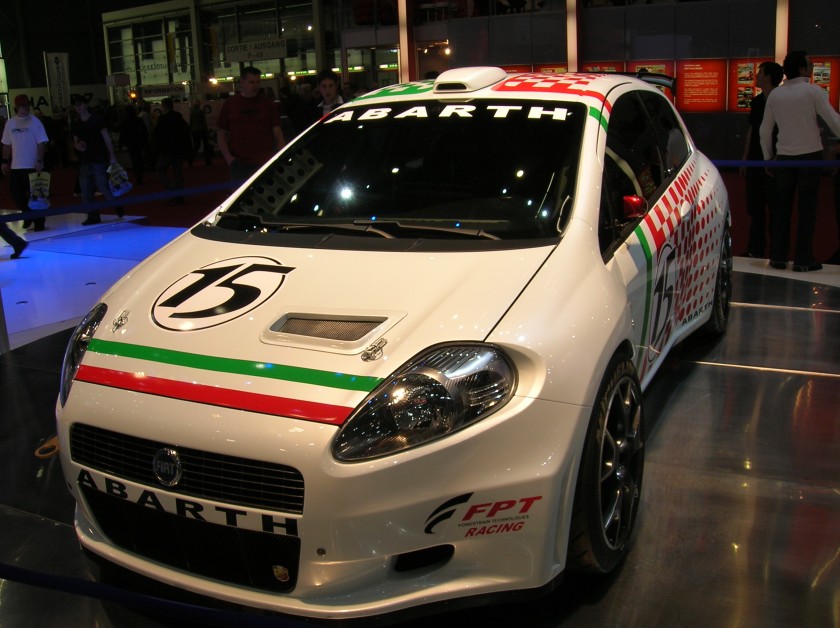
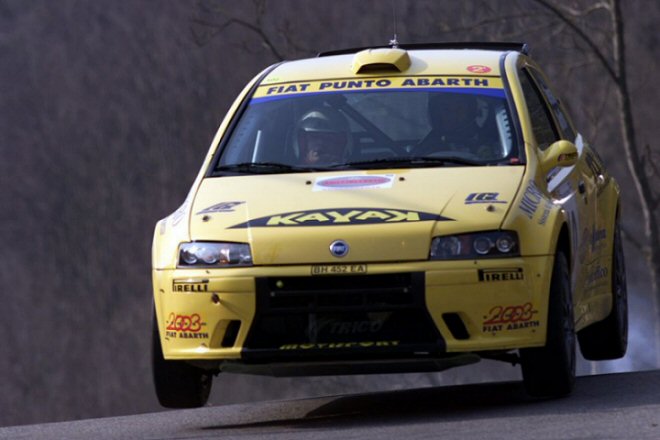 Fiat Punto Abarth (rally version only)
Fiat Punto Abarth (rally version only)
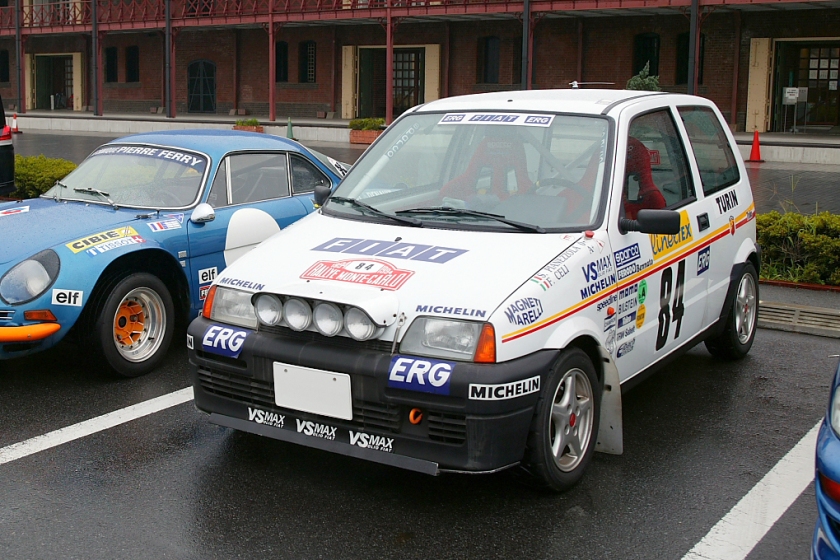 Fiat Cinquecento 900 Trofeo kitcar (teams had to build up their own rallycar from Fiat N Technology derived Abarth racingparts)
Fiat Cinquecento 900 Trofeo kitcar (teams had to build up their own rallycar from Fiat N Technology derived Abarth racingparts)
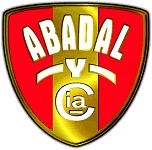
The Imperia-Abadal model was manufactured by Imperia under Abadal license
The Abadal was a Spanish car manufactured between 1912 and 1923, named after Francisco Abadal. Considered a fast luxury car, it was closely patterned on the Hispano Carrocera and offered in two models. One had a 3104 cc four-cylinder engine while the other had a 4521 cc six-cylinder engine.
Soon after the inception of the Abadal line, the Belgian company Impéria began building Abadals under license as Impéria-Abadals. In 1916 Abadal acquired the Buick agency, and Barcelona-built Abadals after that year had Buick power units and featured custom coachwork. These cars were called “Abadal-Buicks”. M. A. Van Roggen (formerly of Springuel) took over the Belgian operation soon after, and built around 170 more Impéria-Abadals. Among the models produced were a 2992cc 16-valve four-cylinder OHC sports model and three prototype 5630 cc straight-eights. The company ceased automobile production in 1923.
Francisco Abadal (nicknamed Paco) was a Hispano-Suiza salesman and racing driver in Barcelona. He began this enterprise in 1912, and upon its cessation became an agent of General Motors in Spain. General Motors’ plans in 1930 related to a prototype named the Abadal Continental never materialised.
Abadal also produced the Abadal Y-12 aero-engine. a multiple bank in-line engine with twelve cylinders in three banks of four arranged in a Y.
1908 Abadal chassis


| Auto Avio Costruzioni 815 | |
|---|---|
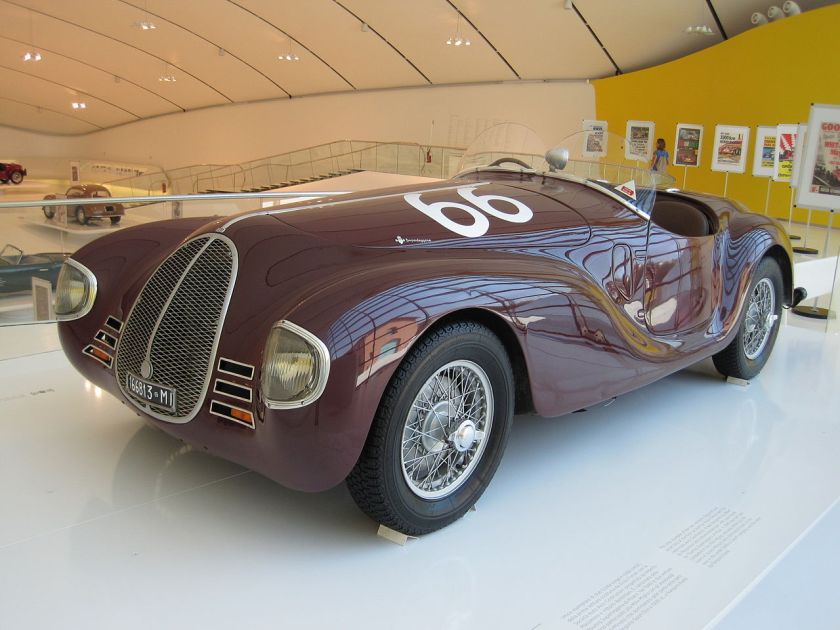
|
|
| Overview | |
| Manufacturer | Auto Avio Costruzioni |
| Production | 1940 2 produced |
| Assembly | Modena, Italy |
| Body and chassis | |
| Class | Sports car |
| Body style | 2-seat barchetta |
| Powertrain | |
| Engine | 1.5 L (1496 cc) SOHC I8 |
| Dimensions | |
| Wheelbase | 2,420 mm (95.3 in) |
| Curb weight | 625 kg (1,378 lb) |
| Chronology | |
| Successor | Ferrari 125 S |
The Auto Avio Costruzioni 815 was the first car to be fully designed and built by Enzo Ferrari. Legal issues with former associates Alfa Romeo prevented Ferrari from creating the Ferrari marque. The 815 raced at the 1940 Brescia Grand Prix, where both entries failed to finish due to engine problems. One of the cars was later scrapped, while the other is currently in a car collection in Italy.
In 1938, Ferrari left Alfa Romeo after running Scuderia Ferrari as their racing division. The agreement ending their association forbade Ferrari from restarting Scuderia Ferrari within the next four years. Ferrari then founded Auto Avio Costruzioni (AAC) in Modena to manufacture aircraft parts for the Italian government
In December 1939, AAC was commissioned by Lotario, Marquis di Modena, to build and prepare two racing cars for him and Alberto Ascari to drive in the 1940 Brescia Grand Prix. The race, a successor to the Mille Miglia, was to be run in April 1940. The resulting car was named the AAC Tipo 815.
The 815 was designed and developed by ex-Alfa Romeo engineers Alberto Massimino and Vittorio Bellentani and by Enrico Nardi. The designation “815” was based on the car’s eight-cylinder, 1.5 L engine. This engine was largely based on the four-cylinder, 1.1 L engine of the 508 C Balilla 1100. In concept, it was two 508C engines placed end to end, but it used a specially designed aluminium block built by Fonderia Calzoni in Bologna for integrity and light weight and a five-bearing crankshaft and a camshaft designed and built by AAC to get the traditional straight-8 timing and balance. The engine used Fiat valve gear, cylinder heads (two 508C heads per engine), and connecting rods. The engine was high-tech for the time, with a single overhead camshaft, two valves per cylinder, and a semi-dry sump lubrication system. Four Weber 30DR2 carburettors were specified for a total output of 75 hp (56 kW) at 5500 rpm.
The 815 used a Fiat four-speed transmission with the Fiat gears replaced by gears made in-house by AAC. The transmission was integral to the engine block. The car had independent Dubonnet suspension with integral shock absorber at front, with a live axle on semi-elliptic leaf springs and hydraulic shock absorbers at the rear.
The bodywork was done by Carrozzeria Touring using Itallumag 35, an aluminium/magnesium alloy, and was done in long, flowing forms with integrated wings.[3] The bodywork weighed 119 lb (54 kg). The complete car weighed 625 kg (1,378 lb) and attained a maximum speed close to 170 km/h (110 mph).
Two 815s, numbers 020 and 021, were completed and entered in the 1940 Brescia Grand Prix, which ran nine laps of a 103 miles (166 km) street circuit. Rangoni and Nardi raced in 020, while Ascari and Giuseppe Minozzi raced in 021. After leading the 1500 cc class in the first lap, Ascari’s car developed valve problems and broke down. Rangoni then took the lead, set the lap record for the class, and had a lead of more than half an hour when his engine failed after seven laps.
Lotario Rangoni died during the Second World War and his brother, Rolando, inherited car no. 020. The car was scrapped in 1958.
Ascari’s car, no. 021, was sold to racer Enrico Beltracchini who raced it in 1947. After selling the car to a museum and then buying it back, Beltracchini sold it again to Mario Righini. As at 2006, Type 815 no. 021 was still in Righini’s collection.
Auto Avio Costruzioni 815
AAC tipo 815 at the Panzano Castle 2009
Fiat-based engine in the AAC tipo 815.
https://www.classicdriver.com/en/article/cars/auto-avio-costruzioni-815-secret-first-ferrari
http://www.topspeed.com/cars/ferrari/1940-ferrari-auto-avio-costruzioni-815-ar78772.html
|
|
|---|
A barchetta (Italian pronunciation: [barˈketta], “little boat” in Italian) was originally an Italian style of open 2-seater sports car which was built for racing. Weight and wind resistance were kept to a minimum, and any unnecessary equipment or decoration were sacrificed in order to maximize performance.
Although most barchettas were made from the late 1940s through the 1950s, the style has occasionally been revived by small-volume manufacturers and specialist builders in recent years.
Typically handmade in aluminium on a tubular frame, the classic barchetta body is devoid of bumpers or any weather equipment such as a canvas top or sidescreens, and has no provision for luggage. Some barchettas have no windscreen; others, a shallow racing-type screen or aero screen(s).
The classic barchetta either had no doors, in which case entry and exit entailed stepping over the side of the car, or very small doors without exterior handles.
Giovanni Canestrini, when editor of La Gazzetta dello Sport, a popular Italian sporting newspaper, was the first to use the term “barchetta” on a car, using it to describe the new Ferrari 166MM displayed at the 1948 Turin Auto Show. The name has been associated with the model ever since.
The MM in the car’s designation stood for Mille Miglia, the race it won in 1948 and 1949. In 1949 the 166MM barchetta also won the 24 Hours of Le Mans (driven by Luigi Chinetti and Lord Selsdon) and the Targa Florio (with Clemente Biondetti and Igor Troubetzkoy), the only car ever to win all three races in the same year. It also won the 1949 Spa 24 Hours. The car’s unadorned, lightweight aluminium body was designed by Carrozzeria Touring’s head of design, Carlo Felice Bianchi Anderloni.
Motor Trend Classic rated the 166MM barchetta sixth out of the ten “greatest Ferraris of all time”.
The OSCA MT4, a 1452 cc, 130 bhp (97 kW) barchetta made by the Maserati brothers, was for eight years the most successful under-1500 cc sports racing car in the world.
Other, even more diminutive OSCA barchettas were powered by engines of 750 cc and 850 cc.
Giovanni Moretti, another designer and manufacturer, also made several small barchettas in the 1950s.
The 1966 Abarth 1000SP barchetta was a successful race car, and in 2007 the car design firm Carrozzeria Bertone celebrated its 95th anniversary with the Fiat Panda-based Fiat Barchetta Bertone, an “open-topped strictly two-seater sports car that calls to mind the Italian racing cars of the 1950s. In this case, the design explicitly cites the Fiat 500 with the barchetta bodywork created by the young Nuccio Bertone in 1947 as a one-off for his personal use in races […and] projects the concept of the barchetta, a historic icon in the legend of Italian motorsports, into the future with purposeful elegance and sophisticated irony.”
Ferrari revived the name in 2001 for their 550 Pininfarina Barchetta, which marked Pininfarina’s 70th anniversary. The car was first shown at the 2001 Salon de l’Automobile and 448 examples were built. It is “[i]n many ways…the legitimate successor to such legendary open Ferraris as the 166MM…” Designed as a roadster for use on public roads and not as a full-bred racing car, the 550 Barchetta has a rudimentary convertible top “whose mechanism is said to require strength, skill, and patience.” The top is intended only for emergency use in a sudden downpour and the manufacturer advises against using it at speeds above 70 miles per hour (110 km/h). The top “doesn’t look as if it would survive the sacrilege of an automatic carwash.” The list price of the 550 Barchetta was $245,000.
The 1995-97 Renault Spider, although mid-engined, was designed very much in the barchetta style, and also in the barchetta tradition, as it was intended for racing. Renault sponsored a one-make race series for it. Although the Spider is road-legal it has no weather protection, and drivers of first-series Spiders usually wear a helmet on the road as these early models were sold without the windscreen that came with the later models.
Despite its name, the 1995-2005 Fiat Barchetta was not a sports car in the barchetta style or tradition.
1947 A.L.C.A. Volpe
http://myntransportblog.com/2015/01/17/alca-volpe-aero-caproni-trento-milan-italy/
1947 A.L.C.A. Volpe Aero Caproni, Trento ITALY 125 cc
ALCA means:
Introduced in Italy as an even *smaller* alternative to the Fiat 500, the Volpe (fox) was met with much enthusiasm by the Italian Press.
Pre-production models had engines installed but apparently these were for display purposes only. Problems with suppliers caused problems with customers.
Despite many pre-orders and pre-payments no completed Volpes were apparently delivered.
The car was also pre-sold and marketed in Spain as the Hispano-Volpe.
Reports of an actual running Volpe being delivered to the USA in 1951 were probably the result of someone obtaining an incomplete model of the car and fitting their own motor to it. Also- a surprisingly identical car emerged briefly in 1951 called the Parvus Fox. Coincidence?
While expected to have a 125cc motor, none were probably installed and this car stays true to theVolpe as it was manufactured: It also has No Motor.
Manufacturer: Aero Caproni, Trento ITALY
| Model: Volpe | Motor: none! | Body : Steel |
| Years Built: 1947 | No. Cylinders: n/a | Chassis: Steel Tube |
| No. Produced: ~10 maybe | Displacement: 125 cc (alledged) | Suspension Front: Leaf Spring |
| No. Surviving: ~1 or 2 | Horsepower: 9 (alledged) | Suspension Rear: Leaf Spring |
| Length: 2500 mm | Gearbox: n/a | Steering: Worm gear |
| Width: 1220 mm | Starter: n/a | Brakes: Cable |
| Weight: 15 kg | Electrics: n/a | 4 Wheels: 4.00 x 8″ |
| Interior: Bench | Ignition: n/a | Top Speed: 60 km/h (claimed) |

| Sunbeam Alpine | |
|---|---|
| Overview | |
| Manufacturer | Sunbeam (Rootes Group) |
| Production | 1953–75 |
| Assembly | Ryton-on-Dunsmore, Warwickshire, England |
| Body and chassis | |
| Body style | Sports car |
| Layout | FR layout |
The Sunbeam Alpine is a sporty two-seat open car produced by Sunbeam from 1953 to 1955, and then 1959 to 1968. The name was then used on a two-door fastback from 1969 to 1975. The original Alpine was launched in 1953 as the first vehicle from Sunbeam-Talbot to bear the Sunbeam name alone since the 1935 takeover of Sunbeam and Talbot by the Rootes Group.
| Sunbeam Alpine Mark I & III | |
|---|---|
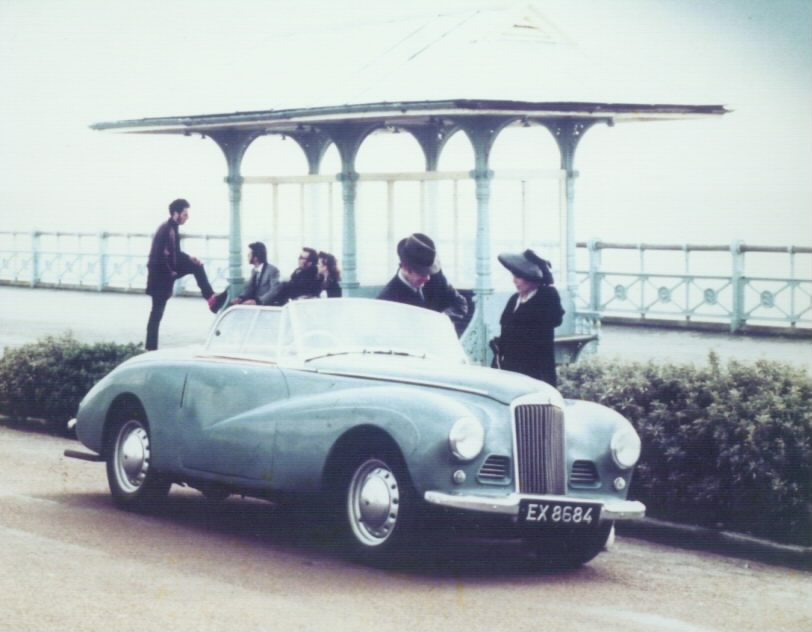 |
|
| Overview | |
| Production | 1953–55 1.582 made |
| Assembly | United Kingdom Australia |
| Body and chassis | |
| Body style | 2-door roadster |
| Related | Sunbeam-Talbot 90 |
| Powertrain | |
| Engine | 2267 cc (2.3L) I4 |
| Dimensions | |
| Wheelbase | 97.5 in (2,476 mm) |
| Length | 168.5 in (4,280 mm) |
| Width | 62.5 in (1,588 mm) |
| Chronology | |
| Successor | Series Alpine |
The Alpine was derived from the Sunbeam-Talbot 90 Saloon,
and has become colloquially known as the “Talbot” Alpine. It was a two-seater sports roadster initially developed by Sunbeam-Talbot dealer George Hartwell in Bournemouth, as a one-off rally car. It had its beginnings as a 1952 Sunbeam-Talbot drophead coupé, and was supposedly named by Norman Garrad of the works Competition Department, who was heavily involved in Sunbeam-Talbot’s successes in the Alpine Rally during the early 1950s using the saloon models.
The car has a four-cylinder 2267 cc engine from the saloon, but with a raised compression ratio. However, since it was developed from the saloon platform, it suffered from rigidity compromises despite extra side members in the chassis. The gearbox ratios were changed, and from 1954 an overdrive unit became standard. The gearchange lever was column-mounted.
The Alpine Mark I and Mark III (no Mark II was made) were hand-built – as was the 90 drophead coupé – at Thrupp & Maberly coachbuilders from 1953 to 1955, and remained in production for only two years. Of the 1582 automobiles produced, 961 were exported to the USA and Canada, 445 stayed in the UK, and 175 went to other world markets. It has been estimated that perhaps as few as 200 have survived.
1954 Sunbeam Alpine Mk1 Two seater
The Sunbeam Alpine Mk 1 Special: It was based on the 2267cc Mk 1 Sunbeam Talbot motor, with alloy rocker cover and Siamese exhaust ports [ cylinders 2 and 3 ]. These motors developed a reputed, 97.5 bhp at 4,500 rpm, mainly by raising the compression ratio to 8.0:1 and incorporating a special induction manifold with a twin choke Solex 40 P.I.I carburettor .
Sunbeam Alpine Team Cars : MKV 21 – 26: The motors were configured the same as the Sunbeam Alpine Mk I Special, with further tuning by ERA to raise power to over 100 bhp.
In the 1953 Alpine Rally four Alpines won the Coupe des Alpes, one of which, finishing 6th, was driven by Stirling Moss; Sheila van Damm won the Coupe Des Dames in the same rally.
Very few of these cars are ever seen on the big screen. However, a sapphire blue Alpine featured prominently in the 1955 Alfred Hitchcock film To Catch a Thief starring Cary Grant and Grace Kelly. More recently, the American PBS show History Detectives tried to verify that an Alpine roadster owned by a private individual was the actual car used in that movie. Although the Technicolor process could “hide” the car’s true colour, and knowing that the car was shipped back from Monaco to the USA for use in front of a rear projection effect, the car shown on the programme was ultimately proven not to be the film car upon comparison of the vehicle identification numbers.
| Sunbeam Alpine Series I to V | |
|---|---|
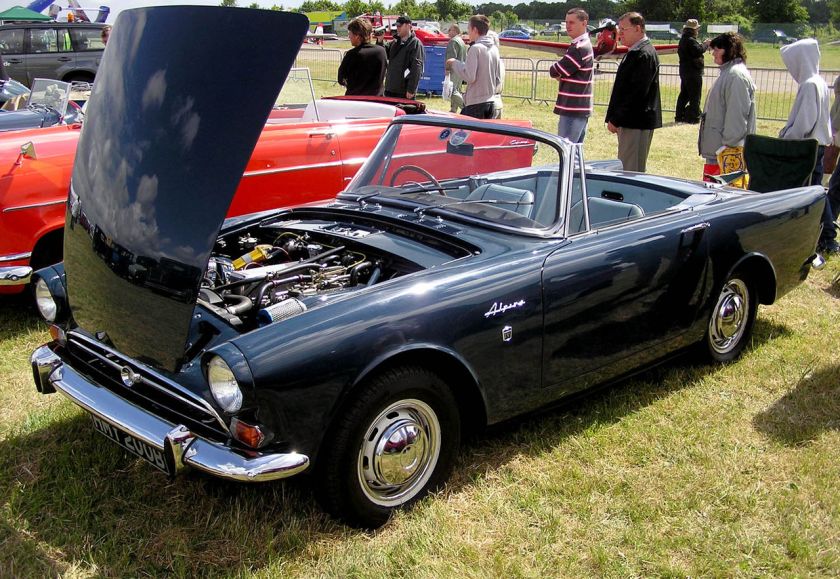 |
|
| Overview | |
| Production | 1959–68 69,251 made |
| Body and chassis | |
| Body style | 2-door roadster |
| Related | Sunbeam Tiger |
| Powertrain | |
| Engine | Series I: 91.2 cu in (1.5 L) I4 Series II, III & IV—1592 cc (1.6L) I4 Series V—1725 cc (1.7L) I4 |
| Dimensions | |
| Wheelbase | 86 in (2,184 mm) |
| Length | 155 in (3,937 mm) |
| Width | 61 in (1,549 mm) |
| Height | 51 in (1,295 mm) |
| Chronology | |
| Successor | none |
Kenneth Howes and Jeff Crompton were tasked with doing a complete redesign in 1956, with the goal of producing a dedicated sports car aimed principally at the US market. Ken Howes contributed some 80 per cent of the overall design work, which bears more than incidental resemblance to the early Ford Thunderbird; Howe had worked at Ford before joining Rootes.
The Alpine was produced in four subsequent revisions until 1968. Total production numbered around 70,000. Production stopped shortly after the Chrysler takeover of the Rootes Group.
The “Series” Alpine started production in 1959. One of the original prototypes still survives and was raced by British Touring car champion Bernard Unett.
The car made extensive use of components from other Rootes Group vehicles and was built on a modified floorpan from the Hillman Husky estate car. The running gear came mainly from the Sunbeam Rapier, but with front disc brakes replacing the saloon car’s drums. An overdrive unit and wire wheels were optional. The suspension was independent at the front using coil springs and at the rear had a live axle and semi-elliptic springing. The Girling-manufactured brakes used 9.5 in (241 mm) discs at the front and 9 in (229 mm)drums at the rear.
Coupe versions of the post-1959 version were built by Thomas Harrington Ltd. Until 1962 the car was assembled for Rootes by Armstrong Siddeley.
An open car with overdrive was tested by the British magazine The Motor in 1959. It had a top speed of 99.5 mph (160.1 km/h) and could accelerate from 0–60 mph (97 km/h) in 13.6 seconds. A fuel consumption of 31.4 miles per imperial gallon (9.0 L/100 km; 26.1 mpg-US) was recorded. The test car cost £1031 including taxes.
11,904 examples of the series I were produced.
In 1960 Sunbeam marketed a limited-production three-door variant of the Alpine, marketed as a shooting brake. With leather interior and walnut trim, its price was double that of its open counterpart.
The Series I featured a 1494 cc engine and was styled by the Loewy Studios for the Rootes Group. It had dual downdraft carburetors, a soft top that could be hidden by special integral covers and the first available roll-up side windows offered in a British sports car of that time.
The Series II of 1962 featured an enlarged 1592 cc engine producing 80 bhp and revised rear suspension, but there were few other changes. When it was replaced in 1963, 19,956 had been made.
A Series II with hardtop and overdrive was tested by The Motor magazine in 1960, which recorded a top speed of 98.6 mph (158.7 km/h), acceleration from 0–60 mph (97 km/h) in 13.6 seconds and a fuel consumption of 31.0 miles per imperial gallon (9.1 L/100 km; 25.8 mpg-US). The test car cost £1,110 including taxes.
The Series III was produced in open and removable hardtop versions. On the hardtop version the top could be removed but no soft-top was provided as the area it would have been folded into was occupied by a small rear seat; also the 1592 cc engine was less powerful. To provide more room in the boot, twin fuel tanks in the rear wings were fitted. Quarter light were fitted to the windows. Between 1963 and 1964, 5863 were made.[9]
There was no longer a lower-output engine option; the convertible and hardtop versions shared the same 82 bhp engine with single Solex carburettor. A new rear styling was introduced with the fins largely removed. Automatic transmission with floor-mounted control became an option, but was unpopular. From autumn 1964 a new manual gearbox with synchromesh on first gear was adopted in line with its use in other Rootes cars. A total of 12,406 were made.
The final version had a new five-bearing 1725 cc engine with twin Zenith-Stromberg semi-downdraught carburettors producing 93 bhp. There was no longer an automatic transmission option. 19,122 were made. In some export markets, 100 PS (99 bhp) SAE were claimed.
1967 Sunbeam Alpine Series V
1967 Sunbeam Alpine Series V rear
A muscle-car variant of the later versions was also built, the
The Alpine enjoyed relative success in European and North American competition. Probably the most notable international success was at Le Mans, where a Sunbeam Harrington won the Thermal Index of Efficiency in 1961. In the United States the Alpine competed successfully in Sports Car Club of America (SCCA) events.
Vince Tamburo won the G-Production National Championship in 1960 using the 1494cc Series I Alpine. In 1961 Don Sesslar took 2nd in the F-Production National Championship followed by a 3rd in the Championship in 1962. For 1963 the Alpine was moved into E-Production facing stiff competition from a class dominated by the Porsche 356. Sesslar tied in points for the national championship while Norman Lamb won the Southwest Division Championship in his Alpine.
A championship for Don Sesslar finally was achieved in 1964 with 5 wins (the SCCA totaled the 5 top finishes for the year). Dan Carmichael won the Central Division Championship in 1964 and ’65. Carmichael continued to race the Alpine until 1967, when he finished 2nd at the American Road Race of Champions.
Bernard Unett raced factory prototype Alpine (registration number XRW 302) from 1962 to 1964 and in 1964 won the Fredy Dixon challenge trophy, which was considered to be biggest prize on the British club circuit at the time. Unett went on to become British Touring car champion three times during the 1970s.
A six-car works team was set up for the 1953 Alpine Rally. Although outwardly similar to their production-car counterparts they reputedly incorporated some 36 modifications, boosting the engine to an estimated 97.5 bhp.
| Sunbeam Alpine “Fastback” | |
|---|---|
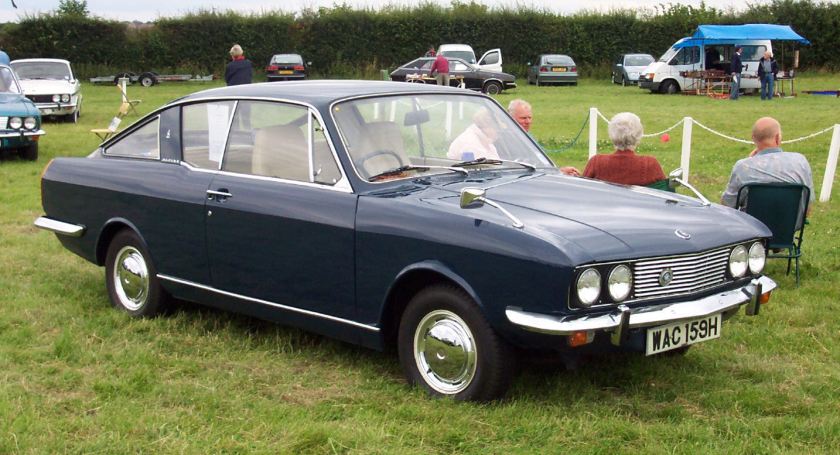 |
|
| Overview | |
| Production | 1969–75 |
| Body and chassis | |
| Body style | 2-door fastback |
| Powertrain | |
| Engine | 1725 cc (1.7L) I4 |
| Dimensions | |
| Wheelbase | 98.5 in (2,502 mm) |
| Length | 174.5 in (4,432 mm) |
| Width | 64.75 in (1,645 mm) |
| Chronology | |
| Successor | none |
Rootes introduced the “Arrow” range in 1967, and by 1968 the saloons and estates (such as the Hillman Hunter) had been joined by a Sunbeam Rapier Fastback coupé model. In 1969, a cheaper, slightly slower and more economical version of the Rapier (still sold as a sporty model) was badged as the new Sunbeam Alpine.
All models featured the group’s strong five-bearing 1725 cc engine, with the Alpine featuring a single Stromberg CD150 carburettor to the Rapier’s twins, and the Rapier H120’s twin 40DCOE Weber carburettors.
Although drawing many parts from the group’s “parts bin”, including the rear lights of the estate Arrow models, the fastbacks nevertheless offered a number of unique features, including their pillar-less doors and rear side windows which combined to open up the car much like a cabriolet with a hardtop fitted. Extensive wooden dashboards were fitted to some models, and sports seats were available for a time.
The Alpine name was resurrected in 1976 by Chrysler (by then the owner of Rootes), on a totally unrelated vehicle that could not have been more different: the UK-market version of the Simca 1307, a French-built family hatchback. The car was initially badged as the Chrysler Alpine, and then finally as the Talbot Alpine following Chrysler Europe’s takeover by Peugeot in 1978. The name survived until 1984, although the design survived (with different names) until 1986.
 |
|

Alpine factory, Dieppe
|
|
| Subsidiary | |
| Industry | Automotive |
| Founded | 1955 |
| Founder | Jean Rédélé |
| Defunct | 1995 |
| Headquarters | Dieppe, France |
| Products | Automobiles |
| Parent | Renault |
| Website | alpine-cars.com |
Alpine was a French manufacturer of racing and sports cars that used rear-mounted Renault engines.
Jean Rédélé, the founder of Alpine, was originally a Dieppe garage proprietor, who began to achieve considerable competition success in one of the few French cars produced just after the Second World War. The company was bought in 1973 by Renault.
Using Renault 4CVs, Rédélé gained class wins in a number of major events, including the Mille Miglia and Coupe des Alpes. As his experience with the little 4CV built up, he incorporated many modifications, including for example, special 5-speed gear boxes replacing the original 3-speed unit. To provide a lighter car he built a number of special versions with lightweight aluminium bodies: he drove in these at Le Mans and Sebring with some success in the early 1950s.
Encouraged by the development of these cars and consequent customer demand, he founded the Société Anonyme des Automobiles Alpine in 1954. The firm was named Alpine after his Coupe des Alpes successes. He did not realise that in England the previous year, Sunbeam had introduced a sports coupe derived from the Sunbeam Talbot and called the Sunbeam Alpine. This naming problem was to cause problems for Alpine throughout its history.
In 1955, he worked with the Chappe brothers to be amongst the pioneers of auto glass fibre construction and produced a small coupe, based on 4CV mechanicals and called the Alpine A106. It used the platform chassis of the original Renault 4CV. The A106 achieved a number of successes through the 1950s and was joined by a low and stylish cabriolet. Styling for this car was contracted to the Italian designer Giovanni Michelotti. Under the glassfibre body was a very stiff chassis based on a central tubular backbone which was to be the hallmark of all Alpines built.
Alpine then took the Michelotti cabriolet design and developed a 2+2 closed coupe (or ‘berlinette’) body for it: this became the Alpine A108, now featuring the Dauphine Gordini 845 cc engine, which on later models was bored out to give a capacity of 904 cc or (subsequently) 998 cc. The A108 was built between 1958 and 1963.
In 1962, the A108 began to be produced also in Brazil, by Willys-Overland. It was the Willys Interlagos (berlineta, coupé and convertible).
By now the car’s mechanicals were beginning to show their age in Europe. Alpine was already working closely with Renault and when the Renault R8 saloon was introduced in 1962. Alpine redeveloped their chassis and made a number of minor body changes to allow the use of R8 mechanicals.
This new car was the A110 Berlinette Tour de France, named after a successful run with the Alpine A108 in the 1962 event. Starting with a 956 cc engine of 51 bhp (38 kW), the same chassis and body developed with relatively minor changes over the years to the stage where, by 1974, the little car was handling 1800 cc engines developing 180 bhp (134 kW)+. With a competition weight for the car of around 620 kg (1,367 lb), the performance was excellent.
Alpine achieved increasing success in rallying, and by 1968 had been allocated the whole Renault competition budget. The close collaboration allowed Alpines to be sold and maintained in France by normal Renault dealerships. Real top level success started in 1968 with outright wins in the Coupe des Alpes and other international events. By this time the competition cars were fitted with 1440 cc engines derived from the Renault R8Gordini. Competition successes became numerous, helped since Alpine were the first company fully to exploit the competition parts homologation rules.
In 1971, Alpine achieved a 1-2-3 finish in the Monte Carlo rally, using cars with engines derived from the Renault 16. In 1973, they repeated the 1-2-3 Monte Carlo result and went on to win the World Rally Championship outright, beating Porsche, Lancia and Ford. During all of this time, production of the Alpine A110 increased and manufacturing deals were struck for A110s and A108s with factories in a number of other countries including Spain, Mexico, Brazil and Bulgaria.
1973 brought the international petrol crisis, which had profound effects on many specialist car manufacturers worldwide. From a total Alpine production of 1421 in 1972, the numbers of cars sold dropped to 957 in 1974 and the company was bailed out via a takeover by Renault. Alpine’s problems had been compounded by the need for them to develop a replacement for the A110 and launch the car just when European petrol prices leapt through the roof.
Through the 1970s, Alpine continued to campaign the A110, and later the Alpine A310 replacement car. However, to compete with Alpine’s success, other manufacturers developed increasingly special cars, notably the Lancia Stratos which was based closely on the A110’s size and rear-engined concept, though incorporating a Ferrari engine. Alpine’s own cars, still based on the 1962 design and using a surprising number of production parts, became increasingly uncompetitive. In 1974 Alpine built a series of factory racing Renault 17 Gordinis (one driven by Jean-Luc Thérier) that won the Press on Regardless World Rally Championship round in Michigan, USA.
In fact, having achieved the rally championship, and with Renault money now fully behind them, Alpine had set their sights on a new target. The next aim was to win at Le Mans. Renault had also taken over the Gordini tuning firm and merged the two to form Renault Sport. A number of increasingly successful sports racing cars appeared, culminating in the 1978 Le Mans win with the Renault Alpine A442B. This was fitted with a turbo-charged engine; Alpine had been the first company to run in and win an international rally with a turbo car as far back as 1972 when Jean-Luc Thérier took a specially modified A110 to victory on the Critérium des Cévennes.
1971 also saw Alpine begin construction of open wheel racing cars. Initially in Formula Three within a year they were building Formula Two cars as well. Unfortunately without a competitive Renault Formula Two engine available the F2 cars could neither be known as Renaults or Alpines while powered by Ford-Cosworth and BMW engines and were labelled Elf 2 and later Elf 2J. A Renault 2.0 litre engine arrived in time for Jean-Pierre Jabouilleto win the European Formula 2 Championship in 1976. By this time Alpine with Jabouille driving had built a Formula One car as a testing mule which lead directly to their entry into the Formula One world championship in 1977. A second European Formula 2 championship followed with René Arnoux in 1977 with the customer Martini team, before Alpine sold the F2 operation to Willi Kauhsen to concentrate on the Le Mans and Formula One programs.
Alpine Renault continued to develop their range of models all through the 1980s. The A310 was the next modern interpretation of the A110. The Alpine A310 was a sports car with a rear-mounted engine and was initially powered by a four-cylinder 1.6 L sourced Renault 17 TS/Gordini engine. In 1976 the A310 was restyled by Robert Opron and fitted with the more powerful and newly developed V6 PRV engine. The 2.6 L motor was modified by Alpine with a four-speed manual gearbox. Later they would use a Five-speed manual gearbox and with the group 4 model get a higher tune with more cubic capacity and 3 twin barrel Weber carburetors.
After the A310 Alpine transformed into the new Alpine GTA range produced from plastic and polyester components, commencing with normally aspirated PRV V6 engines. In 1985 the V6 Turbo was introduced to complete the range. This car was faster and more powerful than the normally aspirated version. In 1986 polyester parts were cut for the first time by robot using a high pressure (3500 bar) water jet, 0.15 mm (0.01 in) in diameter at three times the speed of sound. In the same year the American specification V6 Turbo was developed.
In 1987 fitment of anti-pollution systems allowed the V6 Turbo to be distributed to Switzerland, Germany, Austria and the Netherlands. 1989 saw the launch of the limited edition GTA Mille Miles to celebrate Alpine’s 35th anniversary. Production was limited to 100 cars, all fitted with ABS braking, polished wheels, special leather interior and paintwork. This version was not available in RHD.
1990 saw the launch of the special edition wide-bodied GTA Le Mans. Otherwise identical mechanically to the V6 Turbo, the engine was fitted with a catalytic converter and power was reduced to 185 bhp (138 kW). This model was available in the UK and RHD versions carried a numbered plaque on the dashboard. The Le Mans is the most collectable and valuable GTA derivative, since only 325 were made (299 LHD and 26 RHD). These were available from Renault dealers in the UK and the country’s motoring press are belatedly recognising the GTA series as the ‘great unsung supercar of the 1980s’
The Alpine A610 was launched in 1991. It was re-styled inside and out but was still recognisable as a GTA derivative. The chassis structure was extensively reworked but the central box principal remained the same. The front was completely re-designed the interior was also greatly improved. Air-conditioning and power steering were fitted as standard. The total production run for A610s derivatives was 818 vehicles 67 RHD and 751 LHD. After production of the A610 ended, the Alpine factory in Dieppe produced the Renault Sport Spider and a new era was to begin.
The last Alpine, an A610, rolled off the Dieppe line on 7 April 1995, Renault abandoning the Alpine name. This was always a problem in the UK market. Alpines could not be sold in the UK under their own name because Sunbeam owned the trade mark (because of the mid-50s Sunbeam Alpine Mk I). In the 1970s, for example Dieppe were building modified Renault 5s for the world wide market. The rest of the world knew them as R5 Alpines but in the UK they had to be renamed to R5 Gordini. Strangely enough with the numerous company takeovers that have occurred, it is another French company, PSA Peugeot Citroën, who now own the BritishAlpine trademark.
The Alpine factory in Dieppe continues to expand; in the 1980s they built the special R5 Turbo cars, following the rear engined formula they have always used. They built all Clio Williams and RenaultSport Spiders. The factory proudly put its Alpine badges on the built early batches of the mid engined Clio series one Clio V6. The Clio Series 2 was also assembled there with more recent RenaultSport Clio 172 and RenaultSport Clio 182s.
Between 1989 and 1995, a new Alpine named the A710 “Berlinette 2”, was designed and 2 prototypes were built. Due to the cost of the project (600 millions Francs), and as adding modern equipment and interior would compromise the price and performances, the project was canceled.
The Dieppe factory is known as the producer of Renault Sport models that are sold worldwide. This was originally the “Alpine” factory that Renault gained when they acquired the brand in 1973. Some of the Renault Sport models produced in Dieppe are currently the Mégane Renault Sport, Clio Renault Sport and the new Mégane Renault Sport dCi is to be built on Renault’s Dieppe assembly line. All the RenaultSport track-, tarmac- and gravel-racing Meganes and Clios are also made in the Dieppe factory.
In October 2007, it was reported that Renault’s marketing boss Patrick Blain has revealed that there were plans for several sports cars in Renault’s future lineup, but stressed that the first model wouldn’t arrive until after 2010. Blain confirmed that Renault is unlikely to pick a new name for its future sports car and will probably go with Alpine to brand it. Blain described it as being a “radical sports car” and not just a sports version of a regular model.
The new Alpine sports car will likely have a version of the Nissan GT-R‘s Premium Midship platform.
In France there is a large network of Alpine enthusiasts clubs. Clubs exist in many countries including the UK, USA, Australia, Japan.
In February 2009, Renault confirmed that plans to revive the Alpine brand have been frozen as a direct result of the 2008-2009 global financial crisis and recession.
In May 2012, images of a new Renault Alpine concept titled as Renault Alpine A110-50 were leaked prior to its debut in Monaco. Its styling was based on the Renault DeZir presented in 2010.
In November 2012, Renault and Caterham Cars announced the purchasing by the latter of an 50% stake in the Renault’s wholly owned subsidiary Société des Automobiles Alpine to create a joint venture (Société des Automobiles Alpine Caterham or SAAC) owned equally by both parts, with the aim of developing affordable sport cars under the Alpine (for Renault) and Caterham (for Caterham Cars) brands, which would be available in 2016. In this partnership, Caterham acquired 50% ownership of the Renault’s Dieppe assembly plant assets. On 10 June 2014, Renault announced it would be repurchasing the stake from Caterham Cars in SAAC, renaming it Société des Automobiles Alpine.
In 2013, as part of the promotional activities for the future launching of Alpine roadcars, Renault partnered with Signatech to enter a Nissan-powered, Oreca-built prototype into the European Le Mans Series championship’s LMP2 class. Signatech-Alpine achieved the teams’ championship. They returned for the 2014 season.
Alpine A360, Formula Three
Alpine A367, Formula Two, also known as Elf 2
Alpine A440
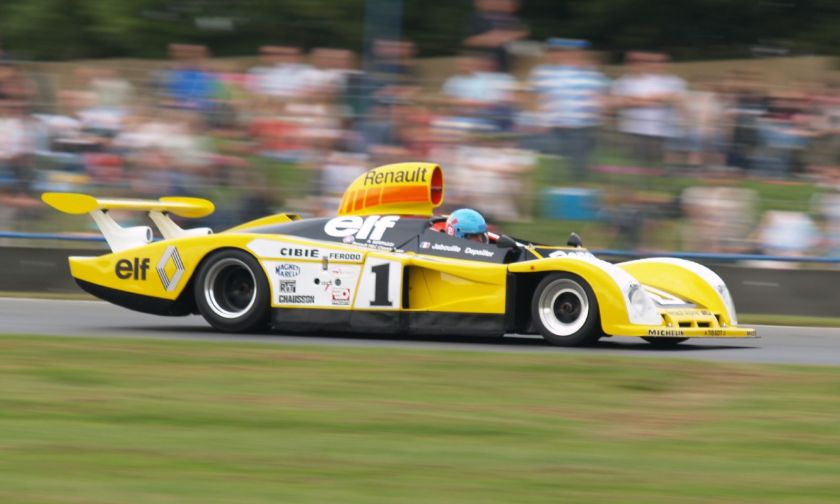
Alpine A450 (revised Oreca 03)
Currently, the old Alpine factory is the manufacturing site for Renault Sport Technologies-developed cars.
The models in production include:
Renault Alpines were never imported into Australia, but as enthusiasts wanted more than just the normal local Renault offerings, Renault Alpine enthusiasts have privately imported the following models into Australia. Currently there are A110, A310, GTA-atmo-turbo-lemans, A610, Renault 5 Turbo and Renault Sport Spiders registered.
An example of an Alpine weekend was held in Victoria with attendees from South Australia, Victoria, New South Wales and Queensland. There were 17 Alpines and 2 Renault 5 Turbos. The Alpine model breakdown was: A110: 5 | A310 (4 cyl): 3 | A310 (6 cyl): 4 | GTA Turbo: 2| GTA atmo: 3
The Renault Alpine 108 was produced in Brazil from 1962 to 1966, under license by Willys-Overland do Brasil, branded “Willys Interlagos”. It was the first Brazilian sports car.
Bulgaria produced its own version of the Renault Alpine, known as Bulgaralpine from 1967 to 1969. About 100 vehicles were produced.
A few examples of the Alpine GTA were imported into the Canadian province of Quebec with the expectation that AMC/Renault would be adding the model to their Canadian lineup. The GTA was designed by Renault to meet North American standards however plans to inport the GTA to North America were cancelled by Chrysler shortly after their takover of AMC.
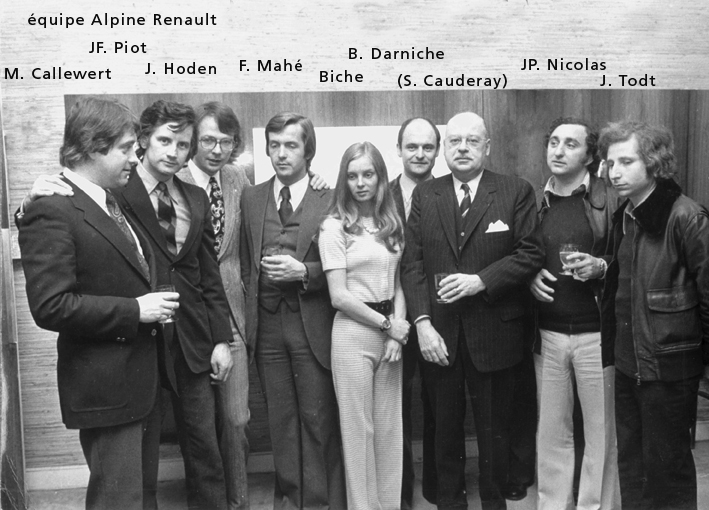

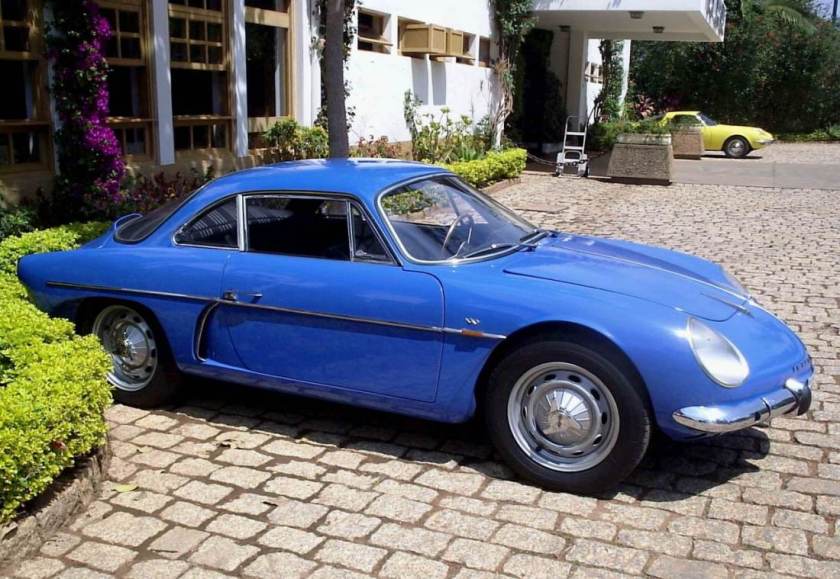
That’s all about Alpine Automobiles and his predisessor Sunbeam what I could find.
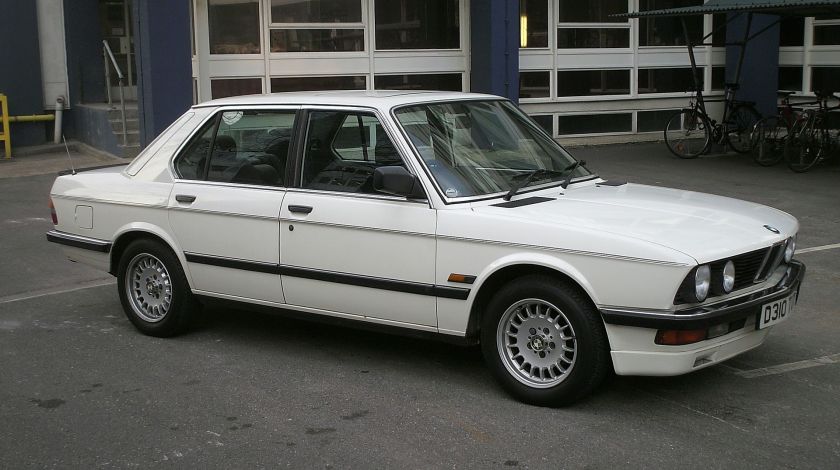
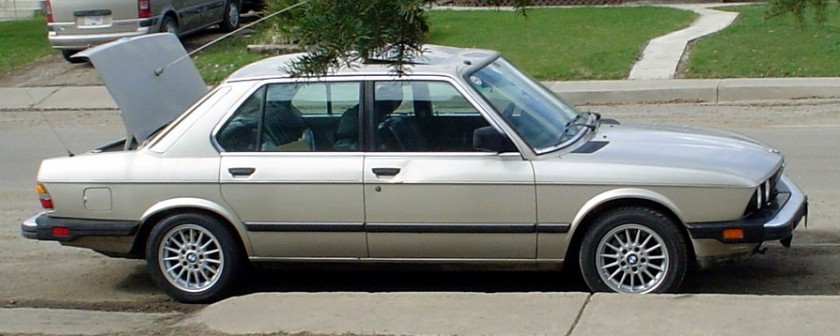
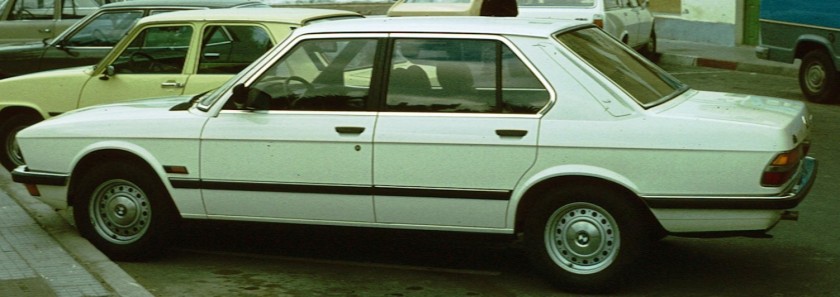
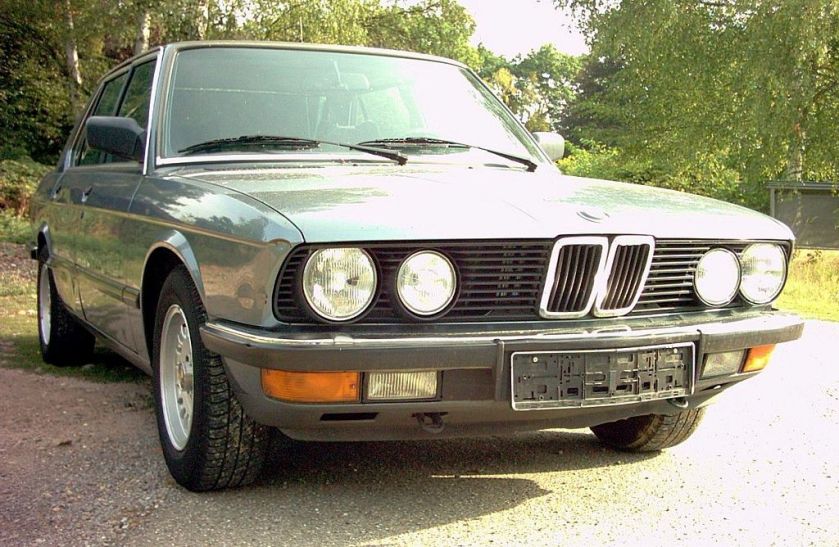
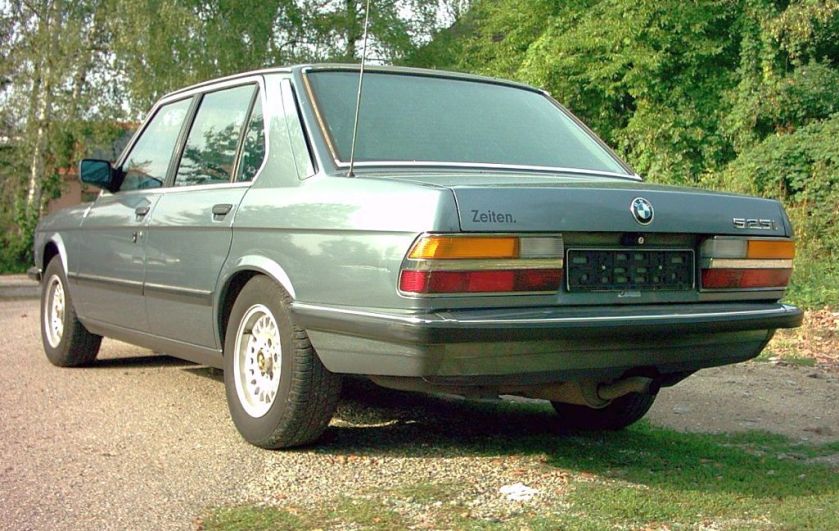
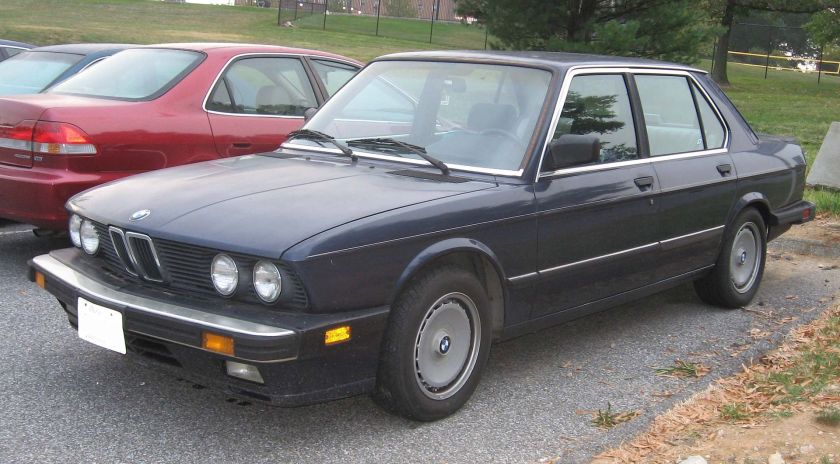
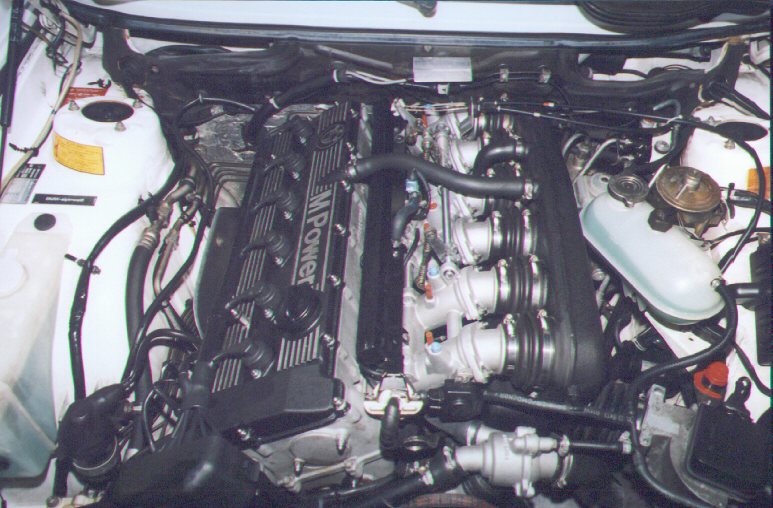
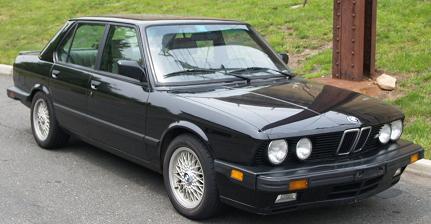 E28 5 series compact mid-sized sedan 1981–1988
E28 5 series compact mid-sized sedan 1981–1988
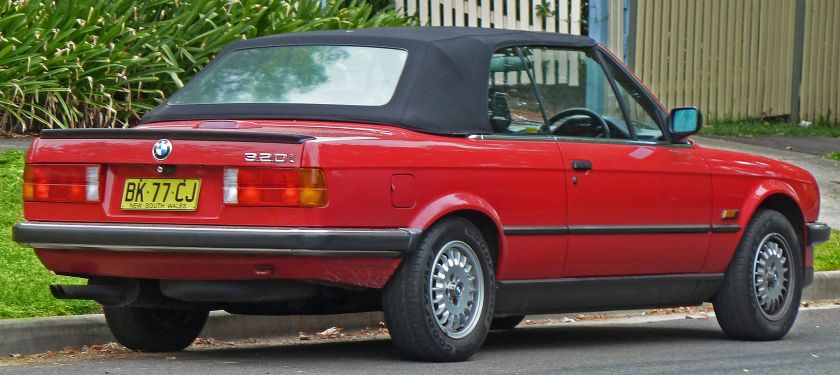
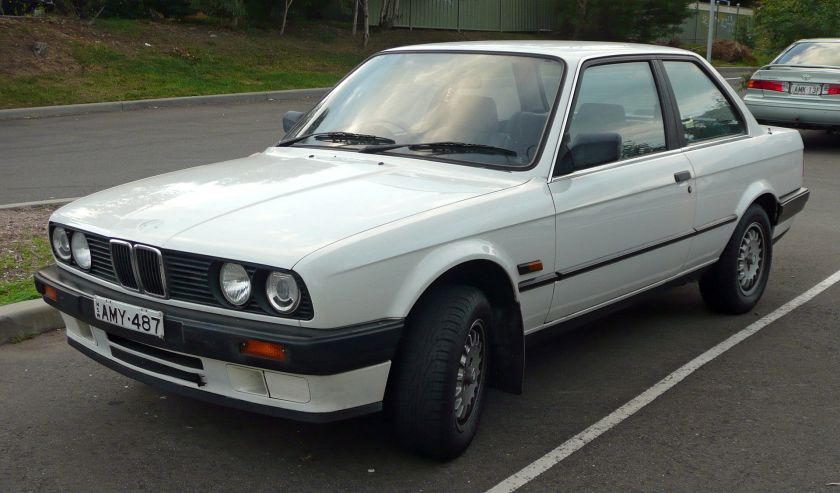
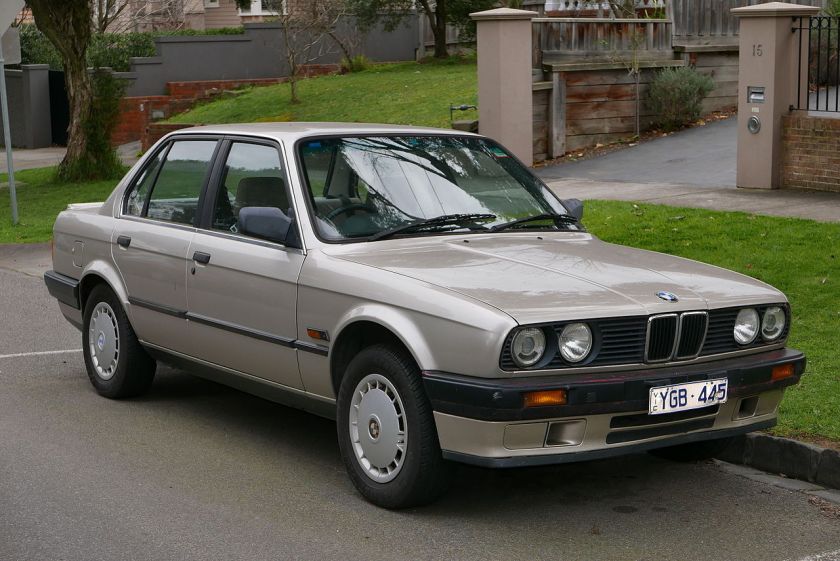
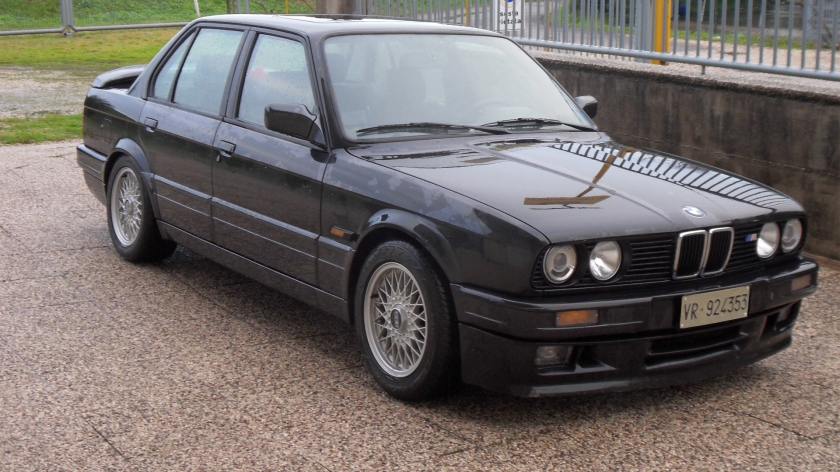
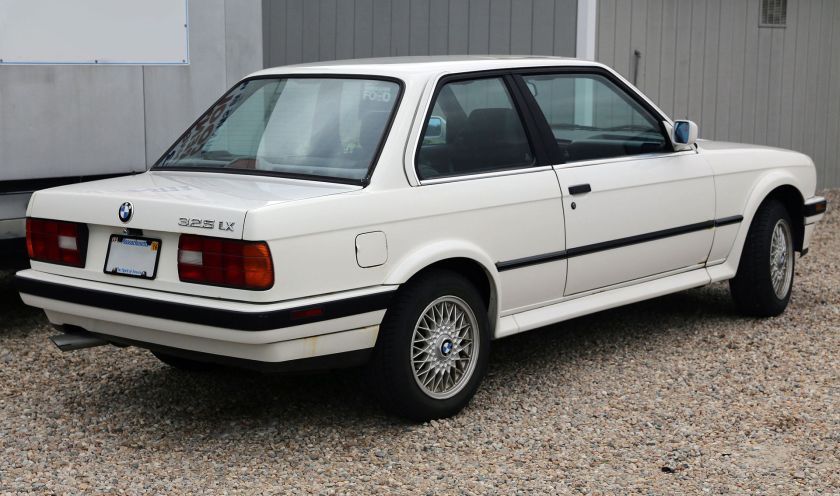
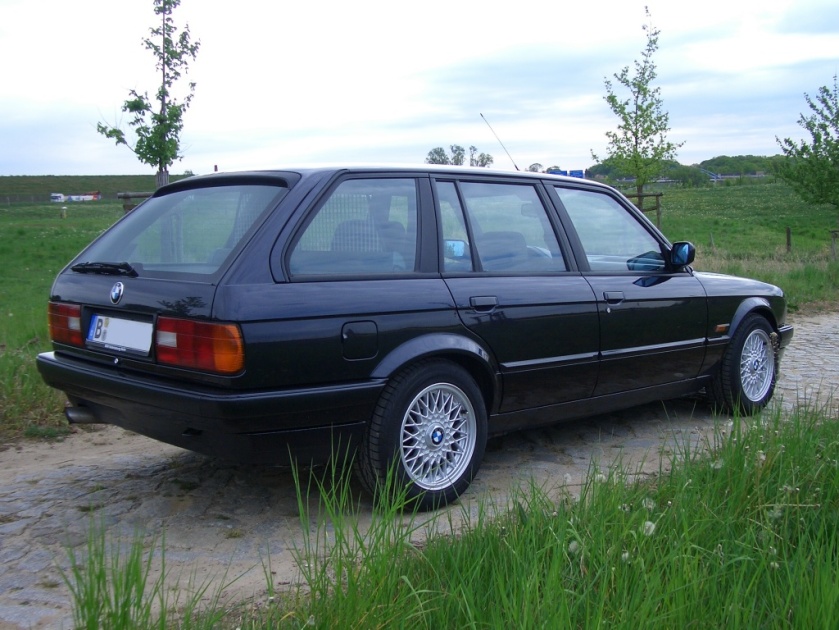
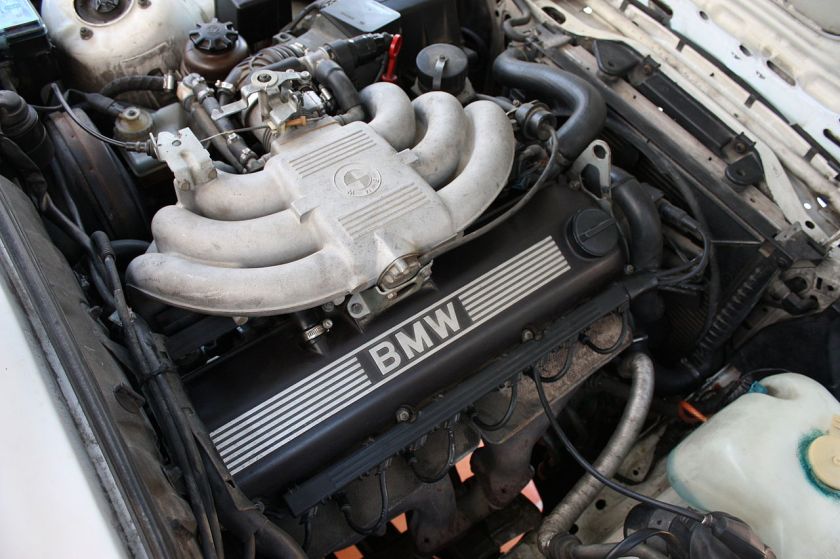 E30 3 series sedan, convertible and estate 1982–1994
E30 3 series sedan, convertible and estate 1982–1994
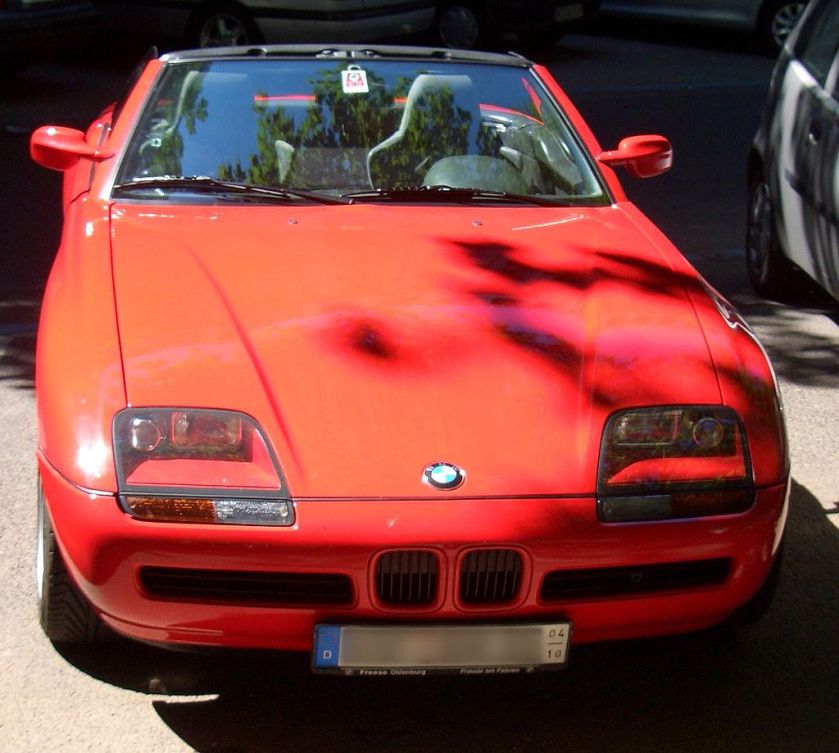
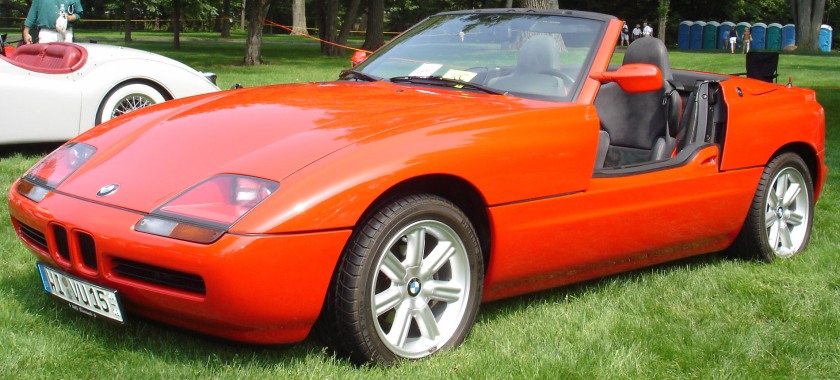 Z1 roadster 1989–1991
Z1 roadster 1989–1991
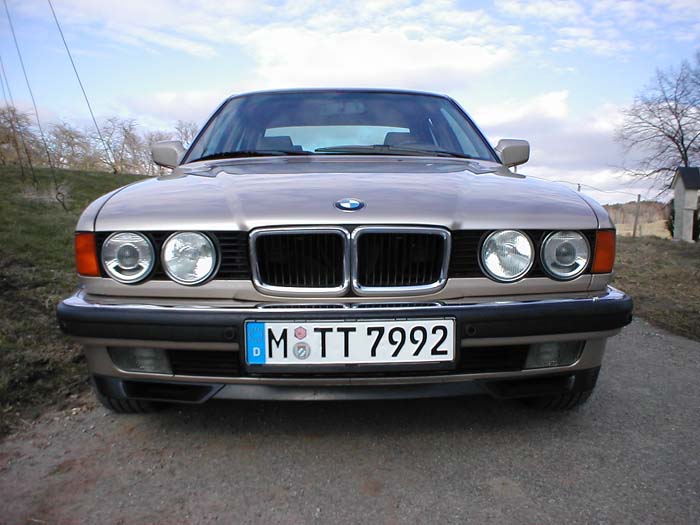
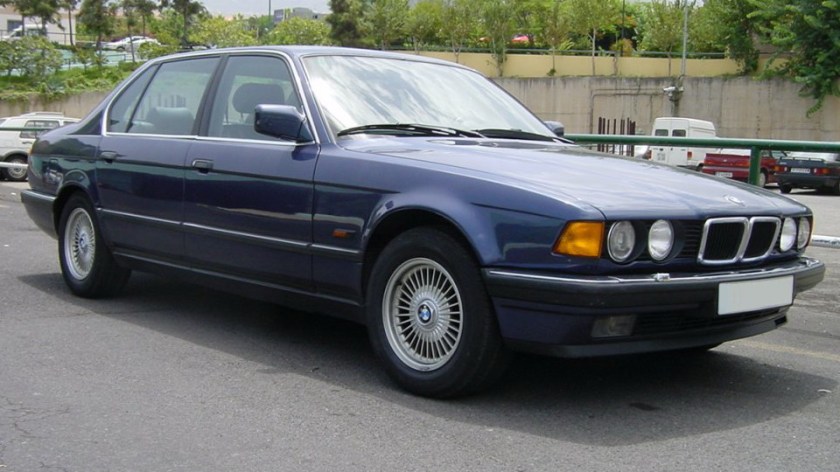 E32 7 series large sedan 1986–1994
E32 7 series large sedan 1986–1994
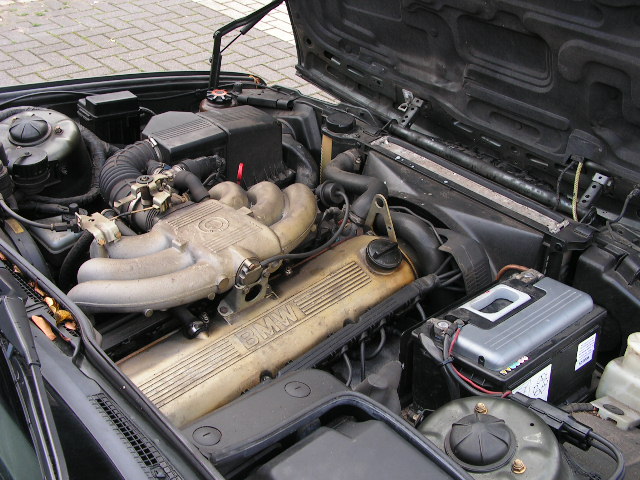
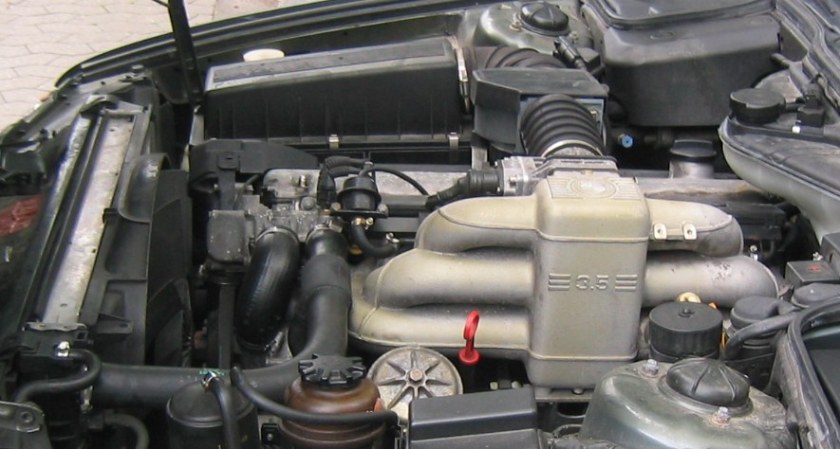
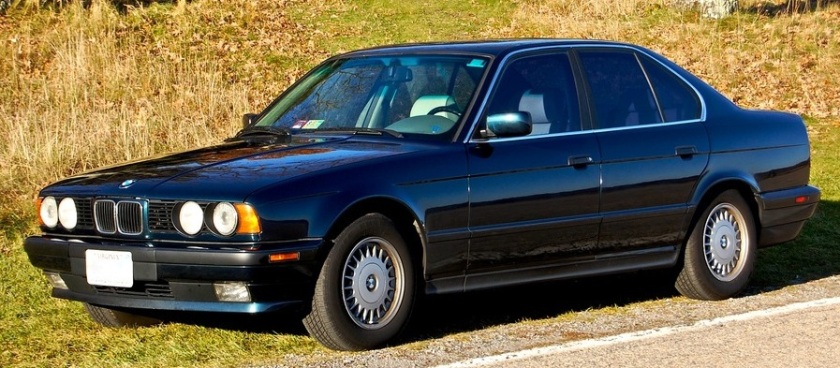
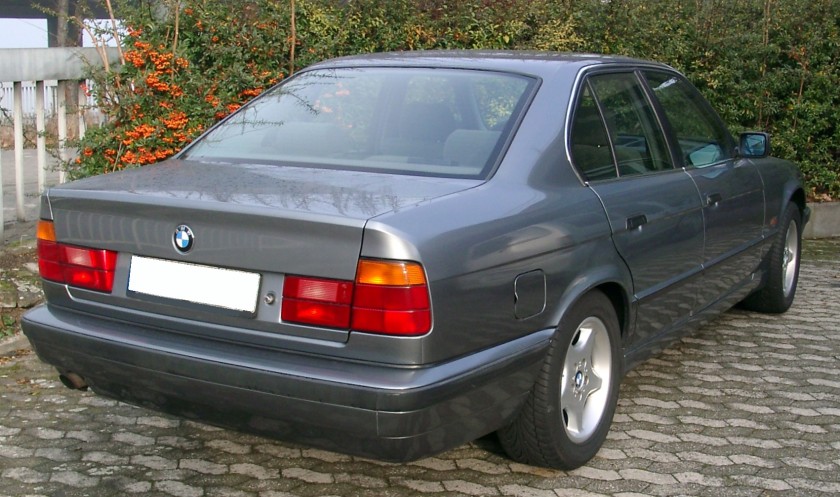
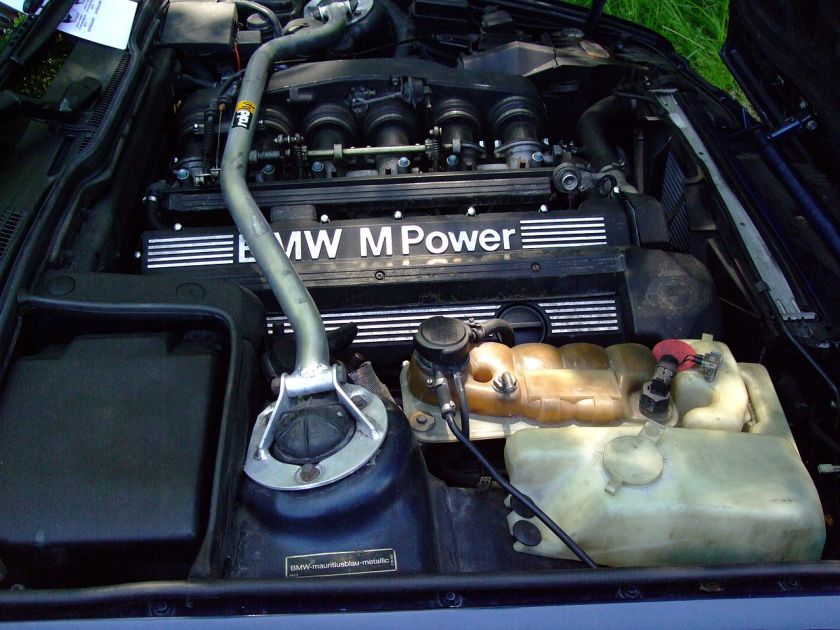 E34 5 series mid-sized sedan 1988–1996
E34 5 series mid-sized sedan 1988–1996
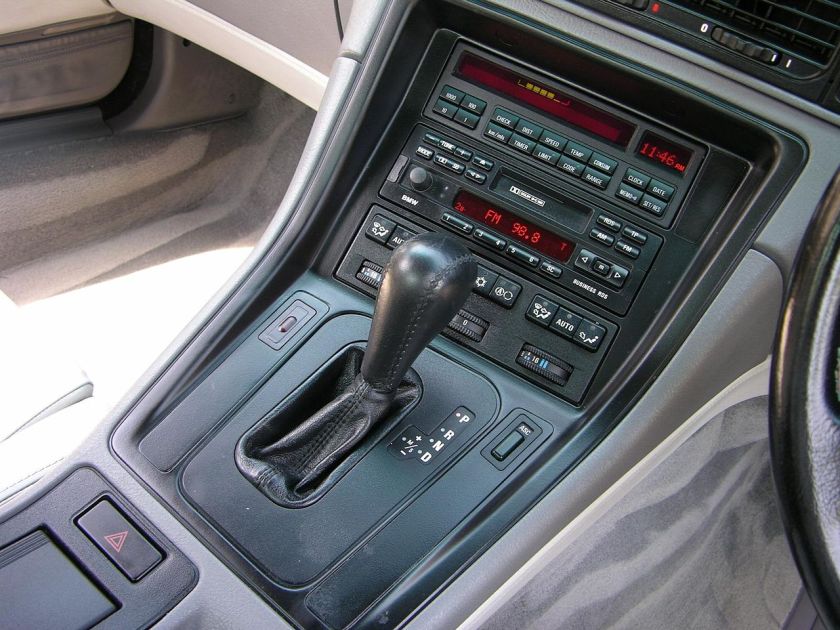
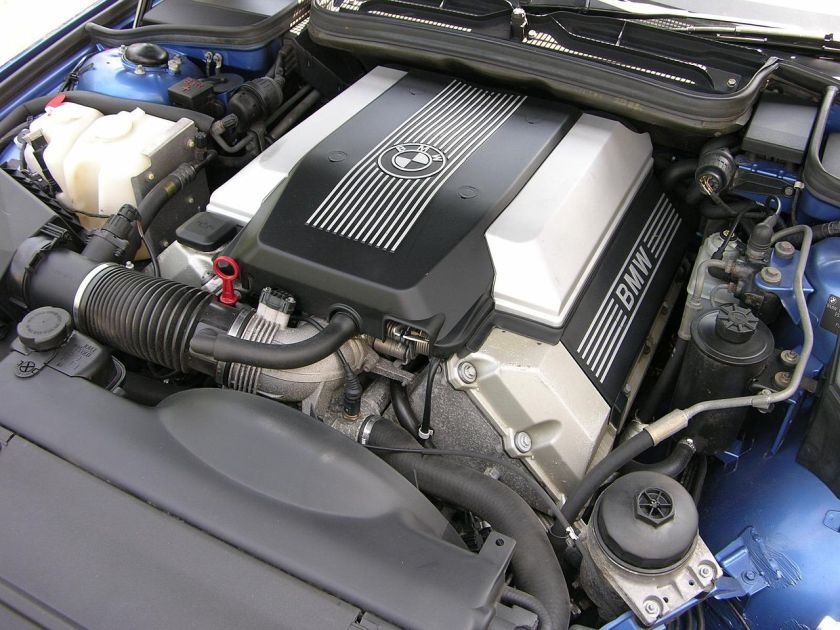
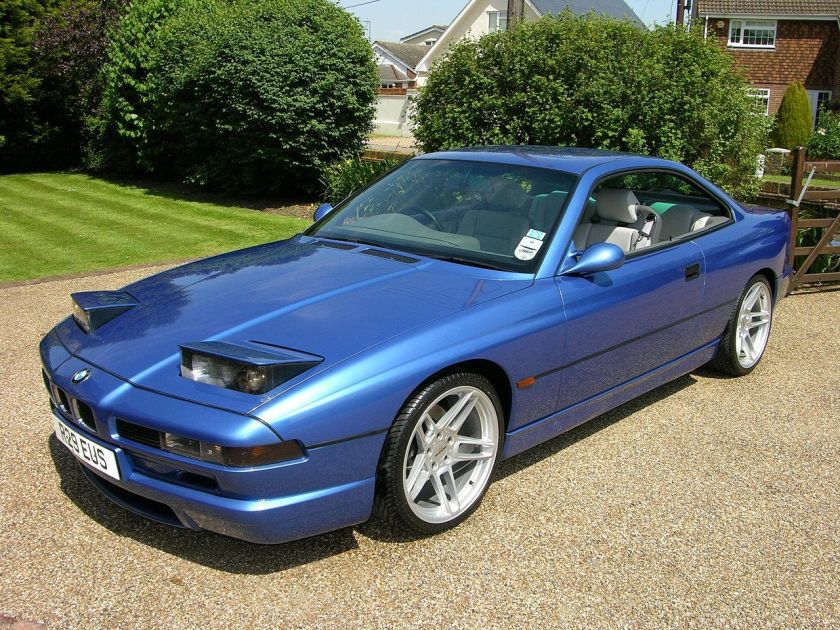
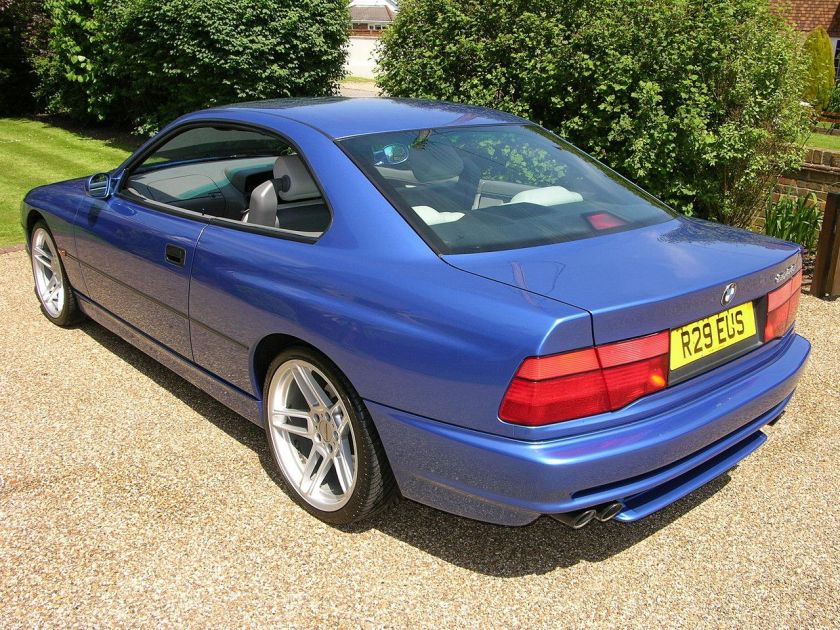
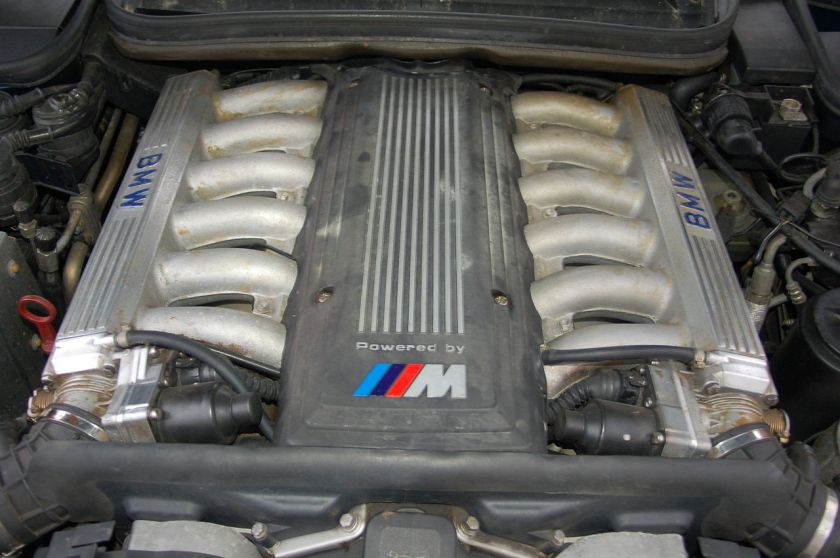
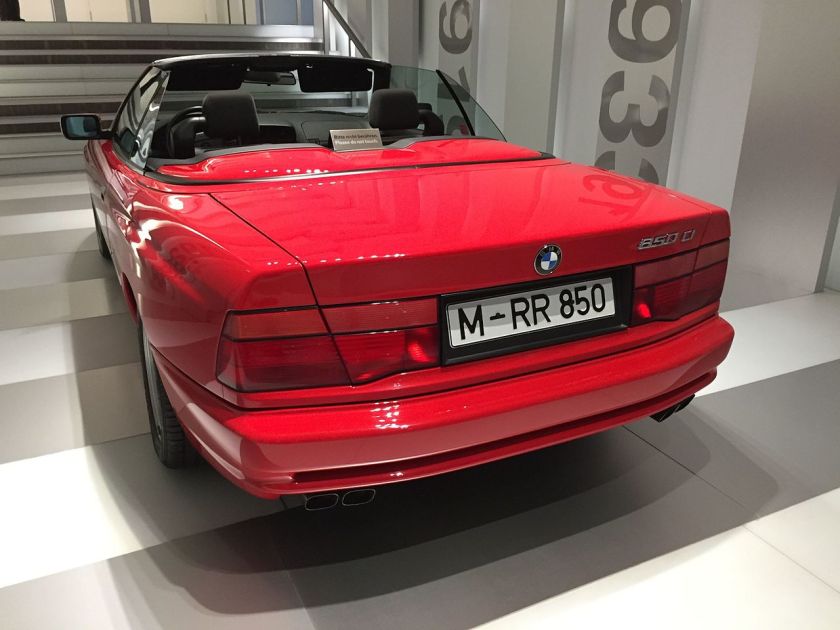
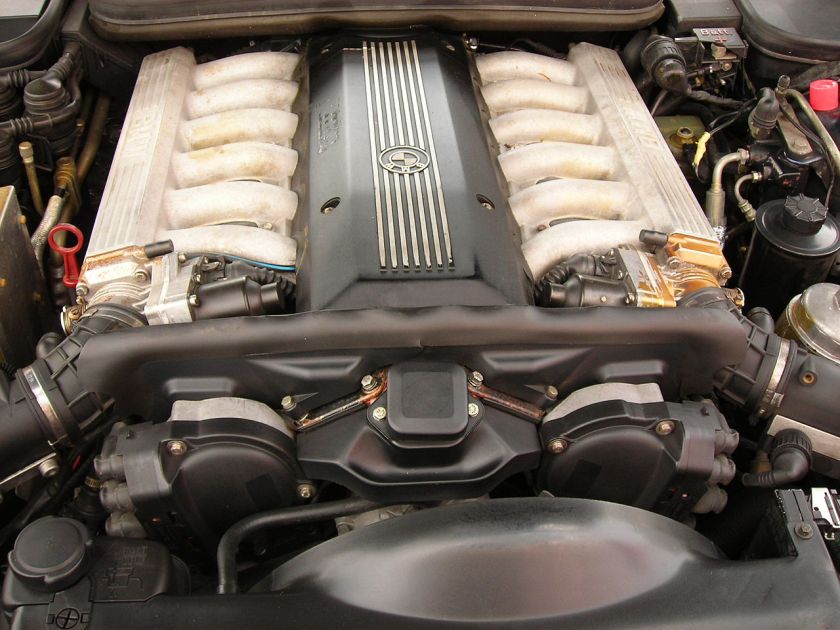 E31 8 series 2+2 coupe 1989–1999
E31 8 series 2+2 coupe 1989–1999
1990s
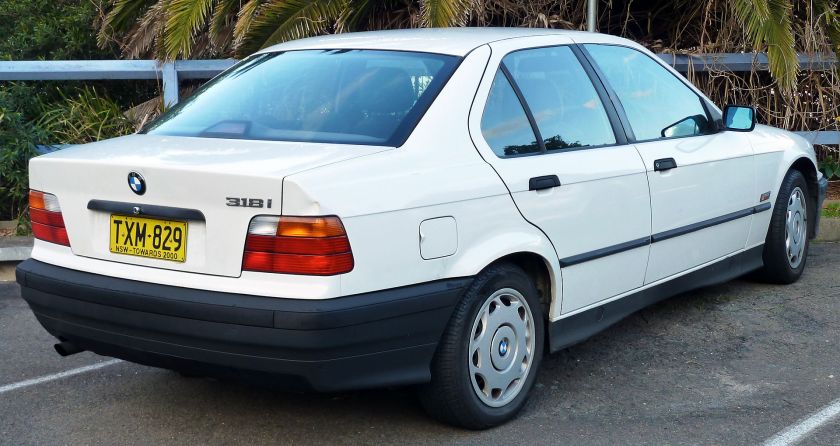
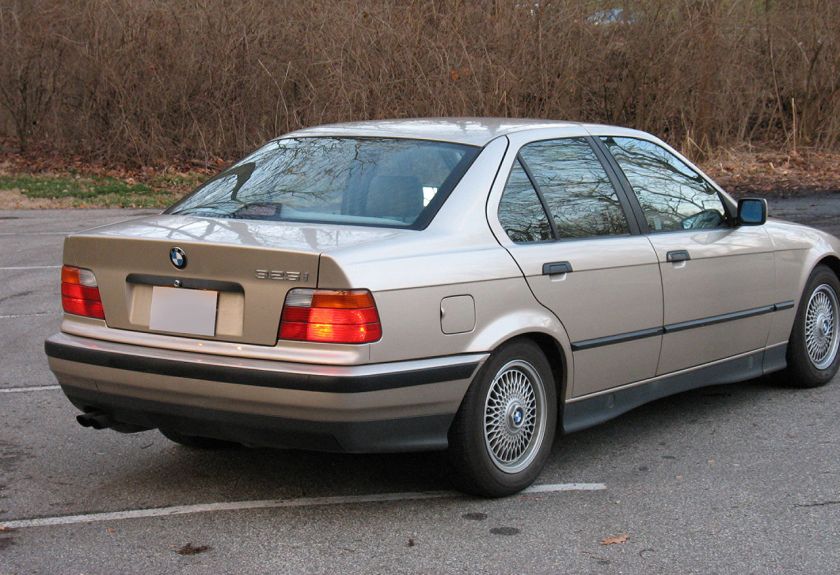
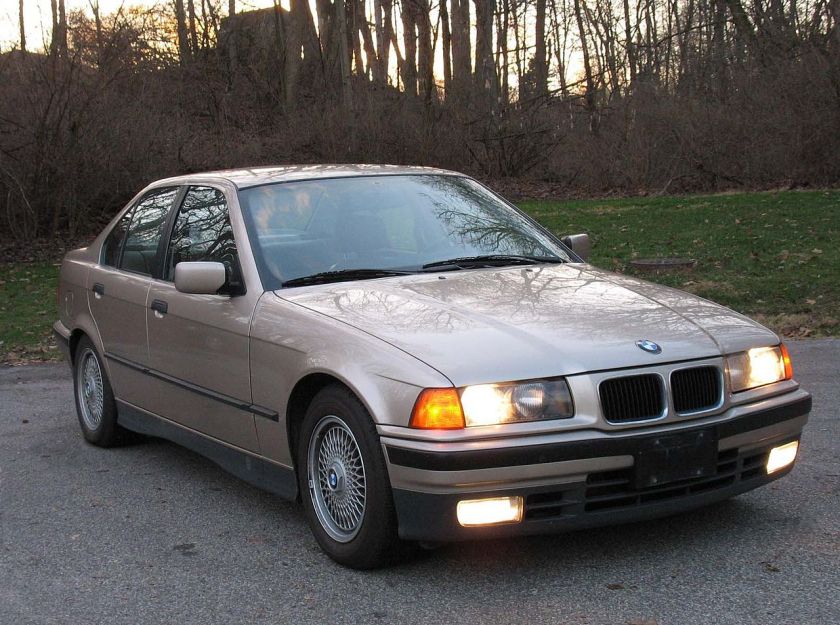
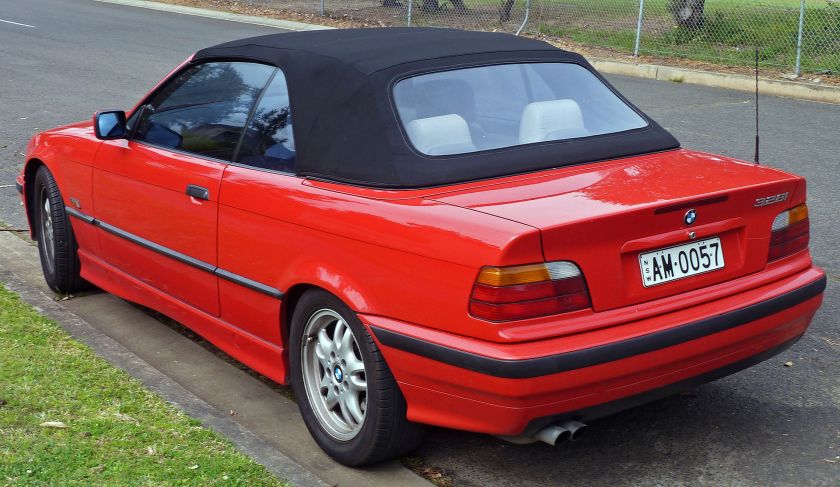
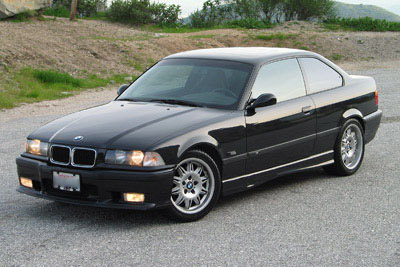
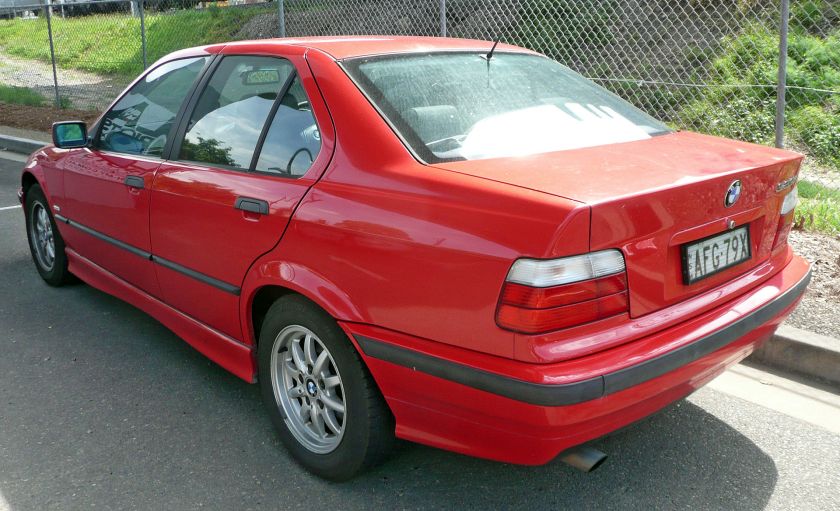
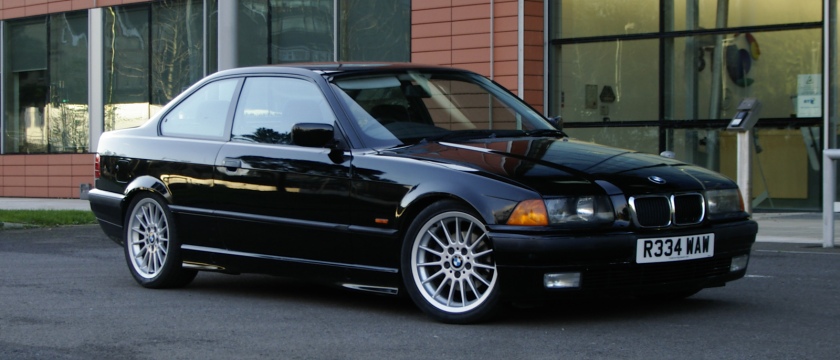
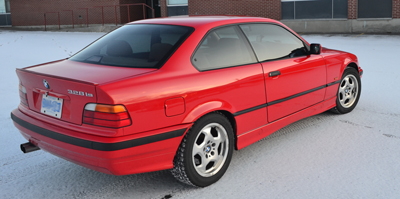
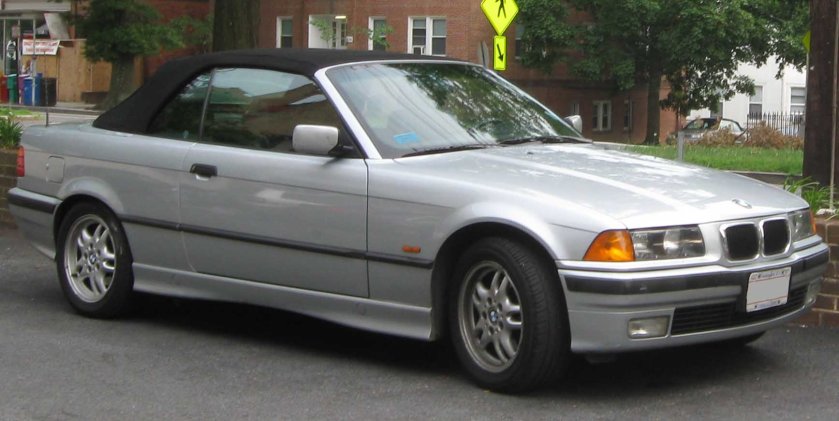
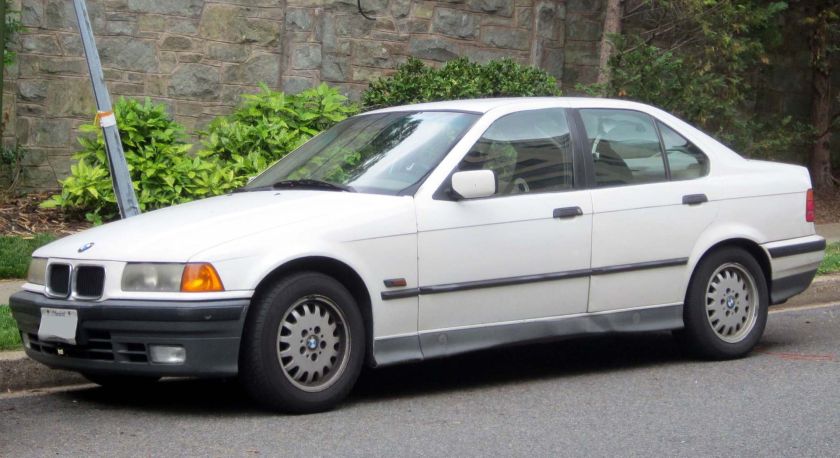
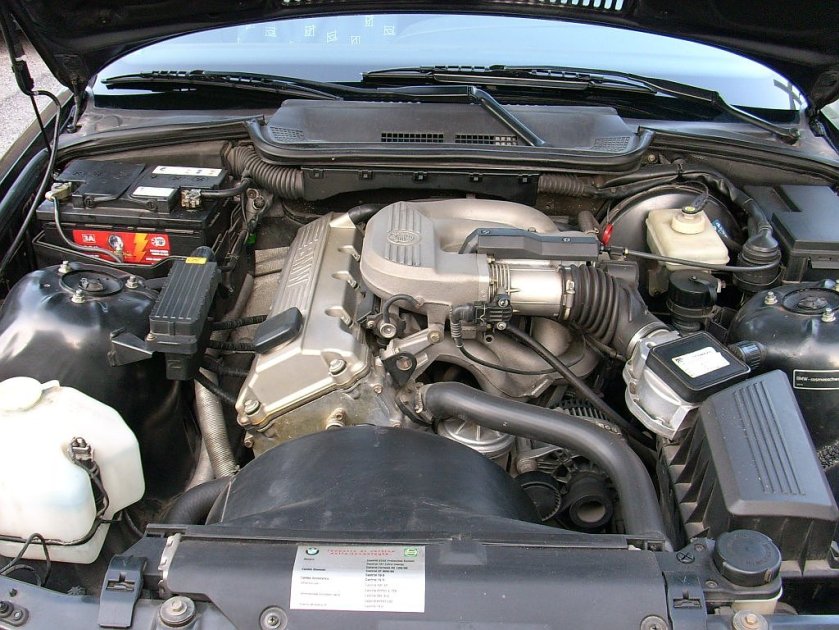
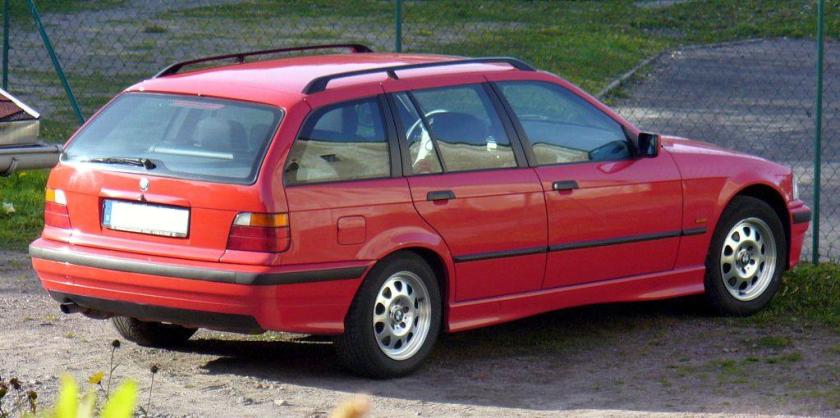
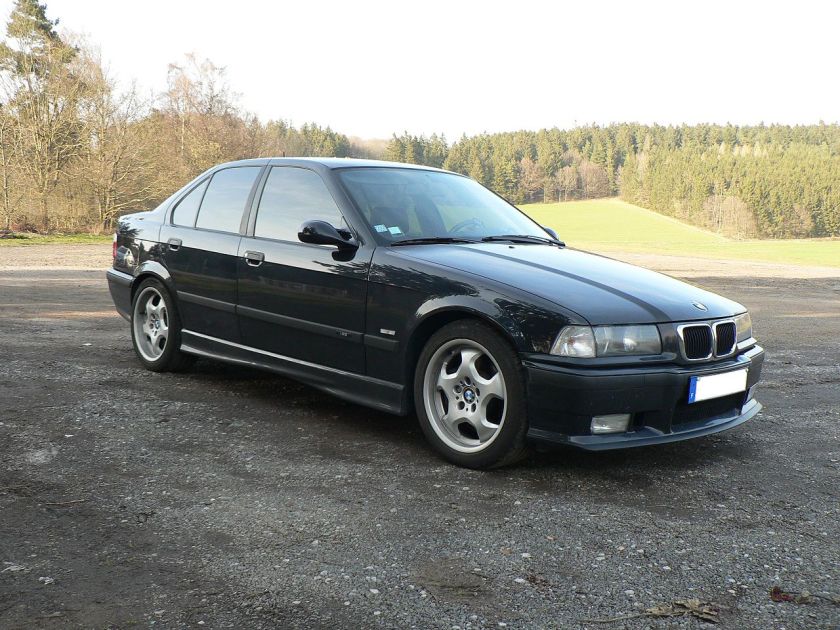
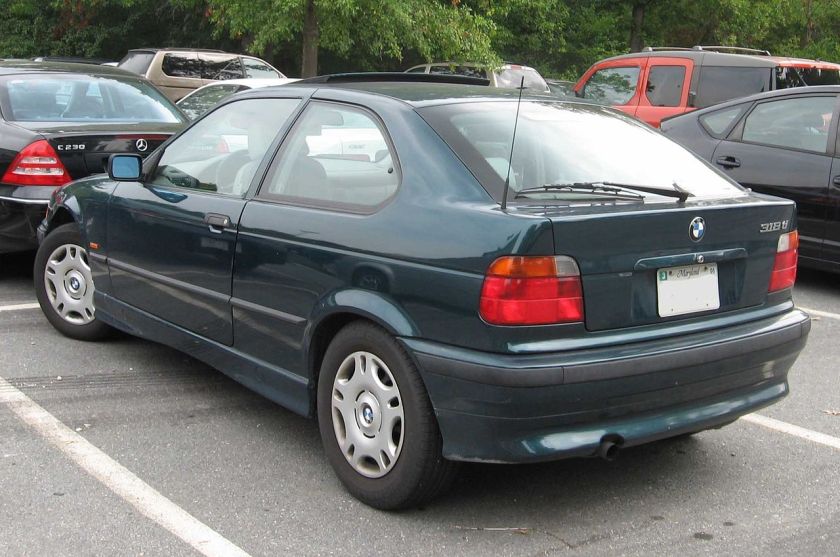
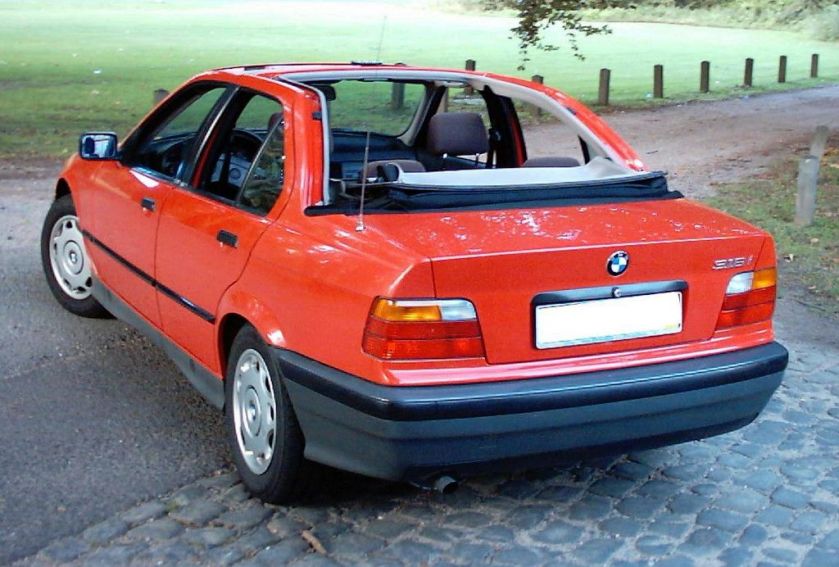 E36 3 series sedan, coupe, convertible and touring 1990–2000
E36 3 series sedan, coupe, convertible and touring 1990–2000
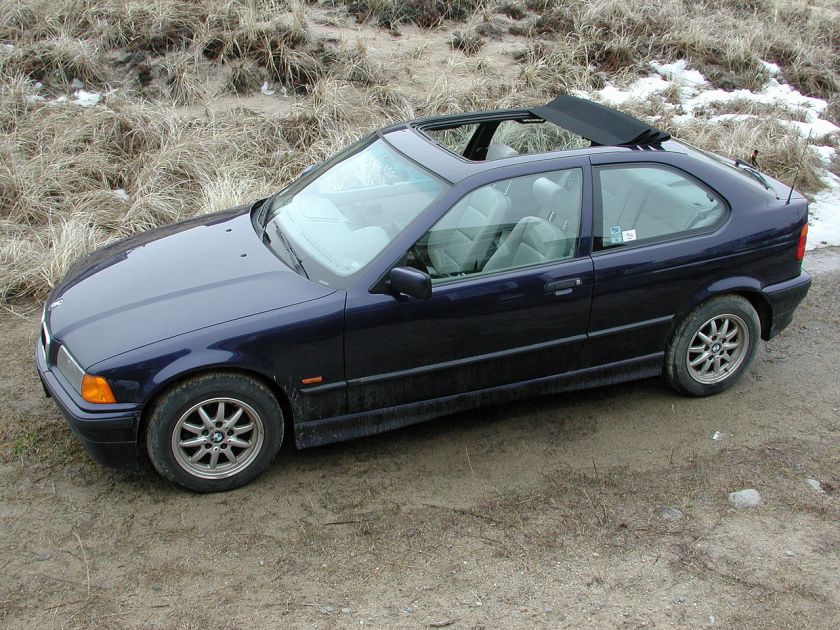
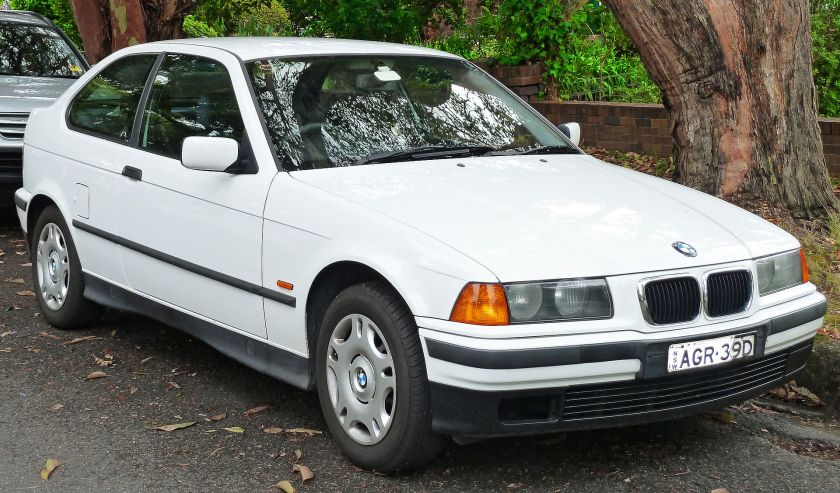
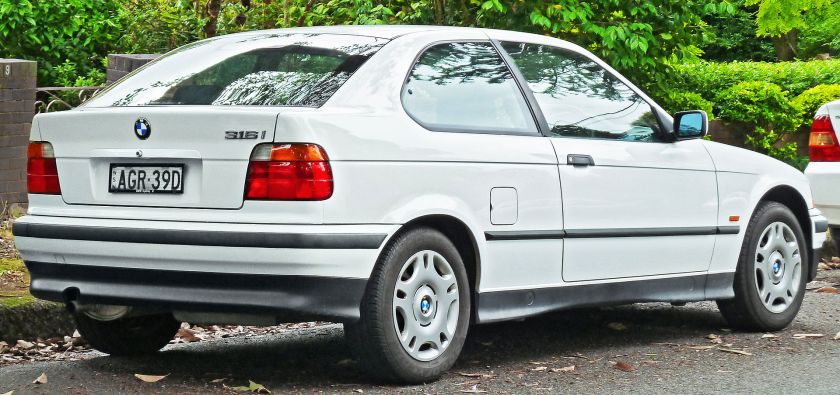
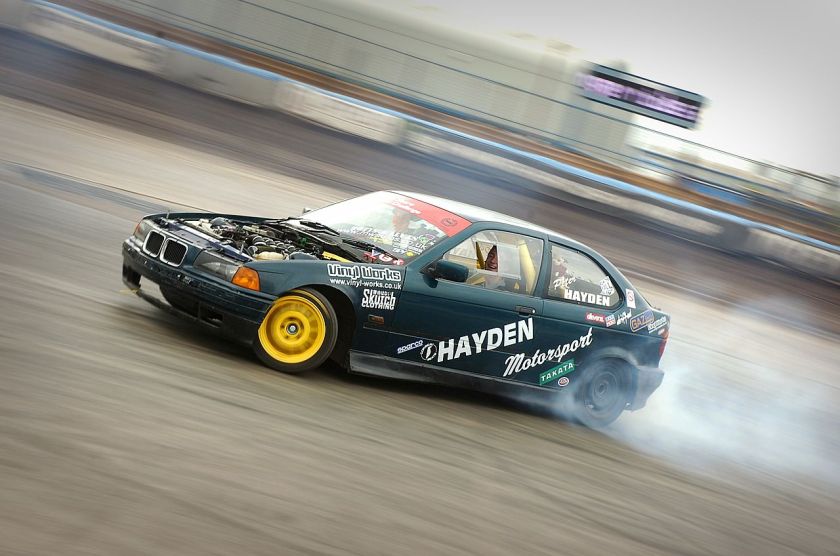

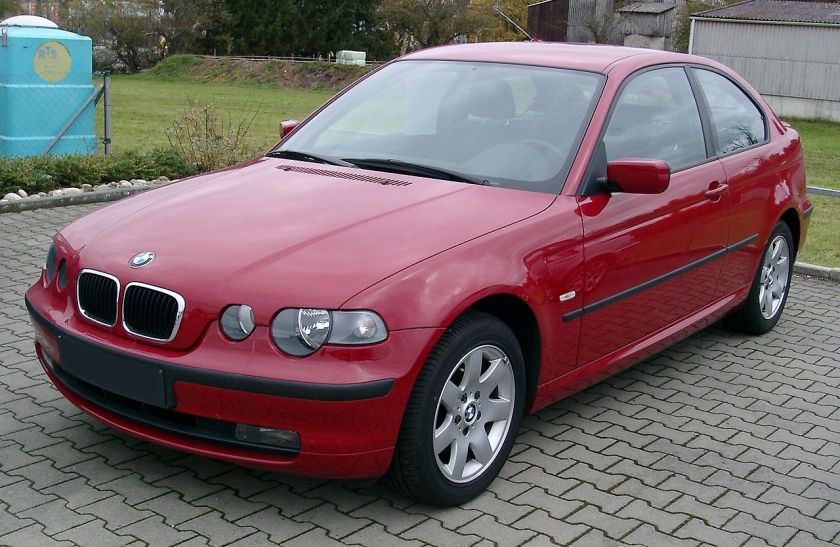
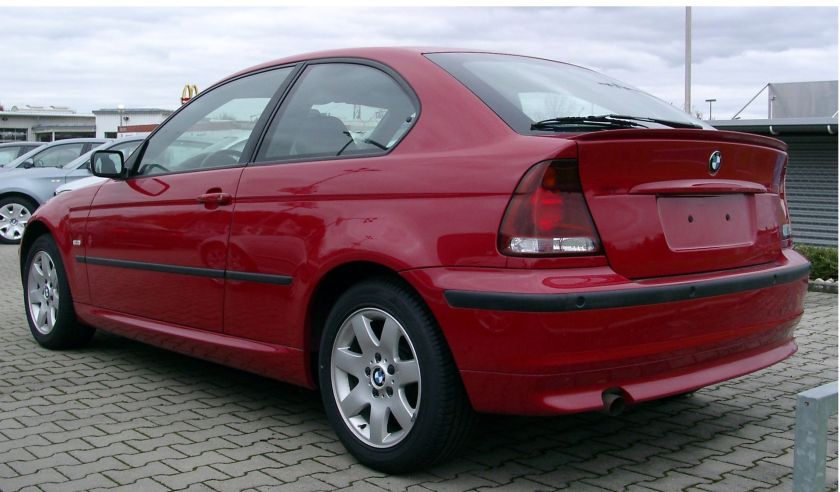 E36 Compact hatchback 1993–2000 (first-generation Compact)
E36 Compact hatchback 1993–2000 (first-generation Compact)
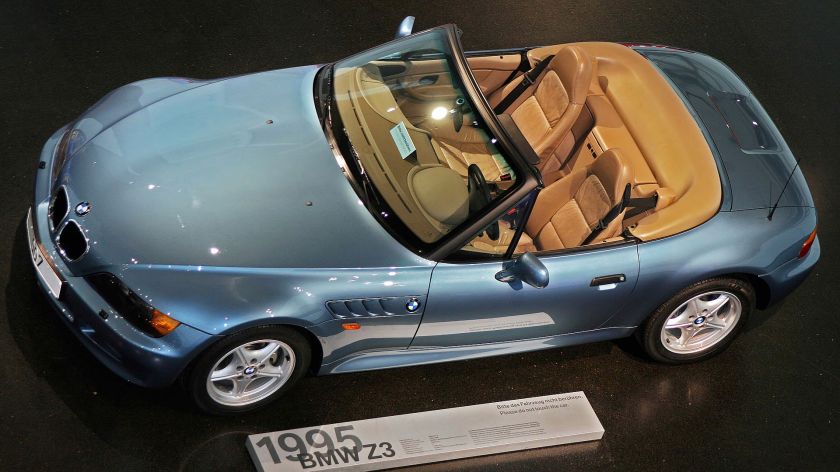
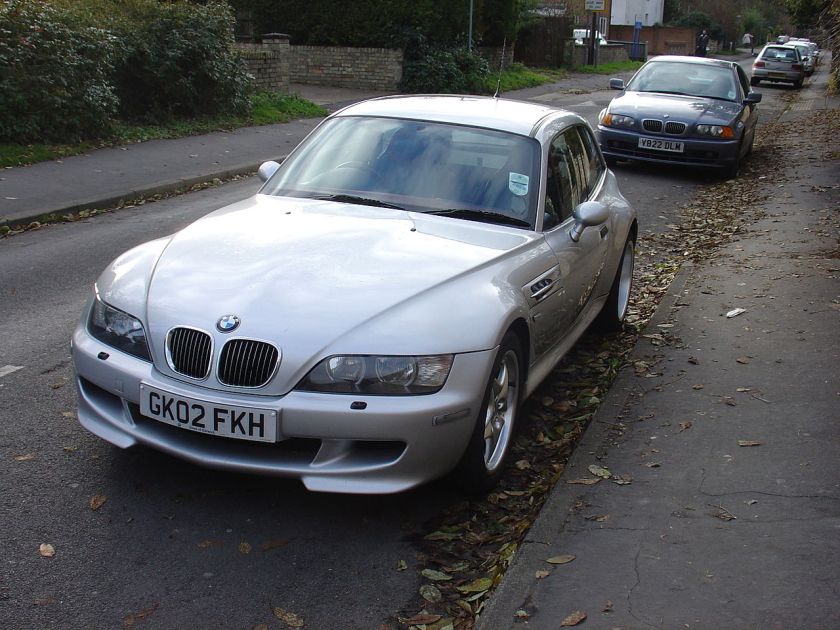
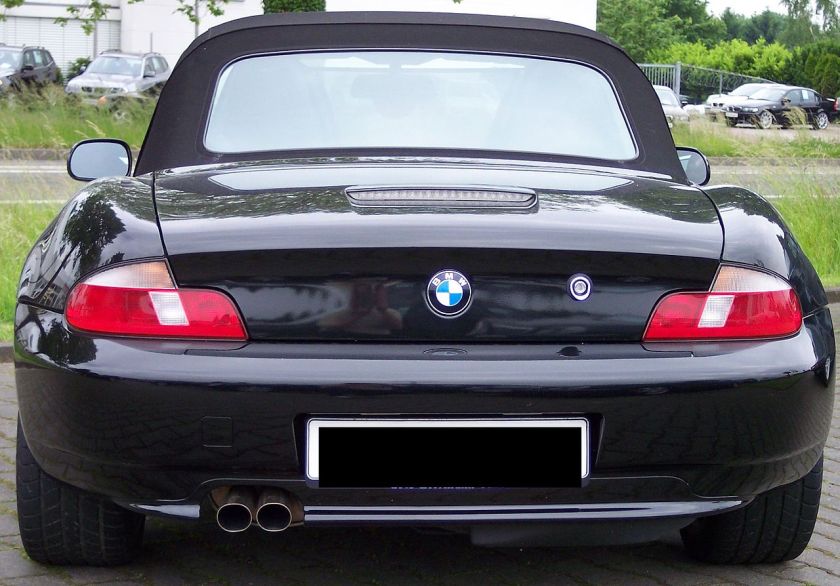
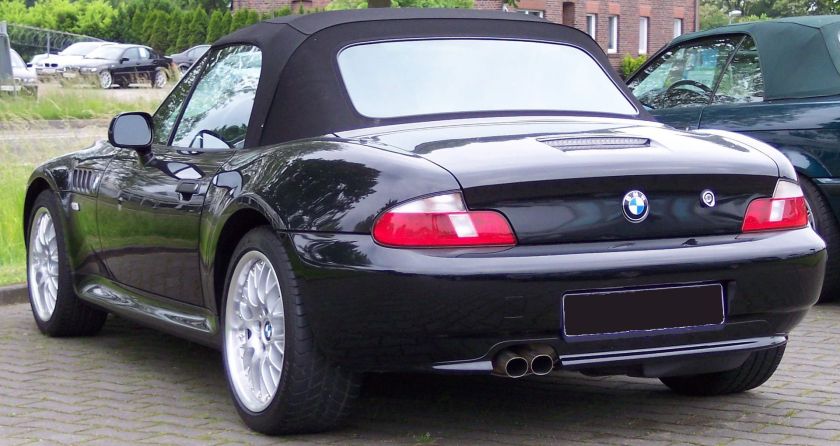
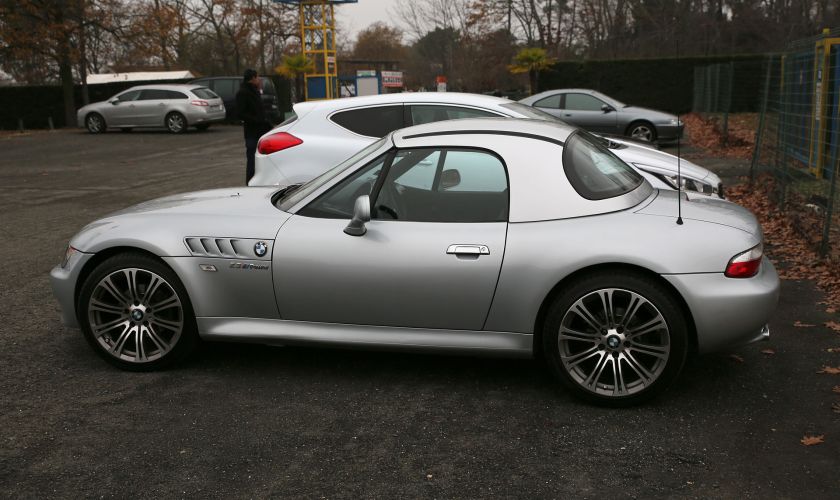
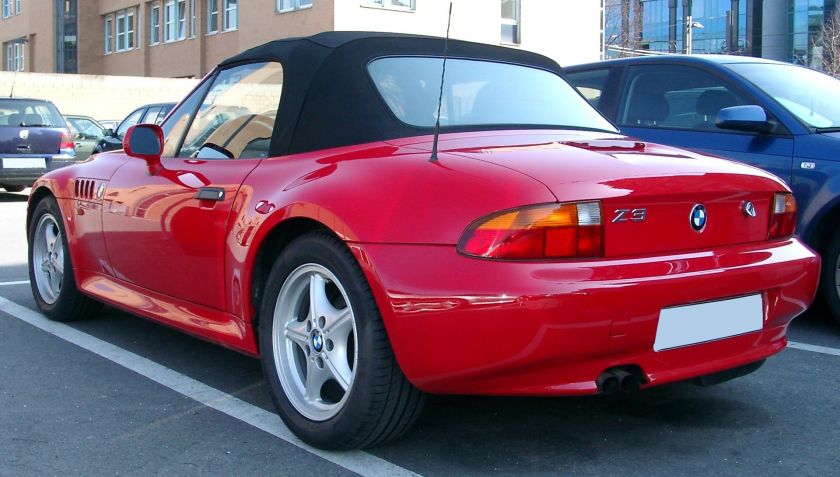
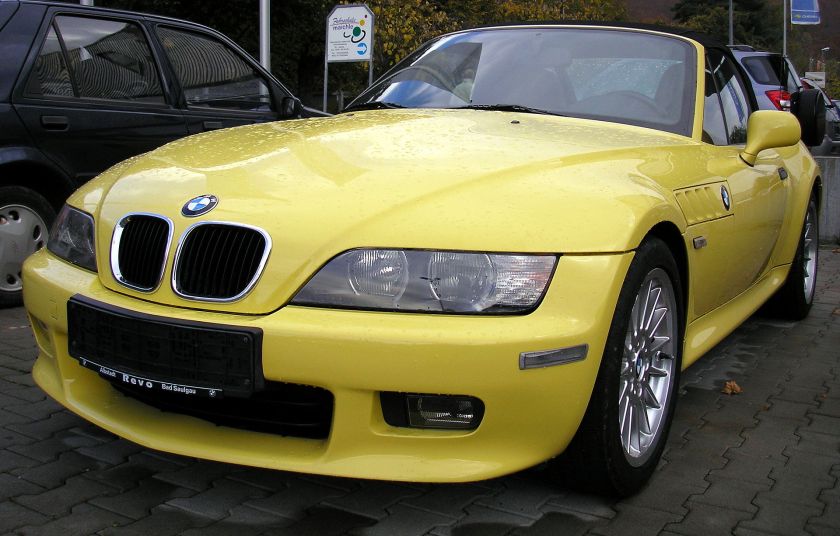
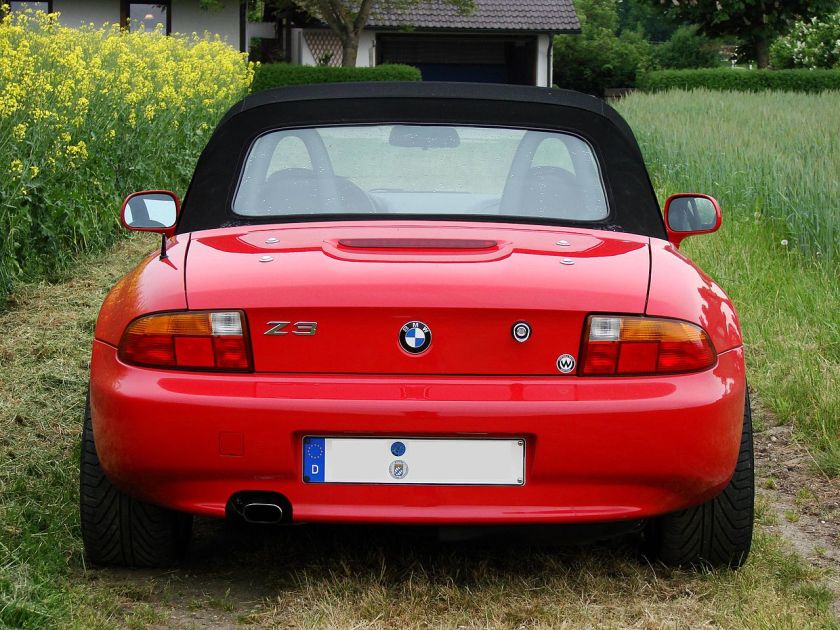
 Z3 coupe and roadster 1996–2002
Z3 coupe and roadster 1996–2002
M coupe 1998–2002 (first-generation M Coupe)
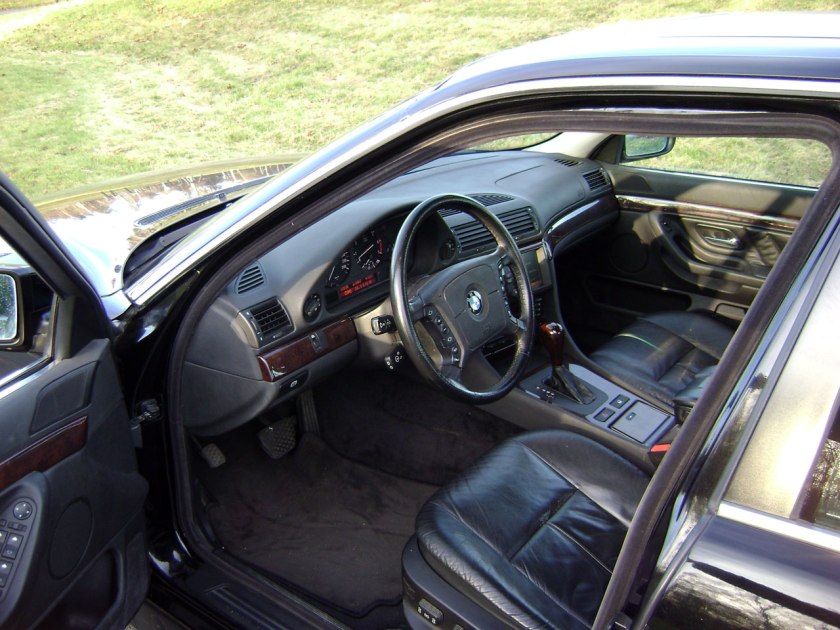
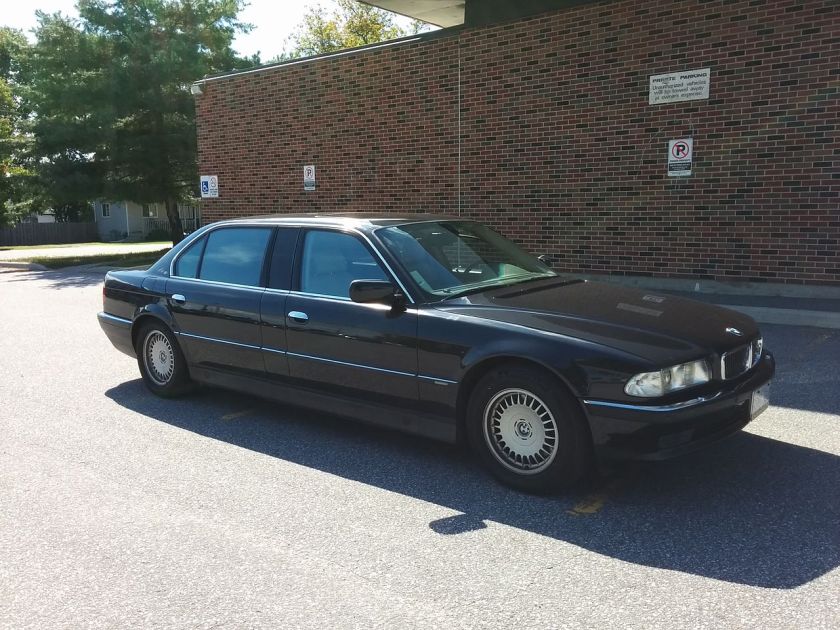
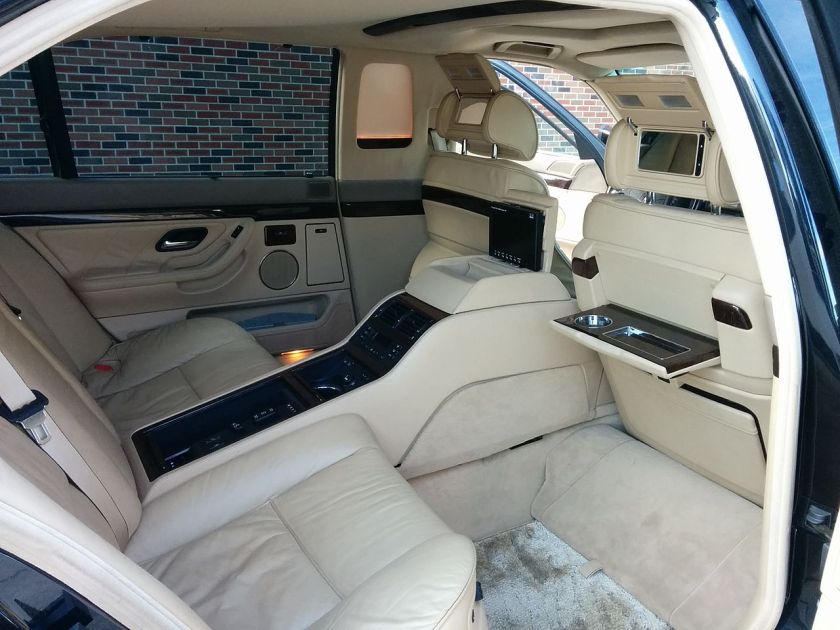
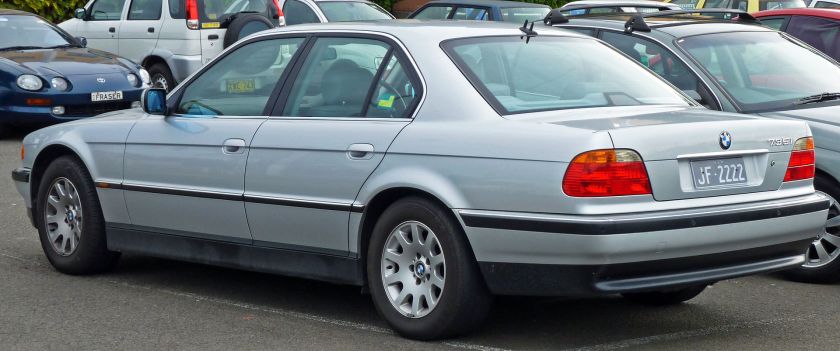
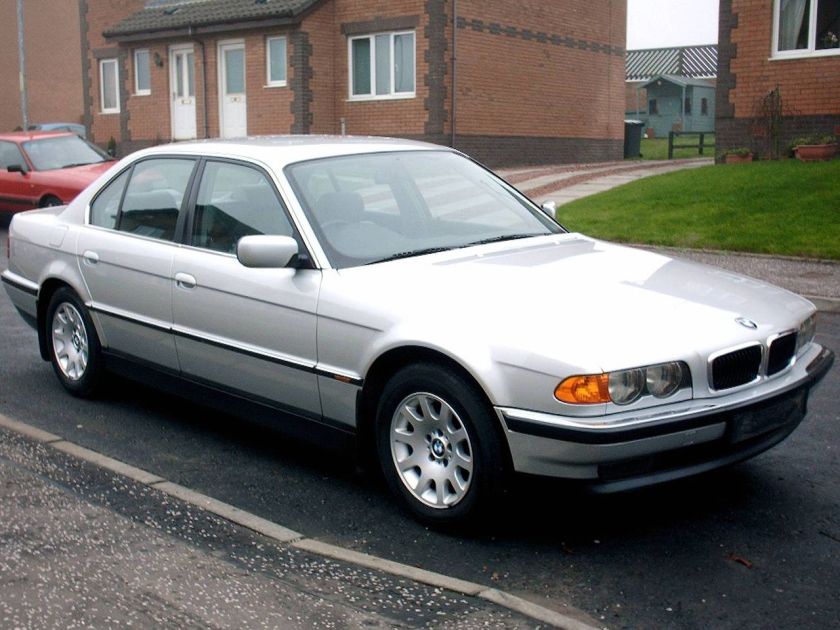
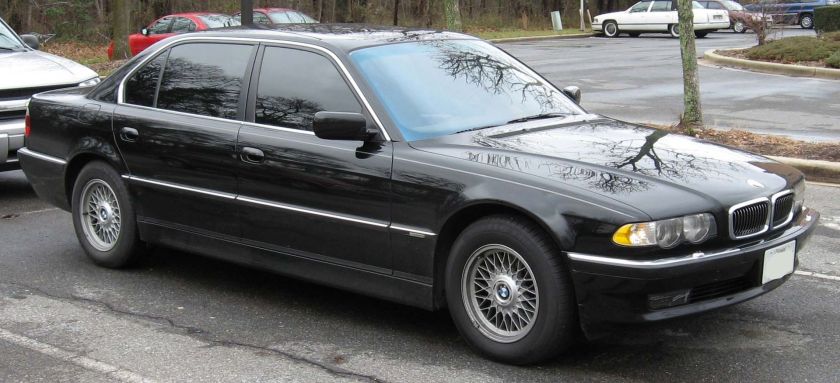
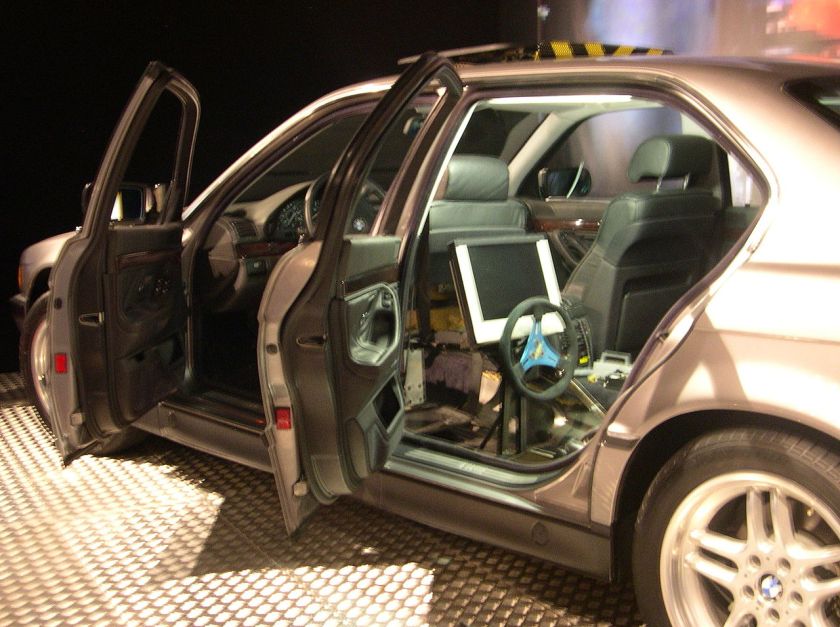
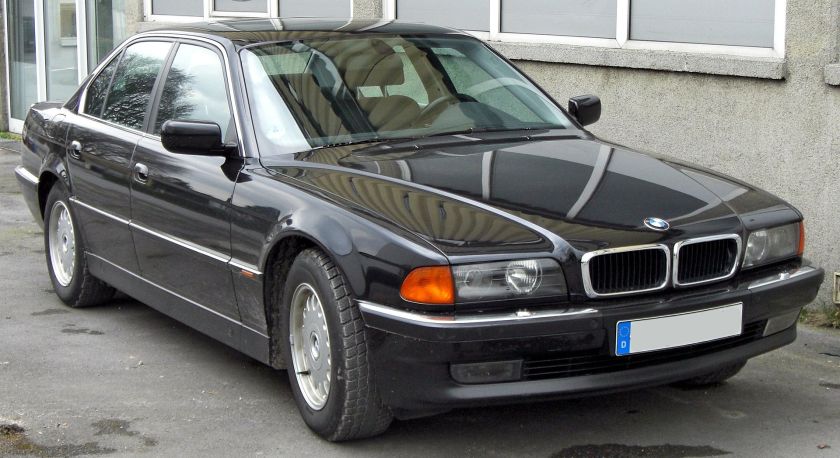 E38 7 series large sedan 1994–2001
E38 7 series large sedan 1994–2001
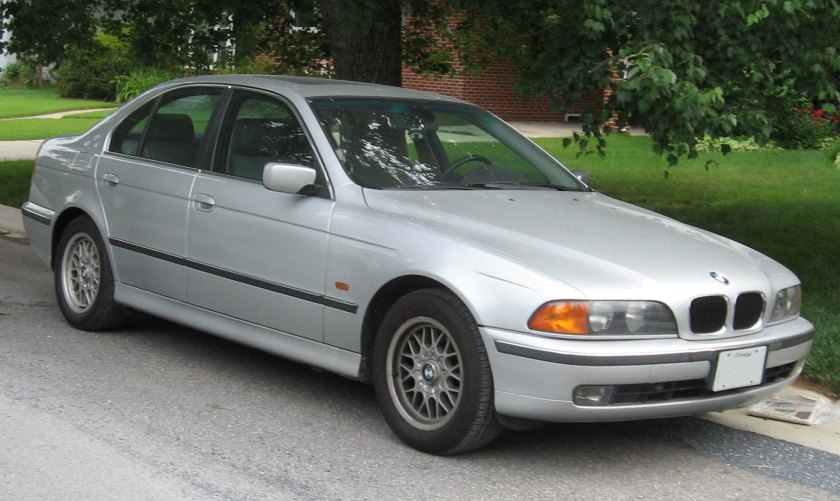
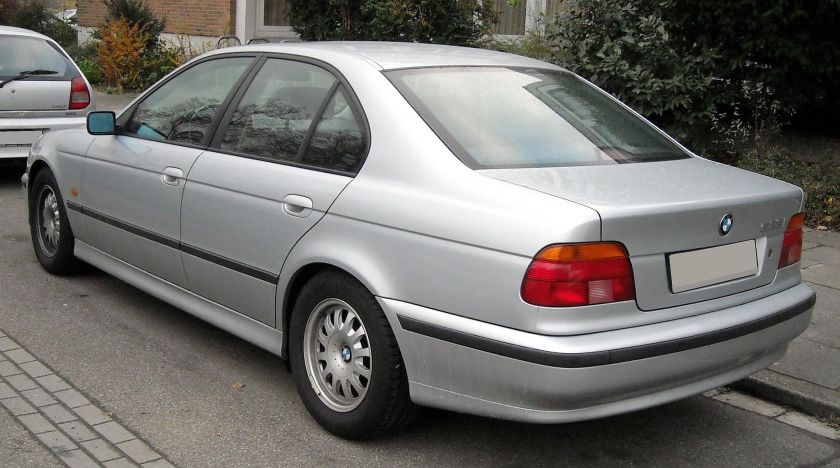
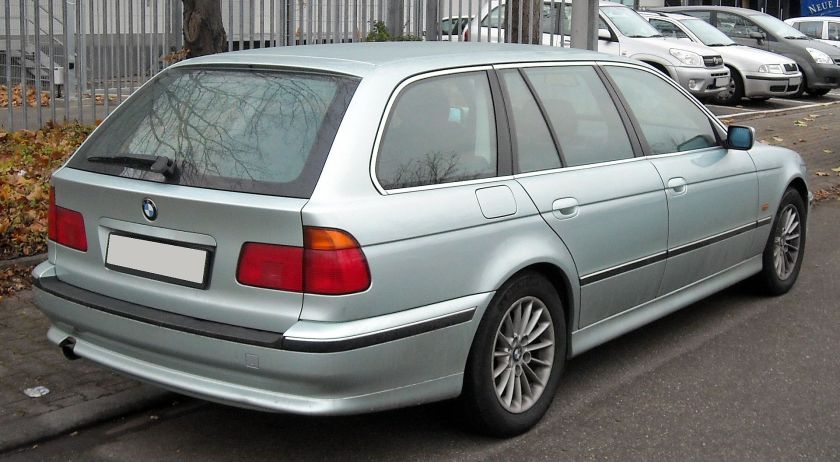
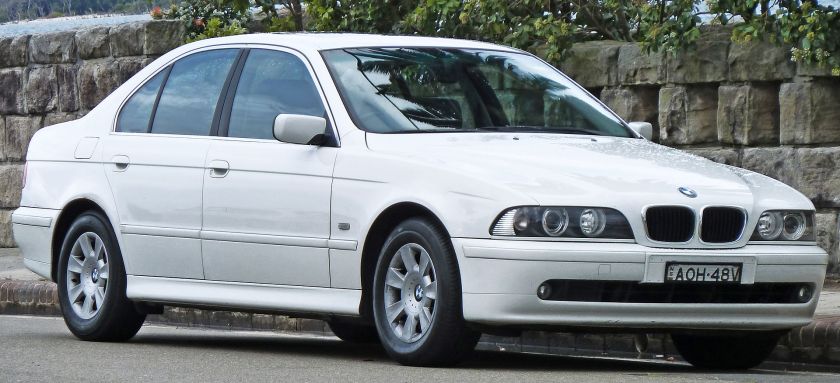
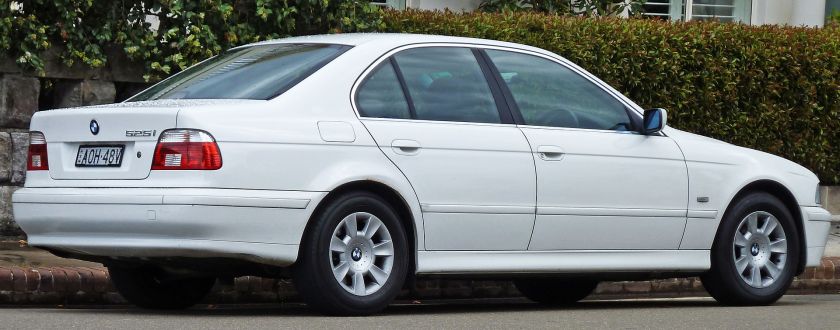
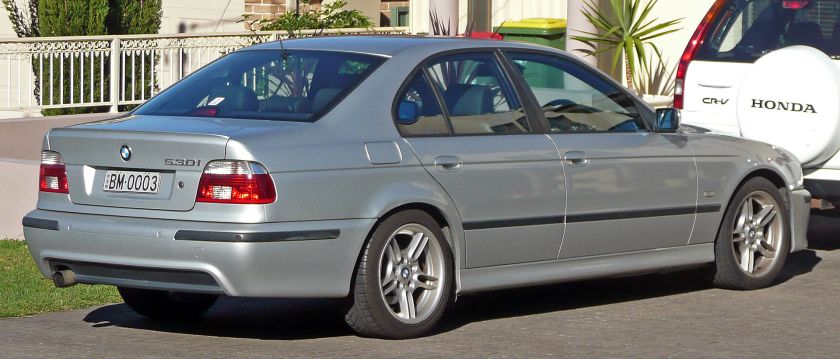

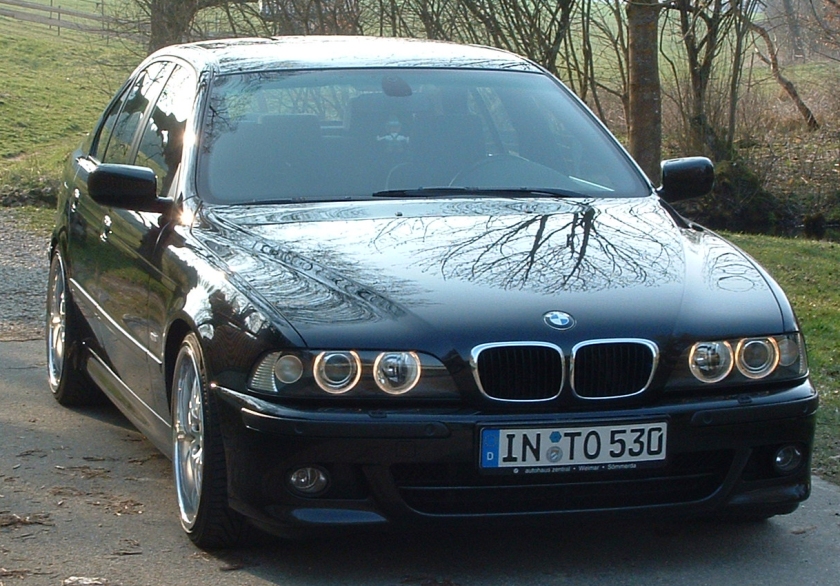 E39 5 series mid-sized sedan 1995–2003
E39 5 series mid-sized sedan 1995–2003
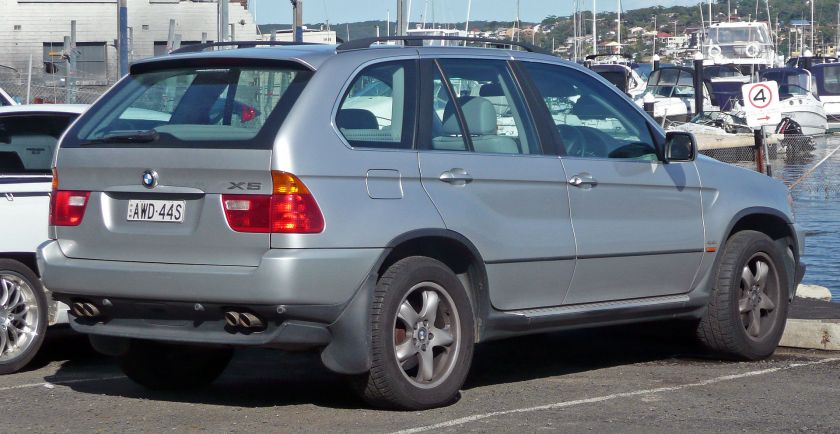
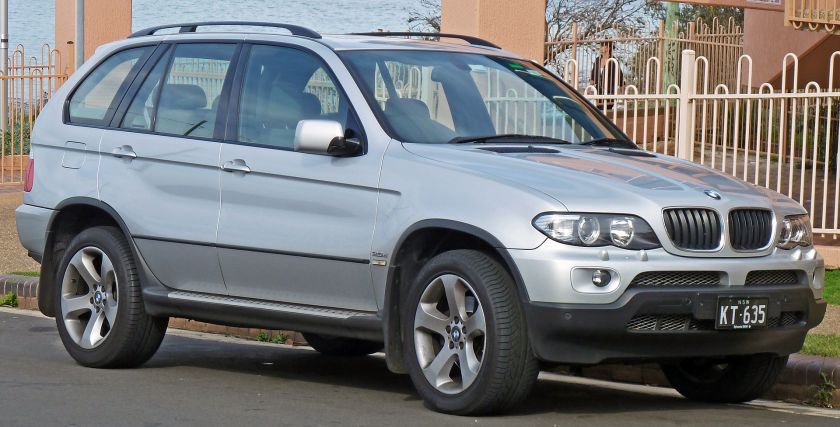
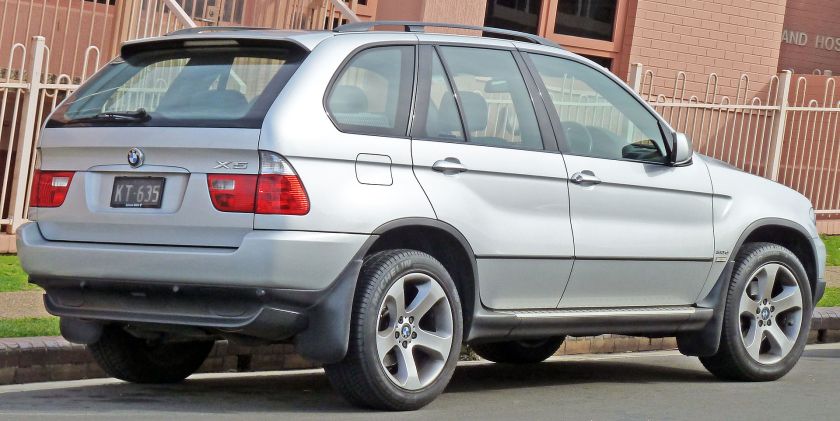
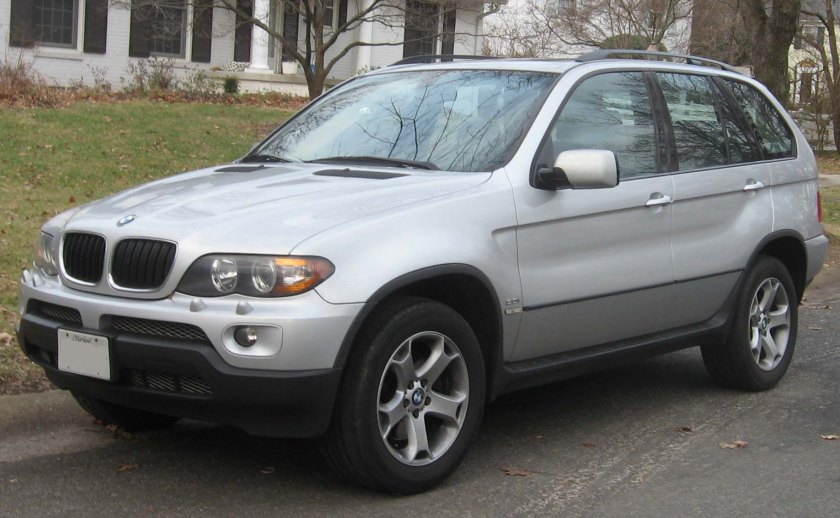 E53 X5 mid-sized SUV 1999–2006 (BMW’s first SUV)
E53 X5 mid-sized SUV 1999–2006 (BMW’s first SUV)
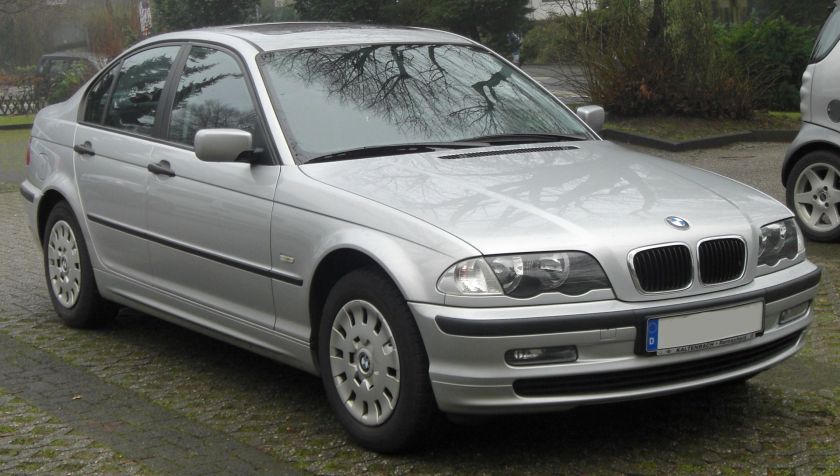
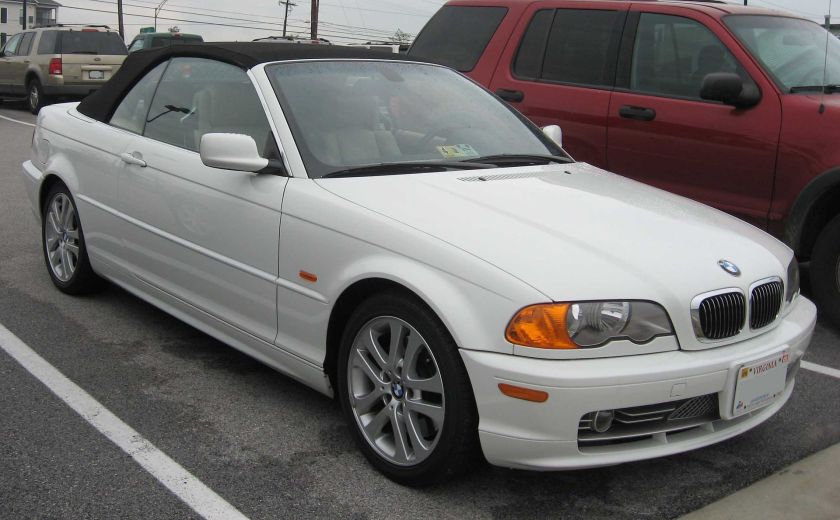
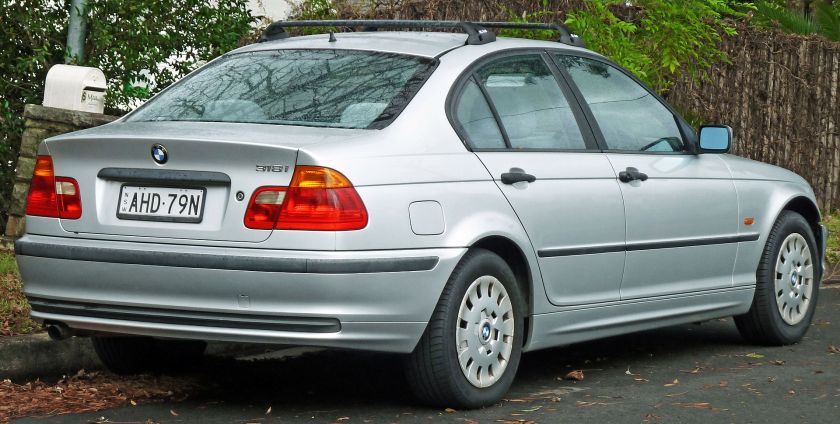

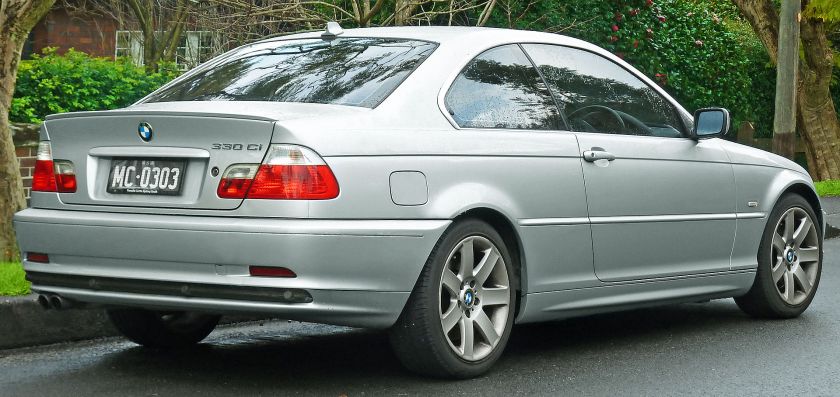
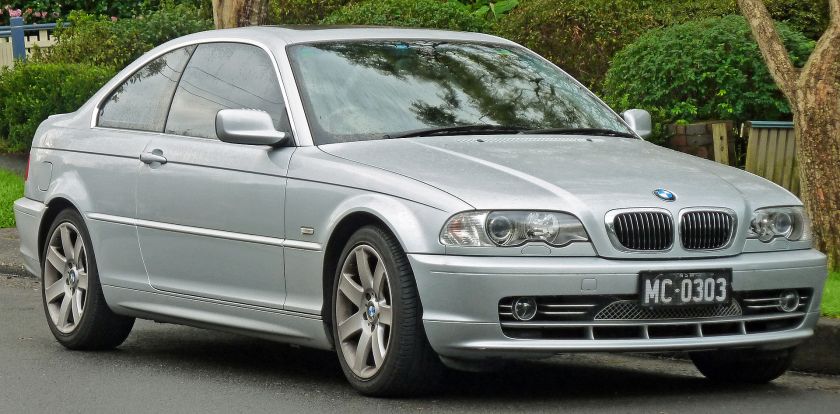
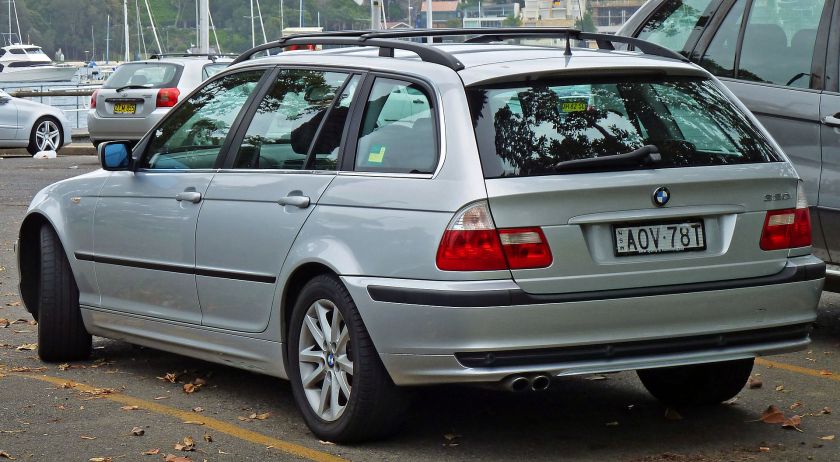
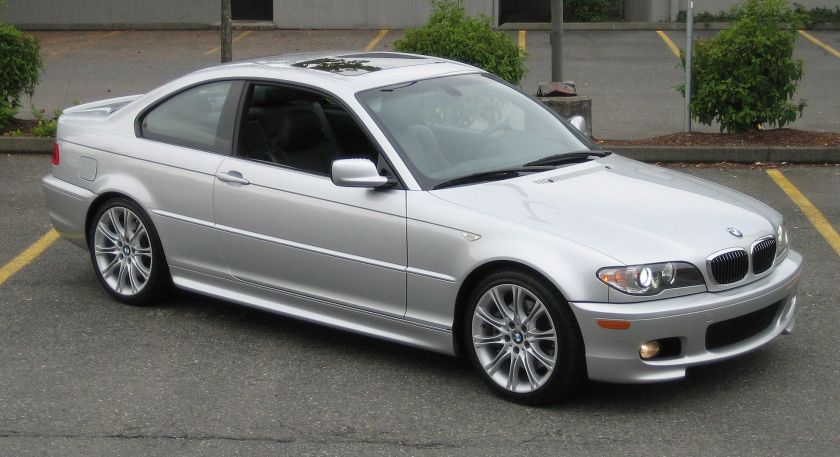
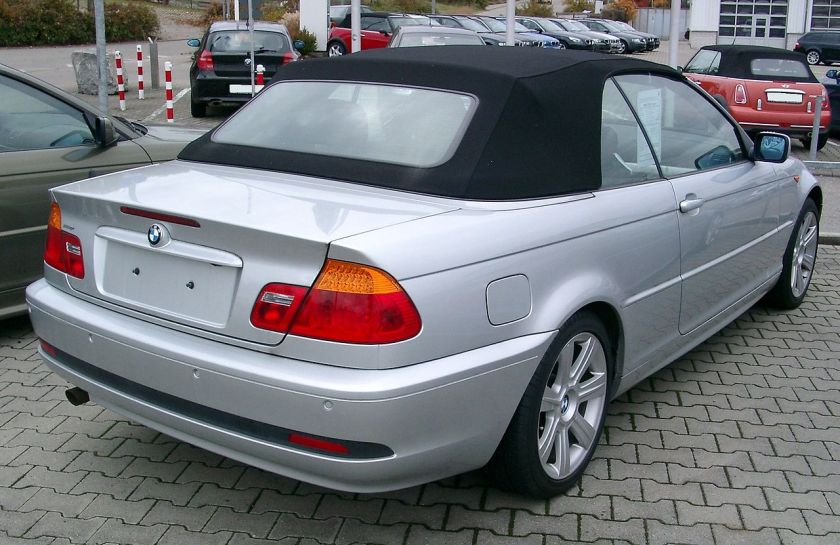
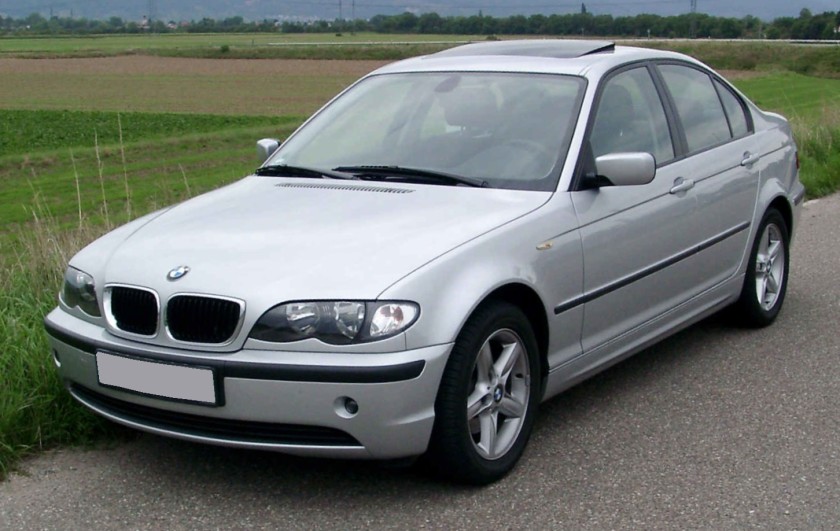
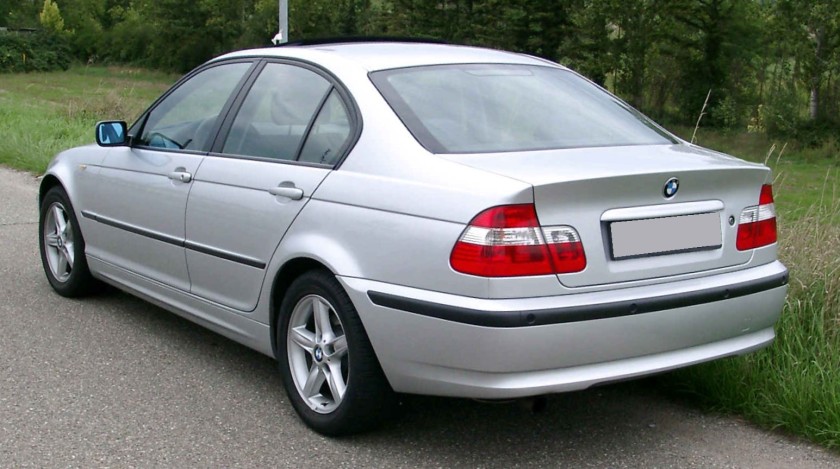
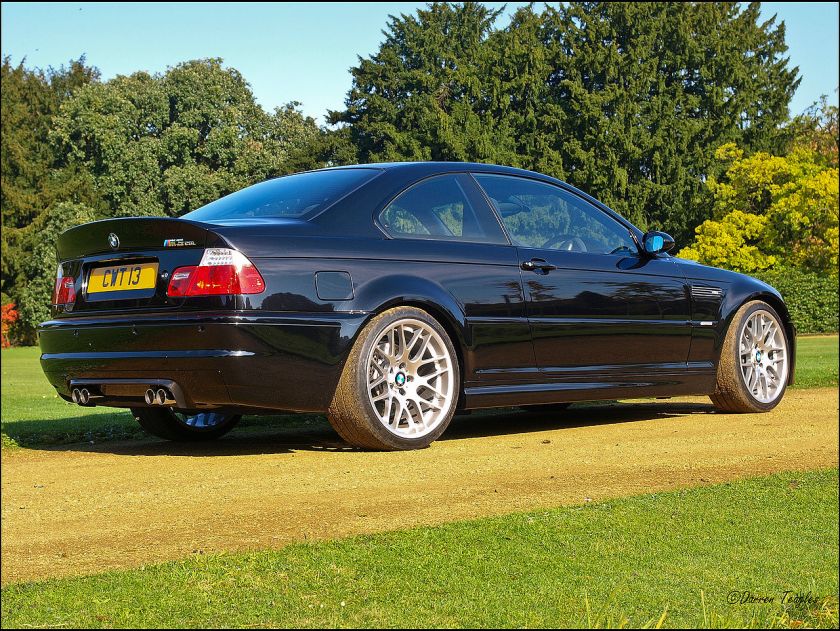
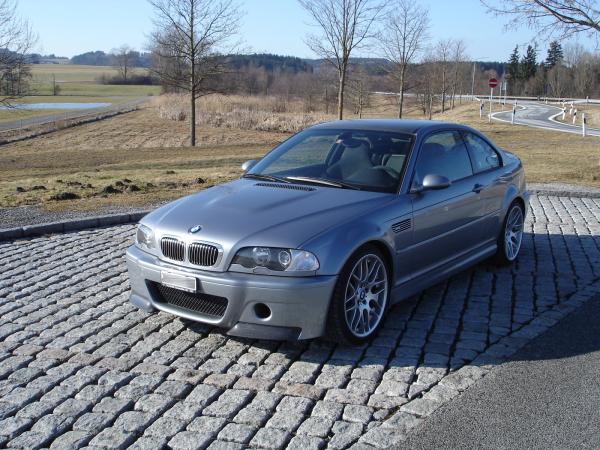
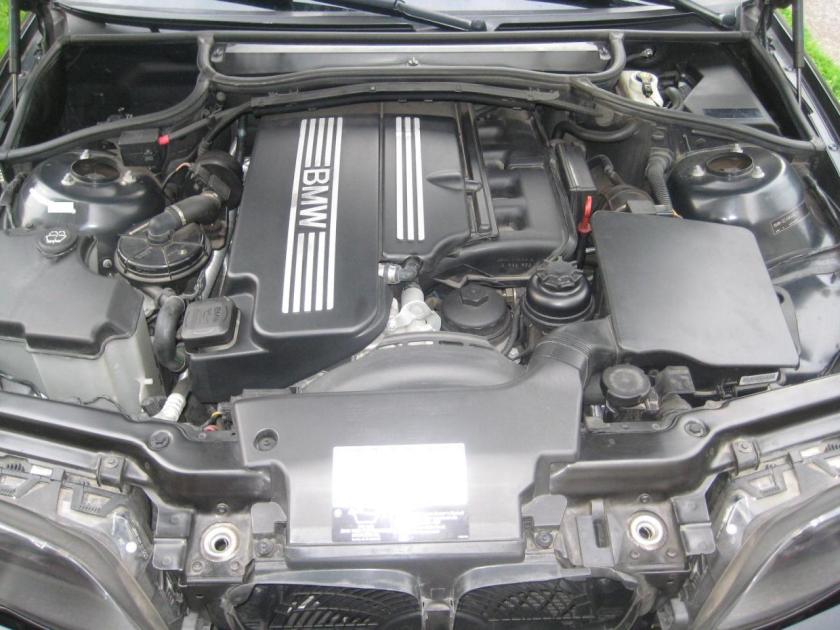
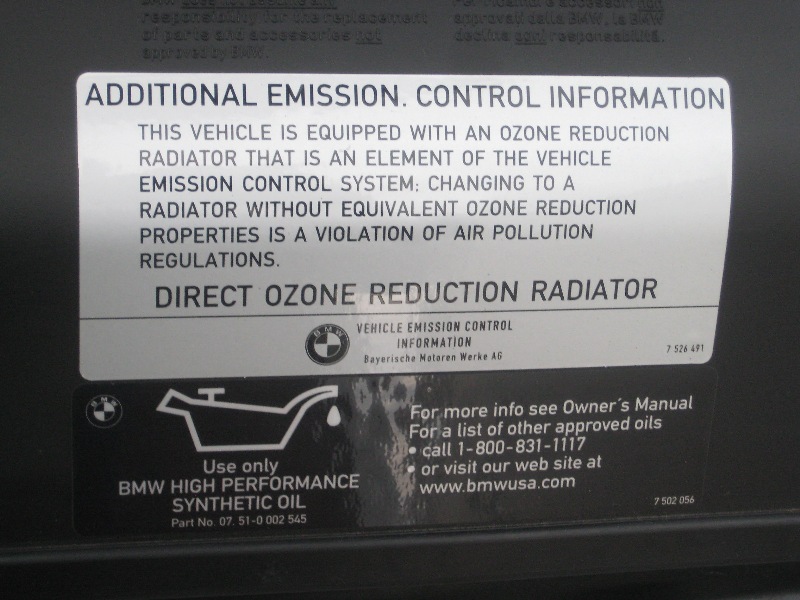 E46 3 series sedan, coupe, convertible and touring 1998–2006
E46 3 series sedan, coupe, convertible and touring 1998–2006
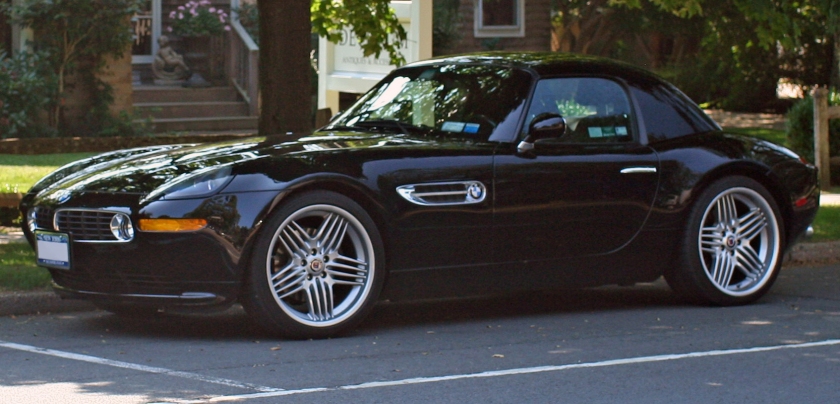
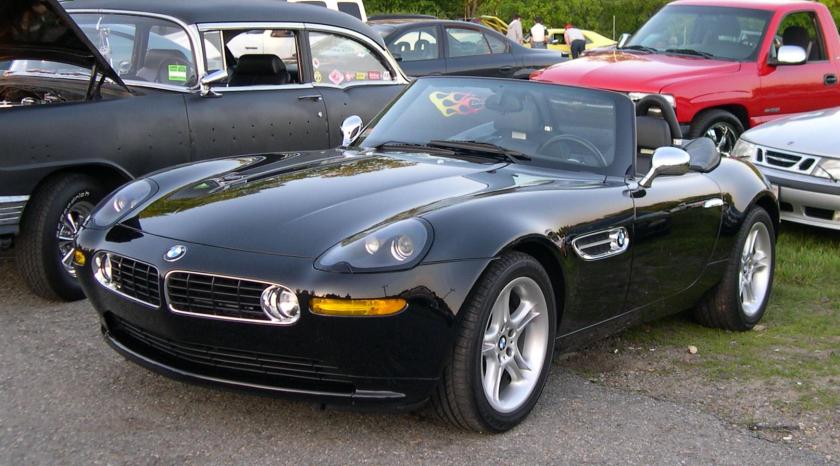
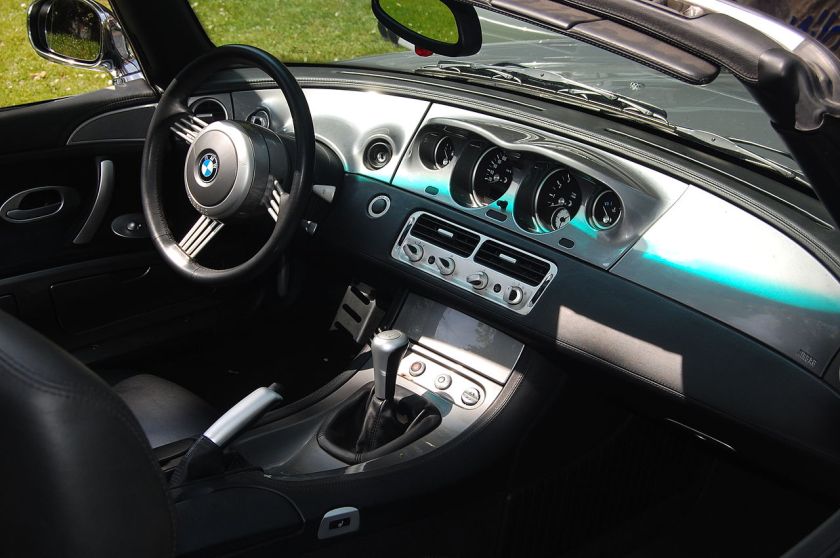
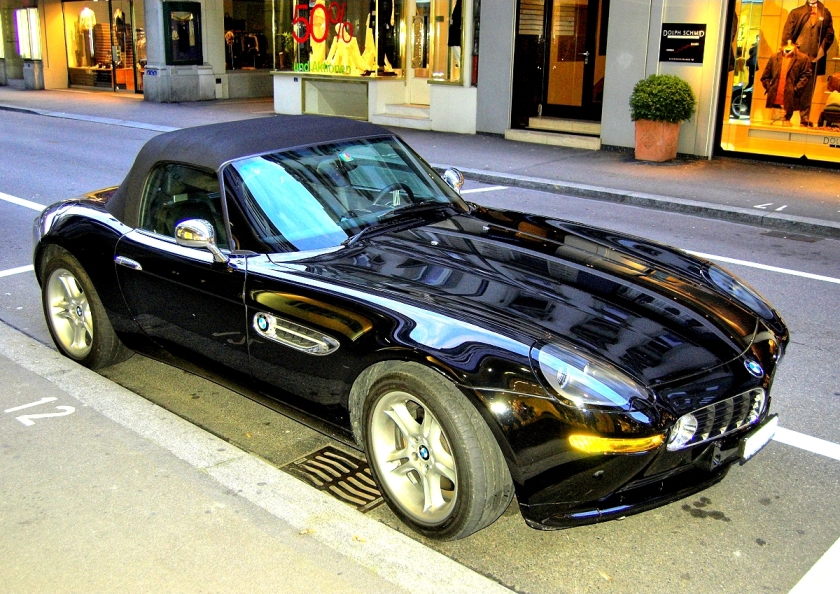 E52 Z8 roadster 1999–2003
E52 Z8 roadster 1999–2003
2000s
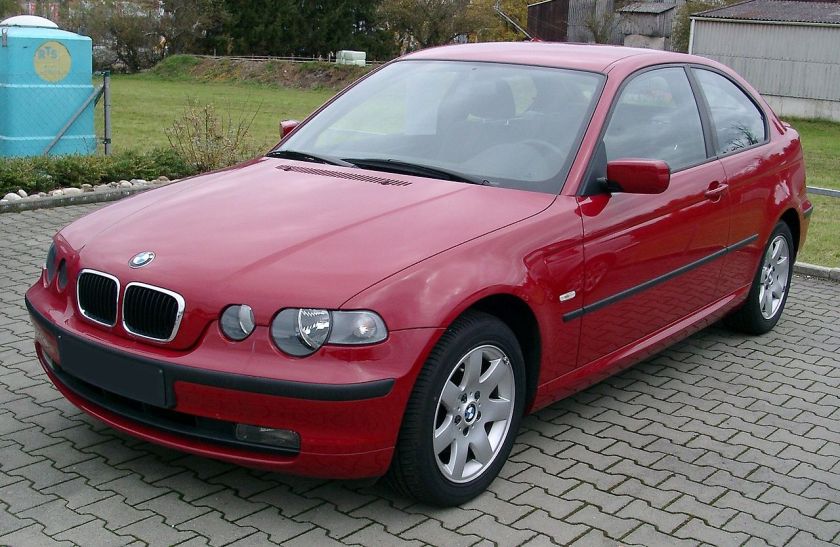
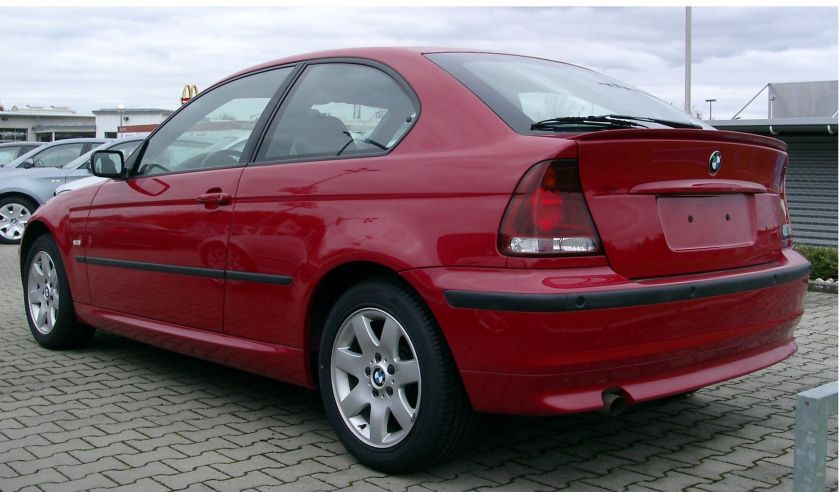 E46 Compact hatchback 2000–2004 (second-generation Compact)
E46 Compact hatchback 2000–2004 (second-generation Compact)
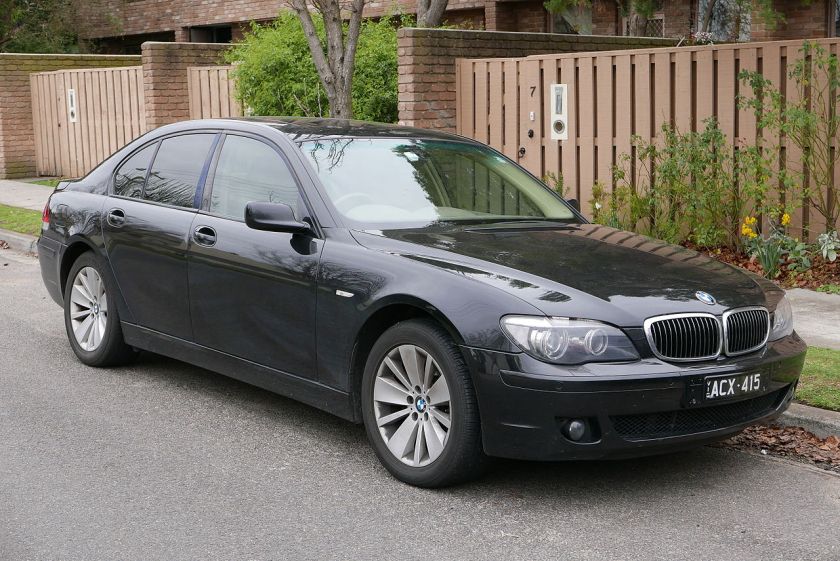
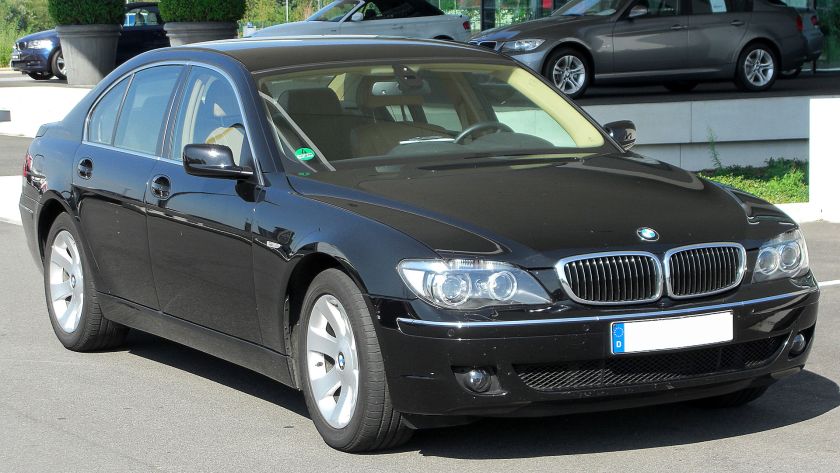
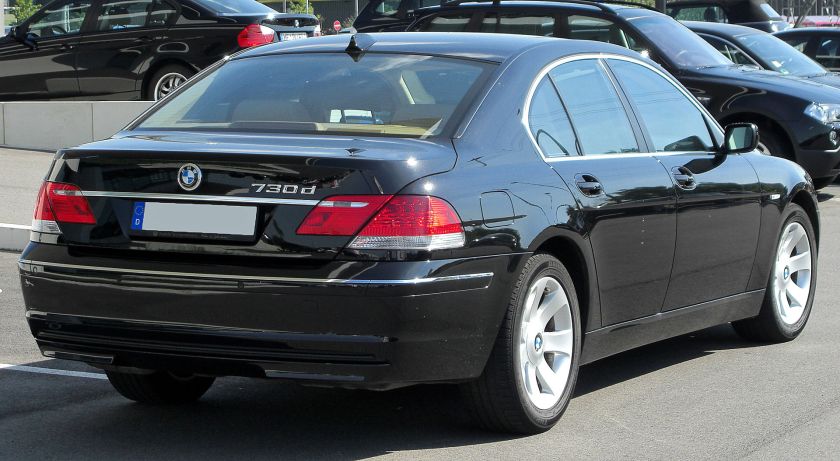
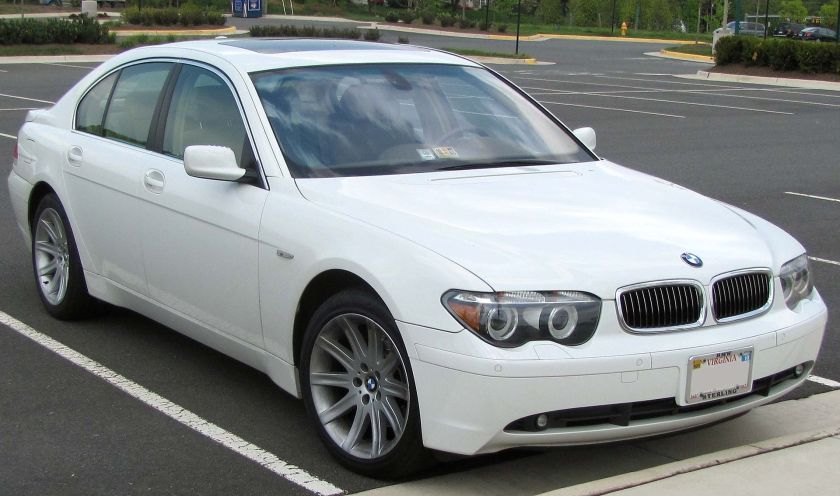
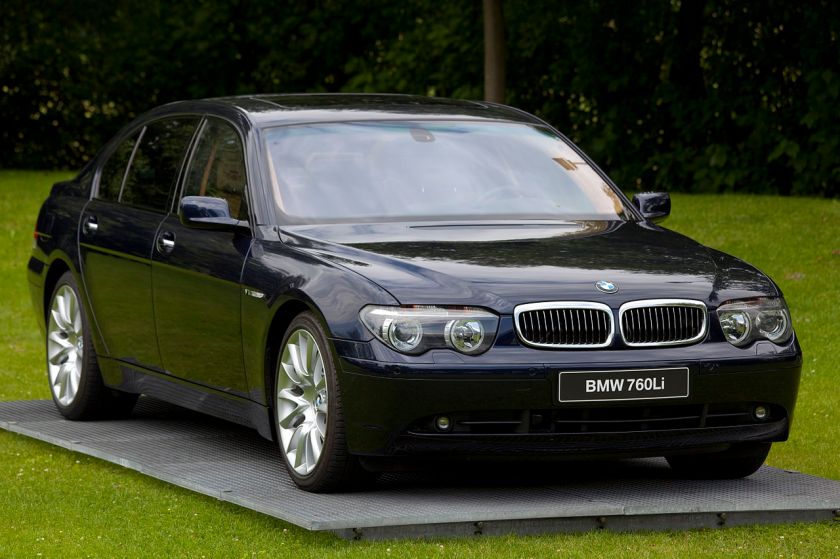
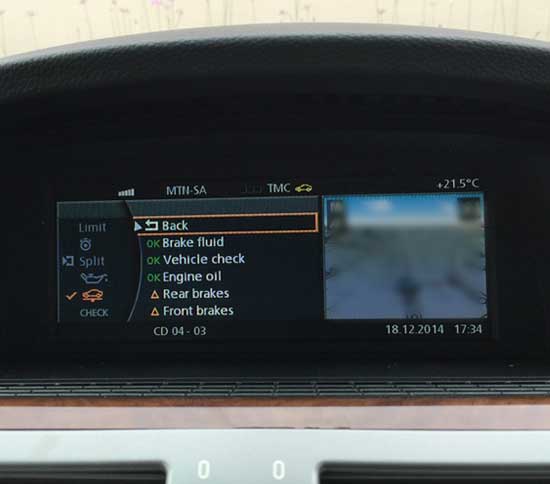
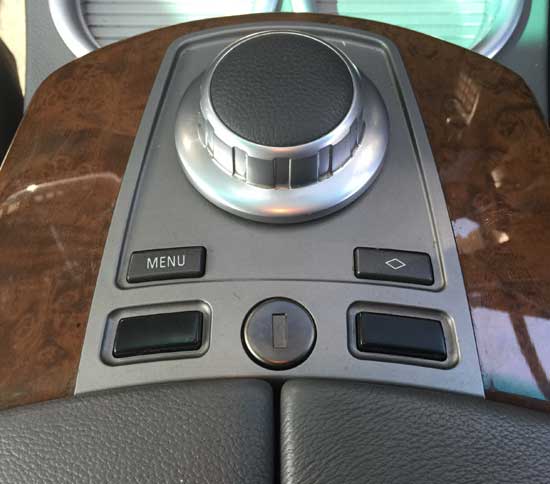
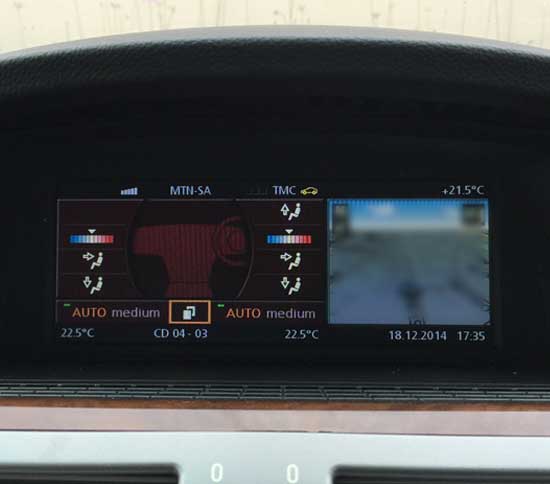
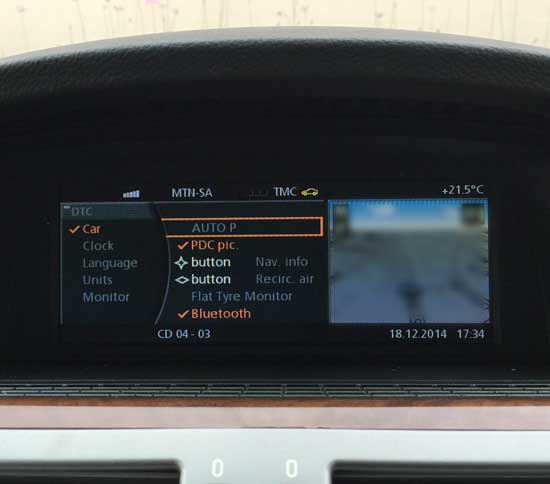
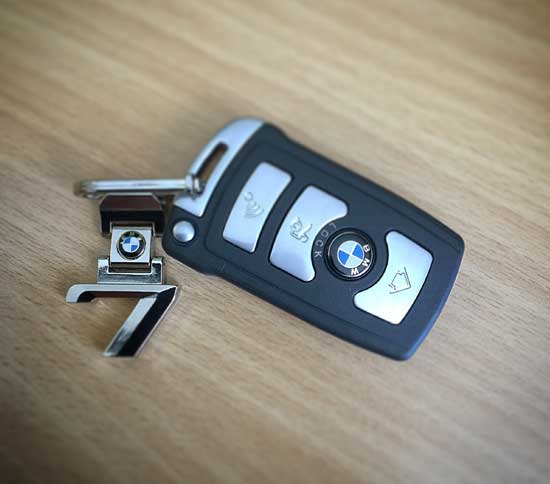
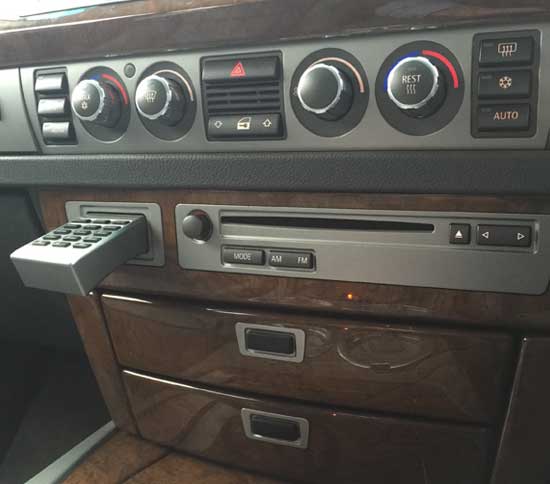
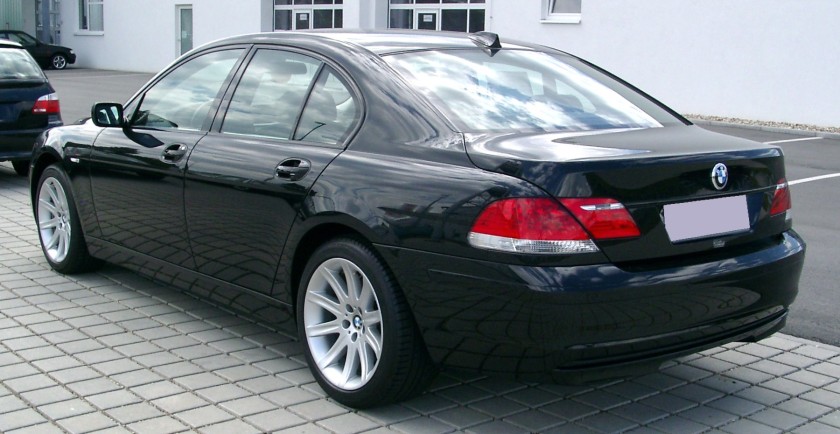
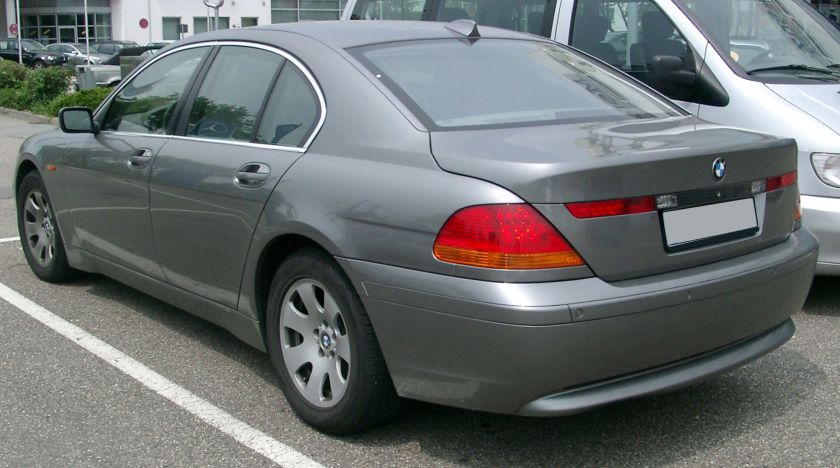

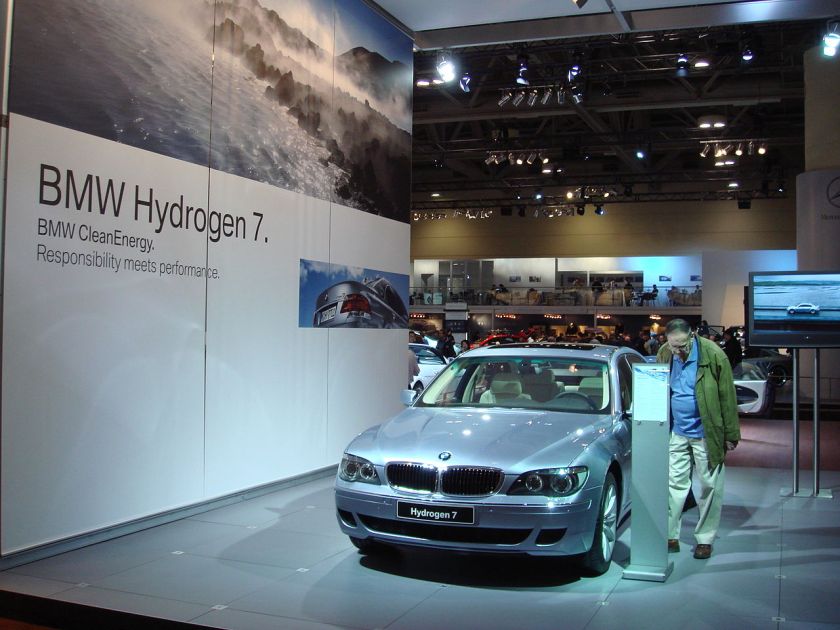 E65/66/67/68 large sedan 2002–2008
E65/66/67/68 large sedan 2002–2008
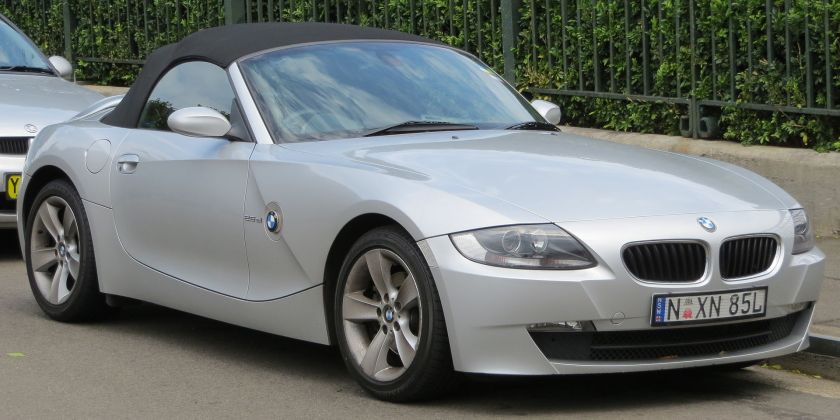
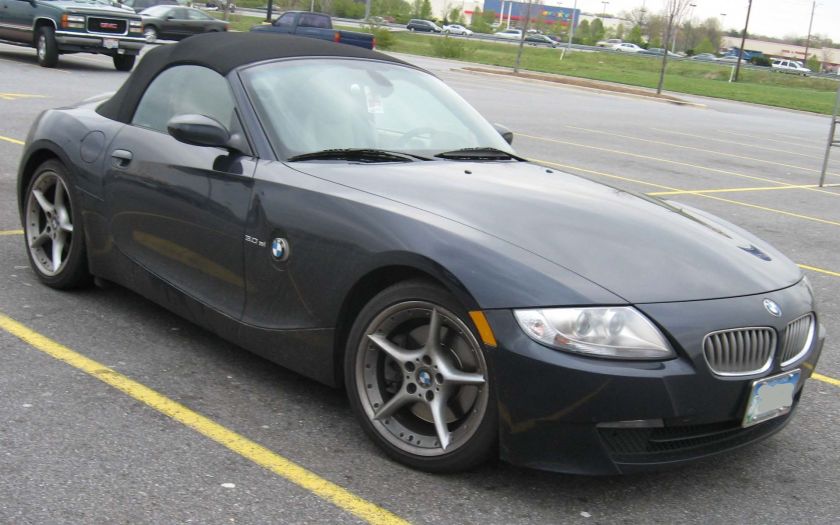
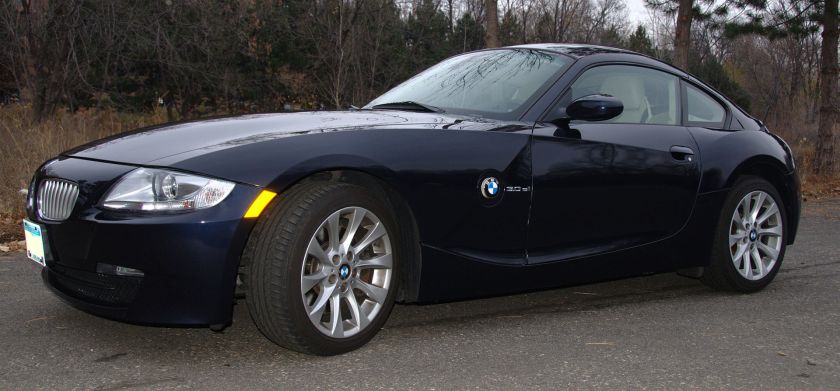
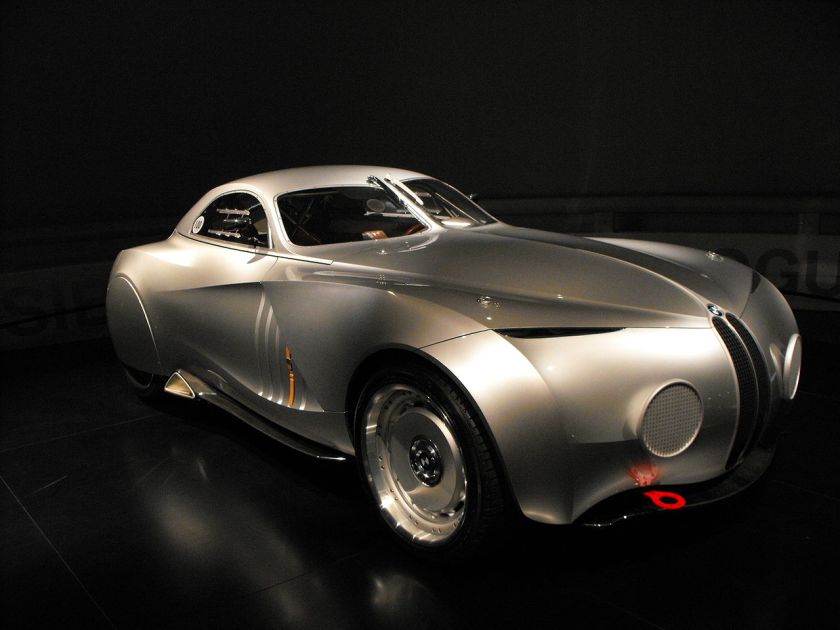
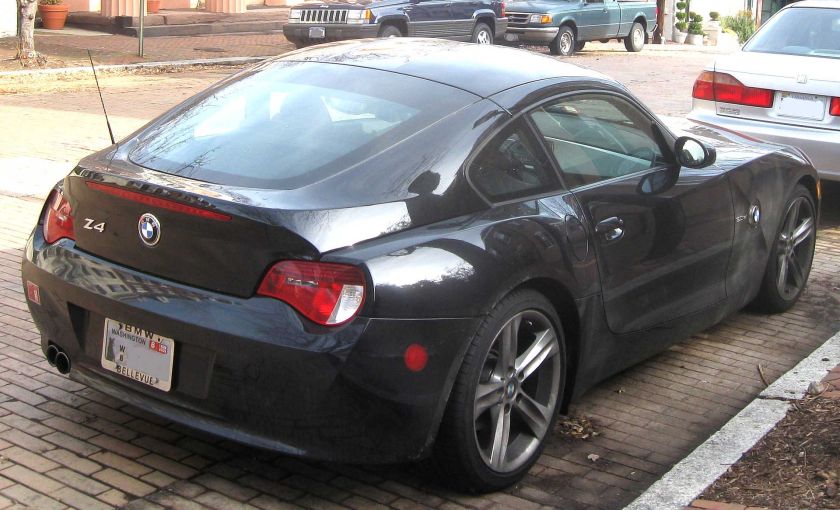 E85/E86 Z4 roadster/coupe 2002–2008 (first-generation Z4)
E85/E86 Z4 roadster/coupe 2002–2008 (first-generation Z4)
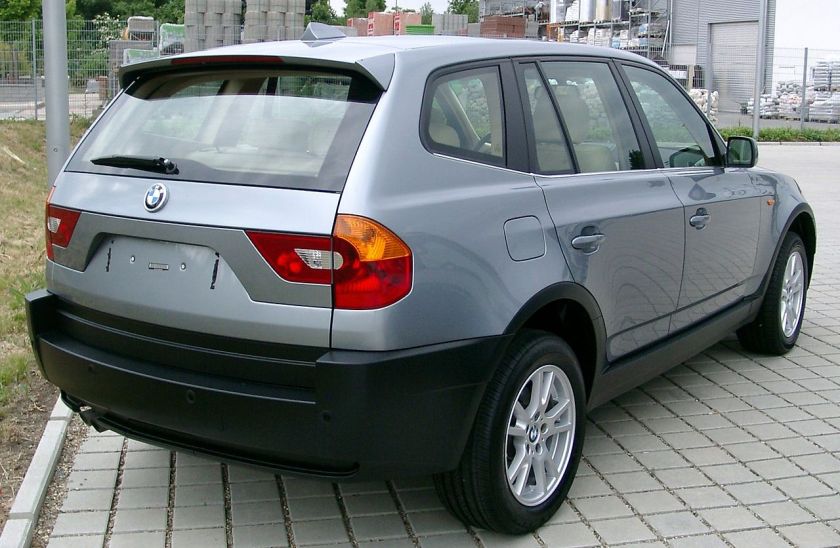
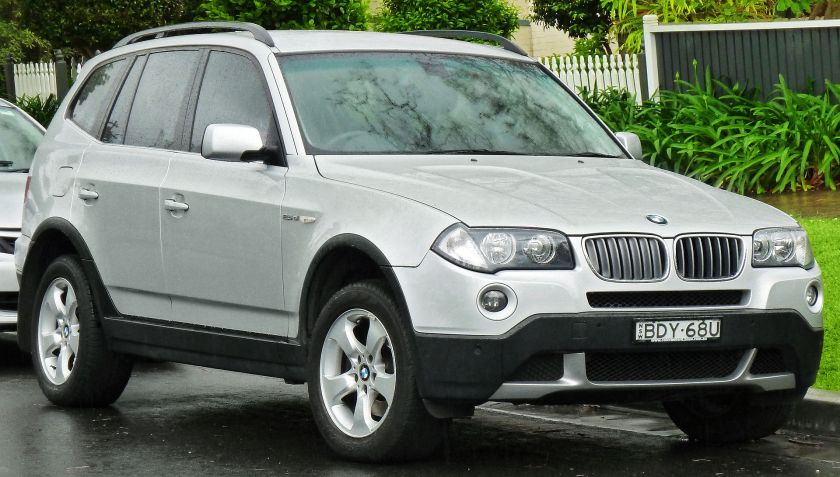

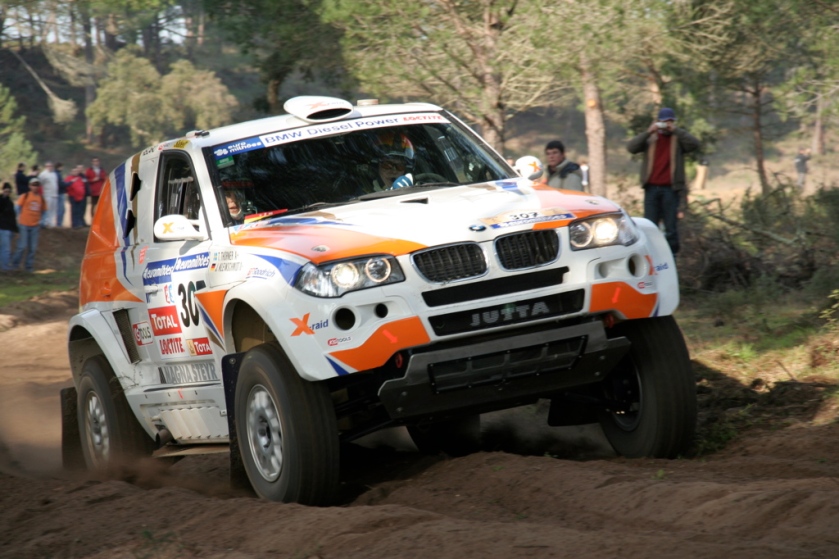
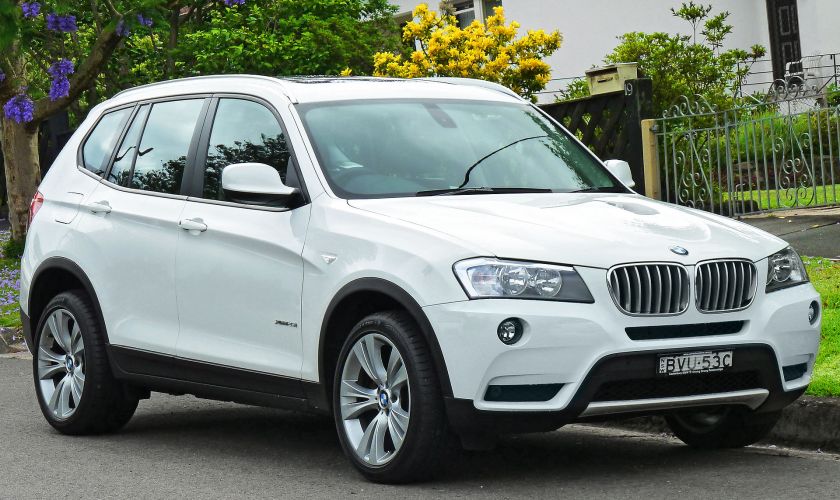
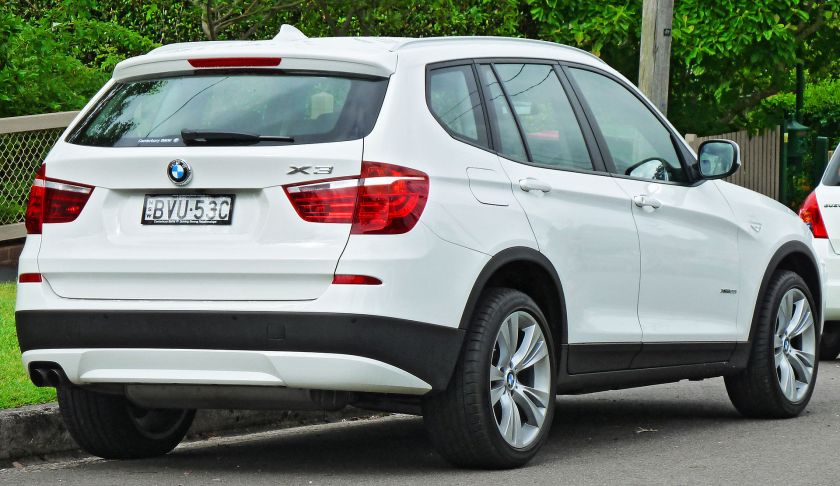
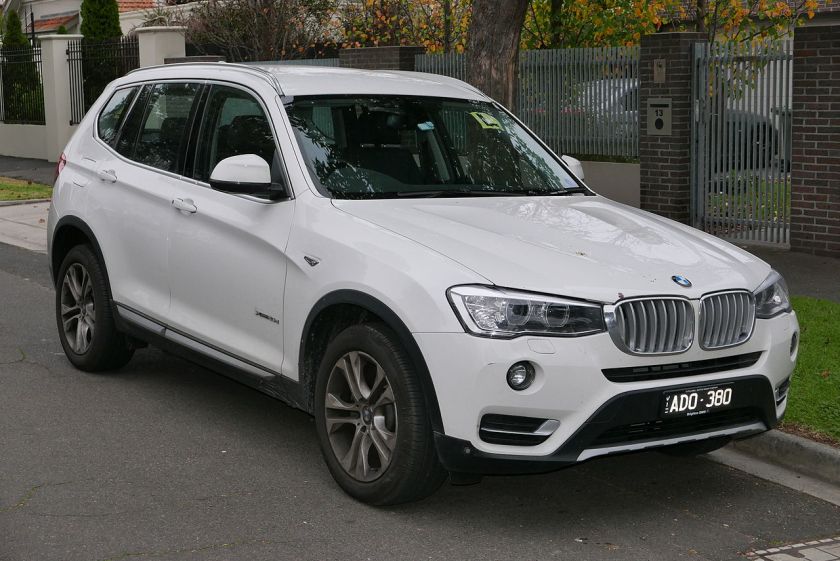
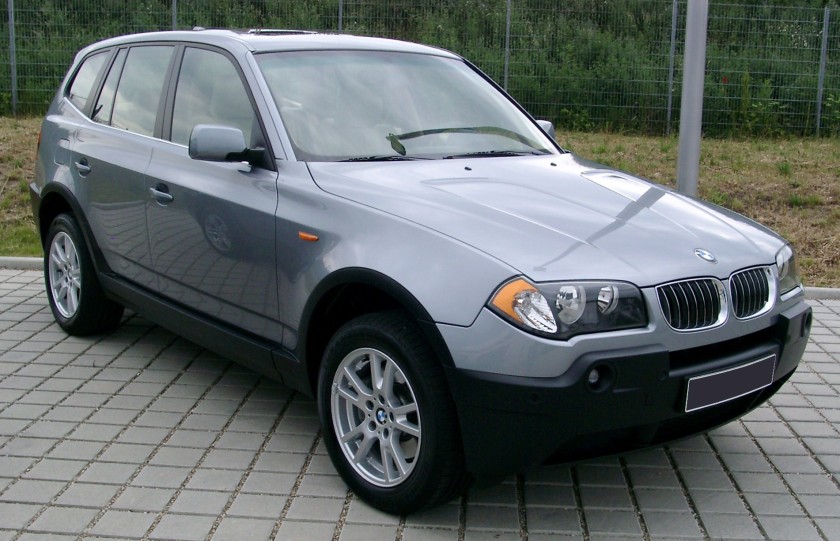 E83 X3 crossover SUV 2003–2010
E83 X3 crossover SUV 2003–2010
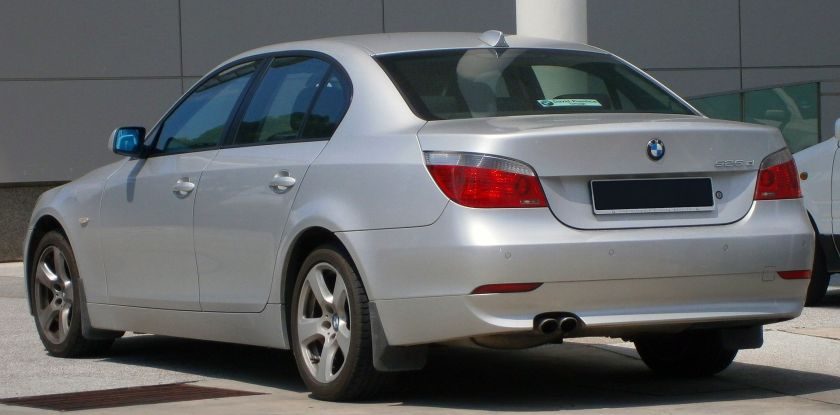
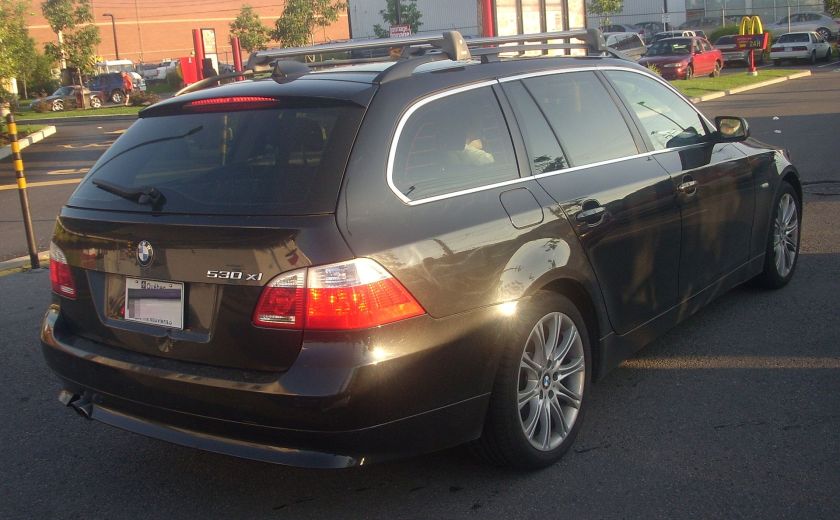
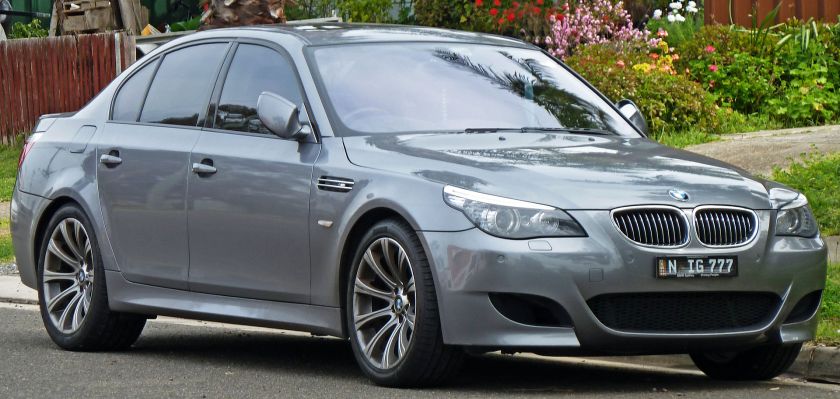
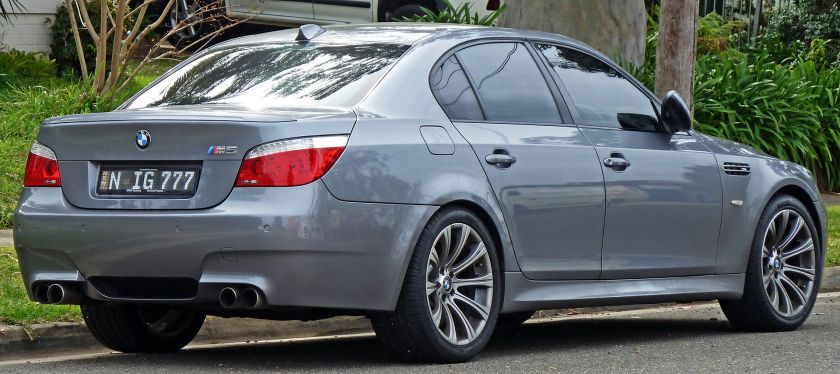
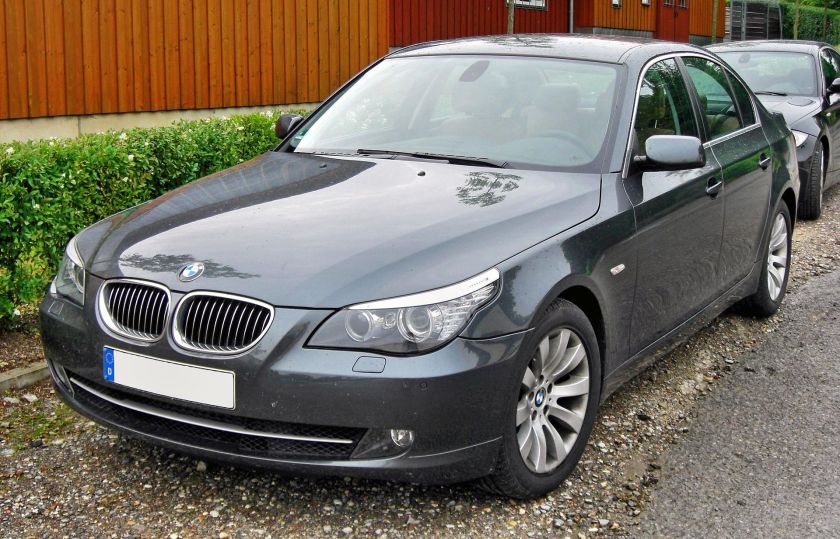 E60 5 series mid-sized sedan 2003–2010
E60 5 series mid-sized sedan 2003–2010
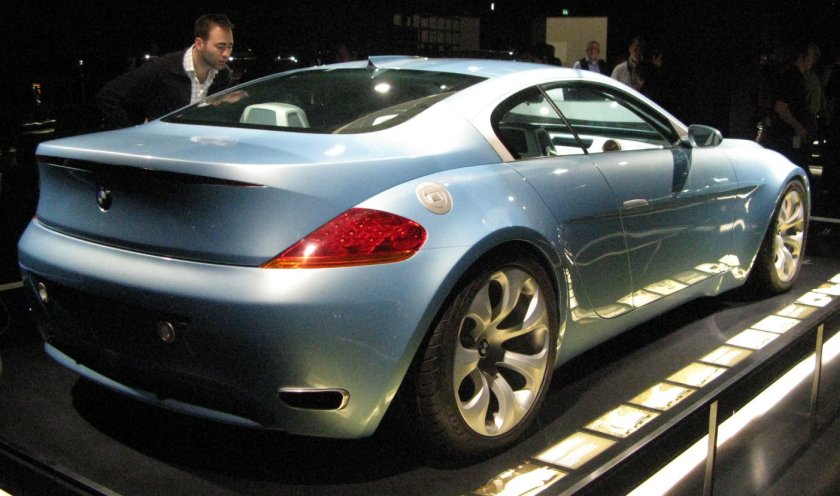
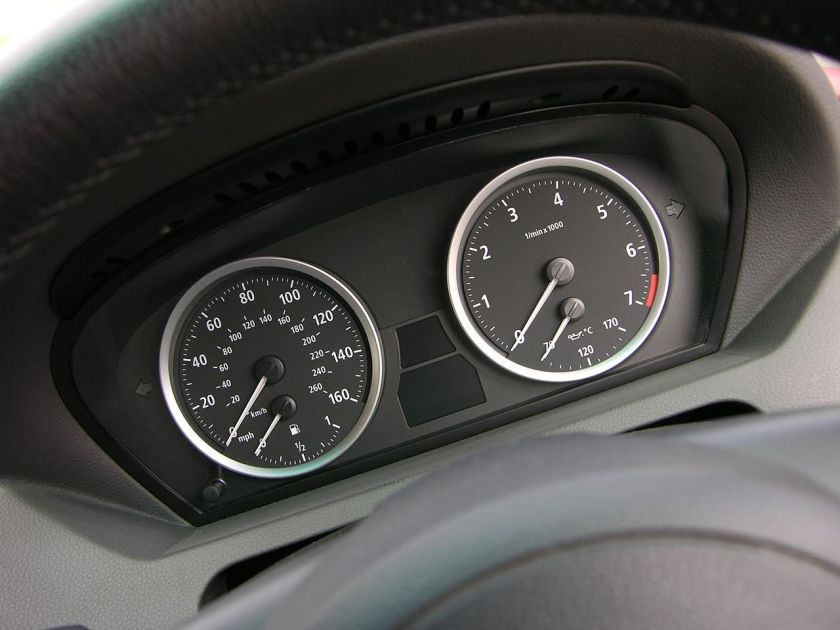
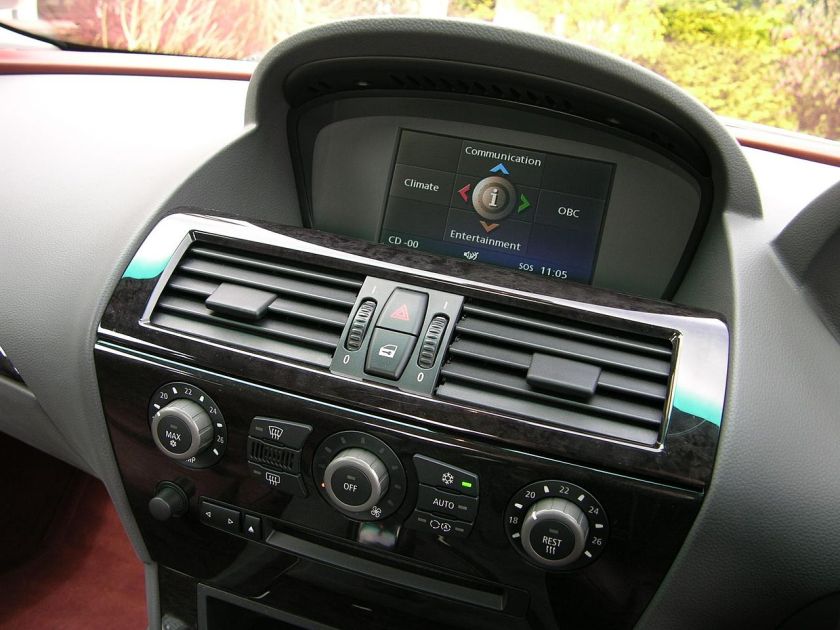

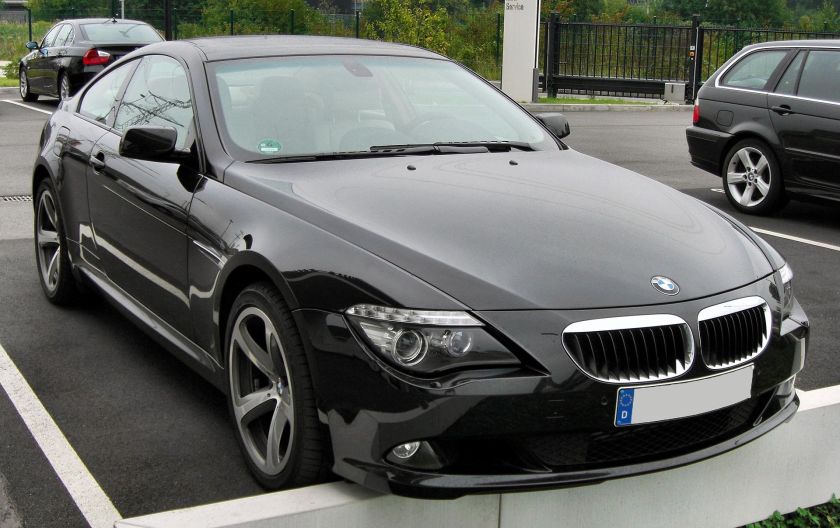

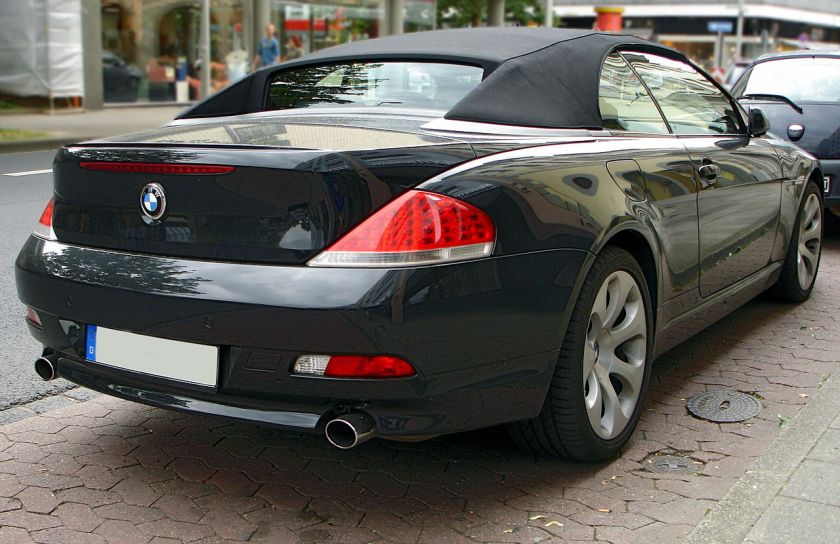
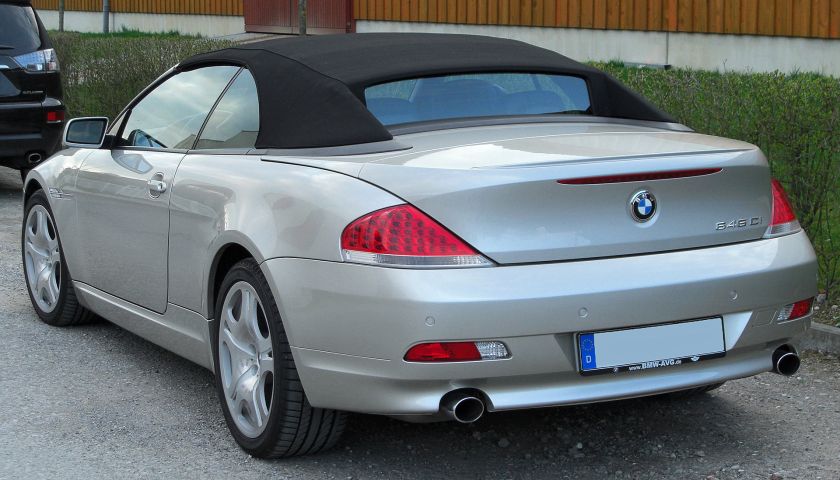
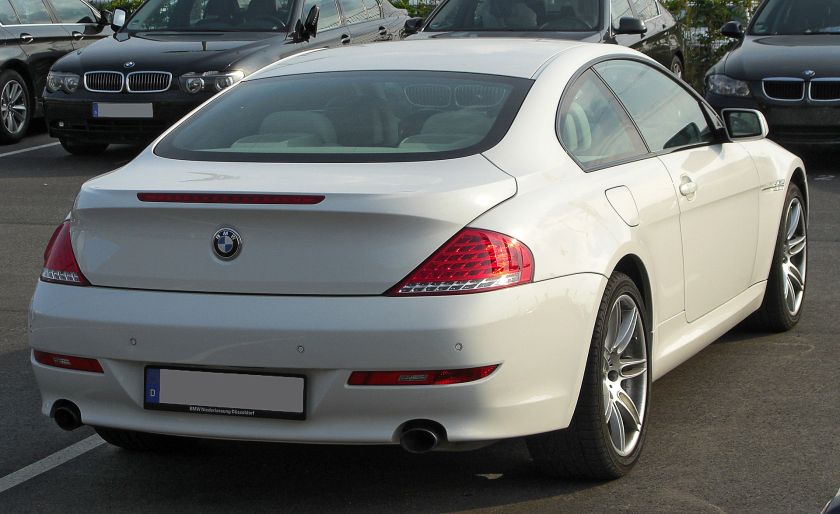
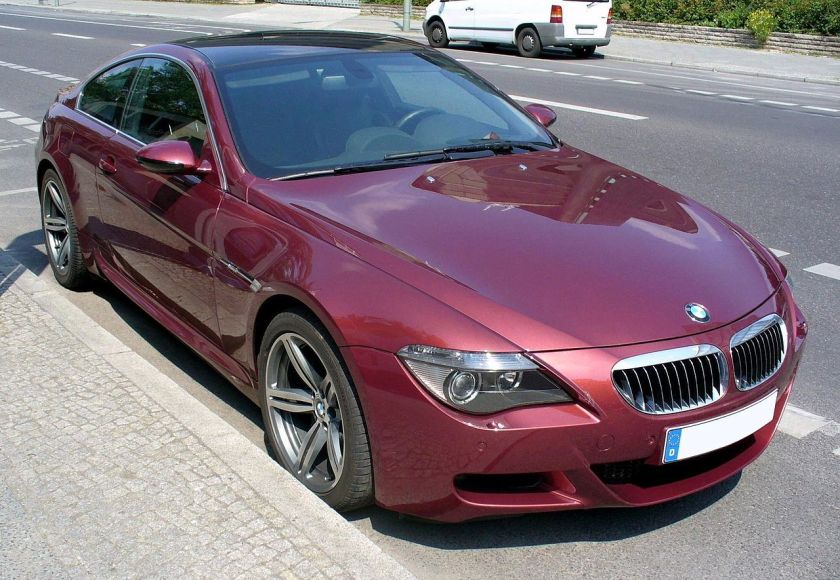 E63/E64 mid-sized coupe/convertible 2003–2011
E63/E64 mid-sized coupe/convertible 2003–2011
E61 estate 2004–2011
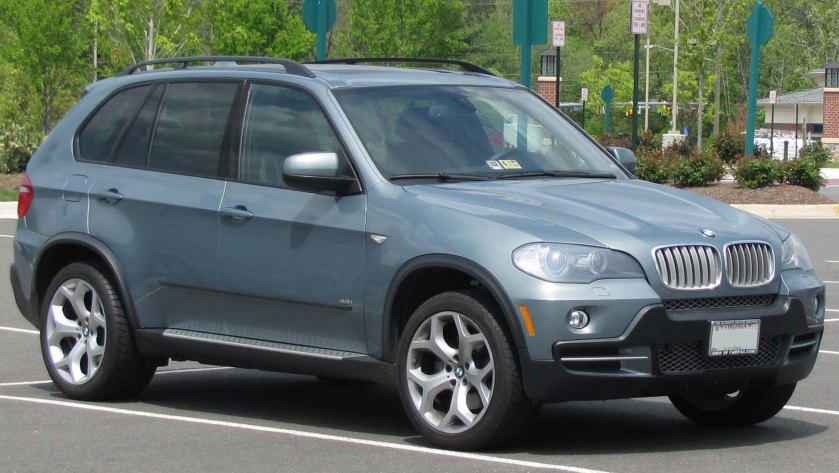
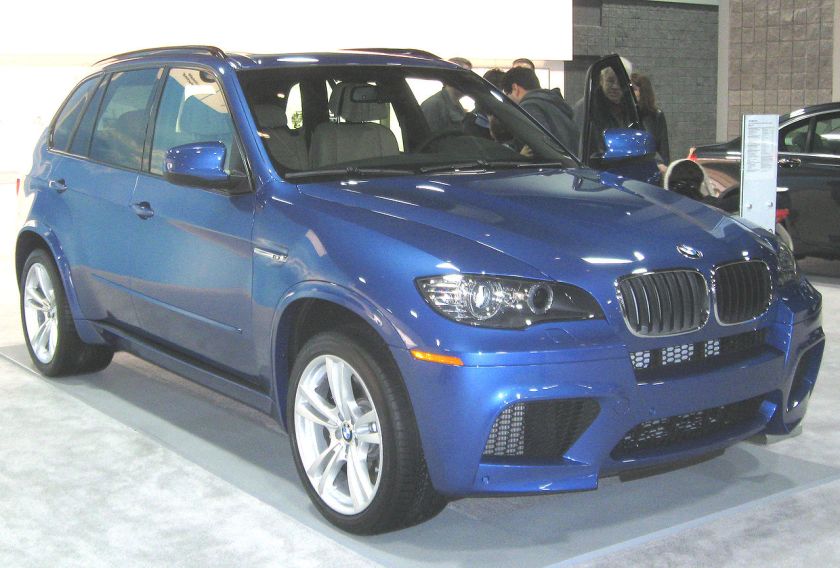
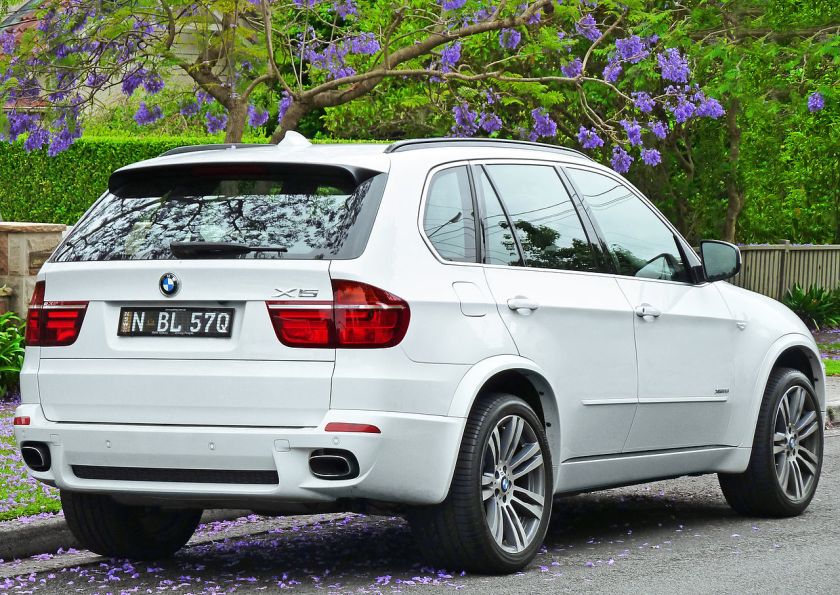
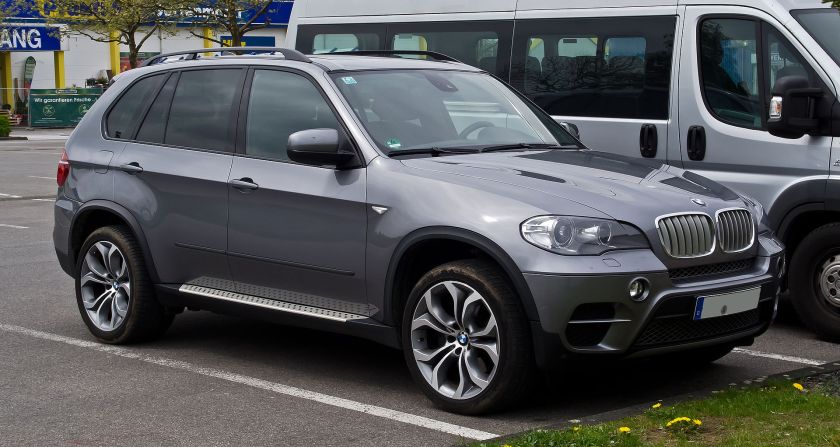
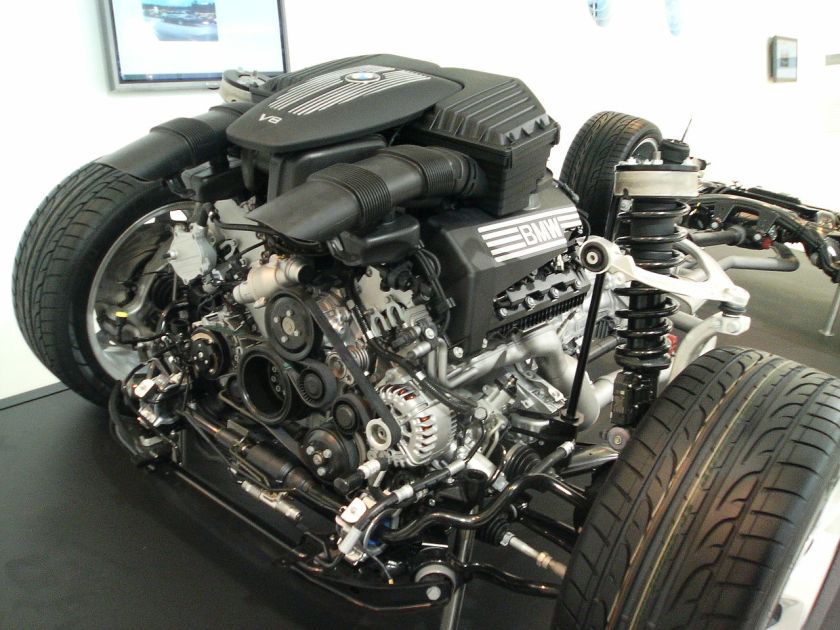
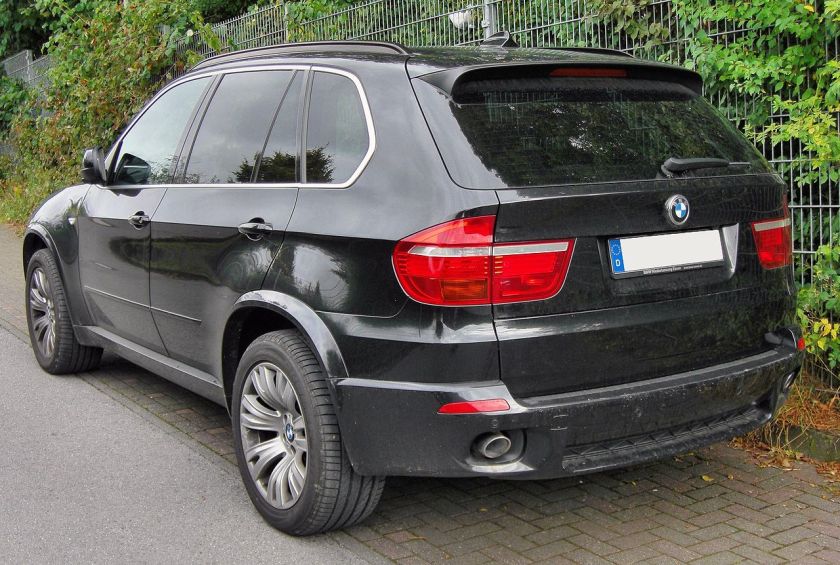
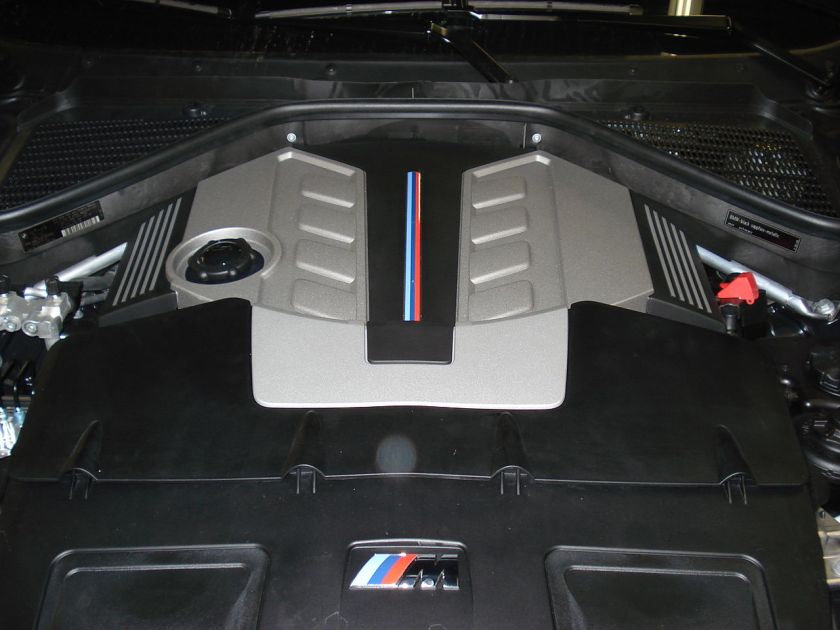 E70 X5 mid-sized SUV 2006–present (second-generation X5)
E70 X5 mid-sized SUV 2006–present (second-generation X5)
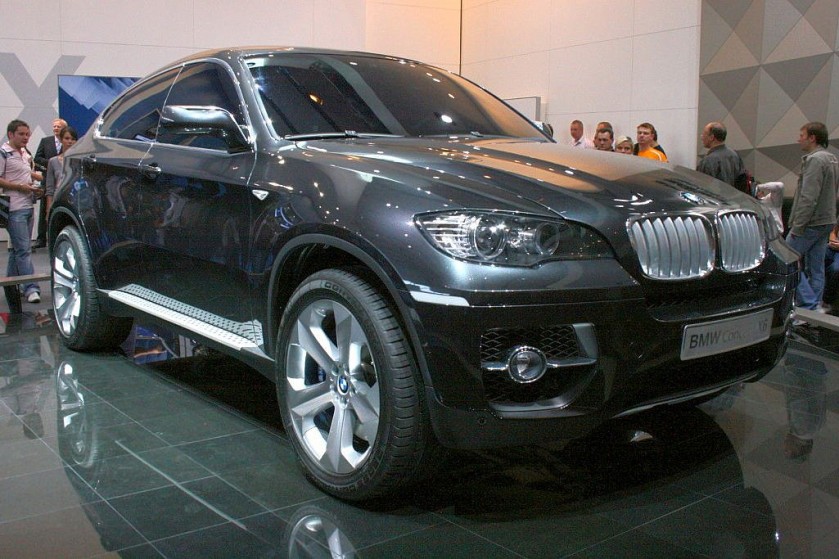
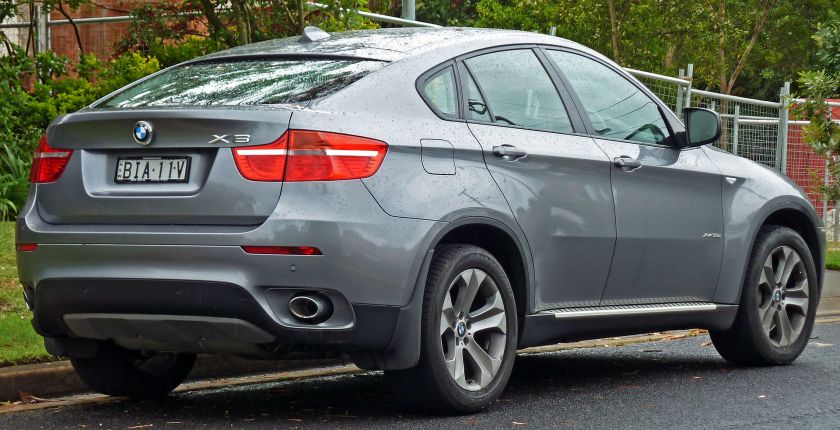
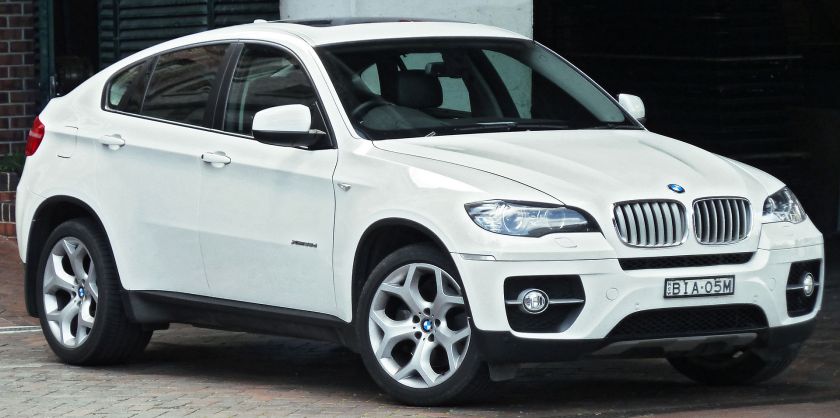


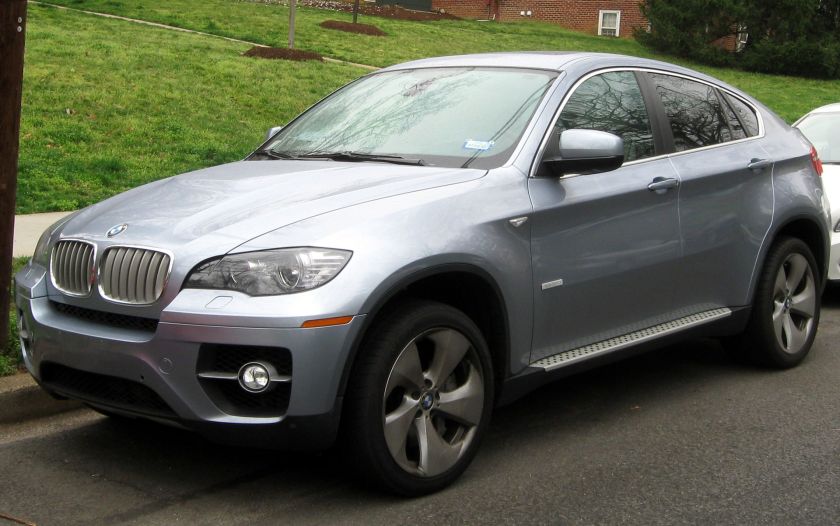
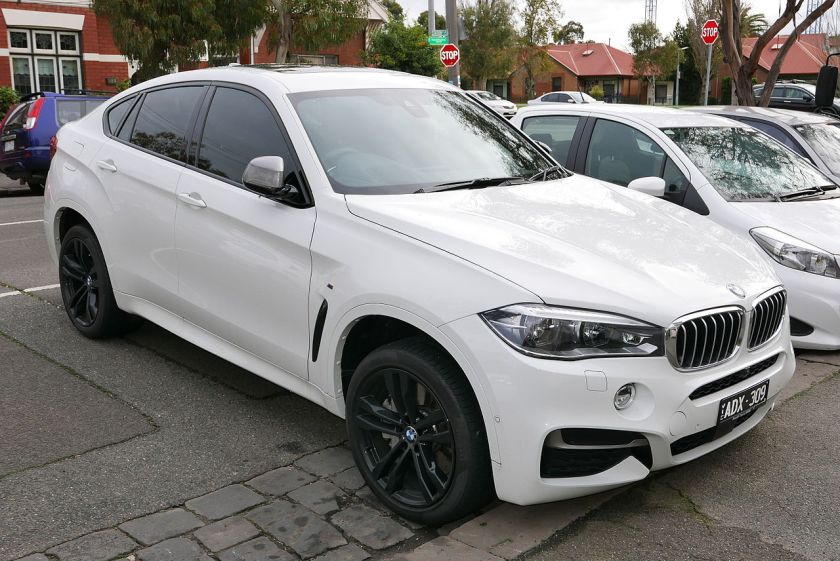
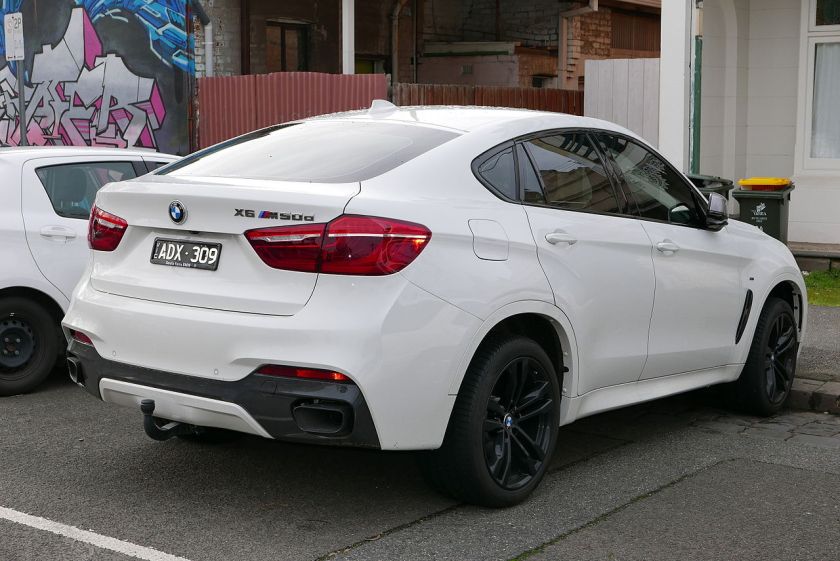
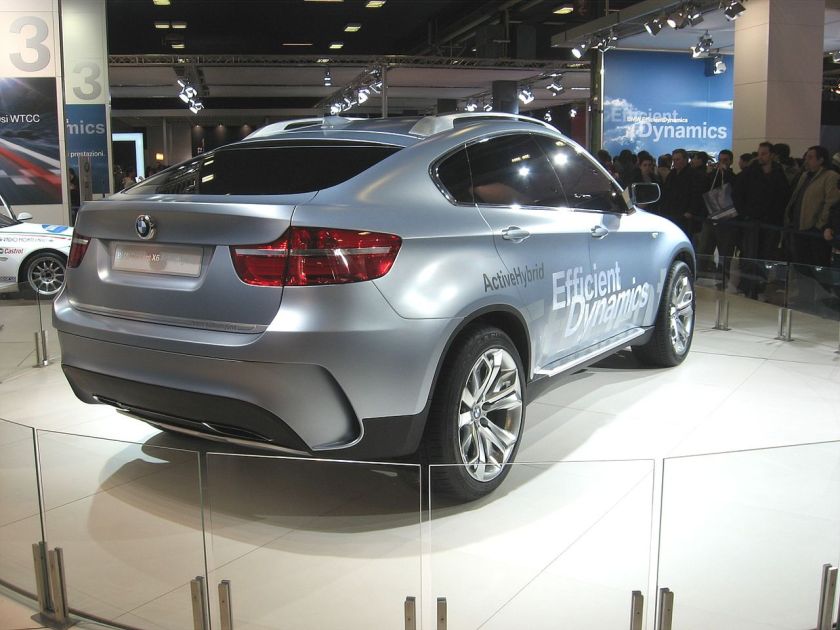 E71 X6 mid-sized crossover 2008–present (2-door version of X5)
E71 X6 mid-sized crossover 2008–present (2-door version of X5)
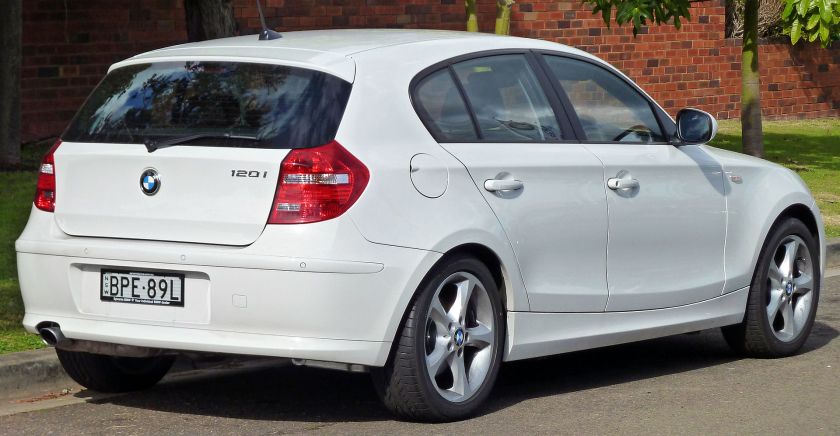
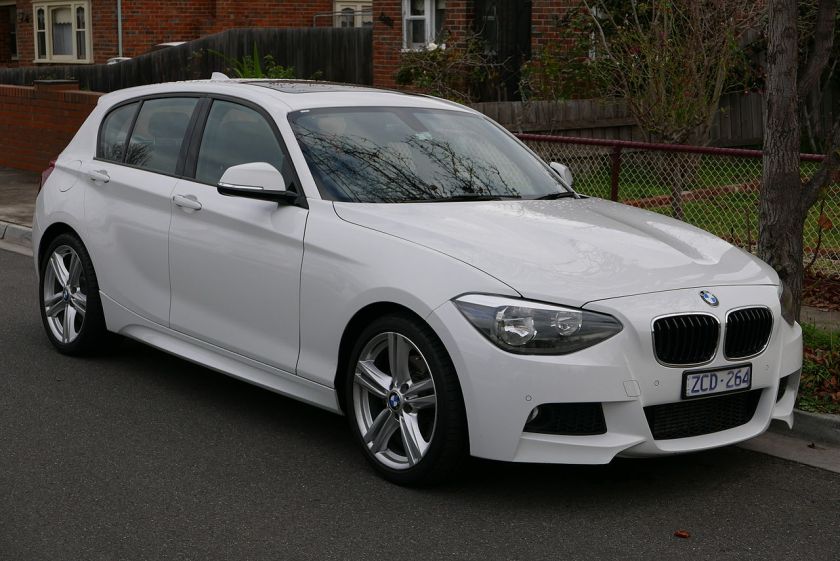
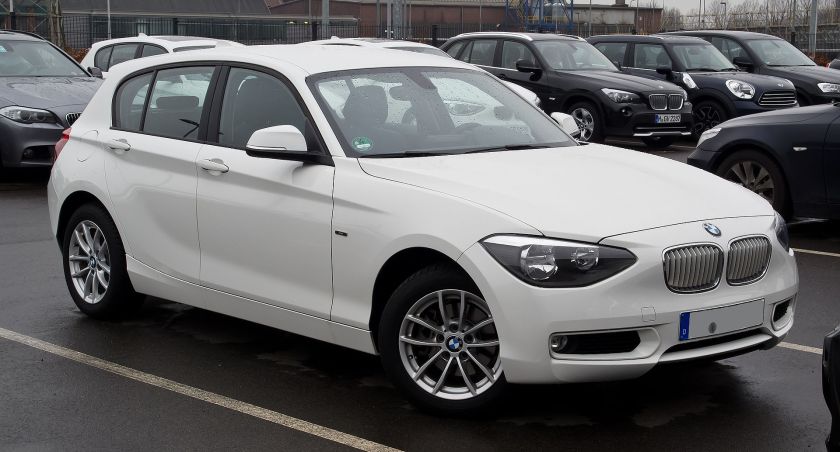
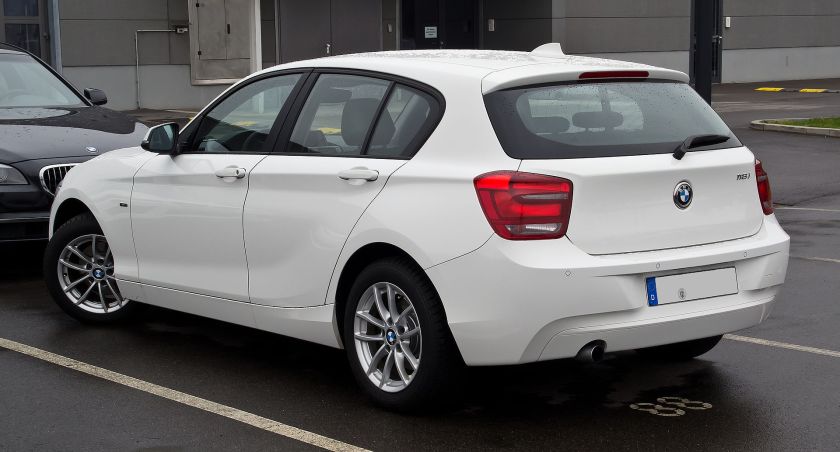
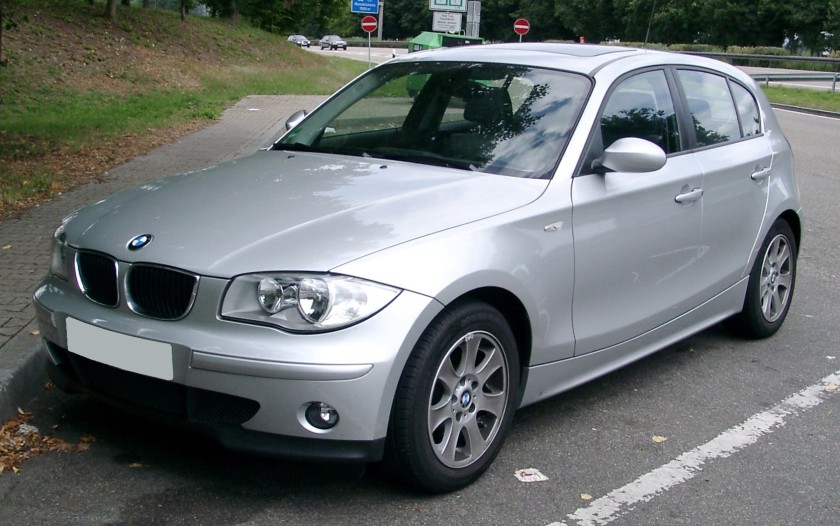 E81/E87 1 series hatchback 2004–2011 (first-generation 1 Series)
E81/E87 1 series hatchback 2004–2011 (first-generation 1 Series)
E82/E88 1 series small coupe/convertible 2007–2011
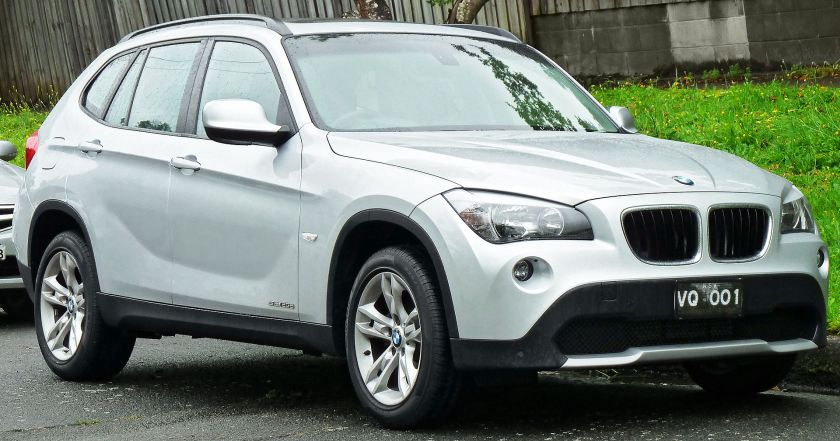
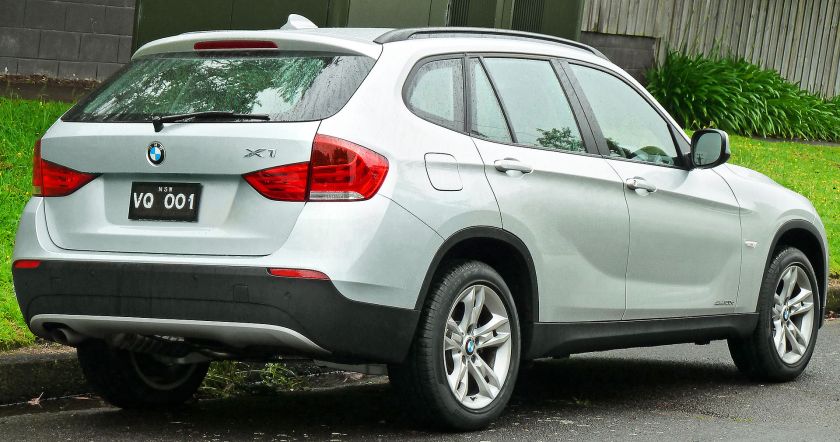
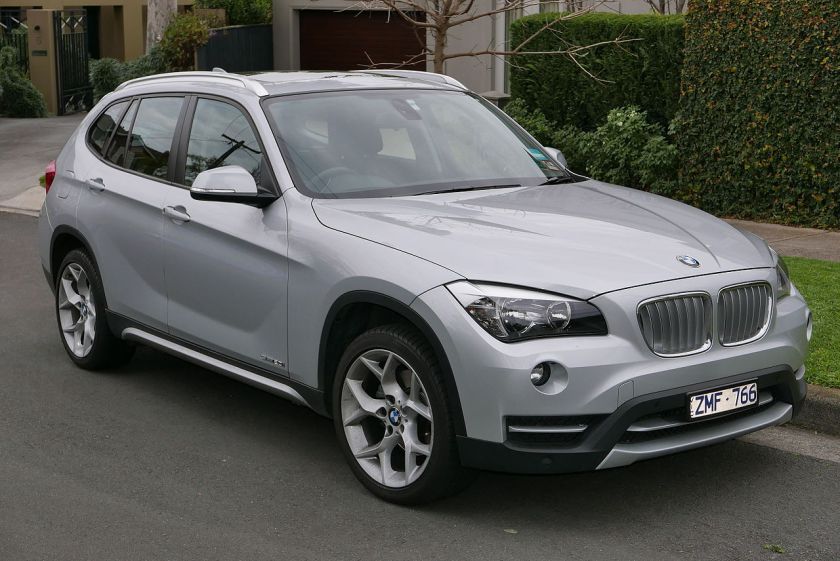
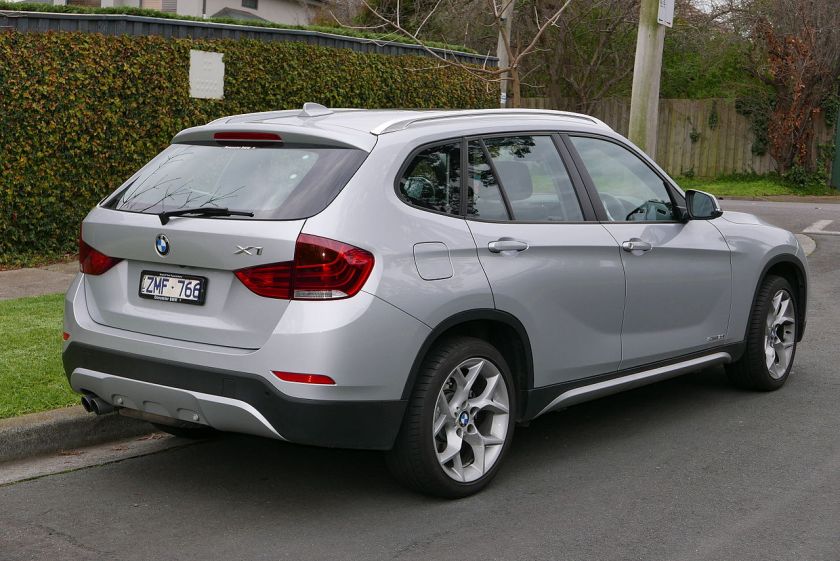
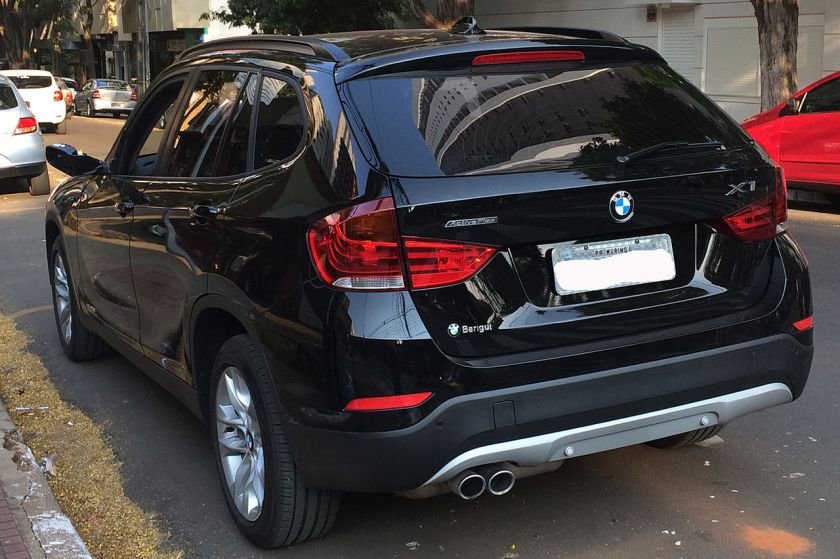
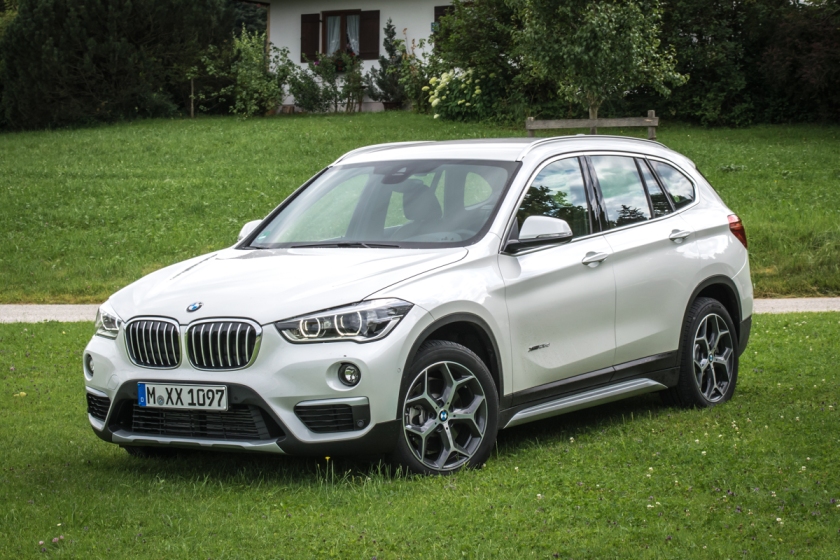
 X1 compact crossover SUV 2009–present
X1 compact crossover SUV 2009–present
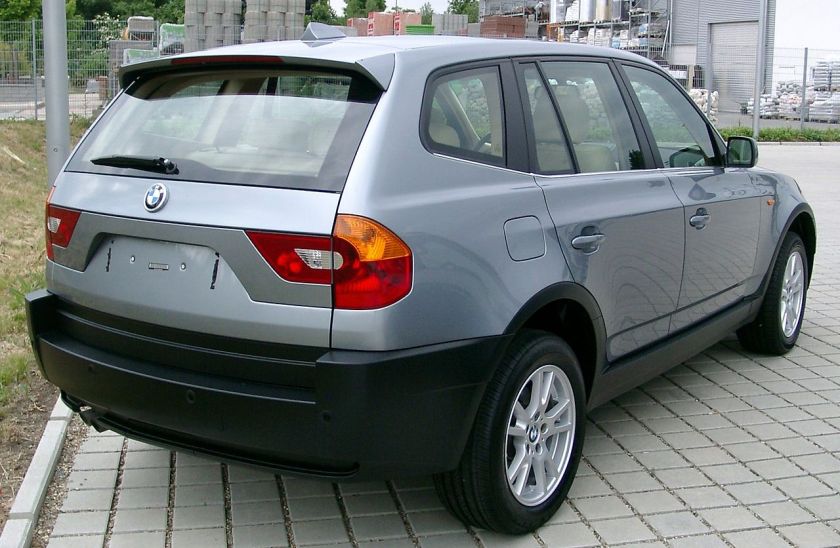
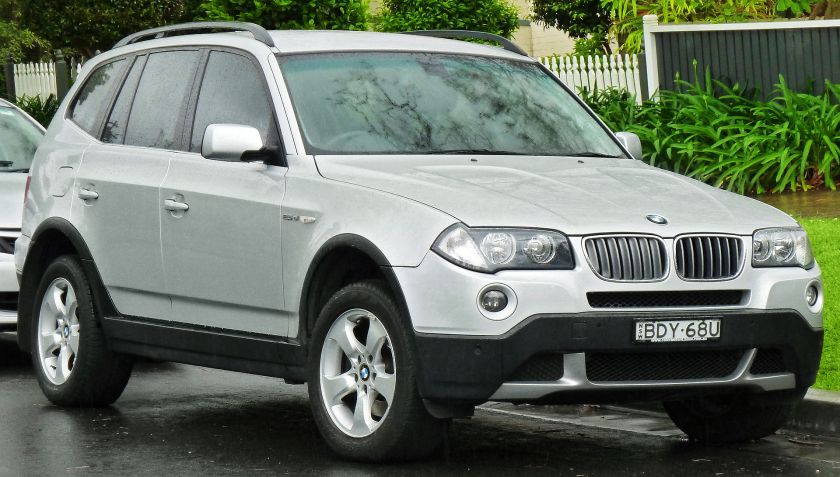
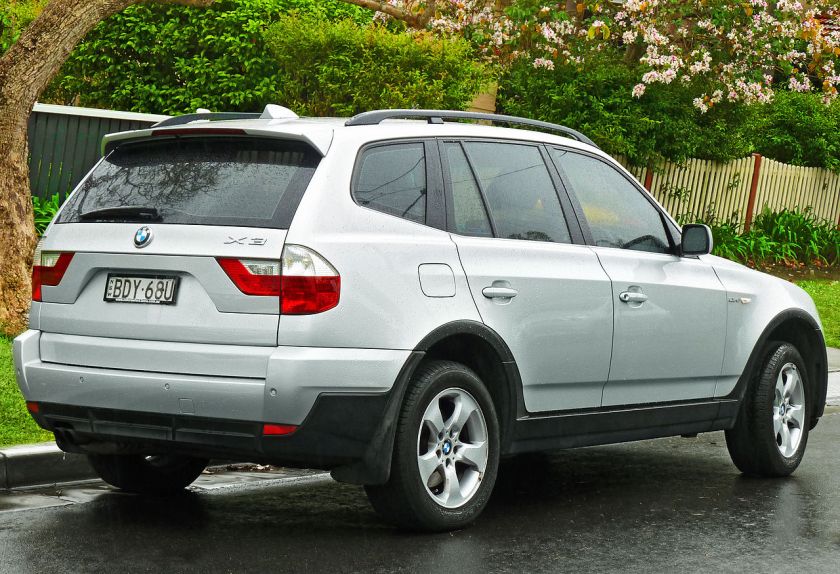
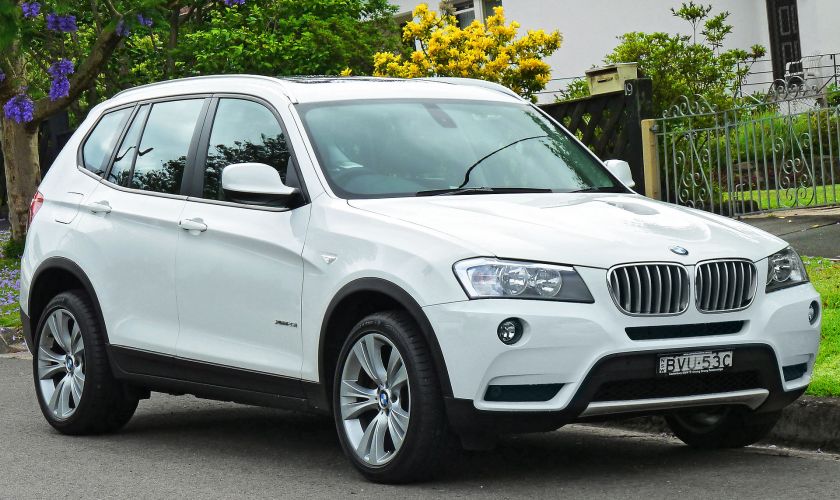
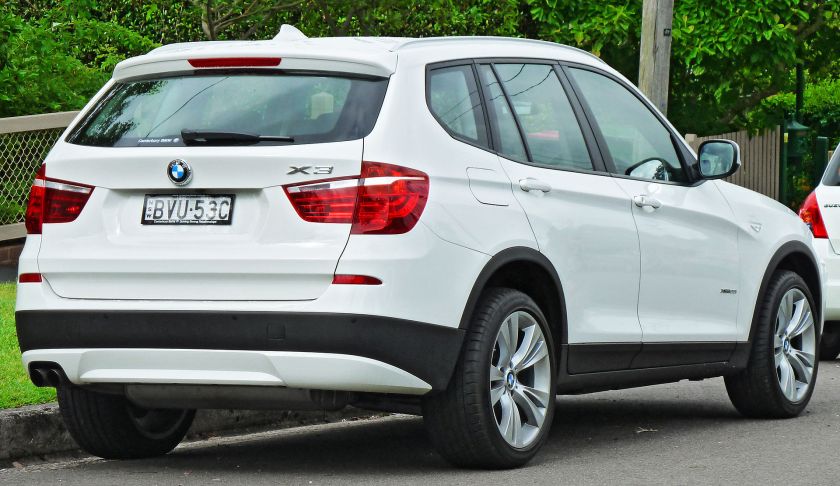
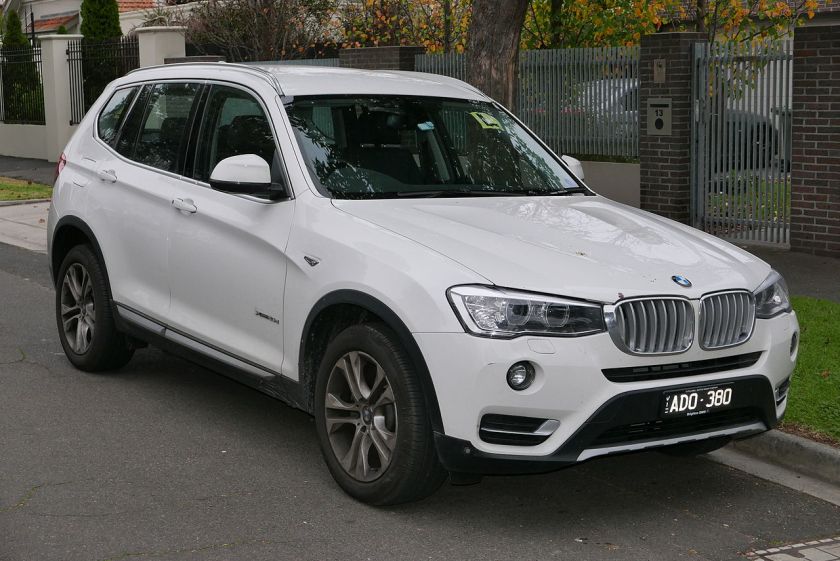
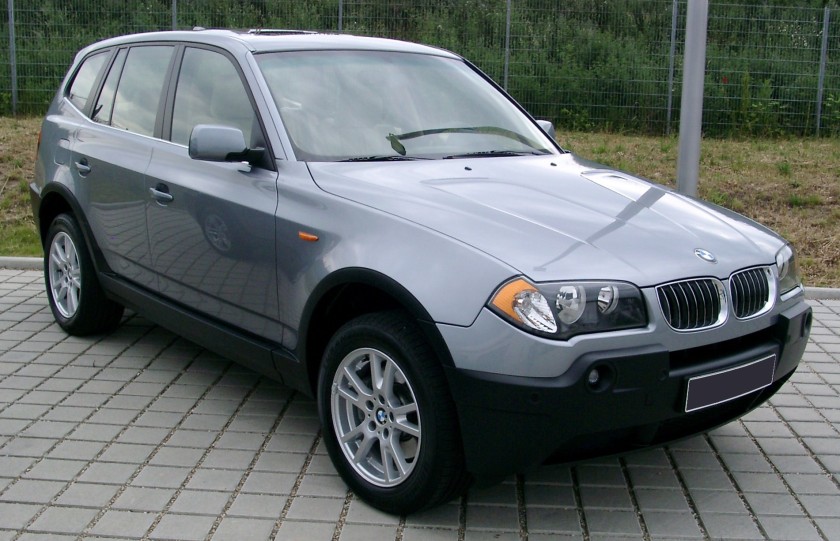
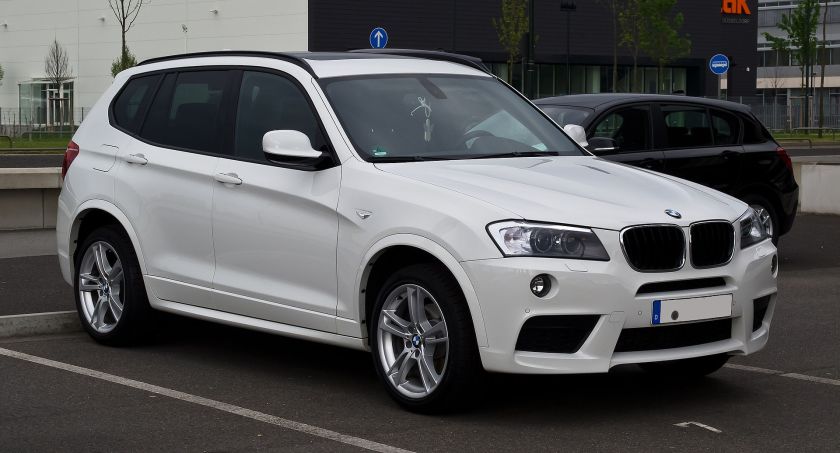 X3 crossover 2004–present
X3 crossover 2004–present
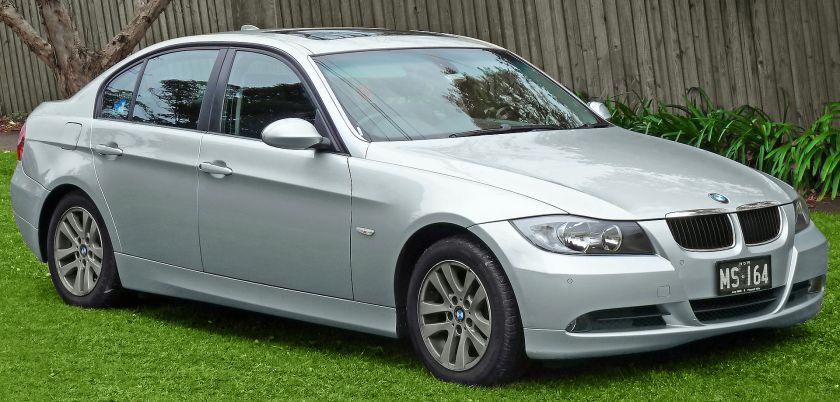
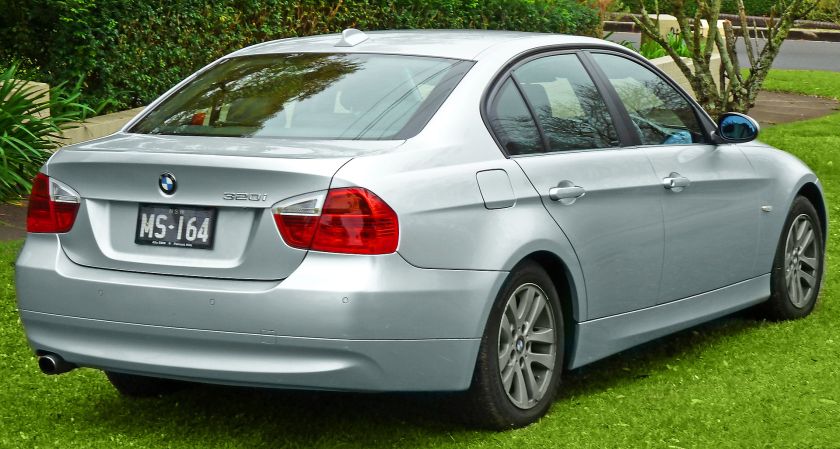

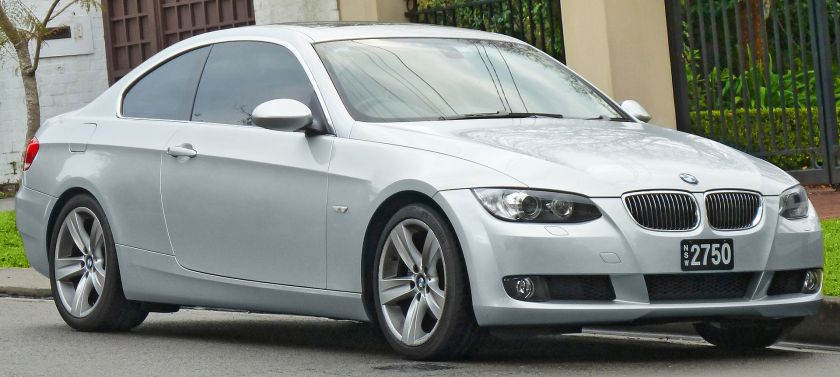
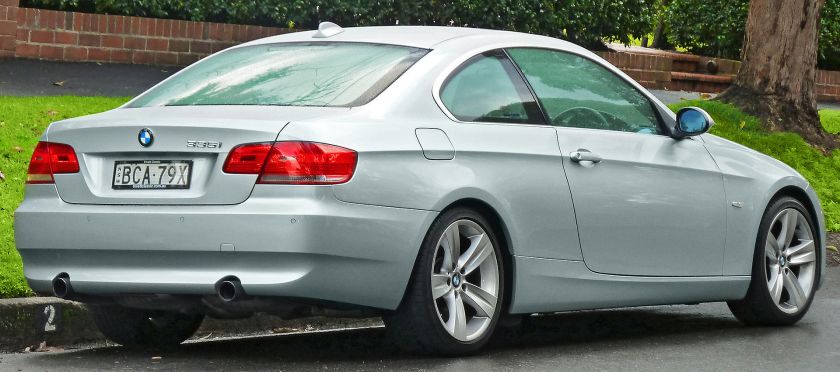
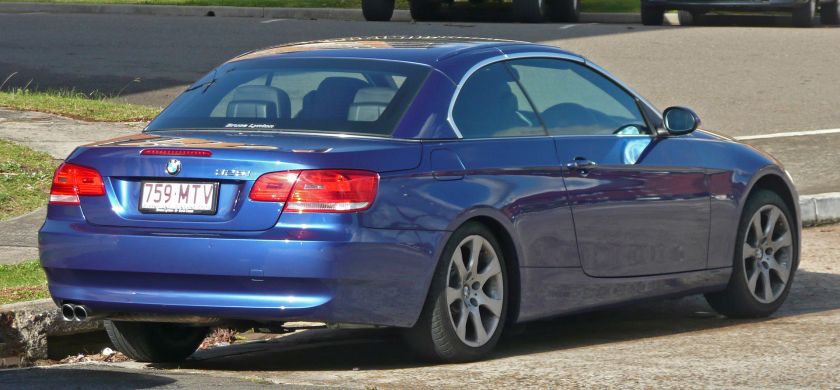
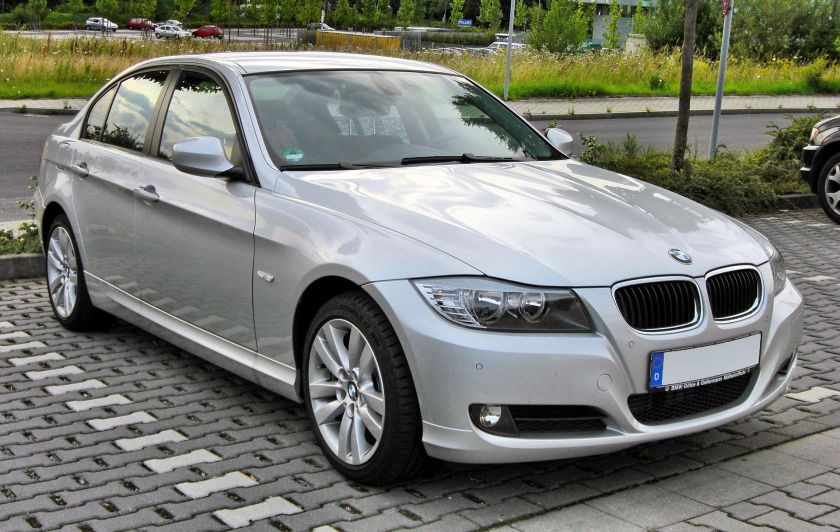
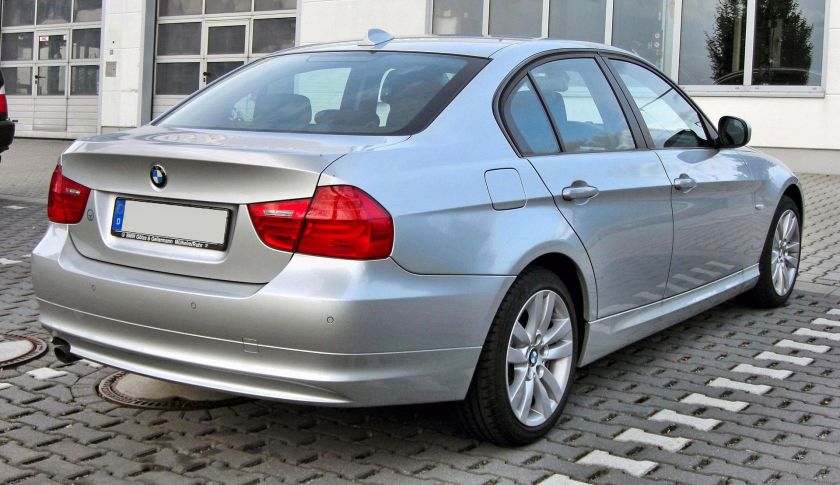
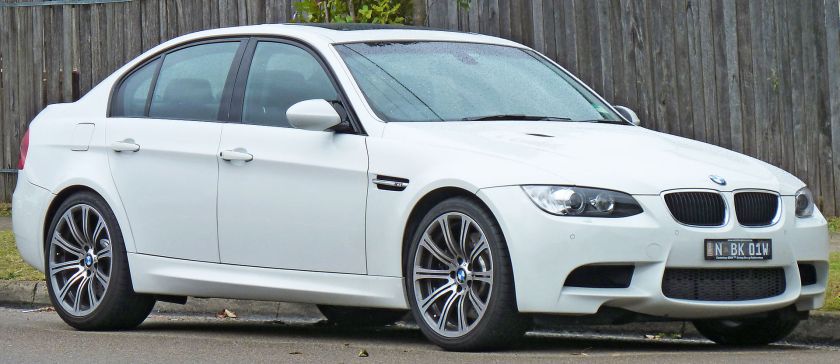
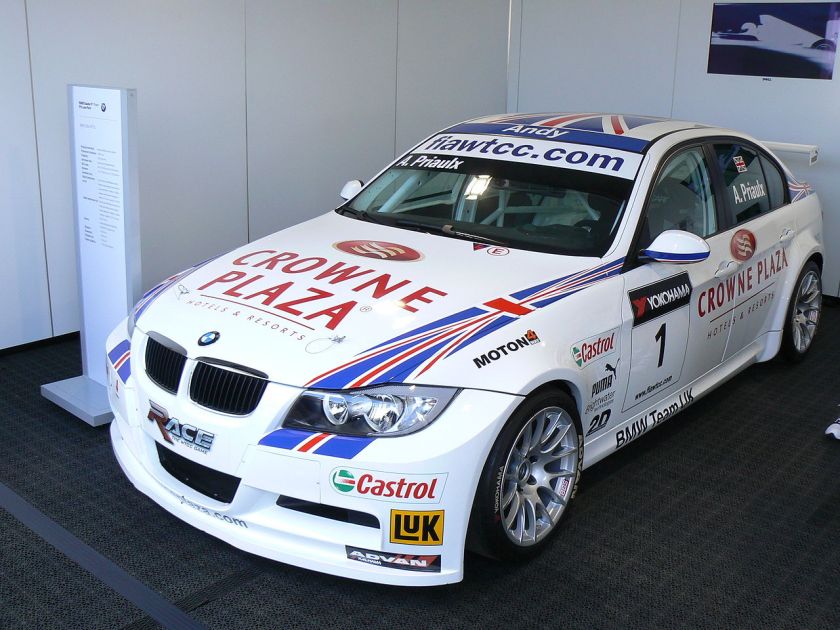
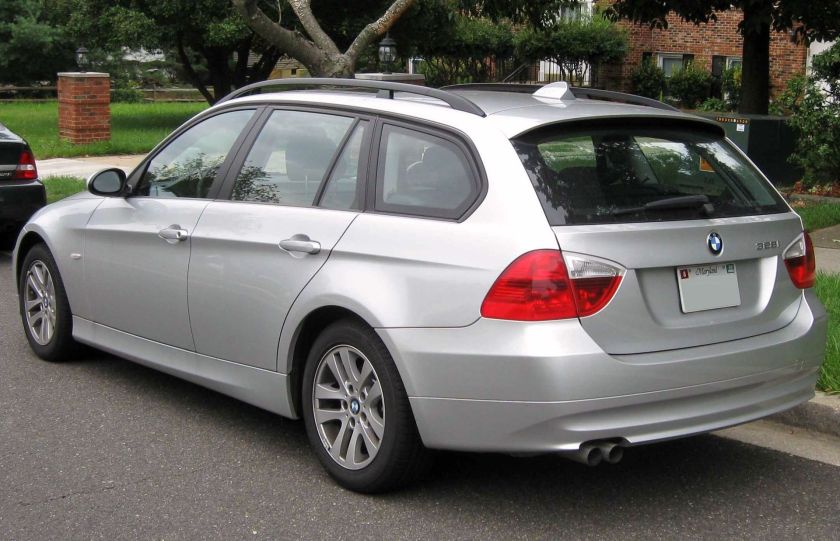
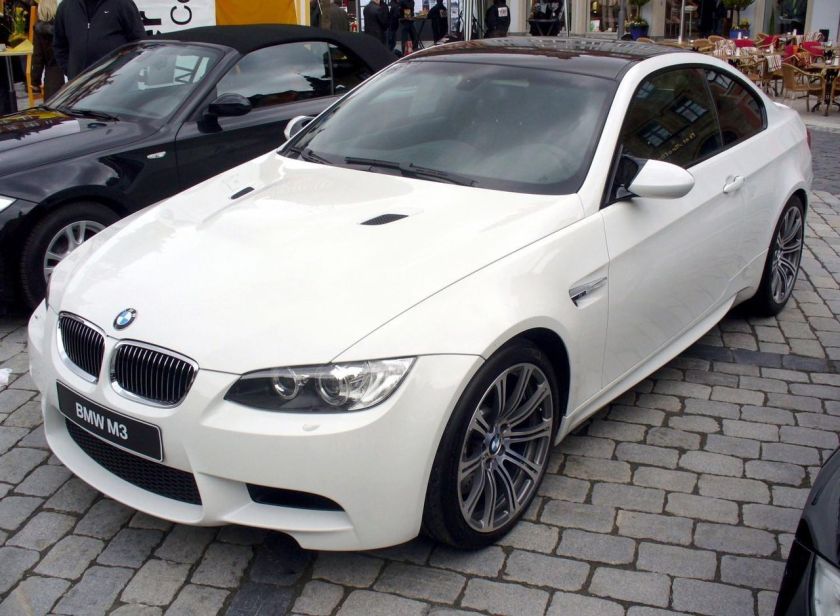
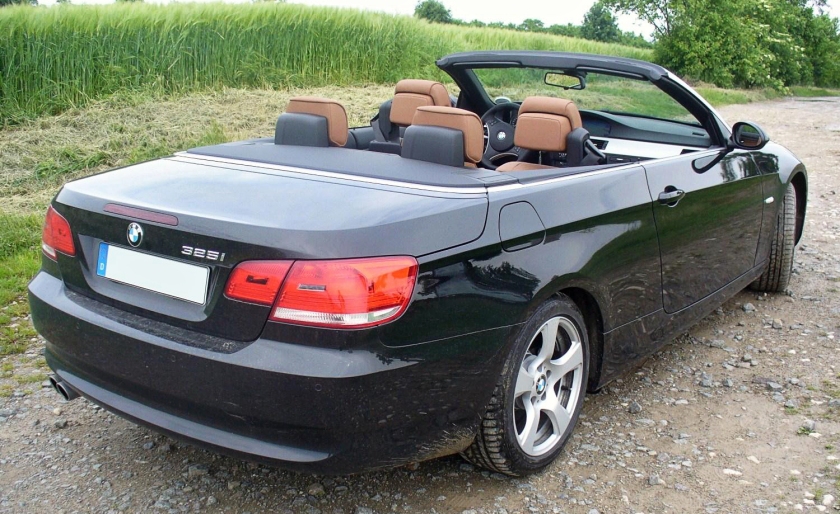 E90/E91/E92/E93 3 series sedan/touring/coupe/convertible 2005–2011
E90/E91/E92/E93 3 series sedan/touring/coupe/convertible 2005–2011
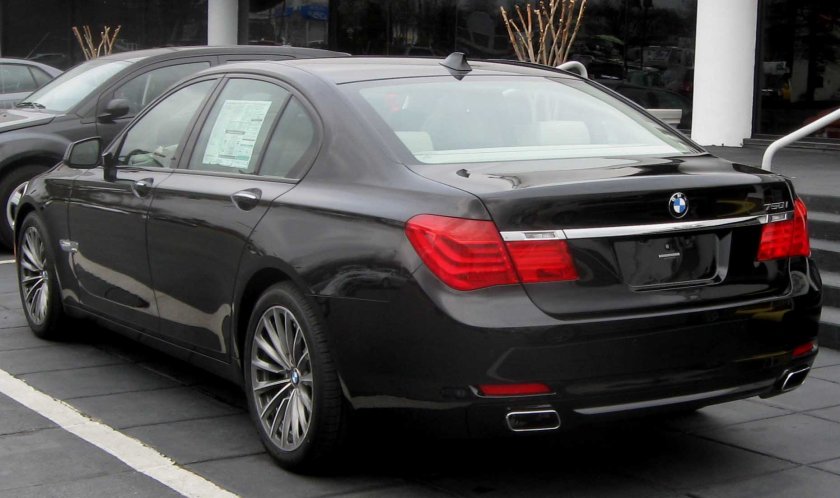
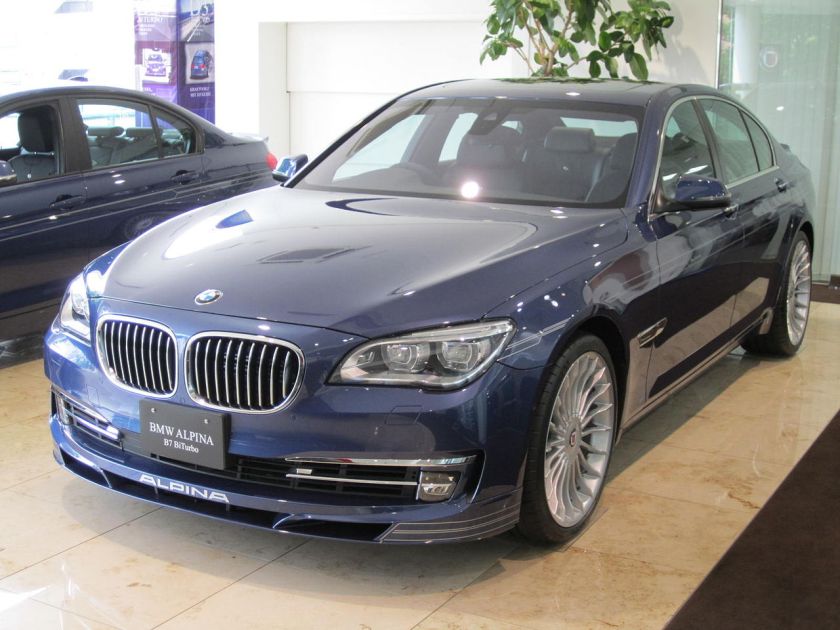
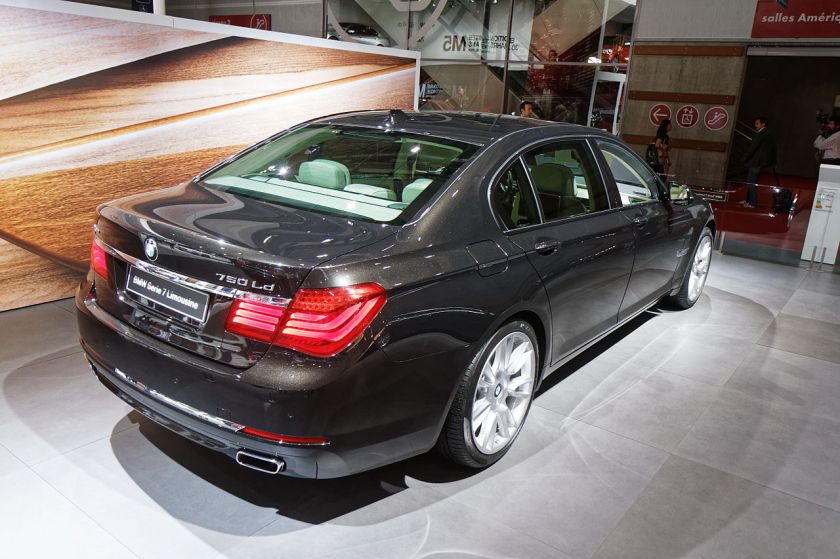
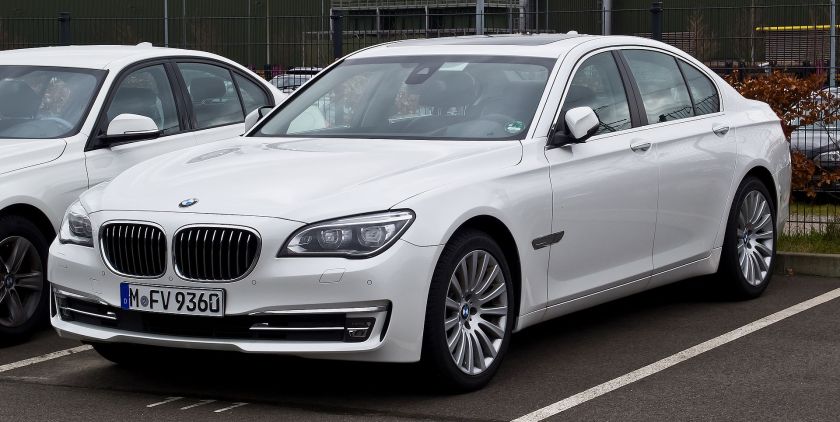
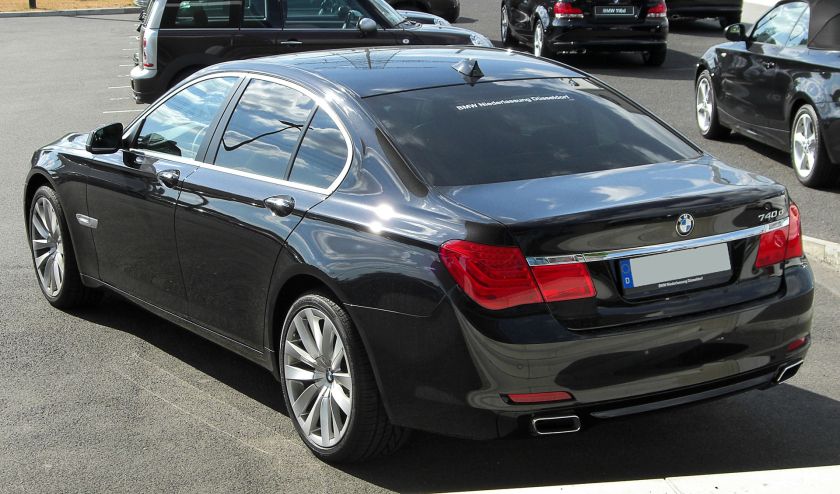
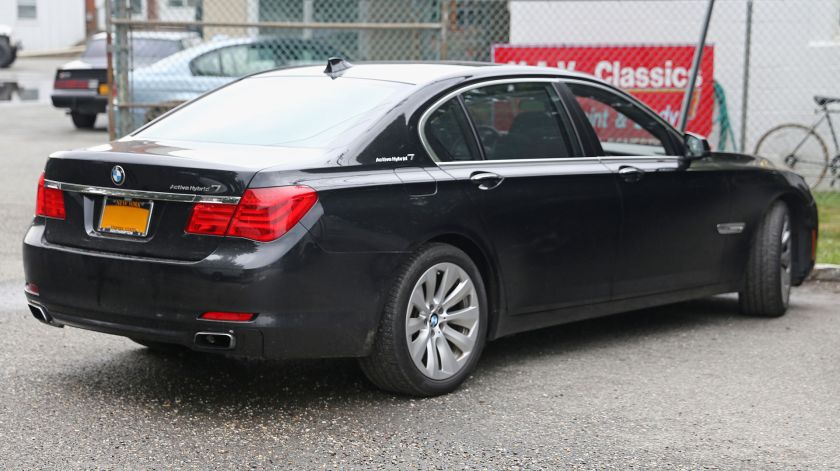
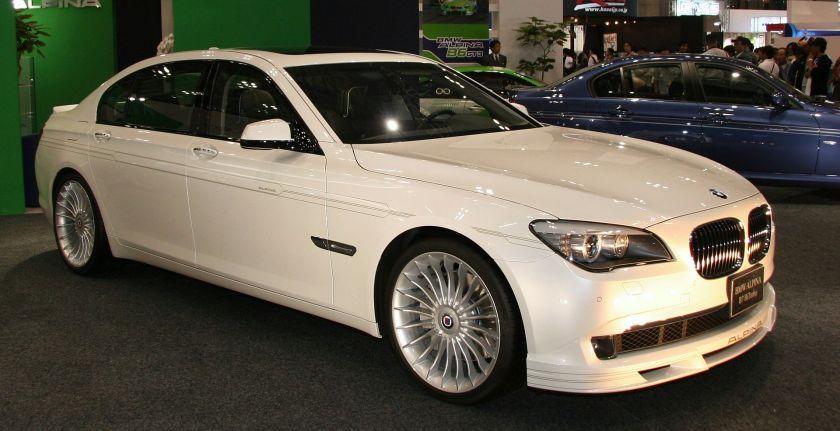 F01/F02/F03/F04 7 series large sedan 2008-
F01/F02/F03/F04 7 series large sedan 2008-
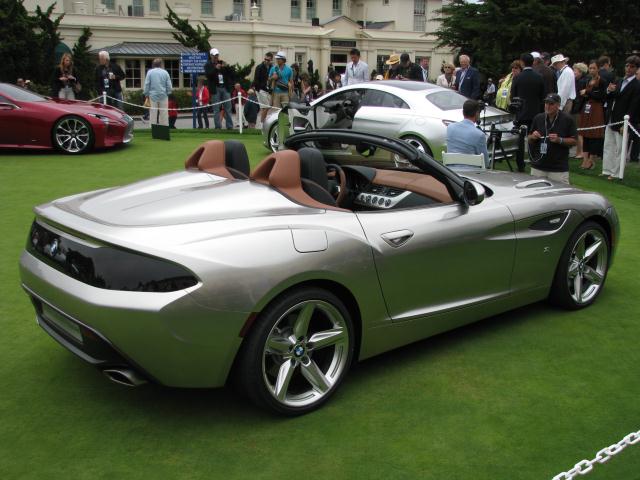
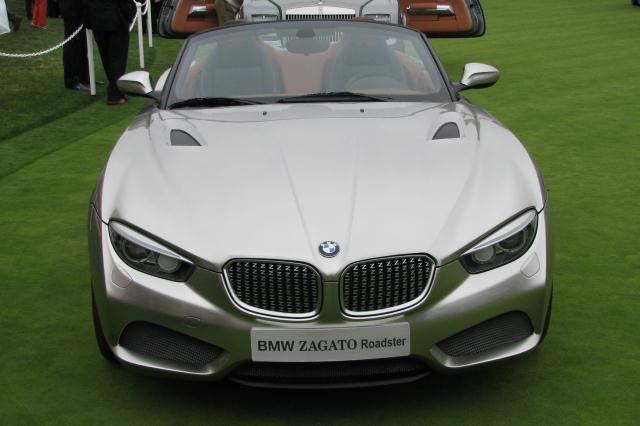
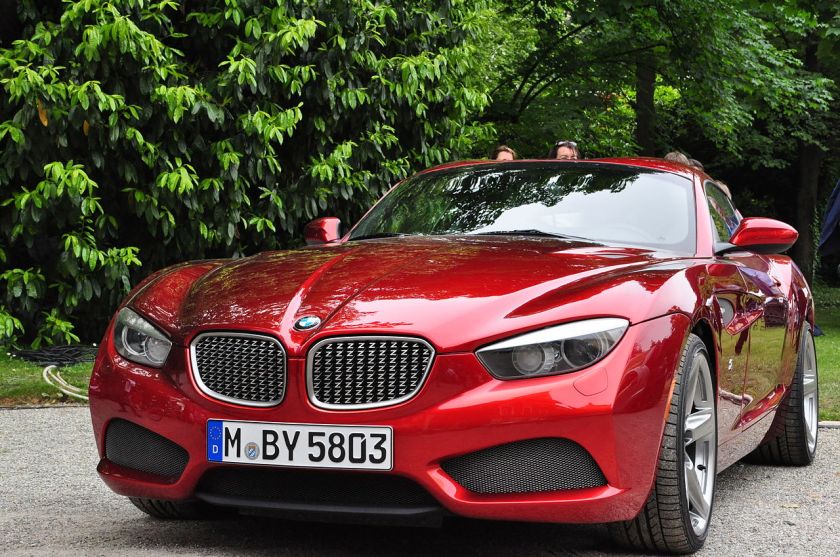
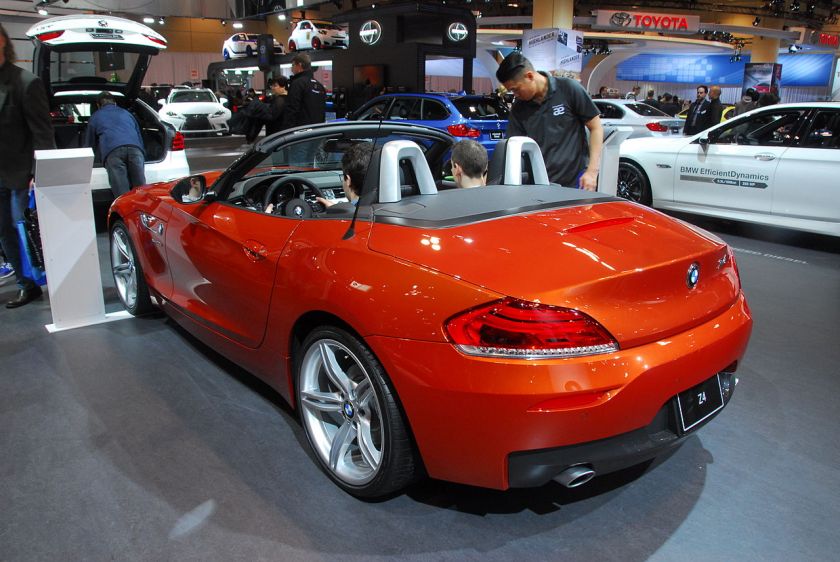
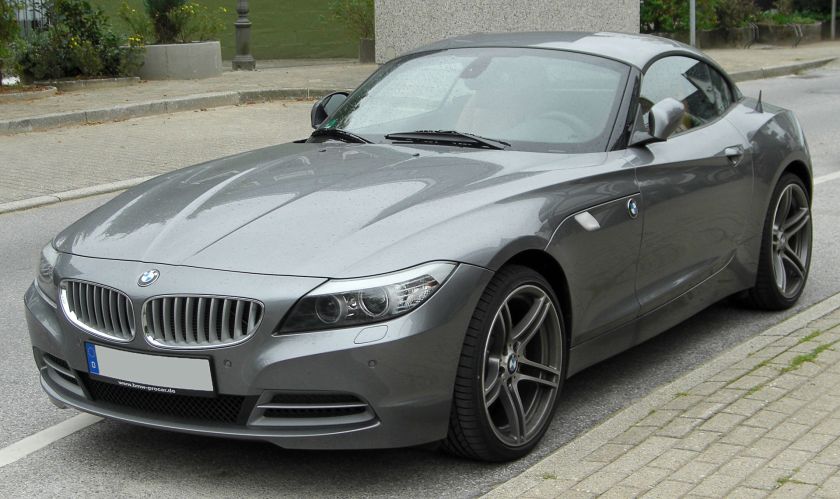
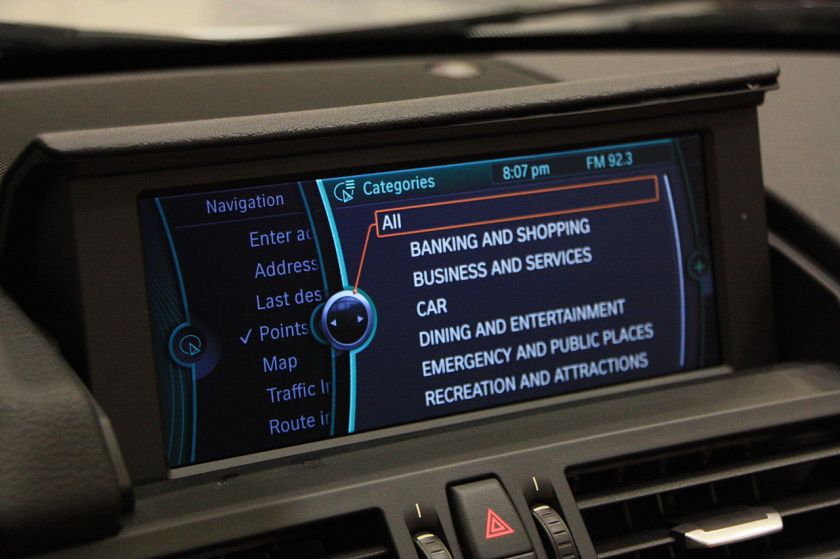
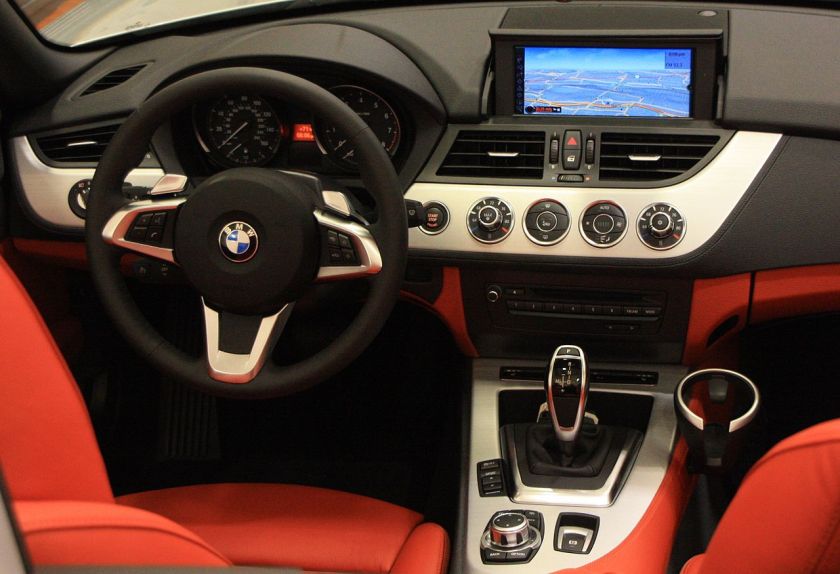
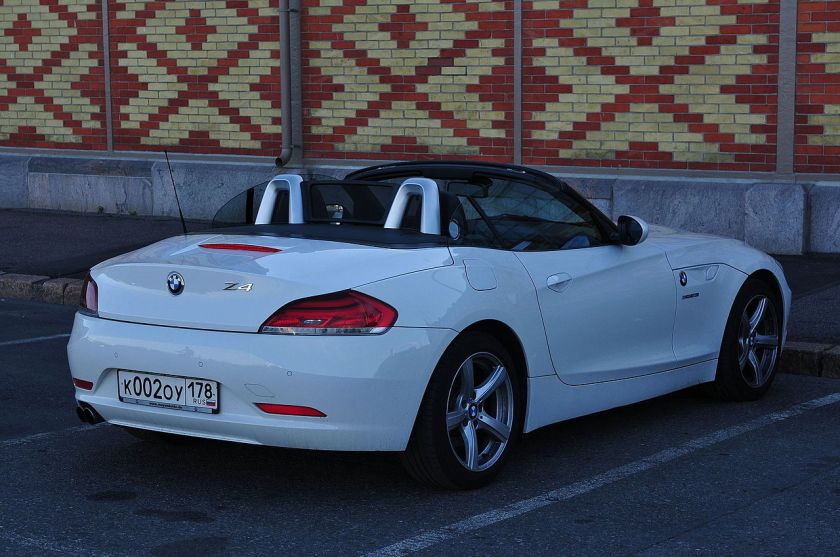
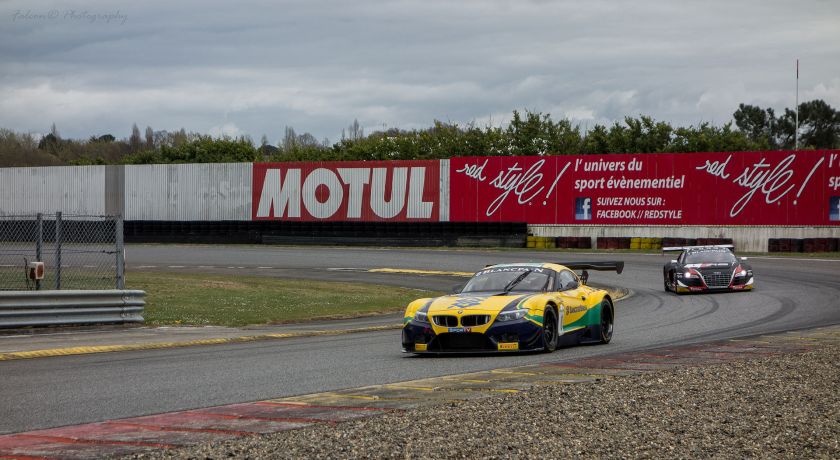
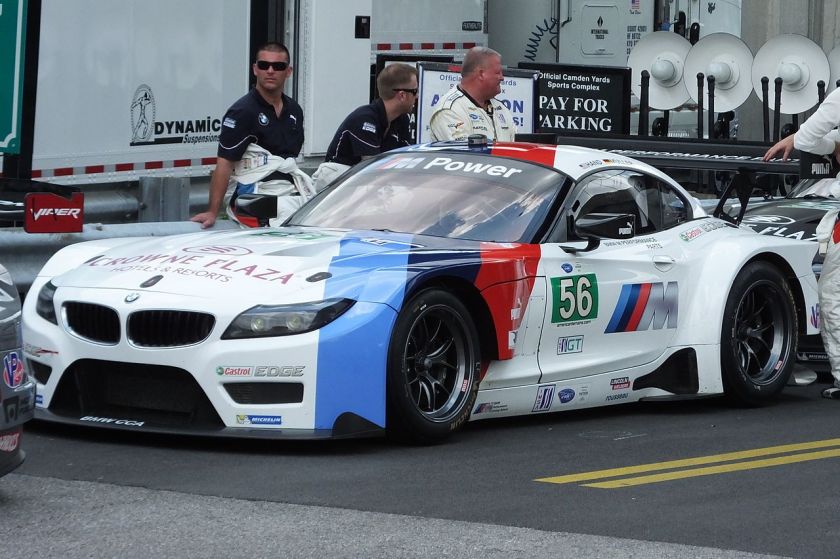 E89 roadster 2009–present (second-generation Z4)
E89 roadster 2009–present (second-generation Z4)
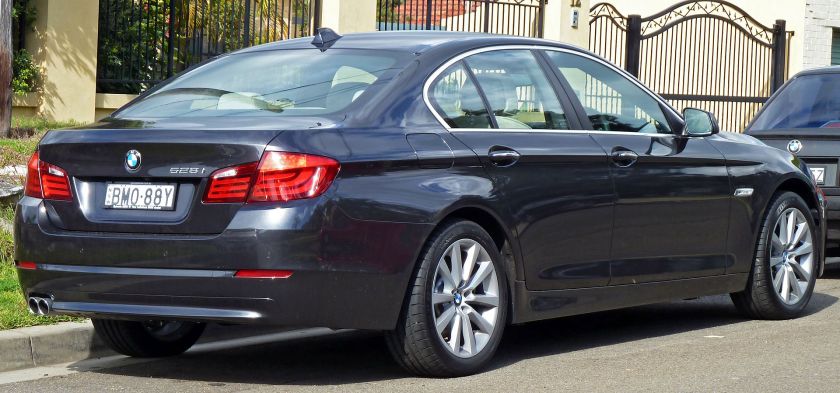
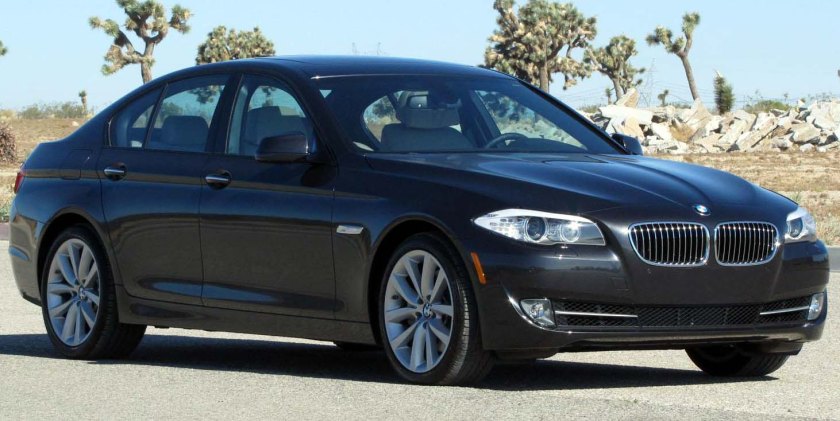
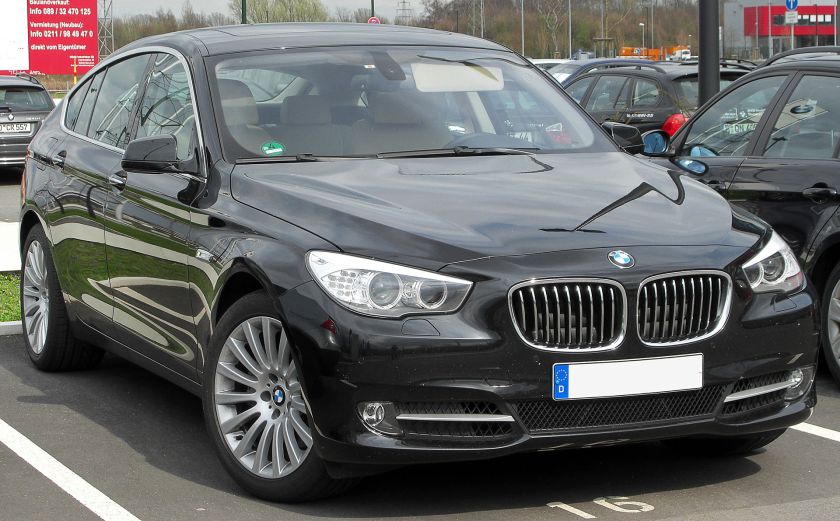
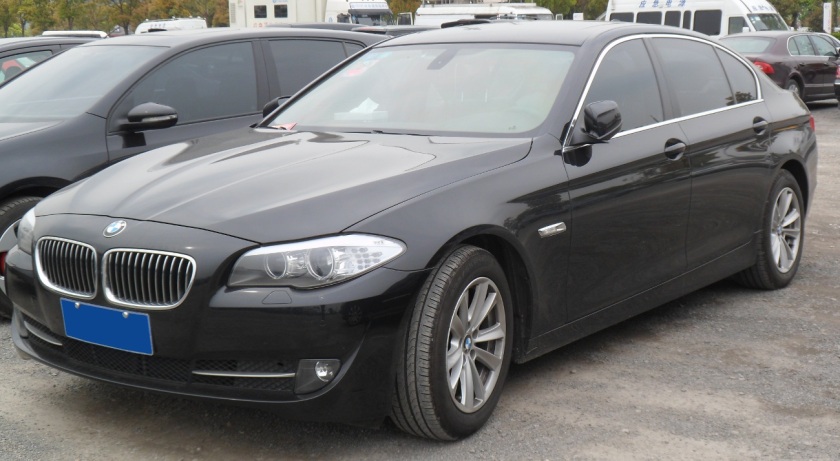
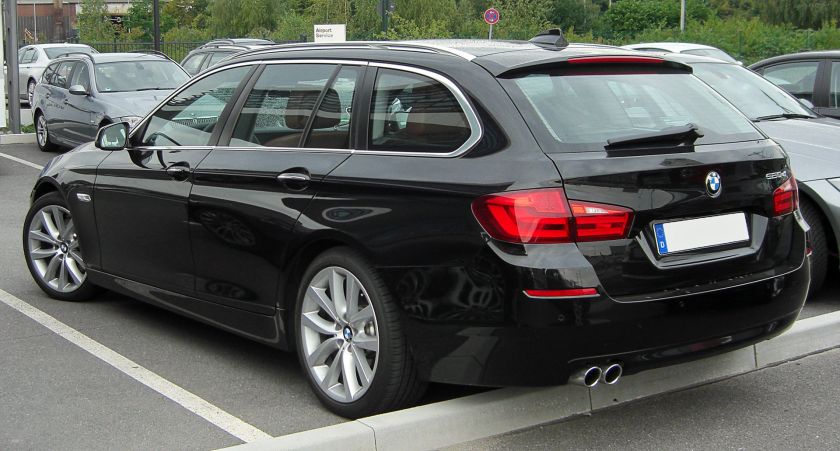
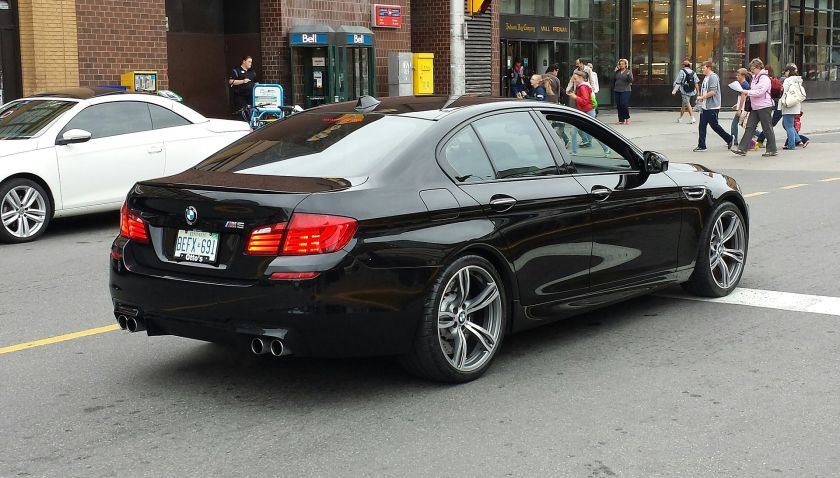
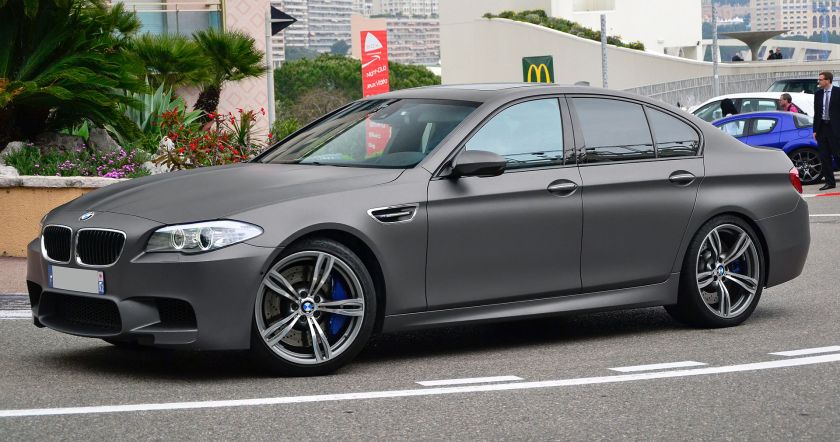 F10 5 series mid-sized sedan 2009–present
F10 5 series mid-sized sedan 2009–present
F11 5 series mid-sized estate 2009–present
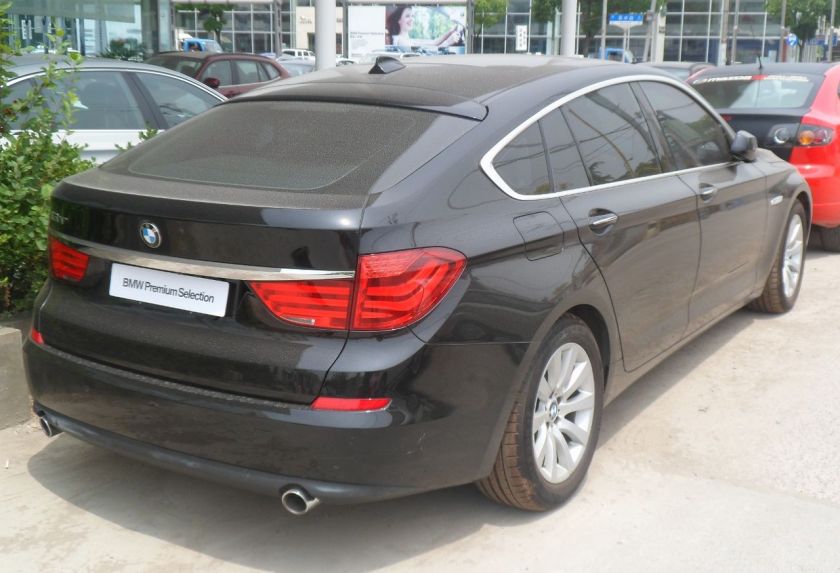
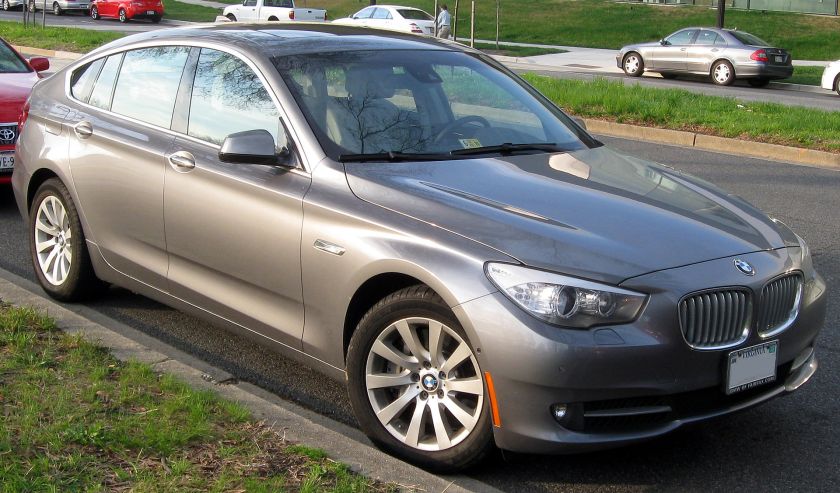 F07 5 series GT 4-door coupe 2009–present
F07 5 series GT 4-door coupe 2009–present
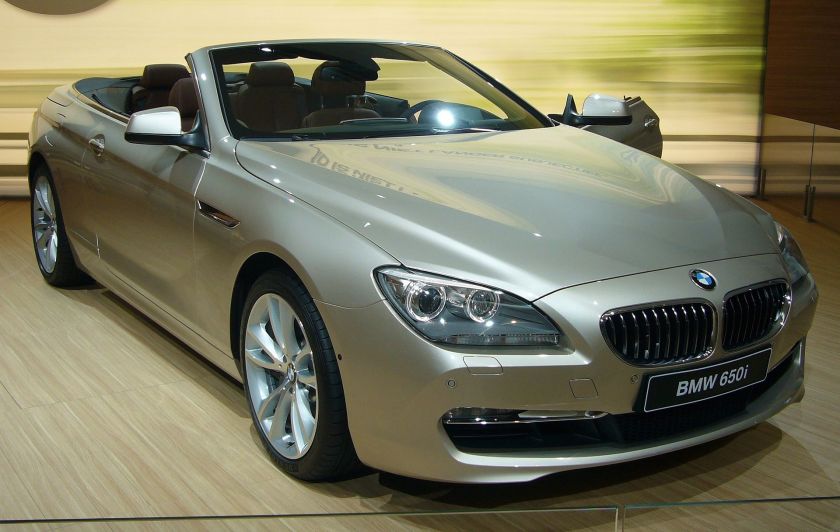
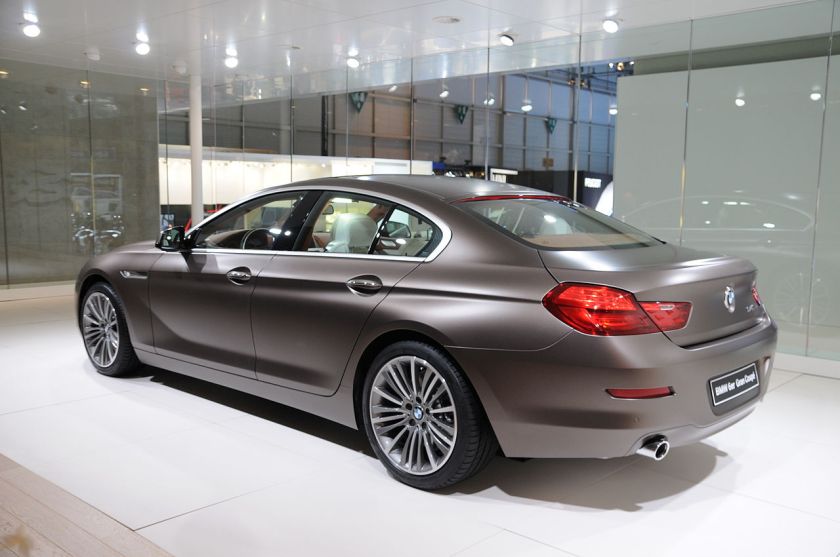
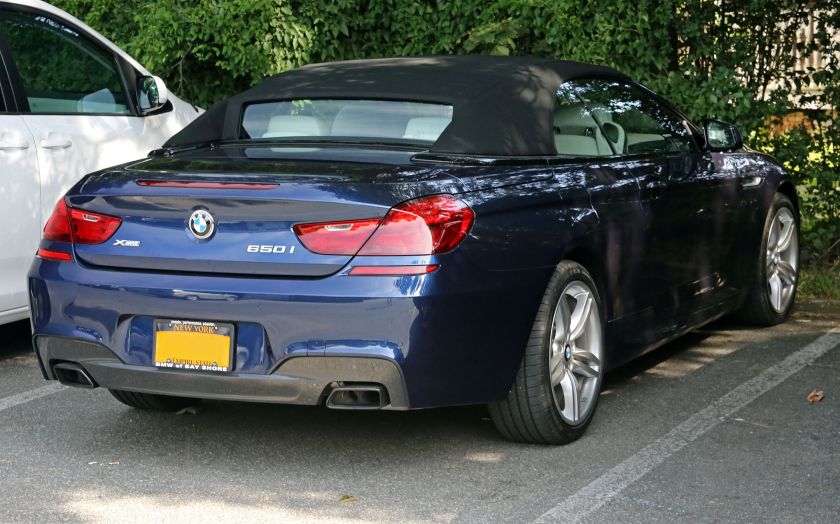
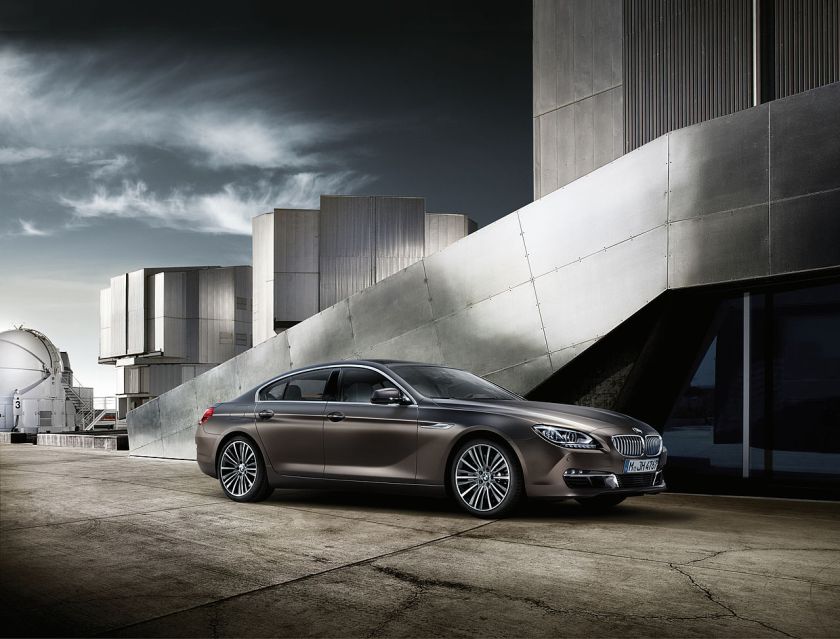 F12/F13 6 series midsized coupe/convertible 2011–present
F12/F13 6 series midsized coupe/convertible 2011–present
F20/F21 1 series hatchback 2011–present
F25 X3 crossover SUV 2011–present
F30 3 series compact sedan 2012–present
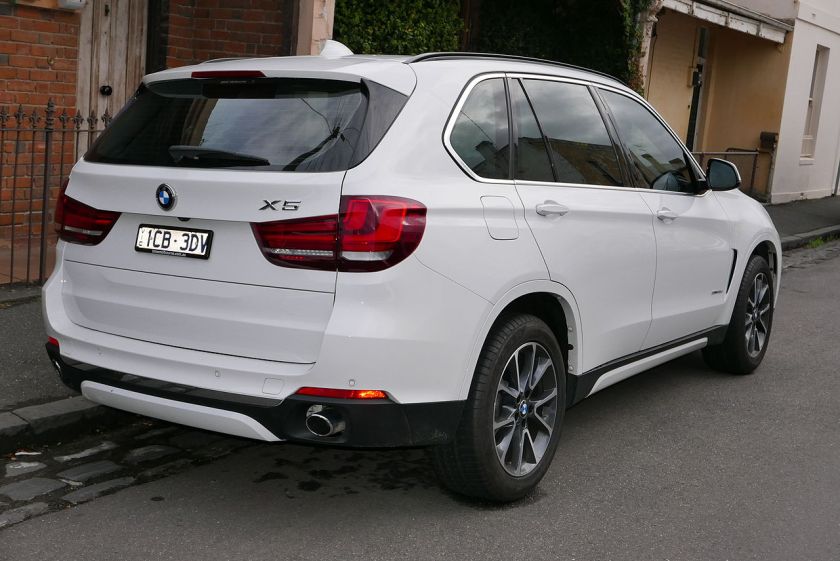
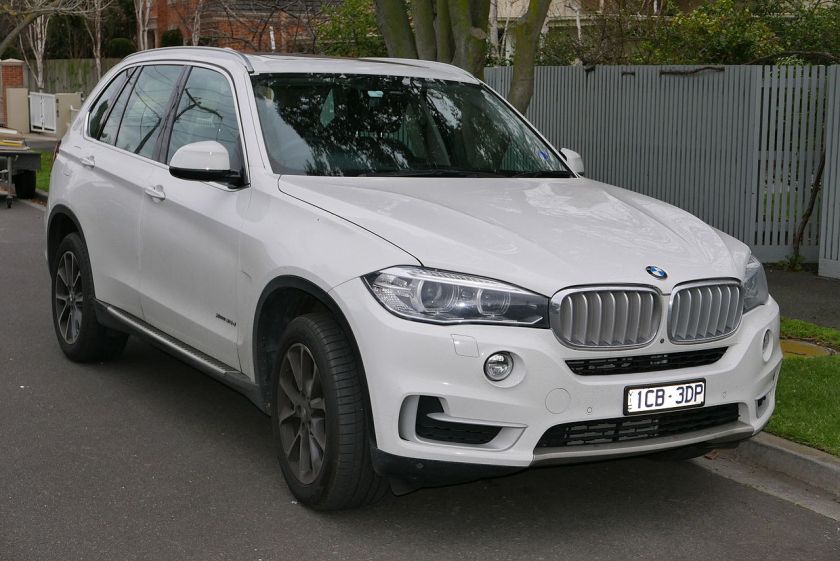
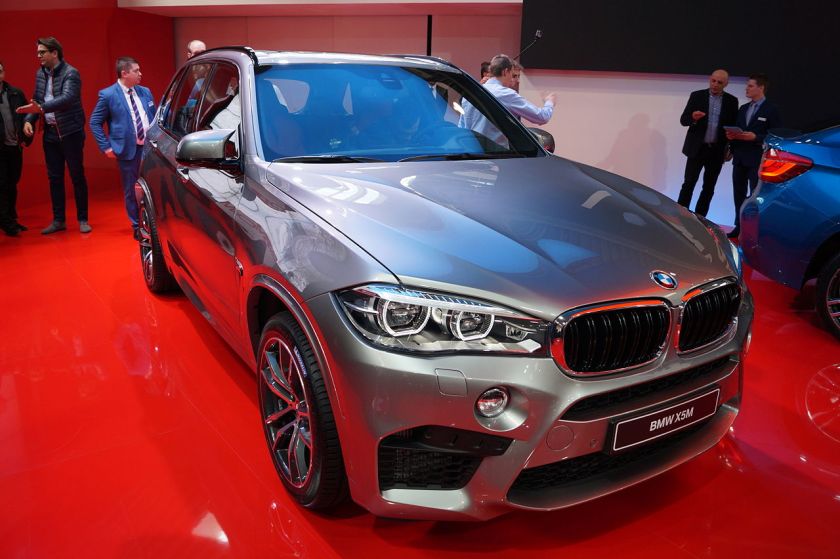
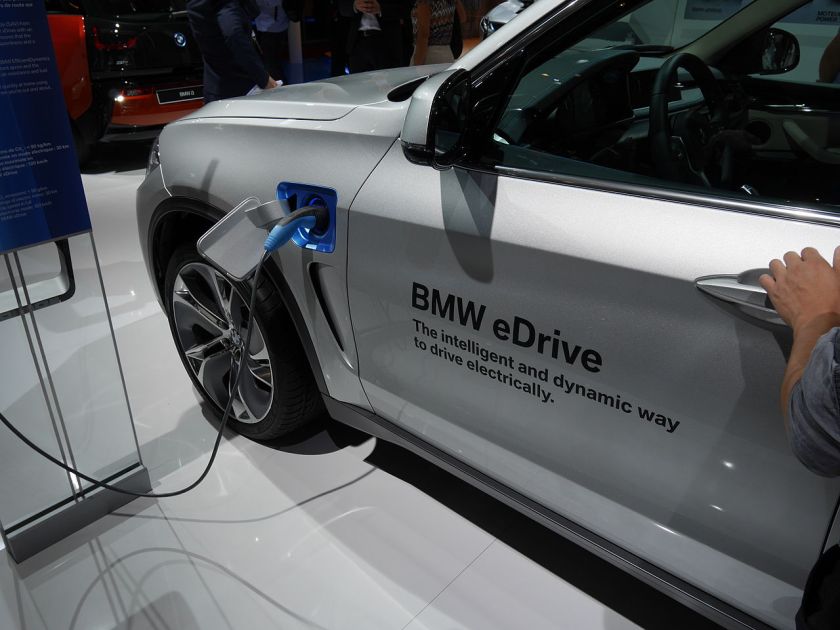 F15 X5 mid-sized SUV 2013–present
F15 X5 mid-sized SUV 2013–present
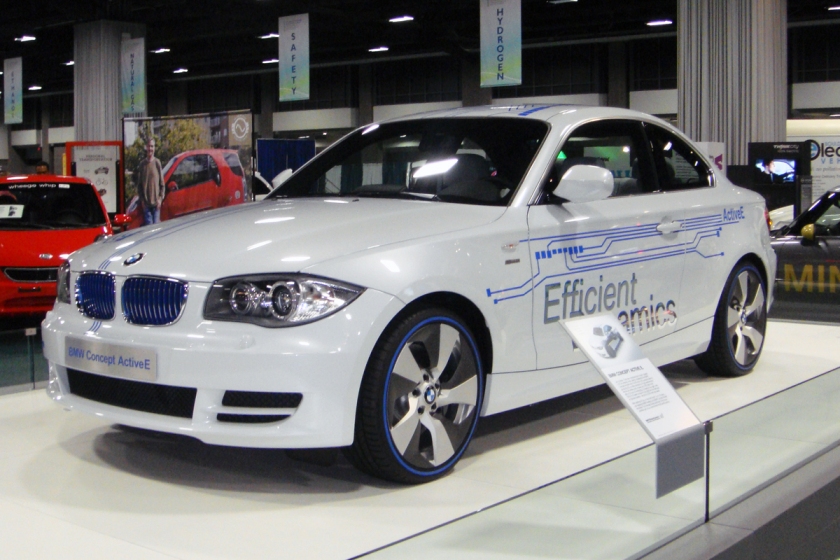
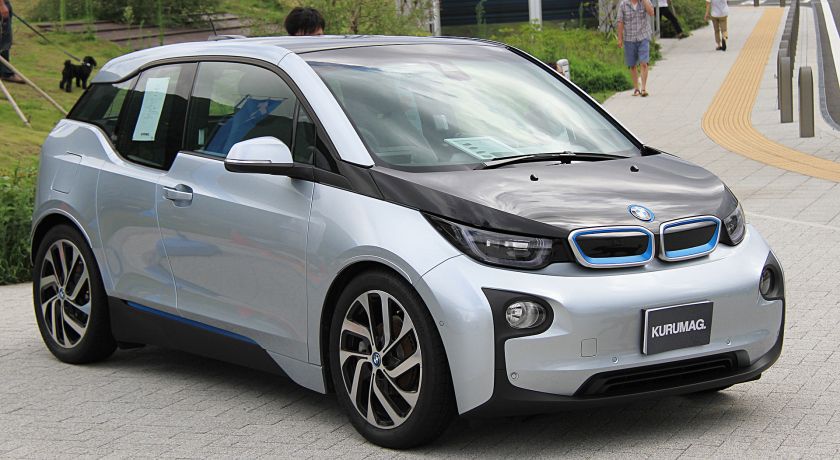
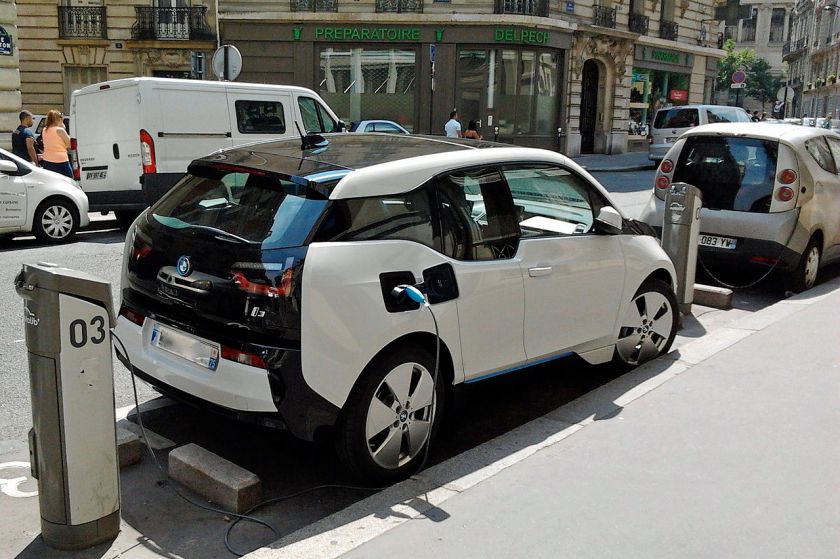
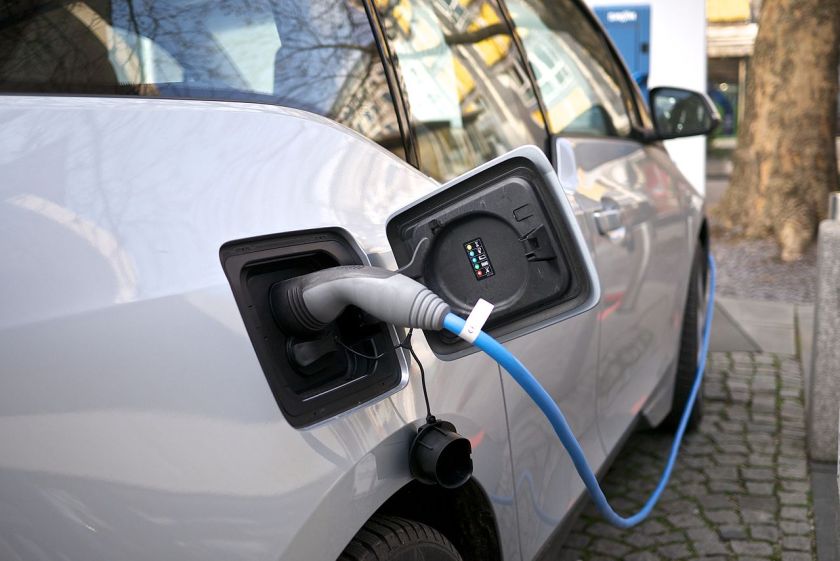
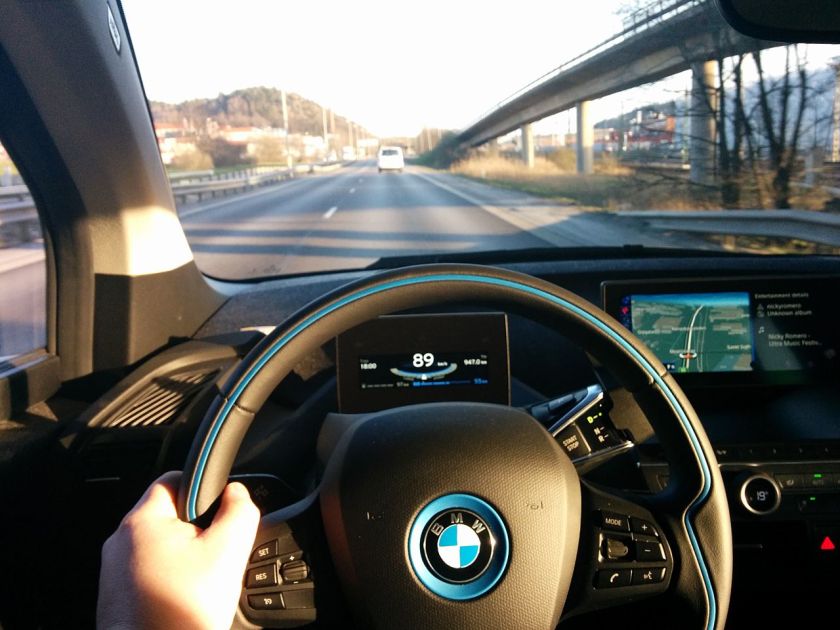
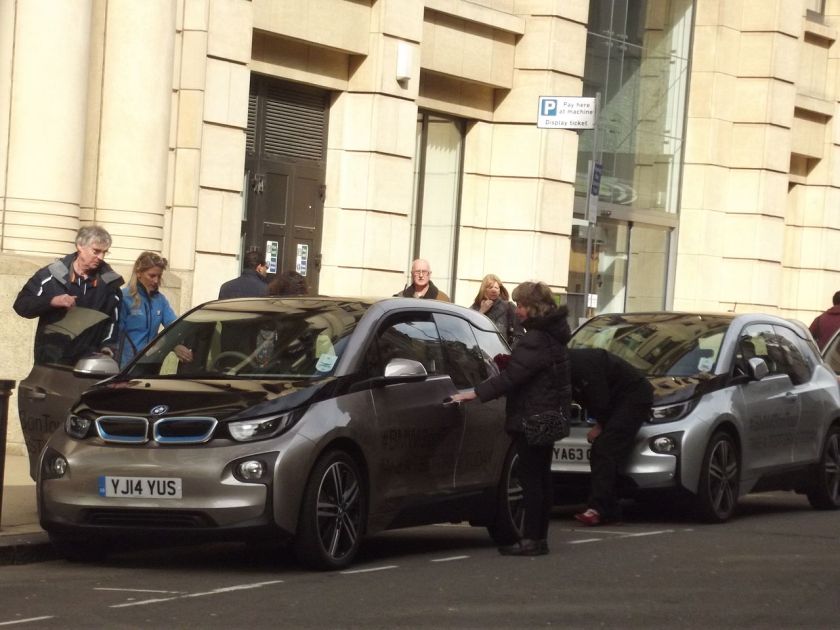
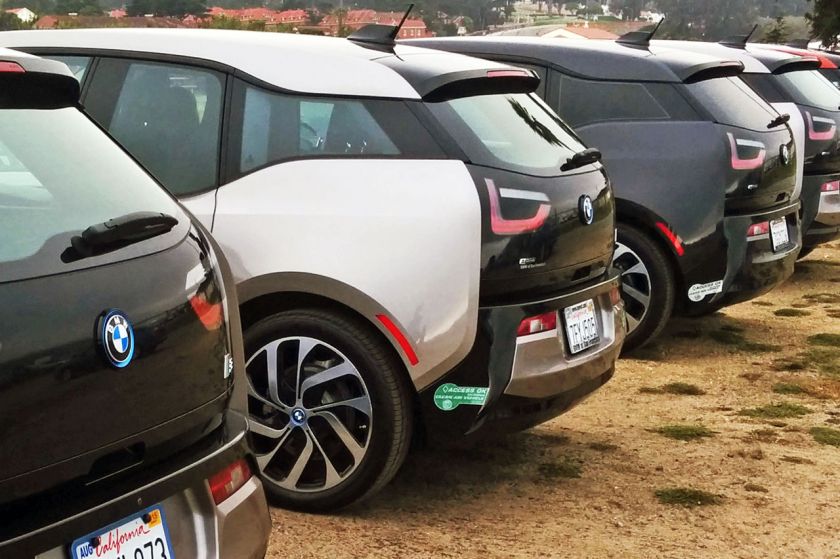
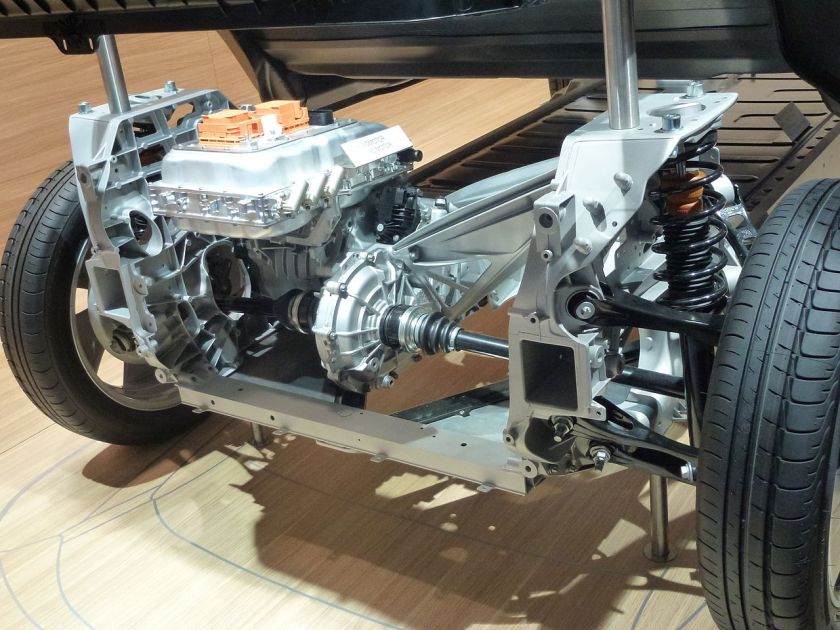
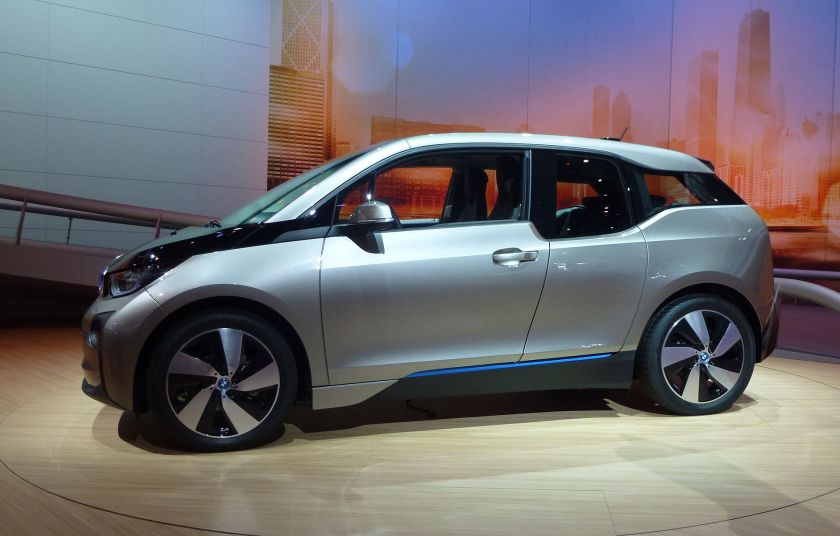
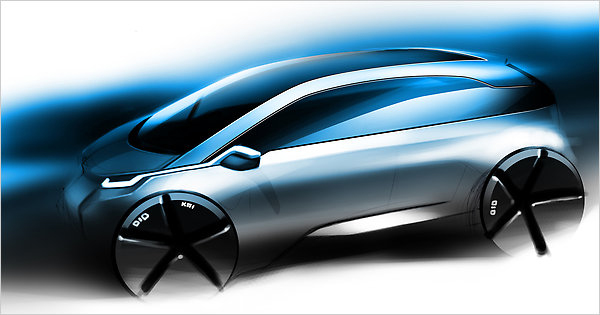 i3 compact electric city car 2013–present
i3 compact electric city car 2013–present
BMW X4 2014–present
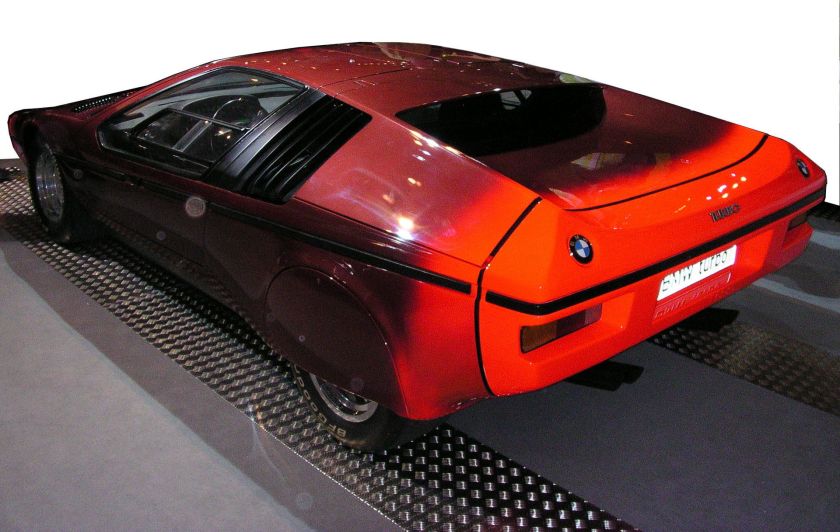
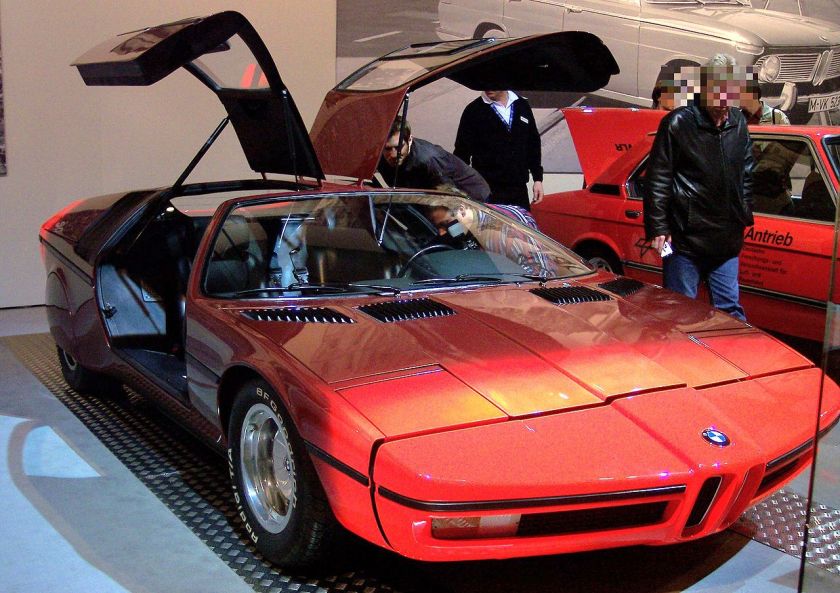 1972 Turbo
1972 Turbo
1990 M8: A high-performance version of the 8 Series coupe designed to compete with the likes of Ferrari.
1991 E1 Electric car.
1993 Z13
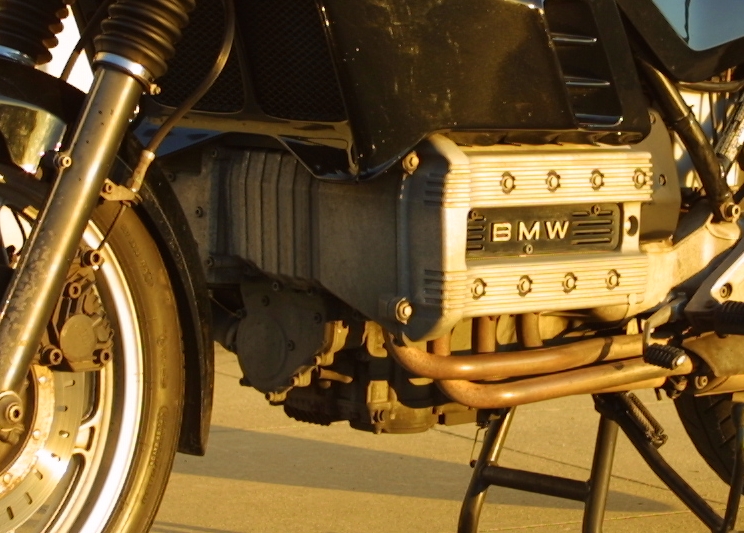 1995 Just 4/2 A two-seater open sports car with a BMW K series motorbike engine positioned behind the driver and passenger.
1995 Just 4/2 A two-seater open sports car with a BMW K series motorbike engine positioned behind the driver and passenger.
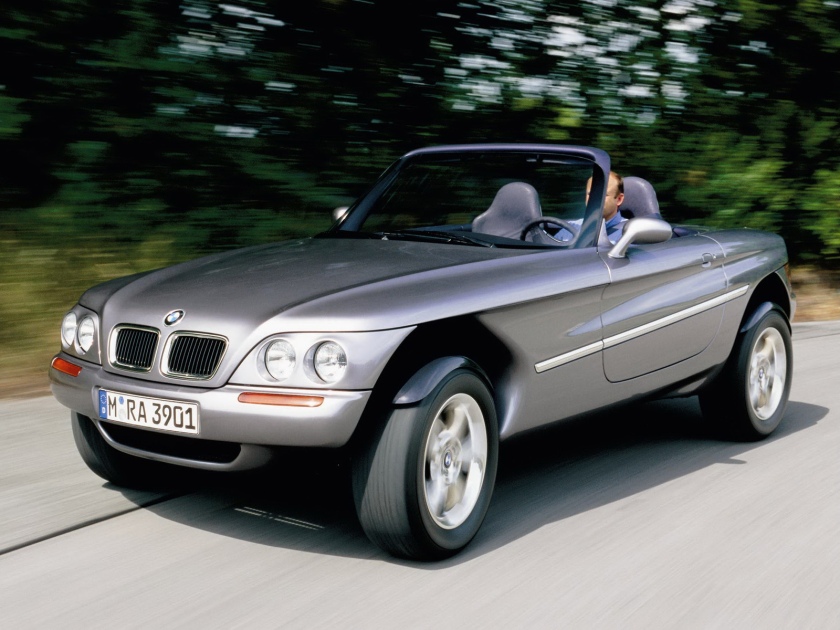 1995 Z18
1995 Z18
1997 Z07 Concept Previewed the Z8 sports car
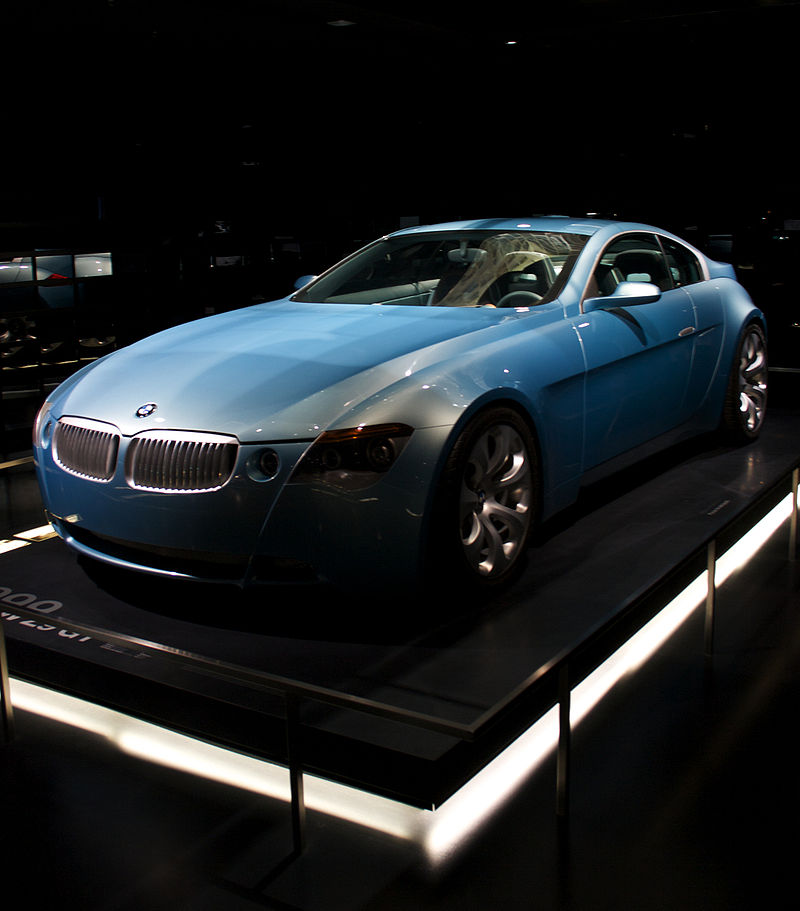 1999 Z9 Concept Designed by Adrian van Hooydonk that marked a departure from BMW’s traditional conservative style, causing some controversy among BMW enthusiasts. This later on became the 6 Series.
1999 Z9 Concept Designed by Adrian van Hooydonk that marked a departure from BMW’s traditional conservative style, causing some controversy among BMW enthusiasts. This later on became the 6 Series.
750hL At Expo 2000. A 7 Series sedan powered by a hydrogen fuel cell engine. As of March 2007, there are as many as 100 750hL vehicles worldwide for testing and publicity purposes.
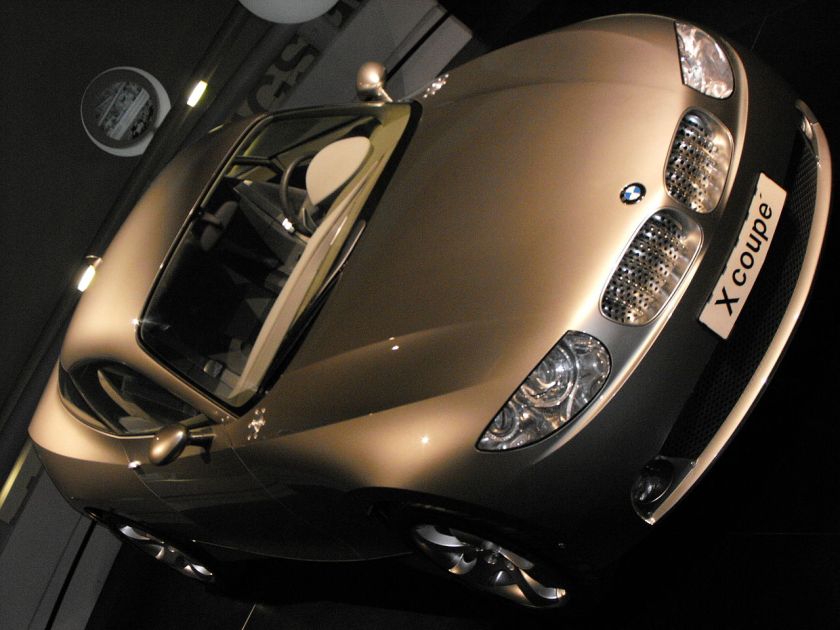 2001 X-Coupe
2001 X-Coupe
2002 xActivity Concept Previewed the E83 X3
2002 CS1 Concept Previewed the E8x generation 1 series
2006 BMW Mille Miglia Coupe Concept
2007 Concept CS
2008 Concept 1 Series tii Previewed BMW Performance Parts to be made available on the E82 1 Series
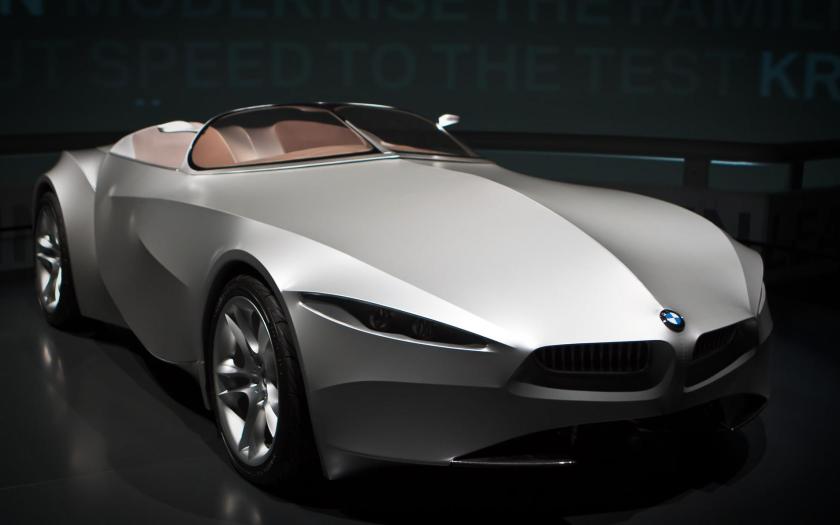 2008 GINA Based on the structure of a Z8 with a light fabric skin and hydro-electric technology to allow the shape to change.
2008 GINA Based on the structure of a Z8 with a light fabric skin and hydro-electric technology to allow the shape to change.
2008 Concept X1 Previewed a compact Sports Activity Vehicle
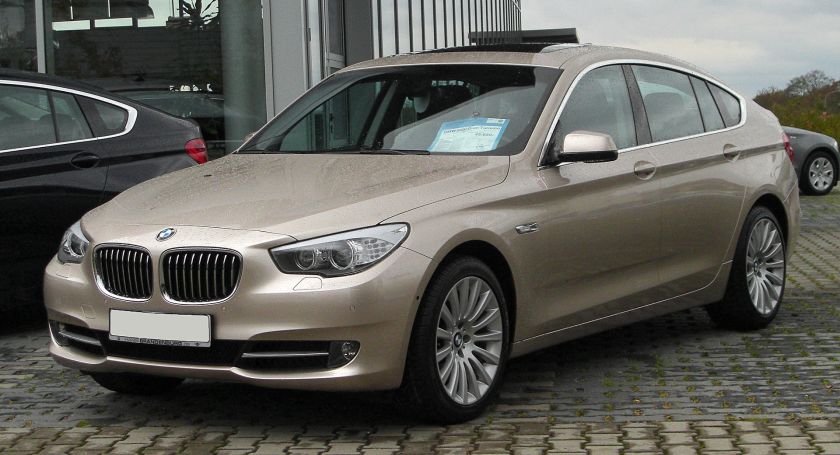
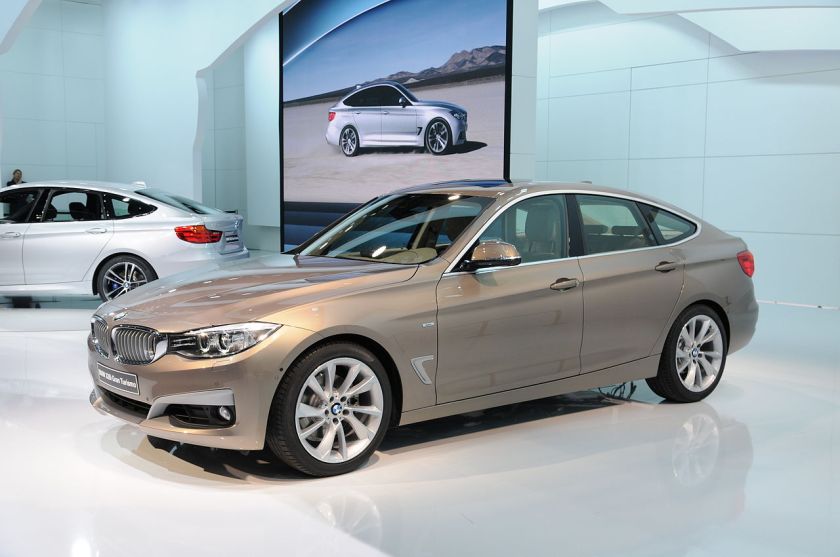 2008 Concept 5 Series Gran Turismo First of the BMW Progressive Activity Series
2008 Concept 5 Series Gran Turismo First of the BMW Progressive Activity Series
2008 M1 Hommage
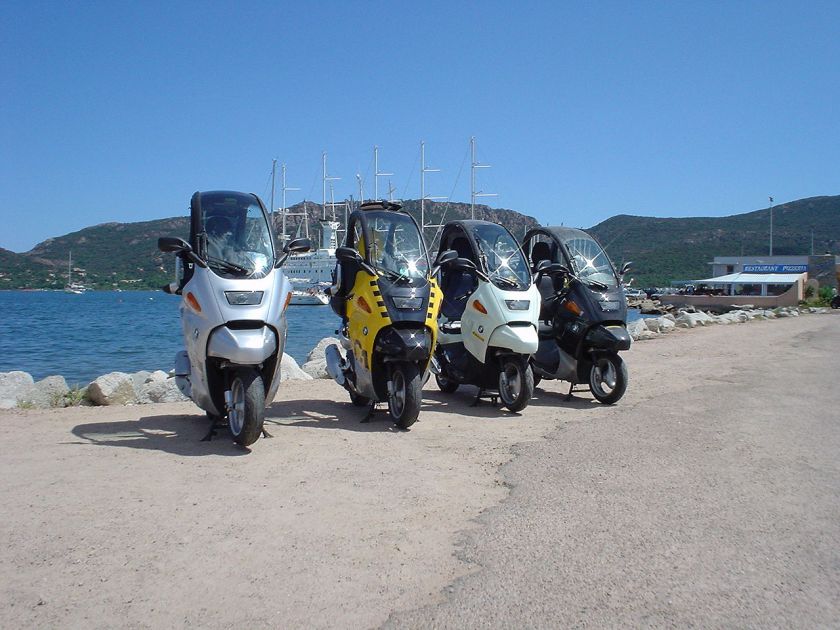

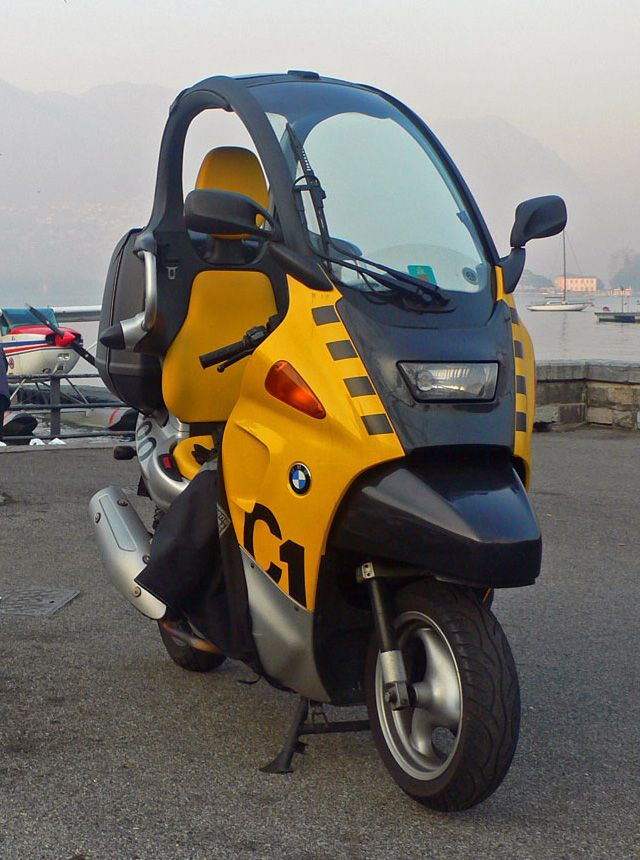
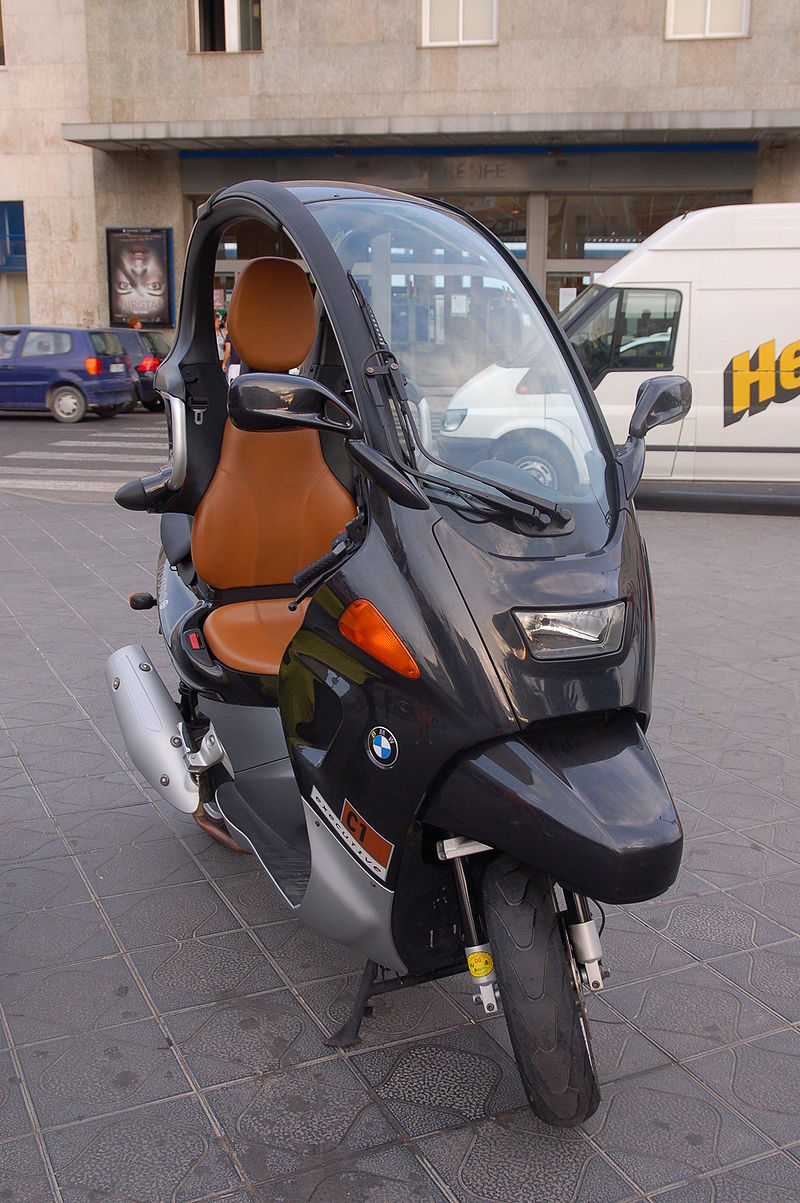 2009 C1-E An electric version of the C1 scooter
2009 C1-E An electric version of the C1 scooter
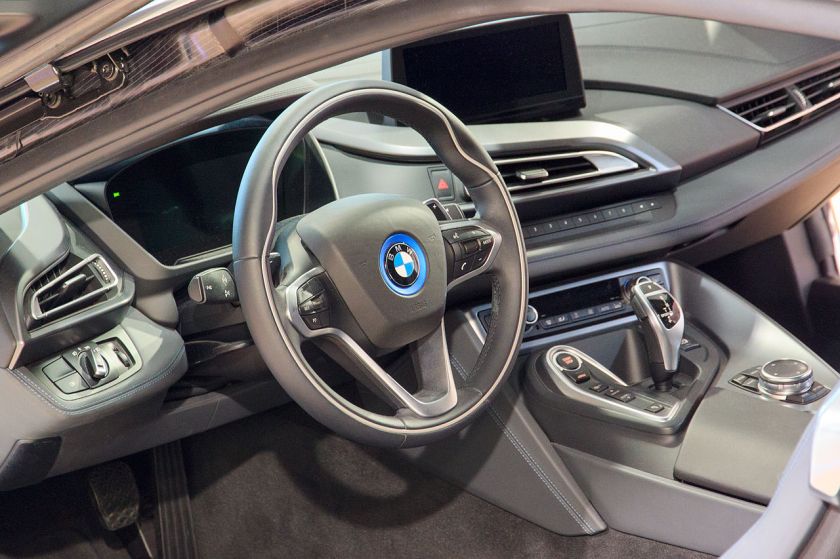
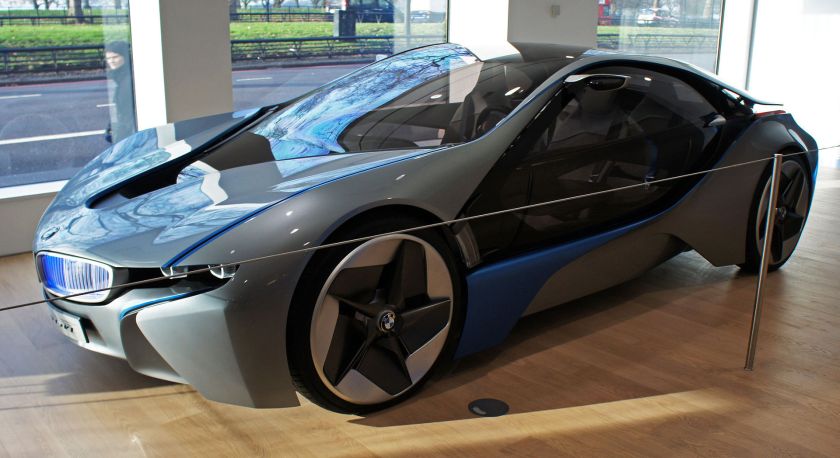
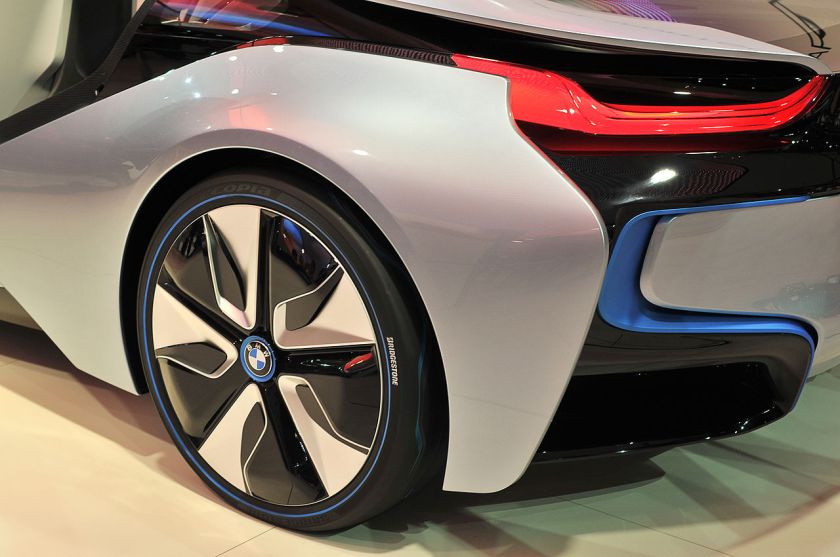
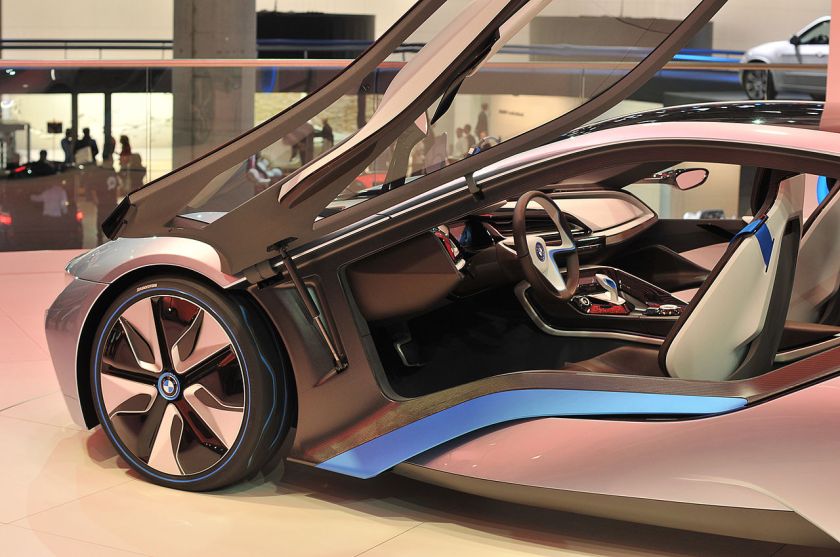
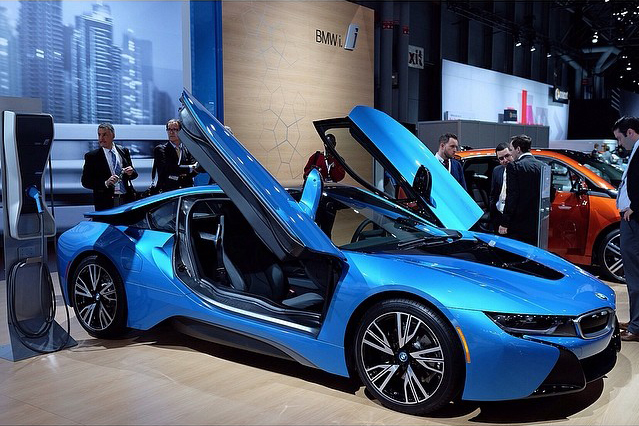
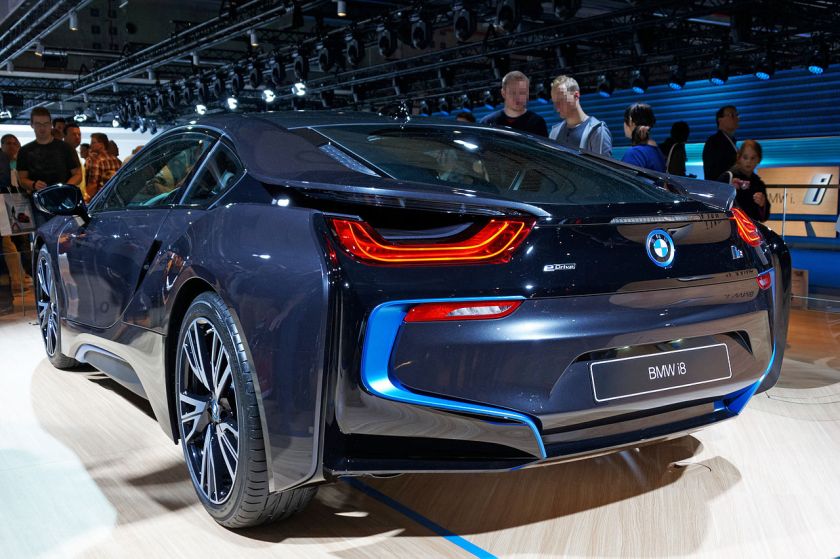
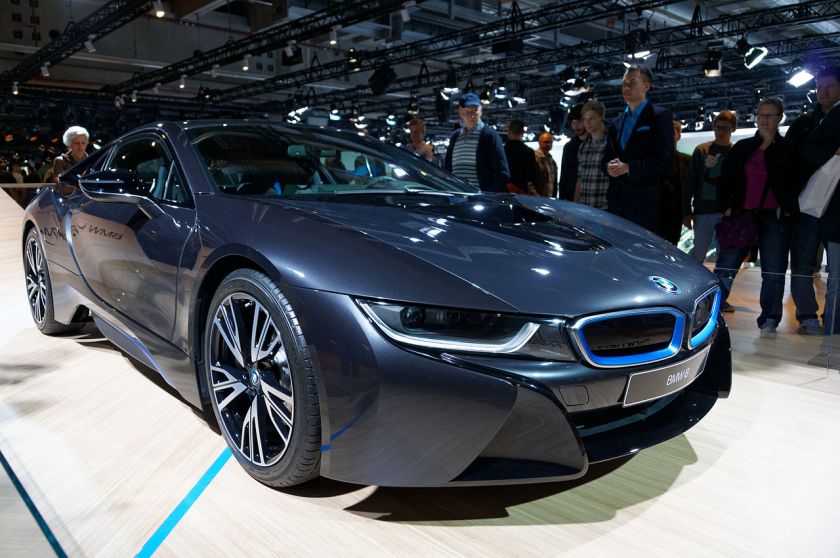
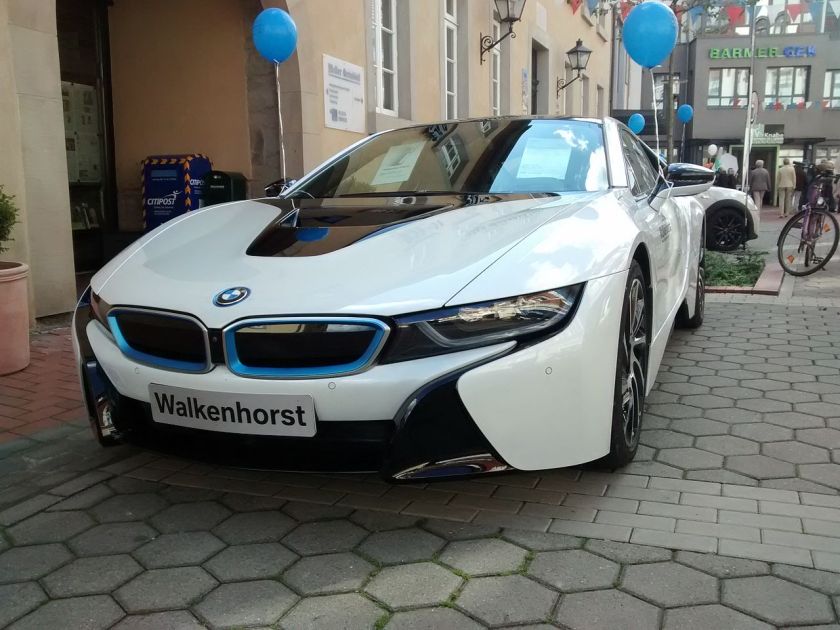
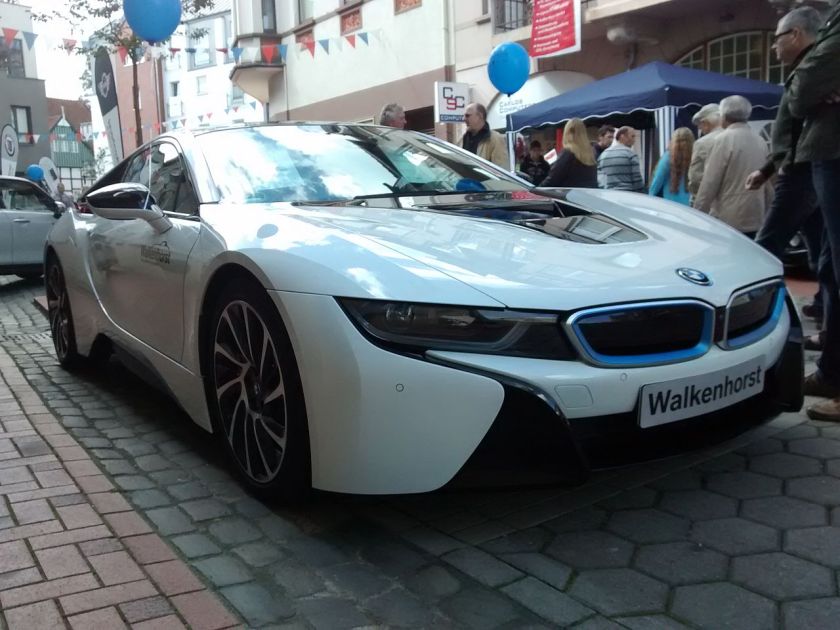
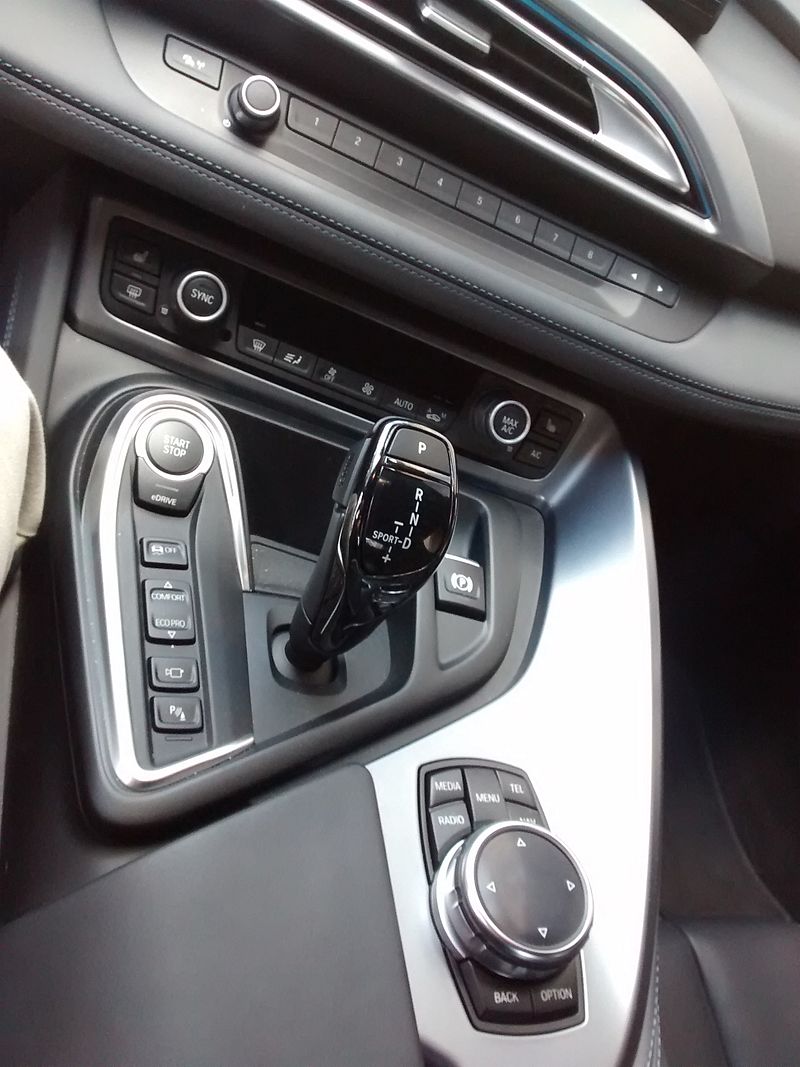

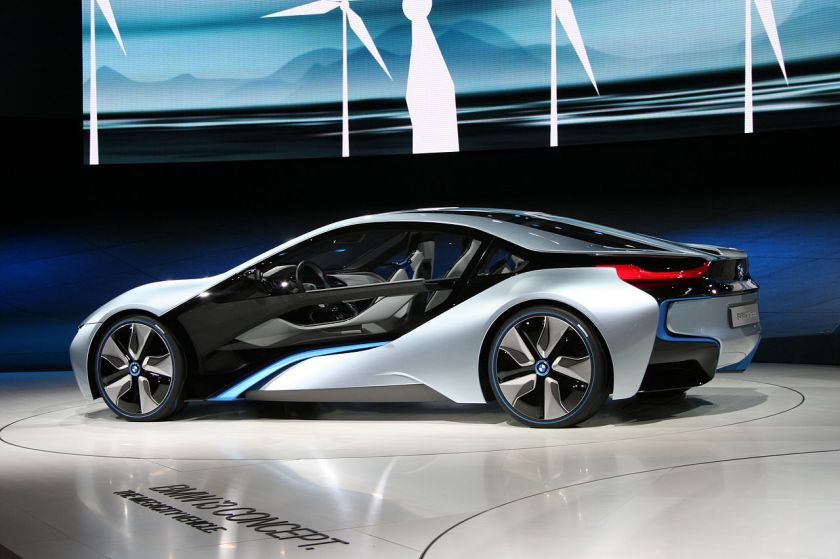
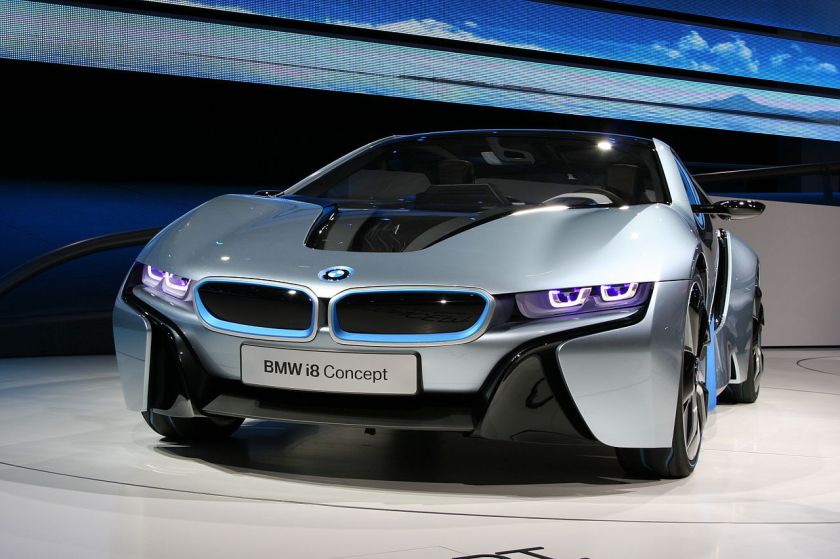
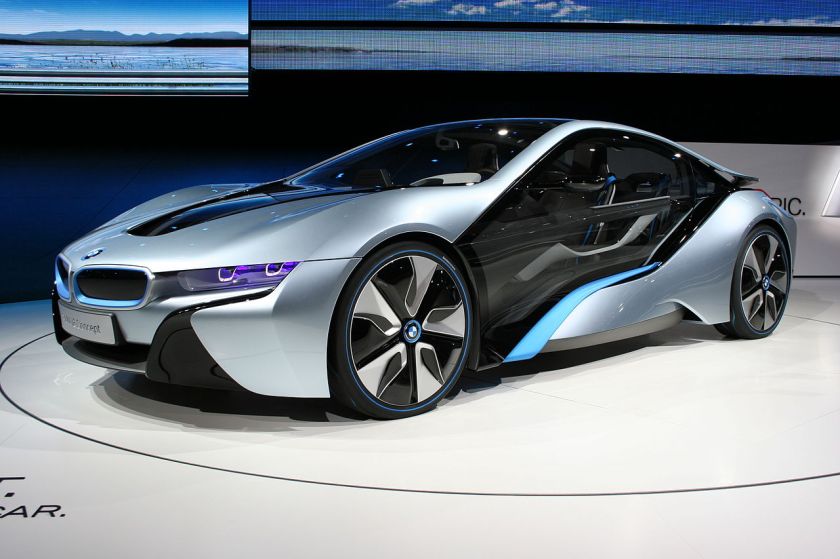
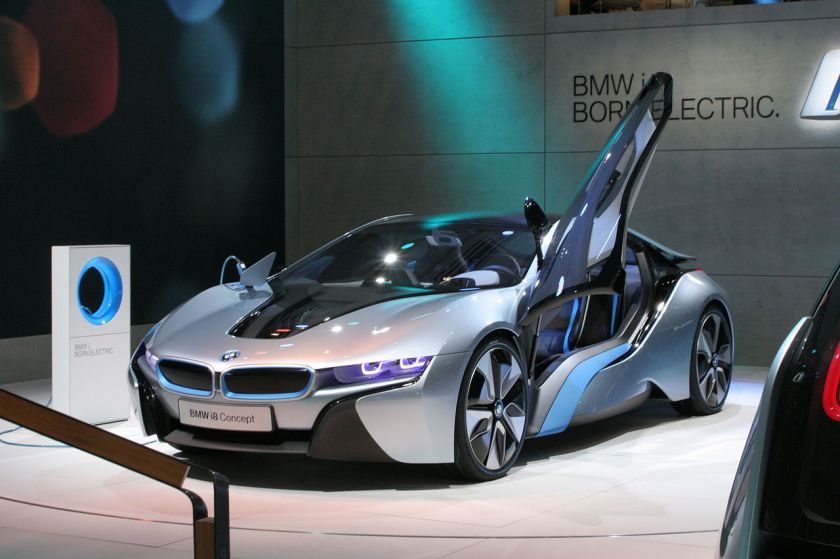
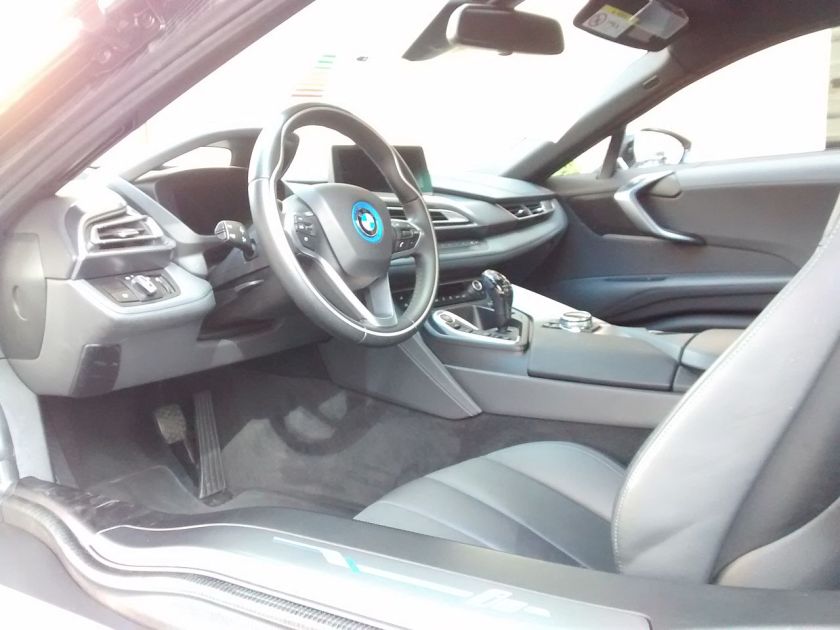
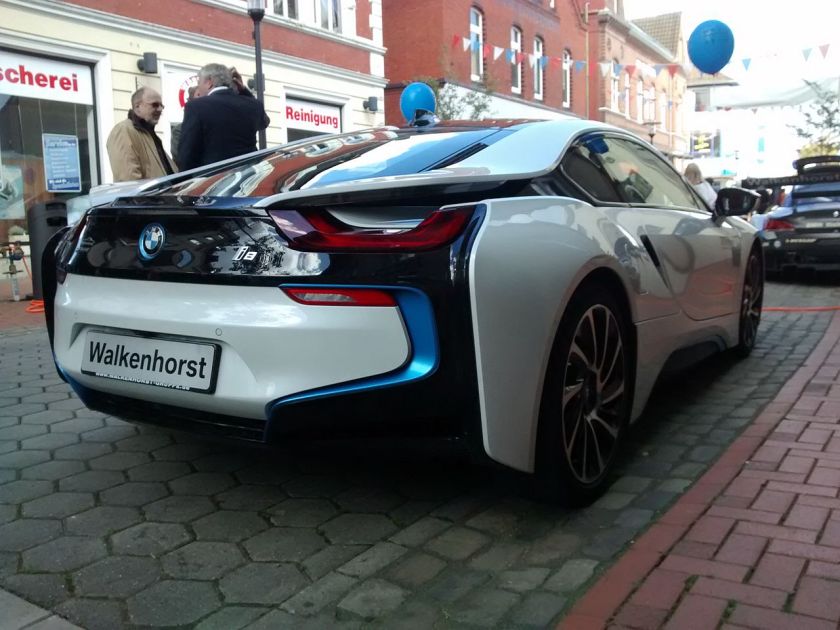
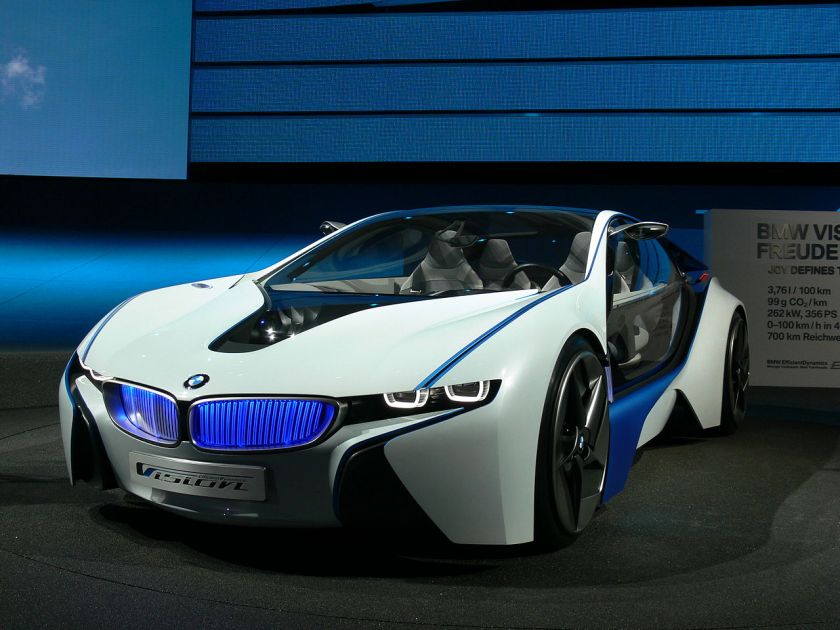
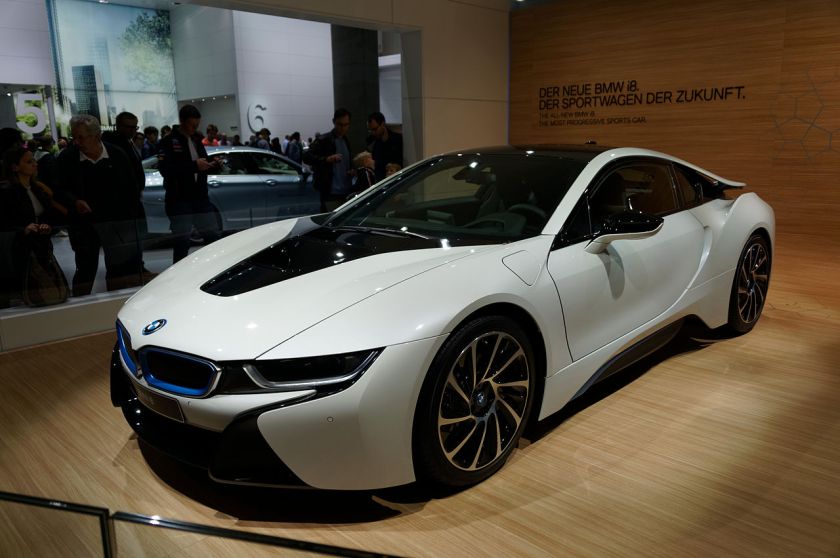 2009 Vision EfficientDynamics BMWi8 concept
2009 Vision EfficientDynamics BMWi8 concept
2010 5 Series Concept ActiveHybrid
2010 Concept Gran Coupe Previewed the F14 6 series Gran Coupe
2010 Concept 6 Series Coupe Previewed the F12 / F13 6 Series Coupe and Convertible
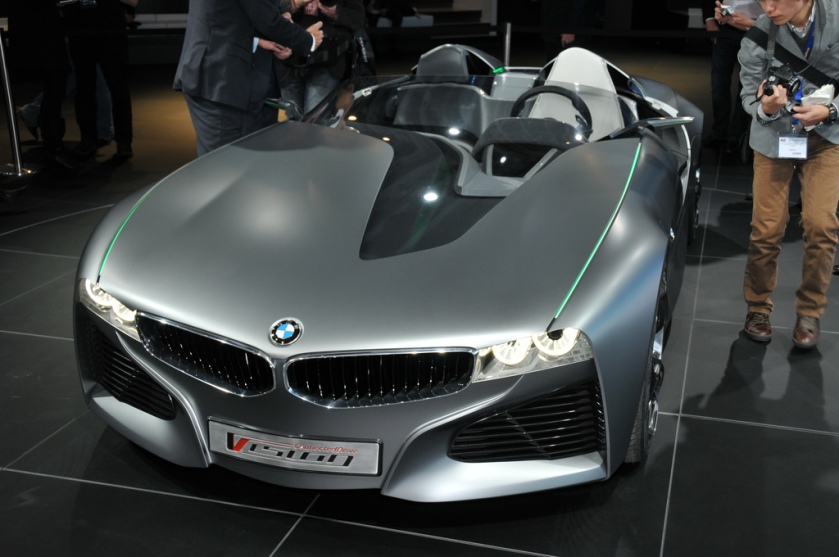 2010 Vision ConnectedDrive Previewed future BMW communications technology
2010 Vision ConnectedDrive Previewed future BMW communications technology
2011 328 Hommage
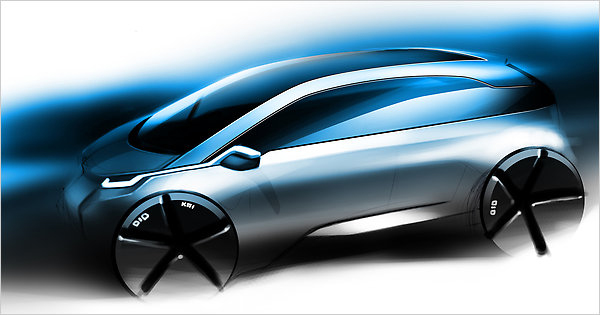 2011 i3 Concept Previewed the i3 premium compact electric vehicle
2011 i3 Concept Previewed the i3 premium compact electric vehicle
2011 i8 Concept Previewed the future production i8 plug-in hybrid electric sports car
2012 M135i Concept Previewed the M Performance variant of the F20 1-Series hatchback
2012 Zagato Coupe
2012 Zagato Roadster
2012 Concept Active Tourer Previewed future FWD BMW vehicle architecture and the new 2-Series Gran Turismo
2012 i3 Concept Coupe Previewed a potential coupe version of the future production i3 premium compact electric vehicle
2012 i8 Concept Spyder Previewed a potential spyder version of the future production i8 plug-in hybrid electric sports car
2013 BMW Concept X4 Previewed the F26 X4 Sports Activity Coupe
2013 Concept 4 Series Coupe Previewed the F32 4-Series Coupe
2013 BMW Pininfarina Gran Lusso Coupe
2013 BMW Concept M4 Previewed the F82 M4 and F80 M3
2013 BMW Concept X5 eDrive Previewed the future F15 X5 plug-in hybrid
2014 Vision Future Luxury Concept Previewed the G11 7-Series and potential 9-Series flagship
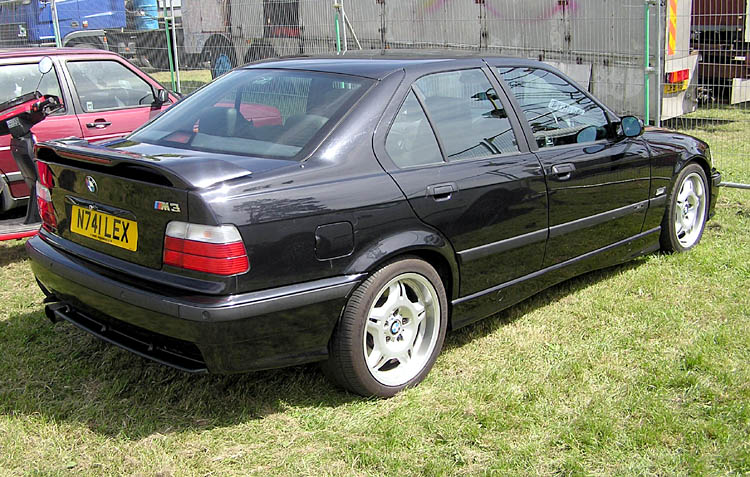
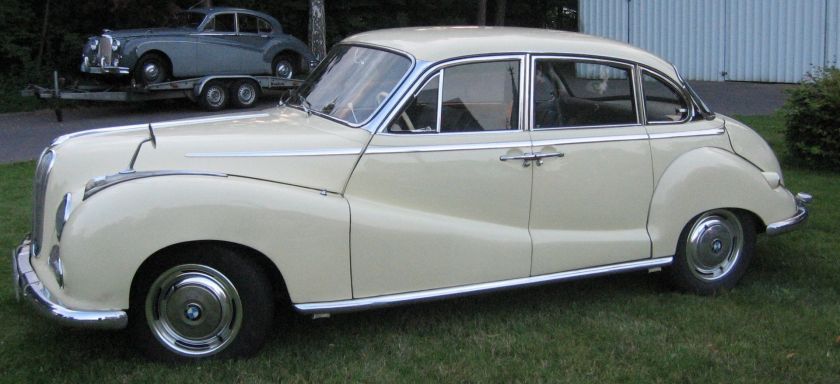 BMW 501 — (1952–1958) 6 cylinder Limousine
BMW 501 — (1952–1958) 6 cylinder Limousine
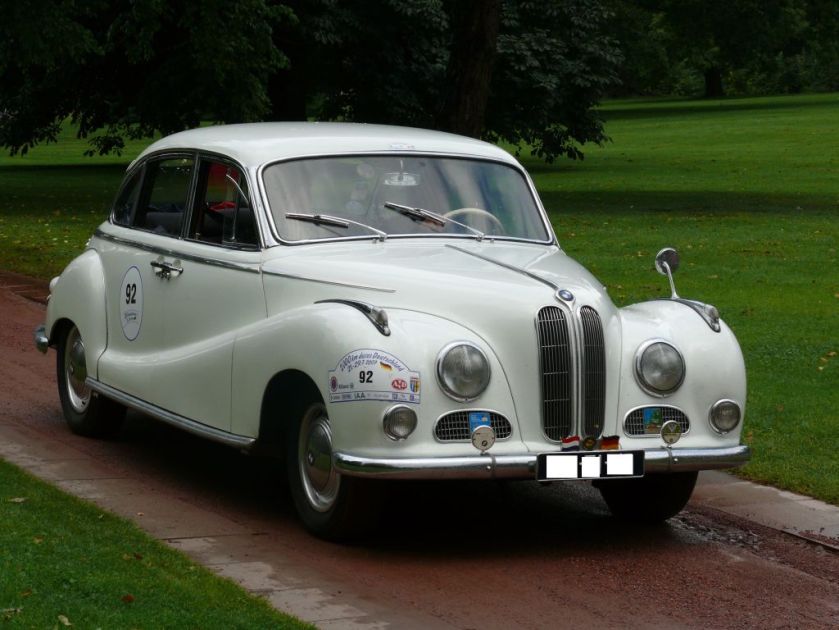 BMW 502 — (1954–1964) 8 cylinder Limousine
BMW 502 — (1954–1964) 8 cylinder Limousine
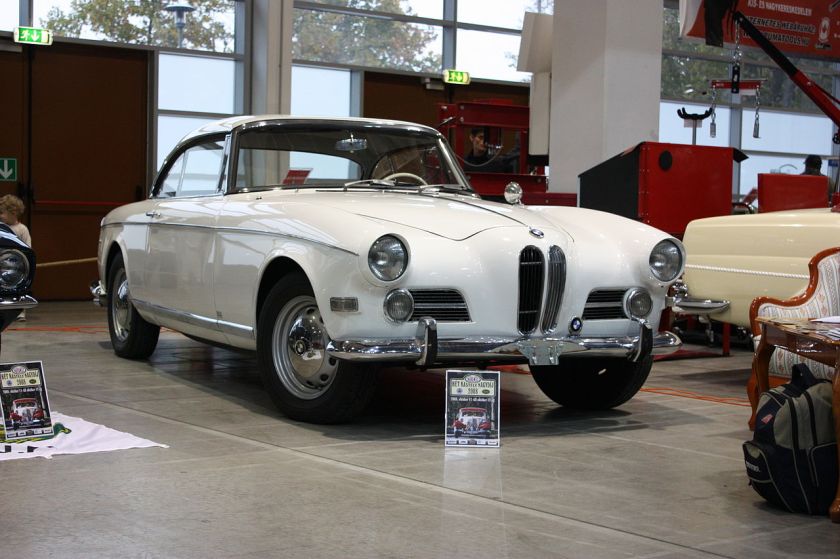 BMW 503 — (1956–1959) 8 cylinder Coupe and Cabriolet
BMW 503 — (1956–1959) 8 cylinder Coupe and Cabriolet
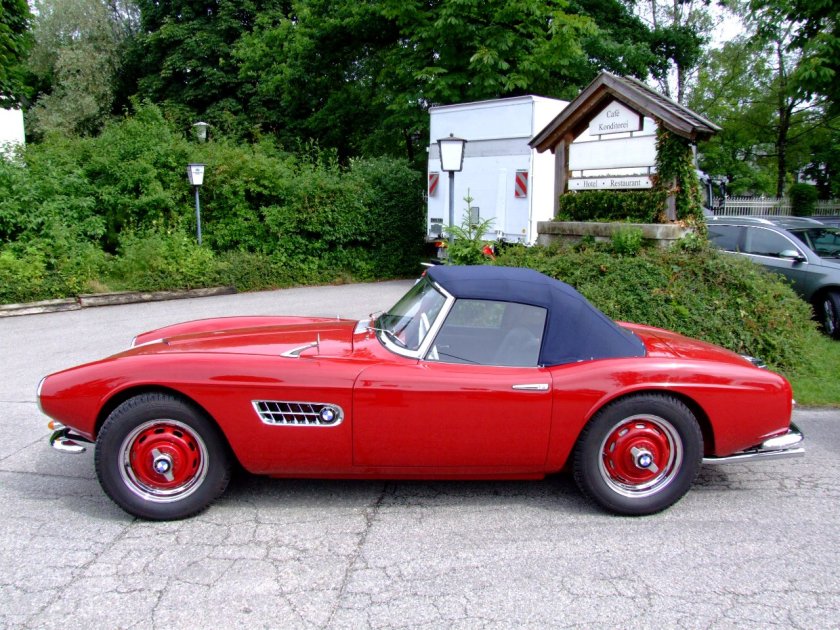
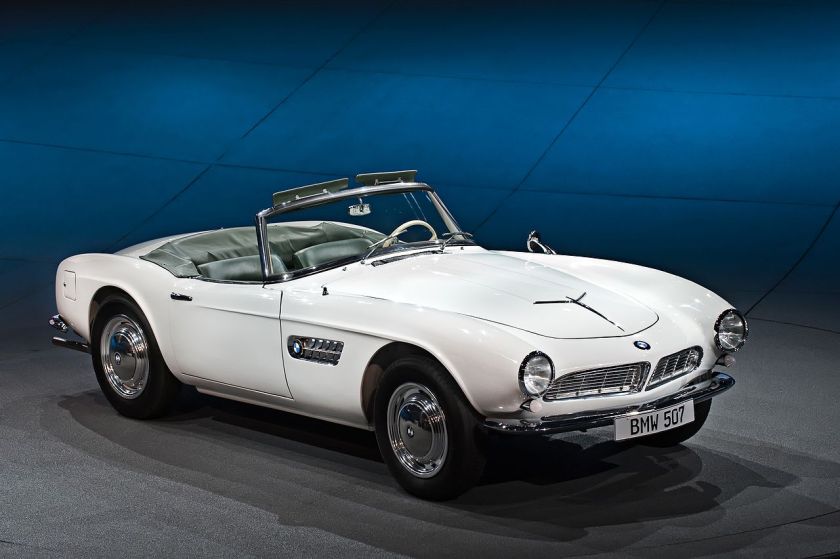 BMW 507 — (1955–1959) 8 cylinder Roadster
BMW 507 — (1955–1959) 8 cylinder Roadster
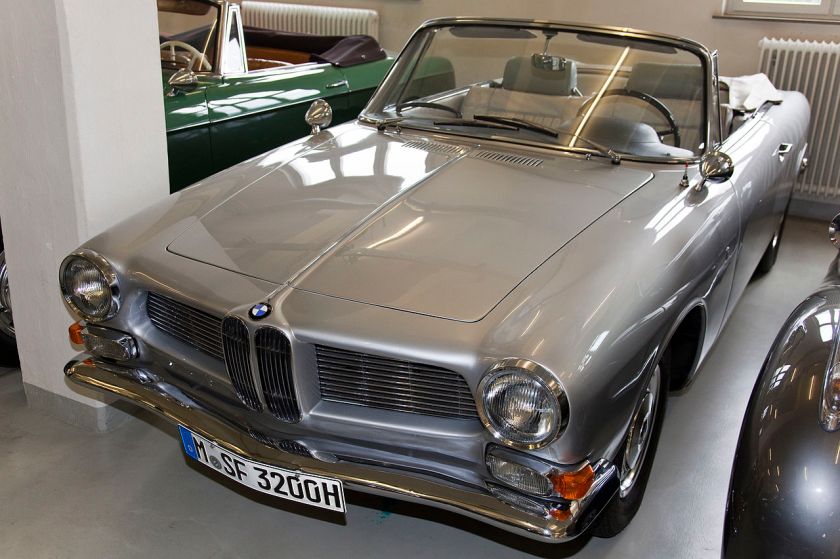
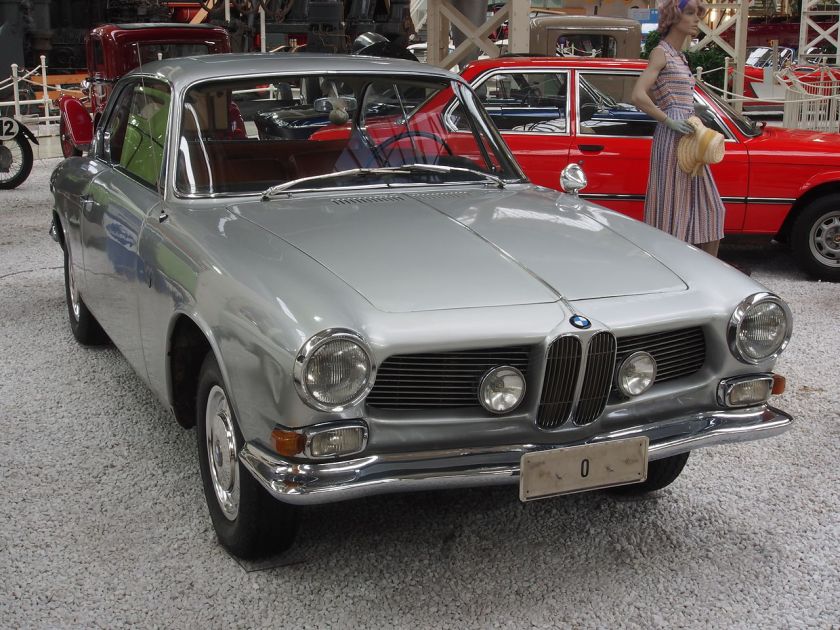 BMW 3200 CS — (1956–1959) 8 cylinder Coupe and 1 Cabriolet
BMW 3200 CS — (1956–1959) 8 cylinder Coupe and 1 Cabriolet
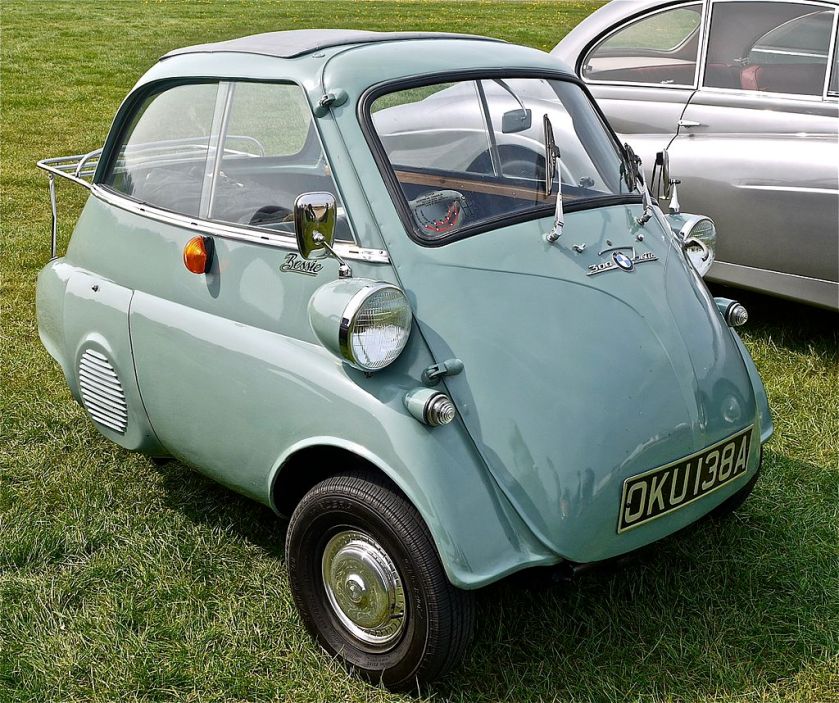 BMW Typ100 — (1955–1962) Isetta
BMW Typ100 — (1955–1962) Isetta
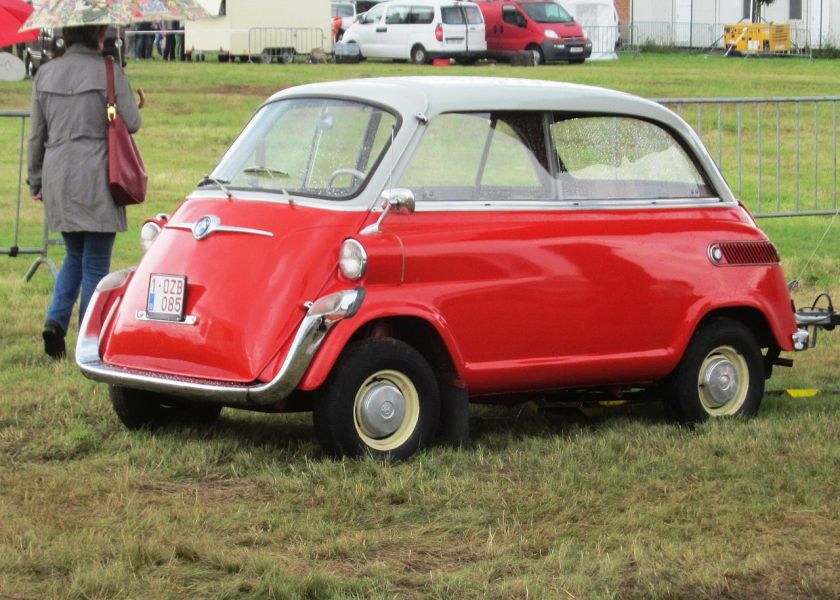 BMW Typ106 — (1957–1959) 600
BMW Typ106 — (1957–1959) 600
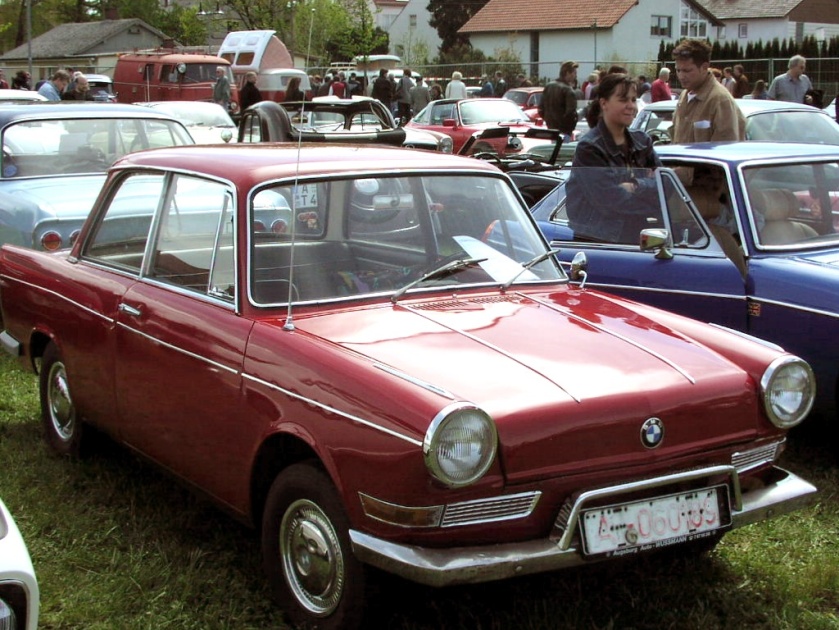
bmw-700
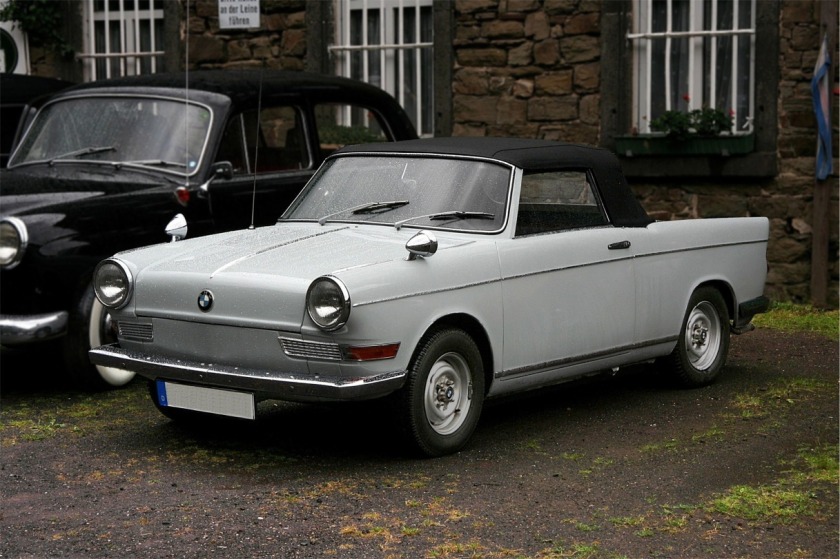 BMW Typ110 – (1961–1964) 700 Cabriolet
BMW Typ110 – (1961–1964) 700 Cabriolet
BMW Typ114 — (1966–1976) 1600-2, 1602-2002TI, 1502
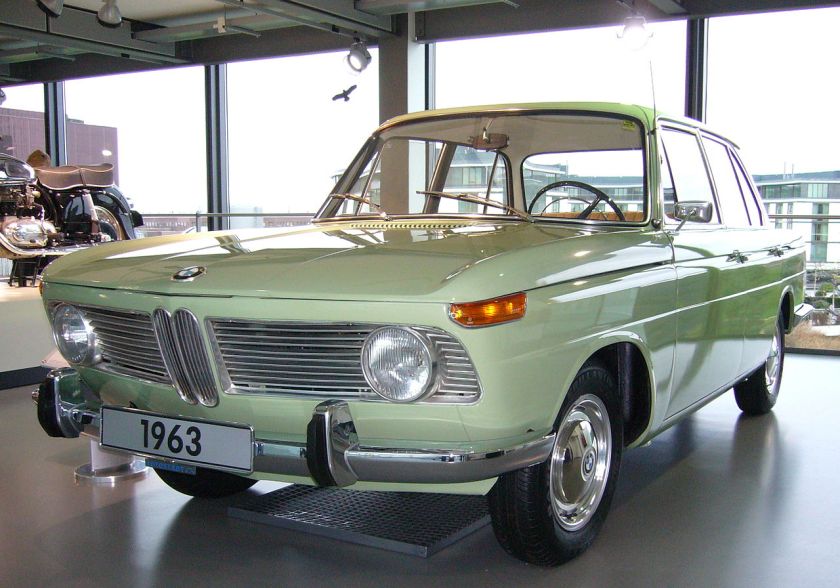 BMW Typ115 — (1963–1964) 1500
BMW Typ115 — (1963–1964) 1500
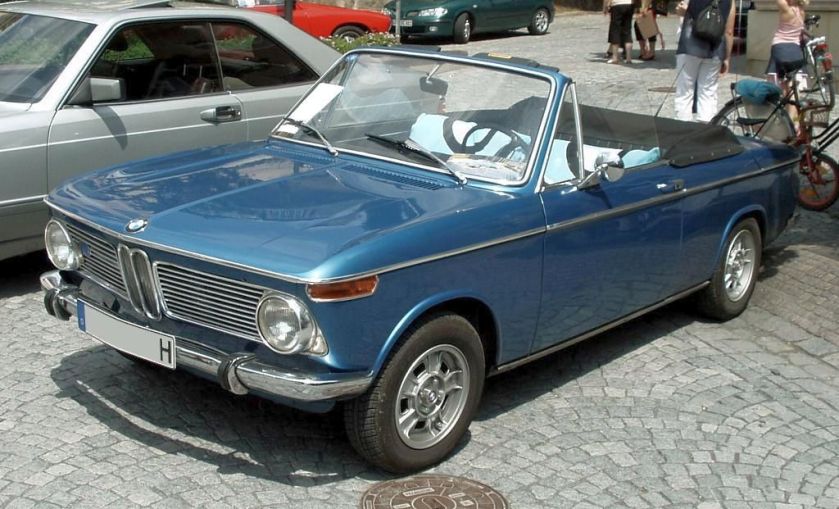
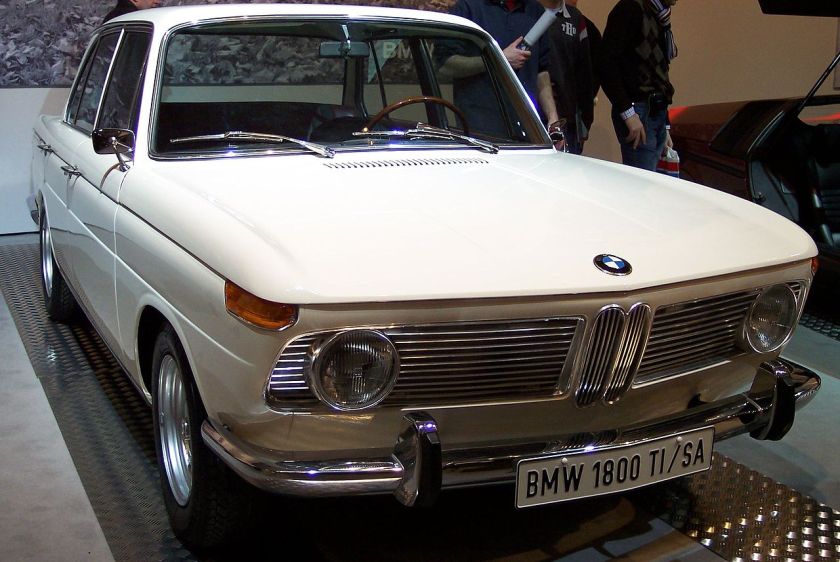 BMW Typ118 — (1963–1971) 1800-1800TI/SA
BMW Typ118 — (1963–1971) 1800-1800TI/SA
BMW Typ120 — (1966–1970) New Class Coupe 2000C/CS
 BMW Typ121 — (1966–1972) 2000-2000tii
BMW Typ121 — (1966–1972) 2000-2000tii
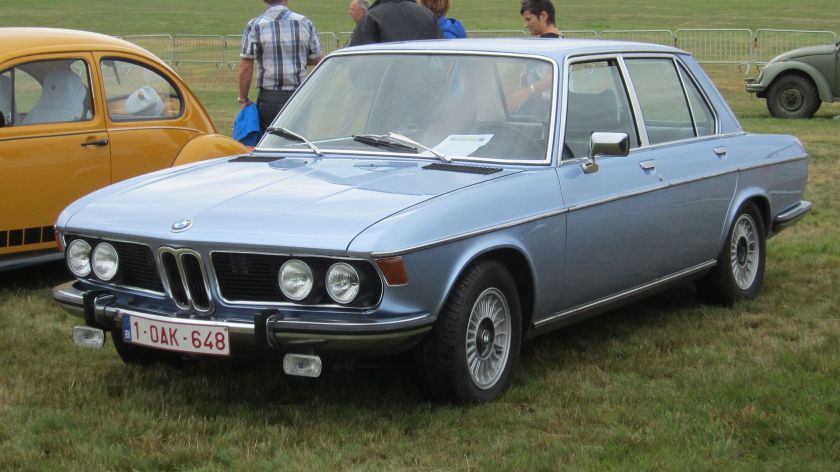 BMW E3 — (1968–1977) 2.5, 2.8, 3.0, 3.3 “New Six” Sedans
BMW E3 — (1968–1977) 2.5, 2.8, 3.0, 3.3 “New Six” Sedans
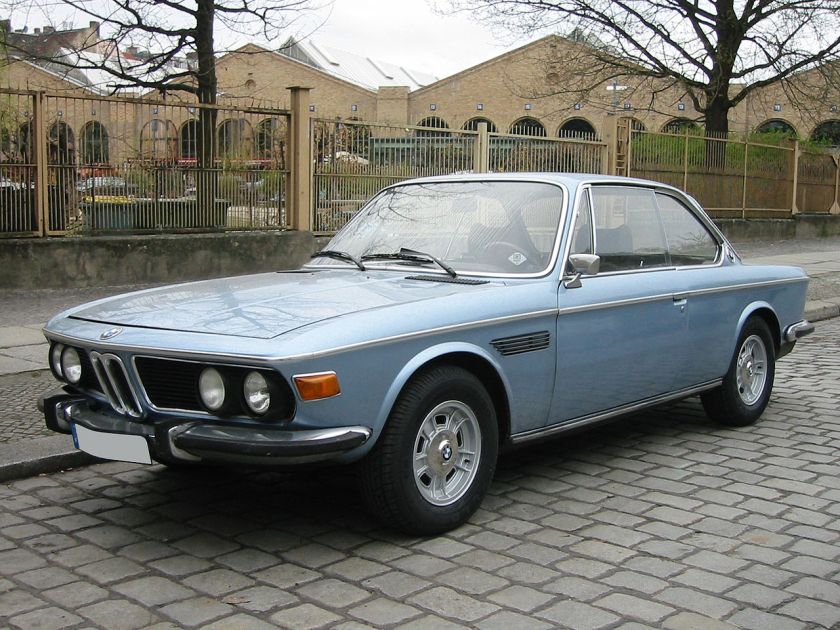 BMW E9 — (1969–1975) 2800CS, 3.0CS, 3.0CSL “New Six” Coupes
BMW E9 — (1969–1975) 2800CS, 3.0CS, 3.0CSL “New Six” Coupes
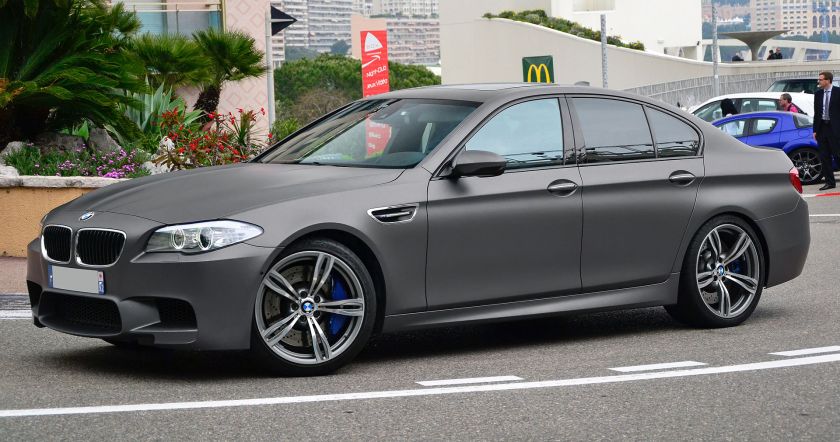 BMW M535i M5— (1974–1981) 5 Series Sedan/M535i Sedan
BMW M535i M5— (1974–1981) 5 Series Sedan/M535i Sedan
 BMW E21 — (1976–1983) 3 Series Sedan/Convertible
BMW E21 — (1976–1983) 3 Series Sedan/Convertible
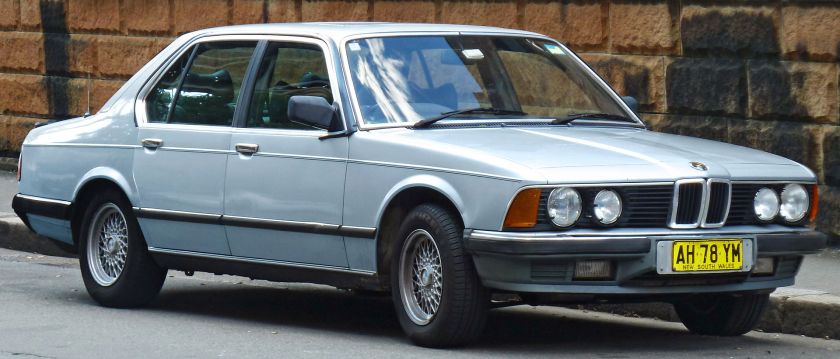
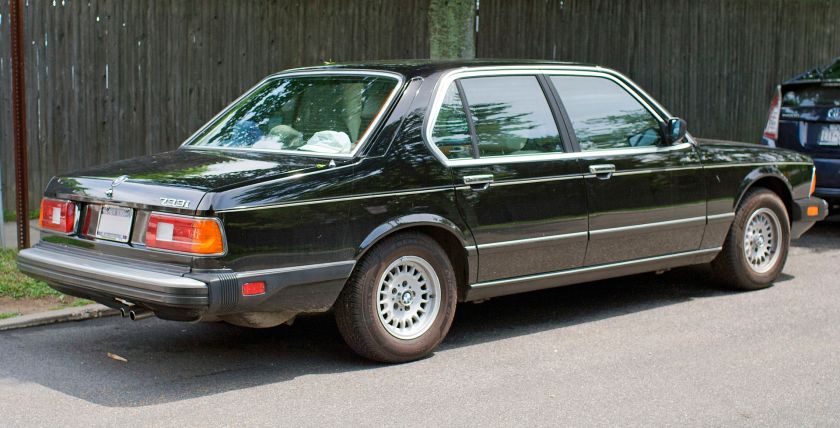
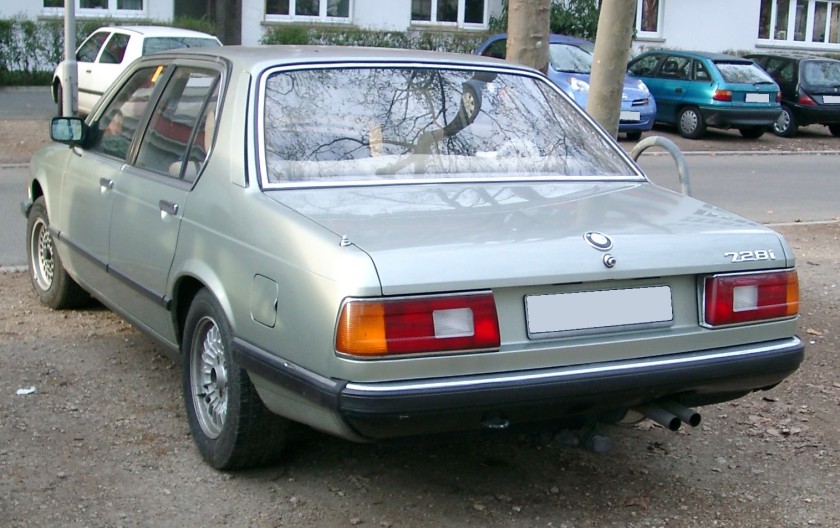
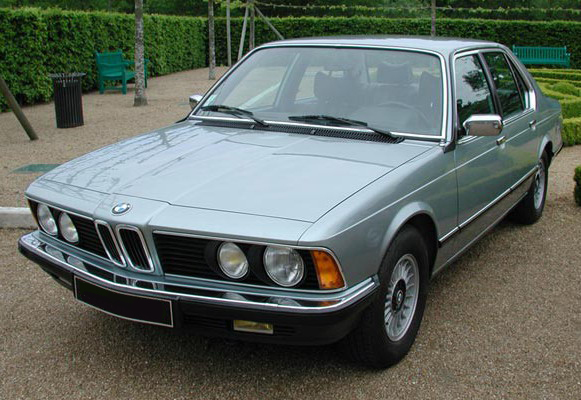 BMW E23 — (1977–1986) 7 Series Sedan
BMW E23 — (1977–1986) 7 Series Sedan
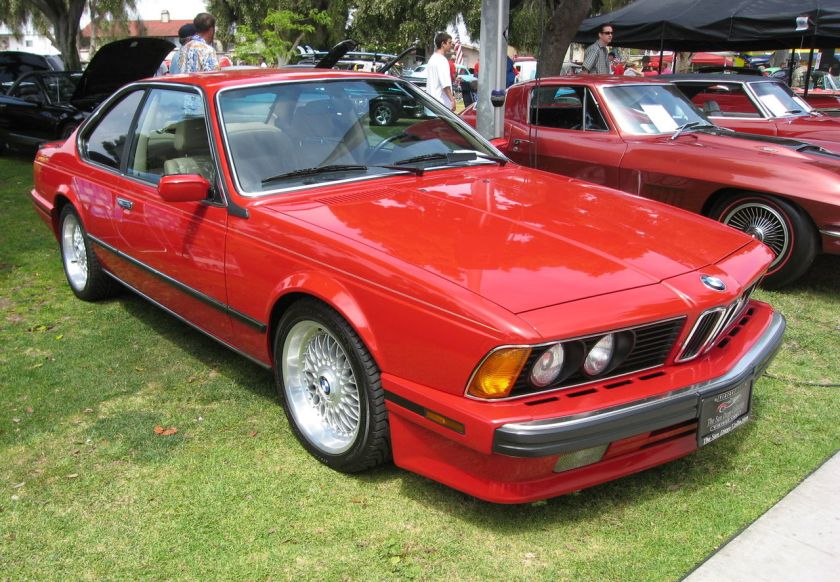

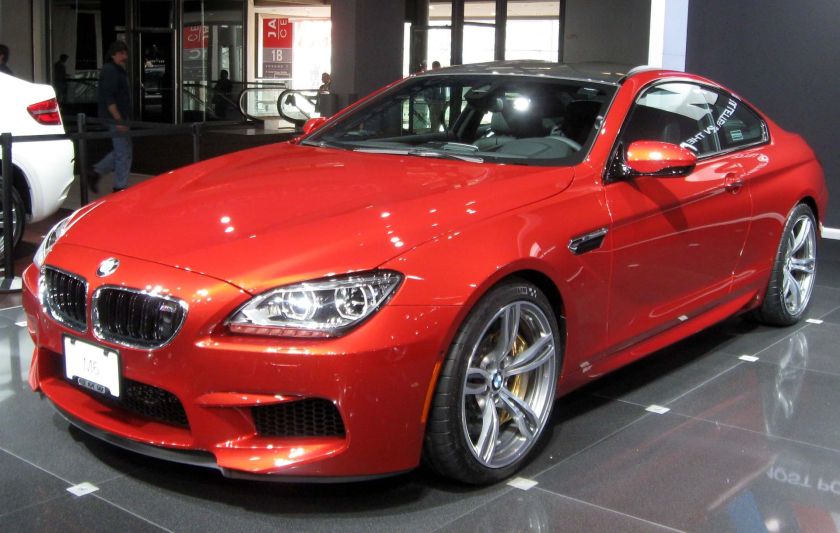
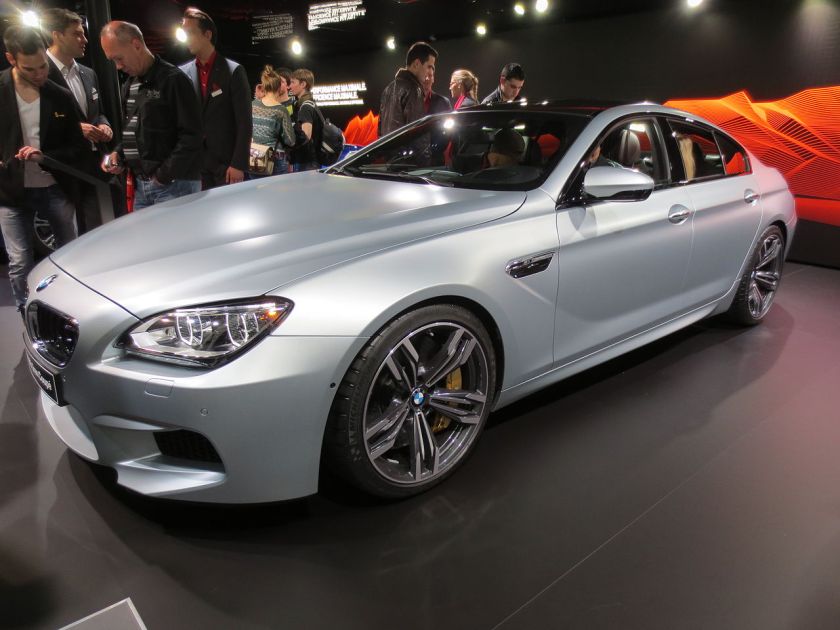
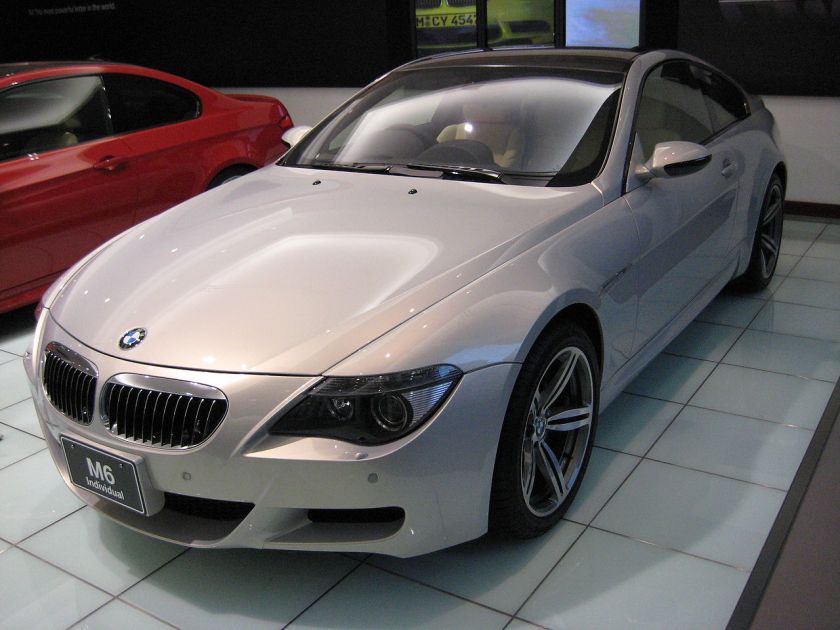 BMW M635i — (1976–1989) 6 Series Coupe/M635i Coupe
BMW M635i — (1976–1989) 6 Series Coupe/M635i Coupe
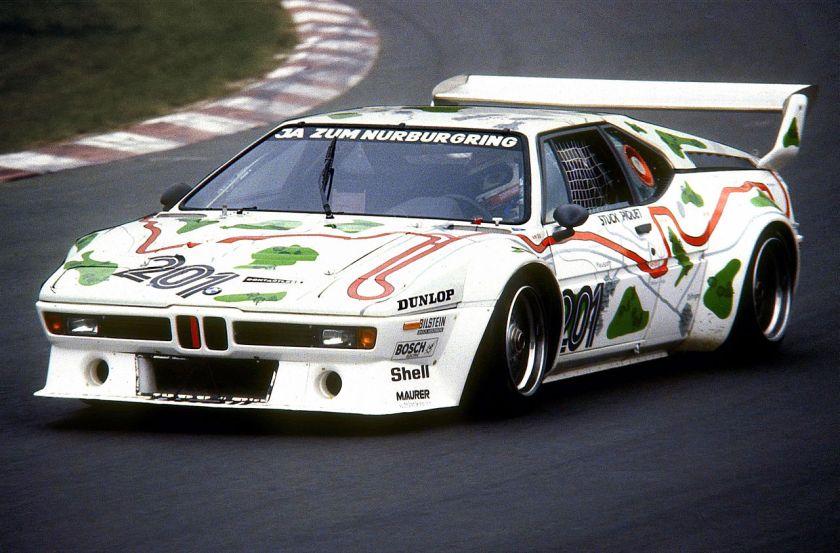
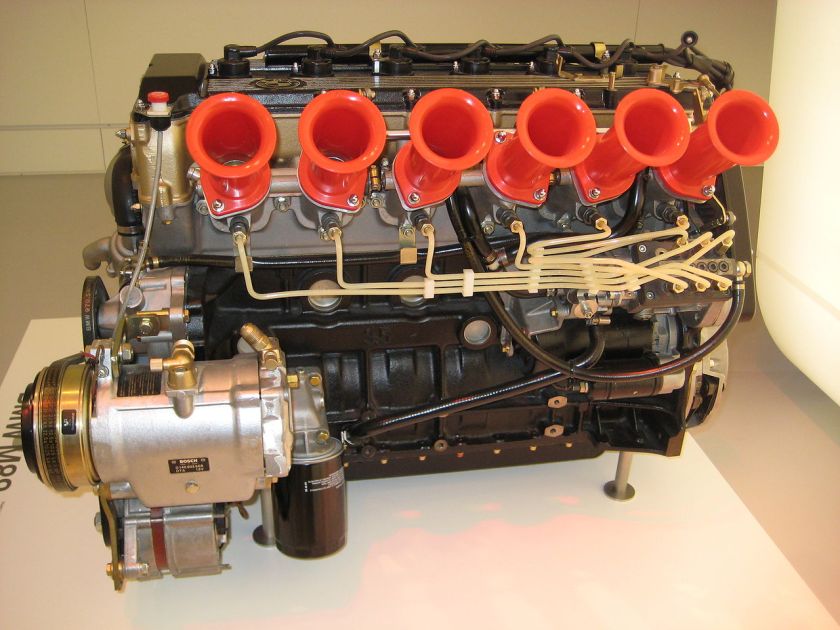
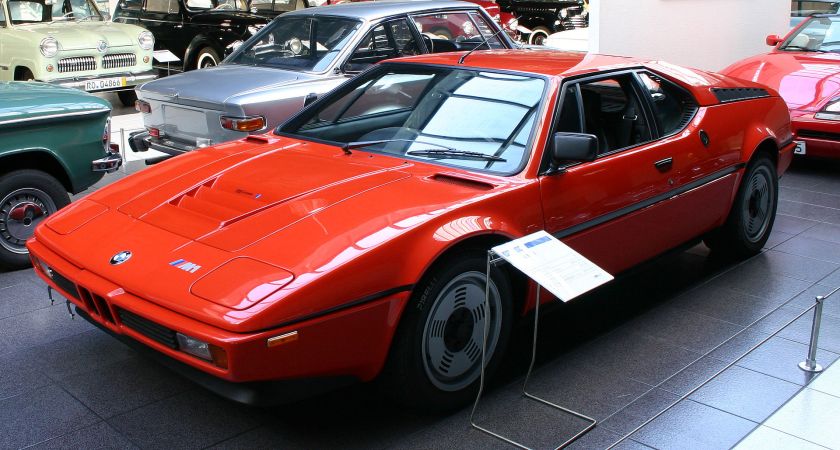
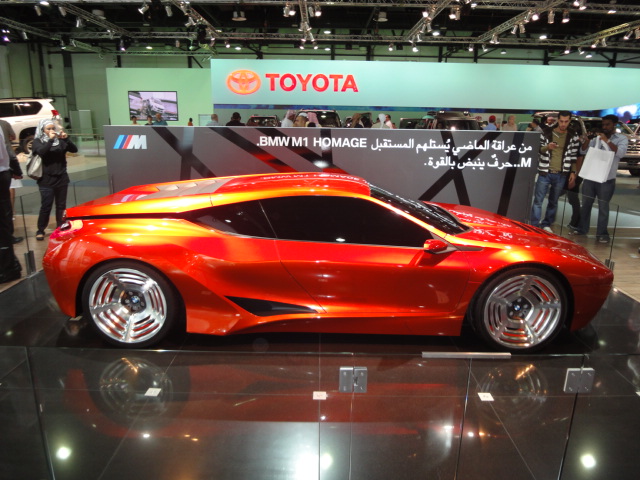
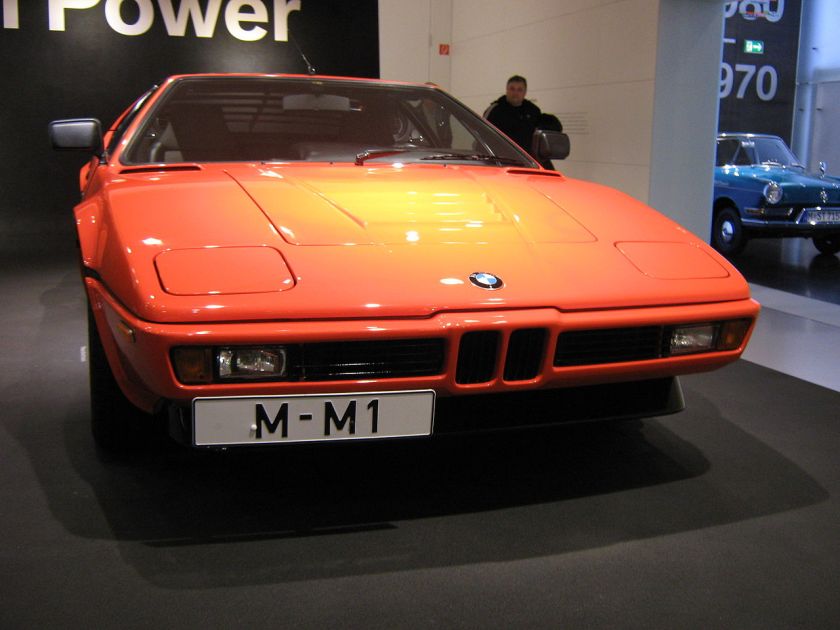 BMW E26 — (1978–1981) M1 Coupe
BMW E26 — (1978–1981) M1 Coupe
BMW M5 E28 — (1981–1987) 5 Series Sedan/M5 Sedan
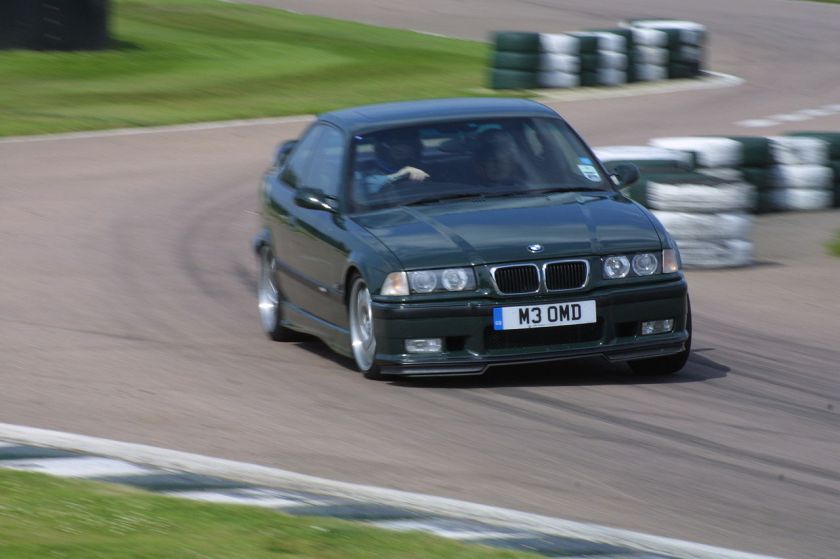
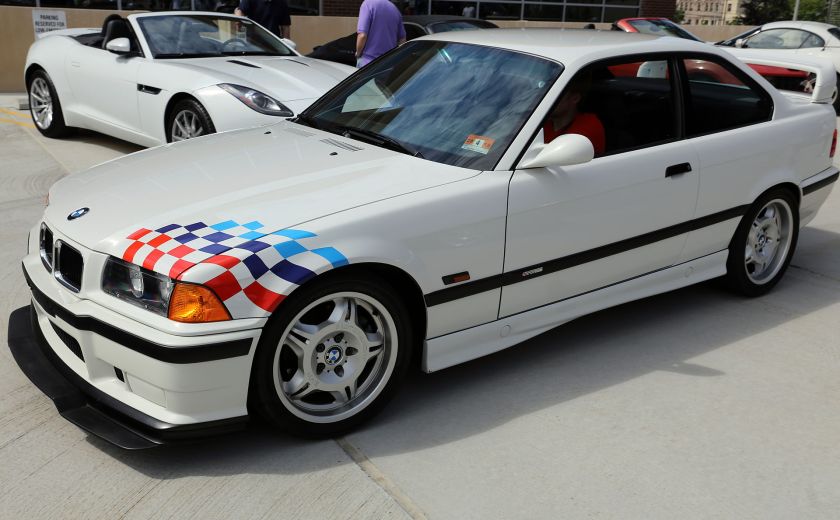
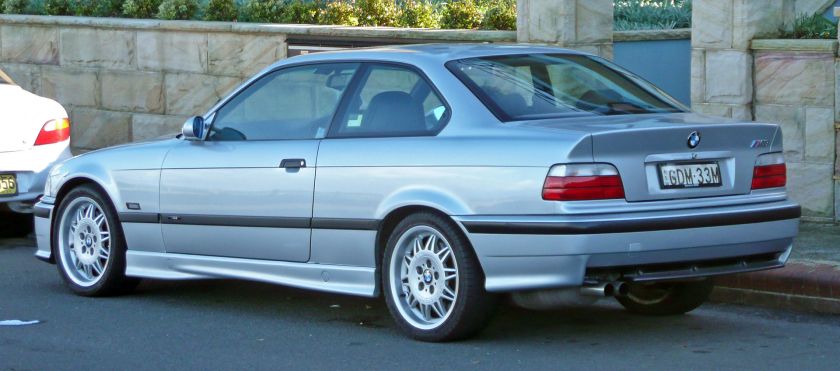
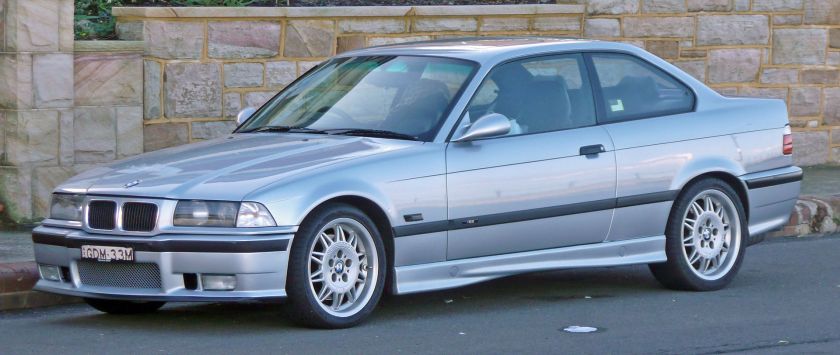
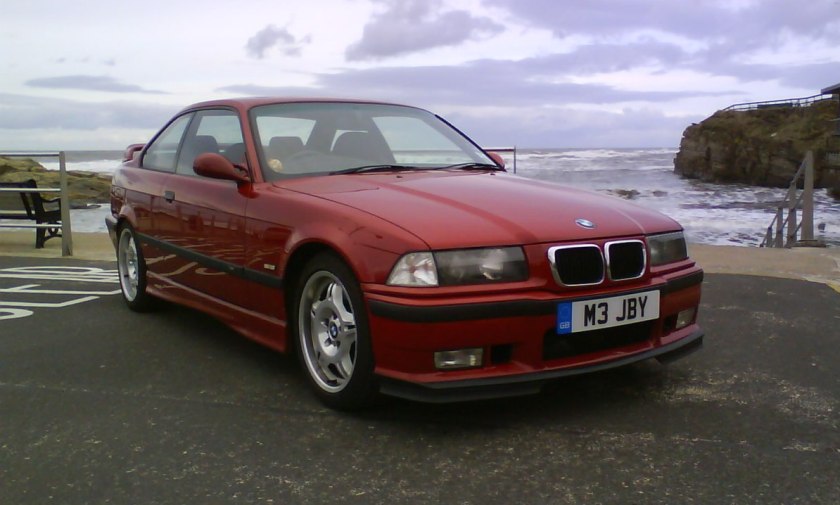
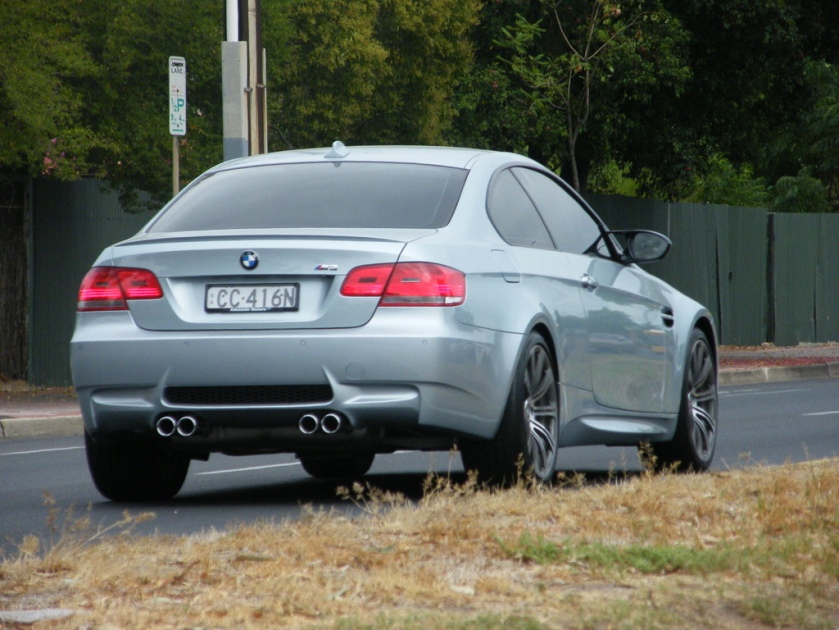
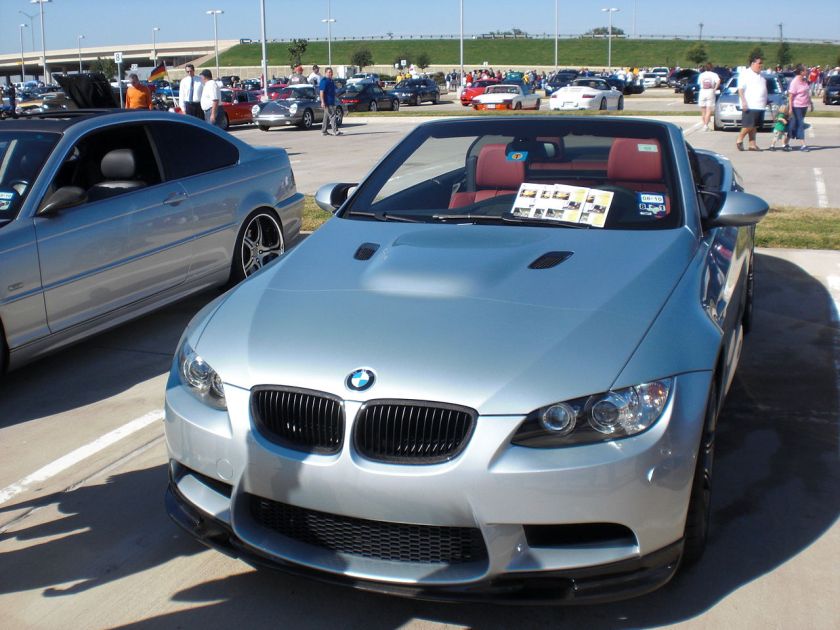
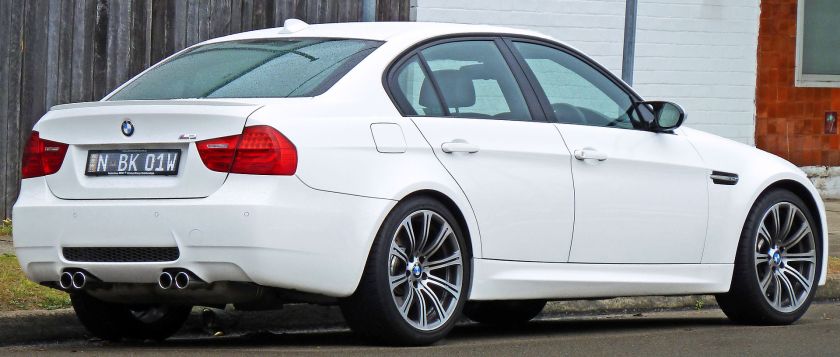
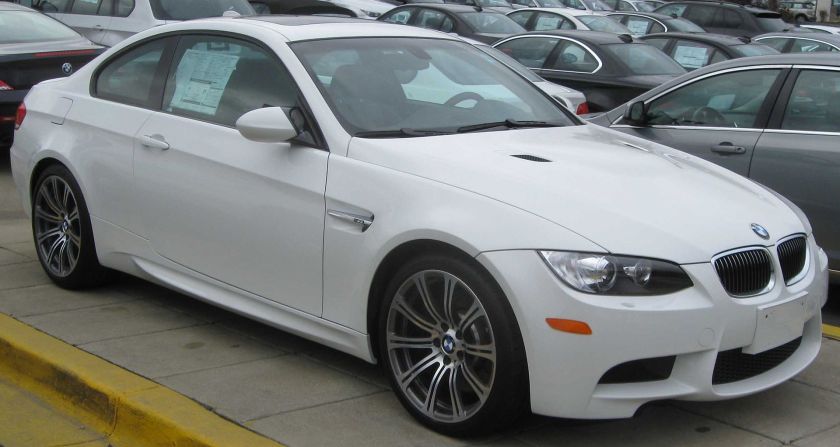
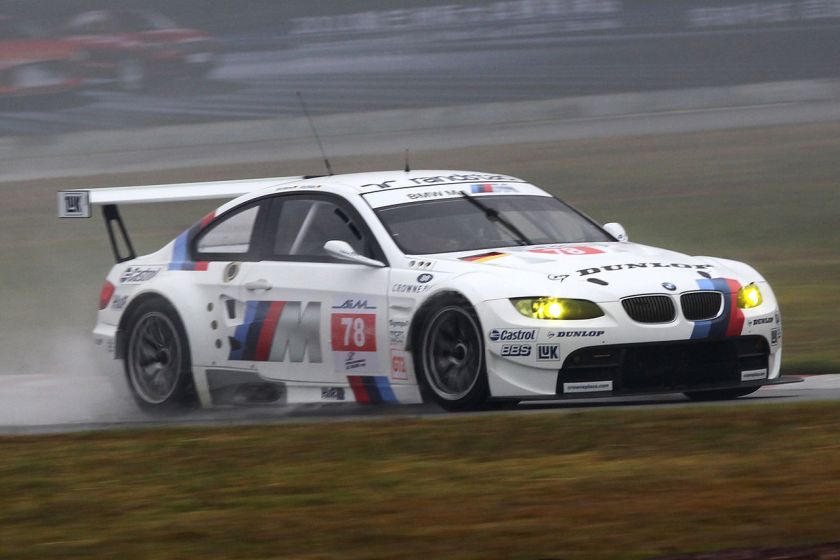
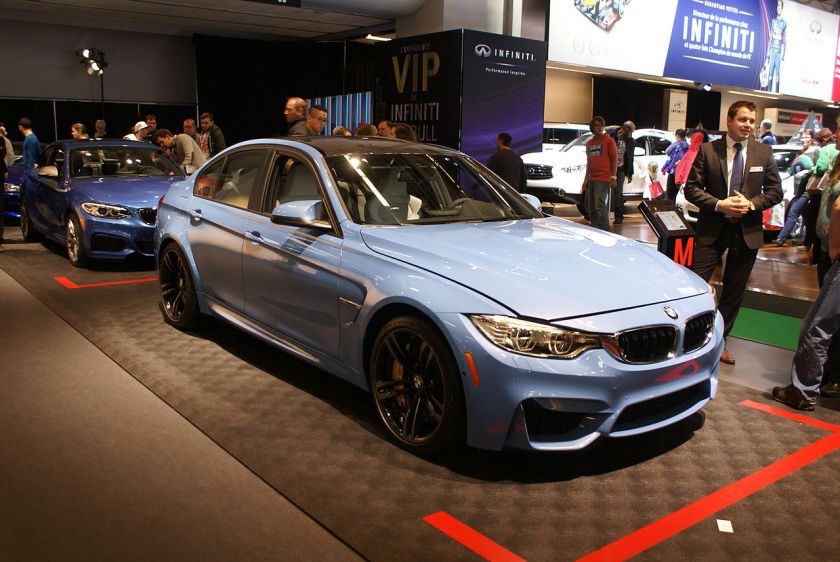
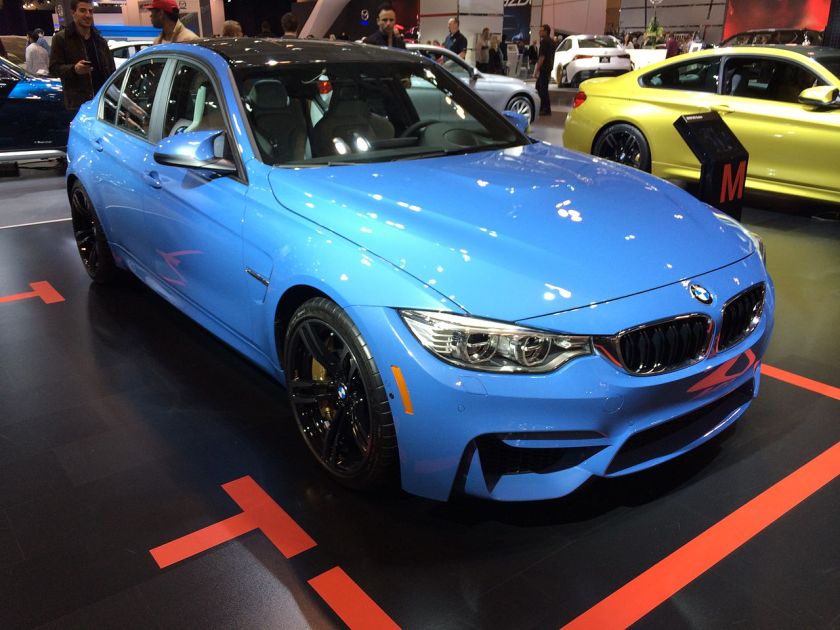
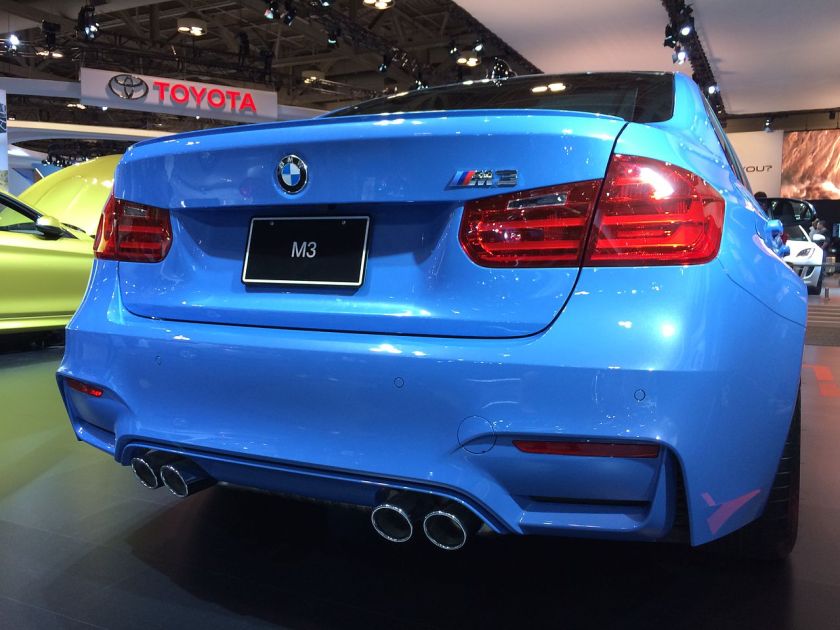
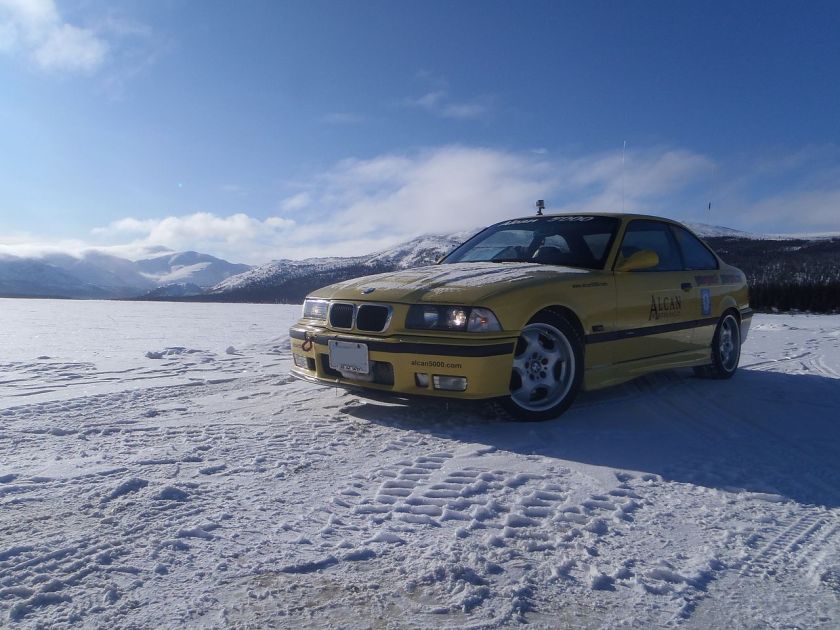
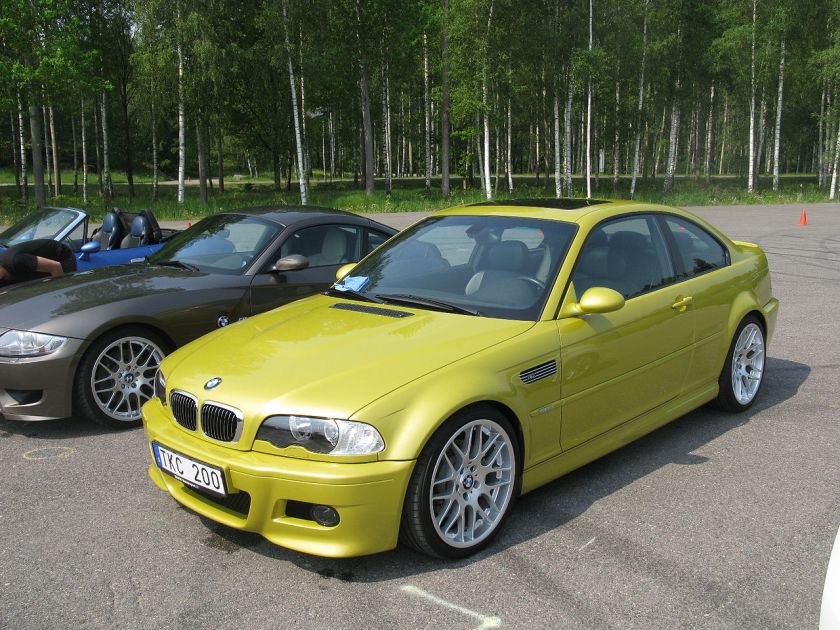
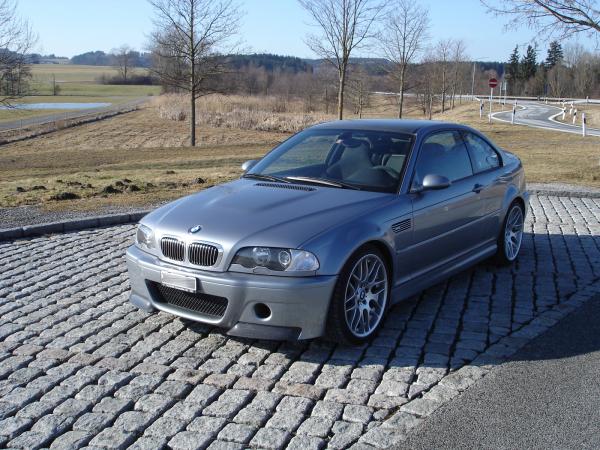
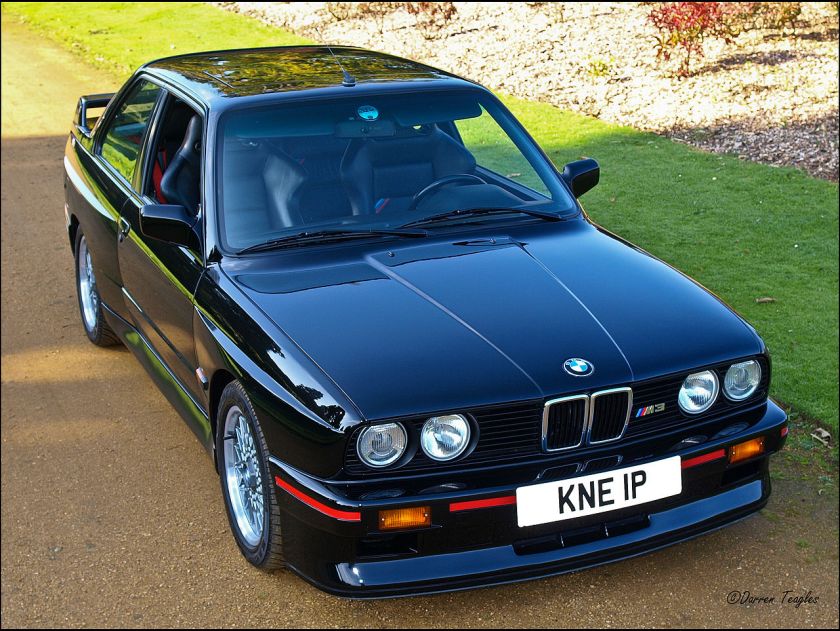
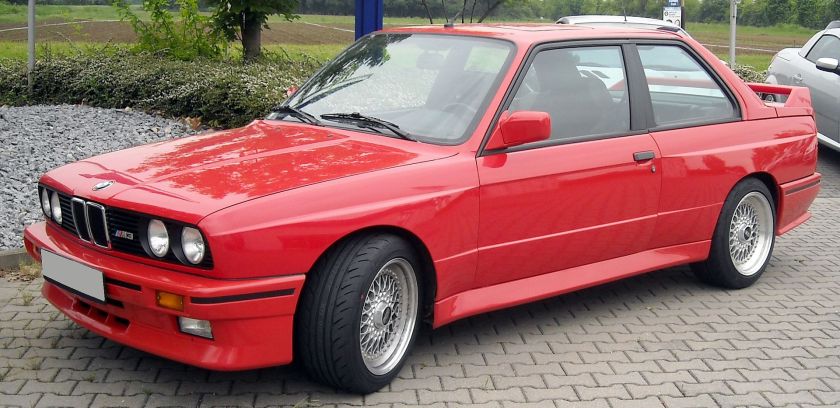
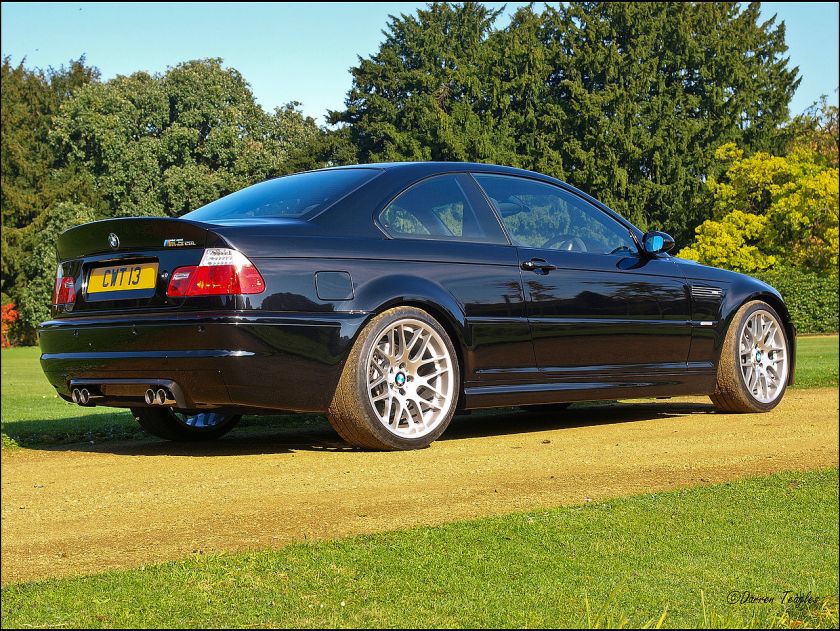
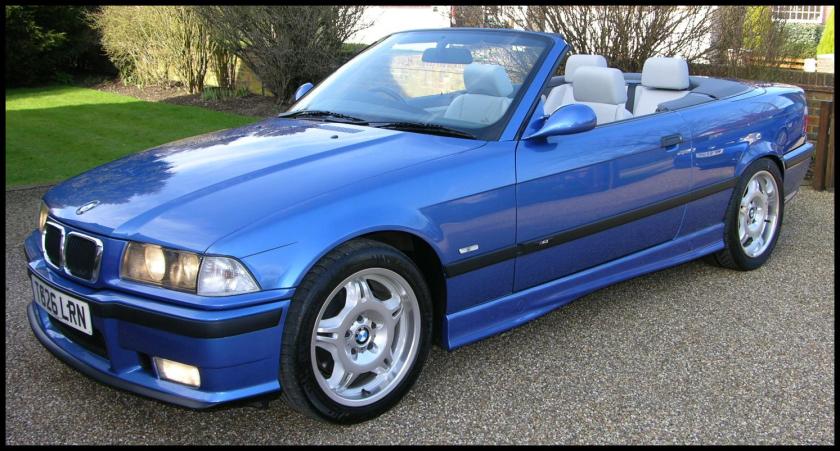
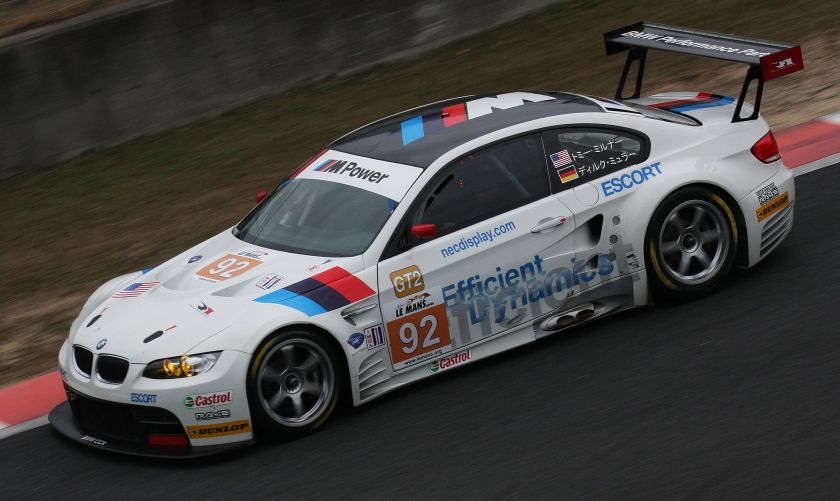
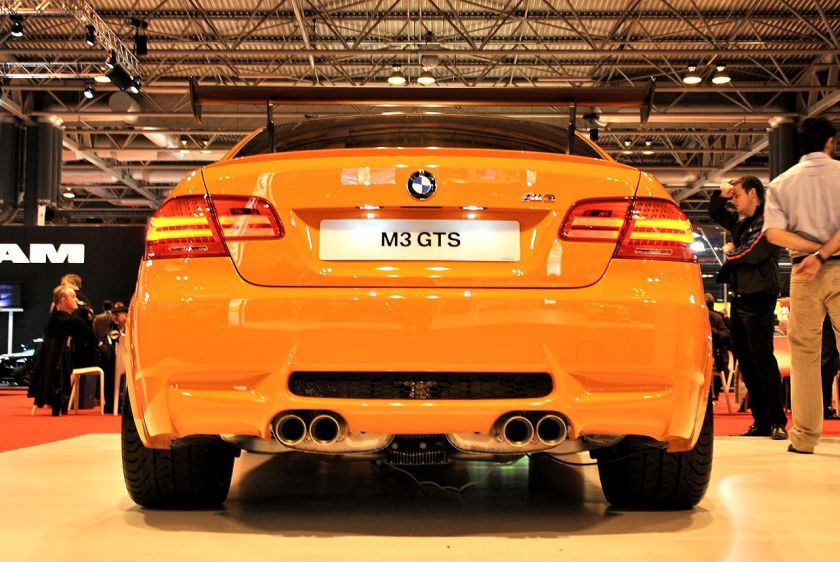 BMW M3 E30 — (1983–1991) 3 Series Sedan/Coupe/Touring/Convertible/M3 Coupe/Convertible
BMW M3 E30 — (1983–1991) 3 Series Sedan/Coupe/Touring/Convertible/M3 Coupe/Convertible
BMW Z1 — (1988–1991) Z1 Roadster
BMW E31 — (1989–1999) 8 Series Coupe
BMW E32 — (1986–1994) 7 Series Sedan
BMW E32 — (1987–1994) 7 Series Sedan long wheelbase
BMW M5 E34 — (1988–1995) 5 Series Sedan/M5 Sedan
BMW E34 — (1991–1996) 5 Series Touring
BMW M3 E36 — (1991–1999) 3 Series Coupe/M3 Coupe
BMW E36 — (1994–1999) 3 Series Touring
BMW M3 E36 — (1991–1999) 3 Series Sedan/M3 Sedan
BMW M3 E36 — (1993–1999) 3 Series Convertible/M3 Convertible
E36/5 — (1994–2000) 3 Series Compact
BMW M Roadster E36/7 — (1995–2002) Z3 Roadster/Z3 M Roadster
BMW M Coupe E36/8 — (1997–2002) Z3 Coupe/Z3 M Coupe
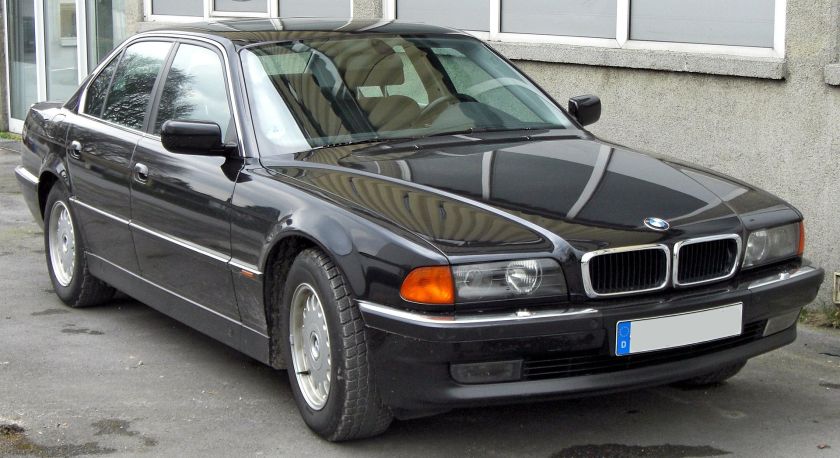 BMW E38 — (1994–2001) 7 Series Sedan
BMW E38 — (1994–2001) 7 Series Sedan
BMW E38/2 — (1994–2001) 7 Series Sedan long wheelbase
BMW E38/3 — (1998–2001) 7 Series Sedan Protection
BMW M5 E39 — (1995–2003) 5 Series Sedan/M5 Sedan
BMW E39/2 — (1996–2003) 5 Series Touring
BMW M3 E46 — (1999–2006) 3 Series Coupe/M3 Coupe
BMW E46 — (1999–2006) 3 Series Touring
BMW E46 — (1998–2006) 3 Series Sedan
BMW E46/5 — (2000–2004) 3 Series Compact
BMW M3 E46 — (1999–2006) 3 Series Convertible/M3 Convertible
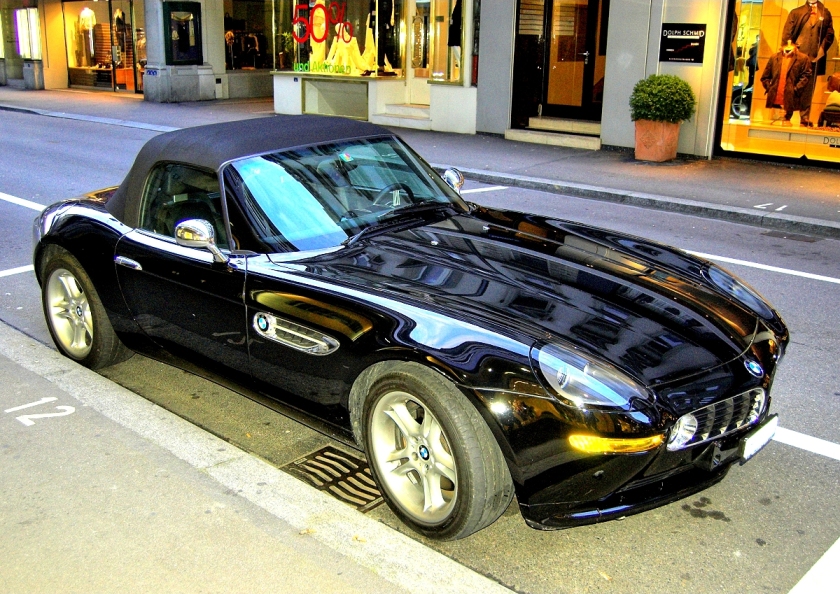 BMW E52 — (1999–2003) Z8 Roadster
BMW E52 — (1999–2003) Z8 Roadster
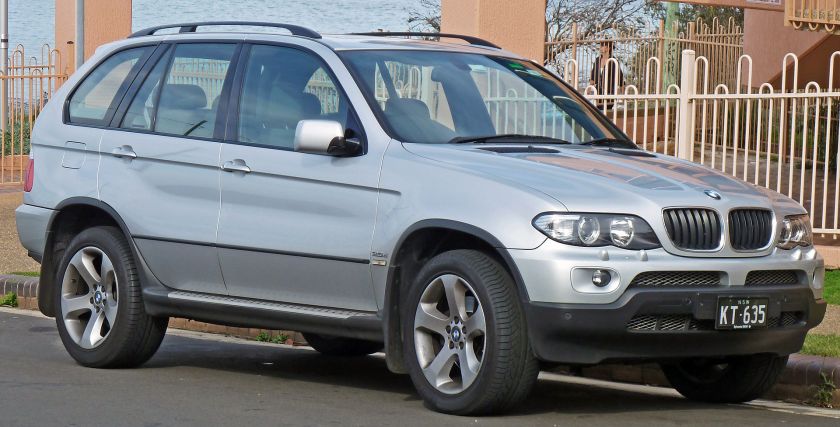 BMW E53 — (1999–2006) X5 Sport Activity Vehicle
BMW E53 — (1999–2006) X5 Sport Activity Vehicle
BMW M5 E60 — (2003–2010) 5 Series Sedan/M5 Sedan
BMW M5 E61 — (2003–2007) 5 Series Touring/M5 Touring
BMW M6 E63 — (2003–2010) 6 Series Coupe/M6 Coupe
BMW M6 E64 — (2003–2010) 6 Series Convertible/M6 Convertible
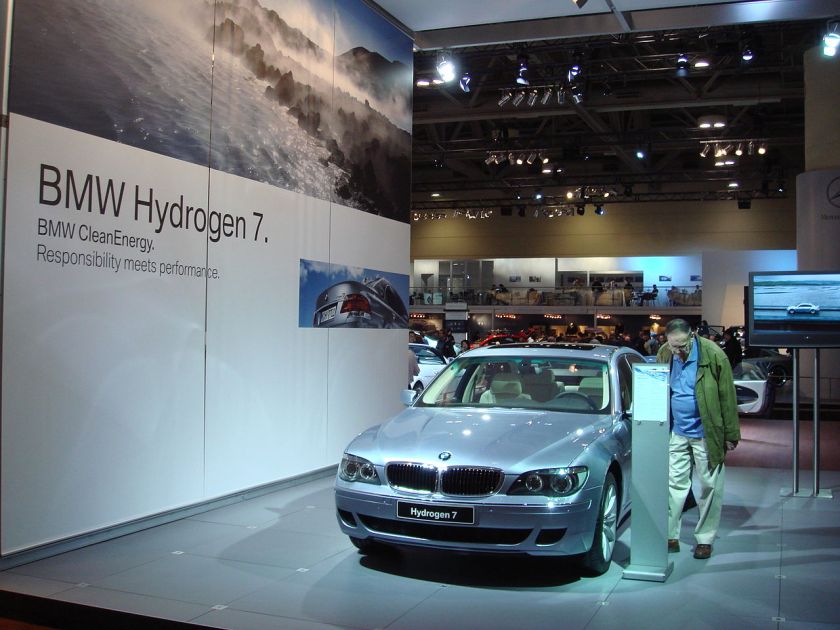 BMW E65 — (2001–2007) 7 Series short wheelbase
BMW E65 — (2001–2007) 7 Series short wheelbase
BMW E66 — (2001–2007) 7 Series long wheelbase
BMW E67 — (2001–2007) 7 Series Protection
BMW E68 — (2005–2007) Hydrogen 7
BMW X5 M — (2007–2013) X5 Sports Activity Vehicle/X5 M Sports Activity Vehicle
BMW X6 M — (2008–present) X6 Sports Activity Coupe/X6 M Sports Activity Coupe
BMW E72 — (2009–2011) X6 Hybrid Sports Activity Coupe
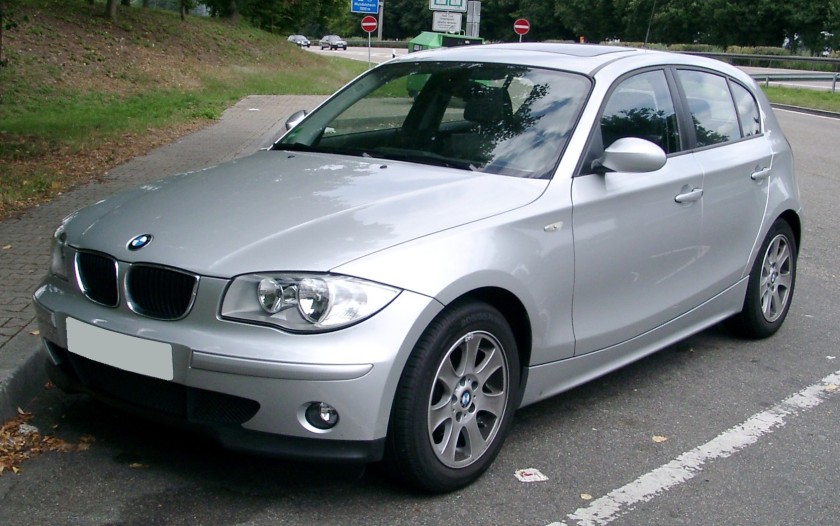 BMW E81 — (2007–2012) 1 Series Hatchback 3-door
BMW E81 — (2007–2012) 1 Series Hatchback 3-door
BMW 1M Coupe — (2007–2013) 1 Series Coupe/1M Coupe
BMW E83 — (2004–2012) X3 Sports Activity Vehicle
BMW E84 — (2009–present) X1 Compact Sports Activity Vehicle
BMW M Roadster E85 — (2002–2008) Z4 Roadster/Z4 M Roadster
BMW M Coupe E86 — (2006–2008) Z4 Coupe/Z4 M Coupe
BMW E87 — (2004–2011) 1 Series Hatchback 5-door
BMW E88 — (2008–2013) 1 Series Convertible
BMW E89 — (2009–present) Z4 Roadster
BMW M3 E90 — (2005–2011) 3 Series Sedan/M3 Sedan
BMW E91 — (2005–2011) 3 Series Touring
BMW M3 E92 — (2006–2013) 3 Series Coupe/M3 Coupe
BMW M3 E93 — (2007–2013) 3 Series Convertible/M3 Convertible
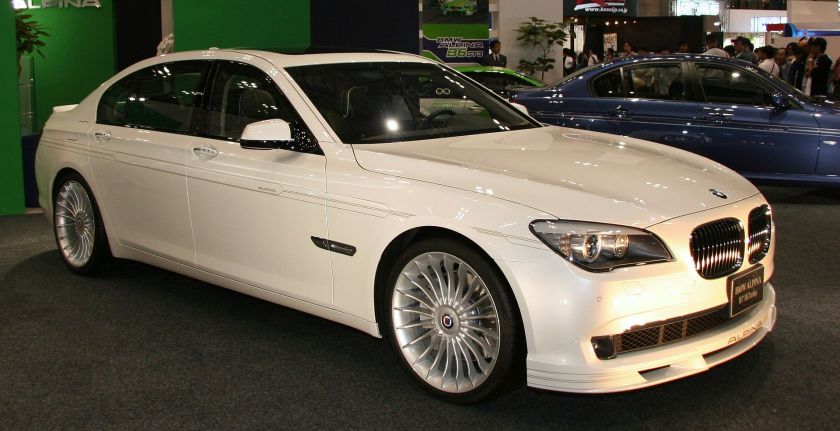 BMW F01 — (2008–present) 7 Series
BMW F01 — (2008–present) 7 Series
BMW F02 — (2009–present) 7 Series long wheelbase
BMW F03 — (2008–present) 7 Series Protection
BMW F04 — (2011–present) 7 Series ActiveHybrid
BMW M6 F06 — (2011–present) 6 Series Gran Coupe/M6 Gran Coupe
BMW F07 — (2009–present) 5 Series Gran Turismo
BMW M5 F10 — (2011–present) 5 Series Sedan/M5 Sedan
BMW F11 — (2012–present) 5 Series Touring
BMW M6 F12 — (2011–present) 6 Series Coupe/M6 Coupe
BMW M6 F13 — (2011–present) 6 Series Convertible/M6 Convertible
BMW F15 — (2013–present) X5 Sports Activity Vehicle
BMW F16 — (2014) X6 Sports Activity Coupe
BMW F18 — (2010–present) 5 Series long wheelbase
BMW F20 — (2011–present) 1 Series Hatchback 5-door
BMW F21 — (2012–present) 1 Series Hatchback 3-door
BMW F22 — (2013–present) 2 Series Coupe
BMW F23 — (2014) 2 Series Convertible
BMW F25 — (2010–present) X3 Sports Activity Vehicle
BMW F26 — (2014–present) X4 Sports Activity Coupe
BMW F30 — (2012–present) — 3 Series Sedan
BMW F31 — (2012–present) 3 Series Touring
BMW F32 — (2013–present) 4 Series Coupe
BMW F33 — (2013–present) 4 Series Convertible
BMW F34 — (2013–present) 3 Series Gran Turismo
BMW F35 — (2012–present) 3 Series long wheelbase
BMW F36 — (2014) 4 Series Gran Coupe
BMW F45 — (2014) 2 Series Active Tourer
BMW F46 — (2014) 2 Series 7 Seat Gran Tourer
BMW F47 — (2017) X2 Compact Sports Activity Coupe
BMW F48 — (2015) X1 Compact Sports Activity Vehicle
BMW F49 — (2015) X1 7 Seat Compact Sports Activity Vehicle
BMW F52 — (2015–present) 1 Series Sedan
BMW F80 — (2014–present) M3 Sedan
BMW F82 — (2014–present) M4 Coupe
BMW F83 — (2014–present) M4 Convertible
BMW F85 — (2015) X5 M Sports Activity Vehicle
BMW F86 — (2015) X6 M Sports Activity Coupe
BMW F87 — (2015) M2 Coupe
BMW G01 — (2017) X3 Sports Activity Vehicle
BMW G11 740 — (2016) 7 Series short wheelbase
BMW G12 — (2016) 7 Series long wheelbase
BMW G30 — (2016) 5 Series
Since 1972, BMW model names have generally been a 3 digit number followed by 1, 2 or 3 letters
Commonly used letters at the end of the model name are:
For example, the BMW 760iL is a fuel-injected 7 Series with a long wheelbase and 6.0 liters of displacement. A 318i represents a 3 series with a 1.8 L engine, in this case the “i” means that the engine is fuel-injected. This badge was used for successive generations, E65 and F01.
When ‘L’ supersedes the series number (e.g. L6, L7, etc.) it identifies the vehicle as a special luxury variant, featuring extended leather and special interior appointments. The L7 is based on the E23 and E38, and the L6 is based on the E24.
When ‘X’ is capitalized and supersedes the series number (e.g. X3, X5, etc.) it identifies the vehicle as one of BMW’s Sports Activity Vehicles (SAV), their brand of crossovers. Predominantly these vehicles feature BMW’s xDrive, though both the E84 X1 and the F15 X5 offer rear wheel drive, badged as sDrive vehicles. The second number in the ‘X’ series denotes the platform that it is based upon, for instance the X5 is derived from the 5 Series. Unlike BMW cars, the SAV’s main badge does not denote engine size, the engine is instead indicated on side badges.
The ‘Z’ identifies the vehicle as a two-seat roadster (e.g. Z1, Z3, Z4, etc.). ‘M’ variants of ‘Z’ models have the ‘M’ as a suffix or prefix, depending on country of sale (e.g. ‘Z4 M’ is ‘M Roadster’ in Canada).
Previous X & Z vehicles had ‘i’ or ‘si’ following the engine displacement number (denoted in liters). BMW is now globally standardizing this nomenclature on X & Z vehicles by using ‘sDrive’ or ‘xDrive’ (simply meaning rear or all wheel drive, respectively) followed by two numbers which vaguely represent the vehicle’s engine (e.g. Z4 sDrive35i is a rear wheel drive Z4 roadster with a 3.0 L twin-turbo fuel-injected engine).
The ‘s’ code has meant different things at different times. The E30 325iS was an options pack for the 325i, however the E30/E36 318iS models used different engines to E30/E36 318i models. The ‘s’ code was dropped in 1999 after the 325tds model (the last use in North America was for the 1995 325is). However, the ‘s’ code was revived on the 2011 model year BMW 335is and BMW Z4 sDrive35is. The 335is has a more powerful engine, sports options and an optional dual clutch transmission that slots between the regular 335i and top-of-the-line M3.
The ‘M’ – for Motorsport – identifies the vehicle as a high-performance model of a particular series (e.g. M3, M5, M6, etc.). For example, the M6 is the highest performing vehicle in the 6 Series lineup. Although ‘M’ cars should be separated into their respective series platforms, it is very common to see ‘M’ cars grouped together as its own lineup on the official BMW website.
A similar nomenclature is used by BMW Motorrad for their motorcycles.
There are exceptions to the numbering nomenclature, most commonly relating to SUV models, turbocharged engines and differing specification despite the same engine capacity.
SUV models
The M versions of the X5 M and X6 M, could not follow the regular naming convention, since “MX5” was used for Mazda‘s MX-5 Miata and MX-6.
Turbocharged engines
The 2008 BMW 335i and 535i also have 3.0-liter engine; however the engines are twin-turbocharged (N54) which is not identified by the nomenclature. Nonetheless the ’35’ indicates a more powerful engine than previous ’30’ models that have the naturally aspirated N52 engine. The 2011 BMW 740i and 335is share the same twin-turbo 3.0 N54 engine, although the badging is not consistent (’40’ and ‘s’). Due to the move to turbocharged engines, the 2009 750i has a 4.4 L turbocharged engine, compared with a 4.8 L naturally-aspirated engine for the 2006 750i.
Due to the increased use of turbocharging recently, it will become increasingly common for the last two digits to not represent the engine capacity (for example the F30 328i uses a turbocharged 2.0-litre engine).
Different specification levels but same engine capacity
In the 2008 model year, the BMW 125i, 128i, 328i, and 528i all had 3.0 naturally aspirated engines (N52), not a 2,500 cc or 2,800 cc engine as the series designation number would lead one to believe. The ’28’ is to denote a detuned engine in the 2008 cars, compared to the 2006 model year ’30’ vehicles (330i and 530i) whose 3.0 L naturally aspirated engines are from the same N52 family but had more output.
A similar situation occurred with the E36/E46 323i and E39 523i models. These models all used 2.5-litre engines. However, the previous 325i and 525i models were higher in the model range than their replacements, therefore the replacements were called 323i and 523i (which also provided a bigger gap to the future 328i and 528i models). BMW has not produced a 2.3-litre gasoline engine since the early 1990s.
The opposite situation occurred with the 1996 E36 318i, since it used a 1.9 L engine (M44) as opposed to the 1.8 L (M42) used in the 1992 to 1995 models. This was done to avoid changing the model code for the base model (i.e. otherwise consumers would need to be taught that the base model was now called 319i).
Another example of an exception is the 1980s 325e and 525e models. These cars actually used 2.7-litre engines (which were tuned for fuel economy rather than power).
BMW Motorrad has produced motorcycles bearing the BMW name since the introduction of the BMW R32 in 1923. Prior to that date it produced engines for other manufacturers’ motorcycles.
The New Class (German: Neue Klasse) was a line of compact sedans and coupes starting with the 1962 1500 and continuing through the last 2002s in 1977. Powered by BMW’s celebrated four-cylinder M10 engine, the New Class models had a fully independent suspension, MacPherson struts in front, and front disc brakes. Initially a family of four-door sedans and two-door coupes, the New Class line was broadened to two-door sports sedans with the addition of the 02 Series 1600 and 2002 in 1966.
Sharing little in common with the rest of the line beyond power train, the sporty siblings caught auto enthusiasts’ attention and established BMW as an international brand. Precursors to the famed BMW 3 Series, the two-doors’ success cemented the firm’s future as an upper tier performance car maker. New Class four-doors with numbers ending in “0” were replaced by the larger BMW 5 Series in 1972. The upscale 2000C and 2000CS coupes were replaced by the six-cylinder BMW E9, introduced in 1969 with the 2800CS. The 1600 two-door was discontinued in 1975, and the 2002 was replaced by the 320i in 1975.
The 1 Series, originally launched in 2004, is BMW’s smallest car. Currently available are the second generation hatchback (F20) and first generation coupe/convertible (E82/E88). The 3 Series, a compact executive carmanufactured since model year 1975, is currently in its sixth generation (F30); models include the sport sedan (F30), and fourth generation station wagon (F30), and convertible (E93), and the Gran Turismo. In 2014, the 4 Series has been released and replaced the 3 Series Coupe and Convertible. The 5 Series is a mid-size executive car, available in sedan (F10) and station wagon (F11) forms. The 5 Series Gran Turismo (F07), which debuted in 2010, created a segment between station wagons and crossover SUV. 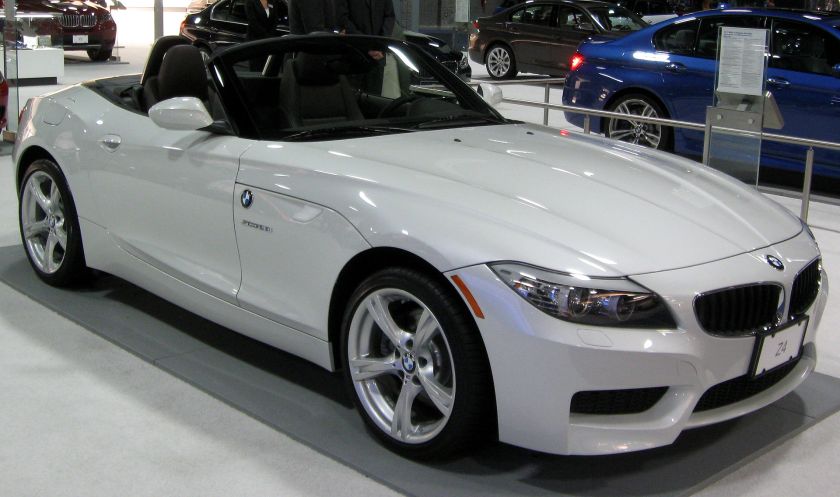 BMW Z4 (E89)
BMW Z4 (E89)
BMW’s full-size flagship executive sedan is the 7 Series. Typically, BMW introduces many of their innovations first in the 7 Series, such as the iDrive system. The 7 Series Hydrogen, having one of the world’s first hydrogenfueled internal combustion engines, is fueled by liquid hydrogen and emits only clean water vapor. The latest generation (F01) debuted in 2009. Based on the 5 Series’ platform, the 6 Series is BMW’s grand touring luxury sport coupe/convertible (F12/F13). A 2-seater roadster and coupe which succeeded the Z3, the Z4 has been sold since 2002.
The X3 (F25), BMW’s second crossover SUV (called SAV or “Sports Activity Vehicle” by BMW) debuted in 2010 and replaced the X3 (E83), which was based on the E46 3 Series’ platform, and had been in production since 2003. Marketed in Europe as an off-roader, it benefits from BMW’s xDrive all-wheel drive system. The all-wheel drive X5 (E53) was BMW’s first crossover SUV (SAV), based on the 5 Series, and is a mid-size luxury SUV (SAV) sold by BMW since 2000. A 4-seat crossover SUV released by BMW in December 2007, the X6 is marketed as a “Sports Activity Coupe” (SAC) by BMW. The X1 extends the BMW Sports Activity Series model lineup.
The BMW i is a sub-brand of BMW founded in 2011 to design and manufacture plug-in electric vehicles. The sub-brand initial plans called for the release of two vehicles; series production of the BMW i3 all-electric car began in September 2013, and the market launch took place in November 2013 with the first retail deliveries in Germany. The BMW i8 sports plug-in hybrid car was launched in Germany in June 2014. As of June 2015, over 30,000 i brand vehicles have been sold worldwide since 2013, consisting of over 26,000 i3s and about 4,500 i8s. The all-electric BMW i3 ranked among the world’s top ten best selling plug-in electric vehicles as of May 2015.
BMW produce a number of high-performance derivatives of their cars developed by their BMW M GmbH (previously BMW Motorsport GmbH) subsidiary.
The current M models are:
BMW has been engaged in motorsport activities since the dawn of the first BMW motorcycle in 1923.
BMW has a history of success in Formula One. BMW powered cars have won 20 races. In 2006 BMW took over the Sauber team and became Formula One constructors. In 2007 and 2008 the team enjoyed some success. The most recent win is a lone constructor team’s victory by BMW Sauber F1 Team, on 8 June 2008, at the Canadian Grand Prix with Robert Kubica driving. Achievements include:
BMW was an engine supplier to Williams, Benetton, Brabham, and Arrows. Notable drivers who have started their Formula One careers with BMW include Jenson Button, Juan Pablo Montoya, Robert Kubica and Sebastian Vettel.
In July 2009, BMW announced that it would withdraw from Formula One at the end of the 2009 season. The team was sold back to the previous owner, Peter Sauber, who kept the BMW part of the name for the 2010 season due to issues with the Concorde Agreement. The team has since dropped BMW from their name starting in 2011.
BMW has a long and successful history in touring car racing.
BMW announced on 15 October 2010 that it will return to touring car racing during the 2012 season. Dr. Klaus Draeger, director of research and development of the BMW Group, who was in charge of the return to DTM racing (Deutsche Tourenwagen Masters), commented that “The return of BMW to the DTM is a fundamental part of the restructuring of our motorsport activities. With its increased commitment to production car racing, BMW is returning to its roots. The race track is the perfect place to demonstrate the impressive sporting characteristics of our vehicles against our core competitors in a high-powered environment. The DTM is the ideal stage on which to do this.”
In football, BMW sponsors Bundesliga club Eintracht Frankfurt.
It was an official sponsor of the London 2012 olympics providing 4000 BMWs and Minis in a deal made in November 2009. The company also made a six-year sponsorship deal with the United States Olympic Committee (USOC) in July 2010.
BMW has sponsored various European golf events such as the PGA Championship at Wentworth, the BMW Italian Open and the BMW International Open in Germany.
In 2012, BMW Australia announced a 2-year sponsorship agreement with the Australian Film Institute’s Australian Academy of Cinema and Television Arts (AACTA) Awards. As part of the agreement, BMW supplied a fleet of vehicles renowned for appearing in feature films. The vehicles supplied included a range of elegant BMW limousines, iconic BMW’s of the past and the BMW 6 Series which featured in Mission Impossible 4: Ghost Protocol.
The company is a charter member of the U.S. Environmental Protection Agency‘s (EPA) National Environmental Achievement Track, which recognizes companies for their environmental stewardship and performance. It is also a member of the South Carolina Environmental Excellence Program.
In 2012, BMW was named the world’s most sustainable automotive company for the eighth consecutive year by the Dow Jones Sustainability Indexes. The BMW Group is the only automotive enterprise in the index since its inception in 1999. In 2001, the BMW Group committed itself to the United Nations Environment Programme, the UN Global Compact and the Cleaner Production Declaration. It was also the first company in the automotive industry to appoint an environmental officer, in 1973. BMW is a member of the World Business Council for Sustainable Development.
BMW is industry leader in the Carbon Disclosure Project’s Global 500 ranking and 3rd place in Carbon Disclosure Leadership Index across all industries. BMW is listed in the FTSE4GoodIndex. The BMW Group was rated the most sustainable DAX 30 company by Sustainalytics in 2012.
BMW has taken measures to reduce the impact the company has on the environment. It is trying to design less-polluting cars by making existing models more efficient, as well as developing environmentally friendly fuels for future vehicles. Possibilities include: electric power, hybrid power (combustion engines and electric motors) hydrogen engines.
BMW offers 49 models with EU5/6 emissions norm and nearly 20 models with CO2 output less than 140 g/km, which puts it on the lowest tax group and therefore could provide the future owner with eco-bonus offered from some European countries.
However, there have been some criticisms directed at BMW, and in particular, accusations of greenwash in reference to their BMW Hydrogen 7. Some critics claim that the emissions produced during hydrogen fuel production outweigh the reduction of tailpipe emissions, and that the Hydrogen 7 is a distraction from more immediate, practical solutions for car pollution. The BBC’s Jorn Madslien questioned whether the Hydrogen 7 was “a truly green initiative or merely a cynical marketing ploy”
BMW has created a range of high-end bicycles sold online and through dealerships. They range from the Kid’s Bike to the EUR 4,499 Enduro Bike. In the United States, only the Cruise Bike and Kid’s Bike models are sold.
BMW vehicles follow a certain nomenclature; usually a 3 digit number is followed by 1 or 2 letters. The first number represents the series number. The next two numbers traditionally represent the engine displacement in cubic centimeters divided by 100. However, more recent cars use those two numbers as a performance index, as e.g. the 116i, 118i and 120i (all 2,0L petrol-powered), just like the 325d and 330d (both 3,0L diesel) share the same motor block while adjusting engine power through setup and turbocharging. A similar nomenclature is used by BMW Motorrad for their motorcycles.
The system of letters can be used in combination, and is as follows:
† historic nomenclature indicating “td” refers to “Turbo Diesel”, not a diesel hatchback or touring model (524td, 525td)
†† typically includes sport seats, spoiler, aerodynamic body kit, upgraded wheels and Limit Slip Differential on pre-95 model etc.
For example, the BMW 750iL is a fuel-injected 7 Series with a long wheelbase and 5.4 litres of displacement. This badge was used for successive generations, E65 and F01, except the “i” and “L” switched places, so it read “Li” instead of “iL”.
When ‘L’ supersedes the series number (e.g. L6, L7, etc.) it identifies the vehicle as a special luxury variant, having extended leather and special interior appointments. The L7 is based on the E23 and E38, and the L6 is based on the E24.
When ‘X’ is capitalised and supersedes the series number (e.g. X3, X5, etc.) it identifies the vehicle as one of BMW’s Sports Activity Vehicles (SAV), their brand of crossovers, with BMW’s xDrive. The second number in the ‘X’ series denotes the platform that it is based upon, for instance the X5 is derived from the 5 Series. Unlike BMW cars, the SAV’s main badge does not denote engine size; the engine is instead indicated on side badges.
The ‘Z’ identifies the vehicle as a two-seat roadster (e.g. Z1, Z3, Z4, etc.). ‘M’ variants of ‘Z’ models have the ‘M’ as a suffix or prefix, depending on country of sale (e.g. ‘Z4 M’ is ‘M Roadster’ in Canada).
Previous X & Z vehicles had ‘i’ or ‘si’ following the engine displacement number (denoted in litres). BMW is now globally standardising this nomenclature on X & Z vehicles by using ‘sDrive’ or ‘xDrive’ (simply meaning rear or all-wheel drive, respectively) followed by two numbers which vaguely represent the vehicle’s engine (e.g. Z4 sDrive35i is a rear-wheel-drive Z4 roadster with a 3.0 L twin-turbo fuel-injected engine).
BMW last used the ‘s’ for the E36 328is, which ceased production in 1999. However, the ‘s’ nomenclature was brought back on the 2011 model year BMW 335is and BMW Z4 sDrive35is. The 335is is a sport-tuned trim with more performance and an optional dual clutch transmission that slots between the regular 335i and top-of-the-line M3.
The ‘M’ – for Motorsport – identifies the vehicle as a high-performance model of a particular series (e.g. M3, M5, M6, etc.). For example, the M6 is the highest performing vehicle in the 6 Series lineup. Although ‘M’ cars should be separated into their respective series platforms, it is very common to see ‘M’ cars grouped together as its own lineup on the official BMW website.
There are exceptions to the numbering nomenclature.
The M version of the BMW 1 Series was named the BMW 1 Series M Coupe rather than the traditional style “M1” due to the possible confusion with BMW’s former BMW M1 homologation sports car.
The M versions of the Sports Activity Vehicles, such as the X5 M, could not follow the regular naming convention since MX5 was used for Mazda‘s MX-5 Miata.
For instance in the 2008 model year, the BMW 125i/128i, 328i, and 528i all had 3.0 naturally aspirated engines (N52), not a 2,500 cc or 2,800 cc engine as the series designation number would lead one to believe. The ’28’ is to denote a detuned engine in the 2008 cars, compared to the 2006 model year ’30’ vehicles (330i and 530i) whose 3.0 naturally aspirated engines are from the same N52 family but had more output.
The 2008 BMW 335i and 535i also have 3.0-litre engine; however the engines are twin-turbocharged (N54) which is not identified by the nomenclature. Nonetheless the ’35’ indicates a more powerful engine than previous ’30’ models that have the naturally aspirated N52 engine. The 2011 BMW 740i and 335is shares the same twin-turbo 3.0 engine from the N54 family but tuned to higher outputs, although the badging is not consistent (’40’ and ‘s’). The 2013 BMW 640i Gran Coupe’s twin-scroll single turbo 3.0L inline-6 engine makes similar output to the older twin turbo inline-6 engines.
The E36 and E46 323i and E39 523i had 2.5-litre engines. The E36 318i made after 1996 has a 1.9 L engine (M44) as opposed to the 1.8 L (M42) used in the 1992 to 1995 models. The E39 540i had a 4.4 L M62 engine, instead of a 4.0 L as the designation would suggest.
The badging for recent V8 engines (N62 and N63) also does not indicate displacement, as the 2006 750i and 2009 750i have 4800 cc (naturally aspirated) and 4400 cc (twin-turbocharged) engines, respectively.
In June 2011, BMW and Sixt launched Drivenow, a joint-venture that provides carsharing services in several cities in Europe and North America. As of December 2012, DriveNow operates over 1,000 vehicles, which serve five cities worldwide and over 60,000 customers.
BMW has developed street lights equipped with sockets to charge electric cars, called Light and Charge.
From the summer of 2001 until October 2005, BMW hosted The Hire, showcasing sporty models being driven to extremes. These videos are still popular within the enthusiast community and proved to be a ground-breaking online advertising campaign.
Annually since 1999, BMW enthusiasts have met in Santa Barbara, CA to attend Bimmerfest. One of the largest brand-specific gatherings in the U.S., over 3,000 people attended in 2006, and over 1,000 BMW cars were present. In 2007, the event was held on 5 May.
The initials BMW are pronounced [ˈbeː ˈɛm ˈveː] in German. The model series are referred to as “Einser” (“One-er” for 1 series), “Dreier” (“Three-er” for 3 series), “Fünfer” (“Five-er” for the 5 series), “Sechser” (“Six-er” for the 6 series), “Siebener” (“Seven-er” for the 7 series). These are not actually slang, but are the normal way that such letters and numbers are pronounced in German.
The English slang terms Beemer, Bimmer and Bee-em are variously used for BMWs of all kinds, cars and motorcycles.
In the US, specialists have been at pains to prescribe that a distinction must be made between using Beemer exclusively to describe BMW motorcycles, and using Bimmer only to refer to BMW cars, in the manner of a “true aficionado” and avoid appearing to be “uninitiated.” The Canadian Globe and Mail prefers Bimmer and calls Beemer a “yuppie abomination,” while the Tacoma News Tribune says it is a distinction made by “auto snobs.” Using the wrong slang risks offending BMW enthusiasts. An editor of Business Week was satisfied in 2003 that the question was resolved in favor of Bimmer by noting that a Google search yielded 10 times as many hits compared to Beemer.
Manufacturers employ designers for their cars, but BMW has made efforts to gain recognition for exceptional contributions to and support of the arts, including art beyond motor vehicle design. These efforts typically overlap or complement BMW’s marketing and branding campaigns. BMW Headquarters designed in 1972 by Karl Schwanzer has become a European icon, and artist Gerhard Richter created his Red, Yellow, Blue series of paintings for the building’s lobby. In 1975, Alexander Calder was commissioned to paint the 3.0CSL driven by Hervé Poulain at the 24 Hours of Le Mans. This led to more BMW Art Cars, painted by artists including David Hockney, Jenny Holzer, Roy Lichtenstein, and others. The cars, currently numbering 17, have been shown at the Louvre, Guggenheim Museum Bilbao, and, in 2009, at the Los Angeles County Museum of Art and New York’s Grand Central Terminal. BMW was the principal sponsor of the 1998 The Art of the Motorcycle exhibition at the Solomon R. Guggenheim Museum and other Guggenheim museums, though the financial relationship between BMW and the Guggenheim was criticised in many quarters.
In 2012, BMW brought out the BMW Art Guide by Independent Collectors, which had, amongst others, the Dikeou Collection. It is the first global guide to private and publicly accessible collections of contemporary art worldwide.
The 2006 “BMW Performance Series” was a marketing event geared to attract black car buyers, and included the “BMW Pop-Jazz Live Series,” a tour headlined by jazz musician Mike Phillips, and the “BMW Blackfilms.com Film Series” highlighting black filmmakers.
BMW has garnered a reputation over the years for its April Fools pranks, which are printed in the British press every year. In 2010, they ran an advert announcing that customers would be able to order BMWs with different coloured badges to show their affiliation with the political party they supported.
On October 9, 2014, BMW’s new South American automobile plant in Araquari, Santa Catarina produced its first car. BMW intend to increase its production capacity to over 30,000 vehicles a year. The new site is intended to create around 1,300 new jobs, of which 500 have already been filled.
In October 2008, BMW Group Canada was named one of Greater Toronto’s Top Employers by Mediacorp Canada Inc., which was announced by the Toronto Star newspaper.
Signing a deal in 2003 for the production of sedans in China, May 2004 saw the opening of a factory in the North-eastern city of Shenyang where Brilliance Auto produces BMW-branded automobiles in a joint venture with the German company.
Bavarian Auto Group is a multinational group of companies established in March 2003 when it was appointed as the sole importer of BMW and Mini in Egypt, with monopoly rights for import, assembly, distribution, sales and after-sales support of BMW products in Egypt. Since that date, BAG invested a total amount of US$100 million distributed on seven companies and 11 premises in addition to three stores.
BMW India was established in 2006 as a sales subsidiary in Gurgaon (National Capital Region). A state-of-the-art assembly plant for BMW 3 and 5 Series started operation in early 2007 in Chennai. Construction of the plant started in January 2006 with an initial investment of more than one billion Indian Rupees. The plant started operation in the first quarter of 2007 and produces the different variants of BMW 3 Series, BMW 5 Series, BMW 7 Series, BMW X1, BMW X3, Mini Cooper S, Mini Cooper D and Mini Countryman.
Yanase Co., Ltd. is the exclusive retailer of all imported BMW (passenger cars and motorcycles) products to Japanese consumers, and has had the exclusive rights to do so since the end of World War II.
In July 2014 BMW announced it was establishing a plant in Mexico, in the city and state of San Luis Potosi involving an investment of $1 billion. Taking advantage of lower wages in the country, and the terms of free trade agreements Mexico has with a host of other countries, were the motivating factors the company said. The plant will employ 1,500 people, and produce 150,000 cars annually, commencing in 2019.
BMWs have been assembled in South Africa since 1968, when Praetor Monteerders’ plant was opened in Rosslyn, near Pretoria. BMW initially bought shares in the company, before fully acquiring it in 1975; in so doing, the company became BMW South Africa, the first wholly owned subsidiary of BMW to be established outside Germany. Three unique models that BMW Motorsport created for the South African market were the E23 M745i (1983), which used the M88 engine from the BMW M1, the BMW 333i (1986), which added a six-cylinder 3.2-litre M30 engine to the E30, and the E30 BMW 325is (1989) which was powered by an Alpina-derived 2.7-litre engine.
Unlike U.S. manufacturers, such as Ford and GM, which divested from the country in the 1980s, BMW retained full ownership of its operations in South Africa. Following the end of apartheid in 1994, and the lowering of import tariffs, BMW South Africa ended local production of the 5-Series and 7-Series, in order to concentrate on production of the 3-Series for the export market. South African–built BMWs are now exported to right hand drive markets including Japan, Australia, New Zealand, the United Kingdom, Indonesia, Malaysia, Singapore, and Hong Kong, as well as Sub-Saharan Africa. Since 1997, BMW South Africa has produced vehicles in left-hand drive for export to Taiwan, the United States and Iran, as well as South America.
BMWs with a VIN starting with “NC0” are manufactured in South Africa.
BMW Spartanburg factory
The BMW Manufacturing Company opened in 1994 and has been manufacturing all Z4 and X5 models, and more recently the X6 and X3, including those for export to Europe, on the same assembly line in Greer near Spartanburg. In an average work day the company builds 600 vehicles: 500 X5s and 100 Z4s. The engines for these vehicles are built in Munich, Germany. BMWs with a VIN starting with “4US and 5US” are manufactured at Spartanburg.
In 2010 BMW announced that it would spend $750 million to expand operations at the Greer plant. This expansion will allow production of 240,000 vehicles a year and will make the plant the largest car factory in the United States by number of employees. BMW’s largest single market is the United States.
Currently, the facility produces all BMW X3, X4, X5, X5 M, X6 and X6 M models.
BMW began using the slogan ‘The Ultimate Driving Machine’ in the 1970s. In 2010, this long-lived campaign was mostly supplanted by ‘Joy’, a campaign intended to make the brand more “approachable” and to better appeal to women, but by 2012 they had returned to “The Ultimate Driving Machine”, which has a strong public association with BMW.
In 2013, BMW replaced the ‘double-gong’ sound used in TV and Radio advertising campaigns since 1998. The new sound, developed to represent the future identity of BMW, was described as “introduced by a rising, resonant sound and underscored by two distinctive bass tones that form the sound logo’s melodic and rhythmic basis.” The new sound was first used in BMW 4 Series Concept Coupe TV commercial. The sound was produced by Thomas Kisser of HASTINGS media music.
The circular blue and white BMW logo or roundel evolved from the circular Rapp Motorenwerke company logo, from which the BMW company grew, combined with the blue and white colors of the flag of Bavaria. The logo has been portrayed as the movement of an aircraft propeller with the white blades cutting through a blue sky—first used in a BMW advertisement in 1929, twelve years after the roundel was created—but this is not the origin of the logo itself. The colors of the logo stands for the colors from the south part state of Beieren.
In 2012, BMW vehicles were stolen by programming a blank key fob to start the car through the on-board diagnostics (OBD) connection. The primary causes of this vulnerability lie in the lack of appropriate authentication and authorization in the OBD specifications, which rely largely on security through obscurity.
Dieter Spaar was asked by ADAC to analyze ConnectedDrive and its hardware called Combox. He uncovered the following problems which allowed him e.g. to remotely open the car:
BMW was notified in advance of the publication to provide fixes. The transport is now encrypted and BMWs server certificate is verified. The updates were delivered via ConnectedDrive config change. All BMW, Mini and Rolls Royce cars produced between March 2010 and 8 December 2014 are vulnerable. Cars without battery or parked in places without mobile connection still may be vulnerable, an update can be initiated manually.
|
Beemer n. [BMW + ”er”] a BMW automobile. Also Beamer. 1982 S. Black Totally Awesome 83 BMW (“Beemer”). 1985 L.A. Times (13 April) V 4: Id much rather drive my Beemer than a truck. 1989 L. Roberts Full Cleveland39: Baby boomers… in… late-model Beemers. 1990 Hull High(NBC-TV): You should ee my dad’s new Beemer. 1991 Cathy(synd. cartoon strip) (21 April): Sheila… [ground] multi-grain snack chips crumbs into the back seat of my brand-new Beamer!1992 Time (18 May) 84: Its residents tend to drive pickups or subcompacts, not Beemers or Rolles.
Bimmer n. Beemer.
Beemer – BMW motorcycle; as opposed to Bimmer, which is a BMW automobile.
‘Bimmer’ is the slang for a BMW automobile, but ‘Beemer’ is right when referring to the company’s motorcycles.[dead link]
True aficionados know that the nickname Beemer actually refers to the BMW motorcycle. Bimmer is the correct nickname for the automobile
For the uninitiated, a Bimmer is a BMW car, and a Beemer is a motorcycle.
If you’re a Bimmer enthusiast (not that horrible leftover 1980s yuppie abomination Beemer), you’ve undoubtedly read the reviews,
|url= scheme (help). Las Vegas Review-Journal. 25 May 2005. I was informed a while back that BMW cars are ‘Bimmers’ and BMW motorcycles are ‘Beemers’ or ‘Beamers.’ I know that I am not here to change the world’s BMW jargon nor do I even own a BMW, but I thought I would pass along this bit of info as not to offend the car enthusiast that enlightened me.
It is Bimmers people, Bimmers. Not Beamers, not Beemers. Just Bimmers. And start pronouncing it correctly also.
No, it’s BMWs, not Bimmers.
WOW! Some Beamer driver must be having a bad hair day.
Bimmers (yes, it’s ‘Bimmer’ for cars—the often misused ‘Beemer’ refers only to the motorcycles).
Editor’s note: Both nicknames are widely used, though Bimmer is the correct term for BMW cars, Beemer for BMW motorcycles. A Google search yields approximately 10 times as many references to Bimmer as to Beemer.
The info is mostly coming from wikipedia BMW english
For lots more BMW ads go tu YOU TUBE
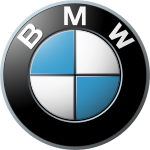 |
|
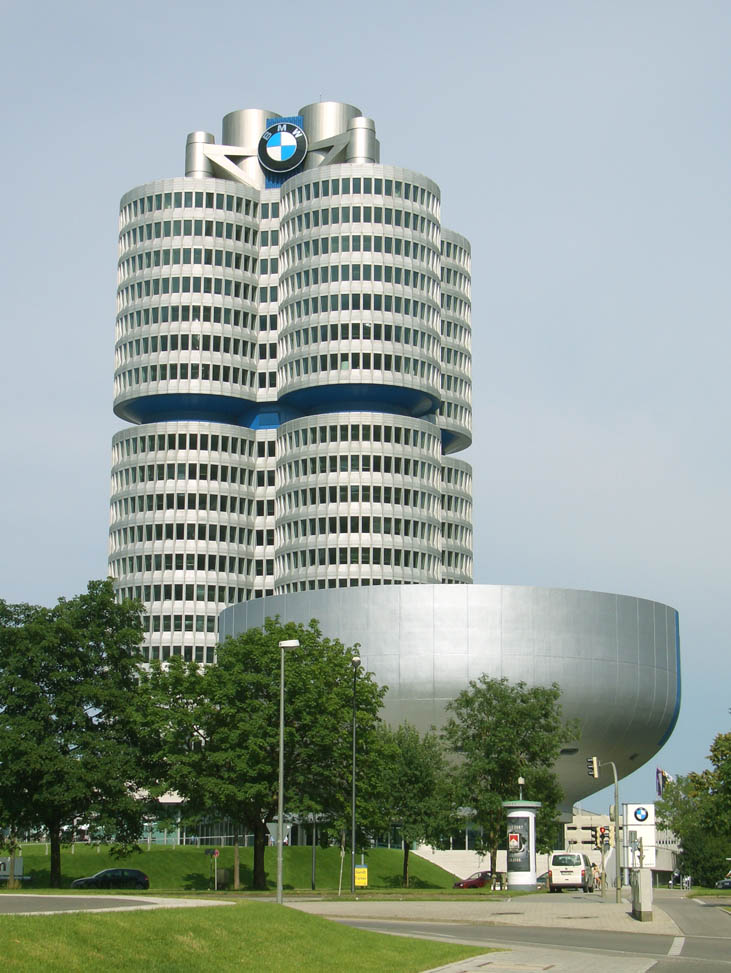
BMW headquarters in Munich, Germany
|
|
| Aktiengesellschaft (AG) | |
| Traded as | FWB: BMW |
| Industry | Automotive |
| Predecessor | Rapp Motorenwerke Bayerische Flugzeugwerke AG (BFW) Automobilwerk Eisenach |
| Founded | March 7, 1916 |
| Founder | Franz Josef Popp, Karl Rapp,Camillo Castiglioni |
| Headquarters | Munich, Bavaria, Germany |
|
Area served
|
Worldwide |
|
Key people
|
Norbert Reithofer (Chairman of the Supervisory Board) Harald Krüger (Chairman of the Management Board) |
| Products | Luxury vehicles, sports cars,motorcycles, bicycles |
|
Production output
|
2,117,965 Automobiles (2014) about 120,000 Motorcycles (2014) |
| Revenue | €80.401 billion (2014) |
| €8.707 billion (2014) | |
| Profit | €5.817 billion (2014) |
| Total assets | €182.72 billion (2015) |
| Total equity | €3.839 billion (2014) |
| Owner | Stefan Quandt: 17.4% Johanna Quandt: 16.7% Susanne Klatten: 12.6% Public float: 53.3% |
|
Number of employees
|
116,324 (2014) |
| Divisions | Mini BMW Motorsport BMW i BMW Motorrad |
| Subsidiaries | |
| Slogan | “Sheer Driving Pleasure” (Worldwide) “The Ultimate Driving Machine” (United States) “The Ultimate Driving Experience” (Canada) |
| Website | BMW Group BMW Automobiles |
Bayerische Motoren Werke AG (![]() pronunciation); English: Bavarian Motor Works; BMW) is a German luxury automobile, motorcycle and engine manufacturing company founded in 1916. BMW is headquartered in Munich, Bavaria, Germany. It also owns and produces Mini cars, and is the parent company of Rolls-Royce Motor Cars. BMW produces motorcycles under BMW Motorrad, and plug-in electric cars under the BMW i sub-brand. BMW is one of the best-selling luxury automakers in the world. The company is a component of the Euro Stoxx 50 stock market index.
pronunciation); English: Bavarian Motor Works; BMW) is a German luxury automobile, motorcycle and engine manufacturing company founded in 1916. BMW is headquartered in Munich, Bavaria, Germany. It also owns and produces Mini cars, and is the parent company of Rolls-Royce Motor Cars. BMW produces motorcycles under BMW Motorrad, and plug-in electric cars under the BMW i sub-brand. BMW is one of the best-selling luxury automakers in the world. The company is a component of the Euro Stoxx 50 stock market index.
BMW AG originated with three other manufacturing companies, Rapp Motorenwerke and Bayerische Flugzeugwerke (BFw) in Bavaria, and Fahrzeugfabrik Eisenach in Thuringia. Aircraft engine manufacturer Rapp Motorenwerke became Bayerische Motorenwerke in 1916. The engine manufacturer, which built proprietary industrial engines after World War I, was then bought by the owner of BFw who then merged BFw into BMW and moved the engine works onto BFw’s premises. BFw’s motorcycle sideline was improved upon by BMW and became an integral part of their business.
BMW became an automobile manufacturer in 1929 when it purchased Fahrzeugfabrik Eisenach, which, at the time, built Austin Sevens under licence under the Dixi marque. BMW’s team of engineers progressively developed their cars from small Seven-based cars into six-cylinder luxury cars and, in 1936, began production of the BMW 328 sports car. Aircraft engines, motorcycles, and automobiles would be BMW’s main products until World War II. During the war, against the wishes of its director Franz Josef Popp, BMW concentrated on aircraft engine production, with motorcycles as a side line and automobile manufacture stopped altogether.
After the war, BMW survived by making pots, pans, and bicycles until 1948, when it restarted motorcycle production. Meanwhile, BMW’s factory in Eisenach fell in the Soviet occupation zone and the Soviets restarted production of pre-war BMW motorcycles and automobiles there. This continued until 1955, after which they concentrated on cars based on pre-war DKW designs. BMW began building cars in Bavaria in 1952 with the BMW 501 luxury saloon. Sales of their luxury saloons were too small to be profitable, so BMW supplemented this with building Isettas under licence. Slow sales of luxury cars and small profit margins from microcars caused the BMW board to consider selling the operation to Daimler-Benz. However, Herbert Quandt was convinced to purchase a controlling interest in BMW and to invest in its future.
Quandt’s investment, along with profits from the BMW 700, brought about the BMW New Class and BMW New Six. These new products, along with the absorption of Hans Glas GmbH, gave BMW a sure footing on which to expand. BMW grew in strength, eventually acquiring the Rover Group (most of which was later divested), and the license to build automobiles under the Rolls-Royce marque.
Gustav Otto, the son of inventor and industrialist Nikolaus August Otto, was a pioneer aviator in Bavaria. In 1910, Otto received German aviation license no. 34, proving his competence in an Aviatik–Farman. In the same year, Otto set up a training school and an aircraft factory, The factory, which was named Gustav Otto Flugmaschinenfabrik in 1913, was located on Lerchenauer Strasse, east of the Oberwiesenfeld troop maneuver area in the Milbertshofen district of Munich. Otto concentrated on building Farman inspired pushers and became the main supplier for the Bayerische Fliegertruppen (Royal Bavarian Flying Corps). Gustav Otto Flugmaschinenfabrik, renamed Otto Werke in January 1915, did not get orders from the Prussian military due to unexplained quality issues. The military urged Otto to revise his production line, but the issues were not resolved. Suffering financially, the Otto company was purchased by a consortium, which included MAN AG as well as some banks, in February 1916.
Gustav Otto had other companies grouped under AGO Werke, which from 1914 developed different aircraft from Otto-Werke. AGO had similar problems as Otto Werke and closed in 1918. AGO’s facilities were taken over by AEG.
One month after buying Otto Werke, the investors established a new business, Bayerische Flugzeugwerke AG (BFw), on the company’s premises. BFW manufactured aircraft under license from the Albatros Flugzeugwerke of Berlin. Within a month of being set up, the company was able to supply aircraft to the war ministries of Prussia and Bavaria. However, major quality problems were encountered at the start, with German air crews frequently complaining about serious defects in the first machines from BFw. The same thing had happened with aircraft from Otto Werke before the takeover. These deficiencies were due to a lack of precision in production. The majority of the workforce had been taken over by BFw from Otto Werke. Organizational changes and more intensive supervision of the assembly line resolved these problems by the end of 1916. BFw was able, in the months that followed, to turn out over 100 aircraft per month with a workforce of around 3,000, and rose to become the largest aircraft manufacturer in Bavaria.
The end of the war hit BFw hard, since military demand for aircraft collapsed. The company’s management was forced to find new products in order to survive. Because aircraft were largely built from wood at that time, BFw was equipped with the very latest joinery plant and held enough stock of materials to build about 200 aircraft, which was worth 4.7 million reichsmarks. The company used the machinery and the materials in the production of furniture and fitted kitchens. In addition, from 1921 onwards, The company also built a motorized bicycle called the Flink and a motorcycle called the Helios. The Helios used a BMW M2B15 engine.
In the autumn of 1921 the Austrian financier Camillo Castiglioni first announced his interest in purchasing BFw. While most of the shareholders accepted his offer, MAN AG initially held on to its shareholding in BFw. But Castiglioni wanted to acquire all the shares. He was supported in this by BMW’s Managing Director Franz Josef Popp who, in a letter to the chairman of MAN, described BFw as a “dead factory, which possesses no plant worth mentioning, and consists very largely of dilapidated and unsuitable wooden sheds situated in a town that is extremely unfavorable for industrial activities and whose status continues to give little cause for enthusiasm”. By the spring of 1922, Castiglioni bought MAN’s shares in BFw, so that the company belonged exclusively to Castiglioni. In May of the same year, when Castiglioni acquired BMW’s engine business from Knorr-Bremse, he merged the aircraft company BFw into the engine builder BMW.
The name Bayerische Flugzeugwerke AG was revived in 1926 when Udet-Flugzeugbau GmbH was changed into a joint-stock company. In the early stages, BMW AG held a stake in this company and was represented by Popp, who held a place on the Supervisory Board. In time this company was renamed to Messerschmitt, an important and leading aircraft company for the Third Reich.
In 1913 Karl Rapp established Rapp Motorenwerke near the Oberwiesenfeld. Rapp had chosen the site because it was close to Gustav Otto Flugmaschinenfabrik, with whom he had contracts to supply his four-cylinder aircraft engines.
Rapp was sub-contracted by Austro-Daimler to manufacture their V12 aircraft engines. Austro-Daimler at the time was unable to meet its own demands to build V12 Aero engines. The officer supervising aero-engine building at Austro-Daimler on behalf of the Austrian government was Franz Josef Popp. When it was decided to produce Austro-Daimler engines at Rapp Motorenwerke, Popp was delegated to Munich from Vienna to supervise engine quality.
Popp did not restrict himself to the role of observer, becoming actively involved in the overall management of the company. On 7 March 1916, Rapp Motorenwerke became Bayerische Motoren Werke GmbH. Popp convinced Karl Rapp to accept the application of Max Friz, a young aircraft engine designer and engineer at Daimler. At first Rapp was going to turn down Friz’s request; however, Popp successfully intervened on Friz’s behalf, because he recognized that Rapp Motorenwerke lacked an able designer. Within a few weeks Friz designed a new aircraft engine which, with an innovative carburettor and a variety of other technical details, was superior to any other German aero-engine. Later, this engine would gain world renown under the designation “BMW IIIa”.
The departure of Karl Rapp in 1917 enabled a fundamental restructuring of BMW GmbH, formerly Rapp Motorenwerke. While the development side was placed under Max Friz, Franz Josef Popp took over the post of Managing Director. Popp held this key position until his retirement in 1942, and was instrumental in shaping the future of BMW.
For the small BMW business, the large orders received from the Reichswehr for the BMW IIIa engine were overwhelming. Under Karl Rapp only a small number of engines had been produced and the manufacturing facilities were not in any way adequate to handle the mass production now required. Not only did BMW lack suitable machine tools but, to a very large degree, skilled manpower as well. However, the most serious drawback was in the small and aging workshops. Nevertheless, under the state-controlled war economy, officials in the relevant ministries were able to give BMW extensive practical support. So in a short time BMW got the skilled workers and machinery it needed. In addition, the Munich company received a high level of financial assistance, which enabled it to build a completely new factory from the ground up, in the immediate vicinity of the old workshops. Due to the share capital being too small, both the building of the new plant and the working capital needed for materials and wages had to be financed with external funds, i.e. bank loans or state assistance. The war ministries of Bavaria and Prussia (then both separate kingdoms within the Kaiser’s Empire) did not, however, wish to go on supporting BMW with loans and guarantees, and therefore urged the flotation of a public limited company.
The name-change to Bayerische Motoren Werke compelled management to devise a new logo for the company, therefore the famous BMW trademark is designed and patented at this time. However, they remained true to the imagery of the previous Rapp Motorenwerke emblem (which was designed by Karl’s brother, Ottmar Rapp). Thus, both the old and the new logo were built up in the same way: the company name was placed in a black circle, which was once again given a pictorial form by placing a symbol within it. By analogy with this, the blue and white panels of the Bavarian national flag were placed at the center of the BMW logo. Not until the late 1920s was the logo lent a new interpretation as representing a rotating propeller. The BMW Trademark, called a “roundel”, was submitted for registration on the rolls of the Imperial Patent Office, and registered there with no. 221388 on 10 Dec 1917.
In 1917 Julius Auspitzer’s son-in-law, Max Wiedmann, held about 80 percent of the shares in Rapp Motorenwerke. He had obtained most of these shares from his father-in- law in 1914 and had thus become a figure of great influence in the business. Even after the name-change to Bayerische Motoren Werke GmbH, Wiedmann remained the principal shareholder in the company. Wiedmann’s capitulation in July 1918 opened the way for the founding of a public limited company. On 13 August 1918 BMW AG was entered as a new company in the Commercial Register and took over from BMW GmbH all its manufacturing assets, order book and workforce. The old BMW GmbH was renamed “Maschinenwerke Schleißheimerstrasse” and was wound up on 12 November 1918. The share capital of BMW AG amounting to 12 million reichsmarks was subscribed by three groups of investors. One third of the shares was taken up in equal parts by the Bayerische Bank and the Norddeutsche Bank. A further third of the shares (worth 4 million reichsmarks) was acquired by the Nuremberg industrialist, Fritz Neumeyer. This ensured that 50 percent of the capital (6 million reichsmarks) was in the hands of Bavarian businesses or banks. The Bavarian government placed the highest value on this strong local shareholding. The final one-third of the BMW shares were taken up by a Viennese financier, Camillo Castiglioni.
During the war, Castiglioni had been one of the principal players in the Austro-Hungarian aircraft industry, and for a long time had had links with Rapp Motorenwerke. So he had probably already been influential in negotiating the major order from Austro-Daimler Motoren to Rapp Motorenwerke in 1916 and would have received a large commission on this. However, Castiglioni’s interests were not restricted to Austria. As early as 1915, by merging a number of companies, he had founded Brandenburgische Flugzeugwerke in the Berlin area, which supplied aircraft to the German navy. It seemed only logical that he would want to extend his network of companies by adding a German aero-engine manufacturer.
In order to enable companies to resume civil production as rapidly as possible, a central demobilization office was set up as soon as the war was over, and branches opened right across Germany. The Commissioner for Demobilization with responsibility for Bavaria ordered the closure of BMW’s Munich plant with effect from 6 December 1918. The employees of the fledgling company faced locked factory gates and a future that was far from certain. The reason given by the civil servants for this factory closure was the general shortage of raw materials such as coal and metals. The small supplies of coal that were still on hand had to be made available for the freezing population, and such supplies of metals as remained were diverted to consumer industries. As a former armaments manufacturer, BMW was sent away empty-handed.The end of the war in November 1918 had a huge impact on the entire German aircraft industry. Since 1914 the military had been placing lucrative orders with aircraft and aero-engine firms. But now, military demand collapsed completely. Civil aviation was still in its infancy, and no substitute business could be expected from that quarter. The end of the war hit BMW particularly hard, since the BMW IIIa aero-engine was the only product the company was building in 1918, and suddenly there was no more demand for aircraft engines.
BMW’s top management was not discouraged by the compulsory closure decreed by the government. When permission was given for the gates to re-open on 1 February 1919, Managing Director Franz Josef Popp got the design department working constantly in order to have new products ready to sell to the peacetime market. Engines were designed for boats, cars, trucks and motorcycles. From the outset, BMW tried to remain an engine manufacturer. At the same time it also supplied industrial customers with products from its aluminum foundry.
In 1919 BMW was forced to give up building aircraft engines completely, which it had initially continued on a modest scale. The Allies had banned Germany from building aircraft and aircraft engines, and in addition had demanded that all aviation assets manufactured up to that date should be handed over or destroyed. While the new BMW engines for civilian use were technically advanced, they could not provide the company with long-term security in a highly competitive market. The top management therefore began looking for alternatives.
On 18 June 1919, BMW obtained a license agreement for the production of brake assemblies with the Berlin-based company Knorr-Bremse AG. The contract was to run for ten years and was intended to provide BMW with employment and profits until 1930. At that time, Knorr-Bremse manufactured state-of-the-art pneumatic brakes for trains and had the benefit of large, long-term contracts, which it could not, however, handle at its own factory. For this reason the Berlin company was looking for a manufacturer to license – and found it in Munich. One advantage BMW had in negotiating the contract was the announcement by the Bavarian government that they would be prepared to fit Bavarian trains with Knorr brakes provided they were manufactured in Bavaria.
Return of Castiglioni and merger with BFw From the summer of 1919 onward, the manufacture of pneumatic brakes increasingly overshadowed engine production. The brake business occupied the majority of the BMW workforce, which was once again being expanded. This reorientation of the BMW product range had an effect on the ownership structure. As soon as the war ended, most of the BMW shareholders had lost interest in the company. Only the major shareholder Camillo Castiglioni still believed at first that BMW had a future, and took up all the company shares himself. However, Castiglioni was not an entrepreneur who took the long view; he was an astute financier in search of a quick return. The manufacture of railway brakes provided an opportunity to build up a solid business with sure profits, albeit small ones – too small for Castiglioni. In August 1920, when the chairman of Knorr-Bremse AG, Johannes Vielmetter, offered to buy all of Castiglioni’s shares in BMW, the Viennese speculator accepted. BMW was now wholly owned by the Knorr-Bremse company of Berlin. The new proprietors made only minor alterations to the structure of BMW, since they wished neither to change the management nor to get involved in the production process.
Under the leadership of Knorr-Bremse, BMW’s growth was considerable. Between the end of 1918 and 1921 the workforce grew from 800 to 1,800. In addition, the company set up its own training program with classes at the factory. In this way, in 1921 alone, BMW was able to offer solid technical training to some 200 young people. However, the price for this comfortable commercial situation was dependence on Knorr-Bremse and the abandonment of its core business of building aircraft engines.
In 1922, Castiglioni offered to buy BMW’s engine-building division, aluminum foundry, name, and trademark from Knorr-Bremse. Castiglioni declared that he intended to set up an engine manufacturing plant of his own, and so he asked for the drawings, patents and machine tools needed for manufacturing the engines. He also wanted to take with him to his new company several key figures such as the chief designer, Max Friz, and the chief executive, Franz Josef Popp. The remainder of the company, including the premises, would remain under Knorr-Bremse’s ownership and would be renamed. On 20 May 1922, Castiglioni bought the BMW name and engine-building business from Knorr-Bremse for 75 million reichsmarks. The remainder of the company became a subsidiary of Knorr-Bremse and was renamed Süddeutsche Bremse AG.
Castiglioni did not purchase BMW’s premises in his transaction with Knorr-Bremse. Instead, he merged his Bayerische Flugzeugwerke (BFw) into BMW and established BMW’s factory and headquarters at BFw’s premises. BMW was moved into the same buildings of Gustav Otto’s former Otto-Flugzeugwerke on Lerchenauer Strasse 76. BMW’s headquarters have been at that address ever since.
BMW, with some 200 workers housed in the former BFw’s old wooden sheds, began production on a modest scale. Initially its output was BFw motorcycles, proprietary engines, and spare parts for aircraft engines. To begin with, business for the “new” BMW AG did not go particularly well. The market for proprietary engines was still as hotly contested in 1921 as it had been in 1919 when BMW had gone into brake manufacture to secure its long-term future.
In 1923, while Germany suffered through a year of runaway inflation and numerous attempted coups, BMW made a successful new start: the company resumed production of aviation engines, selling them mainly to the Soviet Union, and it launched the first motorcycle of its own design, the R32.
At the German Motor Show in Berlin (September 28 – October 7, 1923) BMW exhibited the R32 to the public for the first time. The first motorcycle from BMW convinced the experts immediately, and was an instantly popular product with consumers. A comment in the magazine DER MOTORWAGEN read: “And finally, the culmination of the exhibition, the new BMW motorcycle (494 cc) with the cylinders arranged transversely. Despite its youth it is a remarkably fast and successful motorcycle.”
The R32 had a 500 cc air-cooled horizontally opposed engine, a feature that would resonate among their various models for decades to come, albeit with displacement increases and newer technology. The major innovation was the use of a driveshaft instead of a chain to drive the rear wheel. To this day the driveshaft and boxer engine are still used on BMW motorcycles.
BMW’s automobile history had begun much earlier than 1924, if only in the form of proposals and prototypes. Correspondence from 1918 shows the first use of the term “automobile” in BMW history, but no details are known to exist. BMW later manufactured several four-cylinder and two-cylinder engines that powered a variety of agricultural vehicles in the early 1920s. The spectrum of machinery driven across the land by BMW units ranged from single-track cars to huge farm tractors. Around 1925 two specially hired BMW designers, Max Friz and Gotthilf Dürrwächter, both former employees of Daimler-Benz in Stuttgart, were commissioned by BMW’s Managing Director Franz Josef Popp to design a BMW production car. The prototype of this design was the first car known to be made by BMW.
In 1928, BMW bought the Eisenach-based Dixi Automobil Werke AG from Gothaer Waggonfabrik. Dixi’s sole product at the time of the purchase was the 3/15 PS, a licensed copy of the Austin 7, production of which had begun in 1927. The Dixi 3/15 became the BMW 3/15, BMW’s first production car, upon the absorption of Dixi Werke into BMW.
Towards the end of 1930, BMW attempted to introduce a new front axle with independent wheel suspension for both their models, the BMW ‘Dixi’ 3/15 DA4 and BMW ‘Wartburg’ DA3, but this resulted in accidents with the prototypes because of construction faults. However, as the license with Austin would end in 1932, BMW decided upon the development of a completely new model and called in the help of German engineer Josef Ganz. He was hired as a consultant engineer at BMW in July 1931. At first, Josef Ganz negotiated with BMW about possible manufacture of his innovative rear-engined Maikäfer prototype at BMW. However, BMW decided for a different model, more along the lines of the previous Dixi model. Therefore, with the assistance of Ganz, work started on the development of the BMW AM1 (Automobilkonstruktion München 1), a small car with a front-mounted engine, rear-wheel drive, and independent wheel suspension with swing-axles.
In 1933, BMW introduced the 303. Larger and more conventional than the AM-series 3/20, the 303 used BMW’s new M78 engine, making it the first BMW automobile to use a straight-six engine. The 303 was also the first BMW to use the “kidney grille” that would become a characteristic of BMW styling. The 303 formed the basis for the four-cylinder 309 and the larger-engined 315 and 319, while the 303 chassis supported the 315/1 and 319/1 roadsters and the restyled 329.
The 303 platform was supplemented and later supplanted by the 326, a larger car with a more rigid frame. Introduced in 1936, the 326 was BMW’s first four-door sedan. A shortened version of the 326 frame was used in the 320, which replaced the 303-framed 329, in the 321, which replaced the 320, and in the 327 coupé.
The 328 replaced the 315/1 and 319/1 roadsters in 1936. Unlike the 303-based 315/1 and 319/1, the 328 had a purpose-built frame. While the 315/1 and 319/1 had M78 engines in a higher state of tune than in the respective 315 and 319 sedans, the 328’s M328 engine had a specially-designed hemispheric cylidner head and other modifications that brought its power to 80 PS (59 kW). From its introduction at the Eifelrennen race at the Nürburgring in 1936, where Ernst Henne drove it to win the 2.0 litre class, to the overall victory of Fritz Huschke von Hanstein at the 1940 Brescia Grand Prix during World War II, the 328 was a legendary performer, with more than 100 class wins in 1937 alone.
An extended version of the 326’s frame was used in the 335, a luxury car with the 3.5 litre M335 engine. The 335 was built from 1939 to 1941.
The German invasion of Poland and commencement of hostilities meant that manufacturing facilities in Germany were directed by the Nazi regime to re-focus on the manufacture of products required to support the war effort. For BMW, that meant an emphasis on production of aircraft engines. In 1939, BMW bought Spandau-based Brandenburgische Motorenwerke, also known as Bramo, from the Siemens group of companies and merged it with its aircraft engine division under the name BMW Flugmotorenbau GmbH. A new factory at Allach, outside Munich, began production of aircraft engines later that year.
Franz Josef Popp argued against this policy, contending that, although financially lucrative, the change in focus would mean that the BMW AG would be heavily dependent on decisions made by the Nazi regime. In June 1940, he wrote to the Chairman of the Supervisory Board, Emil Georg von Stauss, explaining that the situation could “threaten the very existence of BMW AG if there were any setback to aero engine production”. This change in focus did in fact lead to a significant increase in external control from political and military agencies, weakening the position of the BMW management and eroding the position of Franz Josef Popp, whose leadership of BMW had been relatively autonomous and autocratic to that point. Statutes enacted on October 1, 1940 required all subsidiaries to transfer profit and loss responsibility to BMW AG. Expansion of the aero engine business required several injections of capital to Flugmotorenbau GmbH, with the total capitalization of BMW AG increasing in stages to RM 100 million by 1944. Further restructuring was carried out in 1944, with centralization of sales in BMW AG and the GmbHs acting only as property companies.
The emphasis on aero engines caused significant changes in BMW AG’s business. Motorcycle production located at the Munich manufacturing facility abandoned production of non-military motorcycles by 1940, producing only the R12 and the R75, which were supplied to the Wehrmacht. At the beginning of 1942, motorcycle production was transferred to Eisenach so that the Munich plant could be dedicated to aero engine fabrication, and in 1942, BMW abandoned motorcycle production altogether. BMW also ceased production of automobiles in 1940, since cars were not being produced for the military. Only automobile repair facilities were retained, along with a development department.
A wide range of aero engines was ultimately produced for the Luftwaffe, including one of the most powerful engines of the time – the BMW 801. Over 30,000 aero engines were manufactured through 1945, as well as over 500 jet engines such as the BMW 003. To enable this massive production effort, forced labor was utilized, consisting primarily of prisoners from concentration camps such as Dachau. By the end of the war, almost 50% of the 50,000-person workforce at BMW AG consisted of prisoners from concentration camps. BMW also developed some military aircraft projects for the Luftwaffe towards the last phase of the Third Reich, the BMW Strahlbomber, the BMW Schnellbomber and the BMW Strahljäger, but none of them were built.
BMW AG plants were confiscated by Allied troops at the end of the war, and production of aero and jet engines for the Luftwaffe was shut down.
BMW AG was heavily bombed towards the end of the war, reducing most of the company’s production facilities to rubble. In fact, by the end of the war, the Munich plant was completely destroyed. Of its sites, those in eastern Germany (Eisenach-Dürrerhof, Wandlitz-Basdorf and Zühlsdorf) were seized by the Soviets.
After the war the Munich factory took some time to restart production in any volume. BMW was banned from manufacturing motor vehicles by the Allies. During this ban, BMW used basic secondhand and salvaged equipment to make pots and pans, later expanding to other kitchen supplies and bicycles. Permission to manufacture motorcycles was granted to BMW by United States authorities in 1947, and production of the R24 began in 1948.
In the east, the company’s factory at Eisenach was taken over by the Soviet Awtowelo group. Production of the R35 motorcycle was restarted in 1945, with the 321 automobile following late that year. A mildly revised 327 entered production in 1948, followed by the 326-based 340 in 1949. These were sold under the BMW name with the BMW logo affixed to them. To protect its trademarks, BMW AG legally severed its Eisenach branch from the company. Awtowelo continued production of the 327 and 340 under the Eisenacher Motorenwerk (EMW) brand with a red and white version of the logo until 1955.
In the west, the Bristol Aeroplane Company (BAC) inspected the factory, and returned to Britain with plans for the 327 model and the six-cylinder engine as official war reparations. Bristol then employed BMW engineer Fritz Fiedler to lead their engine development team. In 1947, the newly formed Bristol Cars released their 400 coupé, a lengthened version of the BMW 327. that featured BMW’s double-kidney grille.
While Alfred Böning had returned to BMW and developed the R24 and Fritz Fiedler had gone to work for Bristol, Alex von Falkenhausen and Ernst Loof had each started companies that built sports cars and racing cars. Von Falkenhausen started Alex von Falkenhausen Motorenbau (AFM), while Loof, in partnership with Georg Meier and Lorenz Dietrich, started Veritas. AFM and Veritas both competed in Formula 2, but both companies had shut down operations by 1954, when both von Falkenhausen and Loof were back at BMW.
By the end of the 1940s BMW had returned to motorcycle manufacture but still had not restarted automobile manufacture. Kurt Donath, technical director of BMW and general manager of the Milbertshofen factory, solicited manufacturers, including Ford and Simca, to produce their vehicles under licence. In particular, Donath was looking to produce old models under licence, so that he could buy tooling along with the licence.
While Donath was trying to find a car to build under licence, chief engineer Alfred Böning developed a prototype for a small economy car powered by a motorcycle engine. Called the BMW 331, the prototype used a 600 cc motorcycle engine, a four-speed gearbox, and a live rear axle. The body was designed by Peter Schimanowski and resembled a BMW 327 in miniature.
The BMW 331 was proposed for production to the management, where it was vetoed by sales director Hanns Grewenig. Grewenig, a banker and former Opel plant manager, believed that BMW’s small production capacity was best suited to luxury cars with high profit margins, similar to the cars BMW made just before the war. To this end, he had Böning and his team design the 501.
When the 501 was introduced in 1951, its cost of approximately DM15,000 was about four times the average German’s earnings. It was also much heavier than expected and underpowered with a development of BMW’s pre-war two litre six. Delays in receiving and setting up equipment caused production of the 501 to be delayed until late 1952, with body construction, originally expected to be done in-house, being done by Karosserie Baur in Stuttgart for more than a year.
In 1954, the 501 was given an improved, more powerful version of its six-cylinder engine and split into two models, the 501A at basically the same trim level and a price reduction of DM1,000, and a decontented 501B at a further price reduction of DM1,000 below the 501A’s price. In addition, the 502, basically a 501 with an even higher trim level and a 2.6 L aluminium V8 engine designed by Bőning and Fiedler, was introduced to lead BMW’s luxury sedan range. The expanded line for 1954 doubled the sales of BMW’s luxury cars.
Influenced by the public response to the introduction of Mercedes-Benz’s 300SL and 190SL show cars at the International Motor Sports Auto Show in New York in February 1954, the management of BMW approved Grewenig’s proposal to build a sports car based on the 502. Preliminary design sketches were seen by U.S. importer Max Hoffman, who suggested to industrial designer Albrecht von Goertz that he should submit design proposals to BMW’s management as an alternative. Based on these proposals, BMW contracted the design of the sports car and a four-seat grand tourer to von Goertz in November 1954. The 507 roadster was introduced at the Waldorf-Astoria Hotel in New York in the summer of 1955, while the 503 four-seater was introduced in September of that year at the Frankfurt Motor Show.
Hoffman told BMW that he would order 2000 507s if he could sell them for US$5,000 each. When the selling price was given as about twice that, and higher than the 300SL, he withdrew his offer. 412 units of the 503 and 253 of the 507 were built during their production runs from 1956 (May for the 503, November for the 507) to March 1959.
Motorcycles were BMW’s largest money earner at the time, and their sales had peaked in 1954. Germans were turning away from mopeds and motorcycles toward light automobiles such as the Messerschmitt and the Goggomobil. Eberhard Wolff, BMW’s head of automotive development, saw the Iso Rivolta Isetta bubble car at the 1954 Geneva Motor Show and suggested to his managers the possibility of building the Isetta under licence. BMW entered talks with Iso Rivolta and bought both a licence to manufacture the Isetta and all the tooling needed to manufacture its body. Production of BMW’s version of the Isetta began in 1955; more than ten thousand Isettas were sold that year. BMW made more than a hundred thousand Isettas by the end of 1958, and a total of 161,728 by the end of production in 1962.
BMW knew that it needed a four-seat family car to keep up with the rising wealth and expectations of the German people, but it could not access funding to develop a new car for this market. They therefore developed the 600, a four-seat car based on the Isetta. The 600 used the front suspension, the front seats, and the front-mounted door from the Isetta, but used a new, longer ladder frame with a longer, four-seat body, a rear-mounted 0.6 L flat-twin motorcycle engine, and a full-width rear track. The 600’s rear suspension was BMW’s first use of the semi-trailing arm system that would be used on their sedans and coupes until the 1990s. Released in 1957, the 600 could not compete against the larger, more powerful Volkswagen Beetle. Production ended in 1959 after fewer than 35,000 were built.
By 1959, BMW was in debt and losing money. The Isetta was selling well but with small profit margins. Their 501-based luxury sedans were not selling well enough to be profitable and were becoming increasingly outdated. Their 503 coupé and 507 roadster were too expensive to be profitable. Their 600, a four-seater based on the Isetta, was selling poorly. The motorcycle market imploded in the mid-1950s with increased affluence turning Germans away from motorcycles and toward cars. BMW had sold their Allach plant to MAN in 1954. American Motors and the Rootes Group had both tried to acquire BMW.
At BMW’s annual general meeting on 9 December 1959, Dr. Hans Feith, chairman of BMW’s supervisory board, proposed a merger with Daimler-Benz. The dealers and small shareholders opposed this suggestion and rallied around a counter-proposal by Dr. Friedrich Mathern, which gained enough support to stop the merger. At that time, the Quandt Group, led by half-brothers Herbert and Harald Quandt, had recently increased their holdings in BMW and had become their largest shareholder. By the end of November 1960, the Quandts owned two-thirds of BMW’s stock between them.
By this time BMW had launched the 700, a small car with an air-cooled, rear-mounted 697 cc boxer engine derived from the engine powering the R67 motorcycle. It was available as a 2-door sedan and as a coupe, both versions having been designed by Giovanni Michelotti. There was also a more powerful RS model for racing.
At the Frankfurt Motor Show in 1961, BMW launched the 1500, a compact sedan with front disc brakes and four-wheel independent suspension. This modern specification further cemented BMW’s reputation for sporting cars. It was the first BMW to officially feature the “Hofmeister kink“, the rear window line that has been the hallmark of all BMWs since then.
The “New Class” 1500 was developed into 1600 and 1800 models. In 1966, the two-door version of the 1600 was launched, along with a convertible in 1967. These models began the ’02’ series, of which the 2002 was the best known, and which was continued until 1976 when it was replaced by the BMW 3 Series.
By 1963, with the company back on its feet, BMW offered dividends to its shareholders for the first time since World War II.
By 1966, the Munich plant had reached the limits of its production capacity. Although BMW had initially planned to build an entirely new factory, the company bought the crisis-ridden Hans Glas GmbH with its factories in Dingolfing and Landshut. Both plants were restructured, and in the following decades BMW’s largest plant took shape in Dingolfing.
In 1968, BMW launched its large “New Six” sedans, the 2500, 2800, and American Bavaria, and coupés, the 2.5 CS and 2800 CS.
Of major importance to BMW was the arrival of Eberhard von Kuenheim from Daimler-Benz AG. Just 40 years old, he presided over the company’s transformation from a national firm with a European-focused reputation into a global brand with international prestige.
BMW became commercially successful by the mid 1960s. In December 1971, BMW moved into their current headquarters in Munich. The architecture of the headquarters building is based on four cylinders.
In 1972, the 5 Series was launched to replace the New Six sedans, with a body styled by Bertone. The new class coupes were replaced by the 3 Series in 1975, and newly introduced larger sedans became the 7 Series in 1977. Thus the three-tier sports sedan range was formed, and BMW essentially followed this formula into the 1990s. Other cars, like the 6 Seriescoupes that replaced the CS and the M1, were also added to the mix as the market demanded.
From 1970 to 1993, under von Kuenheim, turnover increased 18-fold, car production quadrupled and motorcycle production tripled.
Between 1994 and 2000, under the leadership of Bernd Pischetsrieder, BMW owned the British Rover Group, having bought it from British Aerospace. This brought the active Rover, Mini and Land Rover brands as well as rights to many dormant marques such as Austin, Morris, Riley, Triumph and Wolseley under BMW ownership.
The venture was not successful. Already struggling after years of industrial disputes, Rover had a poor reputation but in trying to improve its image it would become a rival to the BMW market segment. BMW found it difficult to reposition the English automaker alongside its own products and the Rover division was faced with endless changes in its marketing strategy. In the six years under BMW, Rover was positioned as a premium automaker, a mass-market automaker, a division of BMW and an independent unit. A five part BBC documentary, When Rover Met BMW (1996), gave some insight into the difficulties faced by the two firms.
It is possible that some development work on the Rover R30 model may have eventually benefitted the BMW 1 Series.
BMW was more successful with the Mini, MG and Land Rover brands, which did not have parallels in its own range at the time.
In 2000, BMW disposed of Rover after years of losses, with Rover cars going to the Phoenix Venture Holdings for a nominal £10 and Land Rover going to the Ford Motor Company. The German press ridiculed the English firm as “The English Patient“, after the film. BMW itself, protected by its product range’s image, was largely spared the blame. Even the British press was not particularly sympathetic towards Rover.
BMW retained the rights to Mini, Triumph and other marques. MINI has been a highly successful business, though the other names have not been used yet. Following the bankruptcy of MG Rover in 2005, the Rover name was sold to Ford in 2006 after BMW gave it a first refusal offer in 2000. However, Ford did not release any Rover-badged cars before selling the name to Tata Group, while the MG brand has been relaunched by Nanjing Automobile of China.
In the early 2000s, BMW undertook another of its periodic cycles of redoing the design language of its various series of vehicles, under the auspices of the then design chief Christopher Bangle. These controversial designs often featured unconventional proportions with complex concave and convex curved surfaces combined with sharp panel creases and slashes, a design cue called “flame surfacing”. Much of the new language did not rest well with BMW enthusiasts or the automotive press which referred to the new designs as “Bangled” or “Bangle-ised”. Although Bangle did not pen all of the new designs himself, as the design chief he was ultimately responsible for the direction that the company took and thus received much of the criticism. As Bangle had been promoted within the company to the BMW Group Head of Design, leaving him in charge of not only BMW but also Rolls-Royce and Mini, some questioned what long-term effect the disaffection of BMW traditionalists for these designs will have on sales, and on the company’s future. Sales at BMW have increased every year since some of his most debated designs have gone into production.
Many aspects of the “controversial” designs are now beginning to surface in other auto manufacturer’s designs. Though the design debuted and was popularized by BMW’s 7-Series, Hyundai incorporated this design cue in 1999, three years before the 7-Series was released, and Maybach incorporated it since its first showing in 1997.
Bangle was also responsible for many ‘conservative’ BMW designs and has worked at BMW for almost a decade. The first X5 sketches (which closely resembled the production car), were designed by him, and under his tenure the E46 3 Series came to be. Despite much of the scorn heaped on Chris Bangle, his design selections were approved by the entire executive board of BMW AG, including the majority owners, the Quandt family. BMW’s design team has won numerous awards with him at the helm.
BMW’s Rosslyn, South Africa, plant was the first BMW assembly line established outside Germany, with production starting in 1973. The wholly owned subsidiary now exports over 70% of its output. In the mid-1990s, BMW invested R1bn to upgrade the Rosslyn factory. The plant now exports over 50,000 3 Series cars a year, mostly to the USA, Japan, Australia, Africa and the Middle East.
BMW started producing automobiles at its Spartanburg, South Carolina, plant in 1994. Today, the plant manufactures the BMW X5, BMW X6, BMW X3, BMW X4, and respective Motor Sport versions.
The Spartanburg plant is open six days a week, producing automobiles approximately 110 hours a week. It employs about 4,700 people and manufactures over 600 vehicles daily. Recently, the plant has undergone a major renovation switching from 2 production lines down to one. Both the X5 and the X6 are produced in the same line, one right after the other.
Outside Germany, the largest output of the BMW Group comes from British factories. The Hams Hall plant manufactures four-cylinder BMW engines for use around the world in 3-Series, 1-Series and Z4 vehicles. This is in addition to MINIs and Rolls-Royces made in Oxford and Goodwood.
BMW signed agreement in 1999 with Avtotor to produce cars in Kaliningrad, Russia. Factory has been assembling 3 and 5 -series cars.
Starting from October 2004, BMWs intended for the Chinese market are produced in Shenyang, China. BMW has established a joint venture with Chinese manufacturer Brilliance to build BMW 3 Series and 5 Series that have been modified for the needs of local markets.
The BMW X3 was manufactured in Graz, Austria between 2004 and 2007 by Magna Steyr with mainly German components. The X3 production will be moved to the Spartanburg plant due in part to high production and transportation costs of what was meant to be the “more affordable” SUV. North American pricing, after said costs, were nearly on par with the larger, American-built X5.
In 2005, BMW Group built a new manufacturing facility in Egypt. This plant builds 3 Series, 5 Series, 7 Series, and X3 vehicles for the African and Middle East markets.
BMW opened its first assembly plant in Chennai, India in March 2007 to assemble 3-series and 5-series vehicles. The 20 Million Euro plant aims to produce 1,700 cars per year in the medium term, though this could rise to up to 10,000 cars if demand grows. The new factory may also be used to help boost the production of BMW’s super-successful MINI. BMW India headquarters is located in Gurgaon outside Delhi.
In the early 1990s, BMW and Rolls-Royce Motors began a joint venture that would see the new Rolls-Royce Silver Seraph and Bentley Arnage adopt BMW engines.
In 1998, both BMW and Volkswagen tried to purchase Rolls-Royce Motors. Volkswagen outbid BMW and bought the company for £430 million, but BMW outflanked its German rival. Although Volkswagen had bought rights to the “Spirit of Ecstasy” mascot and the shape of the radiator grille, it lacked rights to the Rolls-Royce name. Rolls-Royce plc (the aero-engine business) retained the rights over the Rolls-Royce trademark and wished to strengthen its existing business partnership with BMW which extended to the BMW Rolls-Royce joint venture. Consequently, BMW was later in 1998 allowed to acquire the rights to use the name “Rolls-Royce and “RR” logo on cars for £40 million.
In a separate deal BMW agreed to let Volkswagen use the name “Rolls-Royce and “RR” logo on cars until 2003 on condition that BMW would get the right to the grille and mascot from 2003, onwards.
BMW supplied the engines to the current Seraph/Arnage range and their supply contract had a clause that allowed BMW to stop the supply of engines the day another owner, (than then Vickers plc), took over the company. BMW could effectively stop Volkswagens Seraph/Arnage production. This might have biased the deal.
Volkswagen was permitted to build Rolls-Royces with all three trademarks at its Crewe factory until 2003. Volkswagen shifted its emphasis to the Bentley brand during that time.
BMW had all three key Rolls-Royce trademarks in 2003, by which time they had a new factory and a new model. The new factory at Goodwood produced the new Rolls-Royce Phantom, unveiled on January 2, 2003, and officially launched at the Detroit Auto Show on January 5, 2003. The model, priced around US$330,000, has experienced record sales worldwide of 796 Phantoms sold in 2005. Rolls-Royce Motor Cars, BMW’s subsidiary manufacturing Rolls-Royces, has since launched the Rolls-Royce Ghost.
On 3 August 2015, Nokia announced that it had reached a deal to sell its Here digital maps division to a consortium of three German automakers—BMW, Daimler AG, and Volkswagen Group, for €2.8 billion. This was seen as an indication that the automakers were interested in automated cars.
That was the History, back to the Bayerische Motoren Werke AG
BMW was established as a business entity following a restructuring of the Rapp Motorenwerke aircraft manufacturing firm in 1917. After the end of World War I in 1918, BMW was forced to cease aircraft-engine production by the terms of the Versailles Armistice Treaty. The company consequently shifted to motorcycle production as the restrictions of the treaty started to be lifted in 1923, followed by automobiles in 1928–29.
The first car which BMW successfully produced and the car which launched BMW on the road to automobile production was the Dixi, based on the Austin 7 and licensed from the Austin Motor Company in Birmingham, England.
BMW’s first significant aircraft engine, and commercial product of any sort, was the BMW IIIa inline-six liquid-cooled engine of 1918, known for good fuel economy and high-altitude performance. With German rearmament in the 1930s, the company again began producing aircraft engines for the Luftwaffe. Among its successful World War II engine designs were the BMW 132 and BMW 801 air-cooled radial engines, and the pioneering BMW 003 axial-flow turbojet, which powered the tiny, 1944–1945–era jet-powered “emergency fighter”, the Heinkel He 162 Spatz. The BMW 003 jet engine was first tested as a prime powerplant in the first prototype of the Messerschmitt Me 262, the Me 262 V1, but in 1942 tests the BMW prototype engines failed on takeoff with only the standby Junkers Jumo 210 nose-mounted piston engine powering it to a safe landing. The few Me 262 A-1b test examples built used the more developed version of the 003 jet, recording an official top speed of 800 km/h (497 mph). The first-ever four-engine jet aircraft ever flown were the sixth and eighth prototypes of the Arado Ar 234 jet reconnaissance-bomber, which used BMW 003 jets for power. Through 1944 the 003’s reliability improved, making it a suitable powerplant for airframe designs competing for the Jägernotprogramm‘s light fighter production contract. which was won by the Heinkel He 162 Spatz design. The BMW 003 aviation turbojet was also under consideration as the basic starting point for a pioneering turboshaft powerplant for German armored fighting vehicles in 1944–45, as the GT 101. Towards the end of the Third Reich, BMW developed some military aircraft projects for the Luftwaffe, the BMW Strahlbomber, the BMW Schnellbomber and the BMW Strahljäger, but none of them were built.
By the year 1958, the automotive division of BMW was in financial difficulties and a shareholders meeting was held to decide whether to go into liquidation or find an alternative. It was decided to carry by trying to cash in on the current economy car boom exploited so successfully by German ex-aircraft manufacturers such as Messerschmitt and Heinkel. BMW bought the rights to manufacture the Italian Iso Isetta. BMW’s version of he tiny cars were to be powered by a modified form of BMW’s motorcycle engine. This was moderately successful and helped the company get back on its feet.
Since 1959, the controlling majority shareholder of the BMW Aktiengesellschaft has been the Quandt family, which owns about 46% of the stock. The rest is in public float.
BMW acquired the Hans Glas company based in Dingolfing, Germany, in 1966. Glas vehicles were briefly badged as BMW until the company was fully absorbed. It was reputed that the acquisition was mainly to gain access to Glas’ development of the timing belt with an overhead camshaft in automotive applications, although some saw Glas’ Dingolfing plant as another incentive. However, this factory was outmoded and BMW’s biggest immediate gain was, according to themselves, a stock of highly qualified engineers and other personnel. The Glas factories continued to build a limited number of their existing models, while adding the manufacture of BMW front and rear axles until they could be closer incorporated into BMW.
In 1992, BMW acquired a large stake in California based industrial design studio DesignworksUSA, which they fully acquired in 1995. In 1994, BMW bought the British Rover Group (which at the time consisted of the Rover, Land Rover and MG brands as well as the rights to defunct brands including Austin and Morris), and owned it for six years. By 2000, Rover was incurring huge losses and BMW decided to sell the combine. The MG and Rover brands were sold to the Phoenix Consortium to form MG Rover, while Land Rover was taken over by Ford. BMW, meanwhile, retained the rights to build the new Mini, which was launched in 2001.
Chief designer Chris Bangle announced his departure from BMW in February 2009, after serving on the design team for nearly seventeen years. He was replaced by Adrian van Hooydonk, Bangle’s former right-hand man. Bangle was known for his radical designs such as the 2002 7-Series and the 2002 Z4. In July 2007, the production rights for Husqvarna Motorcycles was purchased by BMW for a reported 93 million euros. BMW Motorrad plans to continue operating Husqvarna Motorcycles as a separate enterprise. All development, sales and production activities, as well as the current workforce, have remained in place at its present location at Varese.
In June 2012, BMW was listed as the #1 most reputable company in the world by Forbes.com. Rankings are based upon aspects such as “people’s willingness to buy, recommend, work for, and invest in a company is driven 60% by their perceptions of the company and only 40% by their perceptions of their products.”
by ownership
by types
In 2006, the BMW group (including Mini and Rolls-Royce) produced 1,366,838 four-wheeled vehicles, which were manufactured in five countries. In 2010, it manufactured 1,481,253 four-wheeled vehicles and 112,271 motorcycles (under both the BMW and Husqvarna brands).
The BMW X3 (E83) was made by Magna Steyr, a subsidiary of Magna of Canada, in Graz, Austria under license from BMW until 2010. More than 45,973 were produced in 2009. Starting October 2010, the new BMW X3 (F25) is produced at BMW US Manufacturing Company, Greer, Spartanburg County, South Carolina.
It is reported that about 56% of BMW-brand vehicles produced are powered by petrol engines and the remaining 44% are powered by diesel engines. Of those petrol vehicles, about 27% are four-cylinder models and about nine percent are eight-cylinder models. BMW also has local assembly operation using complete knock down components in Thailand, Russia, Egypt, Indonesia, Malaysia, and India, for 3, 5, 7 series and X3.
Vehicles sold in all markets according to BMW’s annual reports.
| Year | BMW | MINI | Rolls-Royce | Motorcycle* |
|---|---|---|---|---|
| 2005 | 1,126,768 | 200,428 | 797 | 97,474 |
| 2006 | 1,185,088 | 188,077 | 805 | 100,064 |
| 2007 | 1,276,793 | 222,875 | 1,010 | 102,467 |
| 2008 | 1,202,239 | 232,425 | 1,212 | 115,196 |
| 2009 | 1,068,770 | 216,538 | 1,002 | 100,358 |
| 2010 | 1,224,280 | 234,175 | 2,711 | 110,113 |
| 2011 | 1,380,384 | 285,060 | 3,538 | 113,572 |
| 2012 | 1,540,085 | 301,525 | 3,575 | 117,109 |
| 2013 | 1,655,138 | 305,030 | 3,630 | 115,215** |
| 2014 [2] | 1,811,719 | 302,183 | 4,063 | 123,495** |
*Since 2008, motorcycle productions and sales figures include Husqvarna models. **Excluding Husqvarna, sales volume up to 2013: 59,776 units.
BMW sells vehicles in China through “more than 440 BMW sales outlets and 100 Mini stores,” delivering 415,200 units to this network between January and November 2014.
| Year | BMW | MINI | Rolls-Royce | Motorcycle* |
|---|---|---|---|---|
| 2005 | 1,122,308 | 200,119 | 692 | 92,013 |
| 2006 | 1,179,317 | 186,674 | 847 | 103,759 |
| 2007 | 1,302,774 | 237,700 | 1,029 | 104,396 |
| 2008 | 1,203,482 | 235,019 | 1,417 | 118,452 |
| 2009 | 1,043,829 | 213,670 | 918 | 93,243 |
| 2010 | 1,236,989 | 241,043 | 3,221 | 112,271 |
| 2011 | 1,440,315 | 294,120 | 3,725 | 118,865 |
| 2012 | 1,547,057 | 311,490 | 3,279 | 125,284 |
| 2013 | 1,699,835 | 303,177 | 3,354 | 110,129 |
BMW began production of motorcycle engines and then motorcycles after World War I. Its motorcycle brand is now known as BMW Motorrad. Their first successful motorcycle, after the failed Helios and Flink, was the “R32” in 1923. This had a “boxer” twin engine, in which a cylinder projects into the air-flow from each side of the machine. Apart from their single-cylinder models (basically to the same pattern), all their motorcycles used this distinctive layout until the early 1980s. Many BMWs are still produced in this layout, which is designated the R Series.
During the Second World War, BMW produced the BMW R75 motorcycle with a sidecar attached. Having a unique design copied from the Zündapp KS750, its sidecar wheel was also motor-driven. Combined with a lockable differential, this made the vehicle very capable off-road, an equivalent in many ways to the Jeep.
In 1982, came the K Series, shaft drive but water-cooled and with either three or four cylinders mounted in a straight line from front to back. Shortly after, BMW also started making the chain-driven F and G series with single and parallel twin Rotax engines.
In the early 1990s, BMW updated the airhead Boxer engine which became known as the oilhead. In 2002, the oilhead engine had two spark plugs per cylinder. In 2004 it added a built-in balance shaft, an increased capacity to 1,170 cc and enhanced performance to 100 hp (75 kW) for the R1200GS, compared to 85 hp (63 kW) of the previous R1150GS. More powerful variants of the oilhead engines are available in the R1100S and R1200S, producing 98 and 122 hp (73 and 91 kW), respectively.
In 2004, BMW introduced the new K1200S Sports Bike which marked a departure for BMW. It had an engine producing 167 hp (125 kW), derived from the company’s work with the Williams F1 team, and is lighter than previous K models. Innovations include electronically adjustable front and rear suspension, and a Hossack-type front fork that BMW calls Duolever.
BMW introduced anti-lock brakes on production motorcycles starting in the late 1980s. The generation of anti-lock brakes available on the 2006 and later BMW motorcycles pave the way for the introduction of electronic stability control, or anti-skid technology later in the 2007 model year.
BMW has been an innovator in motorcycle suspension design, taking up telescopic front suspension long before most other manufacturers. Then they switched to an Earles fork, front suspension by swinging fork (1955 to 1969). Most modern BMWs are truly rear swingarm, single sided at the back (compare with the regular swinging fork usually, and wrongly, called swinging arm). Some BMWs started using yet another trademark front suspension design, the Telelever, in the early 1990s. Like the Earles fork, the Telelever significantly reduces dive under braking.
BMW Group, on 31 January 2013 announced that Pierer Industrie AG has bought Husqvarna for an undisclosed amount, which will not be revealed by either party in the future. The company is headed by Stephan pierer (CEO of KTM). Pierer Industrie AG is 51% owner of KTM and 100% owner of Husqvarna. <BMW> <BMW> Example.jpg|Caption1 BMW.jpg|Caption2 <> </gallery>
The following is a List of BMW vehicles indexed by year of introduction.
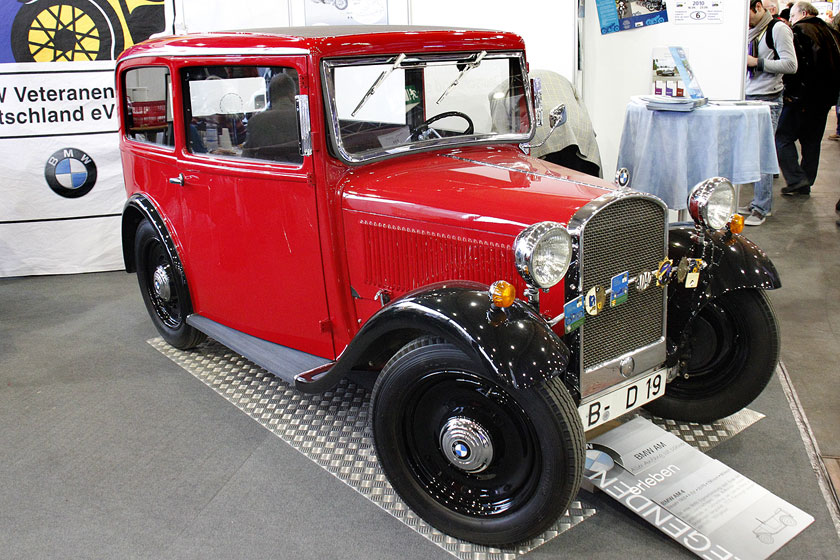
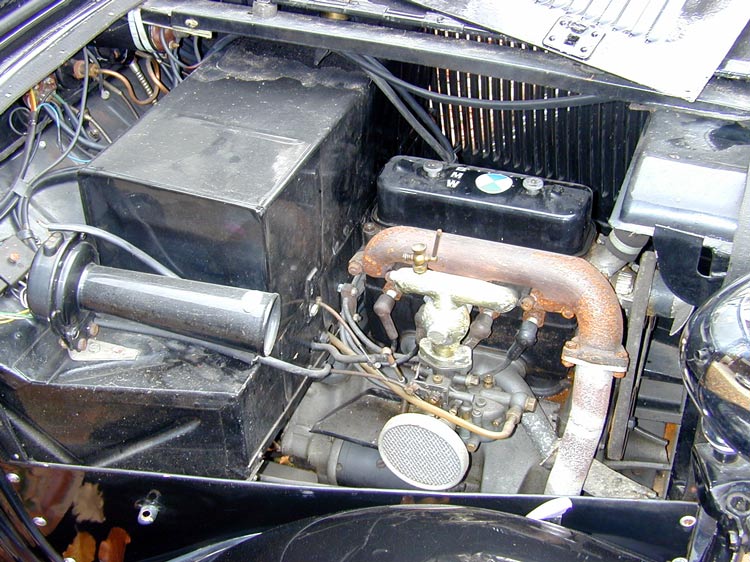 3/20 PS 1932–1934
3/20 PS 1932–1934 303 saloon 1933–1934 (first use of the “kidney” grille and straight-6 engine)
303 saloon 1933–1934 (first use of the “kidney” grille and straight-6 engine)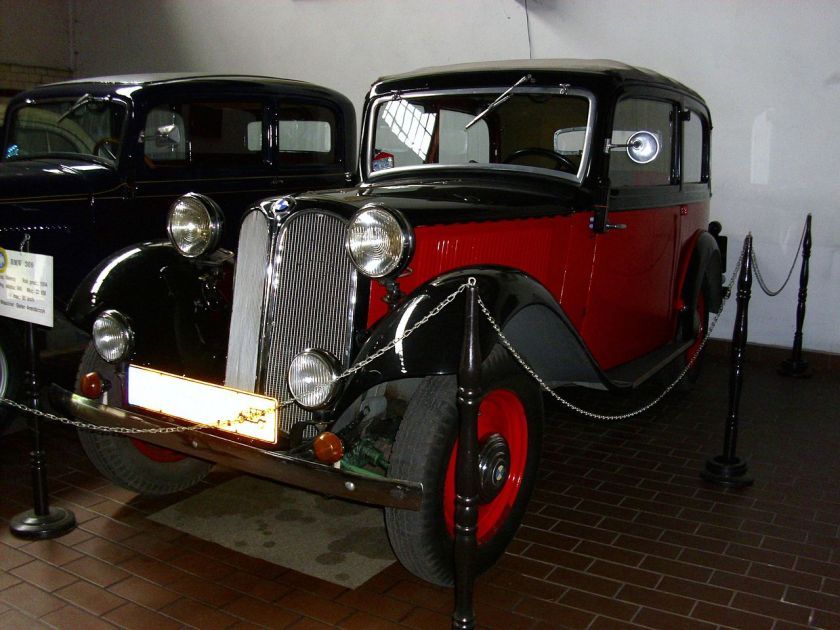 309 saloon 1934–1936 (a four-cylinder version of the 303)
309 saloon 1934–1936 (a four-cylinder version of the 303)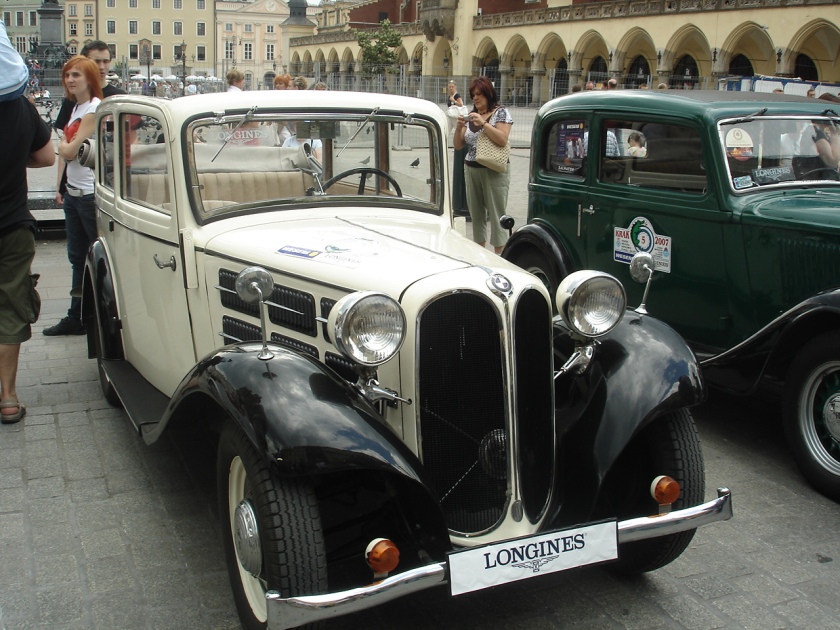 315 saloon 1934–1937
315 saloon 1934–1937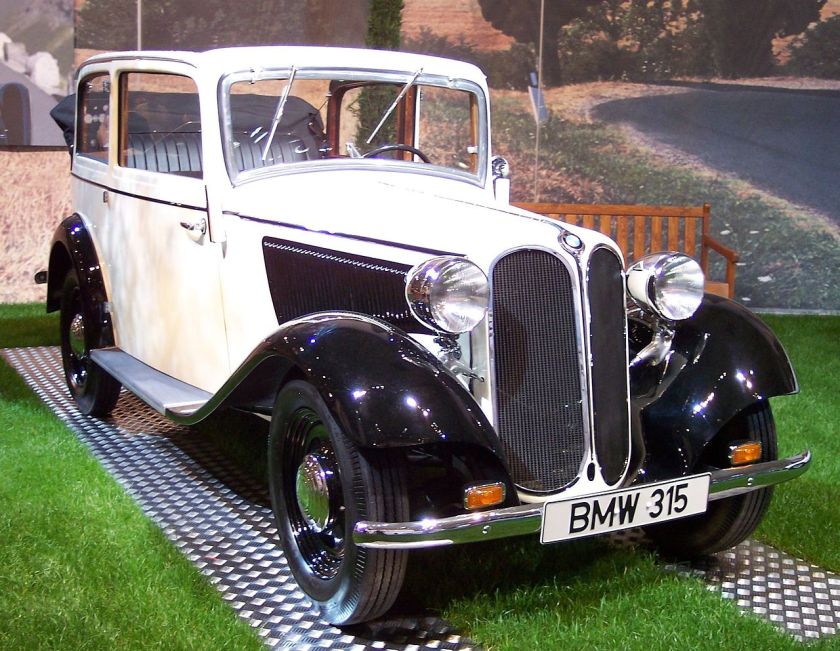 315/1 roadster 1934–1937 (roadster based on the 315)
315/1 roadster 1934–1937 (roadster based on the 315)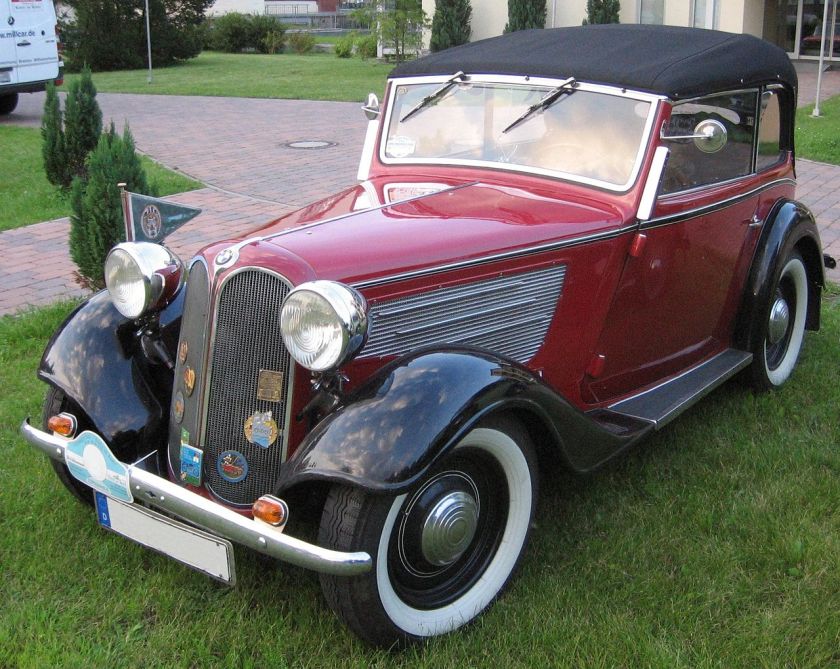 319 saloon 1935–1937 (larger-engined version of the 315)
319 saloon 1935–1937 (larger-engined version of the 315)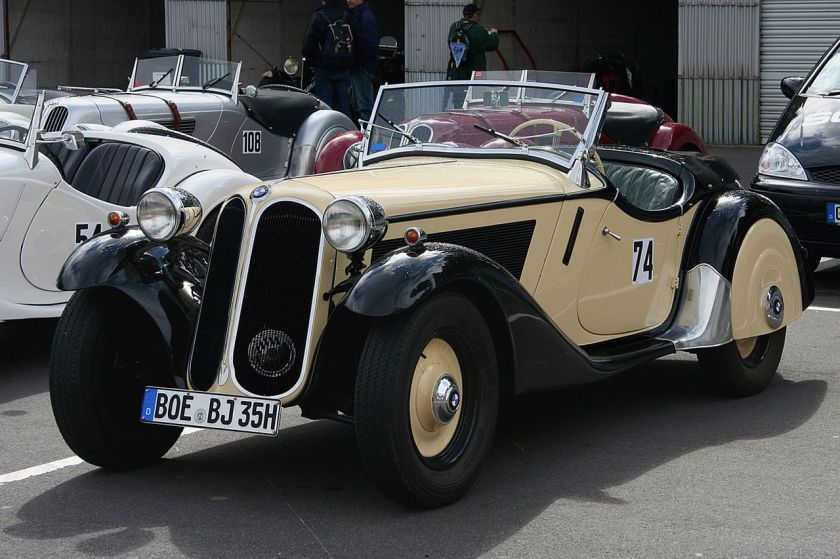 319/1 roadster 1935–1937 (larger-engined version of the 315/1)
319/1 roadster 1935–1937 (larger-engined version of the 315/1)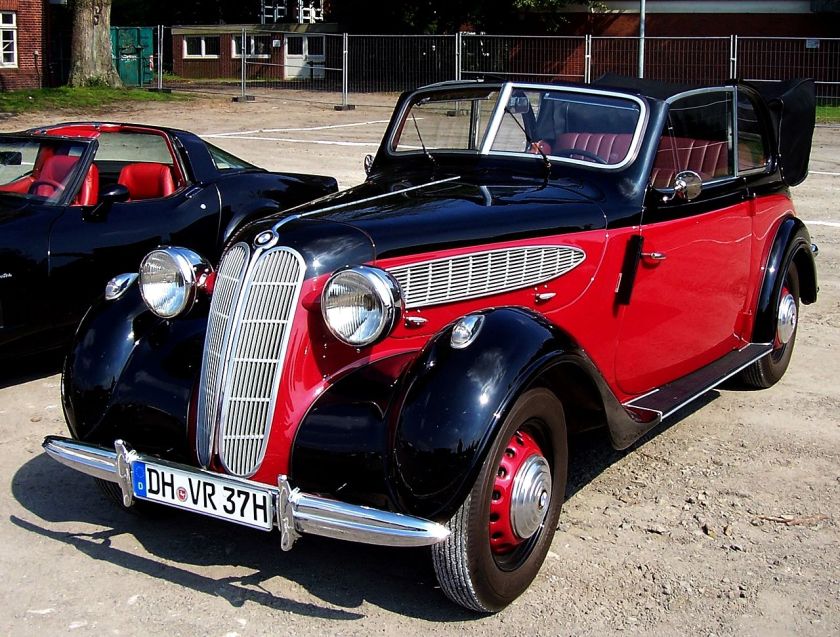 329 convertible 1937 (convertible based on the 319)
329 convertible 1937 (convertible based on the 319)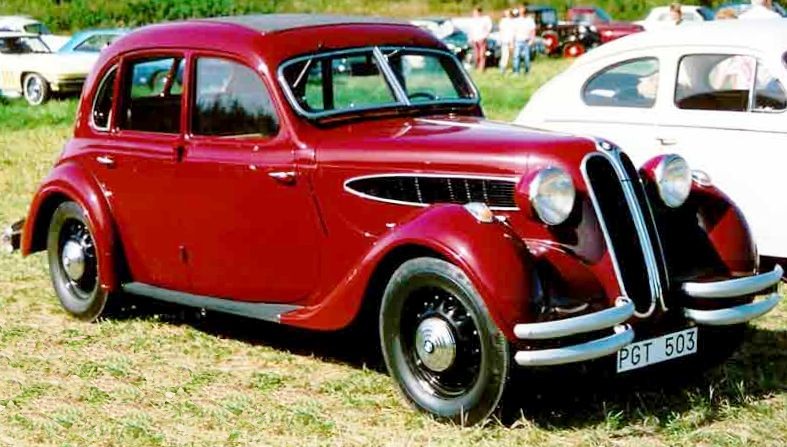 326 saloon and cabriolet 1936–1941
326 saloon and cabriolet 1936–1941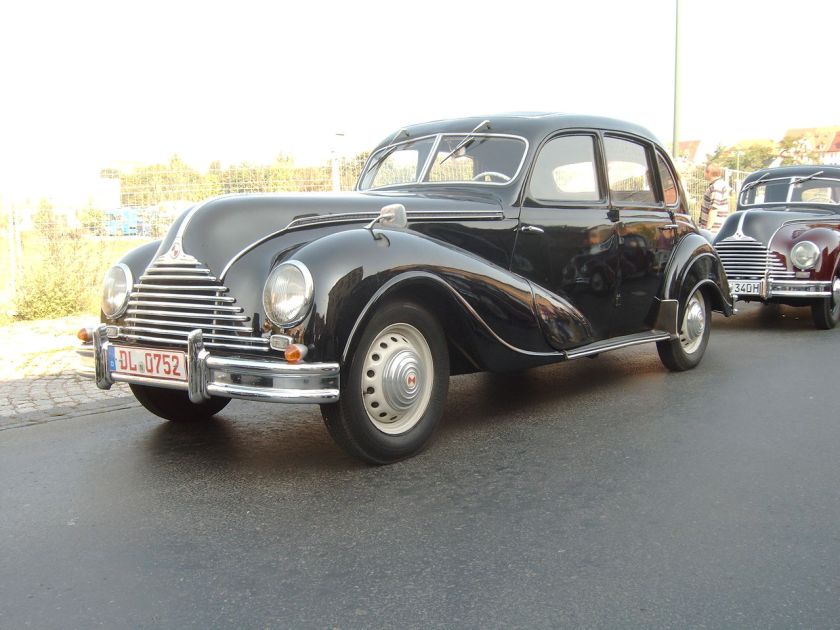 Emw 340-2 The Eisenach derivative
Emw 340-2 The Eisenach derivative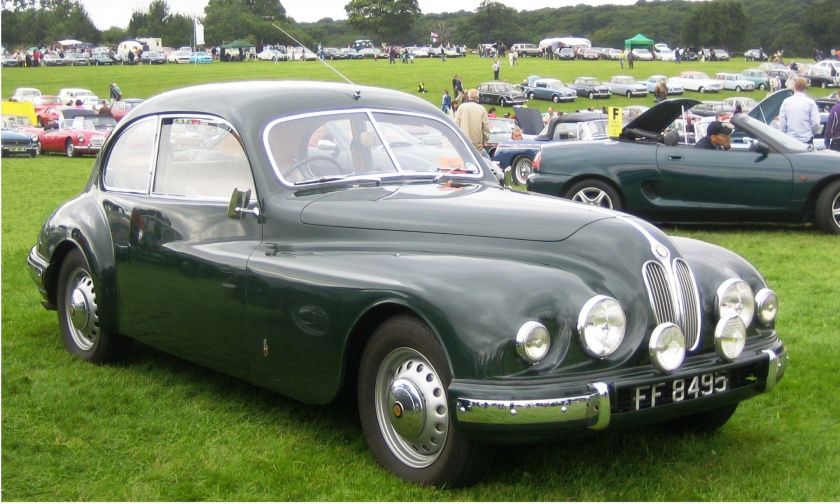 1952 Bristol 403 in Hertfordshire
1952 Bristol 403 in Hertfordshire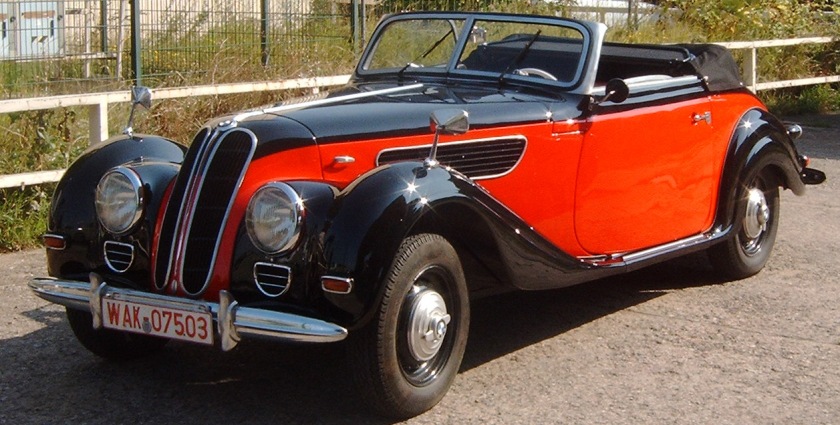
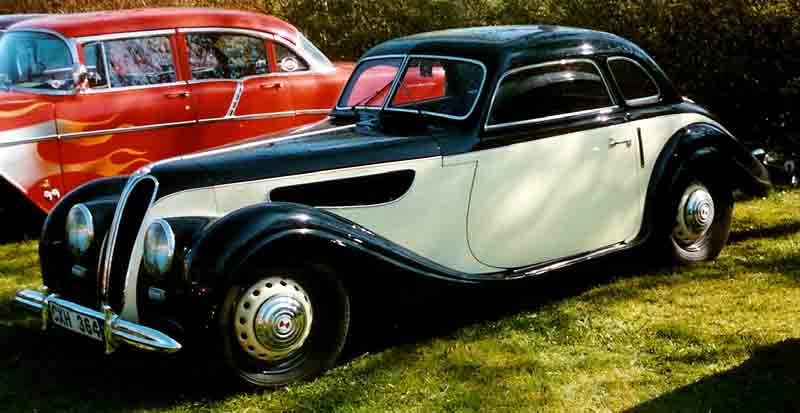 327 coupé and cabriolet 1937–1941
327 coupé and cabriolet 1937–1941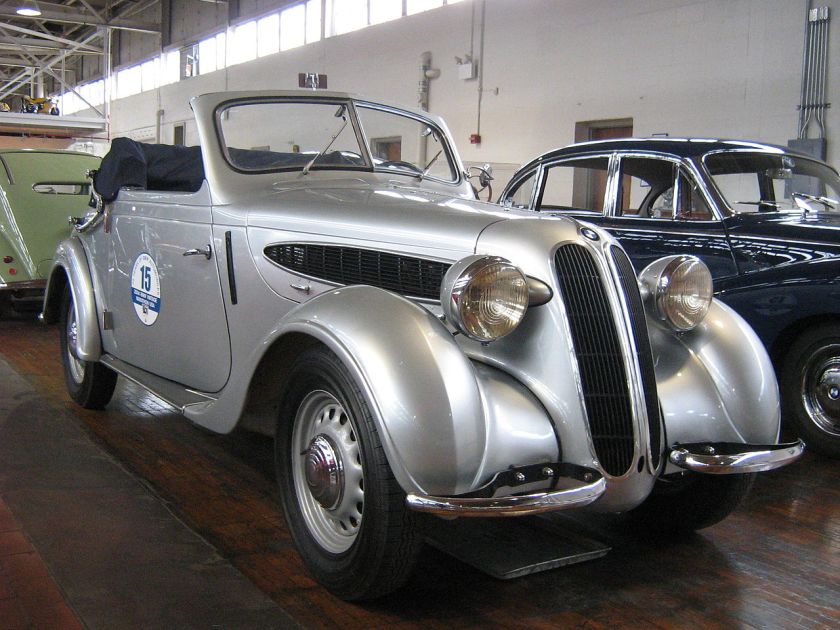 320 saloon and cabriolet 1937–1938 (based on the 326 with 329 suspension)
320 saloon and cabriolet 1937–1938 (based on the 326 with 329 suspension)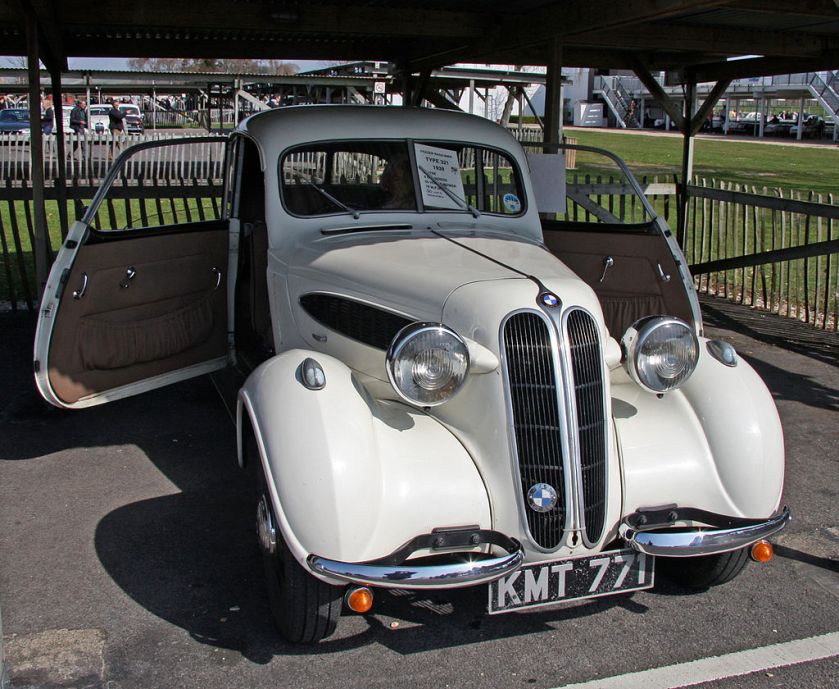
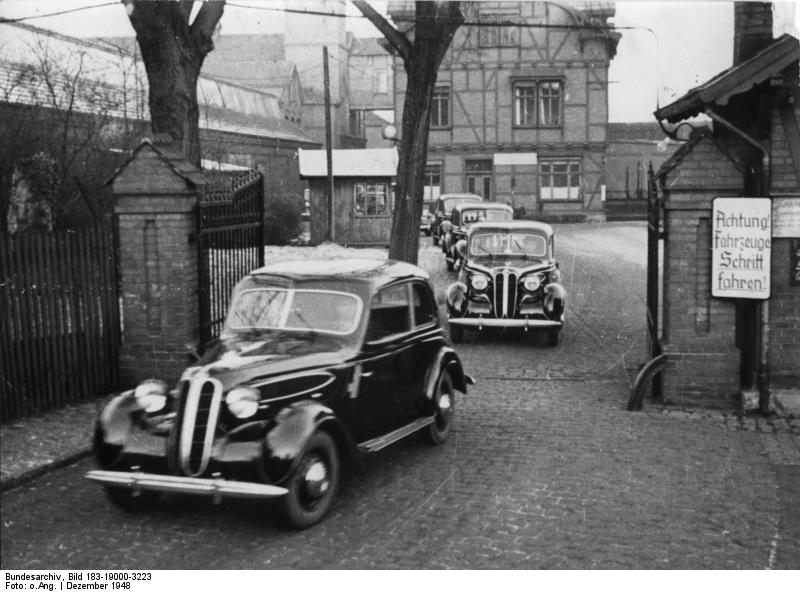
321 saloon and cabriolet 1938–1941
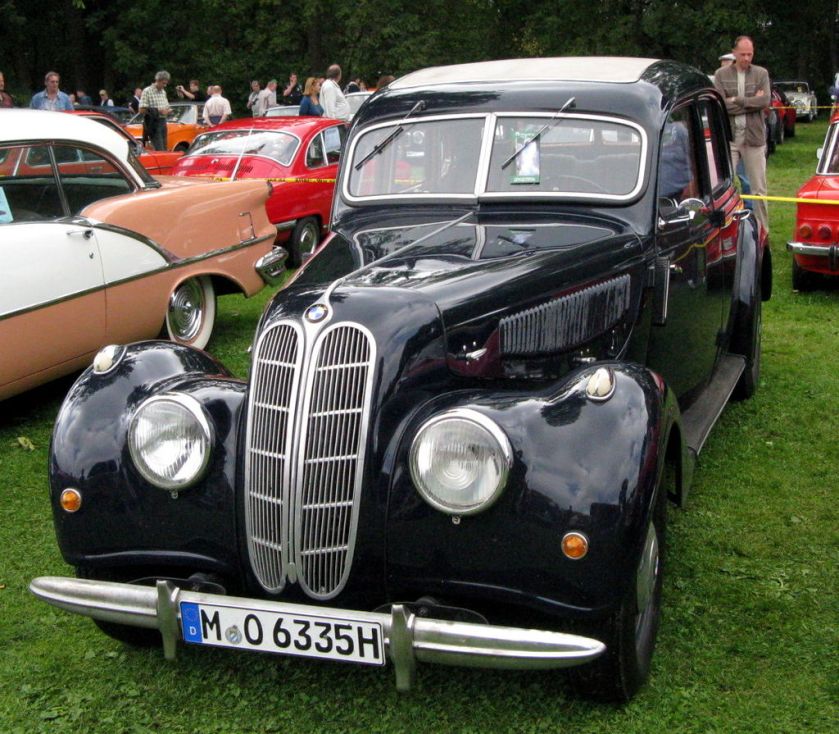
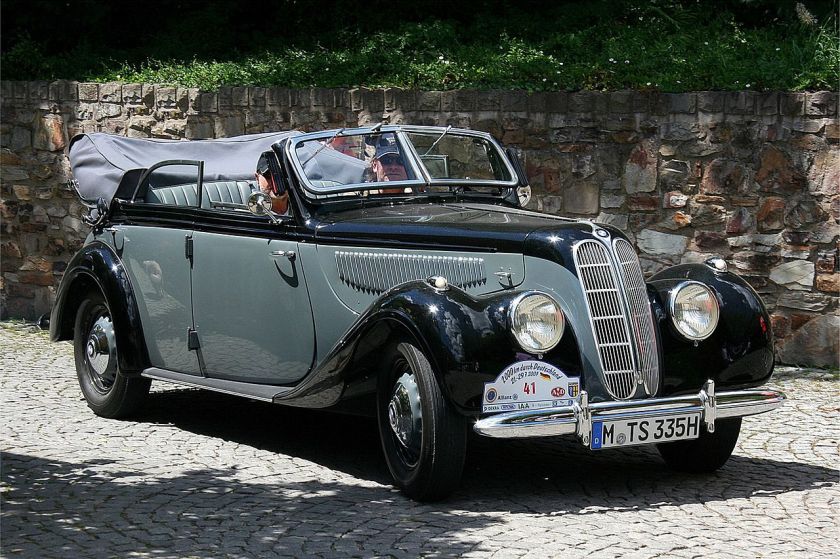 BMW 335 sedan 1939–1941
BMW 335 sedan 1939–1941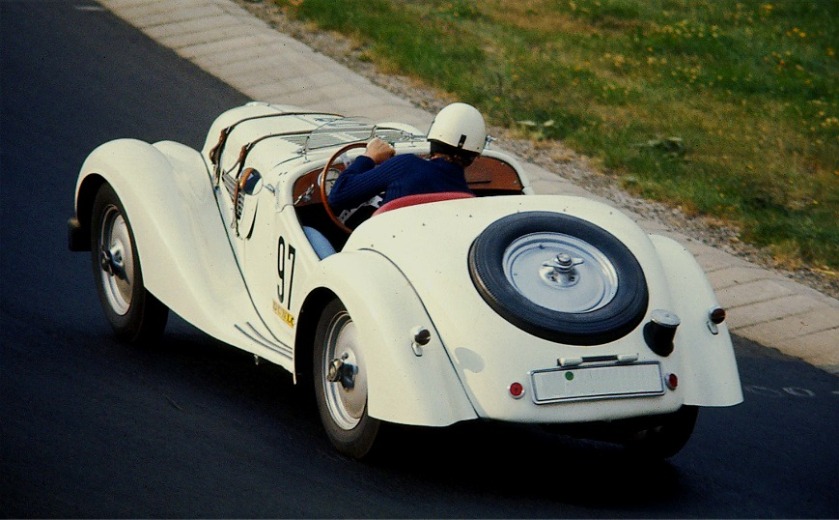
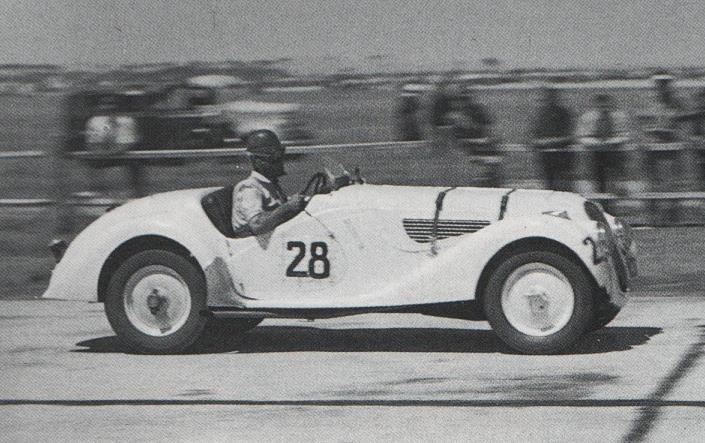
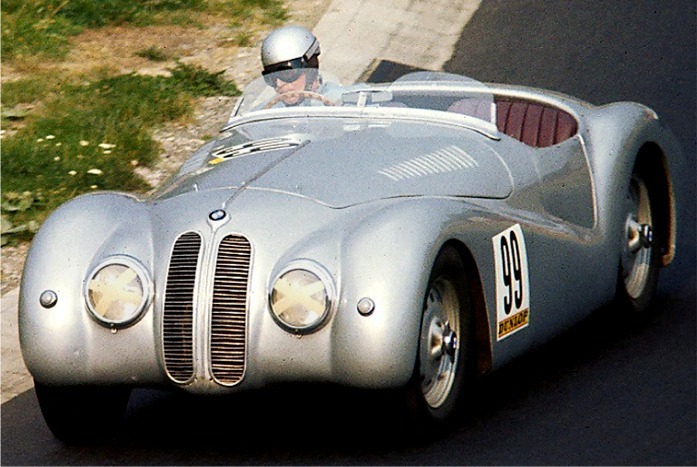
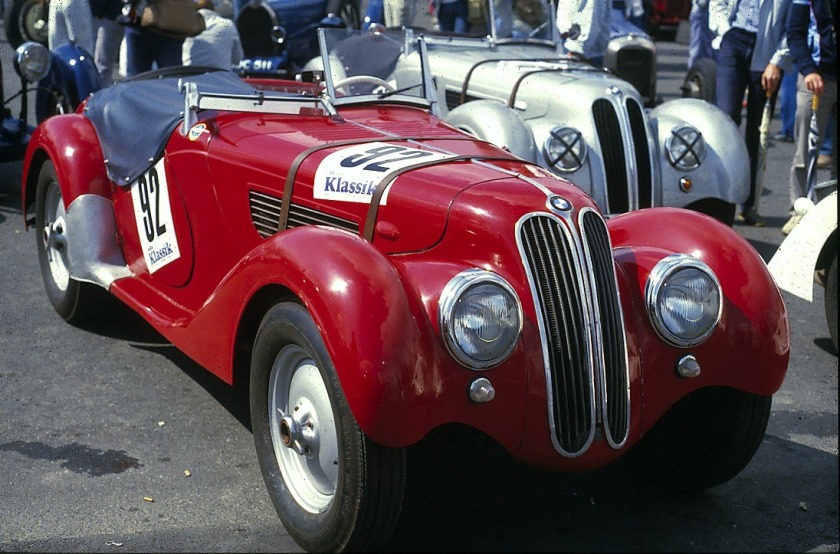
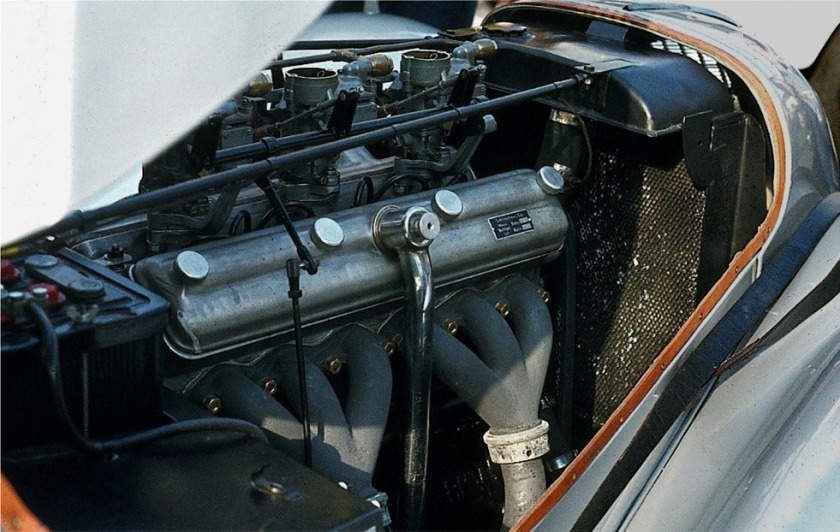
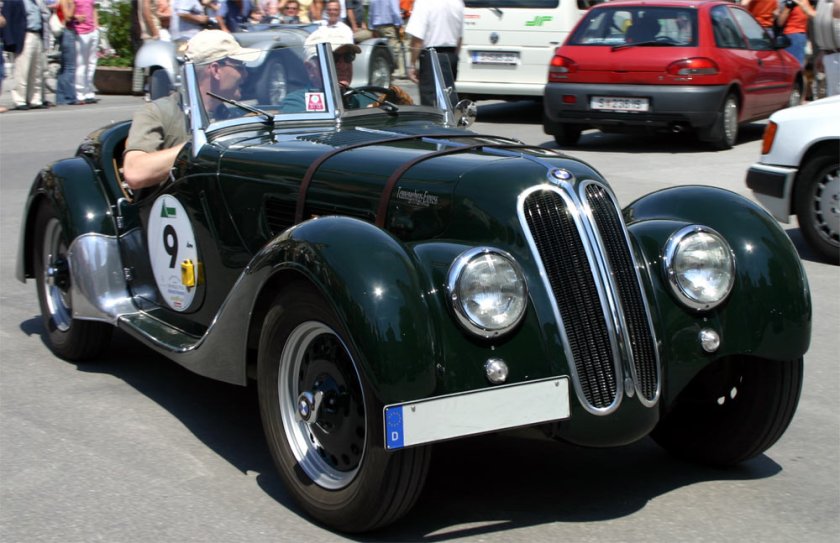
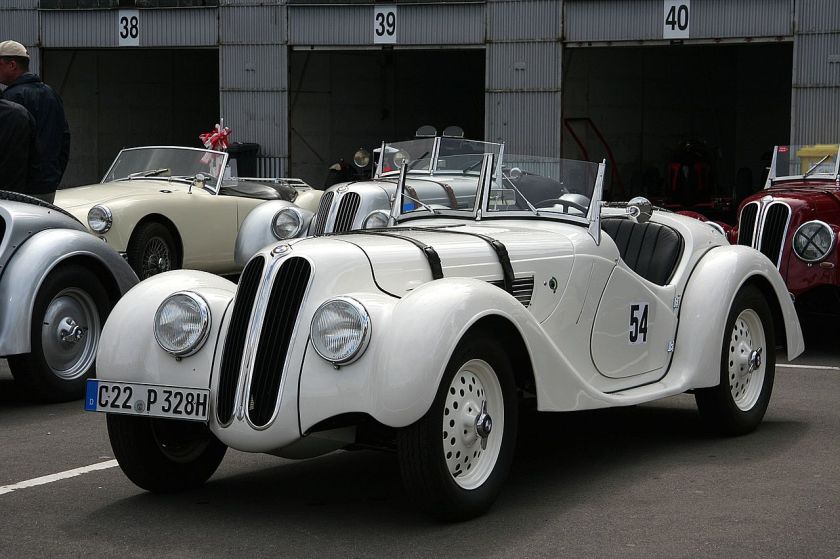 328 Roadster 1936–1940
328 Roadster 1936–1940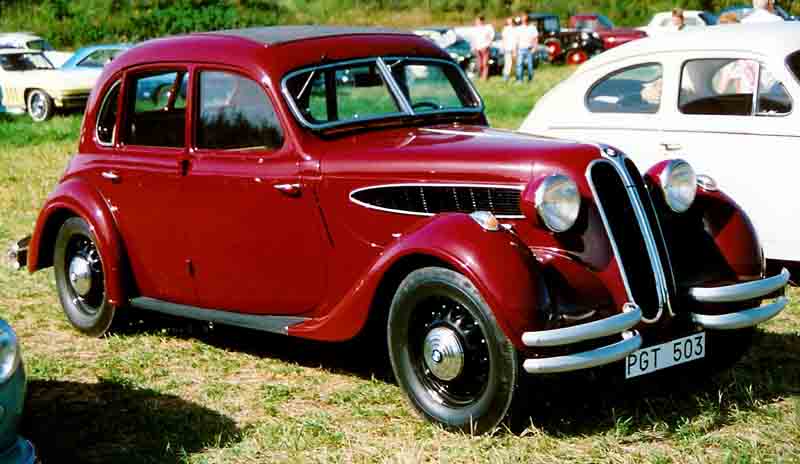
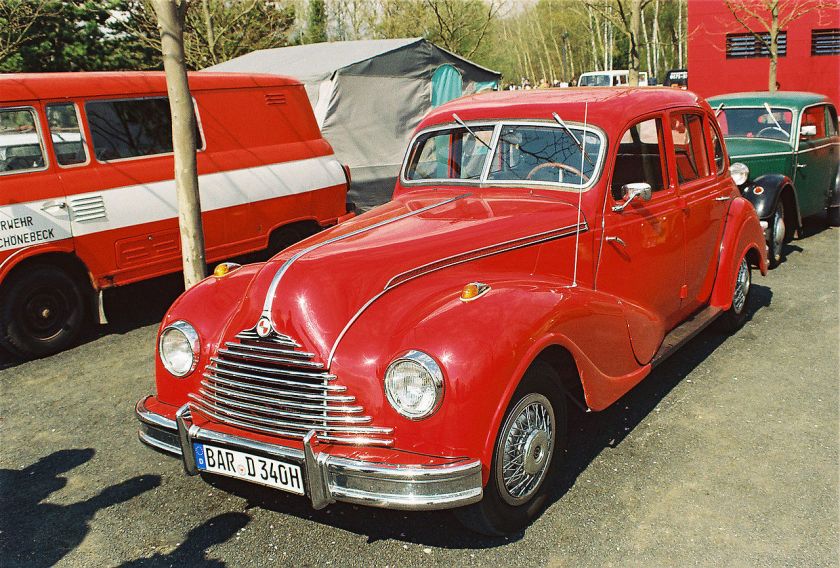
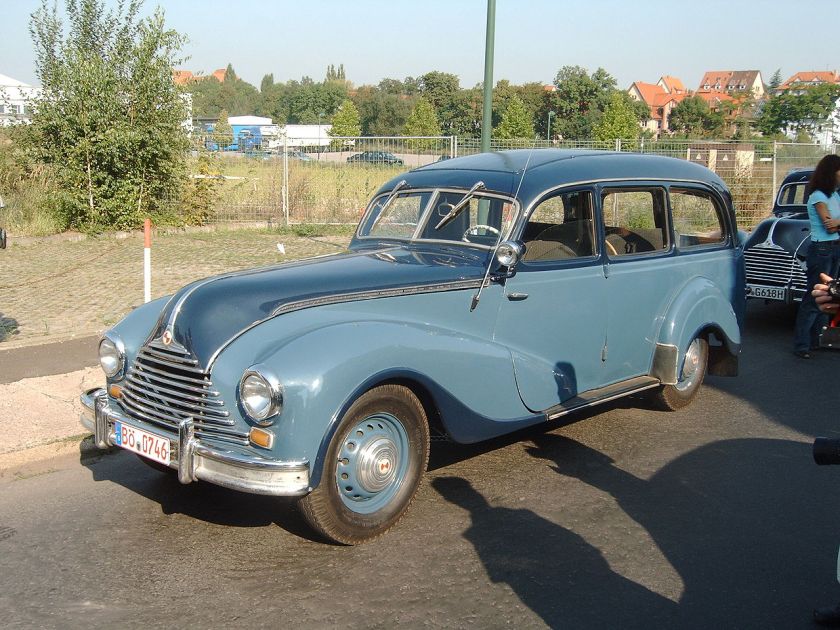 340 sedan 1949–1953 (later cars badged as EMW 340)
340 sedan 1949–1953 (later cars badged as EMW 340)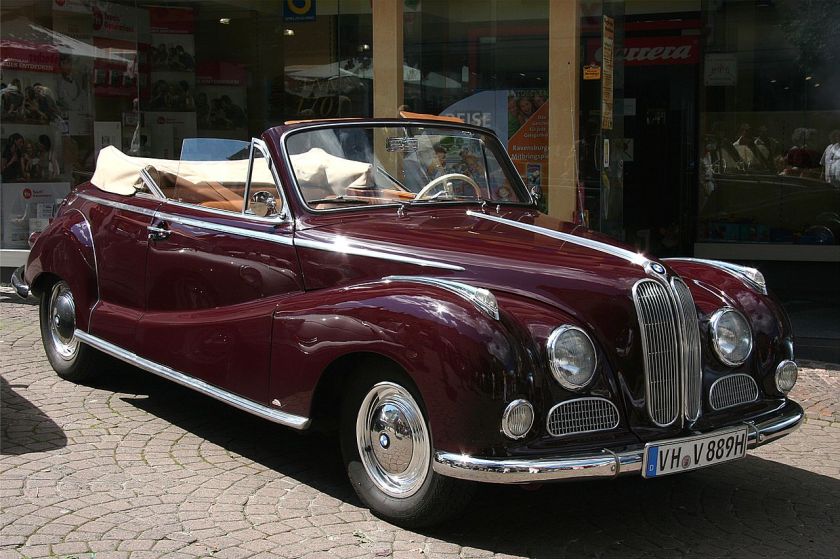 BMW 502 1954–1964 (V8-engined version of 501)
BMW 502 1954–1964 (V8-engined version of 501)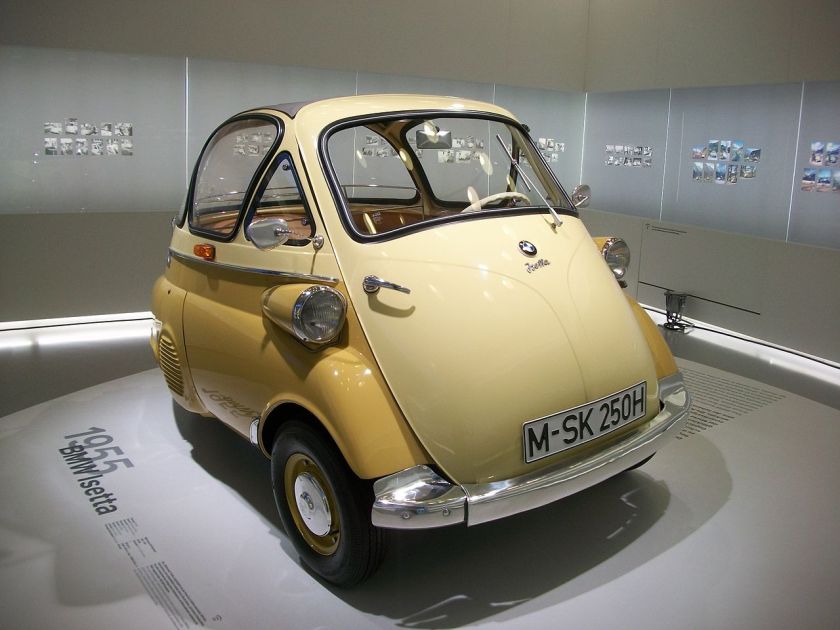 Isetta 250 micro car 1955–1956
Isetta 250 micro car 1955–1956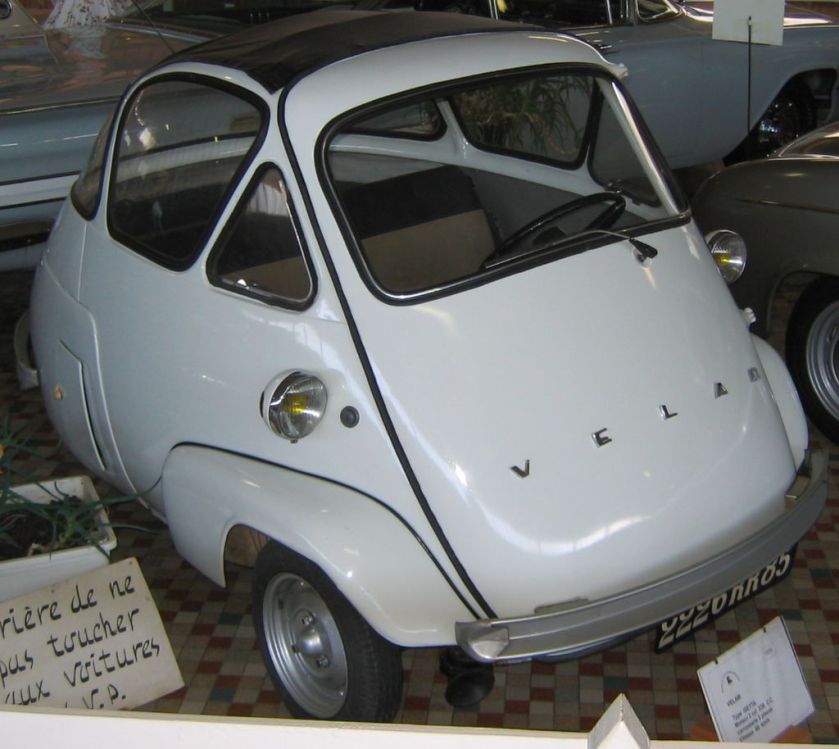
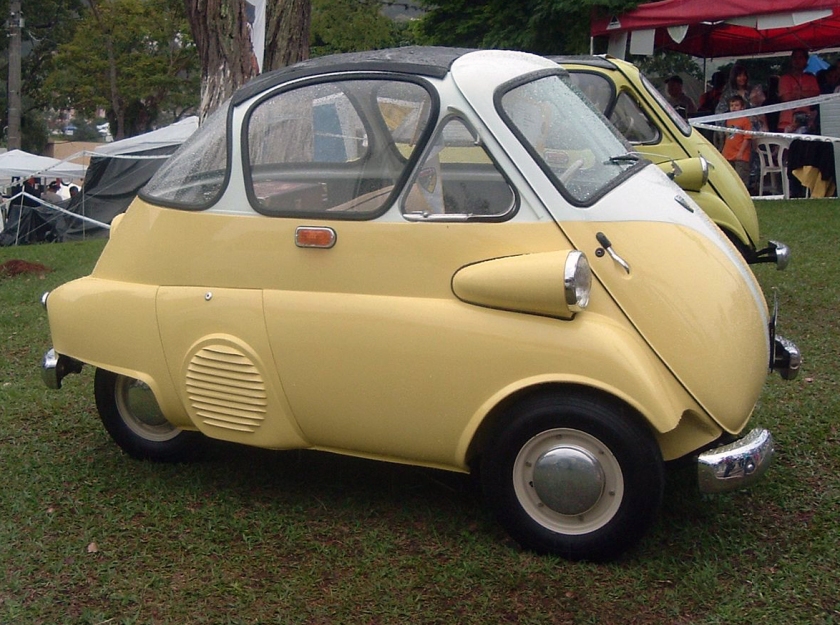
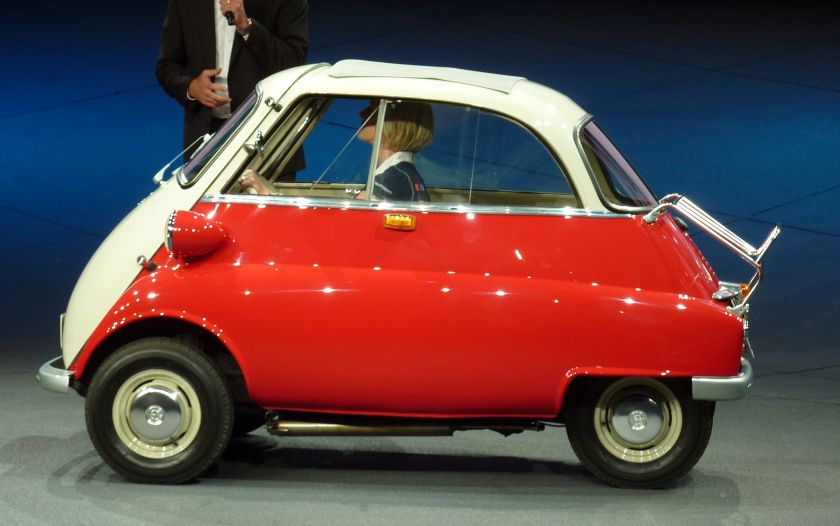
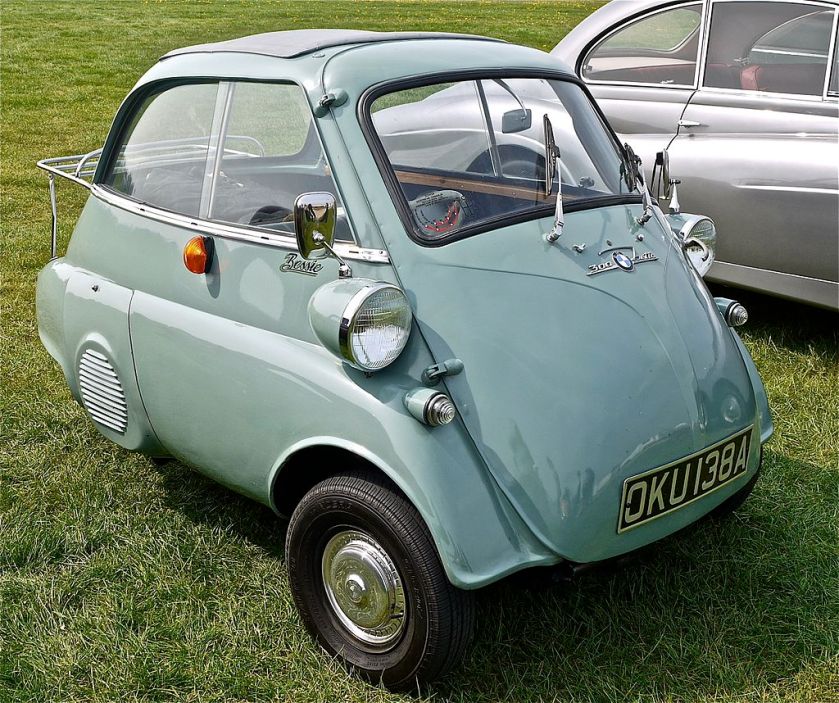
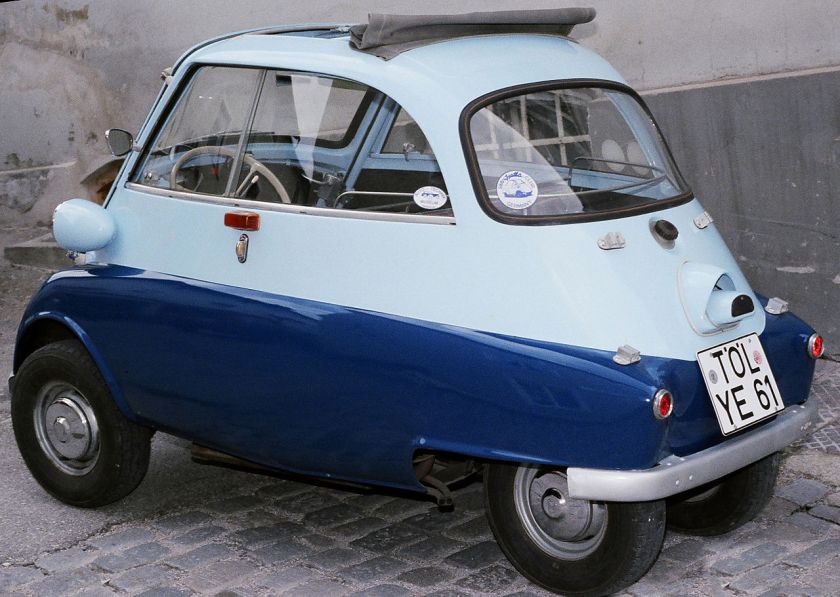
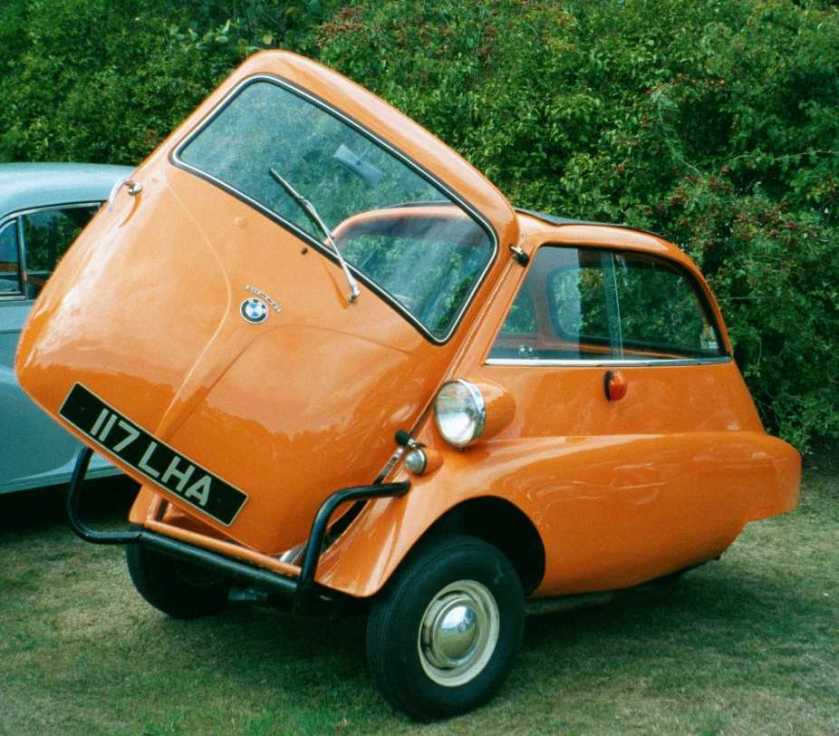
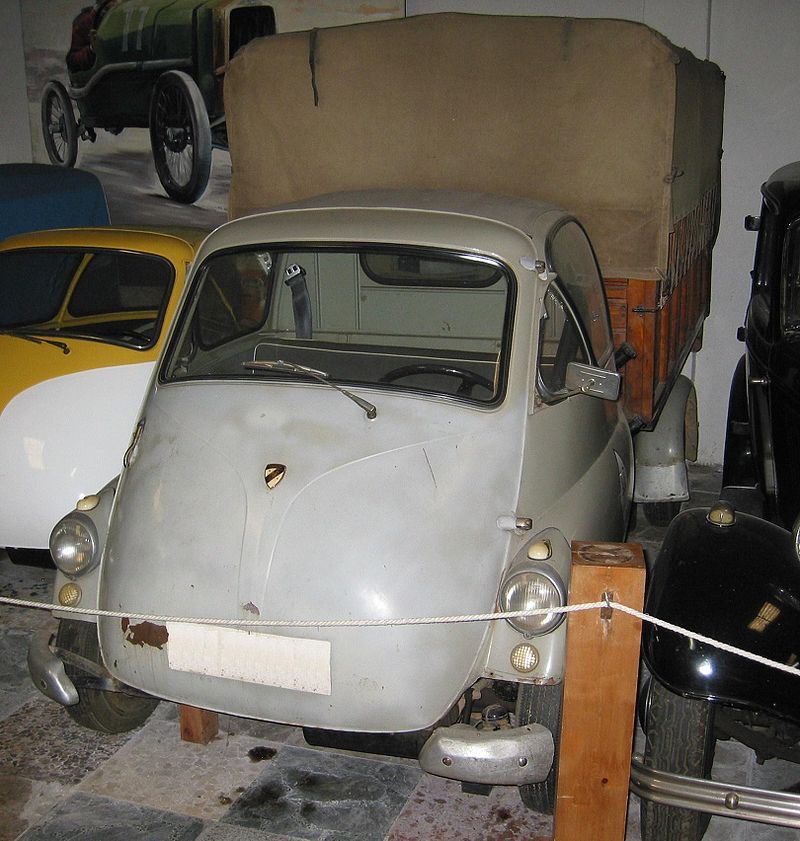

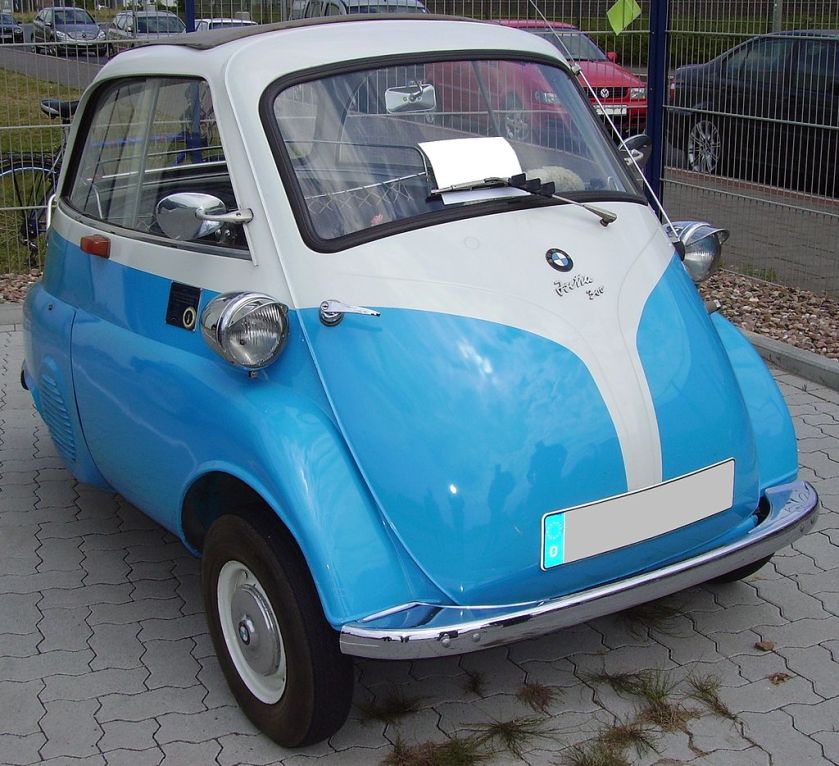
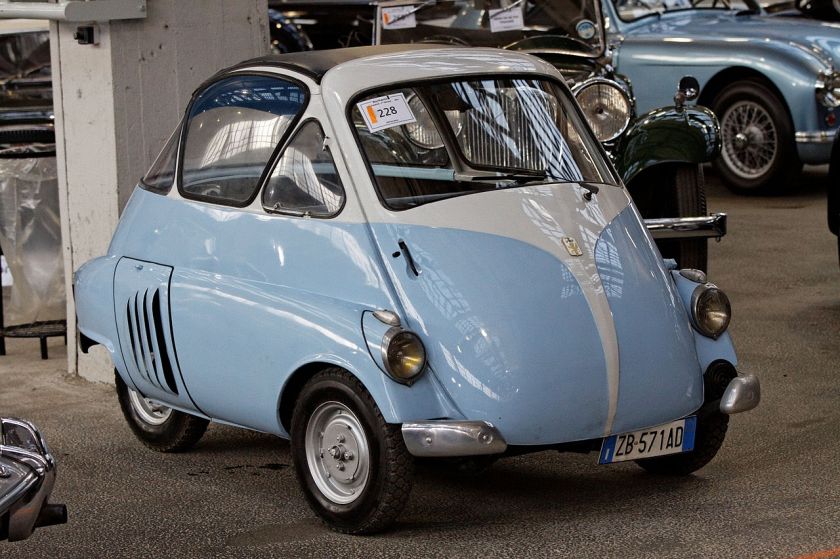 Isetta 300 micro car 1956–1962
Isetta 300 micro car 1956–1962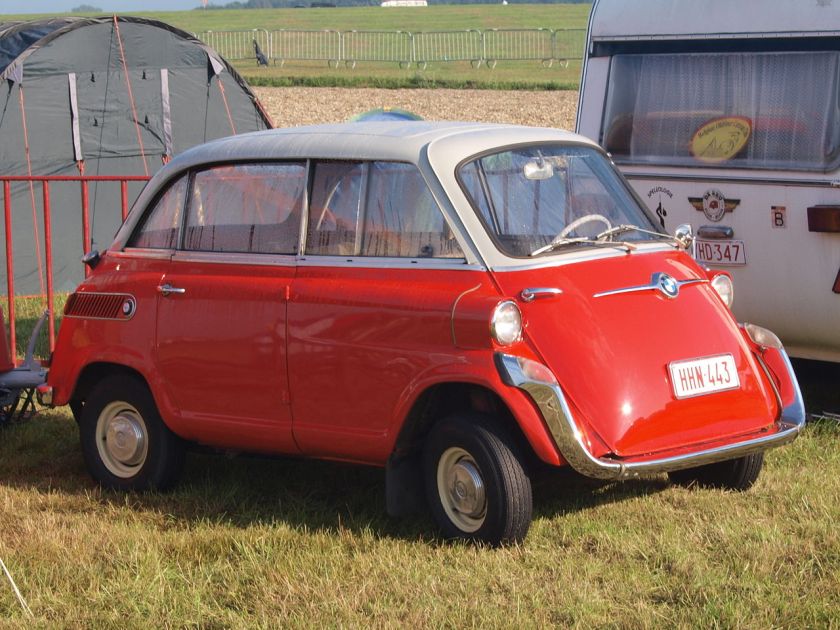
 600 micro car 1957–1959 (4 seat car based on Isetta 300)
600 micro car 1957–1959 (4 seat car based on Isetta 300)
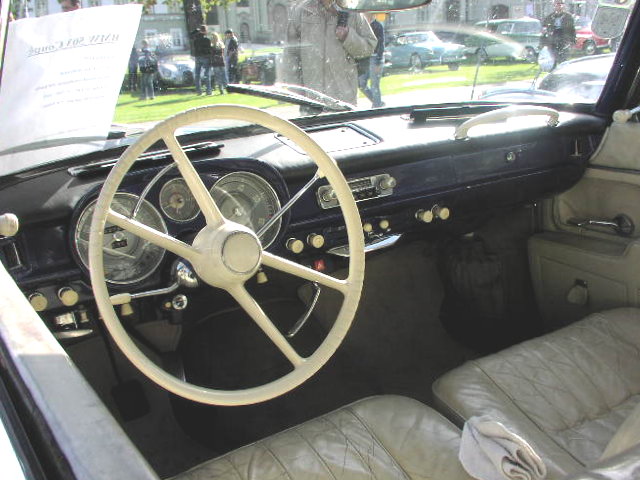 503 coupe and cabriolet 1956–1959
503 coupe and cabriolet 1956–1959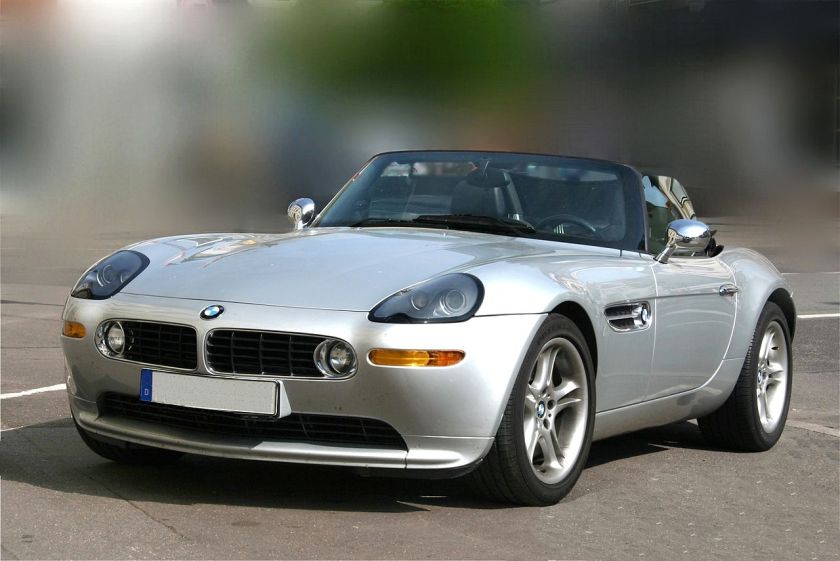
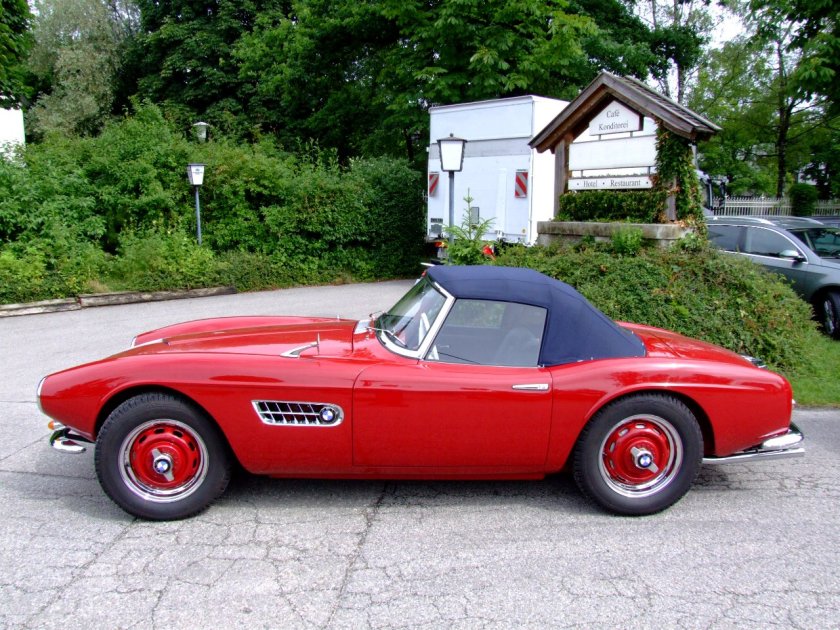
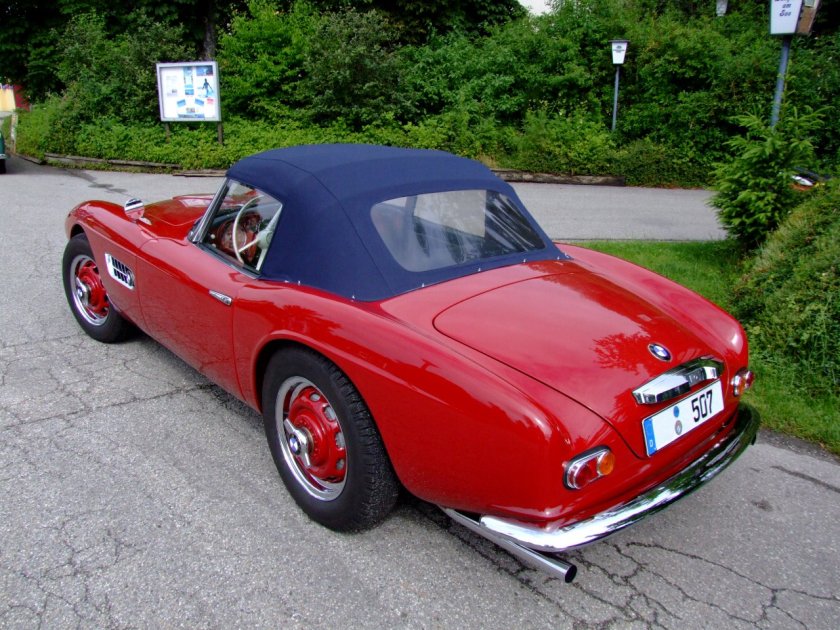
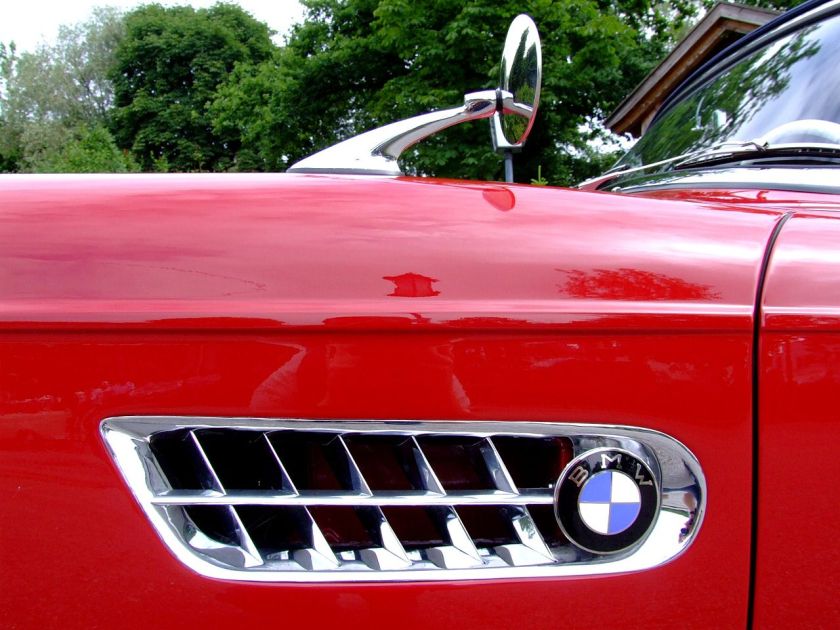
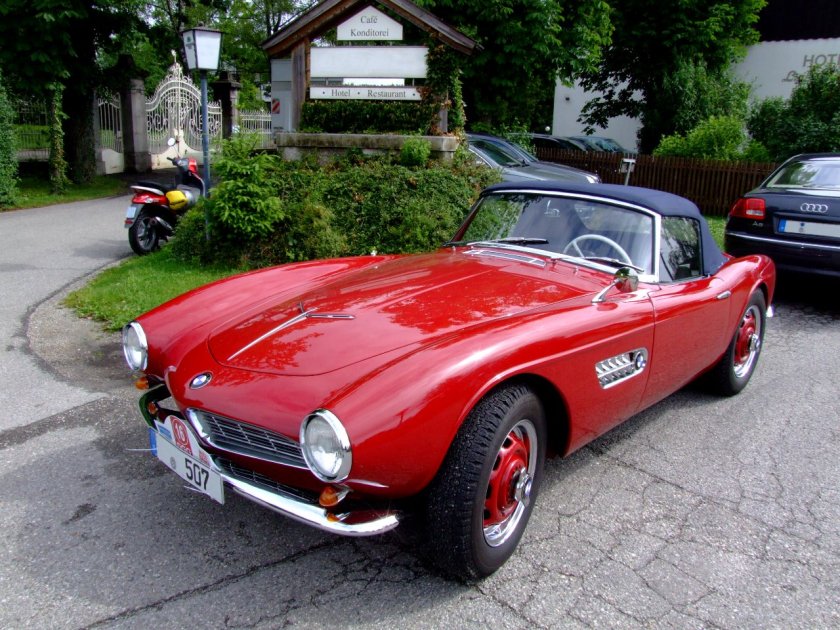
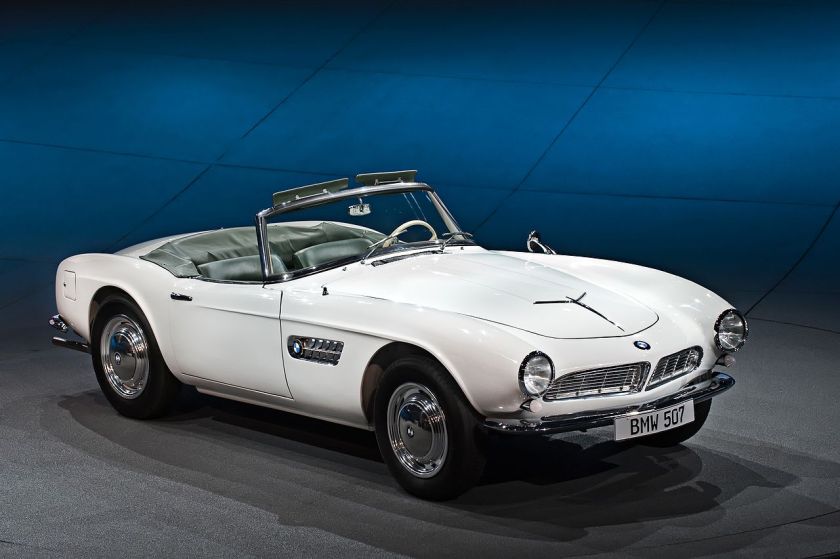 507 roadster 1956–1959 + Z8
507 roadster 1956–1959 + Z8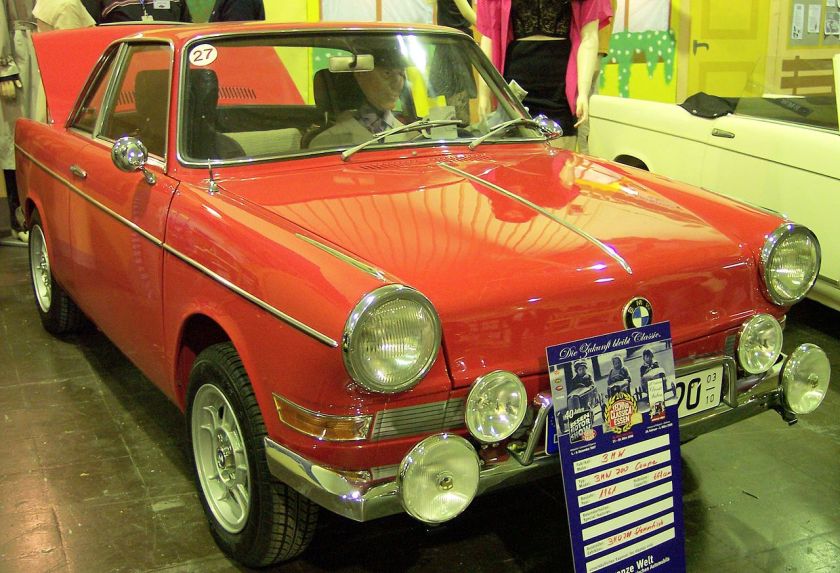
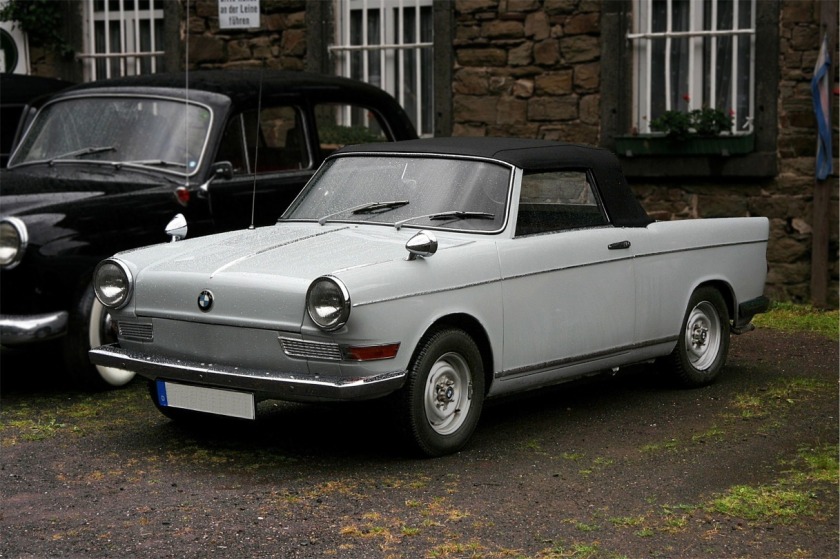
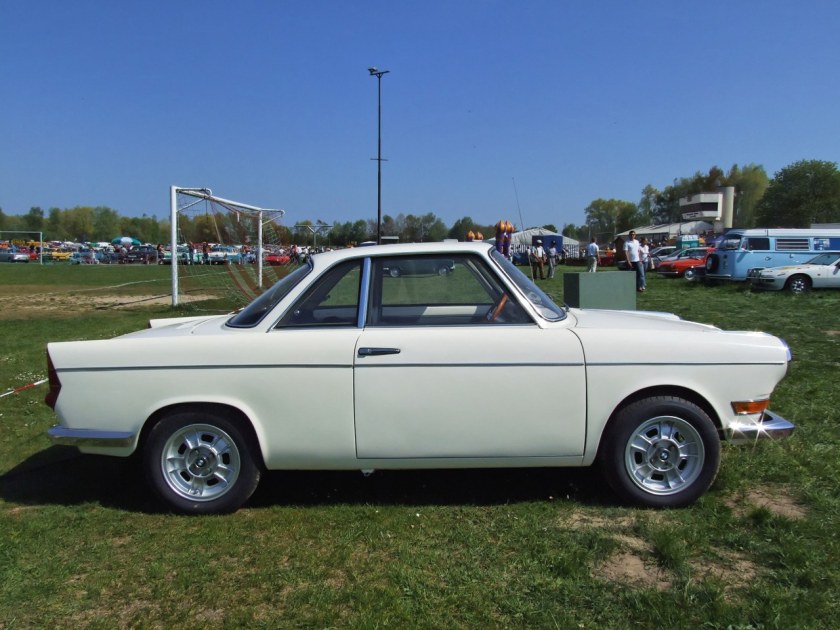
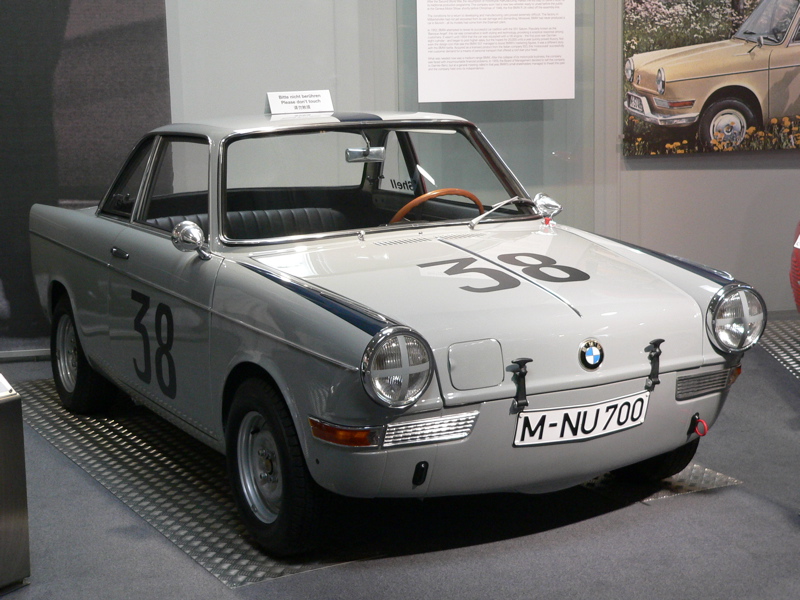
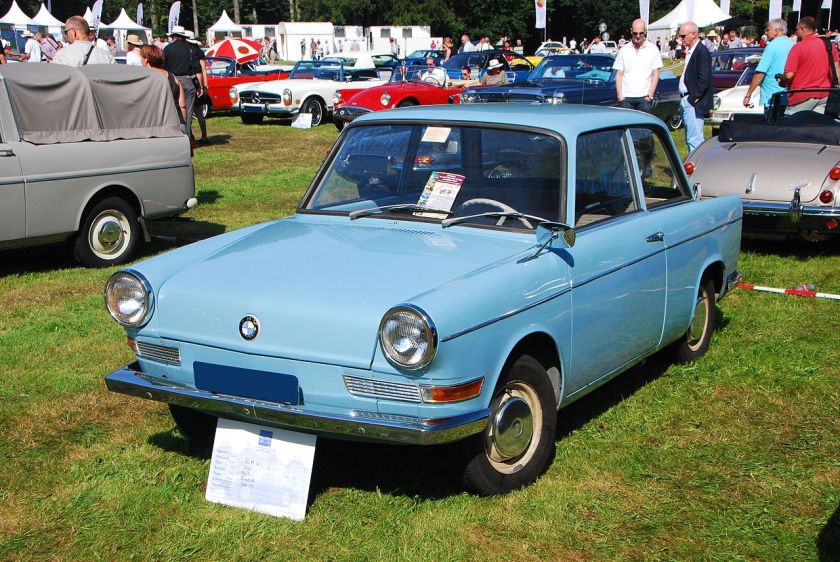
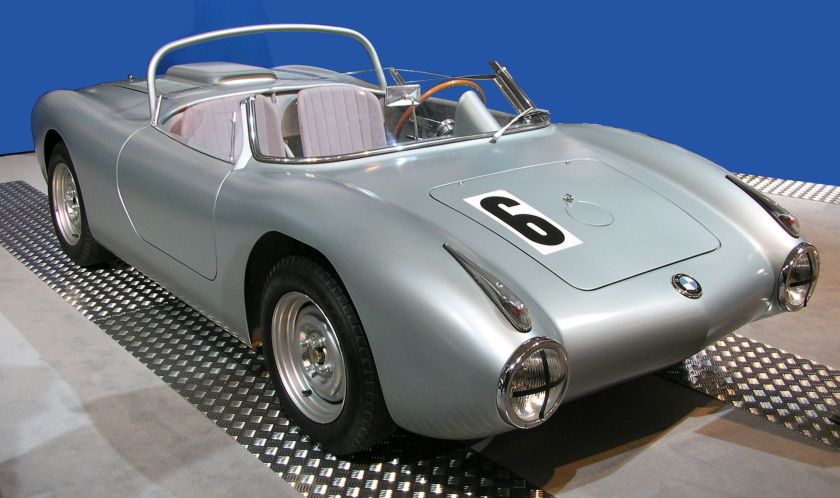
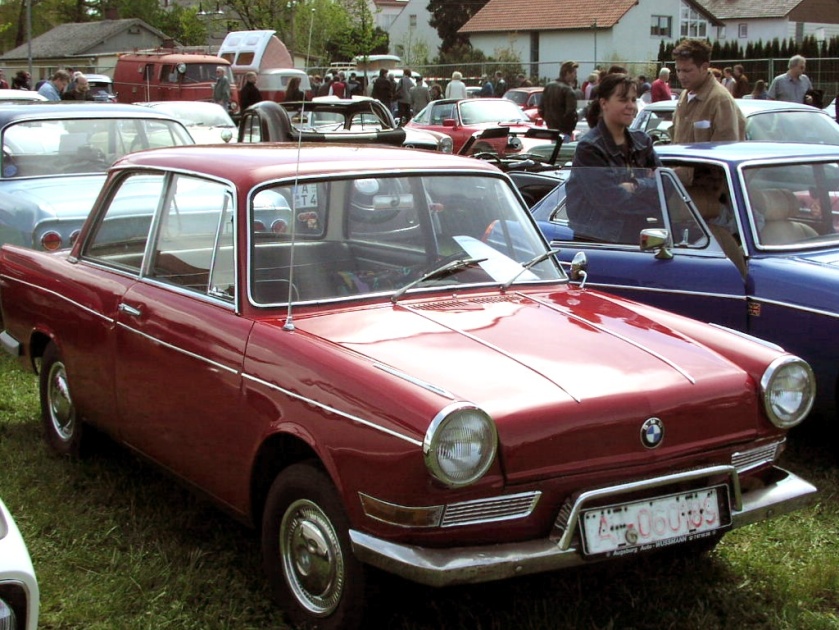
700 saloon and coupe 1959–1965
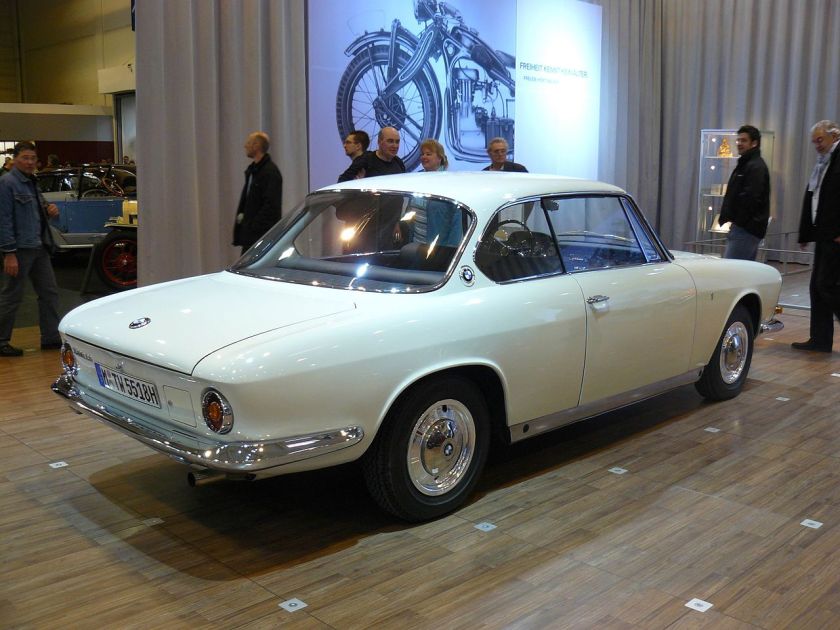
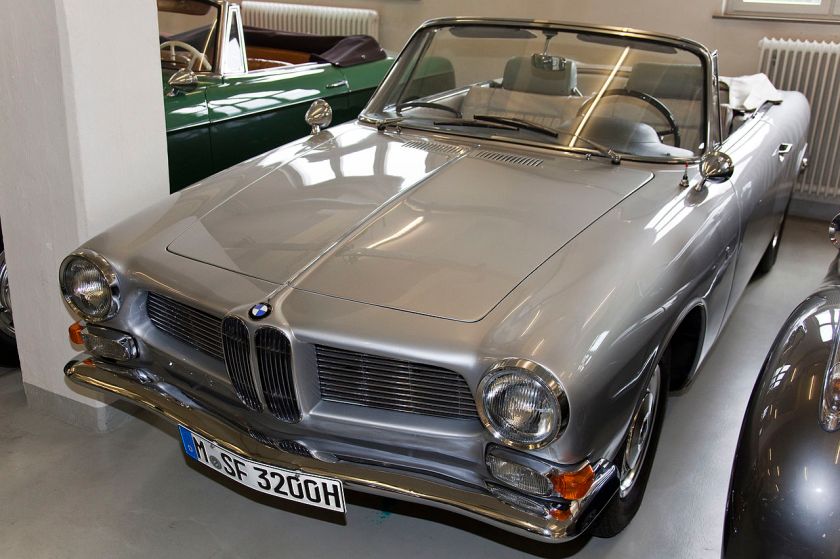
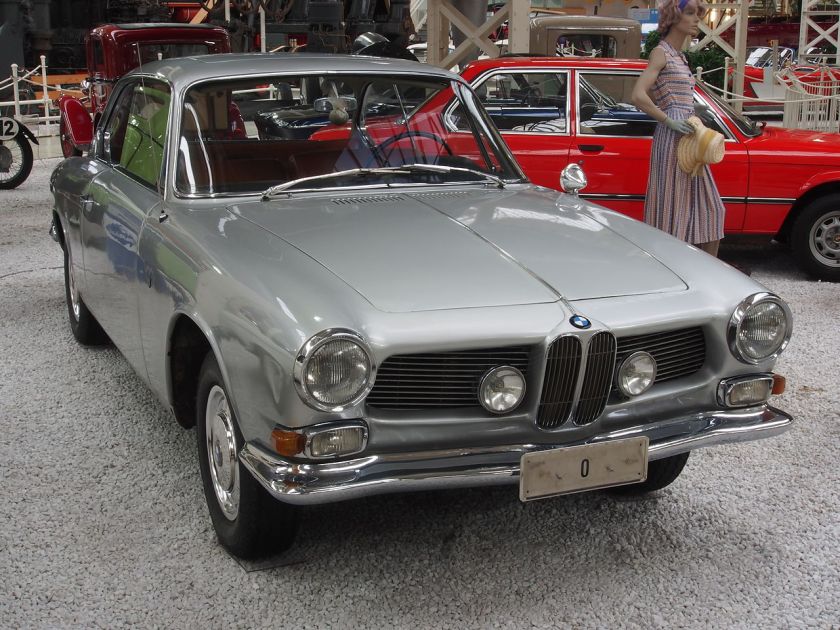
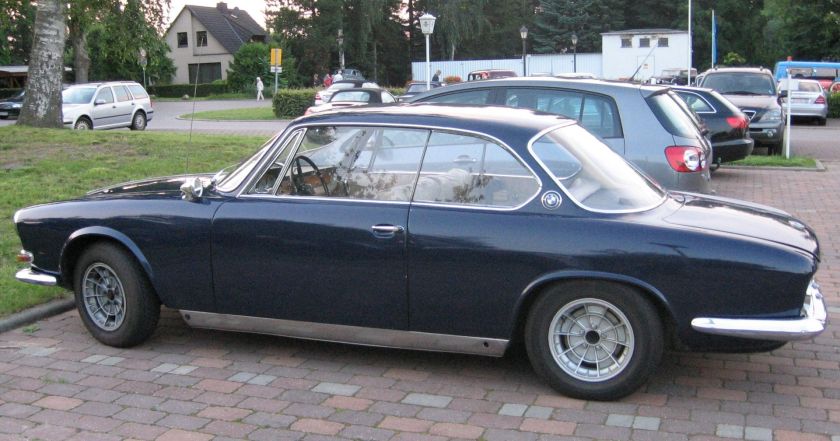 3200 CS coupe 1962–1965 (based on the 503)
3200 CS coupe 1962–1965 (based on the 503)
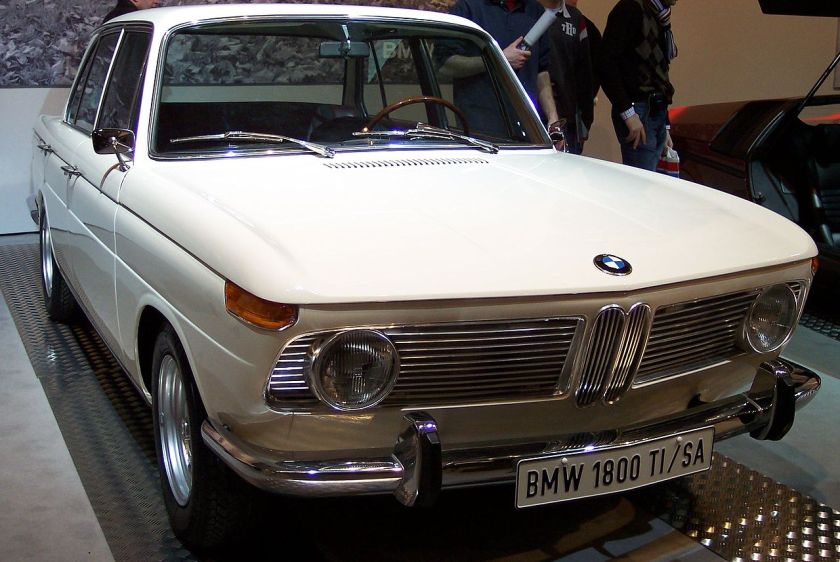 1800 saloon 1963–1971
1800 saloon 1963–1971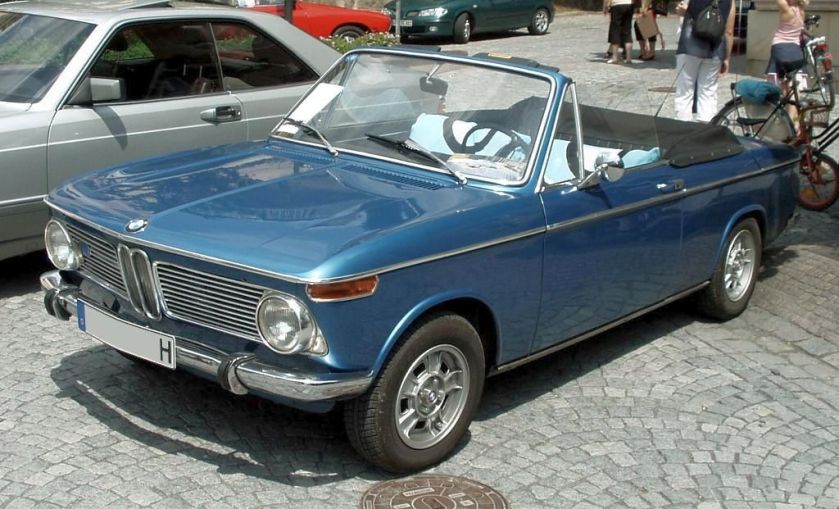
1600 saloon 1964–1968
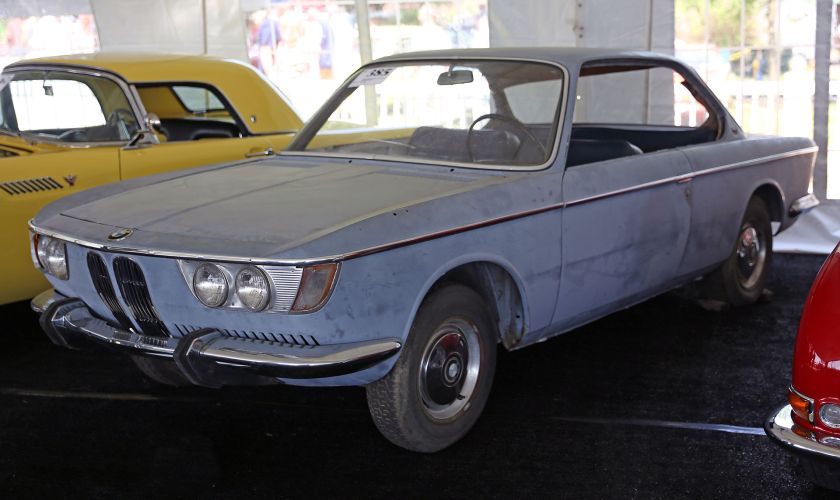
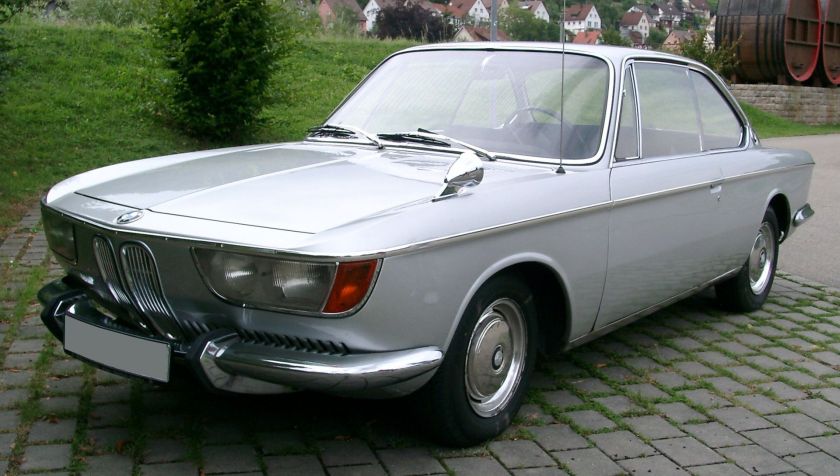
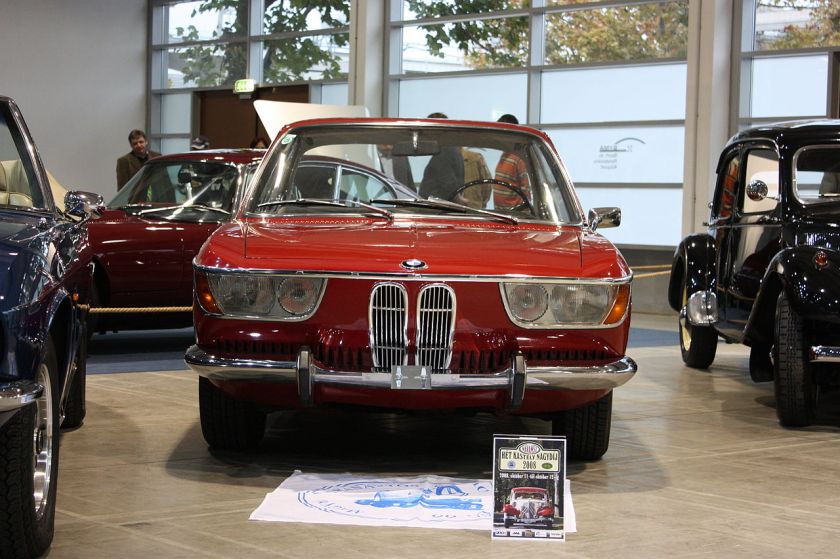
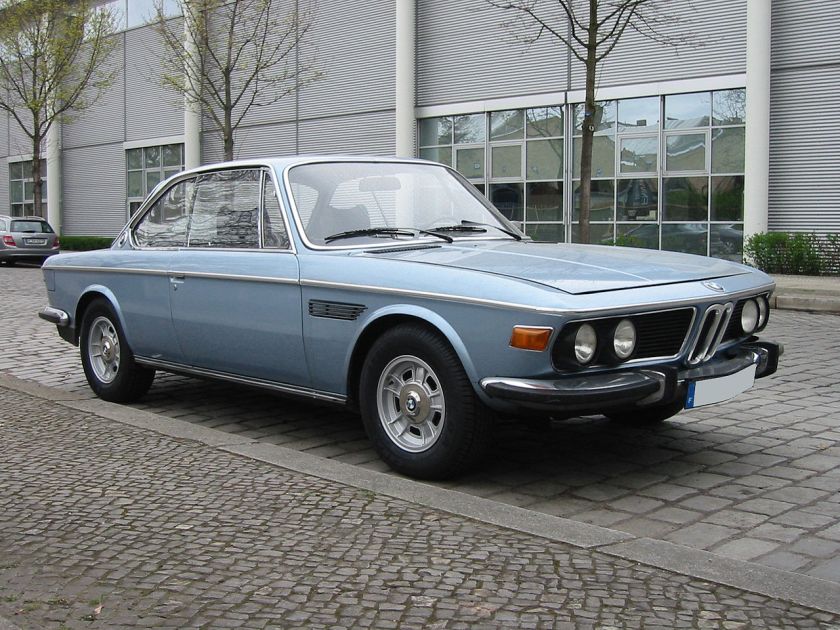 E9 coupe 1968–1975
E9 coupe 1968–1975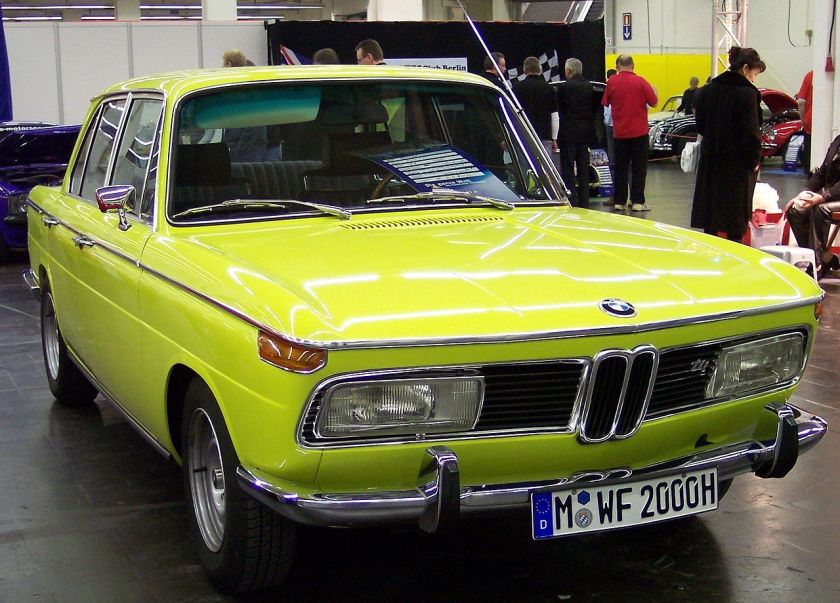 2000 saloon 1966–1972
2000 saloon 1966–1972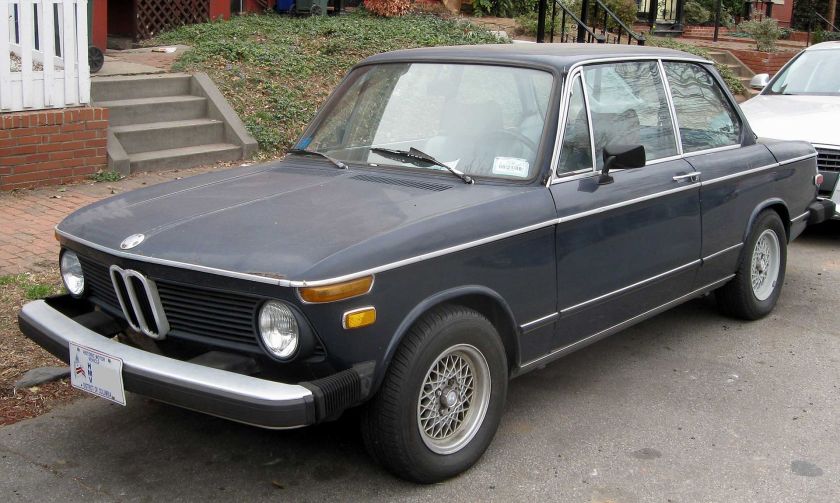 BMW 2002 saloon 1968–1976 (2-door version of 2000)
BMW 2002 saloon 1968–1976 (2-door version of 2000)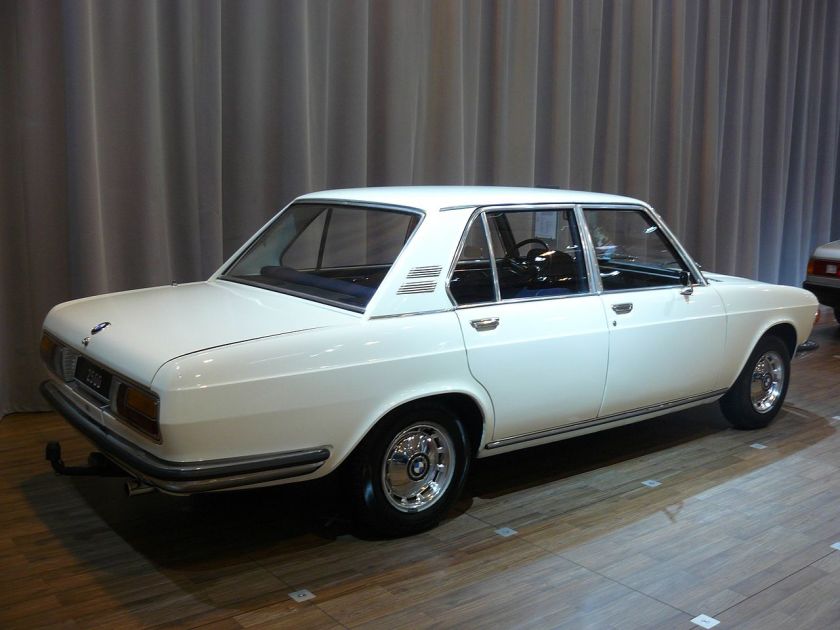
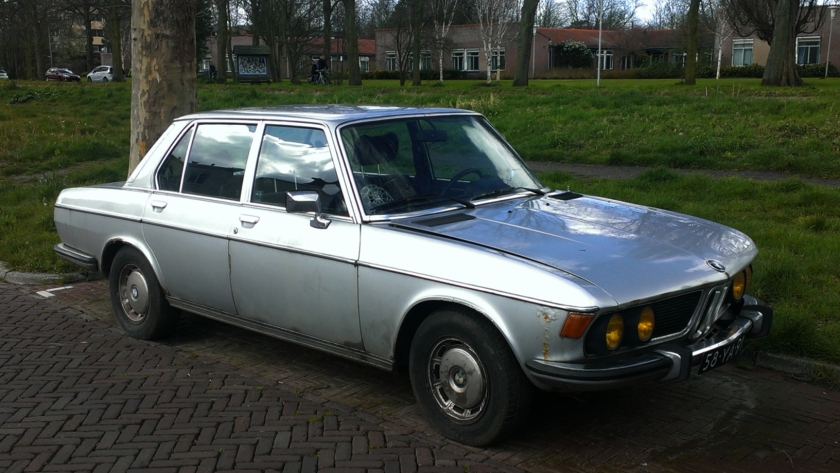
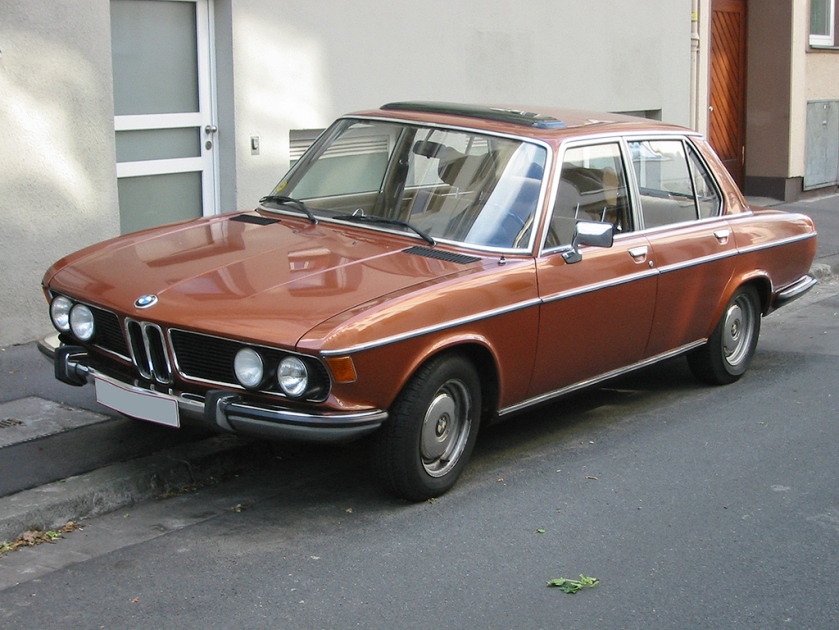
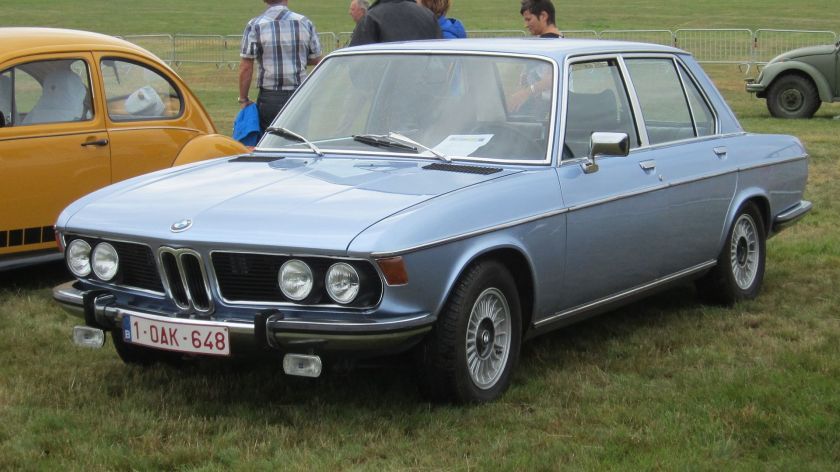 E3 saloon 1968-1977
E3 saloon 1968-1977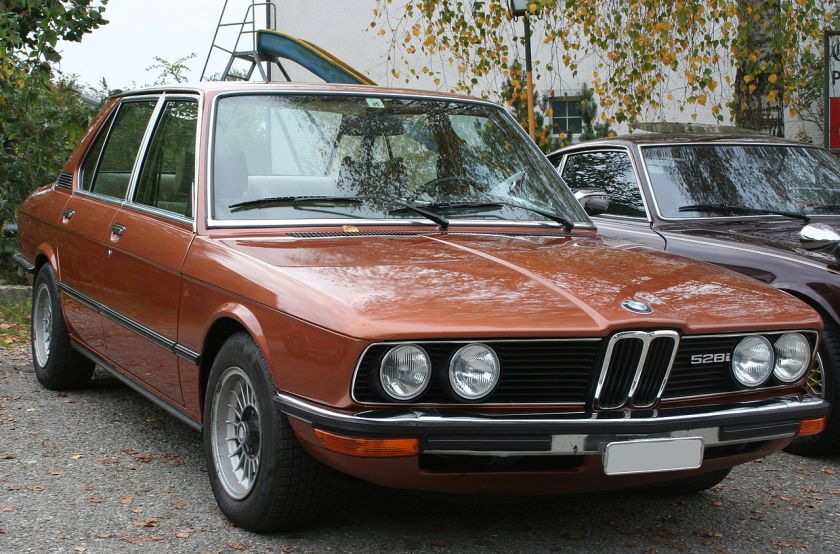
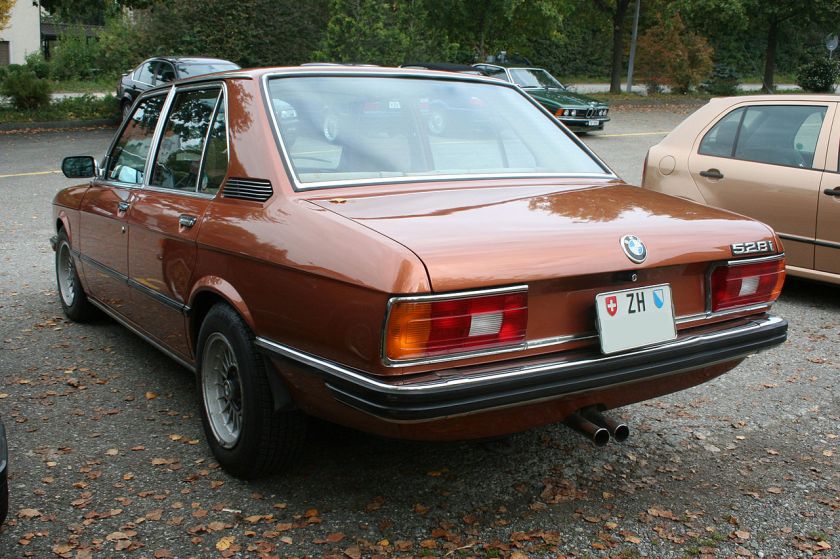
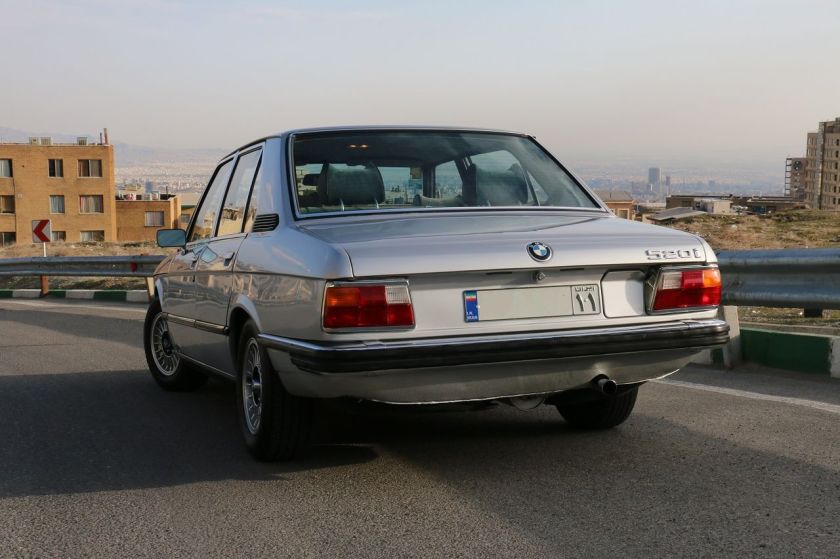
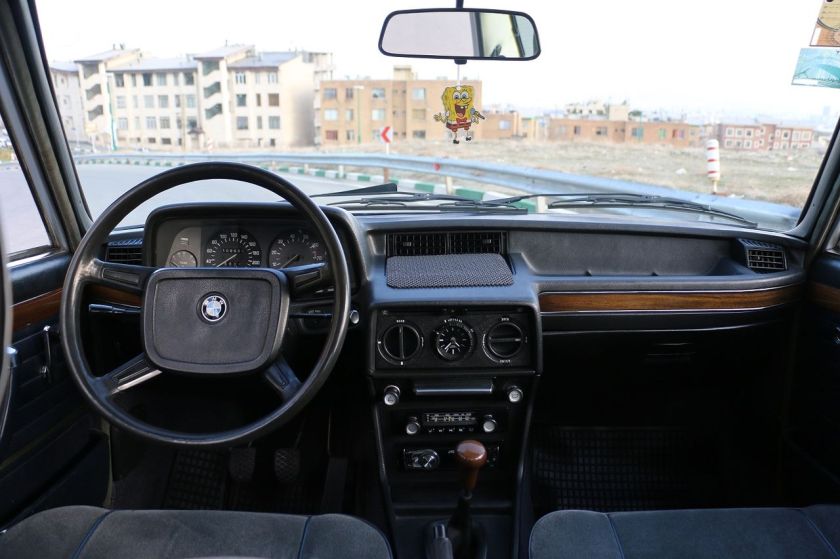
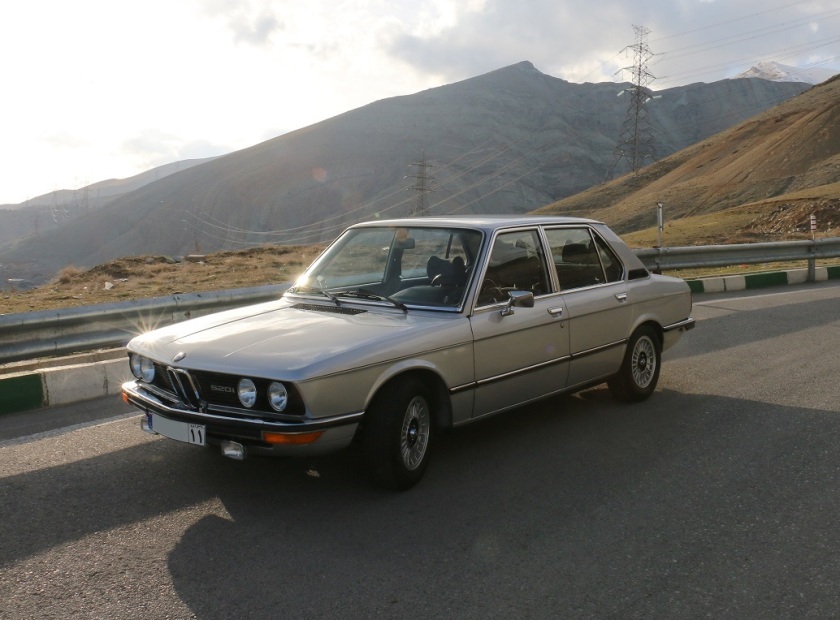 E12 mid-sized sedan 1972–1981 (first of the “5 series” mid-size sedans)
E12 mid-sized sedan 1972–1981 (first of the “5 series” mid-size sedans)
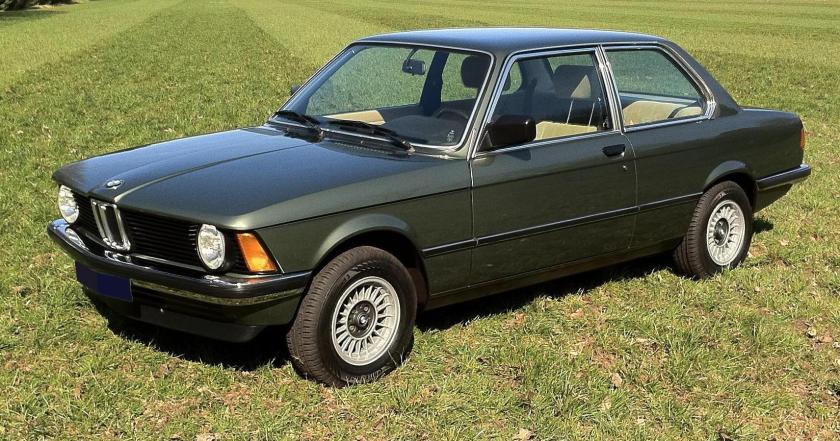 E21 compact sedan and convertible 1975–1983 (first of the “3 series” compact sedans)
E21 compact sedan and convertible 1975–1983 (first of the “3 series” compact sedans)
 BMW 1802 1975–1977 (1.8L engine version of 2002)
BMW 1802 1975–1977 (1.8L engine version of 2002)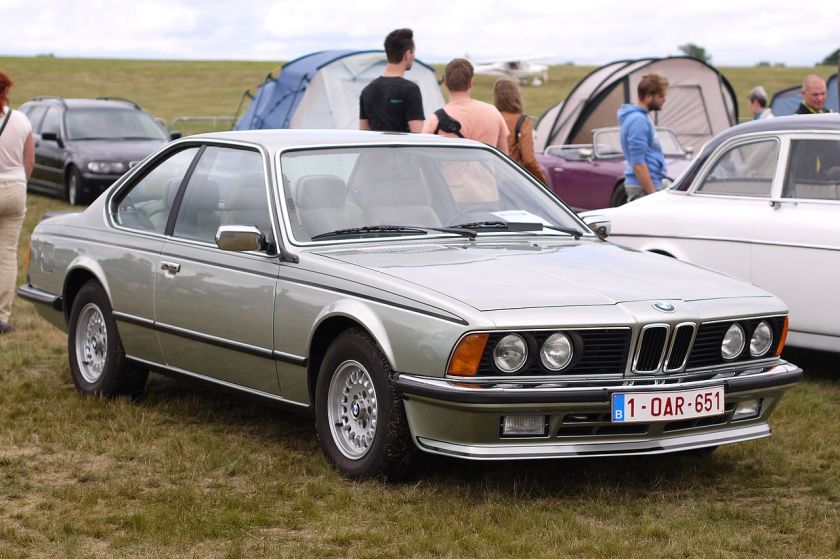 E24 mid-sized coupe 1976–1989 (first of the “6 series” mid-sized coupe)
E24 mid-sized coupe 1976–1989 (first of the “6 series” mid-sized coupe)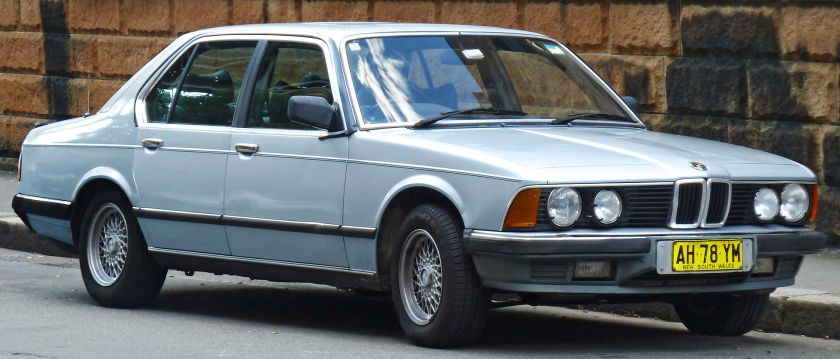
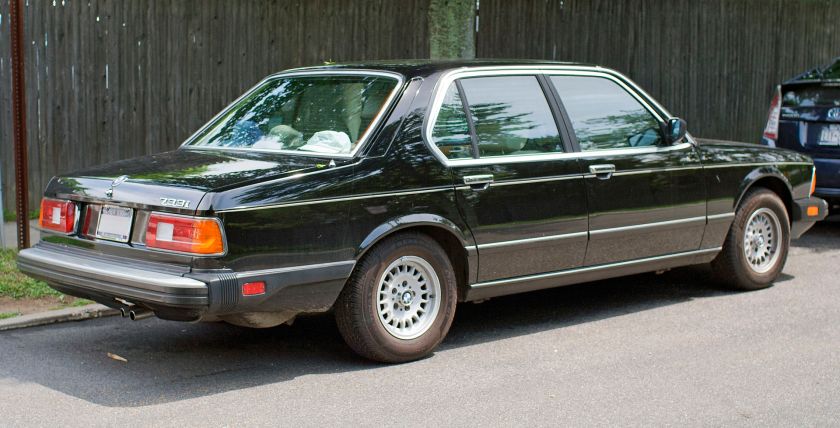 E23 large sedan 1977–1986 (first of the “7 series” large sedans)
E23 large sedan 1977–1986 (first of the “7 series” large sedans)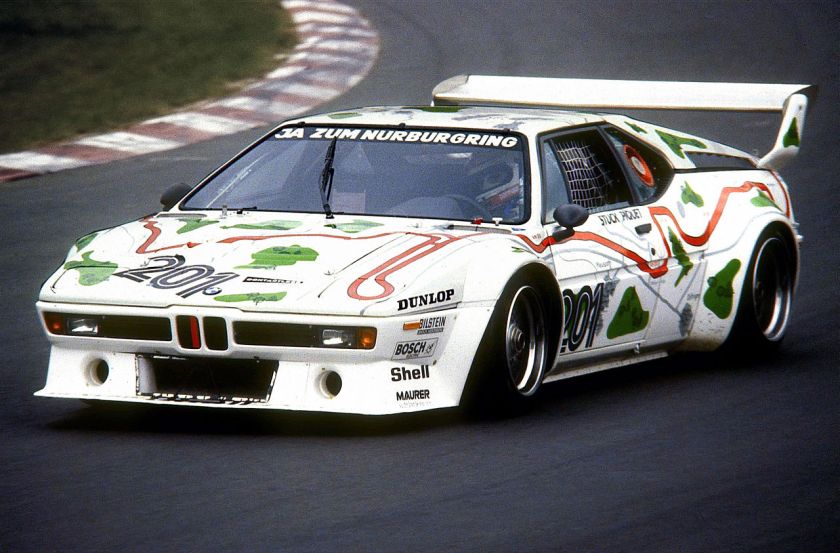
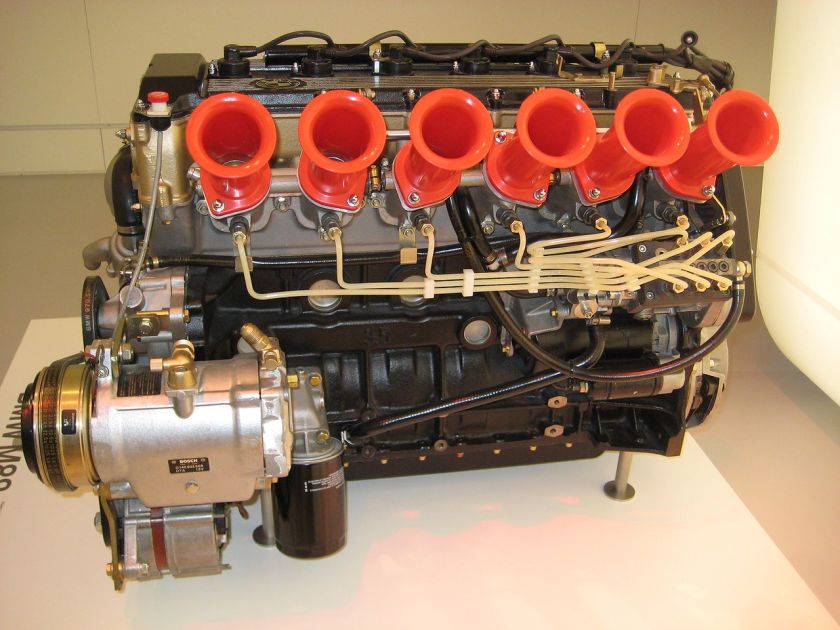
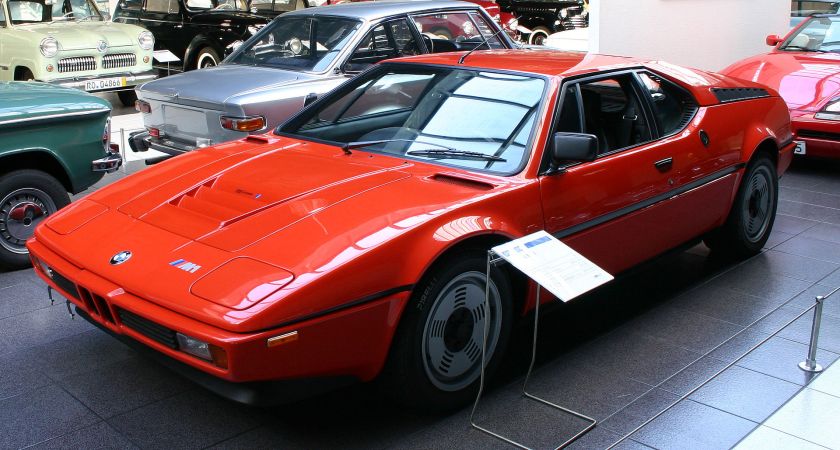
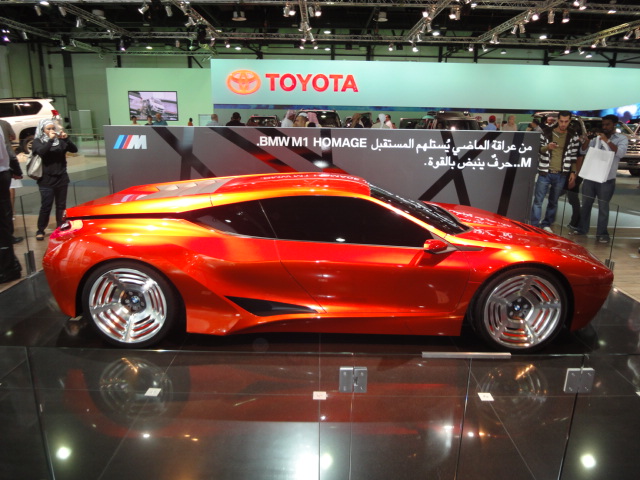
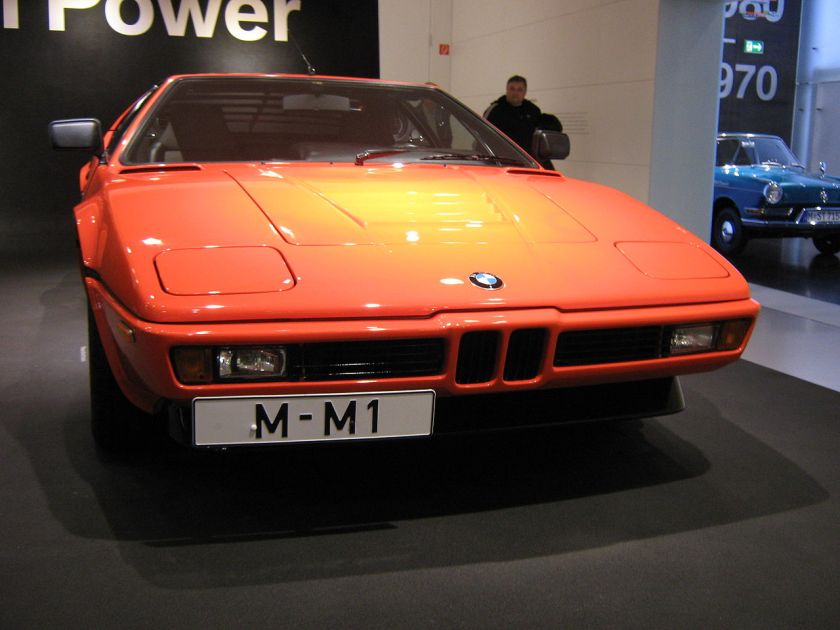 BMW M1 supercar 1978–1981 (chassis code E26)
BMW M1 supercar 1978–1981 (chassis code E26)BMW X4 2014–present
Since 1972, BMW model names have generally been a 3 digit number followed by 1, 2 or 3 letters
Commonly used letters at the end of the model name are:
For example, the BMW 760iL is a fuel-injected 7 Series with a long wheelbase and 6.0 liters of displacement. A 318i represents a 3 series with a 1.8 L engine, in this case the “i” means that the engine is fuel-injected. This badge was used for successive generations, E65 and F01.
When ‘L’ supersedes the series number (e.g. L6, L7, etc.) it identifies the vehicle as a special luxury variant, featuring extended leather and special interior appointments. The L7 is based on the E23 and E38, and the L6 is based on the E24.
When ‘X’ is capitalized and supersedes the series number (e.g. X3, X5, etc.) it identifies the vehicle as one of BMW’s Sports Activity Vehicles (SAV), their brand of crossovers. Predominantly these vehicles feature BMW’s xDrive, though both the E84 X1 and the F15 X5 offer rear wheel drive, badged as sDrive vehicles. The second number in the ‘X’ series denotes the platform that it is based upon, for instance the X5 is derived from the 5 Series. Unlike BMW cars, the SAV’s main badge does not denote engine size, the engine is instead indicated on side badges.
The ‘Z’ identifies the vehicle as a two-seat roadster (e.g. Z1, Z3, Z4, etc.). ‘M’ variants of ‘Z’ models have the ‘M’ as a suffix or prefix, depending on country of sale (e.g. ‘Z4 M’ is ‘M Roadster’ in Canada).
Previous X & Z vehicles had ‘i’ or ‘si’ following the engine displacement number (denoted in liters). BMW is now globally standardizing this nomenclature on X & Z vehicles by using ‘sDrive’ or ‘xDrive’ (simply meaning rear or all wheel drive, respectively) followed by two numbers which vaguely represent the vehicle’s engine (e.g. Z4 sDrive35i is a rear wheel drive Z4 roadster with a 3.0 L twin-turbo fuel-injected engine).
The ‘s’ code has meant different things at different times. The E30 325iS was an options pack for the 325i, however the E30/E36 318iS models used different engines to E30/E36 318i models. The ‘s’ code was dropped in 1999 after the 325tds model (the last use in North America was for the 1995 325is). However, the ‘s’ code was revived on the 2011 model year BMW 335is and BMW Z4 sDrive35is. The 335is has a more powerful engine, sports options and an optional dual clutch transmission that slots between the regular 335i and top-of-the-line M3.
The ‘M’ – for Motorsport – identifies the vehicle as a high-performance model of a particular series (e.g. M3, M5, M6, etc.). For example, the M6 is the highest performing vehicle in the 6 Series lineup. Although ‘M’ cars should be separated into their respective series platforms, it is very common to see ‘M’ cars grouped together as its own lineup on the official BMW website.
A similar nomenclature is used by BMW Motorrad for their motorcycles.
There are exceptions to the numbering nomenclature, most commonly relating to SUV models, turbocharged engines and differing specification despite the same engine capacity.
SUV models
The M versions of the X5 M and X6 M, could not follow the regular naming convention, since “MX5” was used for Mazda‘s MX-5 Miata and MX-6.
Turbocharged engines
The 2008 BMW 335i and 535i also have 3.0-liter engine; however the engines are twin-turbocharged (N54) which is not identified by the nomenclature. Nonetheless the ’35’ indicates a more powerful engine than previous ’30’ models that have the naturally aspirated N52 engine. The 2011 BMW 740i and 335is share the same twin-turbo 3.0 N54 engine, although the badging is not consistent (’40’ and ‘s’). Due to the move to turbocharged engines, the 2009 750i has a 4.4 L turbocharged engine, compared with a 4.8 L naturally-aspirated engine for the 2006 750i.
Due to the increased use of turbocharging recently, it will become increasingly common for the last two digits to not represent the engine capacity (for example the F30 328i uses a turbocharged 2.0-litre engine).
Different specification levels but same engine capacity
In the 2008 model year, the BMW 125i, 128i, 328i, and 528i all had 3.0 naturally aspirated engines (N52), not a 2,500 cc or 2,800 cc engine as the series designation number would lead one to believe. The ’28’ is to denote a detuned engine in the 2008 cars, compared to the 2006 model year ’30’ vehicles (330i and 530i) whose 3.0 L naturally aspirated engines are from the same N52 family but had more output.
A similar situation occurred with the E36/E46 323i and E39 523i models. These models all used 2.5-litre engines. However, the previous 325i and 525i models were higher in the model range than their replacements, therefore the replacements were called 323i and 523i (which also provided a bigger gap to the future 328i and 528i models). BMW has not produced a 2.3-litre gasoline engine since the early 1990s.
The opposite situation occurred with the 1996 E36 318i, since it used a 1.9 L engine (M44) as opposed to the 1.8 L (M42) used in the 1992 to 1995 models. This was done to avoid changing the model code for the base model (i.e. otherwise consumers would need to be taught that the base model was now called 319i).
Another example of an exception is the 1980s 325e and 525e models. These cars actually used 2.7-litre engines (which were tuned for fuel economy rather than power).
BMW Motorrad has produced motorcycles bearing the BMW name since the introduction of the BMW R32 in 1923. Prior to that date it produced engines for other manufacturers’ motorcycles.
The New Class (German: Neue Klasse) was a line of compact sedans and coupes starting with the 1962 1500 and continuing through the last 2002s in 1977. Powered by BMW’s celebrated four-cylinder M10 engine, the New Class models had a fully independent suspension, MacPherson struts in front, and front disc brakes. Initially a family of four-door sedans and two-door coupes, the New Class line was broadened to two-door sports sedans with the addition of the 02 Series 1600 and 2002 in 1966.
Sharing little in common with the rest of the line beyond power train, the sporty siblings caught auto enthusiasts’ attention and established BMW as an international brand. Precursors to the famed BMW 3 Series, the two-doors’ success cemented the firm’s future as an upper tier performance car maker. New Class four-doors with numbers ending in “0” were replaced by the larger BMW 5 Series in 1972. The upscale 2000C and 2000CS coupes were replaced by the six-cylinder BMW E9, introduced in 1969 with the 2800CS. The 1600 two-door was discontinued in 1975, and the 2002 was replaced by the 320i in 1975.
BMW 5-Series (F10)
The 1 Series, originally launched in 2004, is BMW’s smallest car. Currently available are the second generation hatchback (F20) and first generation coupe/convertible (E82/E88). The 3 Series, a compact executive carmanufactured since model year 1975, is currently in its sixth generation (F30); models include the sport sedan (F30), and fourth generation station wagon (F30), and convertible (E93), and the Gran Turismo. In 2014, the 4 Series has been released and replaced the 3 Series Coupe and Convertible. The 5 Series is a mid-size executive car, available in sedan (F10) and station wagon (F11) forms. The 5 Series Gran Turismo (F07), which debuted in 2010, created a segment between station wagons and crossover SUV. 
BMW’s full-size flagship executive sedan is the 7 Series. Typically, BMW introduces many of their innovations first in the 7 Series, such as the iDrive system. The 7 Series Hydrogen, having one of the world’s first hydrogenfueled internal combustion engines, is fueled by liquid hydrogen and emits only clean water vapor. The latest generation (F01) debuted in 2009. Based on the 5 Series’ platform, the 6 Series is BMW’s grand touring luxury sport coupe/convertible (F12/F13). A 2-seater roadster and coupe which succeeded the Z3, the Z4 has been sold since 2002.
The X3 (F25), BMW’s second crossover SUV (called SAV or “Sports Activity Vehicle” by BMW) debuted in 2010 and replaced the X3 (E83), which was based on the E46 3 Series’ platform, and had been in production since 2003. Marketed in Europe as an off-roader, it benefits from BMW’s xDrive all-wheel drive system. The all-wheel drive X5 (E53) was BMW’s first crossover SUV (SAV), based on the 5 Series, and is a mid-size luxury SUV (SAV) sold by BMW since 2000. A 4-seat crossover SUV released by BMW in December 2007, the X6 is marketed as a “Sports Activity Coupe” (SAC) by BMW. The X1 extends the BMW Sports Activity Series model lineup.
BMW i8 sports plug-in hybrid.
The BMW i is a sub-brand of BMW founded in 2011 to design and manufacture plug-in electric vehicles. The sub-brand initial plans called for the release of two vehicles; series production of the BMW i3 all-electric car began in September 2013, and the market launch took place in November 2013 with the first retail deliveries in Germany. The BMW i8 sports plug-in hybrid car was launched in Germany in June 2014. As of June 2015, over 30,000 i brand vehicles have been sold worldwide since 2013, consisting of over 26,000 i3s and about 4,500 i8s. The all-electric BMW i3 ranked among the world’s top ten best selling plug-in electric vehicles as of May 2015.
BMW produce a number of high-performance derivatives of their cars developed by their BMW M GmbH (previously BMW Motorsport GmbH) subsidiary.
The current M models are:
BMW has been engaged in motorsport activities since the dawn of the first BMW motorcycle in 1923.
BMW Sauber F1 Team Logo.
BMW first entered Formula One as a full-fledged team in 2006.
BMW has a history of success in Formula One. BMW powered cars have won 20 races. In 2006 BMW took over the Sauber team and became Formula One constructors. In 2007 and 2008 the team enjoyed some success. The most recent win is a lone constructor team’s victory by BMW Sauber F1 Team, on 8 June 2008, at the Canadian Grand Prix with Robert Kubica driving. Achievements include:
BMW was an engine supplier to Williams, Benetton, Brabham, and Arrows. Notable drivers who have started their Formula One careers with BMW include Jenson Button, Juan Pablo Montoya, Robert Kubica and Sebastian Vettel.
In July 2009, BMW announced that it would withdraw from Formula One at the end of the 2009 season. The team was sold back to the previous owner, Peter Sauber, who kept the BMW part of the name for the 2010 season due to issues with the Concorde Agreement. The team has since dropped BMW from their name starting in 2011.
BMW has a long and successful history in touring car racing.
BMW announced on 15 October 2010 that it will return to touring car racing during the 2012 season. Dr. Klaus Draeger, director of research and development of the BMW Group, who was in charge of the return to DTM racing (Deutsche Tourenwagen Masters), commented that “The return of BMW to the DTM is a fundamental part of the restructuring of our motorsport activities. With its increased commitment to production car racing, BMW is returning to its roots. The race track is the perfect place to demonstrate the impressive sporting characteristics of our vehicles against our core competitors in a high-powered environment. The DTM is the ideal stage on which to do this.”
In football, BMW sponsors Bundesliga club Eintracht Frankfurt.
It was an official sponsor of the London 2012 olympics providing 4000 BMWs and Minis in a deal made in November 2009. The company also made a six-year sponsorship deal with the United States Olympic Committee (USOC) in July 2010.
BMW has sponsored various European golf events such as the PGA Championship at Wentworth, the BMW Italian Open and the BMW International Open in Germany.
In 2012, BMW Australia announced a 2-year sponsorship agreement with the Australian Film Institute’s Australian Academy of Cinema and Television Arts (AACTA) Awards. As part of the agreement, BMW supplied a fleet of vehicles renowned for appearing in feature films. The vehicles supplied included a range of elegant BMW limousines, iconic BMW’s of the past and the BMW 6 Series which featured in Mission Impossible 4: Ghost Protocol.
The company is a charter member of the U.S. Environmental Protection Agency‘s (EPA) National Environmental Achievement Track, which recognizes companies for their environmental stewardship and performance. It is also a member of the South Carolina Environmental Excellence Program.
In 2012, BMW was named the world’s most sustainable automotive company for the eighth consecutive year by the Dow Jones Sustainability Indexes. The BMW Group is the only automotive enterprise in the index since its inception in 1999. In 2001, the BMW Group committed itself to the United Nations Environment Programme, the UN Global Compact and the Cleaner Production Declaration. It was also the first company in the automotive industry to appoint an environmental officer, in 1973. BMW is a member of the World Business Council for Sustainable Development.
BMW is industry leader in the Carbon Disclosure Project’s Global 500 ranking and 3rd place in Carbon Disclosure Leadership Index across all industries. BMW is listed in the FTSE4GoodIndex. The BMW Group was rated the most sustainable DAX 30 company by Sustainalytics in 2012.
BMW has taken measures to reduce the impact the company has on the environment. It is trying to design less-polluting cars by making existing models more efficient, as well as developing environmentally friendly fuels for future vehicles. Possibilities include: electric power, hybrid power (combustion engines and electric motors) hydrogen engines.
BMW offers 49 models with EU5/6 emissions norm and nearly 20 models with CO2 output less than 140 g/km, which puts it on the lowest tax group and therefore could provide the future owner with eco-bonus offered from some European countries.
However, there have been some criticisms directed at BMW, and in particular, accusations of greenwash in reference to their BMW Hydrogen 7. Some critics claim that the emissions produced during hydrogen fuel production outweigh the reduction of tailpipe emissions, and that the Hydrogen 7 is a distraction from more immediate, practical solutions for car pollution.[54] The BBC’s Jorn Madslien questioned whether the Hydrogen 7 was “a truly green initiative or merely a cynical marketing ploy”
BMW has created a range of high-end bicycles sold online and through dealerships. They range from the Kid’s Bike to the EUR 4,499 Enduro Bike. In the United States, only the Cruise Bike and Kid’s Bike models are sold.
BMW vehicles follow a certain nomenclature; usually a 3 digit number is followed by 1 or 2 letters. The first number represents the series number. The next two numbers traditionally represent the engine displacement in cubic centimeters divided by 100. However, more recent cars use those two numbers as a performance index, as e.g. the 116i, 118i and 120i (all 2,0L petrol-powered), just like the 325d and 330d (both 3,0L diesel) share the same motor block while adjusting engine power through setup and turbocharging. A similar nomenclature is used by BMW Motorrad for their motorcycles.
The system of letters can be used in combination, and is as follows:
† historic nomenclature indicating “td” refers to “Turbo Diesel”, not a diesel hatchback or touring model (524td, 525td)
†† typically includes sport seats, spoiler, aerodynamic body kit, upgraded wheels and Limit Slip Differential on pre-95 model etc.
For example, the BMW 750iL is a fuel-injected 7 Series with a long wheelbase and 5.4 litres of displacement. This badge was used for successive generations, E65 and F01, except the “i” and “L” switched places, so it read “Li” instead of “iL”.
When ‘L’ supersedes the series number (e.g. L6, L7, etc.) it identifies the vehicle as a special luxury variant, having extended leather and special interior appointments. The L7 is based on the E23 and E38, and the L6 is based on the E24.
When ‘X’ is capitalised and supersedes the series number (e.g. X3, X5, etc.) it identifies the vehicle as one of BMW’s Sports Activity Vehicles (SAV), their brand of crossovers, with BMW’s xDrive. The second number in the ‘X’ series denotes the platform that it is based upon, for instance the X5 is derived from the 5 Series. Unlike BMW cars, the SAV’s main badge does not denote engine size; the engine is instead indicated on side badges.
The ‘Z’ identifies the vehicle as a two-seat roadster (e.g. Z1, Z3, Z4, etc.). ‘M’ variants of ‘Z’ models have the ‘M’ as a suffix or prefix, depending on country of sale (e.g. ‘Z4 M’ is ‘M Roadster’ in Canada).
Previous X & Z vehicles had ‘i’ or ‘si’ following the engine displacement number (denoted in litres). BMW is now globally standardising this nomenclature on X & Z vehicles by using ‘sDrive’ or ‘xDrive’ (simply meaning rear or all-wheel drive, respectively) followed by two numbers which vaguely represent the vehicle’s engine (e.g. Z4 sDrive35i is a rear-wheel-drive Z4 roadster with a 3.0 L twin-turbo fuel-injected engine).
BMW last used the ‘s’ for the E36 328is, which ceased production in 1999. However, the ‘s’ nomenclature was brought back on the 2011 model year BMW 335is and BMW Z4 sDrive35is. The 335is is a sport-tuned trim with more performance and an optional dual clutch transmission that slots between the regular 335i and top-of-the-line M3.
The ‘M’ – for Motorsport – identifies the vehicle as a high-performance model of a particular series (e.g. M3, M5, M6, etc.). For example, the M6 is the highest performing vehicle in the 6 Series lineup. Although ‘M’ cars should be separated into their respective series platforms, it is very common to see ‘M’ cars grouped together as its own lineup on the official BMW website.
There are exceptions to the numbering nomenclature.
The M version of the BMW 1 Series was named the BMW 1 Series M Coupe rather than the traditional style “M1” due to the possible confusion with BMW’s former BMW M1 homologation sports car.
The M versions of the Sports Activity Vehicles, such as the X5 M, could not follow the regular naming convention since MX5 was used for Mazda‘s MX-5 Miata.
For instance in the 2008 model year, the BMW 125i/128i, 328i, and 528i all had 3.0 naturally aspirated engines (N52), not a 2,500 cc or 2,800 cc engine as the series designation number would lead one to believe. The ’28’ is to denote a detuned engine in the 2008 cars, compared to the 2006 model year ’30’ vehicles (330i and 530i) whose 3.0 naturally aspirated engines are from the same N52 family but had more output.
The 2008 BMW 335i and 535i also have 3.0-litre engine; however the engines are twin-turbocharged (N54) which is not identified by the nomenclature. Nonetheless the ’35’ indicates a more powerful engine than previous ’30’ models that have the naturally aspirated N52 engine. The 2011 BMW 740i and 335is shares the same twin-turbo 3.0 engine from the N54 family but tuned to higher outputs, although the badging is not consistent (’40’ and ‘s’). The 2013 BMW 640i Gran Coupe’s twin-scroll single turbo 3.0L inline-6 engine makes similar output to the older twin turbo inline-6 engines.
The E36 and E46 323i and E39 523i had 2.5-litre engines. The E36 318i made after 1996 has a 1.9 L engine (M44) as opposed to the 1.8 L (M42) used in the 1992 to 1995 models. The E39 540i had a 4.4 L M62 engine, instead of a 4.0 L as the designation would suggest.
The badging for recent V8 engines (N62 and N63) also does not indicate displacement, as the 2006 750i and 2009 750i have 4800 cc (naturally aspirated) and 4400 cc (twin-turbocharged) engines, respectively.
In June 2011, BMW and Sixt launched Drivenow, a joint-venture that provides carsharing services in several cities in Europe and North America. As of December 2012, DriveNow operates over 1,000 vehicles, which serve five cities worldwide and over 60,000 customers.
BMW has developed street lights equipped with sockets to charge electric cars, called Light and Charge.
BMW logo sign in Düsseldorf
From the summer of 2001 until October 2005, BMW hosted The Hire, showcasing sporty models being driven to extremes. These videos are still popular within the enthusiast community and proved to be a ground-breaking online advertising campaign.
Annually since 1999, BMW enthusiasts have met in Santa Barbara, CA to attend Bimmerfest. One of the largest brand-specific gatherings in the U.S., over 3,000 people attended in 2006, and over 1,000 BMW cars were present. In 2007, the event was held on 5 May.
The initials BMW are pronounced [ˈbeː ˈɛm ˈveː] in German. The model series are referred to as “Einser” (“One-er” for 1 series), “Dreier” (“Three-er” for 3 series), “Fünfer” (“Five-er” for the 5 series), “Sechser” (“Six-er” for the 6 series), “Siebener” (“Seven-er” for the 7 series). These are not actually slang, but are the normal way that such letters and numbers are pronounced in German.
The English slang terms Beemer, Bimmer and Bee-em are variously used for BMWs of all kinds, cars and motorcycles.
In the US, specialists have been at pains to prescribe that a distinction must be made between using Beemer exclusively to describe BMW motorcycles, and using Bimmer only to refer to BMW cars, in the manner of a “true aficionado” and avoid appearing to be “uninitiated.” The Canadian Globe and Mail prefers Bimmer and calls Beemer a “yuppie abomination,” while the Tacoma News Tribune says it is a distinction made by “auto snobs.” Using the wrong slang risks offending BMW enthusiasts. An editor of Business Week was satisfied in 2003 that the question was resolved in favor of Bimmer by noting that a Google search yielded 10 times as many hits compared to Beemer.
Manufacturers employ designers for their cars, but BMW has made efforts to gain recognition for exceptional contributions to and support of the arts, including art beyond motor vehicle design. These efforts typically overlap or complement BMW’s marketing and branding campaigns. BMW Headquarters designed in 1972 by Karl Schwanzer has become a European icon, and artist Gerhard Richter created his Red, Yellow, Blue series of paintings for the building’s lobby. In 1975, Alexander Calder was commissioned to paint the 3.0CSL driven by Hervé Poulain at the 24 Hours of Le Mans. This led to more BMW Art Cars, painted by artists including David Hockney, Jenny Holzer, Roy Lichtenstein, and others. The cars, currently numbering 17, have been shown at the Louvre, Guggenheim Museum Bilbao, and, in 2009, at the Los Angeles County Museum of Art and New York’sGrand Central Terminal. BMW was the principal sponsor of the 1998 The Art of the Motorcycle exhibition at the Solomon R. Guggenheim Museum and other Guggenheim museums, though the financial relationship between BMW and the Guggenheim was criticised in many quarters.
In 2012, BMW brought out the BMW Art Guide by Independent Collectors, which had, amongst others, the Dikeou Collection. It is the first global guide to private and publicly accessible collections of contemporary art worldwide.
The 2006 “BMW Performance Series” was a marketing event geared to attract black car buyers, and included the “BMW Pop-Jazz Live Series,” a tour headlined by jazz musician Mike Phillips, and the “BMW Blackfilms.com Film Series” highlighting black filmmakers.
BMW has garnered a reputation over the years for its April Fools pranks, which are printed in the British press every year. In 2010, they ran an advert announcing that customers would be able to order BMWs with different coloured badges to show their affiliation with the political party they supported.
On October 9, 2014, BMW’s new South American automobile plant in Araquari, Santa Catarina produced its first car. BMW intend to increase its production capacity to over 30,000 vehicles a year. The new site is intended to create around 1,300 new jobs, of which 500 have already been filled.
In October 2008, BMW Group Canada was named one of Greater Toronto’s Top Employers by Mediacorp Canada Inc., which was announced by the Toronto Star newspaper.
Signing a deal in 2003 for the production of sedans in China, May 2004 saw the opening of a factory in the North-eastern city of Shenyang where Brilliance Auto produces BMW-branded automobiles in a joint venture with the German company.
Bavarian Auto Group is a multinational group of companies established in March 2003 when it was appointed as the sole importer of BMW and Mini in Egypt, with monopoly rights for import, assembly, distribution, sales and after-sales support of BMW products in Egypt. Since that date, BAG invested a total amount of US$100 million distributed on seven companies and 11 premises in addition to three stores.
BMW India was established in 2006 as a sales subsidiary in Gurgaon (National Capital Region). A state-of-the-art assembly plant for BMW 3 and 5 Series started operation in early 2007 in Chennai. Construction of the plant started in January 2006 with an initial investment of more than one billion Indian Rupees. The plant started operation in the first quarter of 2007 and produces the different variants of BMW 3 Series, BMW 5 Series, BMW 7 Series, BMW X1, BMW X3, Mini Cooper S, Mini Cooper D and Mini Countryman.
Yanase Co., Ltd. is the exclusive retailer of all imported BMW (passenger cars and motorcycles) products to Japanese consumers, and has had the exclusive rights to do so since the end of World War II.
In July 2014 BMW announced it was establishing a plant in Mexico, in the city and state of San Luis Potosi involving an investment of $1 billion. Taking advantage of lower wages in the country, and the terms of free trade agreements Mexico has with a host of other countries, were the motivating factors the company said. The plant will employ 1,500 people, and produce 150,000 cars annually, commencing in 2019.
BMWs have been assembled in South Africa since 1968, when Praetor Monteerders’ plant was opened in Rosslyn, near Pretoria. BMW initially bought shares in the company, before fully acquiring it in 1975; in so doing, the company became BMW South Africa, the first wholly owned subsidiary of BMW to be established outside Germany. Three unique models that BMW Motorsport created for the South African market were the E23 M745i (1983), which used the M88 engine from the BMW M1, the BMW 333i (1986), which added a six-cylinder 3.2-litre M30 engine to the E30, and the E30 BMW 325is (1989) which was powered by an Alpina-derived 2.7-litre engine.
Unlike U.S. manufacturers, such as Ford and GM, which divested from the country in the 1980s, BMW retained full ownership of its operations in South Africa. Following the end of apartheid in 1994, and the lowering of import tariffs, BMW South Africa ended local production of the 5-Series and 7-Series, in order to concentrate on production of the 3-Series for the export market. South African–built BMWs are now exported to right hand drive markets including Japan, Australia, New Zealand, the United Kingdom, Indonesia, Malaysia, Singapore, and Hong Kong, as well as Sub-Saharan Africa. Since 1997, BMW South Africa has produced vehicles in left-hand drive for export to Taiwan, the United States and Iran, as well as South America.
BMWs with a VIN starting with “NC0” are manufactured in South Africa.
BMW Spartanburg factory
The BMW Manufacturing Company opened in 1994 and has been manufacturing all Z4 and X5 models, and more recently the X6 and X3, including those for export to Europe, on the same assembly line in Greer near Spartanburg. In an average work day the company builds 600 vehicles: 500 X5s and 100 Z4s. The engines for these vehicles are built in Munich, Germany. BMWs with a VIN starting with “4US and 5US” are manufactured at Spartanburg.
In 2010 BMW announced that it would spend $750 million to expand operations at the Greer plant. This expansion will allow production of 240,000 vehicles a year and will make the plant the largest car factory in the United States by number of employees. BMW’s largest single market is the United States.
Currently, the facility produces all BMW X3, X4, X5, X5 M, X6 and X6 M models.
BMW began using the slogan ‘The Ultimate Driving Machine’ in the 1970s. In 2010, this long-lived campaign was mostly supplanted by ‘Joy’, a campaign intended to make the brand more “approachable” and to better appeal to women, but by 2012 they had returned to “The Ultimate Driving Machine”, which has a strong public association with BMW.
In 2013, BMW replaced the ‘double-gong’ sound used in TV and Radio advertising campaigns since 1998. The new sound, developed to represent the future identity of BMW, was described as “introduced by a rising, resonant sound and underscored by two distinctive bass tones that form the sound logo’s melodic and rhythmic basis.” The new sound was first used in BMW 4 Series Concept Coupe TV commercial. The sound was produced by Thomas Kisser of HASTINGS media music.
The circular blue and white BMW logo or roundel evolved from the circular Rapp Motorenwerke company logo, from which the BMW company grew, combined with the blue and white colors of the flag of Bavaria. The logo has been portrayed as the movement of an aircraft propeller with the white blades cutting through a blue sky—first used in a BMW advertisement in 1929, twelve years after the roundel was created—but this is not the origin of the logo itself. The colors of the logo stands for the colors from the south part state of Beieren.
In 2012, BMW vehicles were stolen by programming a blank key fob to start the car through the on-board diagnostics (OBD) connection. The primary causes of this vulnerability lie in the lack of appropriate authentication and authorization in the OBD specifications, which rely largely on security through obscurity.
Dieter Spaar was asked by ADAC to analyze ConnectedDrive and its hardware called Combox. He uncovered the following problems which allowed him e.g. to remotely open the car:
BMW was notified in advance of the publication to provide fixes. The transport is now encrypted and BMWs server certificate is verified. The updates were delivered via ConnectedDrive config change. All BMW, Mini and Rolls Royce cars produced between March 2010 and 8 December 2014 are vulnerable. Cars without battery or parked in places without mobile connection still may be vulnerable, an update can be initiated manually.
|
Beemer n. [BMW + ”er”] a BMW automobile. Also Beamer. 1982 S. Black Totally Awesome 83 BMW (“Beemer”). 1985 L.A. Times (13 April) V 4: Id much rather drive my Beemer than a truck. 1989 L. Roberts Full Cleveland39: Baby boomers… in… late-model Beemers. 1990 Hull High(NBC-TV): You should ee my dad’s new Beemer. 1991 Cathy(synd. cartoon strip) (21 April): Sheila… [ground] multi-grain snack chips crumbs into the back seat of my brand-new Beamer!1992 Time (18 May) 84: Its residents tend to drive pickups or subcompacts, not Beemers or Rolles.
Bimmer n. Beemer.
Beemer – BMW motorcycle; as opposed to Bimmer, which is a BMW automobile.
‘Bimmer’ is the slang for a BMW automobile, but ‘Beemer’ is right when referring to the company’s motorcycles.[dead link]
True aficionados know that the nickname Beemer actually refers to the BMW motorcycle. Bimmer is the correct nickname for the automobile
For the uninitiated, a Bimmer is a BMW car, and a Beemer is a motorcycle.
If you’re a Bimmer enthusiast (not that horrible leftover 1980s yuppie abomination Beemer), you’ve undoubtedly read the reviews,
|url= scheme (help). Las Vegas Review-Journal. 25 May 2005. I was informed a while back that BMW cars are ‘Bimmers’ and BMW motorcycles are ‘Beemers’ or ‘Beamers.’ I know that I am not here to change the world’s BMW jargon nor do I even own a BMW, but I thought I would pass along this bit of info as not to offend the car enthusiast that enlightened me.
It is Bimmers people, Bimmers. Not Beamers, not Beemers. Just Bimmers. And start pronouncing it correctly also.
No, it’s BMWs, not Bimmers.
WOW! Some Beamer driver must be having a bad hair day.
Bimmers (yes, it’s ‘Bimmer’ for cars—the often misused ‘Beemer’ refers only to the motorcycles).
Editor’s note: Both nicknames are widely used, though Bimmer is the correct term for BMW cars, Beemer for BMW motorcycles. A Google search yields approximately 10 times as many references to Bimmer as to Beemer.
 |
|
| Traded as | Automobiles M. Berliet SA (1917-1942) Berliet & Cie (1942-1944) Automobiles M. Berliet (1949-1974) |
|---|---|
| Fate | Merged with Saviem into Renault‘s RVI division in 1978 |
| Successor | Renault Véhicules Industriels , now Renault Trucks |
| Founded | 1899 |
| Founder | Marius Berliet |
| Defunct | 1978 |
| Headquarters | Vénissieux, France |
|
Key people
|
Paul Berliet (son of founder) |
| Products | Automobiles, buses, military vehicles, trucks |
| Parent | Citroën (1968-1974) Renault (1974-1978) |
Berliet was a French manufacturer of automobiles, buses, trucks and other utility vehicles, based in Vénissieux, outside of Lyon, France. Founded in 1899, and apart from a five-year period from 1944 to 1949 when it was put into ‘administration sequestre’ it was in private ownership until 1967 when it then became part of Citroën, and subsequently acquired by Renault in 1974 and merged with Saviem into a new Renault Trucks company in 1978. The Berliet marque was phased out by 1980.
Marius Berliet started his experiments with automobiles in 1894. Some single-cylinder cars were followed in 1900 by a twin-cylinder model. In 1902, Berliet took over the plant of Audibert & Lavirotte in Lyon. Berliet started to build four-cylinder automobiles featured by a honeycomb radiator and steel chassis frame was used instead of wood. The next year, a model was launched that was similar to contemporary Mercedes. In 1906, Berliet sold the licence for manufacturing his model to the American Locomotive Company.
Before World War I, Berliet offered a range of models from 8 CV to 60 CV. The main models had four-cylinder engines (2412 cc and 4398 cc, respectively), and there was a six-cylinder model of 9500 cc. A 1539 cc model (12 CV) was produced between 1910 and 1912. From 1912, six-cylinder models were made upon individual orders only.
The First World War led to a massive increase in demand. Berliet, like Renault and Latil, produced trucks for the French army. The military orders placed major demands on the factory’s capacity, necessitating major investment in production plant and factory space.
In 1915 a 400 hectare site was purchased between Vénissieux et Saint-Priest in order to build a new principal factory.
The Berliet CBA became the iconic truck on the Voie Sacrée, supplying the battle front at Verdun during 1916. 25,000 of these 4/5 ton Berliet trucks, originally launched in 1914, were ordered by the French army. During 1916 40 of them were leaving the plant each day. Under license from Renault, Berliet were also producing shells and battle tanks at this time. The number of workers employed increased to 3,150.
By 1917 the value of annual turnover had multiplied fourfold since the start of the war, and a new legal structure was deemed appropriate. The company became the Société anonyme des Automobiles Marius Berliet.
After the war the manufacturer reoriented part of its production back to passenger cars, but Berliet nevertheless found themselves with excess capacity, as the army was no longer buying all the trucks the factory could produce, and overall output halved.
Marius Berliet responded to the outbreak of peace by deciding to produce just a single type of truck and a single type of car, which represented a departure from his pre-war market strategy. The single truck on which Berliet focused was the 5 ton CBA that had served the nation so well during the war.
The passenger car to be produced, exhibited on the Berliet stand at the 15th Paris Motor Show in October 1919, was the 3296cc (15HP/CV) “Torpedo” bodied “Berliet Type VB” of modern appearance. Marius Berliet was not one to miss a trick: rather than devote time and engineering talent to developing a new car for the new decade, he obtained and copied an AmericanDodge. The Dodge was famously robust, and the Berliet copy was well received in March 1919 when it had its first public outing, locally, at the Lyon Trade Fair. The headlights were mounted unusually high and the simple disc wheels were large, giving the car a pleasing “no nonsense” look. Particularly attractive was the price of just 11,800 francs in October 1919. Unfortunately, however, the Berliet engineers failed to ensure that the steel used in the car’s construction was of the same quality as the North American steel used for the Dodge, and this resulted in series problems for the early customers of the “Berliet Type VB” and serious reputational damage to the company.
The factory had been set up to produce the “Berliet Type VB” at the rate of 100 cars per day which would have been an ambitious target under any circumstances. The rapid drop-off in demand for what at this stage was the manufacturer’s only passenger car model that followed the quality issues plunged the business into financial difficulties, with losses of 55 million francs recorded in one year. Survival was in doubt, and Berliet was placed in judicial administration in 1921. Marius Berliet himself had held 88% of the share capital, but was unable to pay off all the company’s creditors and the firm therefore fell into the hands of the banks. Berliet was nevertheless able to retain operational control. During the ensuring decade, supported by a sustained recovery in demand that in turn reflected an effective model strategy after 1922, Berliet was able to pay off his debtors and, in 1929, to regain financial control over the business from the banks.
By the middle of the decade the manufacturer was again exhibiting a full range of automobile models at the 1924 October Motor Show, although at this stage they all featured four cylinder engines including even the 3958cc “4-litre” with its impressive cylinder dimensions of 95 x 140 mm. The range for 1925 was as follows:
From 1925 the manufacturer was producing its own car bodies.
New six-cylinder models followed in 1927. By October 1928, just twelve months before the Wall Street Crash crystallized a savage downturn for the western economies, three of the four cars offered for 1929 on the Berliet stand at the Paris Motor Show, were powered by six cylinder engines. The range for 1929 was as follows:
The largest of these, with its four-litre engine, was still listed by the manufacturer in March 1929, but was only available “to special order”. However, by this time the manufacturer was also developing, for 1930, a “16CV” 2.8-litre six-cylinder model.
In 1930 Berliet experimentally installed a diesel engines in one of their old CBA trucks, and in 1931 a batch of diesel powered Berliet GD2s was produced.
From 1933, only four-cylinder models (1600 cc and 2000 cc) were offered. The last Berliet sedan, first exhibited at the Paris Motor Show in October 1933 but launched, now with a name, only Summer 1934, was the Berliet Dauphine 11CV powered, by a 1,990cc (11CV) engine. For 1939 Berliet stopped producing car bodies and the last few hundred Berliet Dauphines, produced in the first half of 1939, used the body of a Peugeot 402 with a custom made Berliet hood/bonnet and radiator grille.
Regular passenger car production ceased in 1939 and after World War II, the company produced trucks only, with buses added to the range later. However, more than 20 brand-new sedans were in the factory when the Germans requisitioned it in June 1940, and these were immediately put into service. After the liberation, from late 1944 to early 1945, about 50 sedans were assembled from parts on hand, and in 1946, the last 15 sedans were completed by the Geneva agents. The company was given back to the family in 1949, but to Marius Berliet’s son Paul as following the founder’s death earlier that year. The Berliet GLR truck became the first new post-war product.
In his 1975 book, Vichy France: old guard and new order: 1940-1944, Robert Paxton contrasted the fate of the Berliet truck factory in Lyon, which remained in Marius Berliet’s family possession, despite his having manufactured 2,330 trucks for the Germans. — and the fate of Louis Renault‘s factories, which had also been seized — suggesting that the Renault factory might have been returned to Louis Renault and his family, had he lived longer. Marius Berliet, who died in 1949, had however “stubbornly refused to recognize legal actions against him after the war.”
As it happened, Renault’s were the only factories permanently seized by the French government.
Berliet manufactured the largest truck in the world in 1957, the T100 with 600 hp (447 kW) and 700 hp (522 kW) from a Cummins V12 engine. It was designed in 10 months at the factory in Courbevoie, outside of Paris, with a second built in 1958 and two further T100s built in 1959.
In August 1967, it was reported that Berliet had been taken over by Citroën, Berliet share holders receiving Citroën shares in return for their Berliet stock. In 1966, Berliet’s final year as an independent, they had produced approximately 17,000 units. Following the take-over the merged company stated that Citroën-Berliet would command 58% of France’s market for commercial vehicles above 6 tons. Citroën itself had been owned by Michelin since 1934 following a cash crisis of its own.
By this time, Michelin owned both Citroën and Berliet. However, after the 1973 oil crisis, Michelin decided to divest itself of these two companies in order to concentrate on its tyre business. Thus, in 1974 Berliet was sold to Renault, while Citroën was sold to Peugeot. Renault then proceeded to merge Berliet with Saviem to form Renault Véhicules Industriels in 1978.
After the merger, the Berliet name was phased out and another French marque came to an end by the late 1970s, with the last Berliet bus in production, the 1971 PR100, continuing to be sold as a Renault until 1993. Other products that survived the merger include the 1973 VXB-170 4×4 armoured personnel carrier for the French Army and others. Another of Berliet’s last projects was a six-cylinder light diesel engine, which entered production in 1977 and had become Renault V.I.’s06.20 (“120 bore”) engine by 1982.
Renault’s were the only manufacturer whose plants were confiscated permanently by the state, and indeed the Renault works, like the Berliet truck factory at Lyon, might have been returned to private hands, had M. Renault lives as long as M. Marius Berliet who built 2,330 trucks for the Germans but who stubbornly refused to recognize legal actions against him after the war. He died in 1949, and his firm remained in family hands.
1897 Berliet
1900 Berliet Hearse Electrique
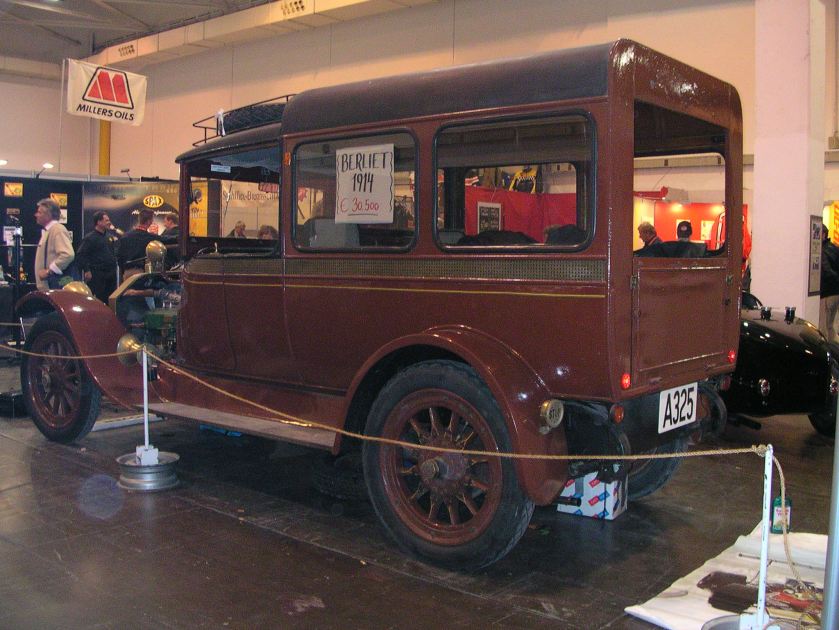

Berliet Hearses
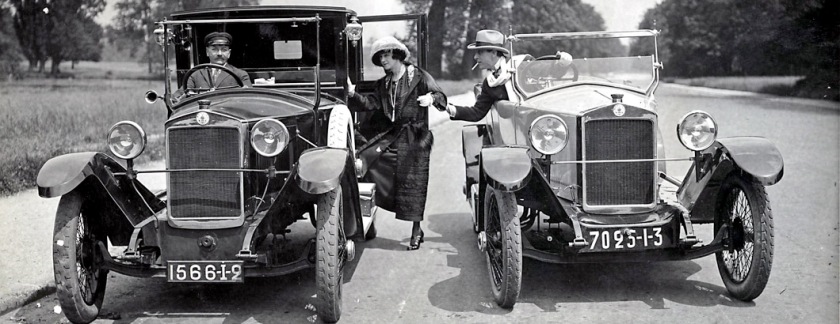
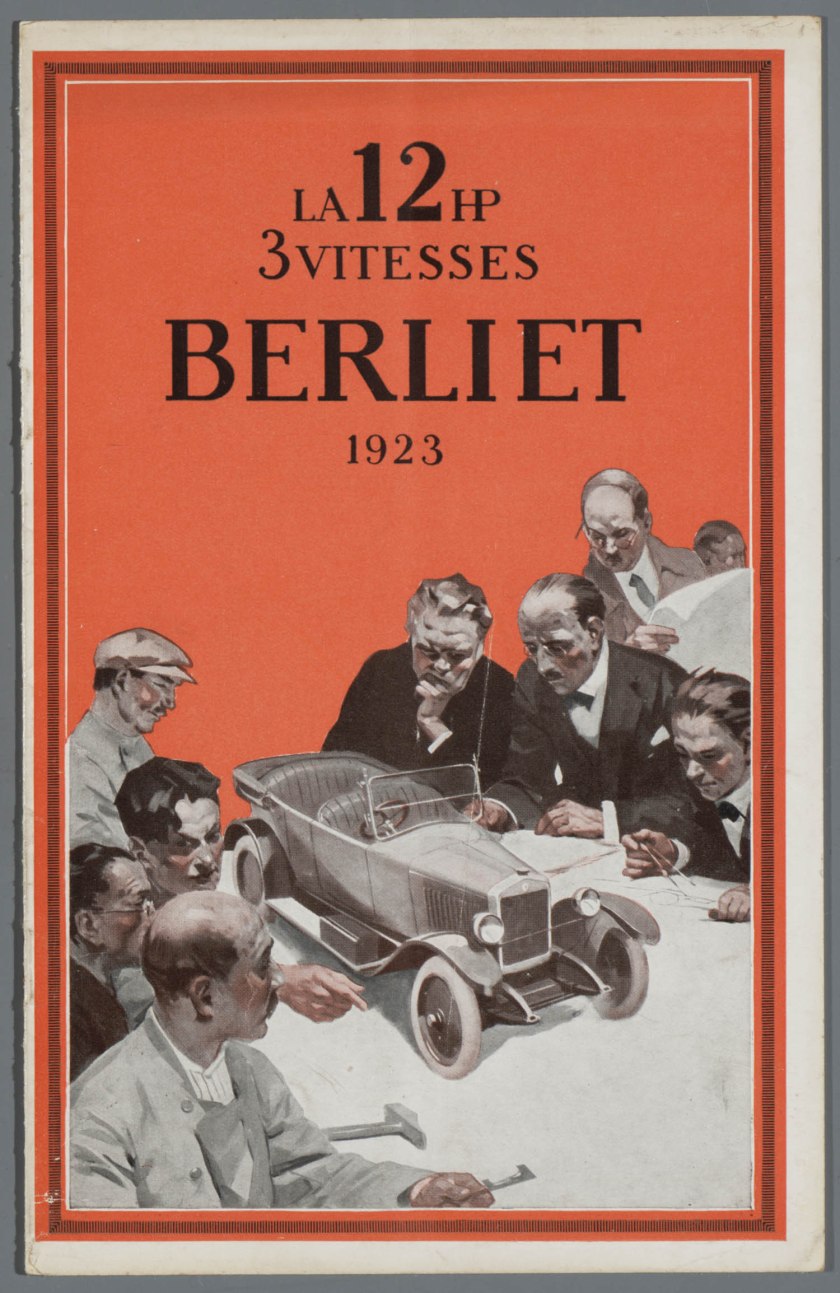
1924 berliet hearse electrique
http://myntransportblog.com/2015/02/25/berliet-venissieux-lyon-france-1899-1978/
Buses: http://myntransportblog.com/2013/10/30/buses-berliet-lyon-france-i/
Buses: http://myntransportblog.com/2013/10/30/buses-berliet-france-ii/
|
“Ask the man who owns one.”
|
|
| Automobile company | |
| Industry | Manufacturing |
| Fate | folded |
| Founded | 1899 |
| Founder | James Ward Packard, William Doud Packard, George L. Weiss |
| Defunct | 1958 |
| Headquarters | Detroit, Michigan, US |
|
Key people
|
Henry B. Joy |
| Products | Automobile |
Packard was an American luxury automobile marque built by the Packard Motor Car Company of Detroit, Michigan, and later by the Studebaker-Packard Corporation of South Bend, Indiana. The first Packard automobiles were produced in 1899, and the last in 1958.
Packard was founded by James Ward Packard, his brother William, and their partner, George Lewis Weiss, in the city of Warren, Ohio, where 400 Packard automobiles were built at their factory on Dana Street Northeast, from 1899 to 1903. A mechanical engineer, James Packard believed they could build a better horseless carriage than the Winton cars owned by Weiss, an important Winton stockholder, after Packard complained to Alexander Winton and offered suggestions for improvement, which were ignored; Packard’s first car was built in Warren, Ohio, on November 6, 1899.
In September, 1900, the Ohio Automobile Company was founded to produce Packard automobiles. These quickly gained an excellent reputation and the name was changed on October 13, 1902, to the Packard Motor Car Company.
All Packards had a single-cylinder engine until 1903. From the very beginning, Packard featured innovations, including the modern steering wheel and, years later, the first production 12-cylinder engine and air-conditioning in a passenger car.
While the Black Motor Company‘s Black went as low as $375, Western Tool Works‘ Gale Model A roadster was $500, the high-volume Oldsmobile Runabout went for $650, and the Cole 30 and Cole Runabout were US$1,500, Packard concentrated on cars with prices starting at $2,600. The marque developed a following among wealthy purchasers both in the United States and abroad.
Henry Bourne Joy, a member of one of Detroit‘s oldest and wealthiest families, bought a Packard. Impressed by its reliability, he visited the Packards and soon enlisted a group of investors—including Truman Handy Newberry and Russell A. Alger Jr. On October 2, 1902, this group refinanced and renamed the New York and Ohio Automobile Company as the Packard Motor Car Company, with James Packard as president. Alger later served as vice president. Packard moved operations to Detroit soon after, and Joy became general manager (and laterchairman of the board). An original Packard, reputedly the first manufactured, was donated by a grateful James Packard to his alma mater, Lehigh University, and is preserved there in the Packard Laboratory. Another is on display at the Packard Museum in Warren, Ohio.
The 3,500,000-square-foot (330,000 m2) Packard plant on East Grand Boulevard in Detroit was located on over 40 acres (16 ha) of land. Designed by Albert Kahn Associates, it included the first use of reinforced concrete for industrial construction in Detroit and was considered the most modern automobile manufacturing facility in the world when opened in 1903. Its skilled craftsmen practiced over 80 trades. The dilapidated plant still stands, despite repeated fires. Architect Kahn also designed the Packard Proving Grounds at Utica, Michigan.
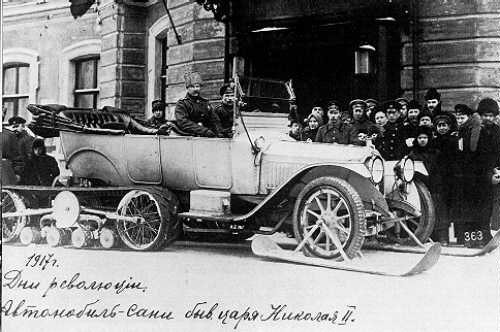
From this beginning, through and beyond the 1930s, Packard-built vehicles were perceived as highly competitive among high-priced luxury American automobiles. The company was commonly referred to as being one of the “Three P’s” of American motordom royalty, along with Pierce-Arrow of Buffalo, New York and Peerless of Cleveland, Ohio. For most of its history, Packard was guided by its President and General Manager James Alvan Macauley, who also served as President of the National Automobile Manufacturers Association. Inducted into the Automobile Hall of Fame, Macauley made Packard the number one designer and producer of luxury automobiles in the United States. The marque was also highly competitive abroad, with markets in 61 countries. Gross income for the company was $21,889,000 in 1928. Macauley was also responsible for the iconic Packard slogan, “Ask the Man Who Owns One”.
In the 1920s, Packard exported more cars than any other in its price class, and in 1930, sold almost twice as many abroad as any other marque priced over $2000. In 1931, 10 Packards were owned by Japan’s royal family. Between 1924 and 1930, Packard was also the top-selling luxury brand.
In addition to excellent luxury cars, Packard built trucks. A Packard truck carrying a three-ton load drove from New York City to San Francisco between 8 July and 24 August 1912. The same year, Packard had service depots in 104 cities.
The Packard Motor Corporation Building at Philadelphia, also designed by Albert Kahn, was built in 1910-1911. It was added to the National Register of Historic Places in 1980.
By 1931, Packards were also being produced in Canada.
Entering the 1930s, Packard attempted to beat the stock market crash and subsequent Great Depression by manufacturing ever more opulent and expensive cars than it had prior to October 1929. While the Eight five-seater sedan had been the company’s top-seller for years, the Twin Six, designed by Vincent, was introduced for 1932, with prices starting at $3,650 at the factory gate; in 1933, it would be renamed the Packard Twelve, a name it retained for the remainder of its run (through 1939). Also in 1931, Packard pioneered a system it called Ride Control, which made the hydraulic shock absorbers adjustable from within the car. For one year only, 1932, Packard fielded an upper-medium-priced car, the Light Eight, at a base price of $1,750 (about $27,933 in 2014), or $735 ($11,732) less than the standard Eight.
As an independent automaker, Packard did not have the luxury of a larger corporate structure absorbing its losses, as Cadillac did with GM and Lincoln with Ford. However, Packard did have a better cash position than other independent luxury marques. Peerless ceased production in 1932, changing the Cleveland manufacturing plant from producing cars to brewing beer for Carling Black Label Beer. By 1938, Franklin, Marmon, Ruxton, Stearns-Knight, Stutz, Duesenberg, and Pierce-Arrow had all closed.
Packard also had one other advantage that some other luxury automakers did not: a single production line. By maintaining a single line and interchangeability between models, Packard was able to keep its costs down. Packard did not change cars as often as other manufacturers did at the time. Rather than introducing new models annually, Packard began using its own “Series” formula for differentiating its model changeovers in 1923. New model series did not debut on a strictly annual basis, with some series lasting nearly two years, and others lasting as short a time as seven months. In the long run, though, Packard averaged around one new series per year. By 1930, Packard automobiles were considered part of its Seventh Series. By 1942, Packard was in its Twentieth Series. The “Thirteenth Series” was omitted.
To address the Depression, Packard started producing more affordable cars in the medium-price range. In 1935, the company introduced its first car under $1000, the 120. Sales more than tripled that year and doubled again in 1936. To produce the 120, Packard built and equipped an entirely separate factory. By 1936, Packard’s labor force was divided nearly evenly between the high-priced “Senior” lines (Twelve, Super Eight, and Eight) and the medium-priced “Junior” models, although more than 10 times more Juniors were produced than Seniors. This was because the 120 models were built using thoroughly modern mass production techniques, while the Senior Packards used a great deal more hand labor and traditional craftsmanship. Although Packard almost certainly could not have survived the Depression without the highly successful Junior models, they did have the effect of diminishing the Senior models’ exclusive image among those few who could still afford an expensive luxury car. The 120 models were more modern in basic design than the Senior models; for example, the 1935 Packard 120 featured independent front suspension and hydraulic brakes, features that would not appear on the Senior Packards until 1937.
Packard was still the premier luxury automobile, even though the majority of cars being built were the 120 and Super Eight model ranges. Hoping to catch still more of the market, Packard decided to issue the Packard 115C in 1937, which was powered by Packard’s first six-cylinder engine since the Fifth Series cars in 1928. While the move to introduce the Six, priced at around $1200, was brilliant, for the car arrived just in time for the 1938 recession, it also tagged Packards as something less exclusive than they had been in the public’s mind, and in the long run hurt Packard’s reputation of building some of America’s finest luxury cars. The Six, redesignated 110 in 1940–41, continued for three years after the war, with many serving as taxicabs.
In 1939, Packard introduced Econo-Drive, a kind of overdrive, claimed able to reduce engine speed 27.8%; it could be engaged at any speed over 30 mph (48 km/h). The same year, the company introduced a fifth, transverse shock absorber and made column shift (known as Handishift) available on the 120 and Six.
In 1942, the Packard Motor Car Company converted to 100% war production. During World War II, Packard again built airplane engines, licensing the Merlin engine from Rolls-Royce as the V-1650, which powered the famous P-51 Mustang fighter, ironically known as the “Cadillac of the Skies” by GIs in WWII. Packard also built 1350-, 1400-, and 1500-hp V-12 marine engines for American PT boats (each boat used three) and some of Britain’s patrol boats. Packard ranked 18th among United States corporations in the value of wartime production contracts.
By the end of the war in Europe, Packard Motor Car Company had produced over 55,000 combat engines. Sales in 1944 were $455,118,600. By May 6, 1945, Packard had a backlog on war orders of $568,000,000.
By the end of World War II, Packard was in excellent financial condition, but several management mistakes became ever more visible as time went on. Like other U.S. auto companies, Packard resumed civilian car production in late 1945, labeling them as 1946 models by modestly updating their 1942 models. As only tooling for the Clipper was at hand, the Senior-series cars were not rescheduled. One version of the story is that the Senior dies were left out in the elements to rust and were no longer usable. Another long-rumored tale is that Roosevelt gave Stalin the dies to the Senior series, but the ZiS-110 state limousines were a separate design.
Although the postwar Packards sold well, the ability to distinguish expensive models from lower-priced models disappeared as all Packards, whether sixes or eights, became virtually alike in styling. Further, amid a booming seller’s market, management had decided to direct the company more to volume middle-class models, thus concentrating on selling lower-priced cars instead of more expensive — and more profitable — models. Worse, they also tried to enter the taxi cab and fleet car market. The idea was to gain volume for the years ahead, but that target was missed: Packard simply was not big enough to offer a real challenge to the Big Three, and they lacked the deep pockets with which a parent company could shelter them, as well as the model lineup through which to spread the pricing.
As a result, Packard’s image as a luxury brand was further diluted. As Packard lost buyers of expensive cars, it could not find enough customers for the lesser models to compensate. The shortage of raw materials immediately after the war – which was felt by all manufacturers – hurt Packard more with its volume business than it would have had it had focused on the luxury specialty car market.
The Clipper became outdated as the new envelope bodies started appearing led by Studebaker and Kaiser-Frazer. Had they been a European car maker, this would have meant nothing; they could have continued to offer the classic shape not so different from the later Rolls-Royce with its vertical grill. Although Packard was in solid financial shape as the war ended, they had not sold enough cars to pay the cost of tooling for the 1941 design. While most automakers were able to come out with new vehicles for 1948-49, Packard could not until 1951. They therefore updated by adding sheet metal to the existing body (which added 200 lb (91 kg) of curb weight). Six-cylinder cars were dropped for the home market, and a convertible was added. These new designs hid their relationship to the Clipper. Even that name was dropped — for a while.
The design chosen was a “bathtub” type. While this was considered futuristic during the war and the concept was taken further with the 1949 Nash – and survived for decades in the Saab 92-96 in Europe – the 1948-1950 Packard styling was polarizing. To some it was sleek and blended classic with modern; others nicknamed it the “pregnant elephant.” Test driver for Modern Mechanix, Tom McCahill, referred to the newly designed Packard as “a goat” and “a dowager in a Queen Mary hat”. Still, in this era, demand for any car was high, and Packard sold 92,000 vehicles for 1948 and 116,000 of the 1949 models.
Packard outsold Cadillac until about 1950; most sales were the midrange volume models. A buyer of a Super Eight paying a premium price did not enjoy seeing a lesser automobile with nearly all the Super Eight’s features, with just slight distinction in exterior styling. During this time, Cadillac was among the earliest U.S. makers to offer an automatic transmission (the Hydramatic in 1941), but Packard caught up with the Ultramatic, offered on top models in 1949 and all models from 1950 onward. Packard’s Ultramatic automatic transmission was the only one developed by an independent automaker was smoother than the GM Hydramatic, though acceleration was sluggish and owners were often tempted to put it into low gear for faster starts, which put extra strain on the transmission. However, while the Ultramatic was competitive, Packard was not able to immediately respond to Cadillac’s introduction of a powerful overhead valve V8 in 1949. Also, when a new body style was added in addition to standard sedans, coupes, and convertibles, Packard introduced a station wagon instead of a two-door hardtop in response to Cadillac’s Coupe DeVille. The Station Sedan, a wagon-like body that was mostly steel, with good deal of decorative wood in the back; only 3,864 were sold over its three years of production. Although the Custom Clippers and Custom Eights were built in its old tradition with craftsmanship and the best materials, all was not well. The combination of the lower priced Packards undermining sales and prestige of their higher end brethren, controversial styling, and some questionable marketing decisions, Packard seemed to lose focus on the luxury car market – relinquishing to a rising Cadillac. In 1950, sales dropped to 42,000 cars for the model year. When Packard’s president George T. Christopher announced the “bathtub” would get another facelift for 1951, influential parts of the management revolted. Christopher was forced to resign and loyal Packard treasurer Hugh Ferry became president.
The 1951 Packards were completely redesigned. Designer John Reinhart introduced a high-waisted, more squared-off profile that fit the contemporary styling trends of the era – very different from the design of 1948-50. New styling features included a one-piece windshield, a wrap-around rear window, small tailfins on the long-wheelbase models, a full-width grill, and “guideline fenders” with the hood and front fenders at the same height. The 122-inch (3,099 mm) wheelbase supported low-end 200-series standard and Deluxe two- and four-doors, and 250-series Mayfair hardtop coupes (Packard’s first) and convertibles. Upmarket 300 and Patrician 400 models rode a 127-inch (3,226 mm) wheelbase. The 200-series models were again low-end models and now included a low priced business coupe.
The 250, 300, and 400/Patricians were Packard’s flagship models and comprised the majority of production for that year. The Patrician was now the top-shelf Packard, replacing the Custom Eight line. Original plans were to equip it with a 356 cu in (5.8 L) engine, but the company decided that sales would probably not be high enough to justify producing the larger, more expensive power plant, and so instead the debored 327 cu in (5.4 L) (previously the middle engine) was used instead. While the smaller powerplant and offered nearly equal performance in the new Packards to the 356, the move was seen by some as further denigrating Packard’s image as a luxury car.
Since 1951 was a quiet year with little new from the other auto manufacturers, Packard’s redesigned lineup sold nearly 101,000 cars. The 1951 Packards were a quirky mixture of the modern (the automatic transmissions) and aging (still using flathead inline eights when OHV V8 engines were rapidly becoming the norm). No domestic car lines had OHV V8s in 1948, but by 1955, every car line offered a version. The Packard inline eight, despite being an older design that lacked the power of Cadillac’s engines, was very smooth. When combined with an Ultramatic transmission, the drivetrain made for a nearly quiet and smooth experience on the road. However, it struggled to keep pace with the horsepower race. In May 1952, aging Packard president Hugh Ferry resigned and was succeeded by James J. Nance, a marketing hotshot recruited from Hotpoint to turn the stagnant company around (its main factory on Detroit’s East Grand Boulevard was operating at only 50% capacity). Nance worked to snag Korean War military contracts and turn around Packard’s badly diluted image. He declared that from now on, Packard would cease producing midpriced cars and build only luxury models to compete with Cadillac. As part of this strategy, Nance unveiled a low-production (only 750 made) glamour model for 1953, the Caribbean convertible. Competing directly with the other novelty ragtops of that year (Buick Skylark, Oldsmobile Fiesta, and Cadillac Eldorado), it was equally well received, and outsold its competition. However, overall sales declined in 1953. While the limited edition luxury models as the Caribbean convertible and the Patrician 400 Sedan, and the Derham custom formal sedan brought back some of the lost prestige from better days, the “high pocket” styling that had looked new two years earlier was no longer bringing people into the showrooms for the bread and butter Packards.
While American independent manufacturers like Packard did well during the early postwar period, supply had caught up with demand and by the early 1950s and they were increasingly challenged as the “Big Three” – General Motors, Ford, and Chrysler – battled intensely for sales in the economy, medium-priced, and luxury markets. Those independents that remained alive in the early ’50s, merged. In 1953, Kaiser merged with Willys to become Kaiser-Willys. Nash and Hudson became American Motors (AMC). The strategy for these mergers included cutting costs and strengthening their sales organizations to meet the intense competition from the Big Three.
In 1953-54, Ford and GM waged a brutal sales war, cutting prices and forcing cars on dealers. While this had little effect on either company, it gravely damaged the independent automakers. Nash president George Mason thus proposed that the four major independents (Nash, Hudson, Packard, and Studebaker) all merge into one large outfit to be named American Motors Corporation. Mason held informal discussions with Nance to outline his strategic vision, and an agreement was reached for AMC to buy Packard’s Ultramatic transmissions and V8 engines, and they were used in 1955 Hudsons and Nashes. However, SPC’s Nance refused to consider merging with AMC unless he could take the top command position (Mason and Nance were former competitors as heads of the Kelvinator and Hotpoint appliance companies, respectively), but Mason’s grand vision of a Big Four American auto industry ended in October 1954 with his sudden death from a heart attack. A week after the death of Mason, the new president of AMC, George W. Romney, announced “there are no mergers under way either directly or indirectly.” Nevertheless, Romney continued with Mason’s commitment to buy components from SPC. Although Mason and Nance had previously agreed that SPC would purchase parts from AMC, it did not do so. Moreover, Packard’s engines and transmissions were comparatively expensive, so AMC began development of its own V8 engine, and replaced the outsourced unit by mid-1956. Although Nash and Hudson merged along with Studebaker and Packard joining, the four-way merger Mason hoped for did not materialize. The S-P marriage (really a Packard buyout), proved to be a crippling mistake. Although Packard was still in fair financial shape, Studebaker was not, struggling with high overhead and production costs and needing the impossible figure of 250,000 cars a year to break even. Due diligence was placed behind “merger fever,” and the deal was rushed. it became clear after the merger that Studebaker’s deteriorating financial situation put Packard’s survival at risk.
Nance had hoped for a total redesign in 1954, but the necessary time and money were lacking. Packard that year (total production 89,796) comprised the bread-and-butter Clipper line (the 250 series was dropped), Mayfair hardtop coupes and convertibles, and a new entry level long-wheelbase sedan named Cavalier. Among the Clippers was a novelty pillared coupe, the Sportster, styled to resemble a hardtop.
With time and money again lacking, 1954 styling was unchanged except for modified headlights and taillights, essentially trim items. A new hardtop named Pacific was added to the flagship Patrician series and all higher-end Packards sported a bored-out 359-cid engine. Air conditioning became available for the first time since 1942. Packard had introduced air conditioning in the 1930s. Clippers (which comprised over 80% of production) also got a hardtop model, Super Panama, but sales tanked, falling to only 31,000 cars.
The revolutionary new model Nance hoped for was delayed until 1955, partially because of Packard’s merger with Studebaker. Packard stylist Richard A. Teague was called upon by Nance to design the 1955 line, and to Teague’s credit, the 1955 Packard was indeed a sensation when it appeared. Not only was the body completely updated and modernized, but the suspension also was totally new, with torsion bars front and rear, along with an electric control that kept the car level regardless of load or road conditions. Crowning this stunning new design was Packard’s brand new ultra-modern overhead-valve V8, displacing 352 cu in (5.8 l), replacing the old, heavy, cast-iron side-valve straight-eight that had been used for decades. In addition, Packard offered the entire host of power, comfort, and convenience features, such as power steering and brakes, electric window lifts, and air conditioning (even in the Caribbean convertible), a Packard exclusive at the time. Sales rebounded to 101,000 for 1955, although that was a very strong year across the industry.
As the 1955 models went into production, an old problem flared up. Back in 1941, Packard had outsourced its bodies to Briggs Manufacturing. In December 1953, Briggs was sold to Chrysler, who notified Packard that they would need to find a new body supplier after the 1954 model year ended. Packard then leased a building on Conner Avenue from Chrysler, and moved its body-making and final assembly there. The facility proved too small and caused endless tie-ups and quality problems. Packard would have fared better building the bodies in its old, but amply sized main facility on East Grand Boulevard. Bad quality control hurt the company’s image and caused sales to plummet for 1956, though the problems had largely been resolved by that point. Additionally, a “brain drain” of talent away from Packard was underway, most notably John Z. DeLorean.
For 1956, the Clipper became a separate make, with Clipper Custom and Deluxe models available. Now the Packard-Clipper business model was a mirror to Lincoln-Mercury. “Senior” Packards were built in four body styles, each with a unique model name. Patrician was used for the four-door top of the line sedans, Four Hundred for the hardtop coupes, and Caribbean for the convertible and vinyl-roof two-door hardtop. In the spring of 1956, the Executive was introduced. Coming in a four-door sedan and a two-door hardtop, the Executive was aimed at the buyer who wanted a luxury car but could not justify Packard’s pricing. It was an intermediate model using the Packard name and the Senior models’ front end, but using the Clipper platform and rear fenders. This was to some confusing and went against what James Nance had been attempting for several years to accomplish, the separation of the Clipper line from Packard. However, as late as the cars’ introduction to the market, was there was reasoning for in 1957 this car was to be continued. It then became a baseline Packard on the all-new 1957 Senior shell. Clippers would share bodies with Studebaker from 1957.
Despite the new 1955/56 design, Cadillac continued to lead the luxury market, followed by Lincoln, Packard, and Imperial. Reliability problems with the automatic transmission and all electrical accessories further eroded the public’s opinion of Packard. Sales were good for 1955 compared to 1954. The year was also an industry banner year. Packard’s sales slid in 1956 due to the fit and finish of the 1955 models, and mechanical issues relating to the new engineering features. These defects cost Packard millions in recalls and tarnished a newly won image just in its infancy. Along with Studebaker sales dragging Packard down, things looked more terminal than ever for SPC.
For 1956, Teague kept the basic 1955 design, and added more styling touches to the body such as then−fashionable three toning. Headlamps hooded in a more radical style in the front fenders and a slight shuffling of chrome distinguished the 1956 models. “Electronic Push-button Ultramatic,” which located transmission push buttons on a stalk on the steering column, proved trouble-prone, adding to the car’s negative reputation, possibly soon to become an orphan. Model series remained the same, but the V8 was now enlarged to 374 cu in (6.1 L) for Senior series, the largest in the industry. In the top-of-the-line Caribbean, that engine produced 310 hp (230 kW). Clippers continued to use the 352 engine. There were plans for an all−new 1957 line of Senior Packards based on the showcar Predictor. Clippers and Studebakers would also share many inner and outer body panels. (A private presentation of this 1957 new-car program was made to Wall Street’s investment bankers at the Waldorf-Astoria Hotel in New York in January of 1956.) These models were in many ways far advanced from what would be produced by any automaker at the time, save Chrysler, which would soon feel public wrath for its own poor quality issues after rushing its all−new 1957 lines into production. Nance was dismissed and moved to Ford as the head of the new Mercury-Edsel-Lincoln division. Although Nance tried everything, the company failed to secure funding for new retooling, forcing Packard to share Studebaker platforms and body designs. With no funding to retool for the advanced new models envisioned, SPC’s fate was sealed; the large Packard was effectively dead in an executive decision to kill “the car we could not afford to lose”. The last fully-Packard-designed vehicle, a Patrician four-door sedan, rolled off the Conner Avenue assembly line on June 25, 1956.
In 1957, no more Packards were built in Detroit and the Clipper disappeared as a separate brand name. Instead, a Studebaker President-based car bearing the Packard Clipper nameplate appeared on the market, but sales were slow. Available in just two body styles, Town Sedan (four-door sedan) and Country Sedan (four-door station wagon), they were powered by Studebaker’s 289 cu in (4.7 l) V8 with a McCulloch supercharger, delivering the same 275 hp (205 kW) as the 1956 Clipper Custom, although at higher revolutions. Borrowing design cues from the 1956 Clipper (visual in the grille and dash), with wheel covers, tail lamps, and dials from 1956 along with the Packard cormorant hood mascot and trunk chrome trim from 1955 senior Packards, the 1957 Packard Clipper was more than a badge-engineered Studebaker – but also far from a Patrician. Had the company been able to invest more money to finish the transformation and position the car under a senior line of “true Packards,” it might have been a successful Clipper. However, standing alone the cars sold in very limited numbers – and a number of Packard dealers dropped their franchises while customers stayed away fearful of buying a car that could soon be an orphaned make even with huge price discounts. With the market flooded by inexpensive cars, minor automakers struggled to sell vehicles at loss leader prices to keep up with Ford and GM.[40] Also, a general decline in demand for large cars heralded an industry switch to compact cars such as the Studebaker Lark.
Predictably, many Packard devotees were disappointed by the marque‘s perceived further loss of exclusivity and what they perceived as a reduction in quality. They joined competitors and media critics in christening the new models as ‘Packardbakers‘. The 1958 models were launched with no series name, simply as “Packard.” New body styles were introduced, a two-door hardtop joined the four-door sedan. A new premier model appeared with a sporting profile, the Packard Hawk was based on the Studebaker Golden Hawk and featured a new nose and a fake spare wheel molded in the trunk lid reminiscent of the concurrent Imperial. The 1958 Packards were amongst the first in the industry to be “facelifted” with plastic parts. The housing for the new dual headlights and the complete fins were fibreglass parts grafted on Studebaker bodies. Very little chrome was on the lower front clip. Designer Duncan McCrae managed to include the 1956 Clipper tail lights for one last time, this time in a fin, and under a canted fin, an wild – or to some bizarre – mixture. Added to the front of all but the Hawk were tacked on pods for dual headlights, in a desperate attempt to keep up with late-1950s styling cues. All Packards were given 14 in (36 cm) wheels to lower the profile. The public reaction was predictable and sales were almost nonexistent. The Studebaker factory was older than Packard’s Detroit plant, with higher production requirements, which added to dipping sales. A new compact car on which the company staked its survival, the Lark, was only a year away. They failed to sell in sufficient numbers to keep the marque afloat. Several makes were discontinued around this time. Not since the 1930s had so many makes disappeared: Packard, Edsel, Hudson, Nash, DeSoto, and Kaiser.
1956 Packard Predictor concept, at the Studebaker National Museum
During the 1950s, a number of “dream cars” were built by Packard in an attempt to keep the marque alive in the imaginations of the American car-buying public. Included in this category are the 1952 Pan American that led to the production Caribbean and the Panther (also known as Daytona), based on a 1954 platform. Shortly after the introduction of the Caribbean, Packard showed a prototype hardtop called the Balboa. It featured a reverse-slanted rear window that could be lowered for ventilation, a feature introduced in a production car by Mercury in 1957 and still in production in 1966. The Request was based on the 1955 Four Hundred hardtop, but featured a classic upright Packard fluted grille reminiscent of the prewar models. In addition, the 1957 engineering mule “Black Bess” was built to test new features for a future car. This car had a resemblance to the 1958 Edsel. It featured Packard’s return to a vertical grill. This grill was very narrow with the familiar ox-yoke shape that was characteristic for Packard, and with front fenders with dual headlights resembling Chrysler products from that era. The engineering mule Black Bess was destroyed by the company shortly after the Packard plant was shuttered. Of the 10 Requests built, only four were sold off the showroom floor. Richard A. Teague also designed the last Packard show car, the Predictor. This hardtop coupe’s design followed the lines of the planned 1957 cars. It had many unusual features, among them a roof section that opened either by opening a door or activating a switch, well ahead of later T-tops. The car had seats that rotated out, allowing the passenger easy access, a feature later used on some Chrysler and GM products. The Predictor also had the opera windows, or portholes, found on concurrent Thunderbirds. Other novel ideas were overhead switches—these were in the production Avanti—and a dash design that followed the hood profile, centering dials in the center console area. This feature has only recently been used on production cars. The Predictor survives and is on display at the Studebaker National Museum section of the Center for History in South Bend, Indiana.
One very unusual prototype, the Studebaker-Packard Astral, was made in 1957 and first unveiled at the South Bend Art Centre on January 12, 1958, and then at the March 1958 Geneva Motor Show. It had a single gyroscopic balanced wheel and the publicity data suggested it could be nuclear powered or have what the designers described as an ionic engine. No working prototype was ever made, nor was it likely that one was ever intended.
The Astral was designed by Edward E Herrmann, Studebaker-Packards director of interior design, as a project to give his team experience in working with glass-reinforced plastic. It was put on show at various Studebaker dealerships before being put into storage. Rediscovered 30 years later, the car was restored and put on display by the Studebaker museum.
Studebaker-Packard pulled the Packard nameplate from the marketplace in 1959. It kept its name until 1962 when “Packard” was dropped off the corporation’s name at a time when it was introducing the all new Avanti, and a less anachronistic image was being sought, thus finishing the story of the great American Packard marque. Ironically, it was considered that the Packard name might be used for the new fiberglass sports car, as well as Pierce-Arrow, the make Studebaker controlled in the late 1920s and early 1930s.
In the late 1950s, Studebaker-Packard was approached by enthusiasts to rebadge the French car maker Facel-Vega‘s Excellence suicide-door, four-door hardtop as a ‘Packard’ for sale in North America, using stock Packard V8s, and identifying trim including red hexagonal wheel covers, cormorant hood ornament, and classic vertical ox-yoke grille. The proposition was rejected when Daimler-Benz threatened to pull out of its 1957 marketing and distribution agreement, which would have cost Studebaker-Packard more in revenue than they could have made from the badge-engineered Packard. Daimler-Benz had little of its own dealer network at the time and used this agreement to enter and become more established in the American market through SPC’s dealer network, and felt this car was a threat to their models. By acquiescing, SPC did themselves no favors and may have accelerated their exit from automobiles, and Mercedes-Benz protecting their own turf, helped ensure their future.
In the 1990s, Roy Gullickson revived the Packard nameplate by buying the trademark and building a prototype Packard Twelve for the 1999 model year. His goal was to produce 2,000 of them per year, but lack of investment funds stalled that plan indefinitely and the Twelve was sold at an auto auction in Plymouth, MI, in July 2014.
Packard’s engineering staff designed and built excellent, reliable engines. Packard offered a 12-cylinder engine—the “Twin Six”—as well as a low-compression straight-eight, but never a 16-cylinder engine. After WWII, Packard continued with their successful straight-eight-cylinder flathead engines. While as fast as the new GM and Chrysler OHV V8s, they were perceived as obsolete by buyers. By waiting until 1955, Packard was almost the last U.S. automaker to introduce a high-compression V8 engine. The design was physically large and entirely conventional, copying many of the first-generation Cadillac, Buick, Oldsmobile, Pontiac, and Studebaker Kettering features. It was produced in 320 cu in (5.2 L) and 352 cu in (5.8 L) displacements. The Caribbean version had two four-barrel carburetors and produced 275 hp (205 kW). For 1956, a 374 cu in (6.1 L) version was used in the senior cars and the Caribbean two four-barrels produced 305 hp (227 kW).
In-house designed and built, their Ultramatic automatic transmission featured a lockup torque converter with two speeds. The early Ultramatics normally operated only in “high” with “low” having to be selected manually. Beginning with late 1954, the transmission could be set to operate only in “high” or to start in “low” and automatically shift into “high”. Packard’s last major development was the Bill Allison-invented Torsion-Level suspension, an electronically controlled four-wheel torsion-bar suspension that balanced the car’s height front to rear and side to side, having electric motors to compensate each spring independently. Contemporary American competitors had serious difficulties with this suspension concept, trying to accomplish the same with air-bag springs before dropping the idea.
Packard also made large aeronautical and marine engines. Chief engineer Jesse G. Vincent developed a V12 airplane engine called the “Liberty engine” that was used widely in entente air corps during World War I. Packard-powered boats and airplanes set several records during the 1920s. For Packard’s production of military and navy engines, see the Merlin engine and PT boats which contributed to the Allied victory in World War II. Packard also developed a jet-propulsion engine for the US Air Force, one of the reasons for the Curtiss-Wright take-over in 1956, as they wanted to sell their own jet.
During the first World War, Packard played a key role both in the design and the production of the Liberty L-12 engine.
In the interbellum, Packard built one of the world’s first diesel aviation engines, the 225-hp DR-980 radial. It powered the Stinson SM-8D, among others. It also powered a Bellanca CH-300 on a record endurance flight of over 84 hours, a record that stood for more than 50 years.
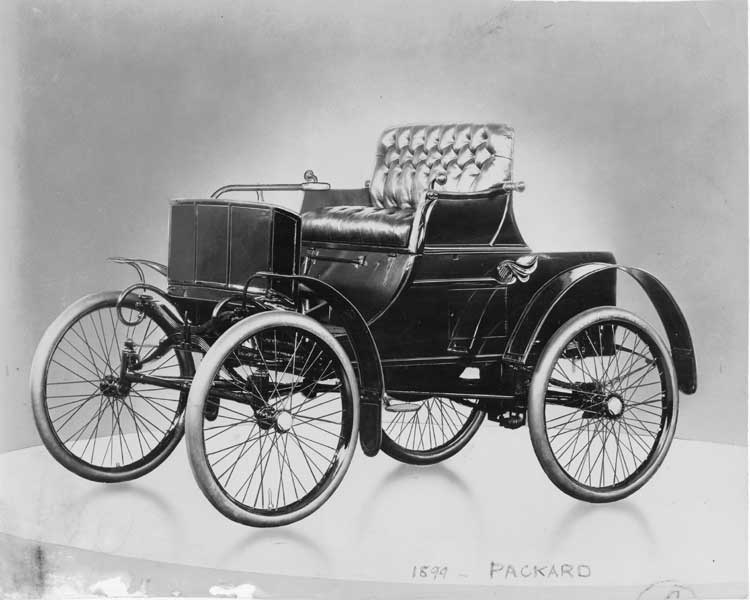
The Packard One-Ten (also One Ten and 110) was a range of six-cylinder automobiles produced by the Packard Motor Car Company of Detroit, Michigan during the 1940 and 1941 model years. The One-Ten model designation replaced the Packard Six model name.
Packard reintroduced a line of six-cylinder cars in 1937 after a ten-year absence as a response to the economic depression and ongoing recovery cycle in the United States. As an independent automaker, Packard could not look to other internal divisions to support its base of luxury models, so the inclusion of the Six, and the later 110 models, was necessary to aid in supporting the firm’s bottom line until better times returned.
Critics of the Packard Six and One-Ten models have long maintained that the cars hurt Packard’s reputation of being America’s premier luxury marque. Still, the reintroduction of the Six couldn’t have come at a better time for the automaker, just prior to the nation’s 1938 economic depression. By offering the less expensive Packard, the company was able to attract buyers who would otherwise be unable to purchase the more expensive Packard models.
Built on a shorter wheelbase than the senior Packards, the One-Ten was introduced in August 1939. The One-Ten was available in a broad range of Body styles, including both two and four-door sedans, station wagonand convertible. Total output for the 1940 model year was 62,300 units.
Following its successful first year, the 1941 One-Ten model range was expanded, and a second trim level, the Deluxe was added. Packard also added a taxi line within the One-Ten model range. Options for the One-Ten included heater, radio, spotlight, and despite its low-line status, air conditioning.
For 1942, Packard made a decision to retain numerical designated models within its senior line and the One-Ten reverted to being called Packard Six.
The Packard Light Eight (series 900) was an automobile model produced by the Packard Motor Car Company of Detroit, Michigan only during model year 1932. The Light Eight was planned as a new entry model. It competed in the upper middle-class with makes like LaSalle, the smaller Buicks and Chryslers, and the top-of-the offerings from Studebaker, Hudson, and Nash. The marketing objective was to add a new market segment for Packard during the depression.
Packard did not use yearly model changes in these years. A new series appeared when management felt that there were enough running changes made. Therefore, the Light Eight was introduced during January 1932, together with the new V-12 (called “Twin Six” in its first year to honor the pioneer Packard model built from 1915 to 1923). Standard Eights and Super Eights followed in June 1932.
Construction of the Light Eight followed the Packard tradition. It had a heavy frame with X-bracing, 8-inch (203 mm) deep side members, and the usual rear-wheel drive. Wheelbase was 127.75 inches (3,245 mm). Power came from a 320 cu in (5.2 L) straight eight engine with a compression ratio of 6:0, delivering 110 hp (82 kW; 112 PS). It had a vacuum-plate clutch and an angle set hypoid differential. Battery and toolboxes were mounted on the fenders. Full instrumentation was used.
The car was distinguished by a grille that had the traditional ox-yoke shape, but also with a then fashionable “shovel” nose. Closed Light Eights had a quarter window layout that was not shared by other Packards.
The Light Eight used the same engine as the Standard Eight, but was lighter – 4,115 lb (1,867 kg) for the sedan vs. 4,570 lb (2,073 kg) for the model 901 Standard Eight sedan. It was also a good performer for its day.
The Light Eight series 900 was available in four body styles:
Style # 553 4-door, 5-passenger Sedan
Style # 558 2-door, 2/4-passenger Stationary (rumble seat) Coupe
Style # 559 2-door, 2/4-passenger (rumble seat) Roadster Coupe
Style # 563 2-door, 5-passenger Sedan Coupe (sometimes referred as a “Victoria” Coupe)
A Light Eight 4-door, 5-passenger Sedan was priced at US$1,750.00, compared to $2,485 for a similar Standard Eight Sedan. The three other Light Eight body styles cost $1,795.00 each. Packard managed to sell 6,785 units of its new model. In comparison, 7,669 units of the Standard Eight were sold during the shorter model run, from 23 June 1932, until 5 January 1933. The automaker had lower profits from the Light Eight compared with the Standard Eight.
Options for the Light Eight included Dual sided or rear-mounted spare wheels, sidemount cover(s), cigar lighter, a right-hand tail-light, luggage rack, full rear bumper, and fender park lights, the latter was priced at $65.00.
The Light Eight was intended as Packard’s price leader at the entry level of the luxury car market. It was attractive to buyers, but it failed its main reason for existence, which was to lure away buyers from its rivals. Instead, it hurt sales of Packard’s volume line, the Standard Eight. Amidst the Great Depression, many prospects for a Standard Eight ended buying a Light Eight. Although it offered not as much luxury, it had many features found in Packard’s bigger model. It was powered by the same 110 hp (82 kW) engine as the Standard Eight; it had a wheelbase that was only 1.75-inch (44 mm) shorter – and its lower weight brought more performance. The Light Eight included Packard prestige at a much lower price.
Packard learned its lesson quickly. There was no Light Eight for its 10th series (1933) line. It renamed the Standard Eight as simply the Eight and integrated a four-model subseries that was patterned after the Light Eight. Although the shovel nose was gone, the quarter window treatment remained, and the differential that was introduced with the Light Eight was now found in all Eights. This 1001 series was no longer available at low prices: they started at $2,150 for the sedan and went up to $2,250 for the roadster.
The Light Eight brought the experience to Packard to build and market an upper middle-class model. In this sense, it is the predecessor for the automaker’s second try into this market segment, the Packard One-Twenty, that was introduced in 1935.
The Packard One-Twenty (also One Twenty and 120) was an automobile produced by the Packard Motor Car Company of Detroit, Michigan from 1935 to 1937 and from 1939 through the 1941 model years. The One-Twenty model designation was replaced by the Packard Eight model name during model years 1938 and 1942.
The One-Twenty is an important car in Packard’s history because it signified the first time that Packard entered into the highly competitive mid-priced eight-cylinder car market. Packard enthusiasts view the production of the One-Twenty and the Six/One-Ten modelsas the start of Packard losing its hold on the market as the premier American luxury automotive brand.
The introduction of the One-Twenty (and later the Six/One-Ten models) was a necessary move to keep Packard in business during the final years of the Great Depression. The reason the company decided to forgo the development of a companion brand name to sell the less expensive models may have been linked to its single production line capability at its Grand Avenue manufacturing plant as much as to the expense of launching a new brand of automobile. By making the One-Twenty a Packard, the car could be brought to market quickly, and would afford buyers the cachet of owning a Packard.
This car introduced the independent front suspension to the Packard line. Its so-called “Safe-T-Flex” suspension was an unequal upper and lower A-arm type with the largest possible lower A-arm composed of two different arms bolted together at a ninety-degree angle.
The support arm was a heavy steel forging reaching a few degrees forward of lateral from the front wheel support to as close to the centerline of the car as is practicable. An integral pad socketed the helical spring, whose upper end reached a high frame cross-beam. A tubular, hence lighter, steel torque arm was bolted to the support arm somewhat inboard of the wheel to permit a sufficient steering arc. It reached the frame nearly at the dashboard with a spherical rubber bearing. The upper A-arm was conventionally welded and oriented parallel to the lower one. Between it and the frame was an old-fashioned horizontal shock absorber whose two cylinders were side by side.
The support arm carried all the load; the torque arm carried the accelerating and decelerating torque; the upper A-arm controlled the camber. Advantages claimed for the system included superior maintenance of wheel alignment from the wide spread of the lower A-arm, a permanent fixing of the caster angle, and an increased percentage of the braking force transmitted to the frame through the torque arm.
In its introduction year, the Packard One-Twenty was available in a broad array of body styles including two and four-door sedans, convertible and Club Coupe. The One-Twenty, weighing in at 3,688 lb (1,673 kg), was powered by Packard’s aluminum-head L-head inline eight producing 110 bhp (82 kW) at 3850 rpm. Prices ranged from $980 for the three-passenger business coupe to $1,095 for the Touring Sedan. Introduced in January 1935, the car was an immediate success with consumers, with Packard producing 24,995 One-Twentys, compared to 7,000 of all other type Packards for the year.
For 1936 Packard increased the displacement on the L-head eight, increasing its output to 120 bhp (89 kW), making the car capable of reaching a top speed of 85 mph (137 km/h). The One-Twenty added a convertible four-door-sedan model which was the most expensive model in the range priced at $1,395. A total 55,042 units rolled off the line in 1936, the highest production that the One-Twenty would reach.
In 1937, the One-Twenty went up-market as the company introduced the Packard Six, the first six-cylinder Packard in ten years. For 1937, the One-Twenty broadened its model range and was now available in “C” and “CD” trim levels. The line also added a wood-bodied station wagon, Touring Sedan and limousine built on a 138 in (3,500 mm) wheelbase and priced under $2,000. Introduced in September 1936, 50,100 units were produced during series production.
For 1938, the One-Twenty name was dropped and its model folded into the Packard Eight model range, bringing the model name into parity with the Packard Six.
Returning to the Packard model range, the One-Twenty continued to be offered in a full range of body styles from coupe to Touring Limousine, with prices for the model range between $1,099 and $1,856. New for the year was introduction of column shifting, which did away with the floor shifter. Introduced in September 1938, a total of 17,647 units were built during the recession year which saw all automotive production the 1937 model year.
In 1939, the company introduced a fifth, transverse shock absorber and made column shift (known as Handishift) available on the 120. It also offered Packard’s Unimesh four-speed synchromesh transmission, the same as in the Twelve (and already standard on the Eight), as well as the new fourth-gear Econo-Drive overdrive, claimed to reduce engine speed 27.8%, and able to be engaged at any speed over 30 mph (48 km/h).
The series name One-Twenty officially became hyphenated for model year 1940. Again, the One-Twenty came in a full array of body styles, including a semi-custom convertible Victoria by Howard “Dutch” Darrin. Introduced in August 1939, total model year output was 28,138 units.
In its final year as a model, the One-Twenty lost a number of body styles to the expanded One-Ten line of cars. The One-Twenty was available in business coupé, club coupe, two-door sedan, four-door sedan, convertible coupe, convertible sedan, and two station wagon styles. Production sank to 17,100 units.
For 1942, the One-Ten and One-Twenty were dropped as model names and their models folded into the Packard Six and Packard Eight lines. In its seven years in the Packard line-up, the One-Twenty saw a total production of 175,027 units.
On August 29, 1935, a Packard One-Twenty convertible driven by the Belgian king Leopold III crashed in Küssnacht, Switzerland, killing his wife Astrid of Sweden, Queen of the Belgians.
The Packard Caribbean was a personal luxury car produced by the Packard Motor Car Company of Detroit, Michigan, during model years 1953 through 1956. Some of the Caribbean’s styling was derived from the Pan American Packard show car of the previous year. It was produced only as a convertible from 1953 to 1955, but a hardtop model was added in its final year of 1956.
| Packard Caribbean | |
|---|---|
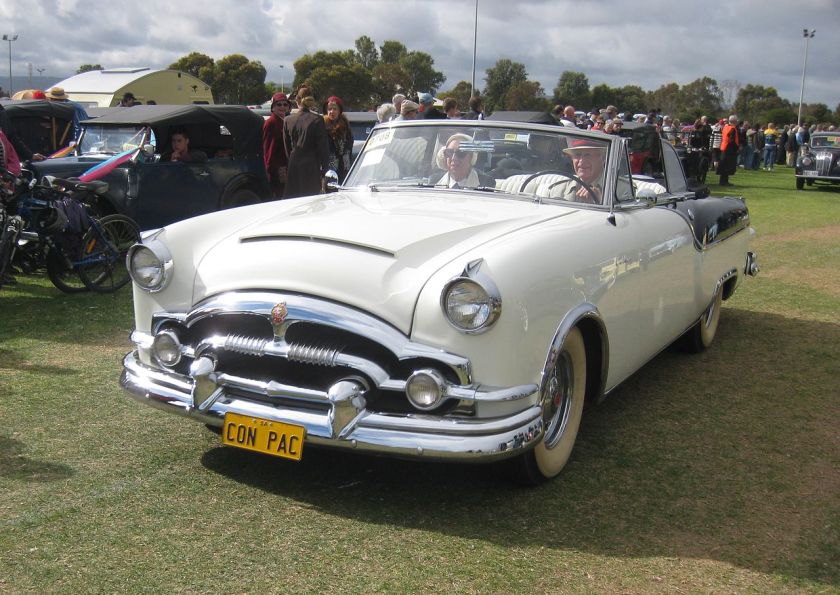
1954 Packard Caribbean
|
|
| Overview | |
| Production | 1953-1956 |
| Body and chassis | |
| Body style | 2-door convertible 2-door hardtop |
| Powertrain | |
| Engine | 327CID 4-bbl. L-head “Thunderbolt” 180 hp 8-cylinder (1953) 352CID Dual 4-bbl. 275 hp V8 (1955) 374CID Dual 4-bbl. 310 hp V8 (1956) |
| Dimensions | |
| Wheelbase | 127 in (3,226 mm) |
| Length | 218.5 in (5,550 mm) |
| Width | 78 in (1,981 mm) |
| Chronology | |
| Predecessor | Packard Super Eight |
Introduced as part of the Packard Cavalier model range, the 1953 Caribbean was perhaps Packard’s most easily identified car because of its full cutout rear wheel housing and side trim, limited to a chrome band outline that stretched the entire length of the car. The band also helped to further delineate the car’s wheel openings. A steel continental spare tire was also standard. The hood featured a broad, low leaded-in hood scoop. Bodies for the Caribbean were modified by Mitchell-Bentley Corporation of Ionia, Michigan. Available “advertised” colors for the car were limited to Polaris Blue, Gulf Green Metallic, Maroon Metallic or Sahara Sand. However, a mere handful of special-ordered cars were built in Ivory or Black.
Interiors of the Caribbean were richly upholstered in leather. Most Caribbeans were also generously optioned, although the Ultramatic transmission and power windows were optional cost items on the first year model.
At total of 750 Caribbeans were built for the first model year, and these cars are highly sought after as collectible cars in the current collectible automobile market. Restored cars regularly sell in the six-figure ranges.
Beginning in 1954 the Caribbean was elevated to senior Packard status. The Caribbean continued to have its own unique styling features, however the full rear-wheel cut-outs were eliminated and the use of chrome/stainless trim became more liberal, and allowed for two-tone paint combinations. A four-way power seat was available. Like the Patrician, the Caribbean also gained heavier “finned” headlight housings, one of the visual cues applied to help differentiate the senior Packards from their lower priced brethren. The 359-cubic-inch (5,880 cc) straight eight senior engine was used in this final incarnation of Packard’s straight eight engine. A total of only 400 Caribbeans were produced for the model year, making 1954 the rarest year for the Caribbean.
Model year 1955 saw the Caribbean line, now with V8 engine, fully adopt the Senior Packard line styling; the car was also available in two or three-tone paint patterns. Designer Richard Teague succeeded in restyling the old Packard Senior body into a sensational, modern-looking design. The single hood scoop was split into two units. The car also received Packard’s torsion level suspension. Production for 1955 stood at 500 units.
For 1956, the Caribbean was broken out into its own luxury series, and gained a hardtop model. Trim differences between the 1955 and 1956 cars were slight. Grille textures changed, and matched the ones used on concurrent Patricians, and the rear treatment, featuring Packard’s cathedral style taillights also continued. The headlights also received slightly more exaggerated hoods. Total model year production equaled 263 hardtops and 276 convertibles. The model was discontinued when Packard production ended in Detroit.
The Packard Cavalier is an automobile produced by the Packard Motor Car Company of Detroit, Michigan during 1953 and 1954. Produced only as a sedan, the Cavalier took the place of the Packard 300 model which was fielded in 1951 and 1952 as Packard’s mid-range priced vehicle.
The 1953 Cavalier was easily identified from other Packards by its unique chrome side spear trim.
Packard also created a Cavalier sub-series under which three other Packard models, marketed under various names were grouped:
A convertible model, using Cavalier trim, was offered during the 1953 model year and was priced in a more affordable price range than the Caribbean.
For 1954, the Cavalier was again offered as a four-door sedan only, but the range also lost its sub series, and the Caribbean was moved into the senior Packard line where it remained until Packard transferred manufacturing to South Bend in 1956.
For the 1955 model year, the Cavalier name was retired and the line was absorbed into the Packard Clipper Custom series.
| Packard Clipper Clipper (1956 only) |
|
|---|---|
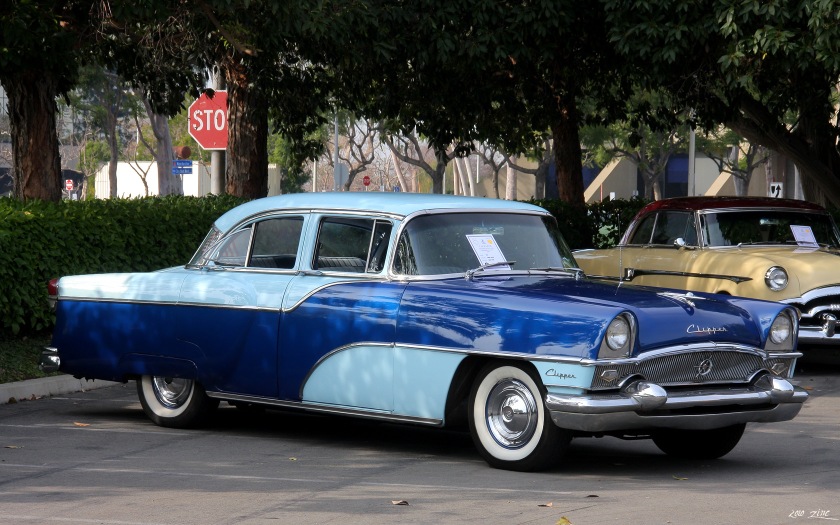
1955 Packard Clipper Custom 4-door Sedan
|
|
| Overview | |
| Production | 1941 to 1942 1946 to 1947 1953 to 1955 1956 (Clipper marque) 1957 |
The Packard Clipper is an automobile which was built by the Packard Motor Car Company (and by the later Studebaker-Packard Corporation) for models years 1941 to 1942, 1946 to 1947 and 1953 to 1957. For 1956 only, Clipper was classified as a stand-alone marque.
The Clipper was introduced in April, 1941, as a mid-model year entry. It was available only as a four-door sedan.
The Clipper name was reintroduced in 1953 for the automaker’s lowest-priced lineup. By 1955, the Clipper models were seen as diluting Packard’s marketing as a luxury automobile marque.
For only the 1956 model year, the Clipper became a stand-alone make of automobile produced by the Studebaker-Packard Corporation. The Clipper lineup was aimed at the middle-price field of American automobiles that included Dodge, Oldsmobile, and Mercury. Following the closure of Packard’s Detroit, Michigan factory in 1956, the Clipper marque was discontinued, although the Clipper name was applied to 1957 Packards that were built at Studebaker’s South Bend, Indiana factory.
By the end of the 1930s, Packard president Max M. Gilman realized that his best efforts to improve profitability during the last lean decade had not been enough. The Packard One-Twenty had arrived in 1935 and saved the company from immediate demise; the One-Ten had followed, achieving even higher volume. But despite a strong performance in revival year 1937, Packard sales had plummeted as the depression returned in 1938, and the 76,000 sales for the calendar year 1939 were hardly past the break-even point. To be precise, they netted the company a scant half million dollars. This precarious financial state combined with the new model developments among Packard’s rivals meant that Gilman needed something radically new, and that he needed it in a hurry if he wanted to save the company.
Introduced a just eight months before the attack on Pearl Harbor, Packard’s hopes for the future rode on a new car design. The Packard Clipper represented a break from traditional styling and embodied an abrupt change in construction techniques. However, World War II intervened. It made the investment to produce one of the only all-new 1941 American cars impossible to realize in a normal marketplace.
The Clipper’s market timing could not have been worse. After only 16,600 of the 1941 models were made, and a few thousand 1942s, Detroit stopped building civilian automobiles to concentrate on defense production. By the time cars began rolling off the lines again in late 1945, the still sleek Clipper’s impact had been diminished by four years of war. The bright promise of its debut was limited by late introduction; what should have been its solid sophomore year was weakened by World War II. Its third and fourth years were postponed until 1946–47. Though Packard designer John Reinhart and other Company insiders wanted to retain and “sweeten (in Reinhart’s word)” the Clipper’s svelte lines, Packard management felt pressured by new postwar designs throughout the industry, introducing the mixed review “bathtub” or “pregnant elephant” 1948–50 Packards.
There were only two other auto makers that introduced all-new 1941 models which were stopped short by the American entry into World War II and thus rendered obsolete before their time. Besides Packard, Ford brought out a much changed design for the 1941 model year — the restyled Ford and its Mercury clone. Nash also produced all-new 1941 models, using monocoque “unitized” construction for the first time. General Motors redesigned for 1942, arguably a piece of bad timing even worse than Packard’s, but the 1942s were so relatively few in number that they still looked reasonably new when GM resumed automotive production in 1946. The Ford/Mercury comparison is not apt either, primarily because these were quite different cars from Packards, with no pretence of luxury. Nor did their design history mirror the Clipper’s. The 1941 Fords and Mercurys were evolutionary developments, clearly related to the 1940s they replaced. The Clipper was such a dramatic break with previous Packard design as to preclude comparisons.
After the war, while Packard opted to improve the Clipper, Ford chose a total restyle for Ford and Mercury in 1949. And, while the bulbous 1941–48 Fords, Mercurys and Nashes were replaced by superior modern designs, the elegant Clipper was replaced by a bulbous 1948 upgrade that, while well received in its initial year, aged quickly in comparison with the new models from the Big 3 and Nash. It is not entirely coincidental that a 1949 Mercury Eight which had cost $2,000 new was still worth $430 five years later, while a 1949 Packard Eight which had cost $2,200 new was worth only $375. Motor Trend’s Tom McCahill, who had raved about the Packard Clipper, called the 1948 Packard “a goat.”
The Clipper’s timing was unfortunate. The state of the world being beyond Packard’s control, Clipper production came to a halt February 9, 1942, just as it was hitting its stride — just as Clipper styling had spread through the entire Packard model lineup.
A full envelope body of genuinely modern mien was a long time coming at the Packard Motor Car Company. Cadillac was wearing pontoon fenders and flowing lines by 1934 and had adopted all-steel bodies by 1935. In 1936, Lincoln announced the Zephyr, with an all steel unit-body and a shape so advanced that derivations of it were still in production twelve years later. By comparison, Packard adhered to tradition if crisp, conservative styling. Its main acknowledgement of new-era styling was the skirted fender which appeared in 1933. Packard, like Lincoln and Cadillac, had survived the Depression by building medium-priced cars: the One Twenty, Zephyr and LaSalle, respectively. But unlike its rivals, Packard styling had remained arch-traditional. Unlike Lincoln, Packard followed its medium-priced One-Twenty with an almost-low-priced car, the Six (later briefly known as the One Ten). Unlike Cadillac, Packard refused to market its cheaper models by a different name and remained wedded to them long after prosperity had returned. By 1941, the year the Clipper debuted, the cheapest Cadillac cost $1,445; the cheapest Packard sold for only $927.
Arguably its conservative design philosophy had stood Packard well in the years leading up to the Clipper. The company was able to advertise—and sold quite a few Packards with—styling continuity from year to year. There was a family resemblance between a 1939, say, and a 1932. In 1939 comparison of its One Twenty with the LaSalle, the company declared that: “Packard has style identity…Packard styling is consistent..But look at the 1938 LaSalle! About the only similarity is in the name, and who can be sure that a sudden fanciful style change won’t make the 1939 a style orphan?”
Mercedes-Benz and Rolls-Royce survived for years with very expensive obsolete designs. Packard also survived with limited styling change for at least eight or nine years up through 1940. What’s more, Packard hallmarks were very good ones: the chiseled frontispiece; the grille recalling classic Greek architecture; the ox-yoke radiator/bonnet shape that harked back to the noble Model L of 1904. What’s more, the cormorant mascot, red hexagon hubs and arrowhead side-spear were a combination at least as recognizable and timeless as the stand-up hood ornament and meshwork grille of Mercedes-Benz. Together, these consistent hallmarks unmistakably said “Packard” to school children and bankers alike and had been the adornments of the chosen transport of moneyed America since Packard’s Boss of the Road Six and Twin Six of the Teens and early Twenties.
To create a modern envelope body while retaining those famous hallmarks was no small undertaking. It is still one of the chief accomplishments of automotive industrial design that the people who created the Packard Clipper were able to do so flawlessly. Advertising invited America to “Skipper the Clipper” in 1941. It was showing the country an obviously brand-new, up-to-date, in Packard’s words, “Windstream” or “Speed-Stream” automobile, yet one that was undeniably a Packard. Though it did not owe a curve or contour to any previous model, the milestone 1941 Clipper carried the same inimitable radiator and hood shape, the same arrowheads and red hexes, the same long hood and close-coupled profile of great Packards of the past. The smooth styling transition was a stroke of genius. When the Clipper debuted in late spring, 1941, many thought it more successfully avant garde than the 1936–37 Cord 810/812, more offhandedly elegant than Lincoln’s Zephyr, which many wags called a “Ford and a half.”
Faced with the same conundrum of appearing modern, an envelope body at odds with a mandatory trademark, a vertical radiator grille, Rolls-Royce could do little better in autumn, 1955 than offer a razor-edged 1941 Packard Clipper, albeit with a curved, one-piece winshield, as their new Silver Cloud and concurrent Bentley S-series.
Writing in The Classic Car and The Packard Cormorant, Joel Prescott published an account of the Clipper design which considerably revised the picture offered by George Hamlin and Dwight Heinmuller in Packard: A History of the Motor Car and The Company, published by Automotive Quarterly. The Cormorant has also published excerpts of James A. Ward’s book on the decline of the Packard Motor Car Company. The testimony of such designers as Howard Darrin, John Reinhart, William Reithard and Alex Tremulis is on the record.
Prior to World War II, Packard, like most auto companies at the time, did not have a styling department. It was Harley Earl’s formidable Art & Colour Section at General Motors that convinced the industry of the importance of styling. But even Earl’s efforts did not force rivals to add design departments until after the war. A handful of outside consultants, like Raymond Loewy at Studebaker, occasionally sold their designs to American producers. Sometimes the designs even reached production without drastic changes by the body engineers, who at that point largely controlled the shape of cars. One such design consultant was a Californian named Howard “Dutch” Darrin, whose involvement in the Clipper occurred because Packard was his favourite American make.
After returning to America in 1937 following a successful career as a Paris coachbuilder, Darrin looked around for chassis on which to practice his automotive art. He said, “I concentrated on Packards knowing that by lowering the radiator I could make a very beautiful custom-bodied Packard with little change in its basic structure.” The result was a long skein of dramatic Packard-Darrins, which were actually catalogued be the company at one point and which led to Darrin’s role in the Clipper. “Around 1940, Packard called and asked if I’d design a new standard line car for them. The hitch was that I had only ten days to do so, Chief stylist Ed Macauley (actually vice-president for design) would be on the coast for that amount of time, and if I didn’t have anything before he left, it would be a lost cause. The company offered me a thousand dollars a day if I could meet the deadline.”
Confident in his ability to put a thousand a day to good use, Darrin said he thought he “could establish enough lines for a full- and quarter-scale model.” Later he said that to meet the deadline, he “slept several nights on a drafting table”, yet Packard never paid him.
Kaiser-Frazer stylist Bob Robillard admitted that Darrin had held onto his claim as originator of the Clipper almost from the start. He still has copies of a 1946 Darrin paper delivered before the Society of Automotive Engineers, “Does Styling Control the Design of Cars?” In it Darrin states that he widened the Clipper body because the continuous fender-line, which comes right through the door past the A-pillar, required more width for the proper hinging of the door, “the net result being a wider and more roomy car.” Reithard disagrees. Before Darrin arrived, he remembered, “the parameters for track, wheelbase and overall length had been established. Other than that we had very little to go on except some very rough sketches and hand-waving from Darrin.”
But a quarter century later in Automobile Quarterly, Darrin was still repeating his 1946 claims, which were not challenged at the time. As Darrin stated: “Packard introduced the Clipper with a series of ads entitled, ‘A Star is Born'”, which he considered inaccurate. “The best compliment they paid me was stating that ‘three international designers’ combined to create the Clipper.” Packard was evidently referring to Darrin. George Walker (another outside consultant) and Briggs, all of whom had contributed to the design. But Darrin typically had his own interpretation: “You might construe that to mean that I was the equal of three designers.”
While Darrin held himself the central design figure and the original design “called for a sweeping frond fender-line that carried right through the doors to the rise of the rear fender, similar to a custom Clipper I built later for Errol Flynn. However, Packard shortened the sweep to fade away at mid-door. This was done as a hedge because no one knew if the through-fender-line would sell.” He said Packard Styling also “vandalized the design by throwing on huge gobs of clay along the wheelbase” creating a flare to the lower part of the doors to hide the running boards they added for the same reason. Thus by Darrin’s own admission, the Clipper that appeared in production was not entirely his work. Few designers besides Darrin believed this splendid car was the product of ten days’ work.
At the time Packard contacted Darrin about designing a production car in the theme of his limited-production Victorias, the Company was, according to Darrin, “….so afraid of GM they couldn’t see straight.” GM’s new C bodies, introduced midway through the 1940 model year, made Packard’s traditional bodies, only facelifted since their 1938 introduction, look dated. Packard had, as Darrin said, “….the best chassis in the industry.” The upper echelon cars looked more modern than Packard’s traditional 1941 bodies.
The Clipper changed that. The only thing hindering the Clipper’s ascendency was War II, and after the war, the sheet steel shortages and strikes at vendors that plagued all independents. After the war, for example, Chrysler was held up for weeks just by a strike at the supplier of their door locks. Being a holding company, GM was better to able to weather this situation.
Perhaps the best summation of the Clipper’s design comes from Joel Prescott: “The truth may well be that the Clipper should be remembered as automotive history’s most successful committee design, because assigning the genius of its beautiful lines exclusively to one particular designer cannot now be done with any degree of certainty.” And as it turned out, this new look guaranteed the Clipper an appearance never compromised by competitive imitators. In 1942 Cadillac and Buick adopted the same pontoon fender line, but the Clipper still looked unique, apart from and slightly above the crowd, especially the new 1942 senior Clippers, which alone retained the debut 1941’s 127-inch (3,200 mm) wheelbase, longer hood and front fenders.
When considering the great transitional designs that brought us from the art decorations and speed-lining age of the Thirties into the envelope bodies of the Forties, much is always made of Bill Mitchell’s famous Cadillac Sixty Special. In particular, its thin window frames, squared-off roof, wider-than-high grille, and concealed running boards were bold steps forward. The Clipper had at least as many pioneering features in an even more integrated package.
The original milestone 1941 Clipper rode the senior wheelbase of 127 inches (3,200 mm) and used the One Twenty’s 282-cubic-inch (4,620 cc) straight eight, but produced 125 bhp (five more than the One Twenty). Despite the familiar engine, few Clipper parts were interchangeable with other models. The chassis was entirely new: a double-drop frame allowed a lower floor without reducing road clearance. The engine was mounted well forward and the rear shocks were angled to assist the traditional Packard fifth shock in controlling side-sway. The front suspension was entirely new, since the lower frame eliminated the need for Packard’s traditional long torque arms. A double-link connection between the Pitman arm and steering brackets, with a cross bar and idler arm and two cross tubes, controlled wheel movement.
The 1941 Clipper was the widest production car in the industry and first to be wider than it was tall—a foot wider to be exact. The body from cowl to deck was a single piece of steel—largest in the industry, and the floor pan had only one welded seam from end to end. Single pieces of sheet metal comprised the rear quarters and hood. The hood could be lifted from either side of the car or removed entirely by throwing two levers. Instead of the traditional third side window, ventipanes were incorporated in the rear doors, providing controllable flow-through ventilation. The battery made its first move from under the seat to under the hood, where it stayed warmer and was more accessible. There was a “Ventalarm” whistle to warn when the tank was within a gallon of being full, and an accelerator-activated starter button, so the act of starting simultaneously set the automatic choke. Reithard’s beautiful symmetrical dashboard contained a full ration of instruments, including an electric oil pressure gauge adapted from the One Sixty. Options included Packard’s Electromatic clutch, which let the driver ignore the clutch pedal in ordinary driving; “Aerodrive” (overdrive); an effective auxiliary under-seat heater, leather upholstery, fender skirts, and, for $275, air conditioning—a Packard first, introduced on all eight-cylinder 1940 models.
Introduced in April 1941 as a single four-door sedan model, the Clipper was by no means a cheap or even medium-priced car. It sold for around $1,400, in a market niche between the One Twenty and One Sixty, competing with the Cadillac Sixty-One, Lincoln Zephyr, Buick Roadmaster and Chrysler New Yorker. Despite a late start, it garnered 16,600 model year sales, almost as many as the One Twenty. Clearly, for Packard, it was the wave of the future. By the 1942 model year, Clipper styling had permeated every Packard in the line, except where special tooling existed—convertibles, taxis, wagons and commercial cars. Curiously, however, the market slot occupied by the 1941 Clipper was abandoned, recreating a gap between the Clipper One Twenty Custom ($1.341) and the Clipper One Sixty ($1,688).
The bulk of the 1942 production was concentrated on the 120-inch (3,000 mm) wheelbase junior models, but the One Sixty and One Eighty Clippers proved conclusively that Packard was as much a builder of luxury cars as ever. The 1942 One Sixty sedan, for example, was 9.5 inches (240 mm) longer and 140 pounds (64 kg) heaver than its square-rigged 1941 predecessor. The One Eighty was wider, almost as long, with more interior width, and with almost as much legroom as the long-wheel-base 1942 One Eighty, which still used the old-style Packard bodywork.
The smooth 356-cubic-inch (5,830 cc) straight eight of the One Sixty and One Eighty Clippers, featuring a 104-pound (47 kg), nine-main-bearing crankshaft and hydraulic valve lifters, was the most powerful engine in the industry through 1947, exceeding Cadillac’s V8 by 15 horsepower (11 kW). It could deliver 70 miles per hour (110 km/h) in second gear overdrive and take the a 4,000-pound (1,800 kg) car to over 100 mph on Packard’s Proving Grounds banked oval track. In 1950, ten years after Packard’s nonpareil nine-main-bearing 356 inline 8 debuted, Rolls-Royce copied the design for their nine-mained, F-head 346-ci B-80 inline 8, used only in a handful of Phantom IVs produced solely for heads of state, military vehicles, and Dennis fire trucks. Like Packard’s 245-ci six used in junior Clippers, Packard’s 1940–50 356 Super-8 engine was widely used as a marine engine.
The top of the line Clipper One Eighty offered two shades of leather or six colors of wool broadcloth upholstery, Mosstred carpeting from New York’s Shulton Looms, walnut grained instrument panels, amboyna burl garnish moldings, seatbacks stuffed with down and rear center armrests. Unlike any other contemporary, the post war Custom Super’s headliner was seamed fore to aft instead of sideways. Packard claimed that the unique headliner was adopted “to provide a more spacious feel to the interior.”
With a nearly full line of Clippers, Packard managed to build 34,000 1942 models before production ceased in February (an annual rate of around 80,000). According to the late John Reinhart, there is no doubt that Clipper styling would have proliferated in 1943–45. “The next logical step would have been convertibles and commercials—and a wagon.” But the war intervened. Whereas Cadillac with its greater facilities was able to field a complete line of restyled 1942s, including convertibles, all of which came right back in 1946, Packard was able only to add a club coupe body before the war.
The club coupe was the sportiest Clipper with about 40 built before production closed down in 1942; a single One Sixty is the only example known to exist. Postwar, about 600 senior coupes were made, compared to about 6,600 senior sedans.
In 1946–47 the numerical designations were dropped and the line consisted of Clipper Sixes and Eights on the 120-inch (3,000 mm) wheelbase and Supers and Custom Supers on the 127-inch (3,200 mm) wheelbase. For the first time there were now seven-passenger sedans and limousines, riding a 148-inch (3,800 mm) wheelbase. For their type, these “professional Packards” enjoyed success. They compare with Cadillac’s 1946–47 Seventy-five, beating it not only be 15 horsepower (11 kW) but by a foot of wheelbase, yet selling for about the same $4,500–$5,000. Counting several thousand bare chassis supplied to commercial body manufacturers, the Seventy-five outsold the long wheelbase Clipper; but for finished cars from the factory, production was about 3,100 cars each for 1946–47 combined.
Many economic experts predicted that the end of World War II would bring a severe recession or perhaps even another depression to the United States. They had history on their side because the U.S. did experience a sharp, albeit brief economic downturn after World War I. Perhaps Packard’s management team took these calamitous warnings to heart while planning its postwar strategy. If the economy were to fall, it would make sense to market the low-priced Packards—the Clipper Sixes and Eights—rather than the upmarket Supers and Custom Supers.
The postwar economy proved the experts wrong. It was healthy and many materials, notably sheet steel, were in short supply. Workers who would never have struck during the war, now demanded more money, and so the automakers and their suppliers endured a series of costly strikes. These factors, of course, strangled production. At the same time, Americans had money jingling in their pockets, and were willing to spend freely to acquire most anything—especially new cars. Packard could not produce cars in the numbers intended, and it was selling the less profitable junior-series models.
Packard management’s chief interest after the war was in the same medium-priced cars that had saved it during the Depression, the Six and junior Eights. The company was still firmly run by President George Christopher, who had helped save it with the One Twenty. Christopher, a graduate of GM’s bucket mill B-O-P (Buick-Oldsmobile-Pontiac) divisions, had referred to the luxury Packards as “that goddamn senior stuff.” Christopher had junior Clippers in production by October 1945, but it was not until June 1946 that the first Super/Custom Super came down the line. Total Packard production in the first two postwar model years was 82,000, against 91,000 Cadillacs. The difference was that the vast bulk of Packard production was of Clipper Sixes and Eights priced $1,700–2,200. Other than the less popular Series 61 price leader, which replaced the LaSalle for 1941, postwar Cadillacs began around $2,300. Packard could have built and sold as many senior Clippers as Cadillac did Series 62s and 60Specials, had Christopher and his team so chosen.
The long-wheelbase (147-inch) Clipper seven-passenger sedan and limousine were competitive with Cadillac and the low-volume Chrysler Crown Imperial (Lincoln had no long models) in the first two postwar years. Likewise, among owner-driver models, Packard had Cadillac neatly bracketed. The Cadillac Sixty-two sedan and coupe started around $2,300 in 1946—about the same price as the Super Clipper. Against Cadillac’s $3,100 Sixty Special, which came only as a four-door sedan, Packard offered the more sumptuously trimmed Custom Super Clipper sedan or coupe for about the same money. The 1946–47 Cadillac Series 62 and 60 Special outsold the concurrent Packard Super and Custom Super Clipper three to one, simply because George Christopher board chose to focus on building junior models, which accounted for 80% of Packard’s postwar production.
This is a new point which has been missed in the many postmortems of Packard’s fall: Reverting to strictly luxury cars would not have meant downsizing the labor force or contracting the facilities. The market for anything on wheels was bottomless; it did not matter whether the car cost $1,800 (Clipper Eight). $2,300 (Clipper Super) or $2,900 (Custom Super). It would have sold. Nor is this a hindsight judgement, since Packard management was capable of seeing this at the time. At the start of postwar car production, Fortune recorded a consensus that “there now exists a market for from 12 to 14 million cars”, and that was in a day when three million or so cars was considered a very good year. “In 1941,” Fortune continued, “The 32 million American families owned 29,600,000 cars . . . As 1946 began, the cars were down to 22 million which is not very far from the danger point (18 million) of a transportation breakdown . . . of this remaining total, at least half are in their last days.” It did not take a mystic to comprehend these facts, as the late Hickman Price, Jr., who bought Willow Run for the Kaiser-Frazer partners, once said: “I believed we would have a period of three or four years—I remember putting 1950 as the terminal date in which we can sell everything we can make.”
Almost immediately after production got rolling in 1945, chief stylist John Reinhart was told, much against his judgment, to update the Clipper. If Dutch Darrin had thought Packard loaded “gobs of clay” onto his original model in 1941, what must he have thought of the hideously bulboid 1948 models? Furthermore, there was no change in market orientation, still rooted firmly in the medium price field. Indeed, in 1948, the final year for President George Christopher, senior Packard production dwindled from 20 percent to 11 percent of total production, trailing Cadillac by tens of thousands. Packard, as a later president, James Nance, stated, “handed the luxury car market to Cadillac on a silver platter.”
Professional designers have contemplated continuations of the Clipper into 1948–49, with a broader range of body styles including hardtops and convertibles. Their designs were beautiful and would have kept pace with the all-new Cadillacs and Lincolns of 1949, allowing Packard to come back with its first postwar redesign in 1950. But the key failure was to reorder the corporation’s priorities and establish it once again as the American luxury car it had been so successfully for forty years.
Hindsight does suggest that Packard lost its battle for survival at this point, although it would not be evident immediately. Since the company could not achieve GM volume, it would have been smarter to extract more profit from each car it built. Not only were customers standing in line, but by putting top-of-the-line Packards on the road, the public’s image of Packard as a luxury car builder would have been enhanced.
The 1948 facelift lost the design continuum the Clipper had offered. Though it retained the Clipper’s basic shell, the 1948 model bore no resemblance to its predecessor. The bulbous 1948 design became known to some as the “up-side-down bathtub” or “pregnant elephant” and Packard’s market share declined.
The money spent on the facelift, as John Reinhart and others maintained, should have gone into an expansion of Clipper body styles to compete with Cadillac. Packard recognized this too late when it brought out a convertible as the first 1948 body style—a model it should have had by 1947 at the latest. Eighteen months later Cadillac was already out with the Coupe de Ville hardtop, while Packard’s newest model was the Station Sedan.
By 1948 it was clear that the future of the car business belonged to the giants. At least one independent manufacturer was ready to make that happen; George W. Mason, President of Nash-Kelvinator. Mason wanted a postwar combination of independents, a fourth player in an automotive Big Four, with Packard as the luxury division. All independent automakers faced problems. By 1954, there was only a “Big Two,” as Chrysler’s market share fell to 12.9%.
All Cadillacs had been downsized for 1936, were effectively junior cars ever since, increasingly sharing components with lesser divisions. For example, a 1941 Cadillac convertible shares every piece of sheet metal with the 1941 Pontiac ragtop. Rolls-Royce was principally an aero engine manufacturer since 1935, the cars an increasingly boutique sideline, an “assembled” product cribbing from Buick, Packard, Chrysler, postwar R-Rs and Bentleys having bodies stamped by Pressed Steel near Oxford, who also served much of the rest of British automakers.
Despite the company’s postwar cash reserves, Packard continued production of its now dated L-head straight eight engines through 1954, competing against a field of OHV V8s. Moreover, the small independent automakers could not achieve unit costs and tool amortization down to GM/Ford levels, nor afford the requisite TV advertising and annual model changes.
For 1946–1947 all Packards used Clipper bodies and the “Clipper” name.
The Clipper nameplate was dropped for 1948 as Packard issued its Twenty-Second Series automobiles, which, while proclaimed by the company as “all-new,” were actually restyled Clippers. Only the 1941–47 Clipper’s roof and trunk lid survived. At this time, Packard’s president, George Christopher, insisted upon concentrating on sales of the company’s lower-priced cars, while longtime competitor Cadillac focused its attentions on the upper end of the market.
The Twenty-Second and Twenty-Third Series (from mid-1949) cars wore the “upside-down bathtub” styling that was briefly in vogue in the late 1940s. Unfortunately for Packard, Nash, Lincoln-Mercury, and Hudson, the four manufacturers who embraced this type of styling, General Motors introduced designs that were lower-slung, more tightly drawn and less bulbous at around the same time. GM’s designs caught the buying public’s fancy, while the “bathtubs” quickly fell from favor.
Following a round of bitter corporate infighting in 1949, Packard management finally decided to phase out the “bathtubs” and create the all-new Twenty-Fourth Series for 1951. The new “high-pockets” design (so called because of its high beltline) was much more modern. However, Packard continued to push hard into the lower end of the mid-priced field with its new “200” and “250” models, which was dominated at the time by Oldsmobile, DeSoto and others. James J. Nance became the company’s president in 1952, and he immediately set to work on divorcing the lower-priced cars from the higher-end Packards. To this end, he decreed that the 200 and 250 would be consolidated into a new line of Clippers for 1953.
Nance originally had hoped to introduce the new “Clipper” as a stand-alone marque, targeting the mid range price field which he felt was dragging the Packard image down. When word was leaked to the Packard dealer network that they would be losing their best-selling Packard model to “Clipper”, they balked. As an appeasement, Nance rolled the Clipper out as a Packard, and worked to transition the cars toward their own make. Thus, thePackard Clipper name was reintroduced and applied to the company’s entry-level models, previously known as the Packard 200, beginning in 1953. Clippers were available in Special and Deluxe trim models, as two- and four-door sedans. A 1953 Clipper went from 0 to 60 mph in 17.6 seconds in a Popular Mechanics test. The turning circle was 41 ft.
For 1954, the “Clipper by Packard” was given its own unique rear fender trim and tail lights to further differentiate it from traditional Packards. The cars were also available with a distinctive two-tone paint pattern. For 1955, Packard became a marque in the newly formed Studebaker-Packard Corporation. The 1955 Clipper Custom offered torsion-bar suspension something not offered on other models, which only offered coil and leaf springsuspension. It also had a power steering option. Drivers enjoyed the comfortable ride but complained of door rattles and poor workmanship.
The Packard Clipper Constellation was a two-door hardtop automobile produced by the Studebaker-Packard Corporation in model years 1955 and 1956. The 1955 model was a Packard product and sold as part of the Packard Clipper line; for 1956, Clipper split from Packard, becoming its own make.
A total of 8,039 Clipper Deluxe, 14,995 Super and 15,380 Custom was built during model year 1955.
Packard’s President. James Nance, believed that as a Packard line, the Clipper models were diluting Packard’s standing as a luxury automobile marque. For the 1956 model year, the status of being a stand-alone make was emphasized by creating a separate Packard Clipper division within Studebaker-Packard. Clipper’s logo was a ship’s wheel.
The automaker required Packard-franchised dealers to also execute a separate Clipper Dealer Sales Agreement in order to sell the line. Studebaker agencies in areas not covered by separate Packard dealers were allowed to sign Clipper franchise agreements (and could also take on the regular Packard line as well, subject to factory approval).
Clippers began receiving unique trim and rear quarter panels in 1954, and when Packard introduced its redesigned model in 1955, the Clipper retained its older rear sheet metal while receiving two-tone combinations that were unique to its models. For 1956, the Clipper received new rear sheet metal and tail-light treatments. Clipper marketed two hardtop coupes, the Panama in the Super model line and Constellation in the Custom range. Both were carry-over model names from the 1955 model year.
Around mid-1955, dealers began complaining that consumers were lukewarm to the cars because they were true Packards and demanded that the Packard name appear somewhere on the cars. Nance refused at first, feeling that placing the Packard name on the cars would undo his plan to save the Packard name for luxury automobiles. However, when dealers began defecting to Mercury franchises, Nance gave in, fearful that the shrinking number of dealers would harm the company more than just the Packard marque. A small “Packard” script emblems began to be placed on the decklids of newly built Clippers. In a complete reversal of Nance’s strategy, the emblems were also made available for placement on already-built cars that were languishing on dealers’ lots.
By the summer of 1956, Studebaker-Packard was in deep financial trouble. The Packards and Clippers were not selling at anywhere near a profitable level, and the company’s creditors refused to advance any further money to the company for new tooling that would have allowed Nance to finally realize his ultimate goal of sharing body components among the company’s three lines of cars. In late July, the last Packards and Clippers rolled out of the Conner Avenue factory.
Following the closure of Packard’s Detroit, Michigan factory in 1956, the Clipper marque was discontinued, although the Clipper name was applied to 1957 Packards built at Studebaker’s South Bend, Indiana factory.
Total Clipper production for 1956: 18,572 (excludes exports, if any)
Following the closure of the Detroit, Michigan Packard plant, Studebaker-Packard entered into a management contract with the Curtiss-Wright Company. Under C-W’s president, Roy T. Hurley, S-P’s new president Harold Churchill approved production of a new Packard, to be built in Studebaker’s South Bend, Indiana plant. The new Packards, originally to continue the Packard Executive nameplate, were to share the Studebaker President four-door sedan body and new four-door station wagon body as well. The total tooling cost of the new Packard was estimated at roughly $1 million. At some point, however, the Executive name was dropped, as all of the Packards produced for 1957 carried the Packard Clipper name.
In order to keep the tooling cost as low as possible, trim components from the 1956 Clippers were used. This was done to make the 1957 model differ in appearance from the President; outside, this included a narrower Packard-style front bumper and 1956 Clipper tail lamps and wheel covers. Inside, the cars’ dashboards were fitted with the same basic instrument cluster as used in the previous two years.
Sales of the new Clippers were not great; historians differ as to why, although the cars’ obvious Studebaker origins (which led the new Clippers to be derisively nicknamed “Packardbakers” by many people) certainly did not help. Only about 4,600 were sold for the year.
For 1958, the Clipper name was discontinued, and the few Packard automobiles that were produced (four-door sedans, station wagons, and two-door hardtop coupes) were simply known by their marque name. The only exception to this was the Packard Hawk, which was based on the Studebaker Golden Hawk.
The Packard Clipper was assembled in Australia from CKD kits circa 1955.
The Packard 200 was an automobile model produced by the Packard Motor Car Company of Detroit, Michigan during model years 1951 and 1952. Models in the 200 designation represented the least expensive Packard model range, on the firm’s shortest wheelbase, and least powerful 288 cu in (4.7 L) 8-cylinder in-line engine.
Concurrently, the company also produced the Packard 250, which shared the same basic body and wheelbase as the 200, but was equipped with Packard’s larger 327 cu in (5.4 L) 8-cylinder in-line engine.
The 1951 Packard 200 and 250 were introduced as Packard’s least expensive model range on August 24, 1950, taking the place of the low-line Packard Standard models which were eliminated for the 1951 model year. The 200 debuted as part of the fully redesigned Packard line, attributed to John Reinhart. Replacing the bulbous 1948-1950 Packards in the 22nd and 23rd Packard Series, Reinhart’s “High Pockets” design was more formal than its predecessor, and would serve Packard until the end of the 1956 model year when true Packard production ceased.
Both the 200 and the 250 were considered “junior” series cars, and were separated from the Packard 300 and Packard Patrician 400 models by their shorter wheelbases (122 in or 3,100 mm versus 127 in or 3,230 mm) and lesser trim appointments. Packard 200 standard models were available as a four-door sedan, two-door coupé, and a three-passenger business coupé (lacking a rear seat). While similar in appearance to the senior cars, the junior Packard lacked the noted Packard cormorant hood ornament and had vertical tail lights instead of the horizontal units on the senior models. The junior models also lacked the wrap-around rear window feature found on senior Packard sedan models.
The 250 model range was introduced in March 1951, and was specially designed to fill the vacuum of Packard having neither a hardtop or convertible in its 1951 model range. Besides their unique body styles, 250’s received three jet-louvers on each rear-quarterpanel. Better grade trim and fabric were used within.
All Packard 200 models came with twin horns, two sun visors, front and rear bumper guards, spare tire and jack set. Deluxe trim level included the spartan appointments found on the standard models, and added chrome wheel rings, and turn indications as standard. White-wall tires and full-wheel covers were also extra.
Items which have since become standard to the auto industry since the late 1960s such as heater, radio, tinted glass, carpeting, etc., were all optional on the Packard, as well as other premium cars during that era. Packard also became the first car-maker to offer power-brakes in 1951. “Easamatic” as they were trademarked, were a product of Bendix and an exclusive to Packard.
Changes for 1952 were minimal, and centered on the requisite annual trim updates. Packard did drop the Business Coupé, a move that other U.S. automakers were also making at the same time.
The Packard 300 was an automobile built and sold by the Packard Motor Car Company of Detroit, Michigan for model years 1951 and 1952. The 300 represented the upper mid-range Packard model and provided better appointments than the Packard 200 or the Packard 250 models. The premier Packard offered during these years was the Packard Patrician 400.
For both model years the 300 model was built as a four-door sedan only and was mounted on Packard’s 127-inch (3,200 mm) wheelbase. The car included the basic trim appointments found in the 200 and 200 Deluxe model lines and included tinted windows, a robe rail for backseat passengers and striped interior fabrics. Exterior trim included full wheel covers as well as Packard’s graceful pelican hood ornament. The 300 also received a wrap around rear window which it shared with the Patrician models.
Power for the car in both years came from Packard’s venerable Super Eight engine, the 327-cubic-inch (5,360 cc) “Thunderbolt” inline eight which was shared with the 250 line. A three-speed manual shift was standard while Packard’s Ultramatic automatic transmission was offered as optional equipment.
In 1953 the 300 was renamed the Packard Cavalier as Packard moved away from its strict numeric model naming structure. A total of 22,309 Packard 300s were built in the model’s two years on the market with 1951’s total of 15,309 representing the high sales mark for the 300 model.
The Packard Executive was an automobile produced by the Packard–Clipper Division of the Studebaker-Packard Corporation in 1956.
The Packard Executive was introduced on March 5, 1956 to fill a perceived price gap between the prestige Packard line and the new Clipper marque, which was in its first year as a separate marque. In previous years, Clipper models had been Packards. The most expensive Clipper, the Clipper Custom, listed at $3,065 for the 4-door sedan. The Packard Executive sedan retailed for $3,465, the Executive 2-door coupe $3,560, while the top-of-the-line Patrician sedan sold for $4,160.
The Executive was marketed with the invitation to “enter the luxury car class now—at a modest investment,” and was aimed at “the young man on the way up.”
Effectively, the Packard Executive replaced the entire Clipper Custom line of vehicles, as production of the Customs was ended once the Executive was announced.
The Executive was created by combining the Clipper Custom’s body, complete with its distinctive tail light design, and installing the front fenders, hood, and radiator grille assembly of the senior Packard models. It also used the Clipper Custom’s 122-inch (3,100 mm) wheelbase and its 352 cu in (5.8 L) 275 hp (205 kW) overhead valve V8 engine. This contrasted with the engine used by the rest of the 1956 Packard models, which displaced 374 cu in (6.1 L) and developed 295 hp (220 kW) (310 hp (230 kW) for the Caribbean).
Beyond the senior Packard grille and front end sheet metal, Executives were further distinguished from the Clipper line by a unique side trim design that that made reference to the senior Packards, and allowed for two-toned paint schemes. However, the interior appointments and instrumentation were pure Clipper. The prototypes produced for the all new 1957 Packard and Clipper lines show an all new Executive that would become a baseline Packard. All 1957 Clippers would have an all new body which shared many inner panels with the all new large Studebaker. Body panel sharing was the new plan for Studebaker-Packard models. Unfortunately the Insurance Companies would not finance the ambitious plan, and SPC was forced to retrench and ended up sharing body panels with the midsize Studebaker models. There was a 1957 Clipper, the last year to carry that name. Originally, the plan was to call the 1957 model an Executive. It was hoped to be a bridge car until an all new big Packard could be introduced. See Facel-Vega for a 1959 proposal for a rebadged Packard.
Executives received their own series designation of 5670. It was offered in two body styles; a two-door hardtop (model 5677), and a four-door Touring Sedan (model 5672).
Although the Executive sold as fast as it was produced, it was not enough to substantially improve the financial picture for the Packard-Clipper Division. Even as the Executive was being announced, the media had already been reporting of sales and fiscal woes at the Studebaker-Packard Corporation, and rumors were flying the Packard marque might be discontinued. These rumors weighed heavily on the company’s efforts to sell any of its products. Buyers did not wish to be stuck with a so-called “orphan” car, where spare parts would no longer be available from a dealer, and resale values would be negatively impacted.
During the Executive’s shortened model year of March through June, Packard built a total of 2,779 Executives—1,031 two-door hardtops and 1,748 four-door sedans.
All Detroit production of Packard and Clipper models ceased 25 June 1956 with the shuttering of the Conner Avenue assembly plant. The Packard name was continued for the 1957 and 1958 model years on products based on Studebaker platforms, built on the same assembly lines in South Bend, Indiana as the Studebaker models.
Packard Four Hundred 5580 1955
Also see: Packard Patrician :
1952 Packard Patrician
1956 Packard Patrician
The Packard Four Hundred was an automobile built by the Studebaker-Packard Corporation of South Bend, Indiana during model years 1955 and 1956. During its two years in production, the Four Hundred was built in Packard’s Detroit facilities, and considered part of Packard’s senior model range.
Between 1951 and the time the final Detroit-built Packard rolled off the line in 1956, Packard’s marketing strategy and model naming convention was in a constant state of flux as the automaker struggled to redefine itself as a producer of luxury automobiles, and separate itself from its volume selling Packard models which it designated the Packard Clipper. As a result, Packard fielded several models which existed for a single year during this period.
In 1951 and 1952 the automaker attempted to use a numeric naming structure that designated Packard’s junior models as Packard 200 and Packard 250 and its senior vehicles as the Packard 300, and bearing the highest trim level available, the Packard Patrician 400. The Patrician 400 replaced the previous model year’s Custom 8 model range.
The 400 model name was dropped from the Patrician model range at the beginning of the 1953 model range, however the Patrician name continued to occupy the premium trim level Packard from 1953 through 1956.
For 1955 the Four Hundred name was re-employed by Packard and assigned to the automaker’s senior model range two-door hardtop. Visual cues that helped to easily identify the 400 included a full color band along the lower portion of the car topped by a partial color band that truncated along the rear edge of the front doors. “The Four Hundred” in gold anodized script adorned the band between the front wheel well and door edge.
Changes to the 1956 Four Hundred followed those changes to the entire senior Packard line as it attempted to further distance itself from the Clipper, which was now its own marque in 1956. The Four Hundred shared its body and chassis with the more expensive, new-for-’56 Caribbean hardtop.
Senior Packards received a new grille texture and multi-tone paint schemes. The cars also received an altered headlight housing, with a slightly longer hood stretching over the headlight, as well as a more distinctive egg-crate grille over 1955. All ’56 senior Packards moved the Packard crest to the front of the hood, leaving the “circle-V” emblem in the grille looking somewhat bare.
Power was increased as the new-for-1955 V8 was enlarged from 352 to 374 cubic inches, with a corresponding upgrade in horsepower ratings. A new electronic push-button control for the Ultramatic automatic transmission was offered as an option on the Four Hundred (and Patrician series, standard on Caribbean), the push-buttons located on a pod mounted via a stalk off the steering column. Although sophisticated, it proved troublesome. A simpler column-mounted selector was standard.
In 1956, Studebaker-Packard’s financial position deteriorated to the point where the automaker could no longer afford the luxury of maintaining two distinct makes of cars produced in two distinct facilities. For 1957 Studebaker-Packard fielded a single model range, the Clipper. By the end of the 1958 model year the Packard name ceased as an automotive brand in the United States.
Production totals for 1955 came to 7,206 units for the Packard Four Hundred, and 3,224 units for 1956.
The 1958 Packard Hawk was the sportiest of the four Packard-badged Studebakers produced in the final year of Packard production. The Packard plant in Detroit, Michigan had been leased to Curtiss-Wright (and would be soon sold to them), and Packard models in this dying-gasp year were all rebadged and retrimmed Studebaker products. The 1958 Packard Hawk was essentially a Studebaker Golden Hawk 400 with a fibreglas front end and a modified deck lid.
Instead of the Studebaker Hawk’s upright Mercedes-style grille, the Packard Hawk had a wide, low opening just above the front bumper and covering the whole width of the car. Above this, a smoothly sloping nose, and hood—reminiscent of the 1953 Studebakers, but with a bulge as on the Golden Hawk—accommodated the engine’s McCulloch supercharger that gave the Studebaker 289 in³ (4.7 L) V8 a total of 275 bhp(205 kW). At the rear, the sides of the fins were coated in metallized PET film, giving them a shiny metallic gold appearance. A fake spare-tire bulge adorned the 1953-style Studebaker deck lid. ‘PACKARD’ was spelled out in capitals across the nose, with a gold ‘Packard’ emblem in script—along with a Hawk badge—on the trunk lid and fins.
The interior was full leather, with full instrumentation in an engine-turned dash. As on early aircraft and custom boats, padded armrests were mounted outside the windows, a rare touch.
The styling was definitely controversial, often described as ‘vacuum-cleaner’ or ‘catfish’ by detractors. The styling has come to be appreciated more today than in its debut. Only 588 were sold, with Packard’s impending demise a likely contributing factor. Most were equipped with the Borg-Warner three-speed automatic transmission. Approximately 28 were produced with the B-W T85 3-speed w/overdrive manual transmission. Studebaker-Packard was the first manufacturer to popularize the limited-slip differential, which they termed Twin-Traction. Most Packard Hawks came with TT. It was certainly the fastest Packard ever sold, since it shared the majority of its components with Studebaker’s Golden Hawk. The price was $3995, about $700 higher than the Studebaker model, but with a more luxurious interior. Electric window-lifts and power seats were optional extras.
Its rarity and status as the best-regarded of the ‘Packardbaker’ final-year cars have made the Packard Hawk quite collectible. Values are roughly double those of the equivalent Studebaker, although they are still low by comparison with Corvettes and Thunderbirds. Because a Studebaker drivetrain was used, mechanical parts are more readily available, although body and trim parts are more difficult-to-impossible to find. While it is a unique car, current restoration costs almost always exceed the selling price.
Type: Cast iron 90° V8, Silver Light dish-type pistons
Displacement: 289 cubic inches
Bore X stroke: 3.56 X 3.63 inches
Compression ratio: 7.5:1
Power @ rpm: 275 hp (205 kW) @ 4,800 rpm
Torque @ rpm: 333 lb·ft (451 N·m) @ 3,200 rpm
Valvetrain: In-head valves, solid lifters
Main bearings: 5
Ignition: Delco-Remy breaker-point
Fuel system: 2-bbl Stromberg 380475 downdraft carburetor, McCulloch supercharger, 5 p.s.i. max
Lubrication system: Full-pressure, gear-driven
Electrical system: 12-volt, 30 amperes
Exhaust system: Cast iron, dual exhaust
Type: Borg-Warner Flightomatic automatic
Ratios: 1st: 2.40:1
2nd: 1.47:1
3rd: 1.0:1
Reverse: 2.0:1
Type: Semi-floating hypoid, Twin-Traction Spicer-Thornton limited slip
Ratio: 3.31:1
Type: Power assist, Saginaw recirculating ball
Ratio: 19.2:1
Turns, lock-to-lock: 4.5
Turning circle: 41 feet
Type: Four wheel, power-assist Wagner hydraulic
Front: Cast-iron finned drum, 11 X 2.5 inches
Rear: Cast-iron drum, 10 X 2 inches
Swept area: 172.8 square inches
Construction: All-steel, box section, double-drop side rails, 5 crossmembers
Body style: Two-door, five passenger hardtop, soft top prototype
Layout: Front engine, rear-wheel drive
Front: Individual unequal-length upper and lower control arms, coil springs, hydraulic shocks, anti-sway bar
Rear: Live axle, semi-elliptic leaf springs, hydraulic shocks
Wheels: Kelsey-Hays tubeless 5-lug stamped steel
Front/rear: 5.5 X 14 inches
Tires: Classic bias-ply
Front/rear: 8.00 X 14 inches
Wheelbase: 120.5 inches
Overall length: 205.2 inches
Overall width: 71.3 inches
Overall height: 54.6 inches
Front track: 56.7 inches
Rear track: 55.7 inches
Shipping weight: 3,470 pounds
Crankcase: 5 quarts
Cooling system: 17 quarts
Fuel tank: 18 gallons
Transmission: 19 pints
Bhp per c.i.d.: 0.95
Weight per bhp: 12.62 pounds
0-60 mph: 12.0 seconds
¼ mile ET: 16.7 seconds @ 82.3 mph
Top speed: 125 mph
Fuel mileage: 12 mpg city, 20 mpg highway
1958 Packard Hawk: 588
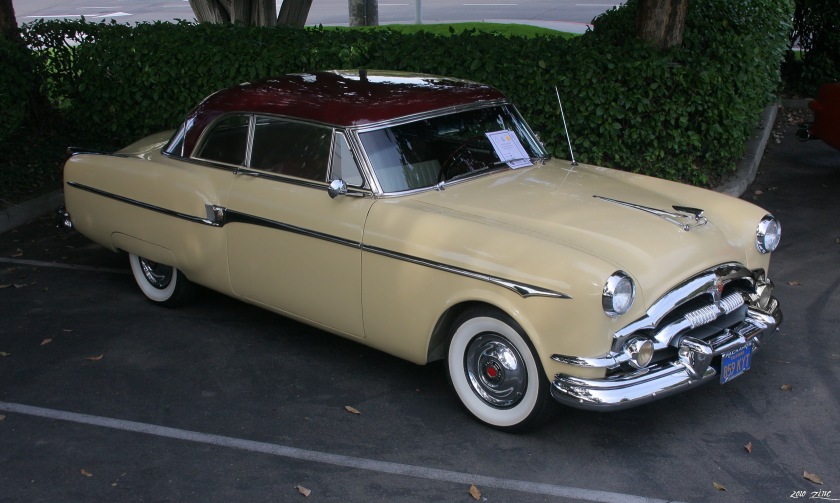
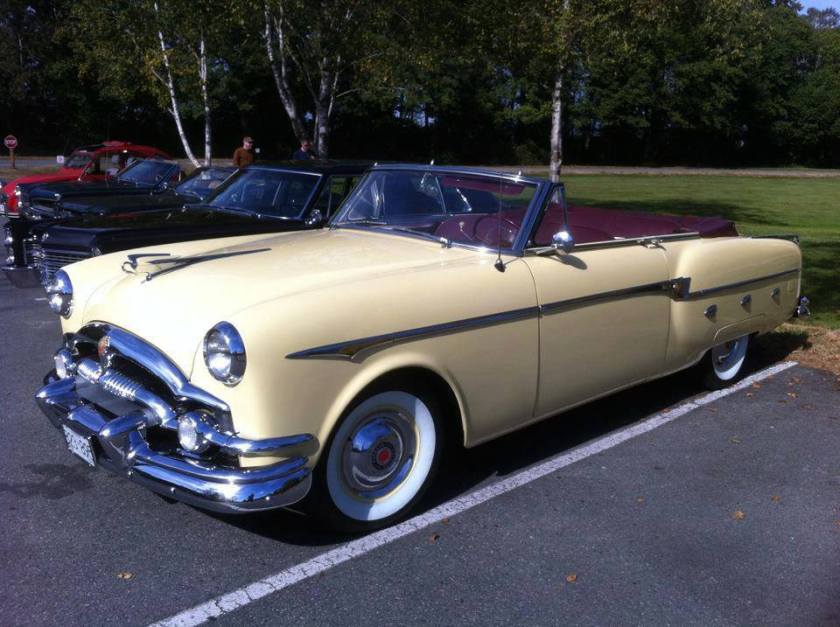

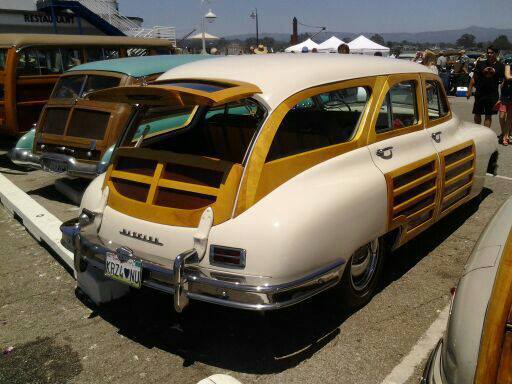
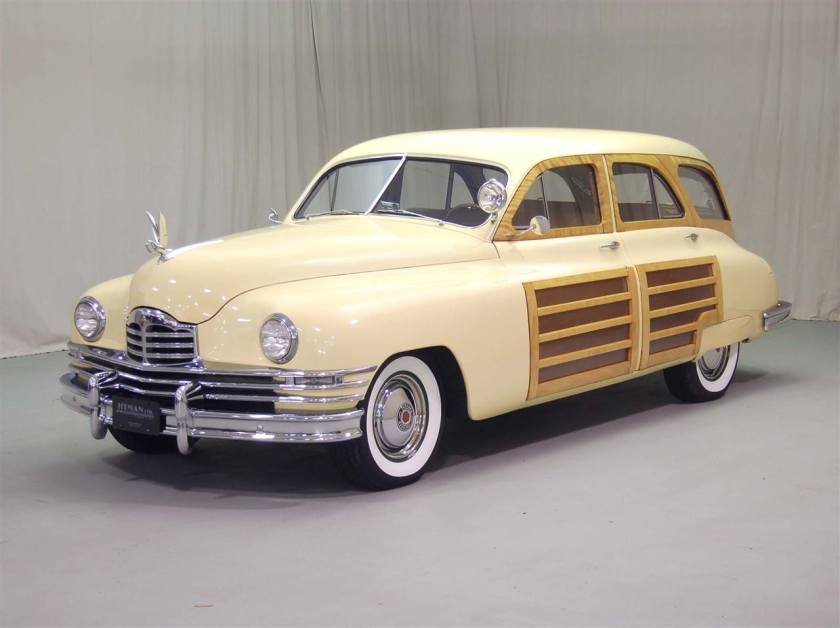
The Packard advertising song on television had the words: Ride ride ride ride ride along in your Packard, in your Packard. In a Packard you’ve got the world on a string. In a Packard car you feel like a king. Ride ride ride ride ride along in your Packard, what fun! And ask the man, just ask the man the lucky man who owns one!
America’s Packard Museum and the Fort Lauderdale Antique Car Museum hold collections of Packard automobiles. There are also collections in Whangarei and Maungatapere, New Zealand which were started by the late Graeme Craw.
The electrical connectors developed by Packard were used extensively by General Motors in its automobiles. The first series of connectors was the Packard 56, followed by the Weather Pack, and finally the Metri Pack, which are still in common use today.
Pierce-Arrow, founded in 1901, once ranked with Detroit’s Packard and Cleveland’s Peerless as the Three P’s of Motordom
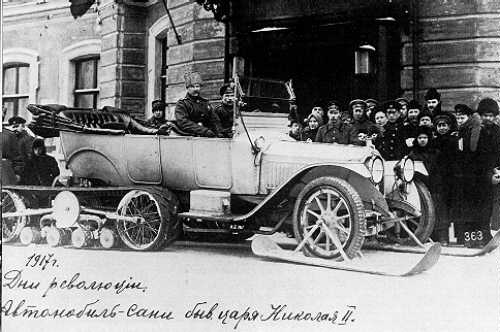
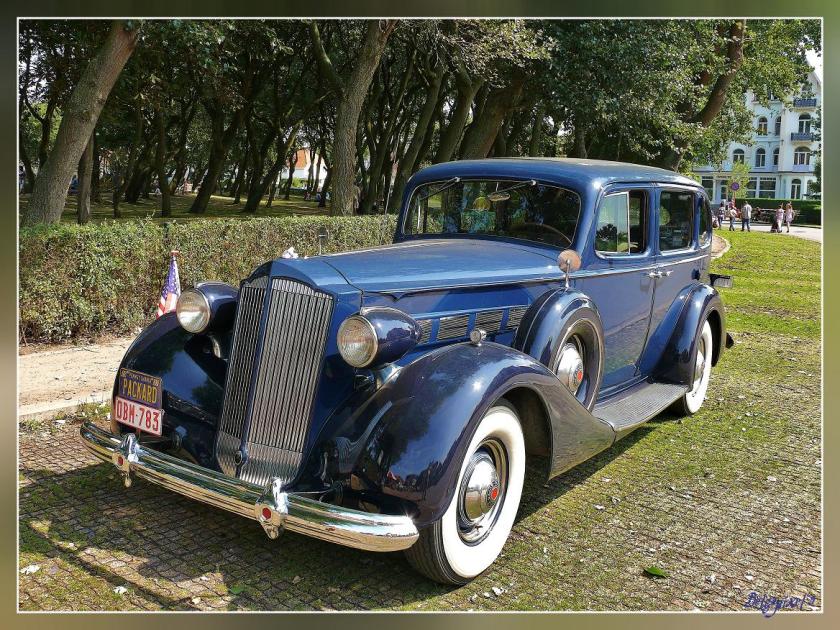
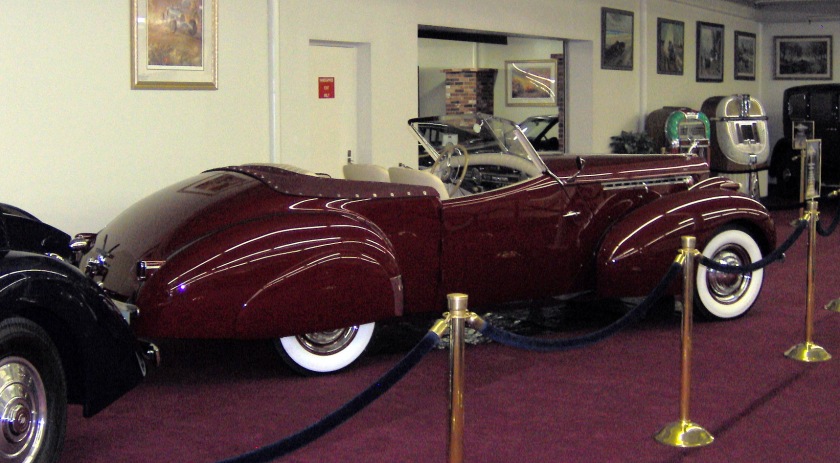
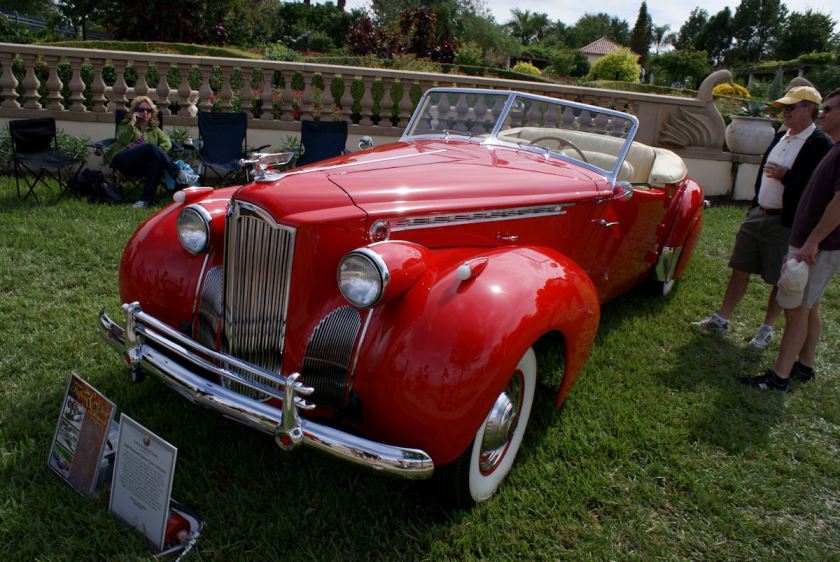
Studebaker-Packard
Packard Ambulances
Packard Hearses
That was the last picture from my personal collection. Enjoy !!